The need of cloud penetration testing services has also developed in the United States because organizations have been shifting to AWS, Microsoft Azure, and Google Cloud Platform (GCP). The cloud penetration testing services have become an essential element of the overall security plans, especially among CISOs, CTOs, and executives charged with the responsibility of protecting the infrastructure against advanced cyberattacks through the cloud.
With the transition to cloud computing, there is now a multi-dimensional threat environment that security solutions inherited from the on-premise world just do not address effectively. Insecure identity and API management as well as misconfigurations provide high attack vectors that should be remediated through a specific security assessment.
The in-depth guide of 2025 challenges major cloud penetration testing services in AWS, Azure, and GCP cloud environments with regard to the best of the best tools, best practices, staple services, compliance requirements, and best practices.
Cloud Penetration Testing – What is it?
A cloud penetration test is a simulated operation that is authorised to imitate actual cyberattacks on cloud infrastructure to detect areas of vulnerability. It is more than just a surface scanner; instead, it explores the depth of configurations, identity management, APIs, storage settings, and permissions, just like the red teams would in real life.
In contrast to the classic network pentest, pentesting cloud services should also comply with the shared responsibility paradigm and be mindful of the specific policies of cloud providers (e.g., AWS’s policy on penetration testing or Azure’s approval requests).
The Need to Undergo Cloud Penetration Testing in 2025
- Data breaches are on the rise: In 2024, the 23andMe breach exposed over 700 million records—mainly due to unsecured cloud read/write permissions.
- Understanding the shared responsibility model: While cloud service providers manage the infrastructure, it’s up to the clients to secure configurations, user access, and data.
- Increasing compliance demands: Regulations like HIPAA, SOC 2, PCI-DSS, and ISO 27001 are stricter than ever. Organizations are now required to conduct regular cloud penetration testing to stay compliant.
- Identity is the new perimeter: Today’s breaches often stem from compromised user identities—not traditional firewall failures. Securing identity and access has become a top priority.
QualySec: A Trusted Leader in Cloud Penetration Testing Services for AWS, Azure, and GCP
QualySec is a cybersecurity company that is known to be precise and consultative in its services when it comes to providing cloud penetration testing services. An expert in pentesting cloud services on AWS, Azure, and GCP, QualySec provides specialised services that go beyond automation to prey upon strong configuration flaws, mismanagement of identities and common API weaknesses.
The difference between QualySec and the rest is the capacity to recreate the threat scenarios that exist in real life and support the results of regulatory requirements like SOC 2, ISO 27001 and HIPAA. By assessing improperly configured S3 buckets as well as testing Azure Functions, and GCP IAM binding review, the white-hat team at QualySec not only provides as-detailed-as-possible reporting, executive summary, and plans on how to fix the issue, but also helps strengthen cloud accounts. Their reports of cloud VAPT and developer-friendly consultations help keep enterprises audit-ready and break-resistant. You are deploying a new cloud product or expanding infrastructure. QualySec aids businesses in the USA to prepare in advance to secure their digital assets with competently planned cloud pentesting services in line with the contemporary aspects of cloud threats.
Also explore AWS pen testing, Azure pen testing and GCP pen testing services.
Other companies in Cloud Penetration testing
1. Rapid7
Rapid 7 provides large-scale cloud security auditing in AWS, Azure and GCP cloud environments. Their InsightCloudSec platform ensures constant observation and detection of vulnerability. The company focuses on automated remediation and reporting of compliance to mid to large businesses.
2. Coalfire
Coalfire provides regulatory compliance oriented cloud penetration testing, such as HIPPA, PCI-DSS, and SOC 2. Their cloud security team offers a risk assessment detail and remediation to healthcare companies and financial companies.
4. Synack
Synack takes a crowdsourced security testing and AI-based vulnerability identification. They provide real-time threat intelligence and continuous security monitoring of enterprise clients through their platform, in the form of on-demand cloud penetration testing.
5. Bishop Fox
Bishop Fox offers high-end cloud security services and works in AWS, Azure, and GCP environments. They provide red teaming (niche training to specific individuals) and advanced persistent threats in the form of tests to corporations at the fortune 500 level which desire high-end security tests.
[Schedule a Cloud Security Assessment with QualysecToday]
Cloud Penetration Testing Methodology: A Step-by-Step Guide for Secure Cloud Environments
A well-managed cloud penetration testing service is comprised of a phased approach with an outline to discover and exploit the existing vulnerability in the cloud, i.e., AWS, Azure, and GCP.
1. Gathering of Information (Reconnaissance Stage)
Information gathering is the initial stage of a proper cloud penetration testing service. Currently, security professionals gather identity access setup intelligence, exposed APIs, DNS data and storage buckets (e.g., S3, Azure Blob, GCP buckets). Misconfigurations and cloud exposure are found with the help of such tools as Shodan, Amass, and OSINT frameworks. This stage preconditions the specific analysis and prepares the first actions, which would be taken by a hacker.
2. Planning and Scope Definition
During this step, pentesting cloud services teams establish the engagement scope. They decide what environments (development, staging, production) and resources (virtual machines, Kubernetes, databases, serverless functions) will be tested. A Rules of Engagement (RoE) document is prepared to make sure that everything that is tested falls within the policy of the cloud provider and contains the list of tools, the timeframe, and the procedures for escalation.
3. Automated Vulnerability Scan
AWS Inspector, Nessus, Scout Suite, and SentinelOne are enabled to provide an automated look into misconfigured access control, unencrypted storage, obsolete software, and unreliable APIs. This becomes necessary during tests involving more than a hundred independent assets when carrying out a large-scale cloud penetration testing service on the cloud to identify the common vulnerabilities and prioritise them.
4. Manual Exploitation and Attack Simulation
Manual attacks are done by skilled testers in tools such as Metasploit, Pacu, and Burp Suite after it has been automated. This assists in unearthing more dangerous attacks, including privilege elevation, server-side request forgery (SSRF), and cross-account privilege movements on the cloud. Whether the cloud services under review only support modern vulnerability management methods or feature more sophisticated pentesting services, which automated tools do not exploit, this stage will involve replicating the attack techniques of an advanced persistent threat (APT).
5. Risk Analysis and Reporting
A full scan report is produced along with an executive summary, technical findings, risk scores, and suggestions to correct the issue. With the aid of these reports, security teams can act upon them and enable the management to know their exposure to cloud risks.
6. Consultation and plotter cooperation
The last phase of cloud penetration testing service involves the issue of consulting DevOps and cloud teams. Professionals assist in such solutions as IAM modifications, safe CI / CD systems, and better API setups. Such practical cooperation helps to enhance universal cloud security and be ready for future threats that come knocking.
Best Cloud Penetration Testing Tools (2025 Edition)
These are the most important solutions for US companies to protect their cloud infrastructure:
1. SentinelOne Singularity™
- Cloud Platforms: AWS, Azure and GCP
- Key Features: AI-based red teaming, Verified Exploit Paths, Storyline forensic visualisation, CI/CD pipeline integration.
- Use Case: Scanning Enterprises that require scalable, agentless, and deep forensic scanning capabilities.
2. CloudBrute
- Cloud Platforms: AWS, Azure and GCP
- Key features: Live scanning, automatic remediation, compliance reporting.
- Use Case: Medium-sized businesses seeking active, ongoing evaluations.
3. Nessus (Tenable)
- Multi-cloud: Cloud Platforms
- Key Features: HIPAA, ISO, NIST benchmarks, snapshot-based scanning.
- Use Case: The organisations require an industry-standard compliance audit.
4. Pacu (Rhino Security Labs)
- Cloud Platforms: AWS
- Key Features: AWS privilege escalation, credential enumeration, lateral movement simulation.
- Use Case: Red teams trying AWS-specific risks.
5. AWS Inspector
- Cloud Platforms: AWS
- Key Features: Automatic EC2/Lambda/ECR scanning, risk scoring on a contextual basis.
- Use Case: Native AWS users with the need for integrated security testing.
6. Burp Suite
- Cloud Platforms: Traditional types of web apps on the cloud
- Key Features: Modern web vulnerability penetration testing, S3 misconfiguration.
- Use Case: Developers and security analysts who test web-facing cloud services.
Read our recent guide on cloud infrastructure security.
Cloud-Specific Considerations: AWS, Azure & GCP
The three main cloud platforms, Amazon Web Services (AWS), Microsoft Azure and Google Cloud Platform (GCP) have their strong services with very different architectures, APIs and security models. This leads to the statement that cloud penetration testing services should adjust their methodology according to the specifics of providers and weak points stipulated by their misconfiguration.
These are some of the cloud-specific peculiarities that threat modelling, risk prioritisation, and remediation planning should be built upon. Further down, the various platform-specific concerns and their corresponding real-world instances will be listed in a detailed manner as faced by a pentester during pentesting cloud services.
1. Amazon Web Services (AWS) Considerations
AWS is the leading cloud business platform and supports thousands of enterprises, government organisations, and startups in the USA because of the diversity of its services and ease of extra configurations.
Important Areas of Testing:
1. The Misconfigurations of Identity and Access Management (IAM)
- Fine-grained or poor IAM roles (e.g. AdministratorAccess)
- Inaccessible and unlocked access keys and MFA
- Privilege-escalation privilege-elevation chains
2. Buckets and Storage Assets Accessible in S3
- Read/ write to multiple people was made possible
- Bad bucket policies
- No rest encryption
3. Excessive Allowing of Security Groups
- Unrestricted ports (e.g. SSH on 0.0.0.0/0)
- Lacking ingress/egress EC2 filters
4. Serverless and Lambda Insecurities
- Confused triggers
- Unnecessary privileges to write logs, perform queries on databases or make other calls
5. CloudTrail Gaps
- Not all regions are enabled by CloudTrail
- Logs that are not stored in centralised storage or encrypted
Real-World Example:
In 2024, an American medical facility leaked patient information because of an unconfigured S3 storage container that did not have access restrictions. In a case involving cloud penetration testing, IT security experts used this misconfiguration to access more than 100,000 unencrypted health records, causing HIPAA non-compliance as well as reputational loss.
Tools to be employed:
- Scout Suite
- Pacu
- AWS Inspector
- SentinelOne
2. Microsoft Azure Factors
The applications of Azure are popular with the U.S. enterprise and government sectors since they integrate well with the Microsoft framework (e.g., Office 365, Active Directory). But at the same time, the complexity of Azure to tenant structure, directory structure and role structure can be both a blessing and a curse depending on how it is set.
Important areas of testing:
- Risks to Azure Active Directory (AAD)
- Unchecked directory roles that have too many rights
- The legacy authentication protocols allowed
- UnProtected App Registrations and OAuth flows
- Network Security Group (NSG)
- Rules permitting incoming RDP or SQL accessibility everywhere
- Unsecured management ports that are not secured with just-in-time access
- Exposaries in Azure Storage Account
- Access to blob and file shares for the public
- Abuse of the Shared Access Signatures (SAS)
- Poor encryption order
- Logging & monitoring Black Holes
- No setting of Azure Monitor or Log Analytics is enabled
- No warning about suspicious user or API activity
- Security of Platform-as-a-Service (PaaS)
- Unauthenticated Azure Functions or App Services
- Unsecured provisioned identities
Real-World Example:
When auditing a U.S. fintech company on Azure in the year 2025, a cloud pentesting service found a serious flaw that was not picked up out of the box: the use of Azure Functions with exposed endpoints that could be abused with unauthenticated POST requests to execute sensitive financial processes. This was reported, fixed, and adopted to strengthen the CI/CD pipeline verification policies of the company.
Tools to be employed:
- Azucar
- MicroBurst
- Burp Suite
- Azure Security Centre
3. Google Cloud Platform (GCP) Considerations
GCP also has fewer market shares but has popularity with U.S. start-ups and electronics-heavy companies/organisations because of its availability of machine learning and BigQuery. The IAM model implemented by GCP is resource-level and may be quite obscure unless effectively audited, which is why the cloud service makes perfect pentesting cloud services.
Important areas of testing:
- IAM Binding Vulnerabilities
- Roles such as Editor or Owner at the level of the project or an organisation
- Excessive granting of service access to service accounts
- Misconfigurations of Cloud Storage Buckets
- Unauthenticated and readable by the general population
- No object versioning or retention policy
- Unprotected Cloud Functions & APIs
- None of the identity-aware proxy (IAP) protection
- Invalidation of input and failure to enforce HTTPS
- Logging and Audit Mistakes
- Not all services are configured to Cloud Audit Logs
- No attachment with SIEM tools to do a live warning
- Misconfigured GKE ( Google Kubernetes Engine ) clusters
- Default credentials application
- No role-based access control (RBAC)
- Open the dashboard of Kubernetes
Real-World Example:
A California-based startup in marketing analytics contracted a cloud penetration testing company to test the company’s GCP deployment. The team found out that by default, Cloud Functions permitted any unauthenticated user to call sensitive logic. Unauthorised access to the client’s ad spend data was caused by a simulated attack on the issue.
Tools to be employed:
- CloudBrute
- GCP IAM Analyser
- Burp Suite
- gcloud CLI
Summary Table: Cloud-Specific Risks
| Risk Area | AWS Example | Azure Example | GCP Example |
| IAM Misconfigurations | IAM role trust policy escalation | App Registrations with global admin access | Broad Editor role applied at the org level |
| Storage Misuse | Public S3 buckets with open access | Blob containers are accessible via direct URLs | Open GCS buckets without authentication |
| Network Exposure | Security group allows SSH from 0.0.0.0/0 | NSG rules permit RDP across all IPs | Firewall rule allows all ingress to internal VMs |
| Logging Failures | CloudTrail is disabled in one or more regions | Azure Monitor is not logging PaaS services | GCP audit logs disabled for Pub/Sub |
| Serverless Risks | Lambda with excessive permissions | Azure Function with no API auth | Cloud Function accepting anonymous webhooks |
Advantages of Cloud Penetration Testing Services
Due to the increased prevalence of cloud platforms such as AWS, Azure and GCP by businesses, securing cloud infrastructure is paramount. Cloud penetration testing services can take a proactive approach to finding out security weaknesses that exist and address them before they become into problem. These services impose various significant advantages which assist companies in enhancing security, attaining compliance and lessening danger.
1. Early Detection of Cloud Vulnerability
Cloud penetration testing services help mimic the actual cyberattacks, unearth misconfigurations of access controls, exposed APIs, unprotected cloud storage, etc. The tests aid in identifying the risks that are not detected by normal vulnerability scanners in the organisations. An example is provided with QualySec which applies the tools Pacu and SentinelOne to the weak conditions of IAM roles, privilege escalations, and serverless application weaknesses. By early identification of the gaps, companies can take the necessary measures before a breach takes place.
2. Acceptance of compliance and regulatory standards
Numerous industries in the USA should comply with severe cybersecurity standards like HIPAA, PCI-DSS, SOC 2, and ISO 27001. Cloud services that offer regular pentesting cloud services assist in the demonstration of compliance through documented risk assessments and the plan of remediation. QualySec offers cloud-specific VAPT (Vulnerability Assessment and Penetration Testing) reports, which satisfy these regulatory frameworks and allow businesses to do audits without any worries.
3. Enhance Cloud Posture Security
Testing assists in the elimination of inactive accounts, deactivation of irrelevant ports, encryption, and strengthening configurations. This minimises the target areas throughout the cloud platforms. Cloud penetration testing services offered by QualySec involve cooperation with DevOps teams to apply the security fixations immediately to the CI/CD pipelines and promote long-term security and performance.
4. Effective Risk Communication to decision-makers
Provider-based pentest reports (e.g. QualySec) also provide an executive summary, a risk score, and recommendations to take further actions. This can assist IT leaders and executives to have a feel of the actual implications of vulnerabilities so that they can focus security investments appropriately.
Common Cloud Vulnerabilities 2025
As the adoption of cloud grows exponentially, security failures still put valuable business resources. In determining these problems, cloud penetration testing services are crucial to unearthing them before they are used by attackers. The most typical vulnerabilities of cloud environments such as AWS, Azure, and GCP in 2025 are presented below.
1. IAM Role misconfiguration
The reason behind most of the breaches is the overly loose Identity and Access Management (IAM) roles. They enable unauthorised workers or services to obtain sensitive information or elevate privileges. During one of the engagements, QualySec revealed a case of an IAM role granted administrator-level access that was erroneously installed onto the development environment running on AWS. Such a slip-up would have made it possible to move laterally into production systems.
2. Unsecured APIs and Secrets
APIs either remain unprotected or are not authenticated. There are also cases when, by mistake, the developers upload secrets and credentials to the public code repositories such as GitHub. Pentesting cloud services assists in revealing these weak links and tightening them so that they do not become a point of entry for attackers.
3. Publicly Available Cloud Storage
Another common problem is exposed S3 buckets, Azure Blobs or GCP buckets. Such misconfigurations cause leaks in sensitive data. In a security assessment of a fintech client, QualySec found an open Azure Blob container that exposed data such as internal reports and files of people who were customers.
4. Inadequate Logging and Monitoring
Organisations do not detect suspicious activity without appropriate logging and alert mechanisms. Lack of centralisation or monitoring of logs may put a hindrance to responding to an active threat. Cloud penetration testing service involves the configuration of logging to make sure that security incidents are not swept under the carpet.
5. Outdated Containers and Services
This is heightened when using container images that have not been patched or using cloud services that have been rendered obsolete. Periodic scanning and patching an important measures to maintain systems secure.
Conclusion
As the data breaches escalate and the regulatory pressure is mounting, cloud penetration testing services can no longer be considered an option, but a necessity. With the available best practices and the use of major tools such as SentinelOne, Nessus, and AWS Inspector, companies will be able to protect their AWS, Azure, and GCP environments safely.
You started your business, you are a security genius or an infrastructure engineer, and you need this guide to understand the world of pentesting cloud services in 2025.
Want to lock up your cloud?
Book a free cloud security consultation of Qualysec with our vetted cloud security experts. Take advantage of a free personal roadmap to secure AWS, Azure or GCP infrastructure and defend your most important assets before attackers hit.
Frequently Asked Questions (FAQs)
1. What are cloud penetration testing services?
Cloud penetration testing services are security testing authorised over the cloud packages, such as AWS, Azure or GCP. The simulations can be conducted using these tests to detect the flaws in cloud configurations, APIs, identity roles, and storage, emulating cyberattacks. They are also called cloud security testing or cloud vulnerability assessment, which can make organisations both safe and compliant.
2. What is the difference between traditional network testing and cloud pentesting?
A typical penetration test looks at on-premises systems and the network perimeter. Pentesting cloud services, on the other hand, focuses on cloud-specific components such as IAM roles, cloud storage, virtual machines and serverless applications. It would fall under the shared responsibility models and policies with cloud providers (e.g. AWS pentesting rules).
3. Is cloud pentesting necessary?
Yes. Many regulatory standards, such as HIPAA, SOC 2, ISO 27001, or PCI-DSS, demand cloud vulnerability assessment or cloud penetration testing services. These tests make proactive security documented and assist in passing an audit.
4. What is the rate of frequency of testing cloud environments?
As a bare minimum, do pentesting cloud services at least once a year or after significant updates or new deployments. Frequent cloud vulnerability assessments make new risks detectable early and can be repaired before they can be exploited.
5. Which cloud platforms can be tested?
Testing is acceptable with most of the best providers. You may run pentesting cloud services on AWS, Microsoft Azure, Google Cloud Platform (GCP) and even hybrid environments. Every platform has its own rules, and trusted sellers such as QualySec adhere to them during the evaluation.





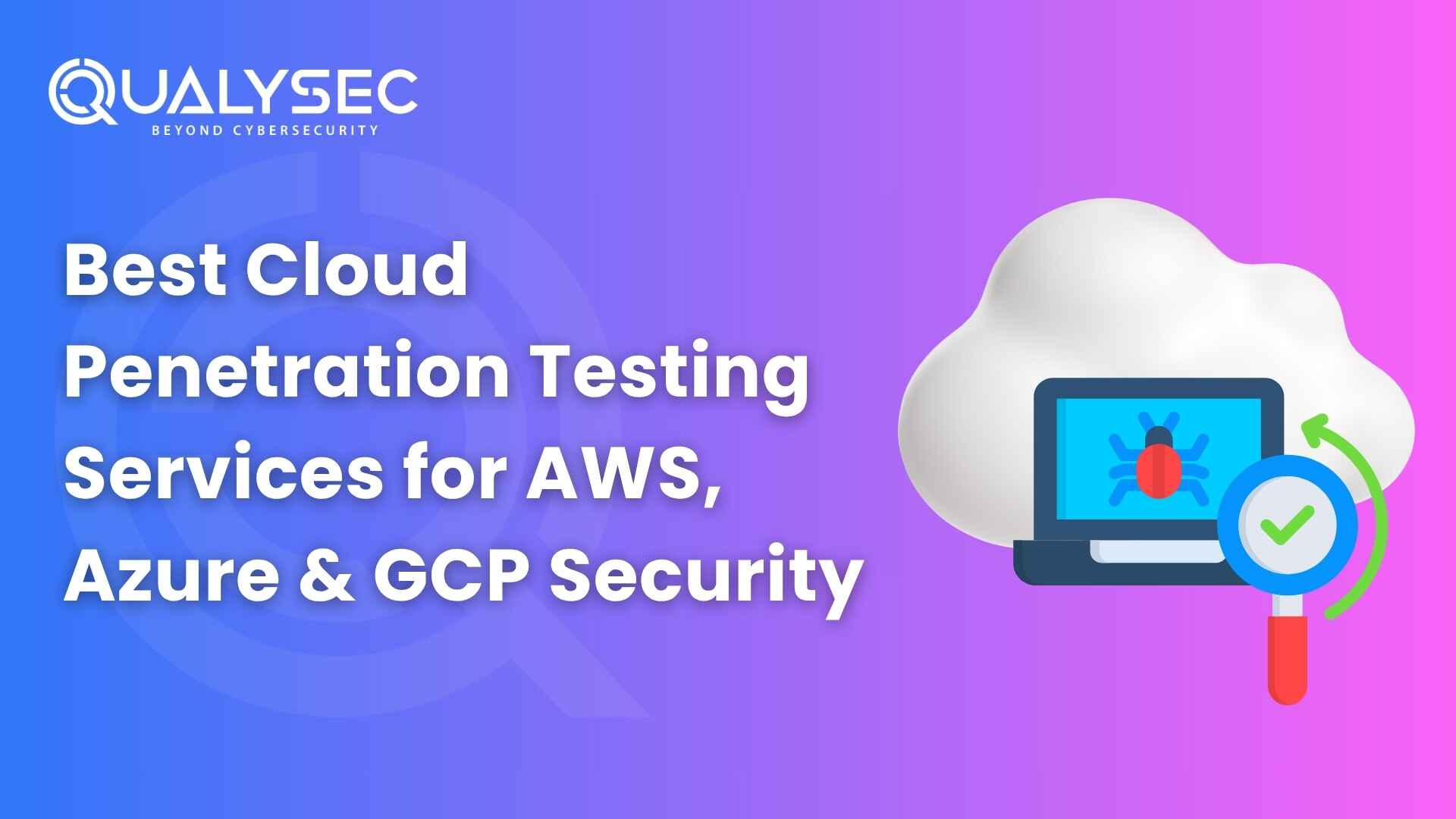



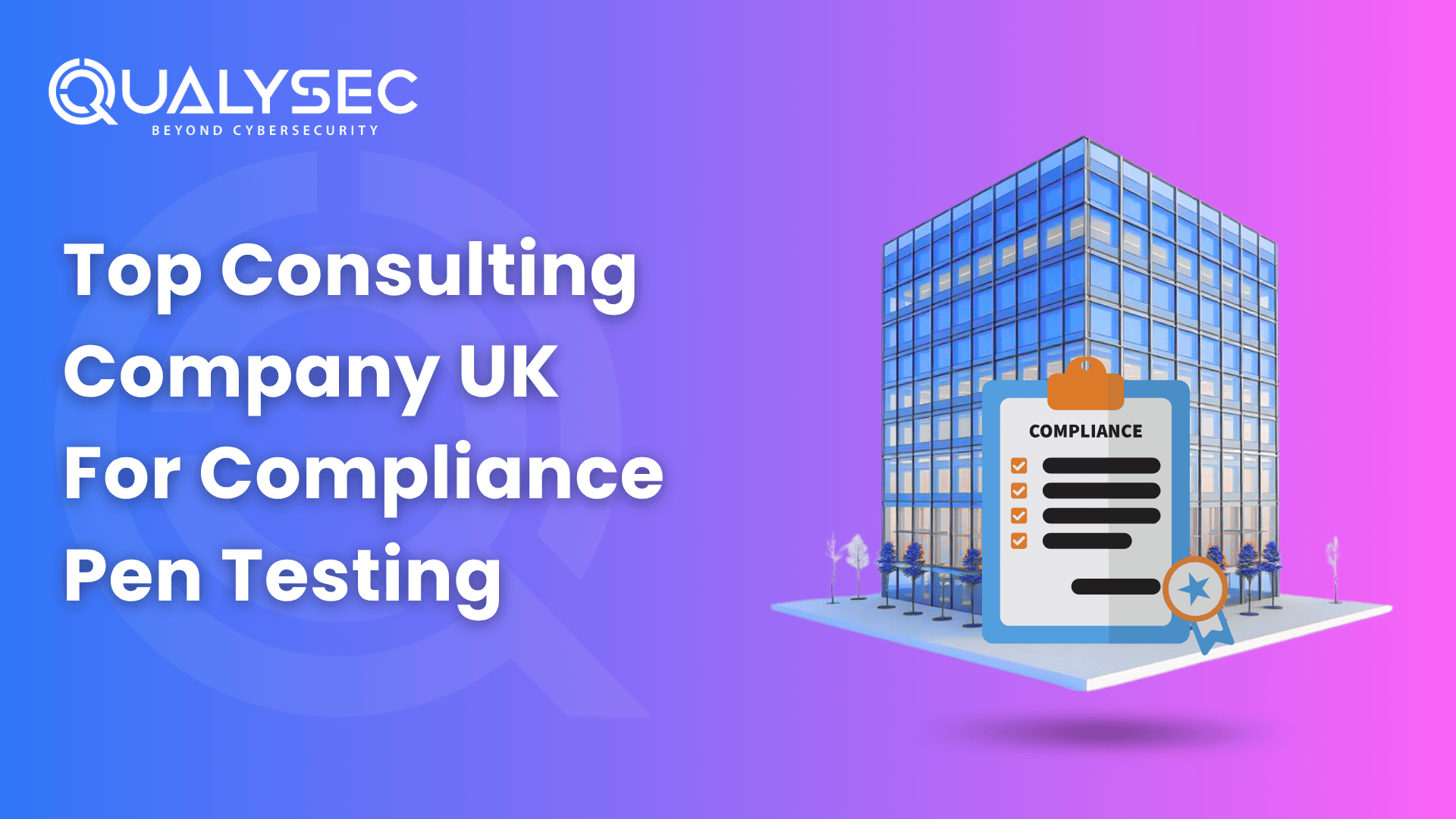
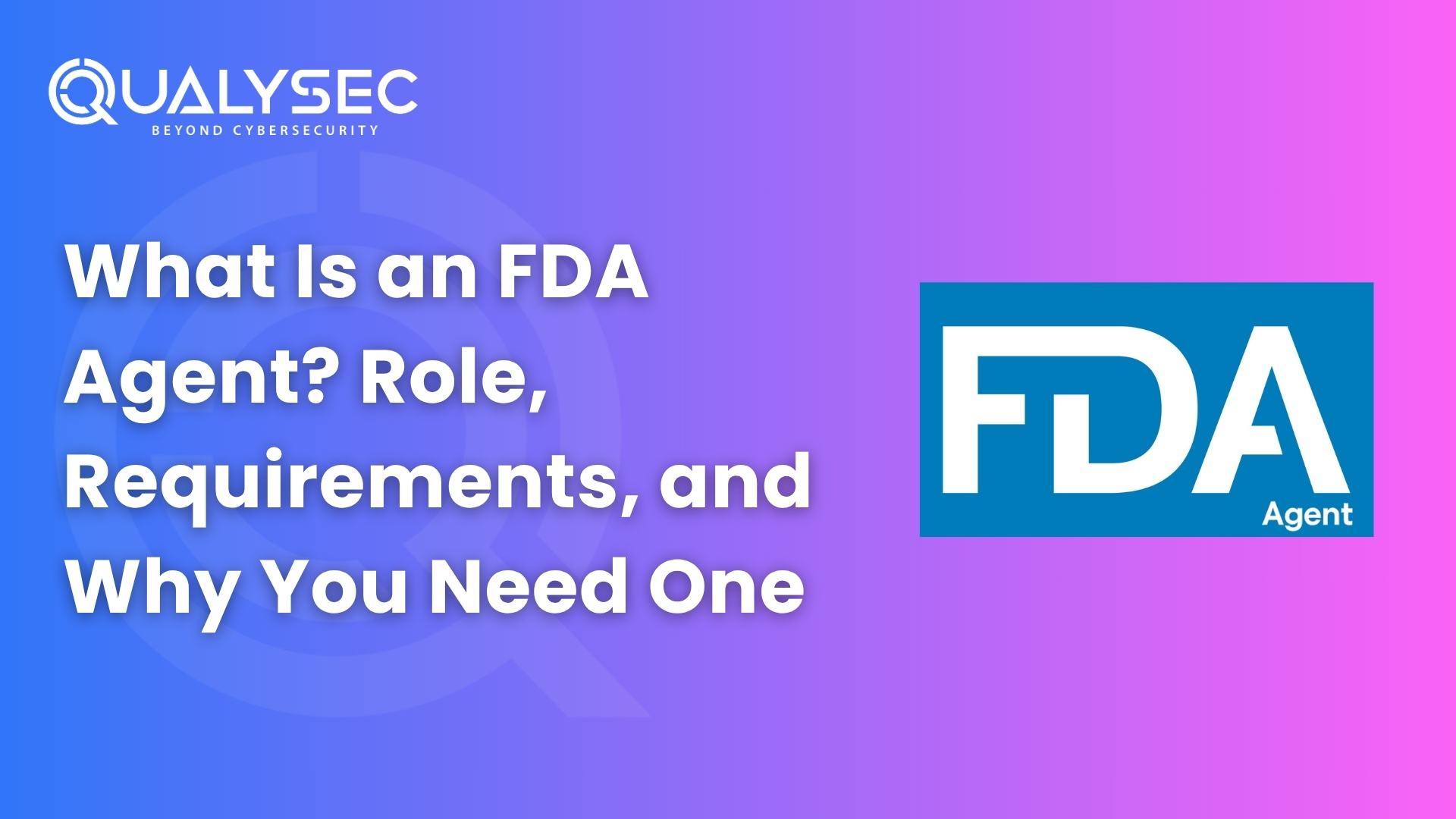
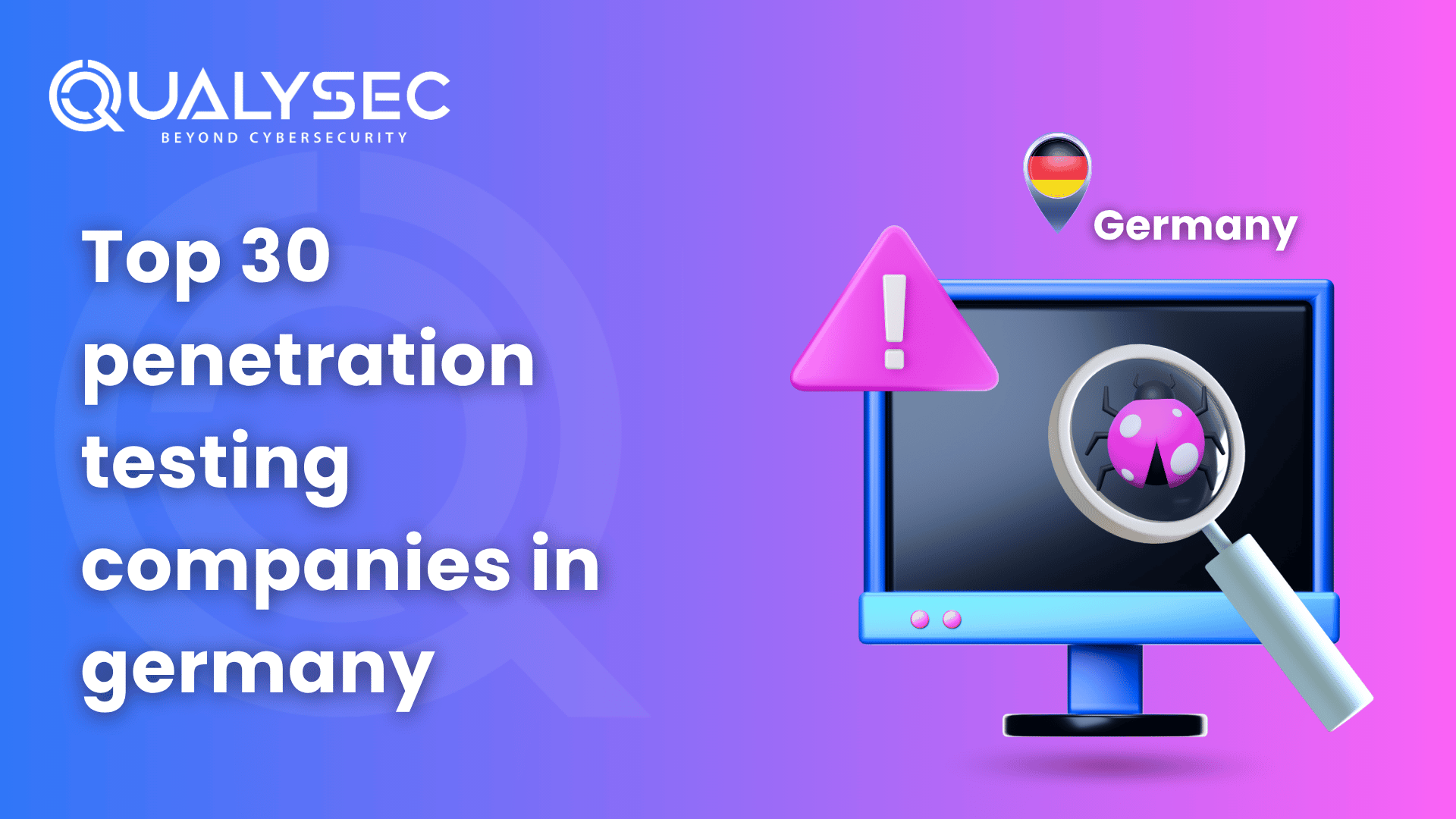
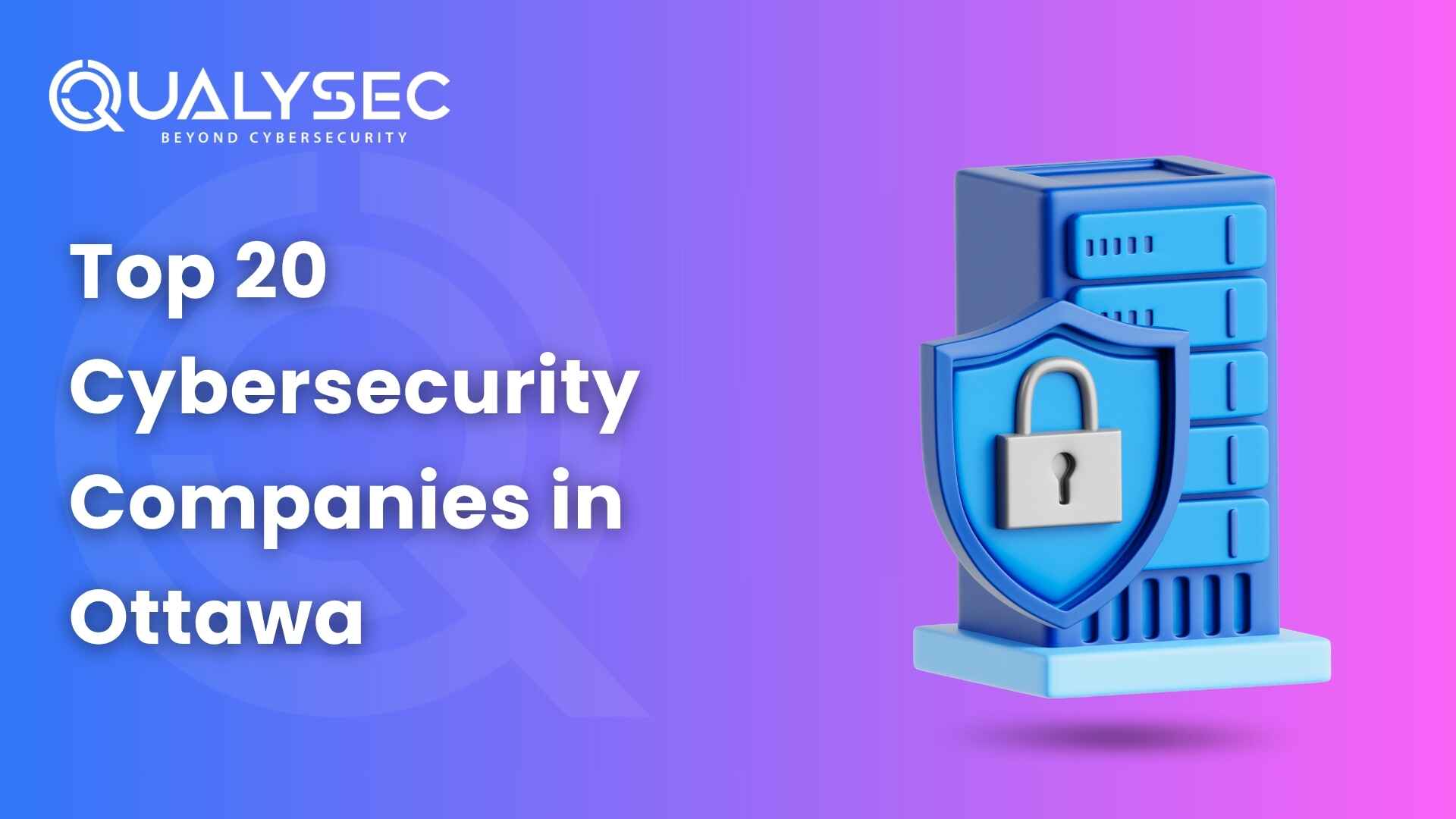
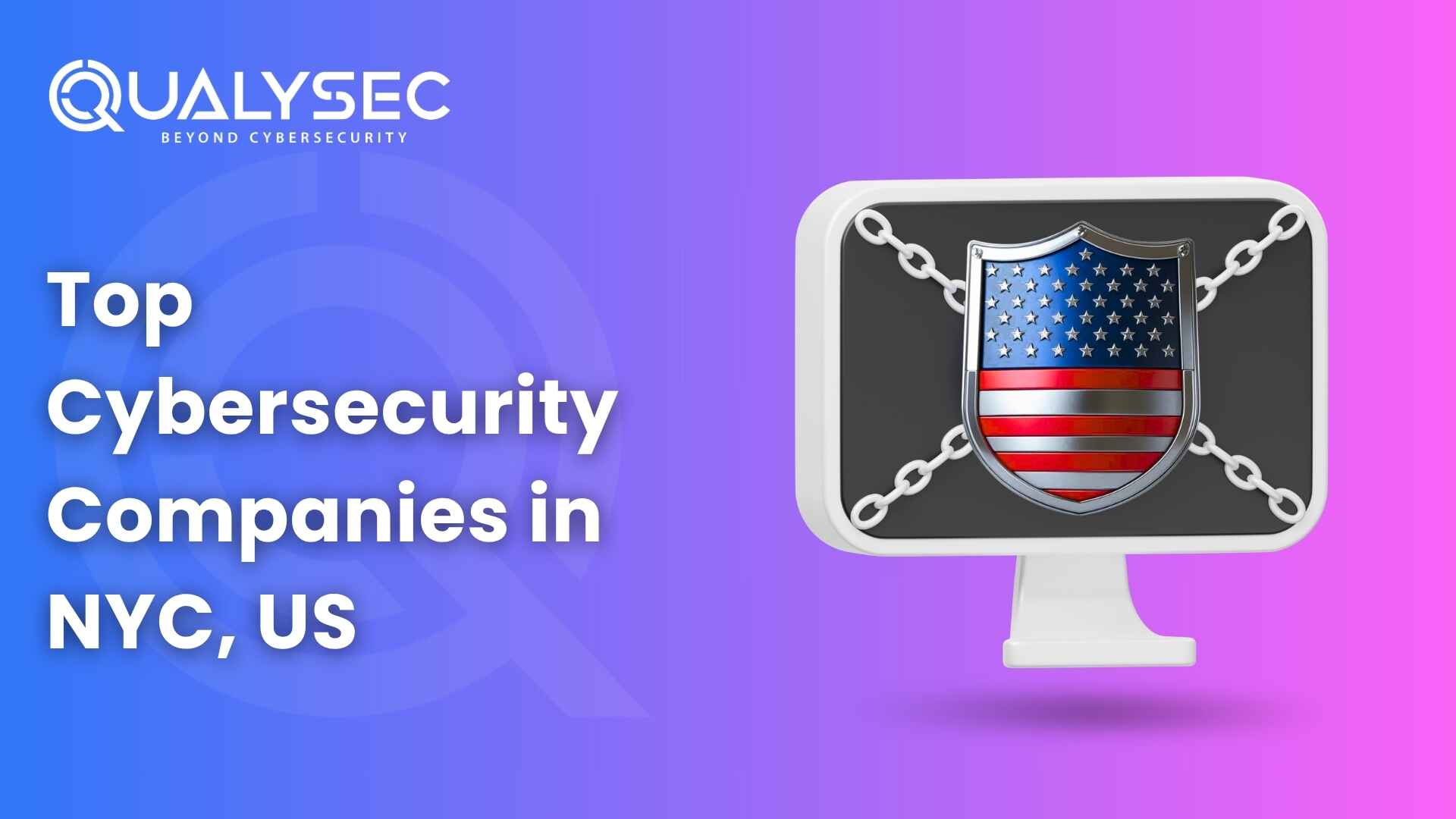
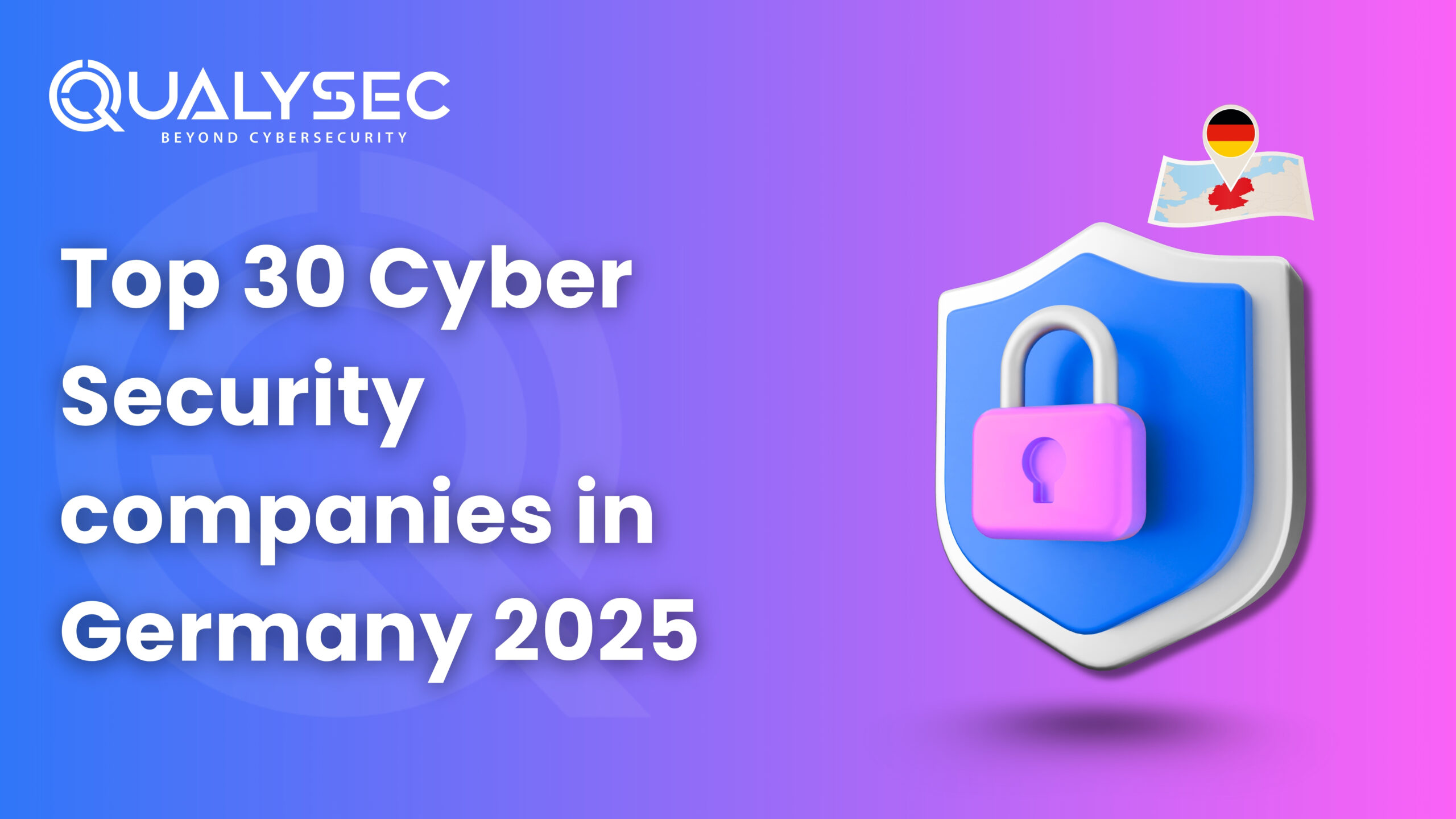
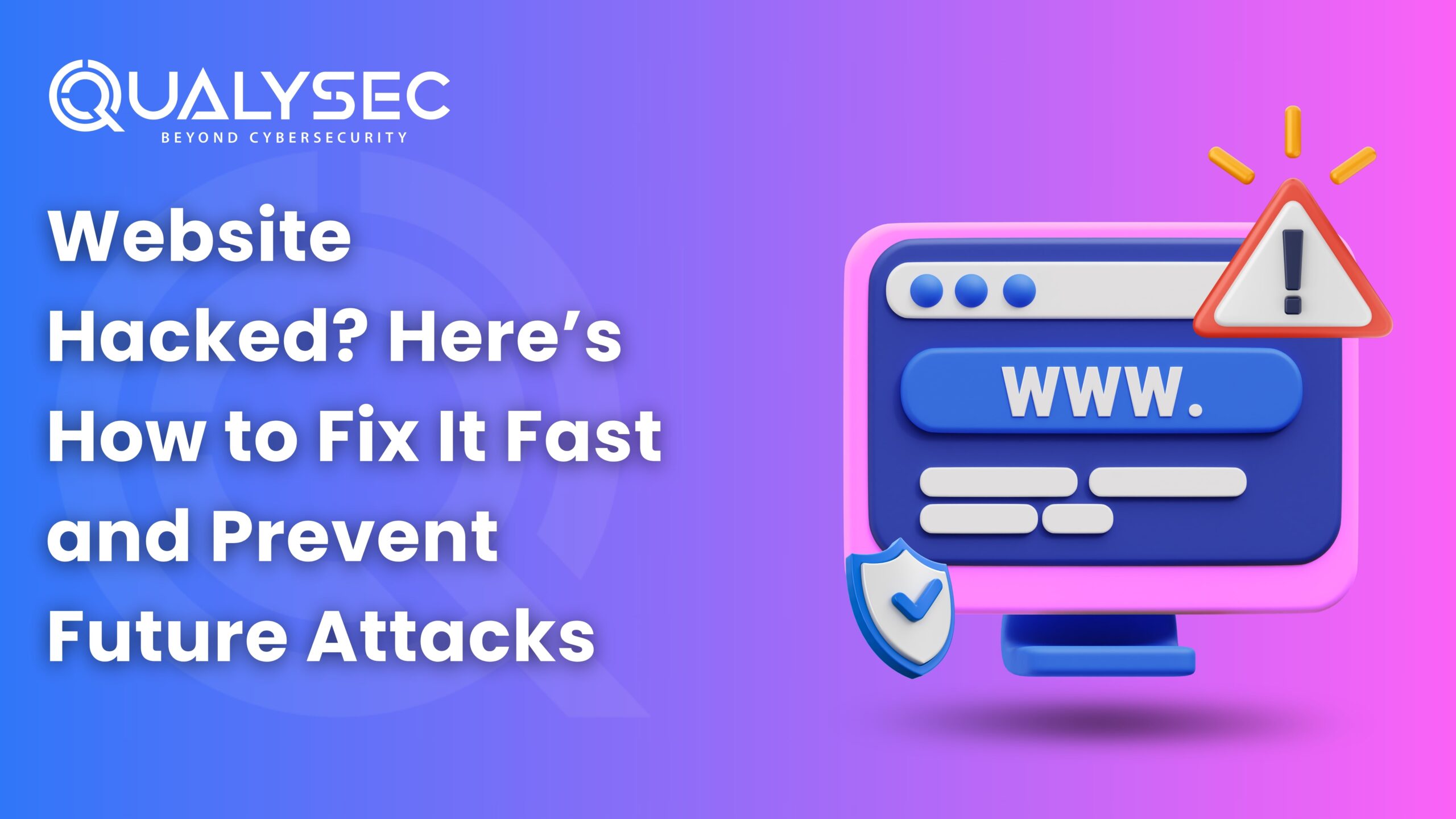
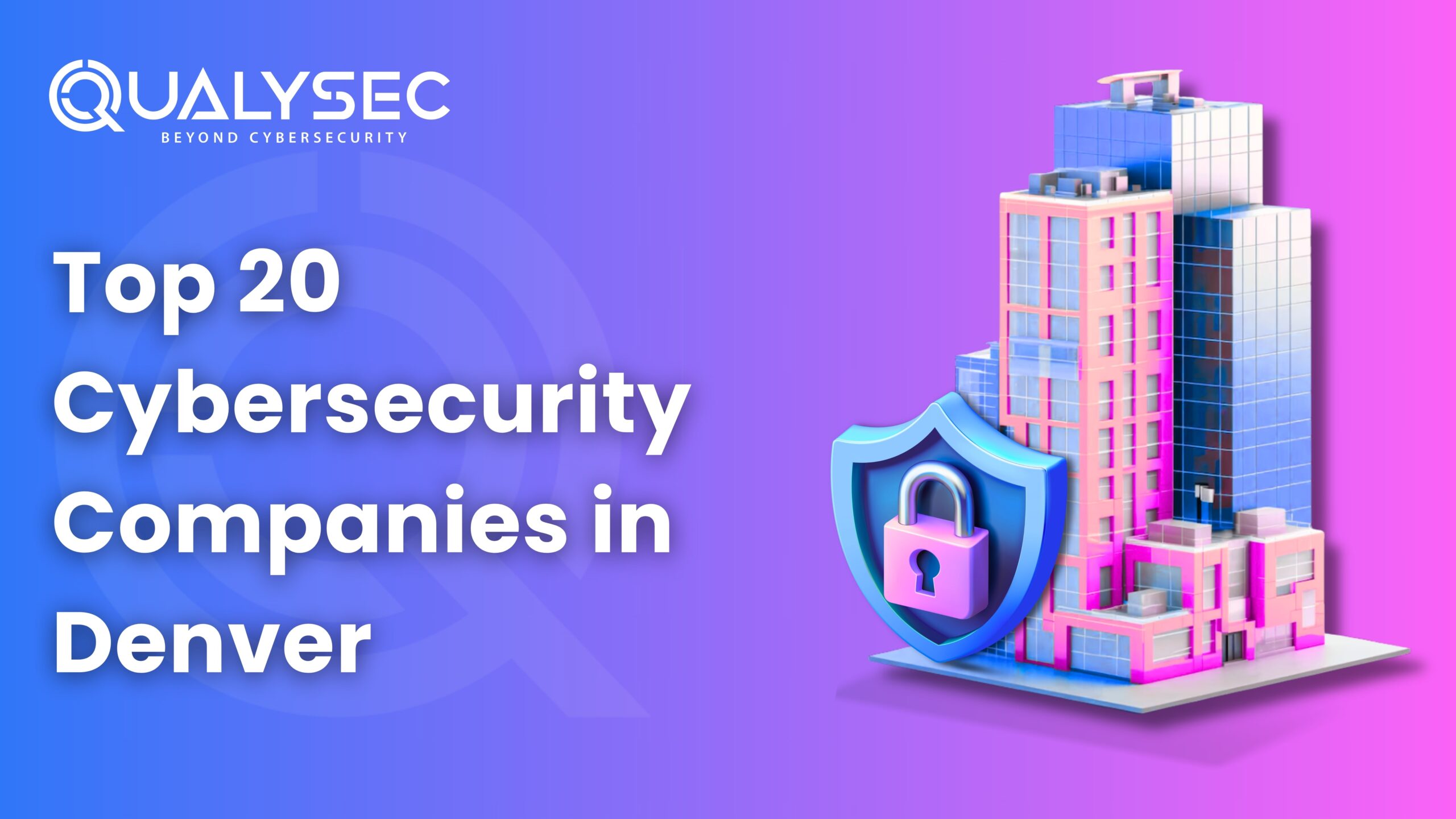
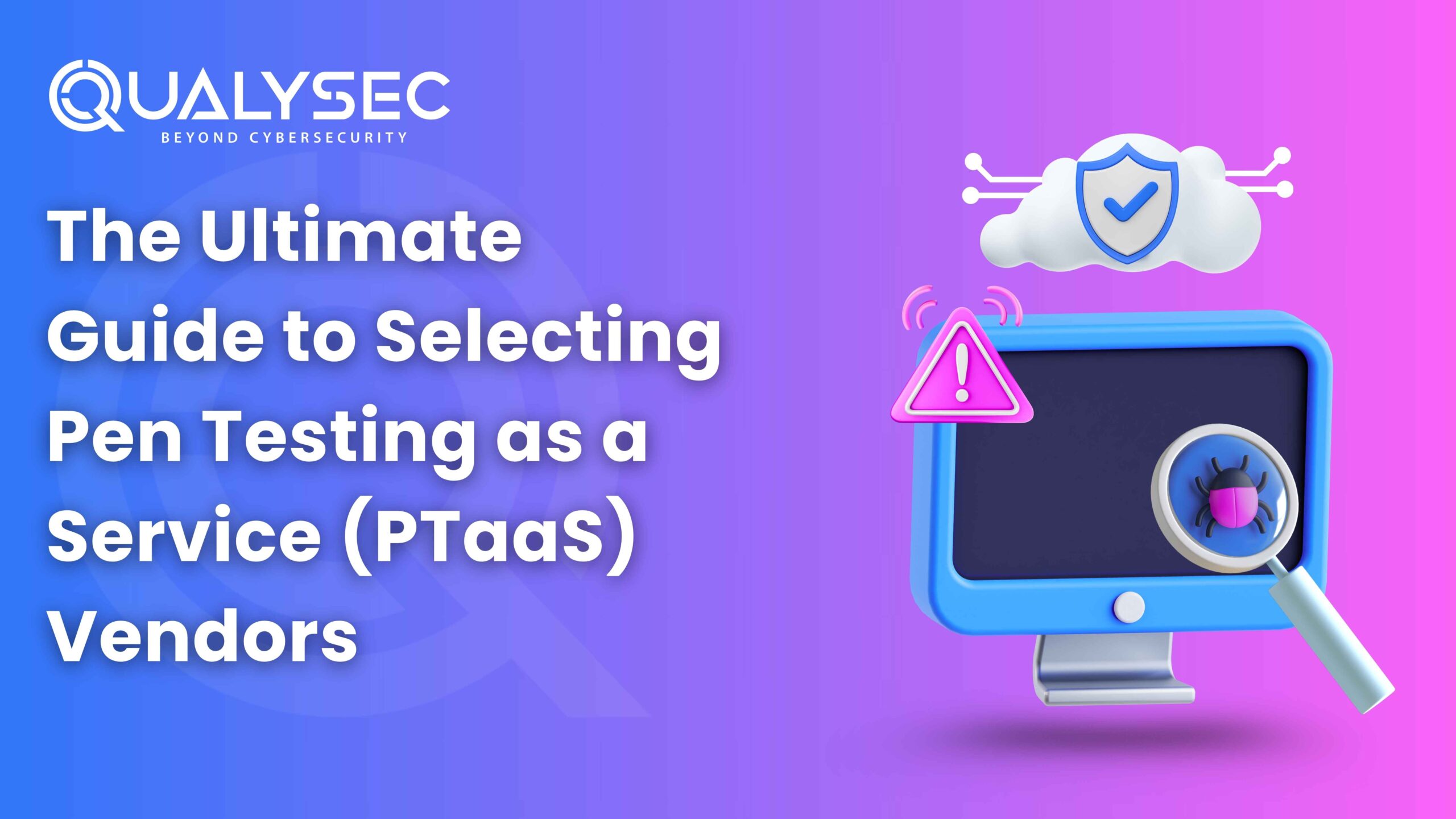
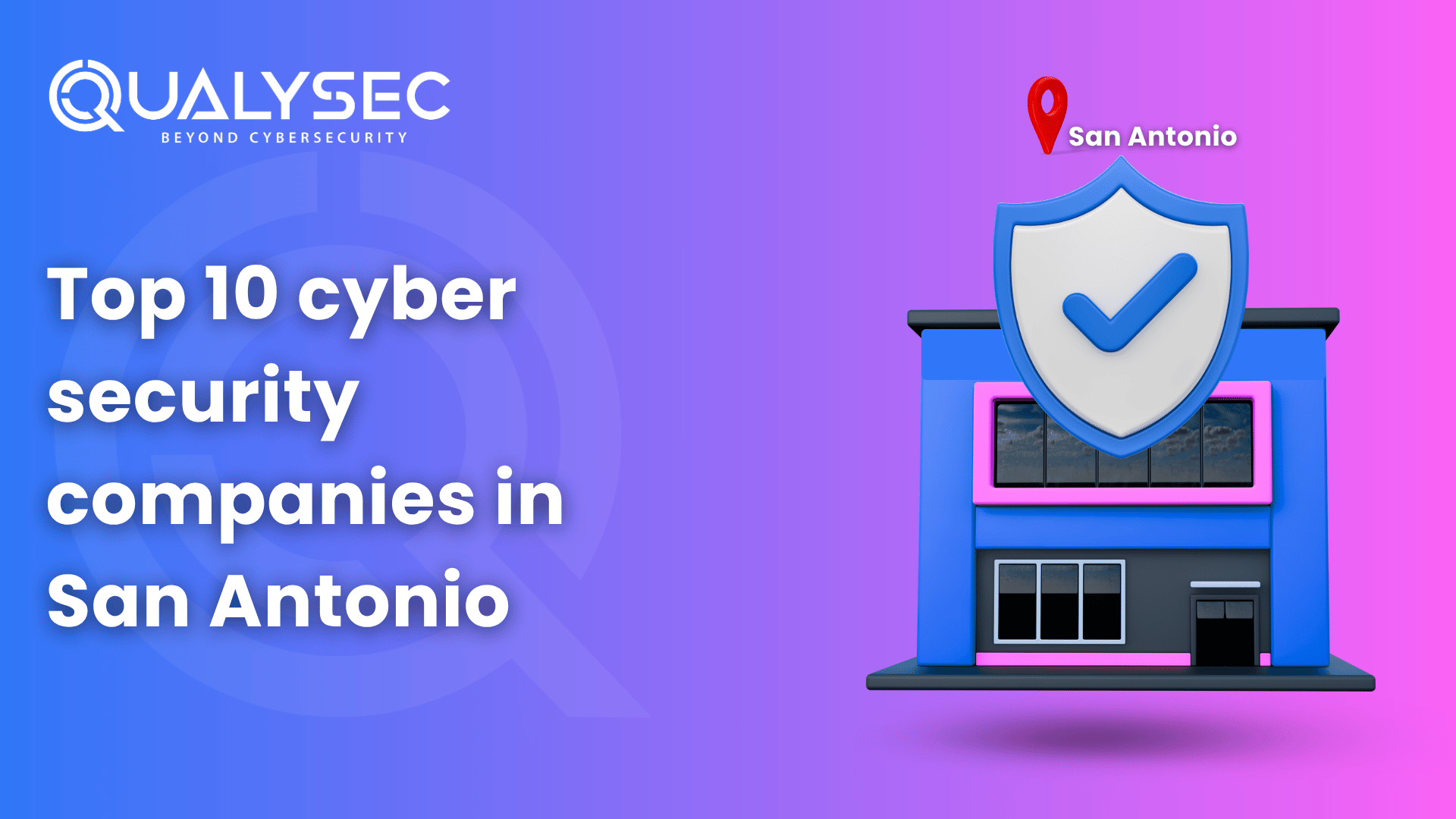
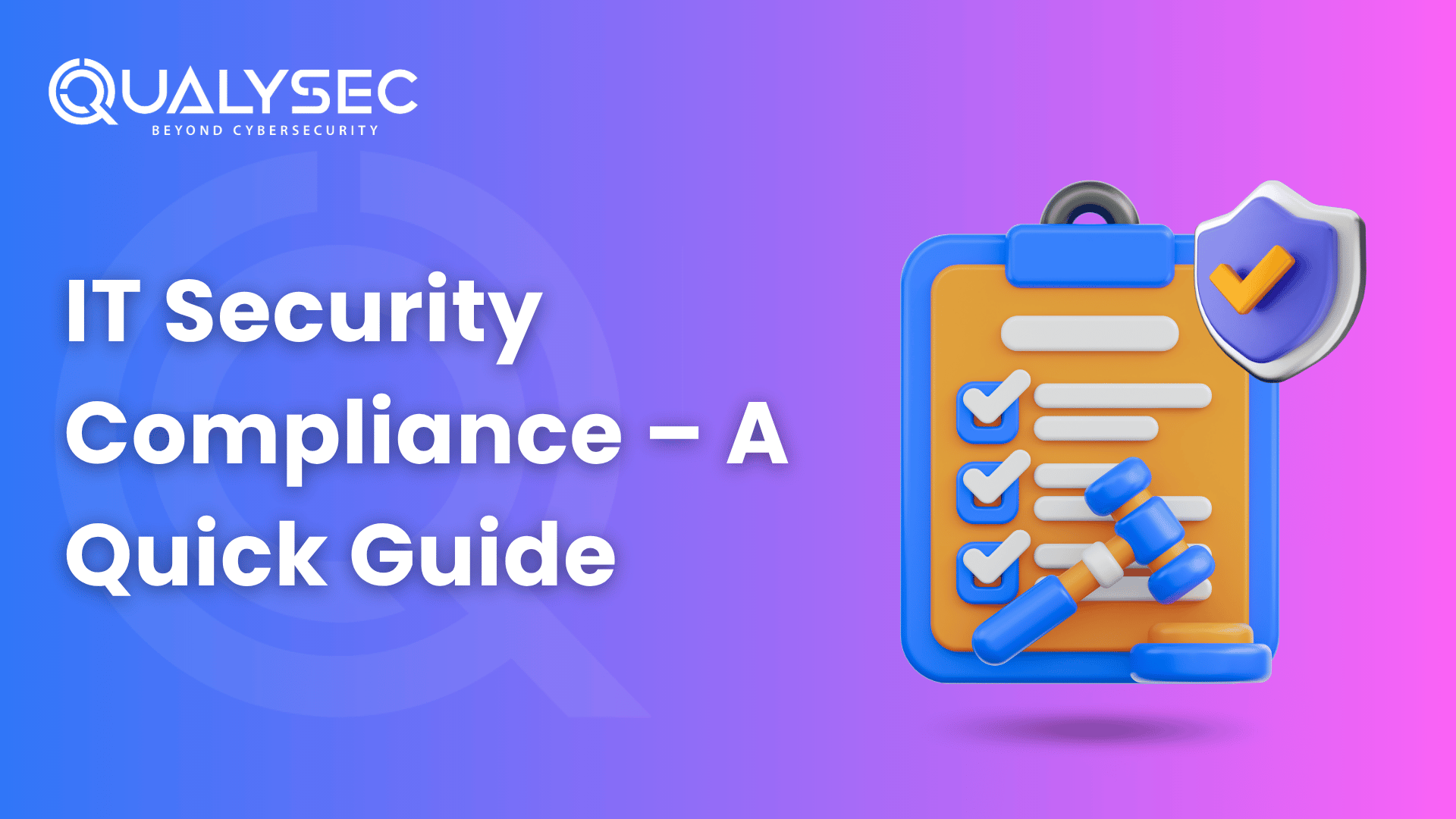
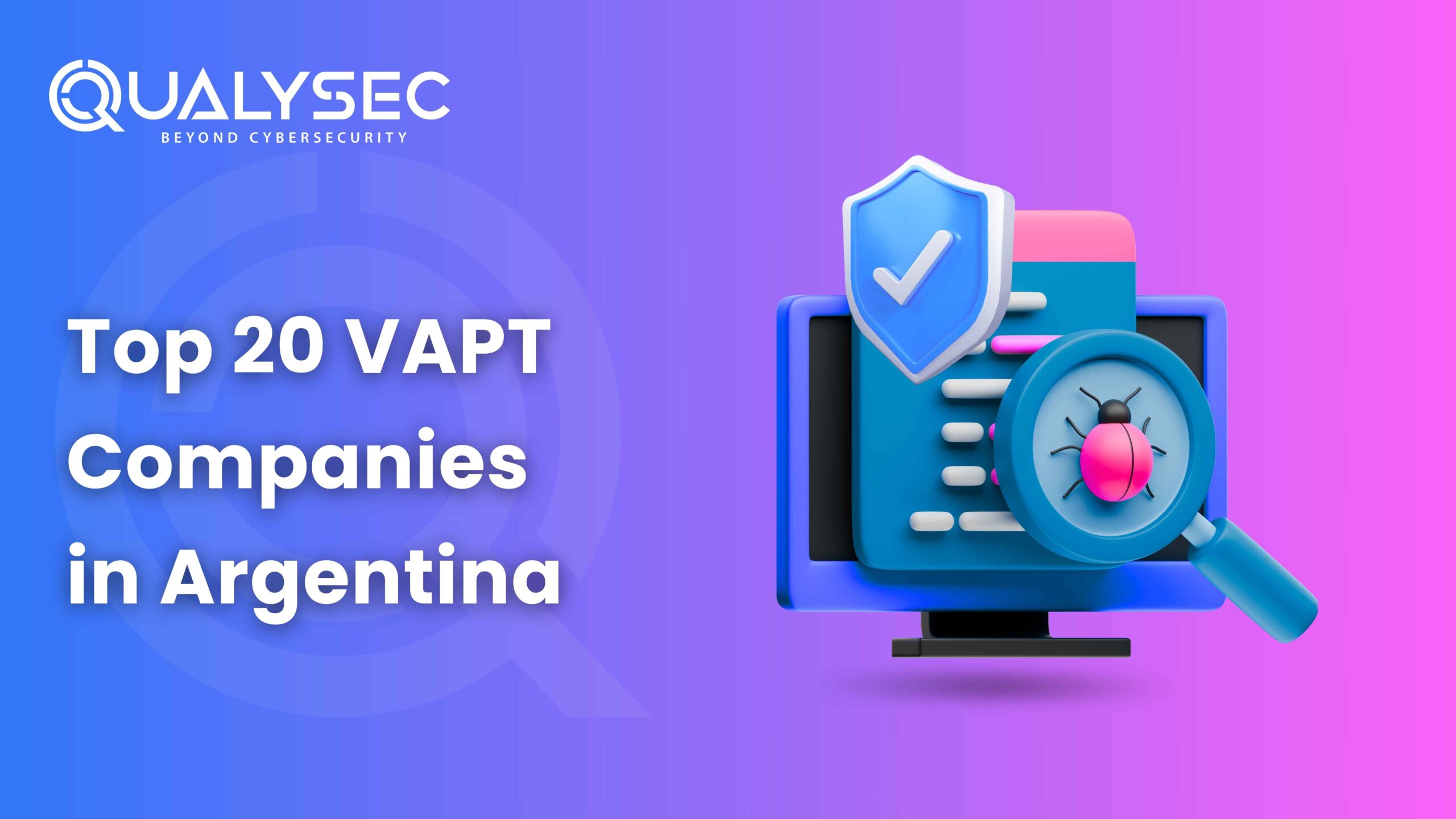
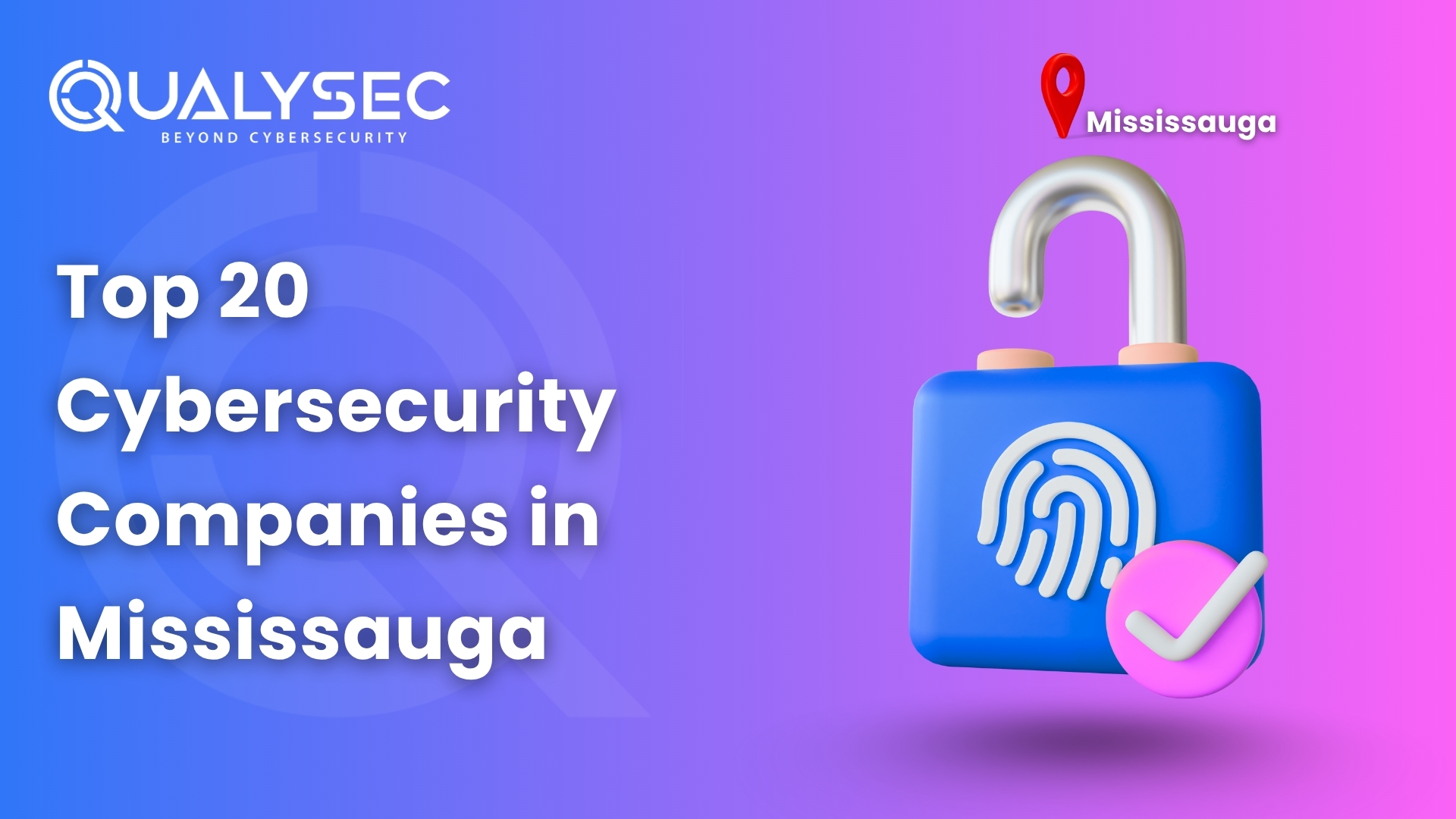
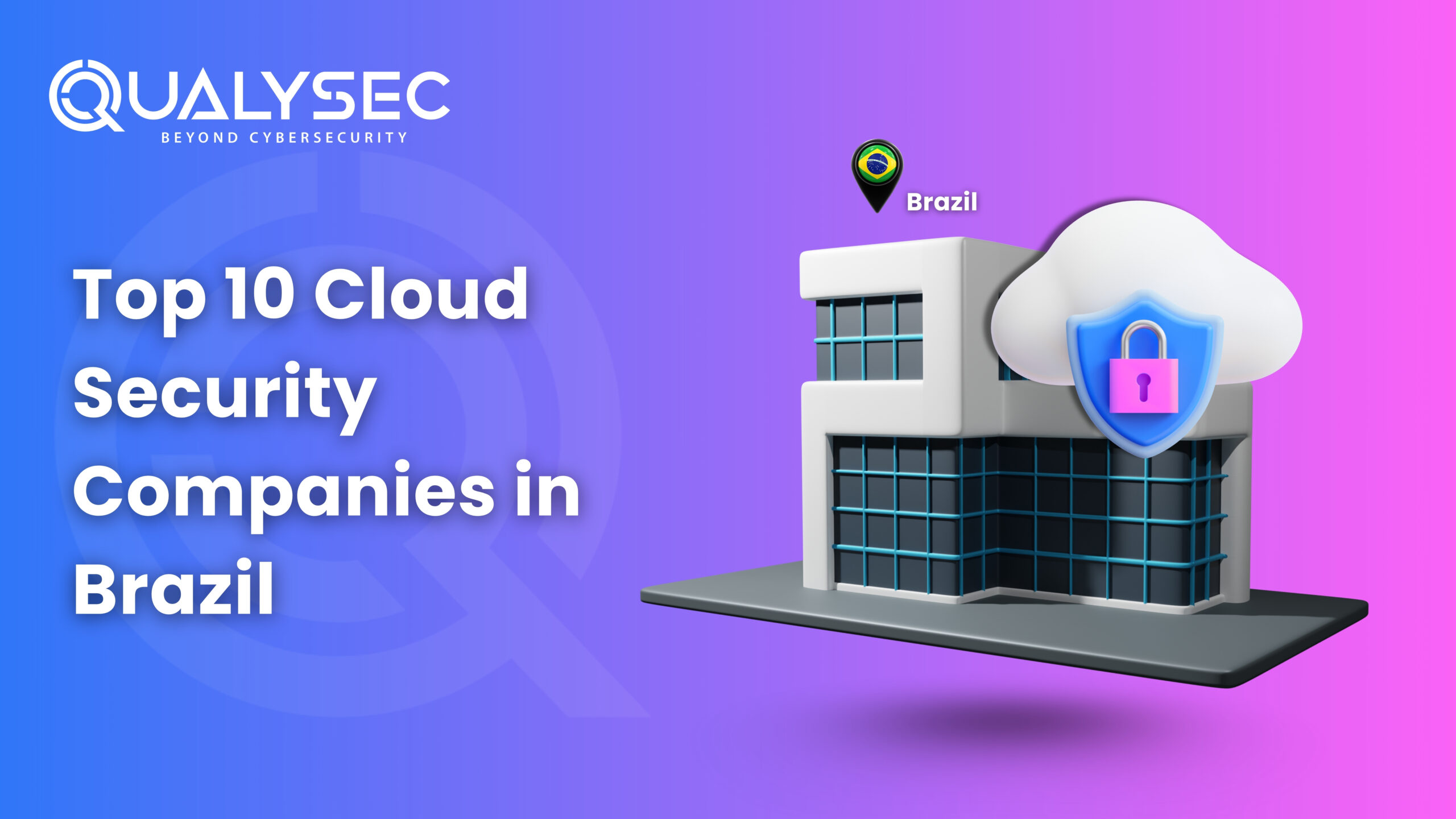
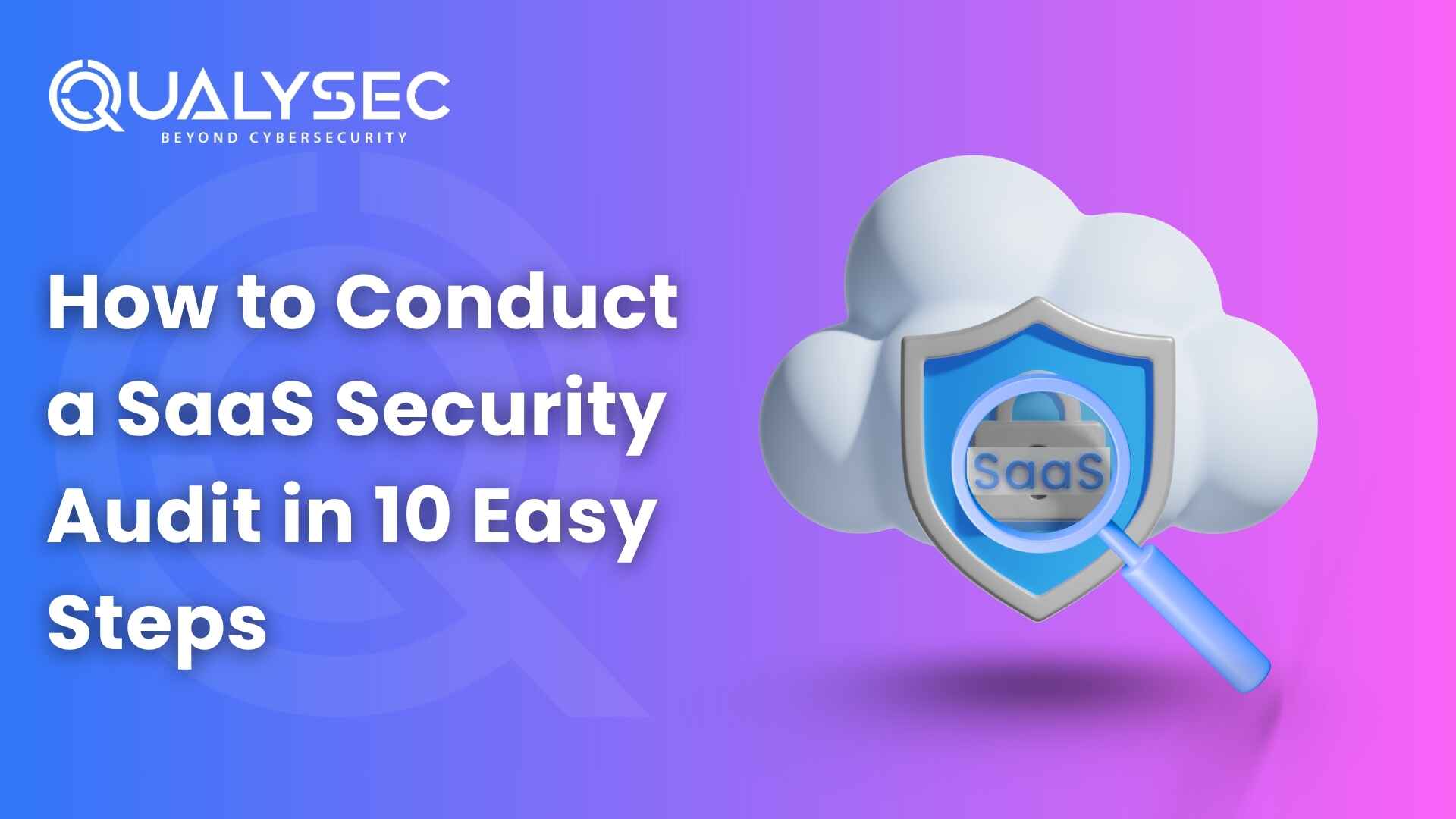
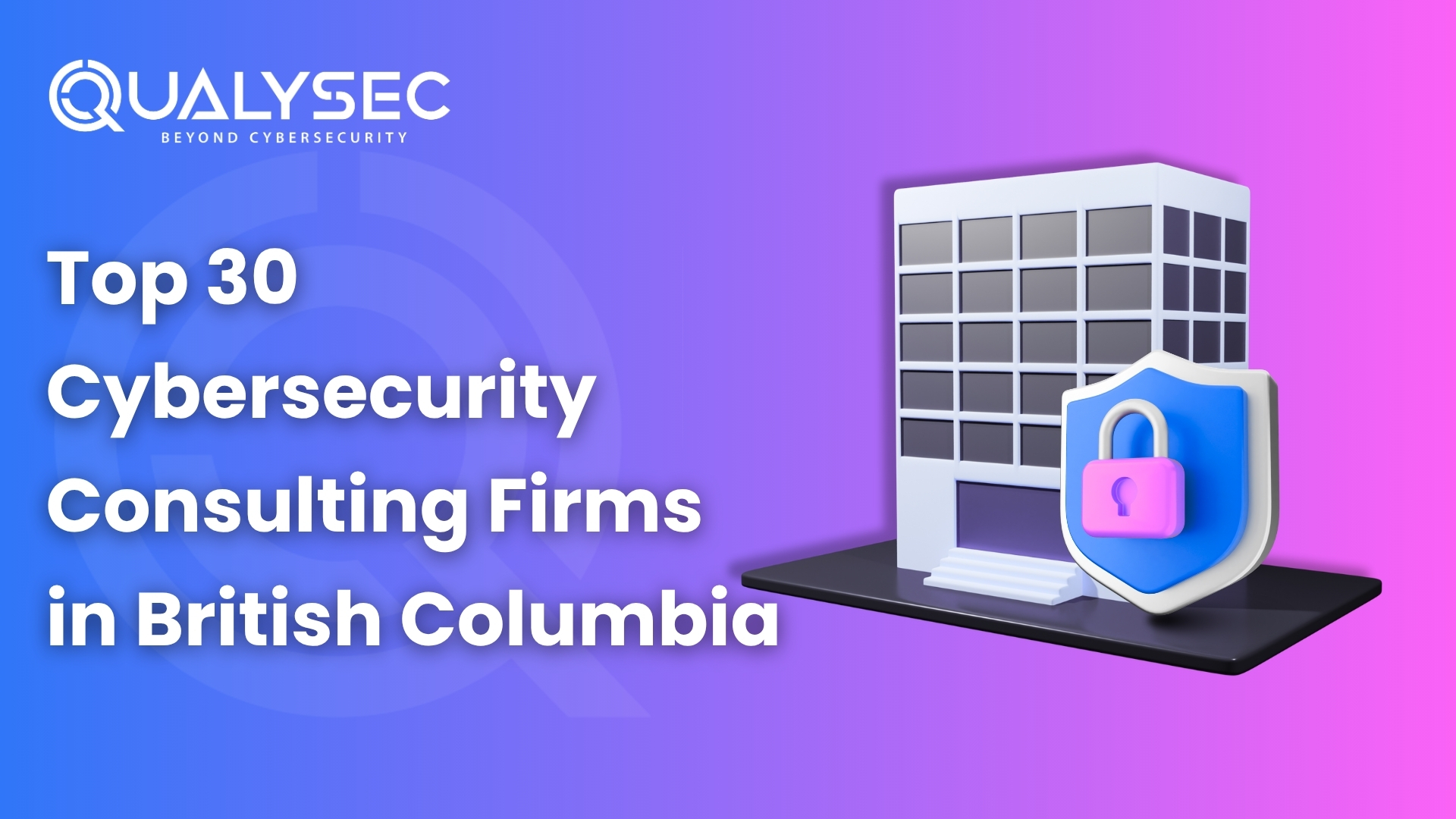

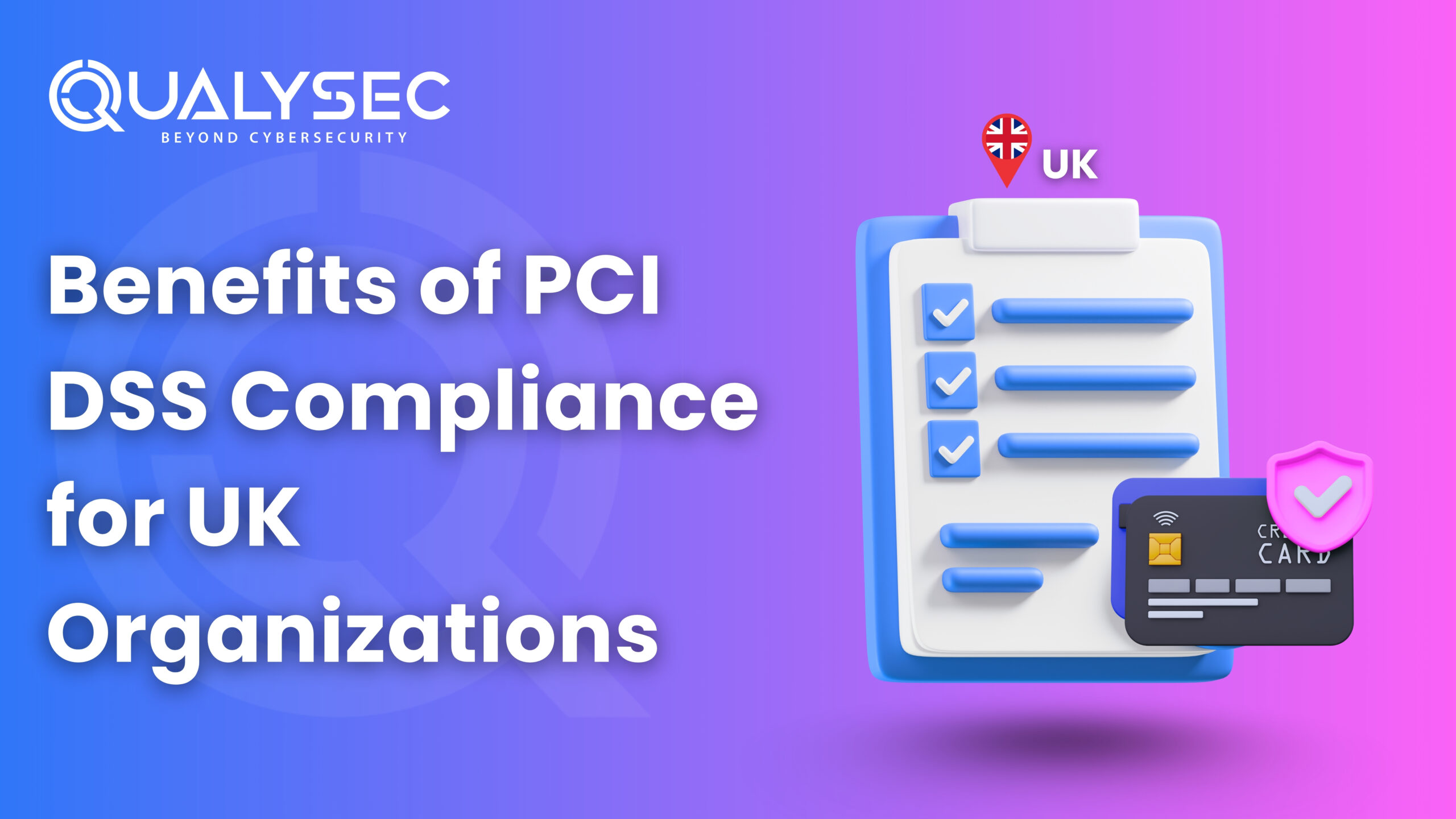

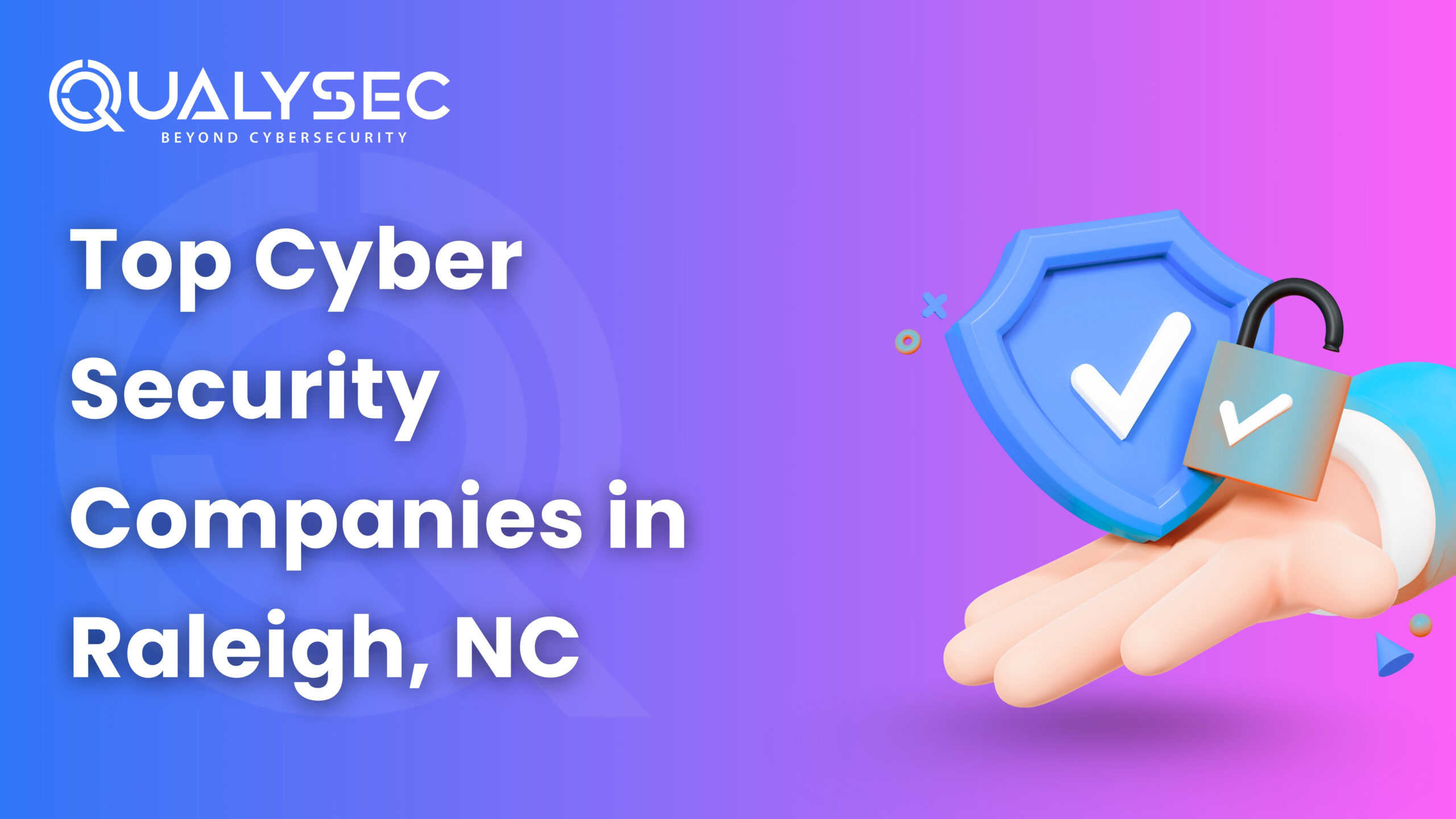
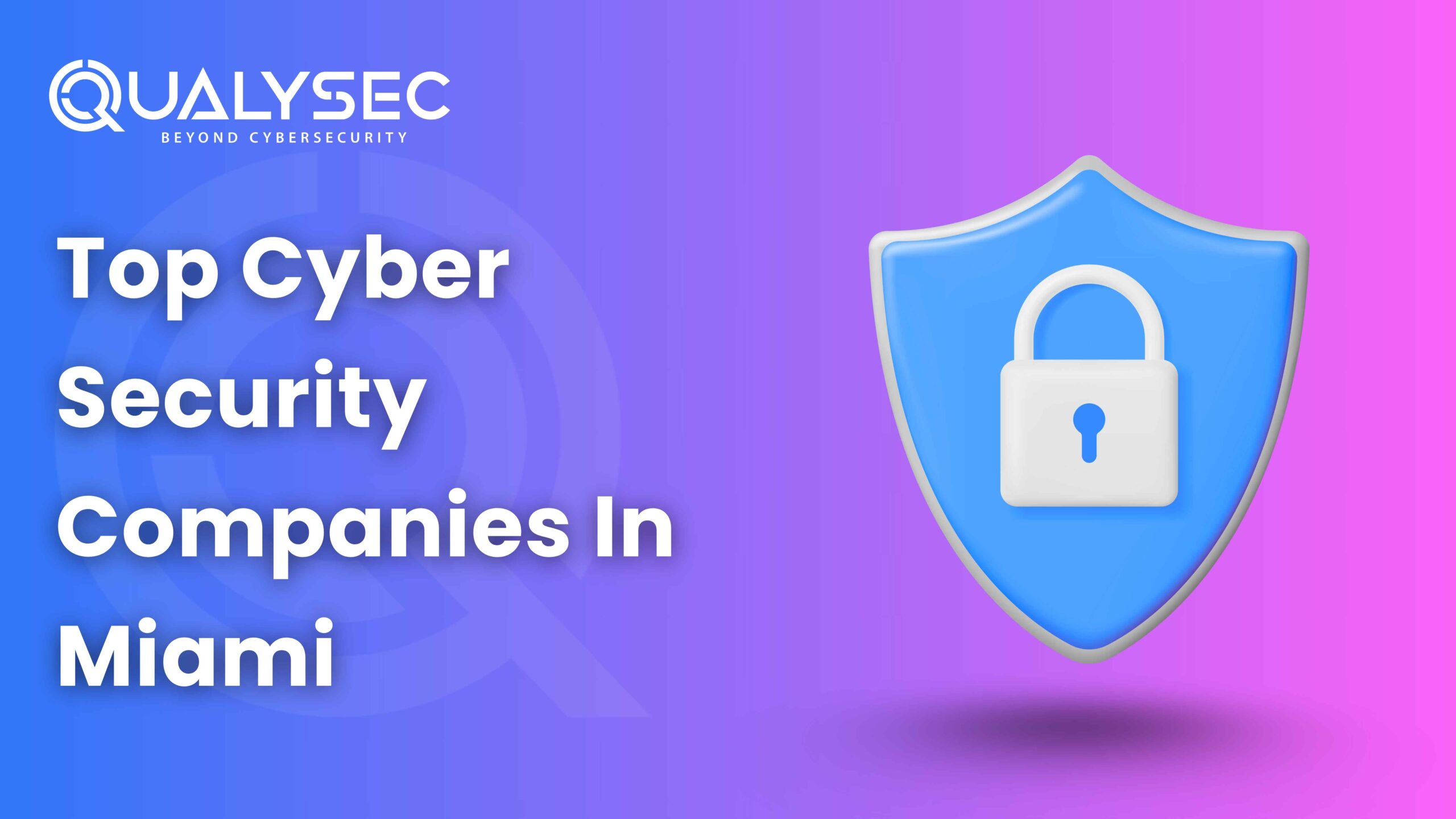

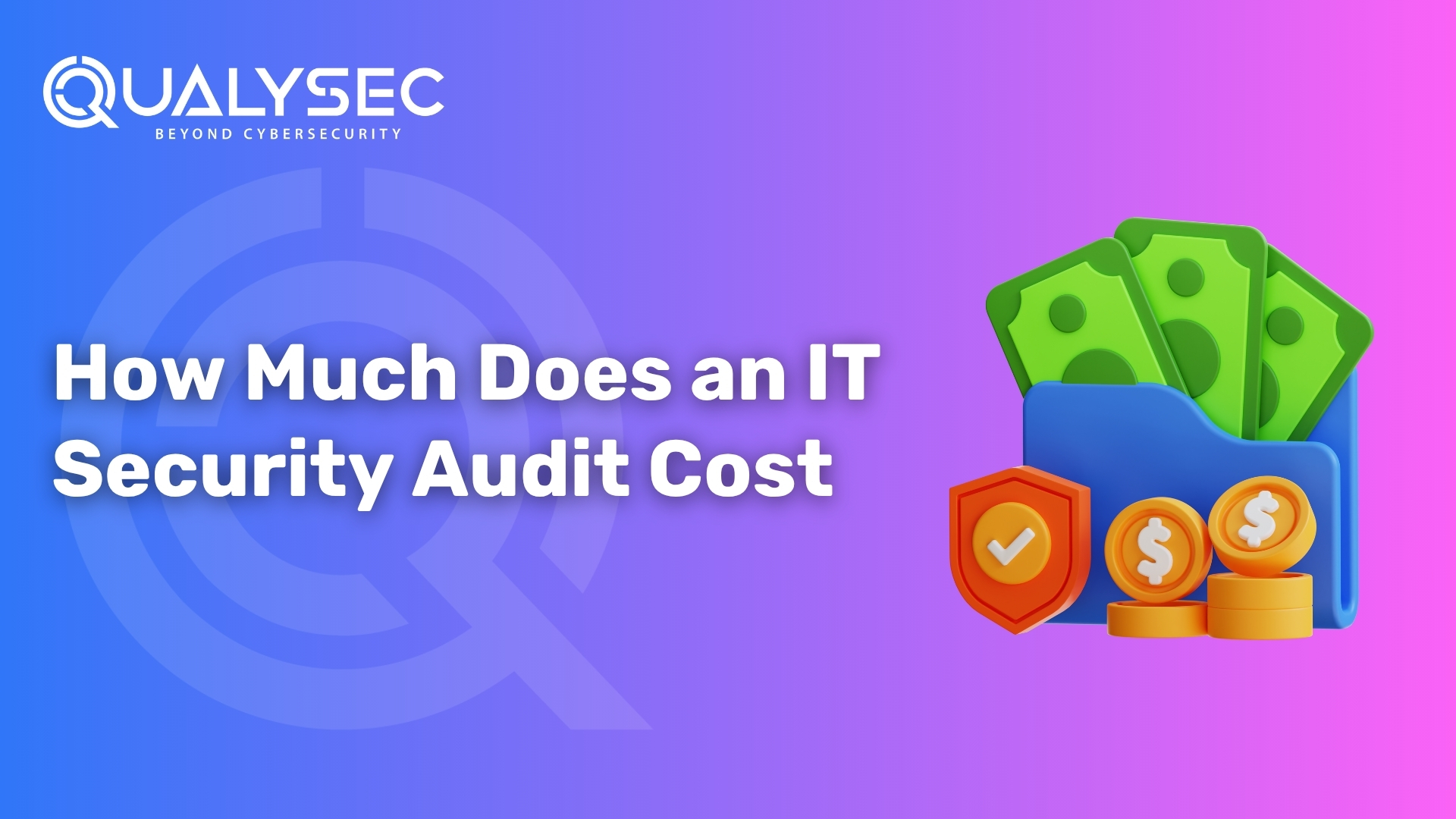

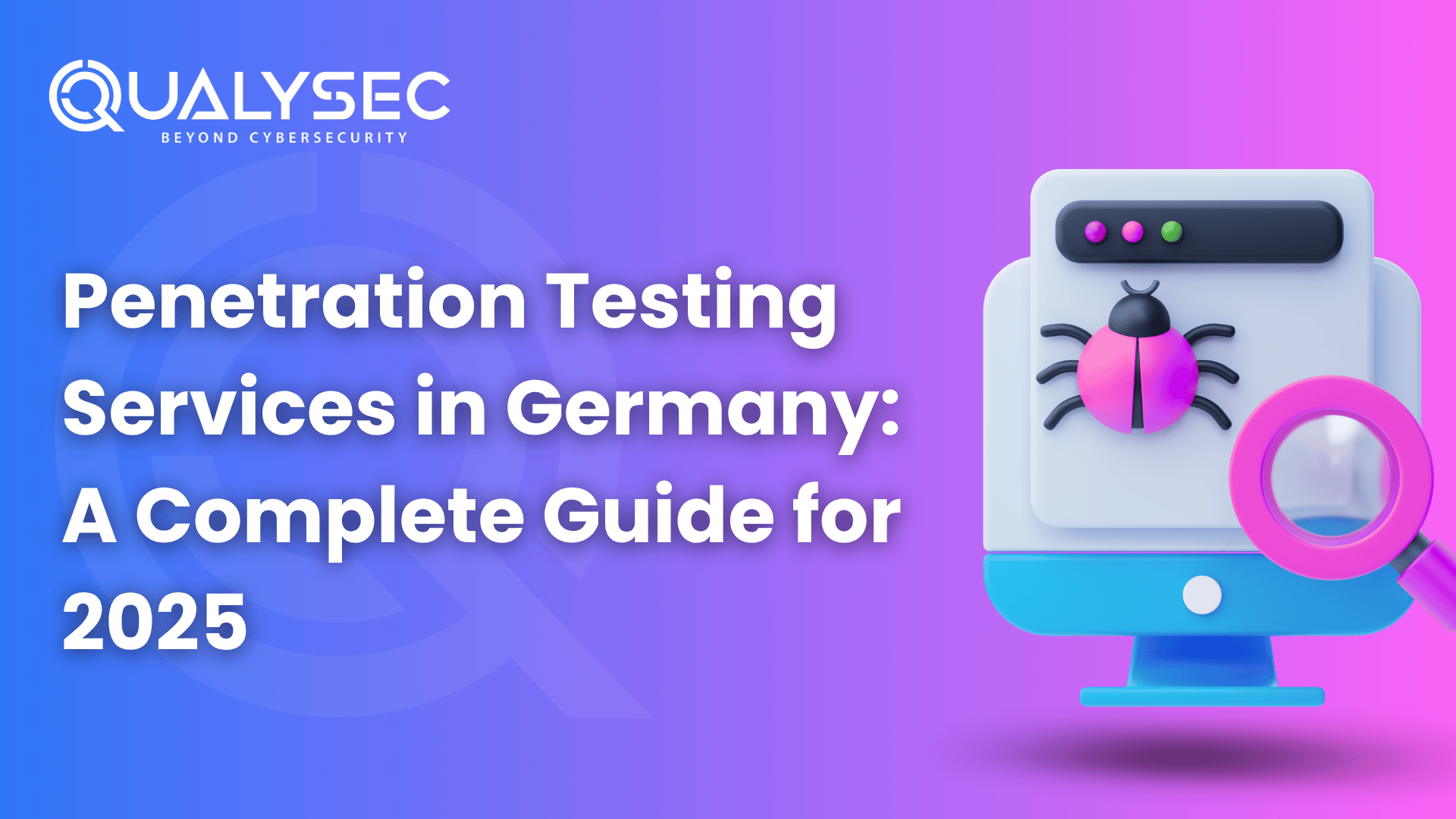
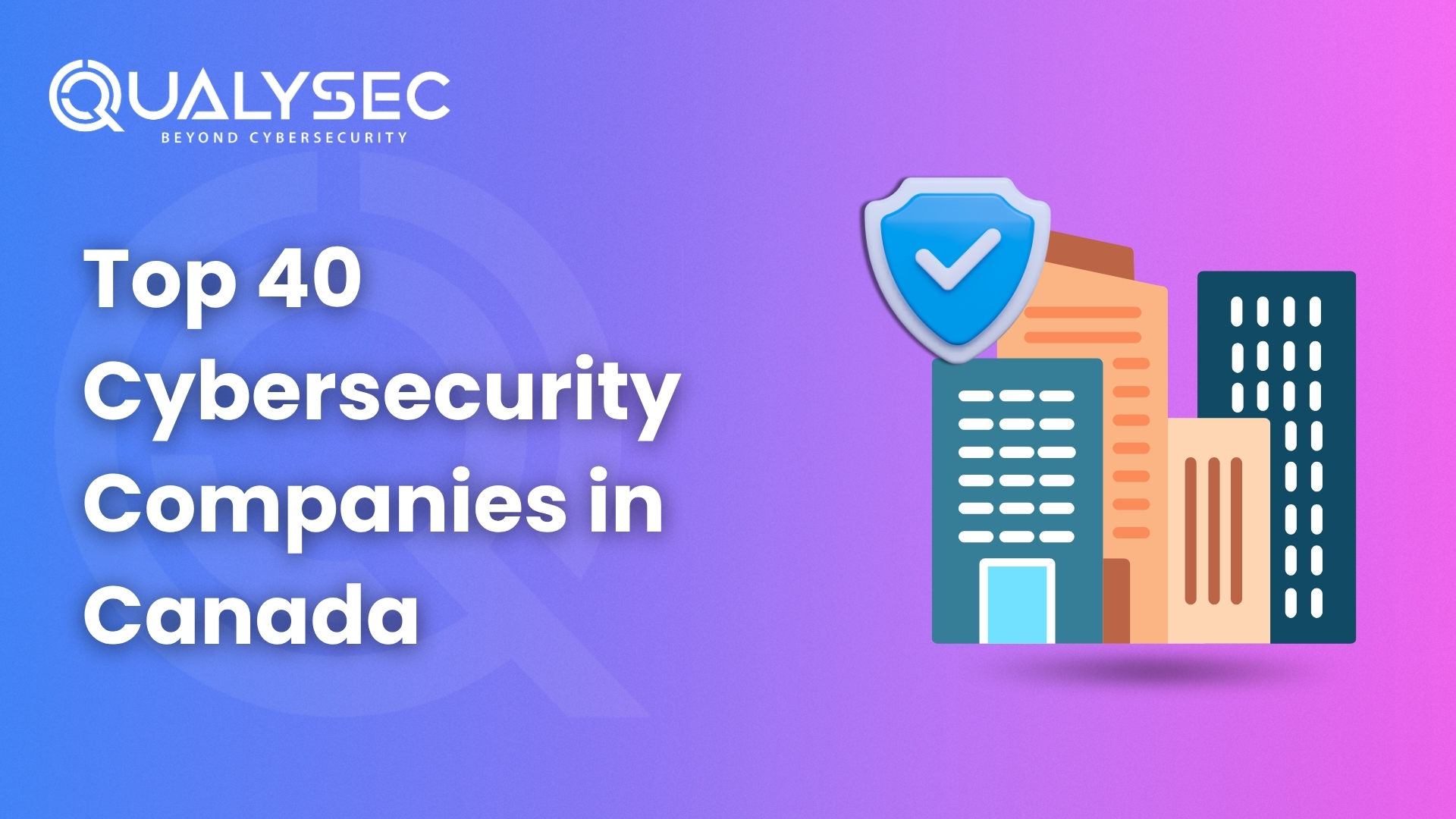
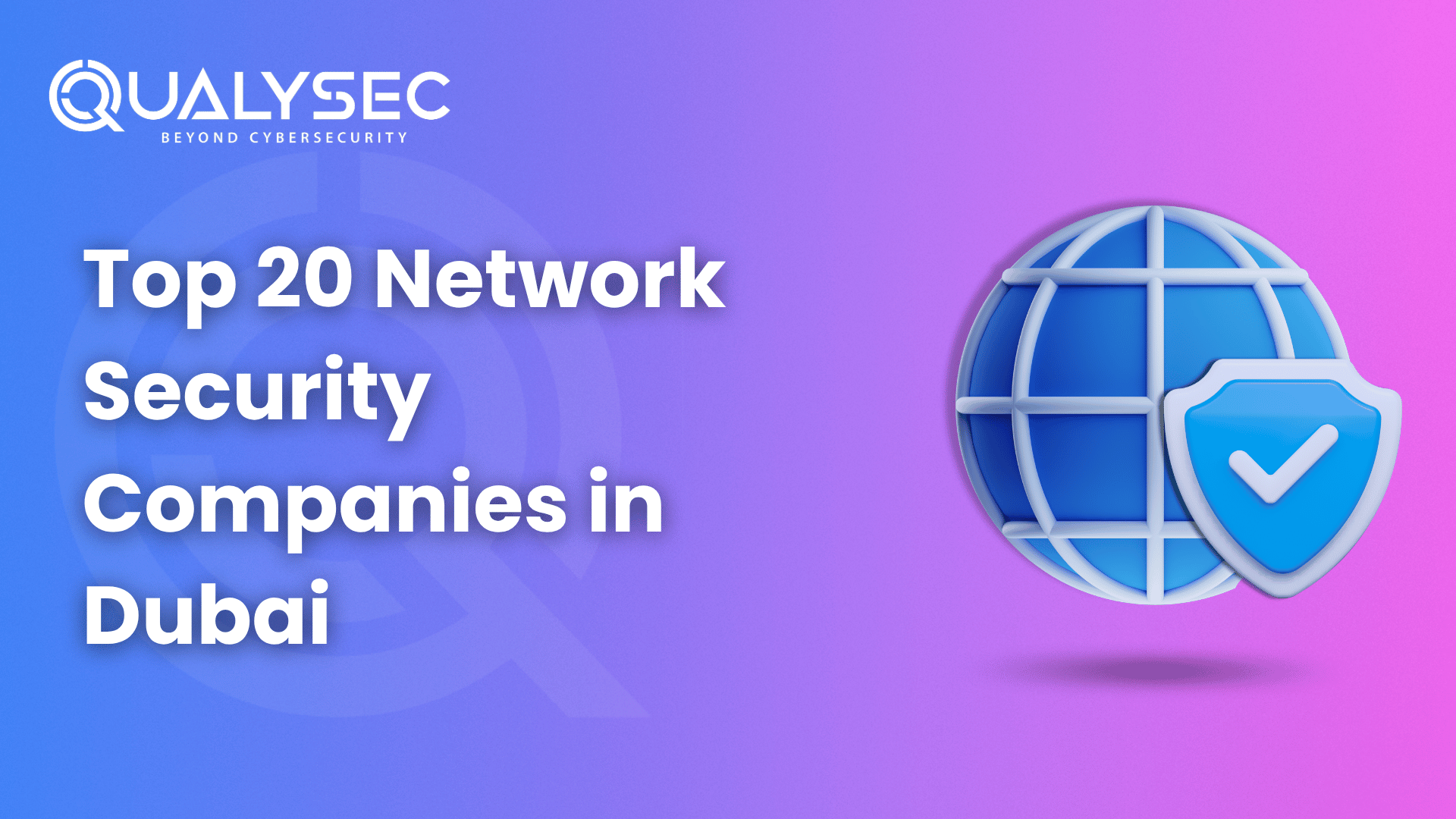
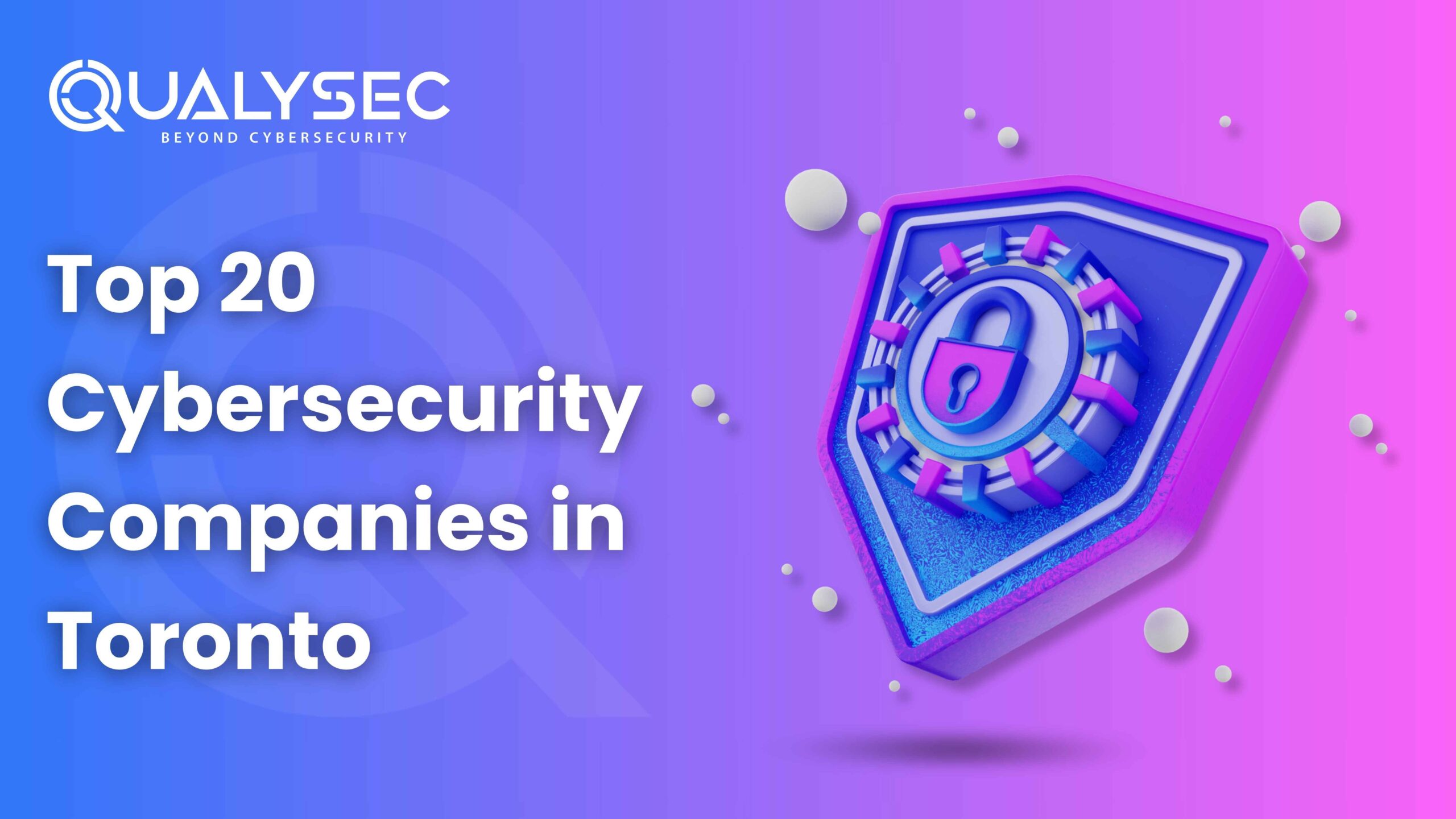
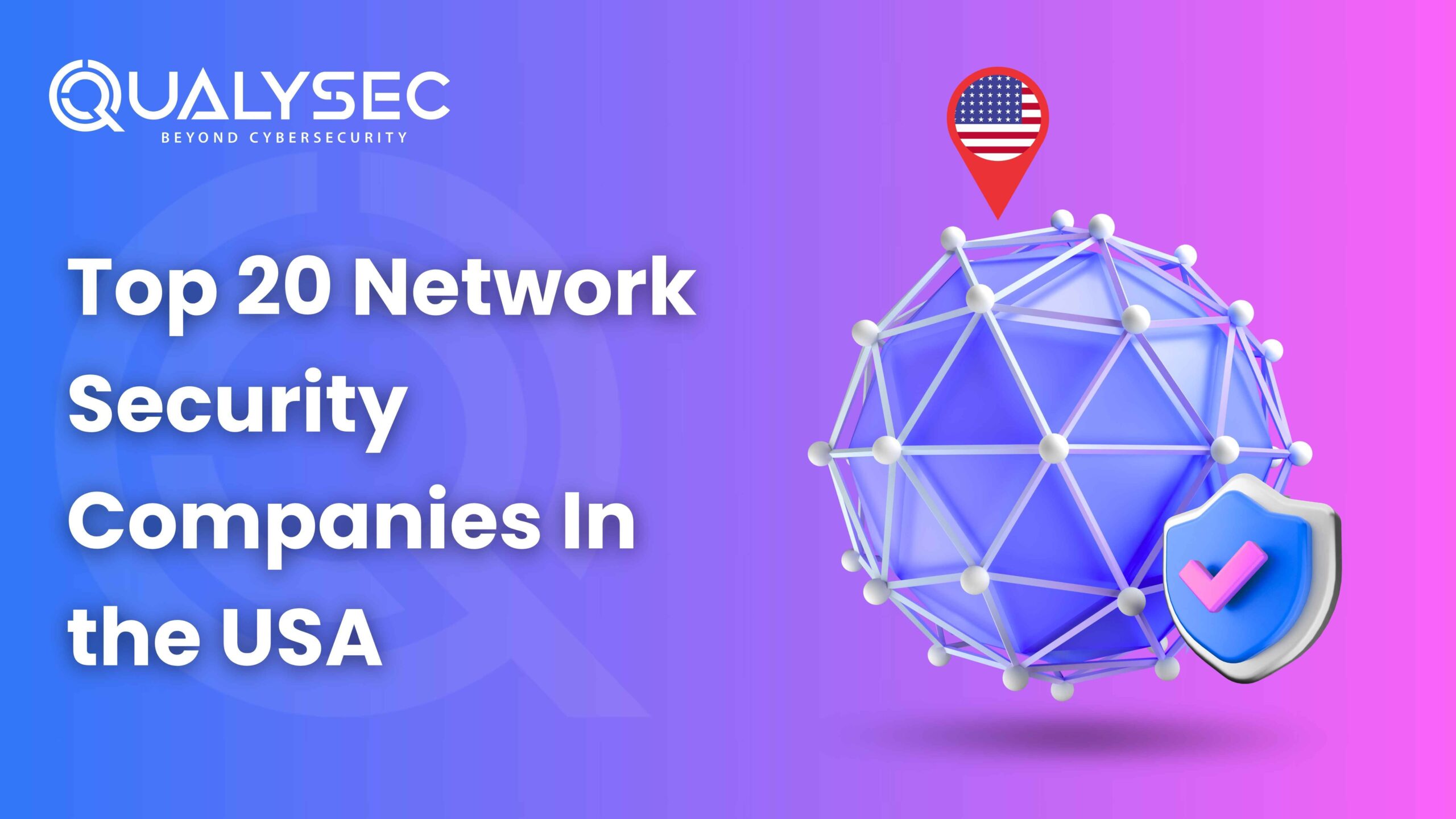
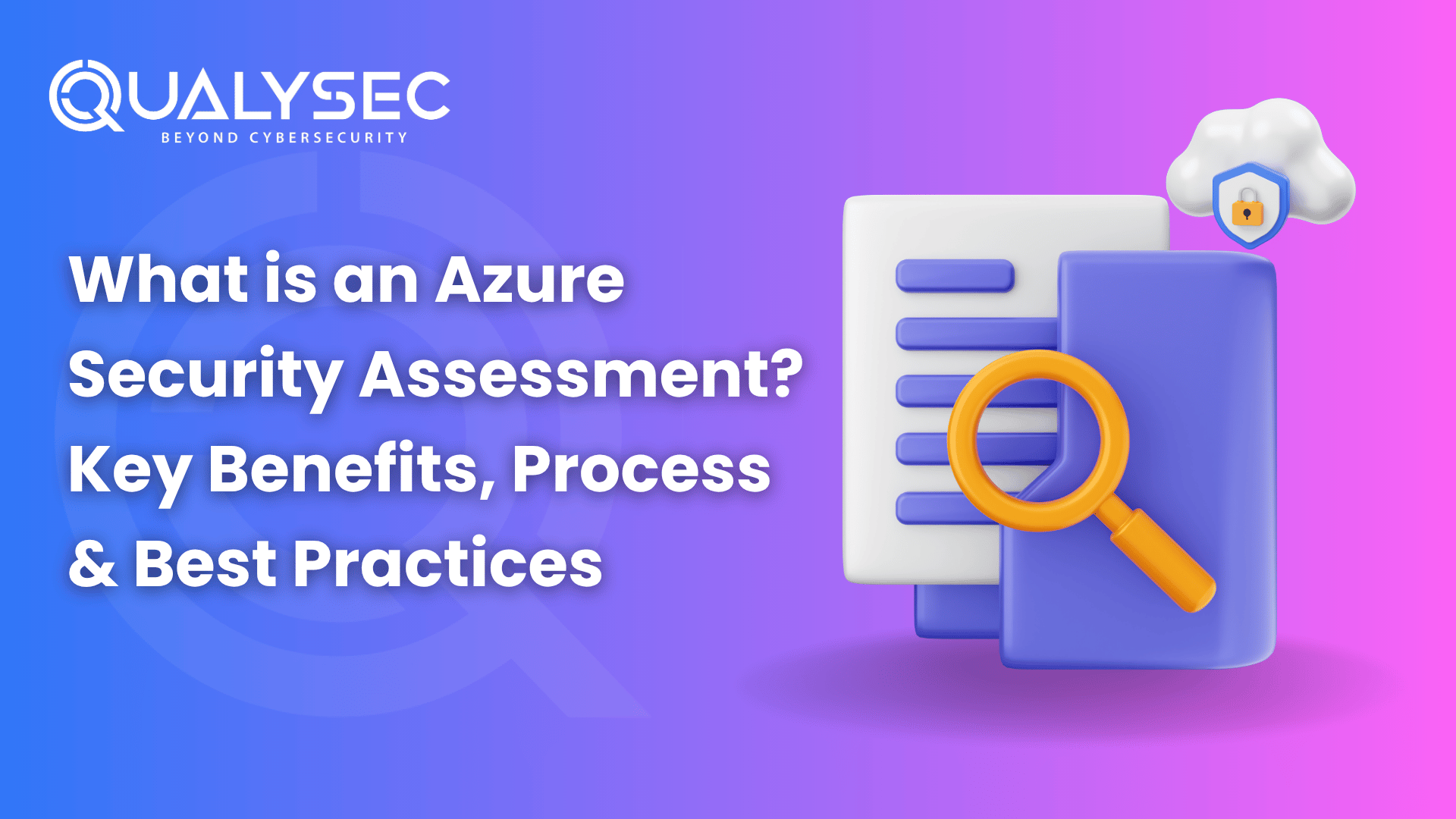
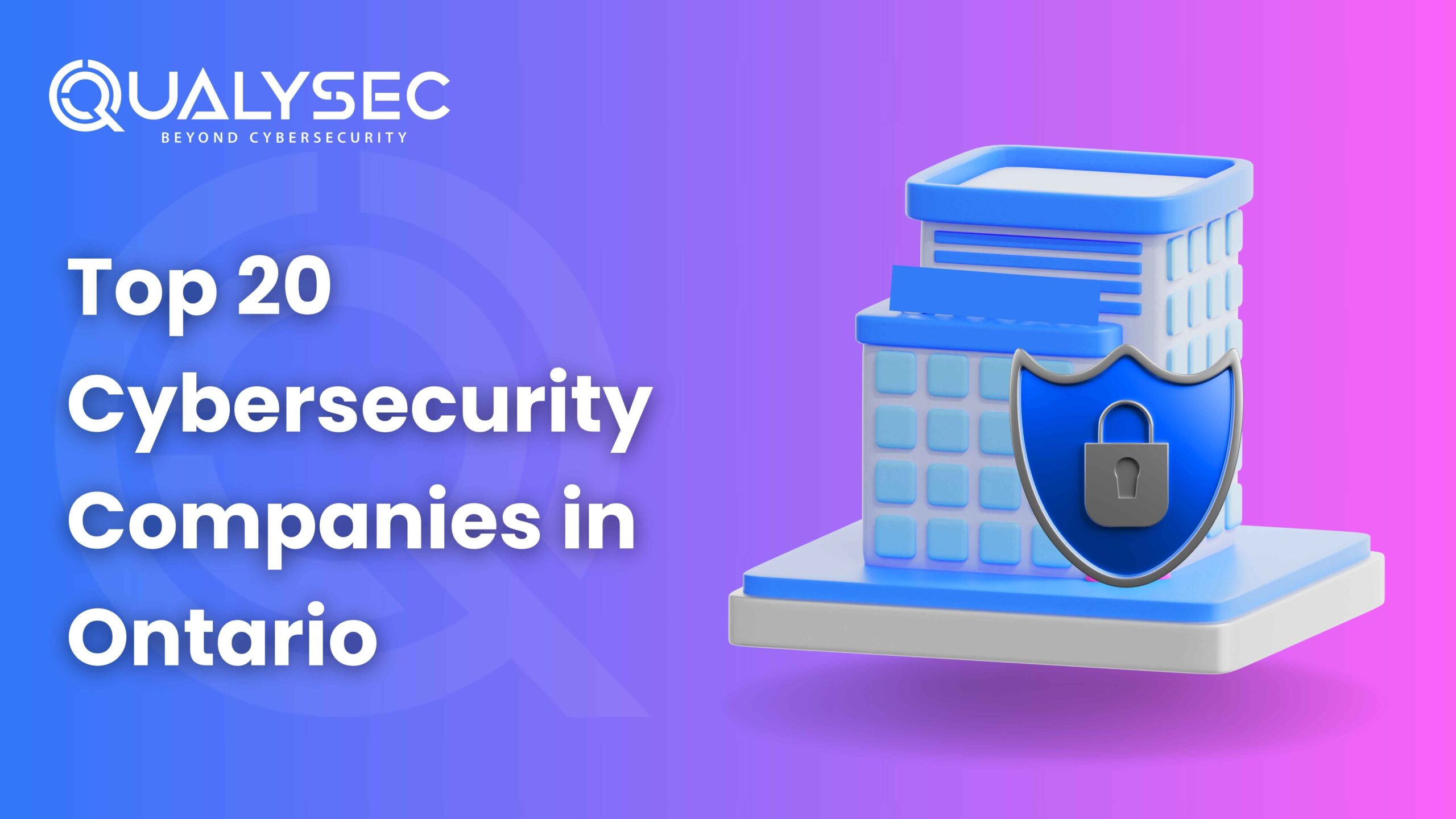
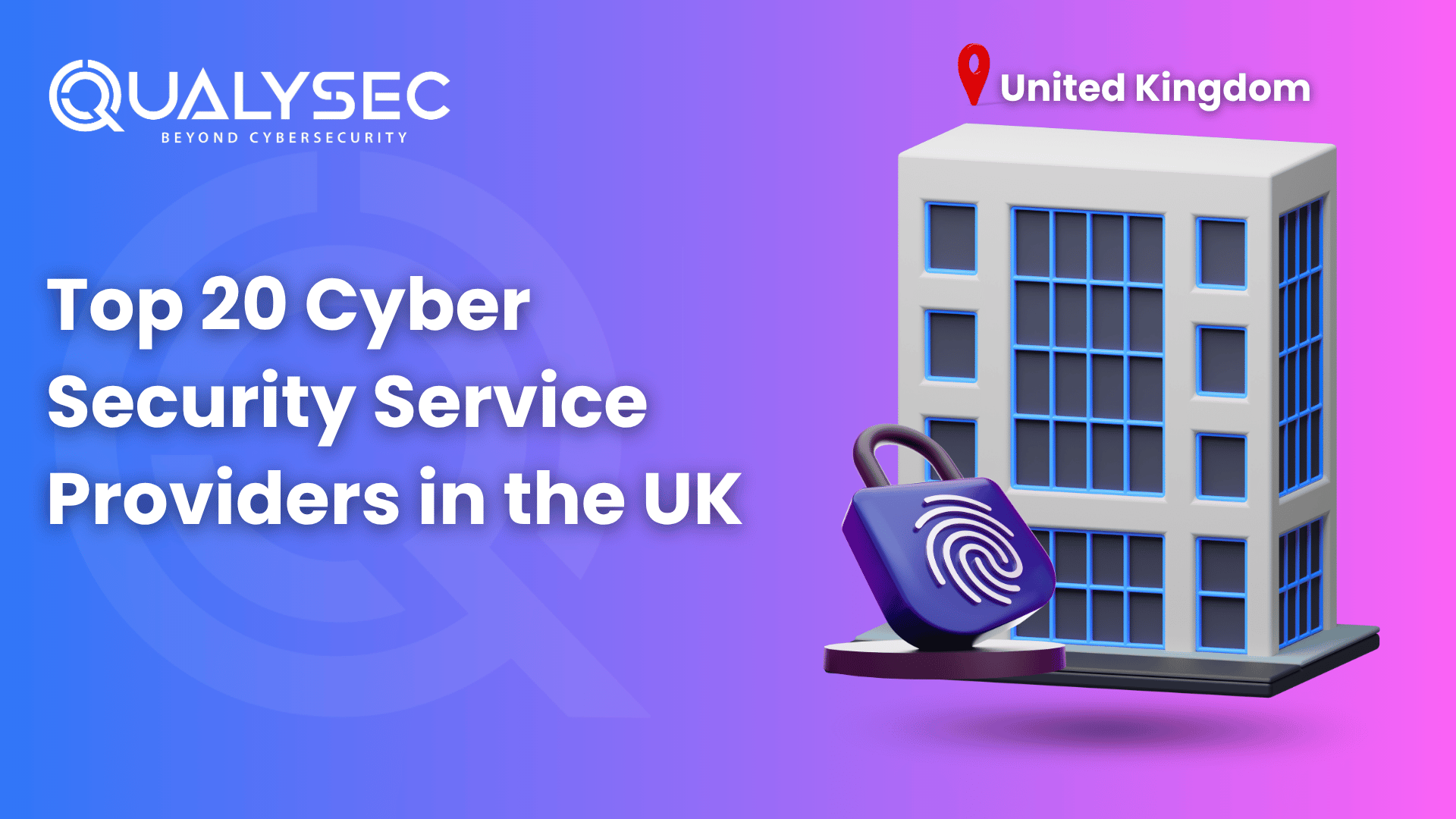
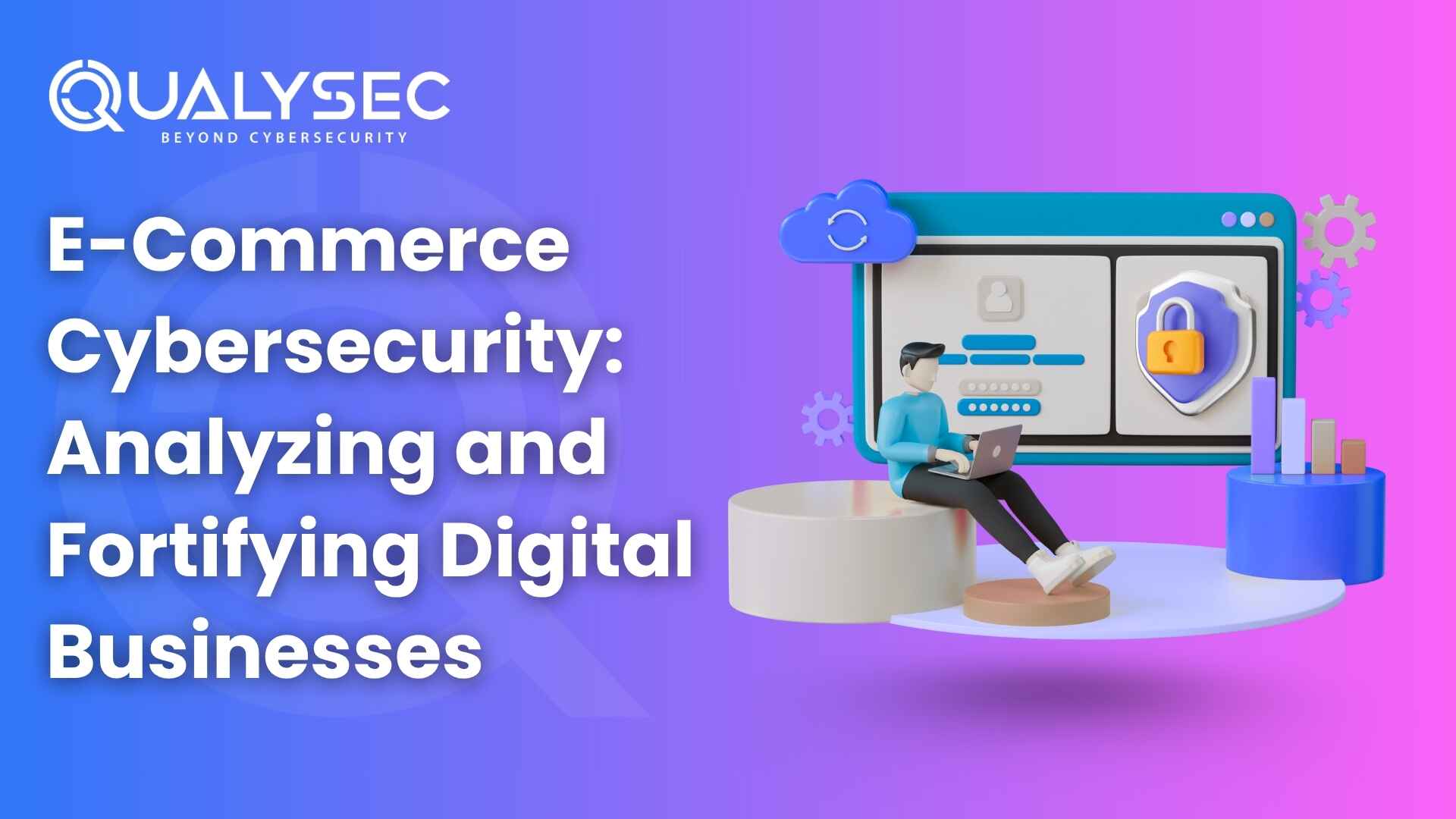
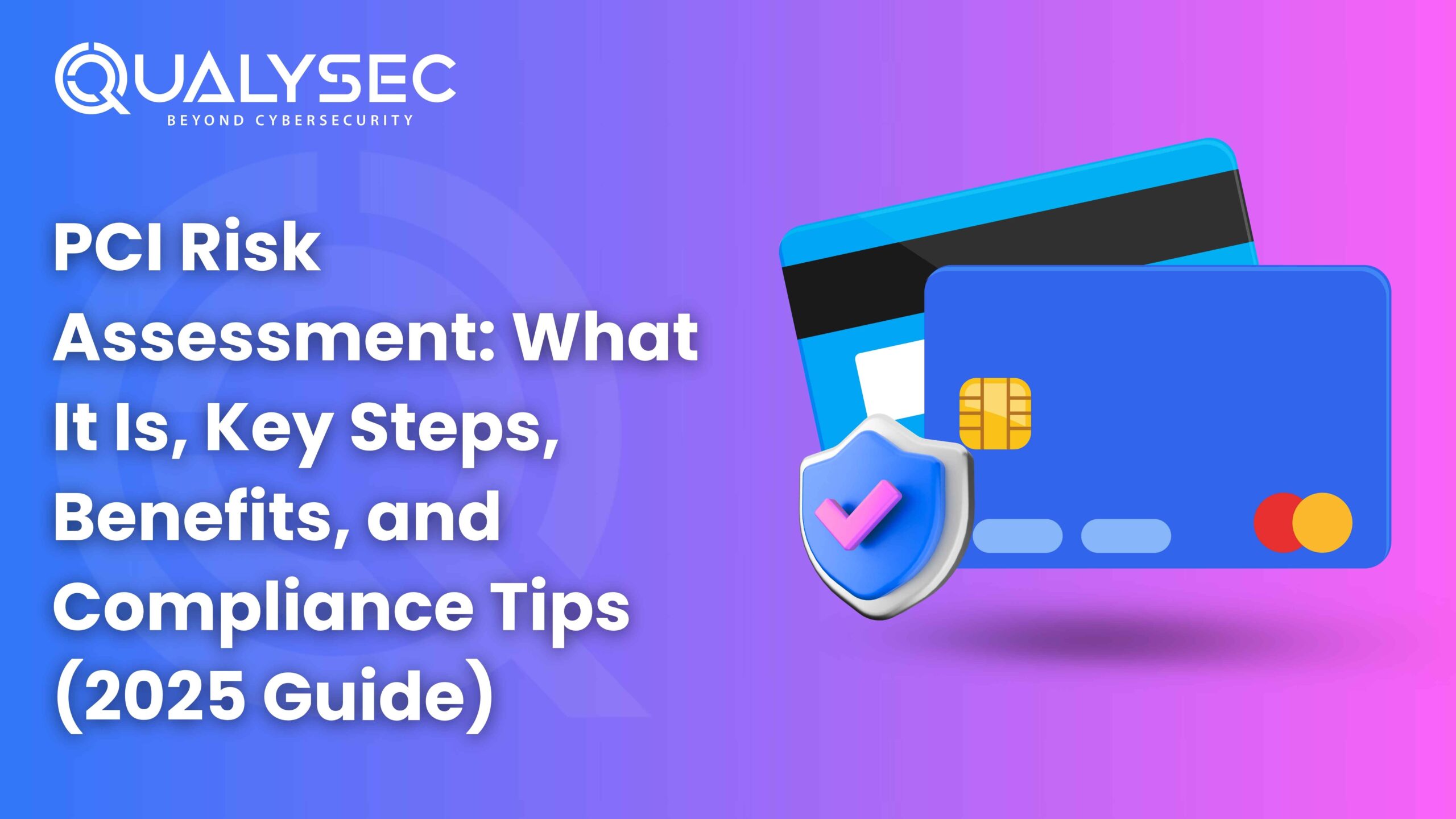
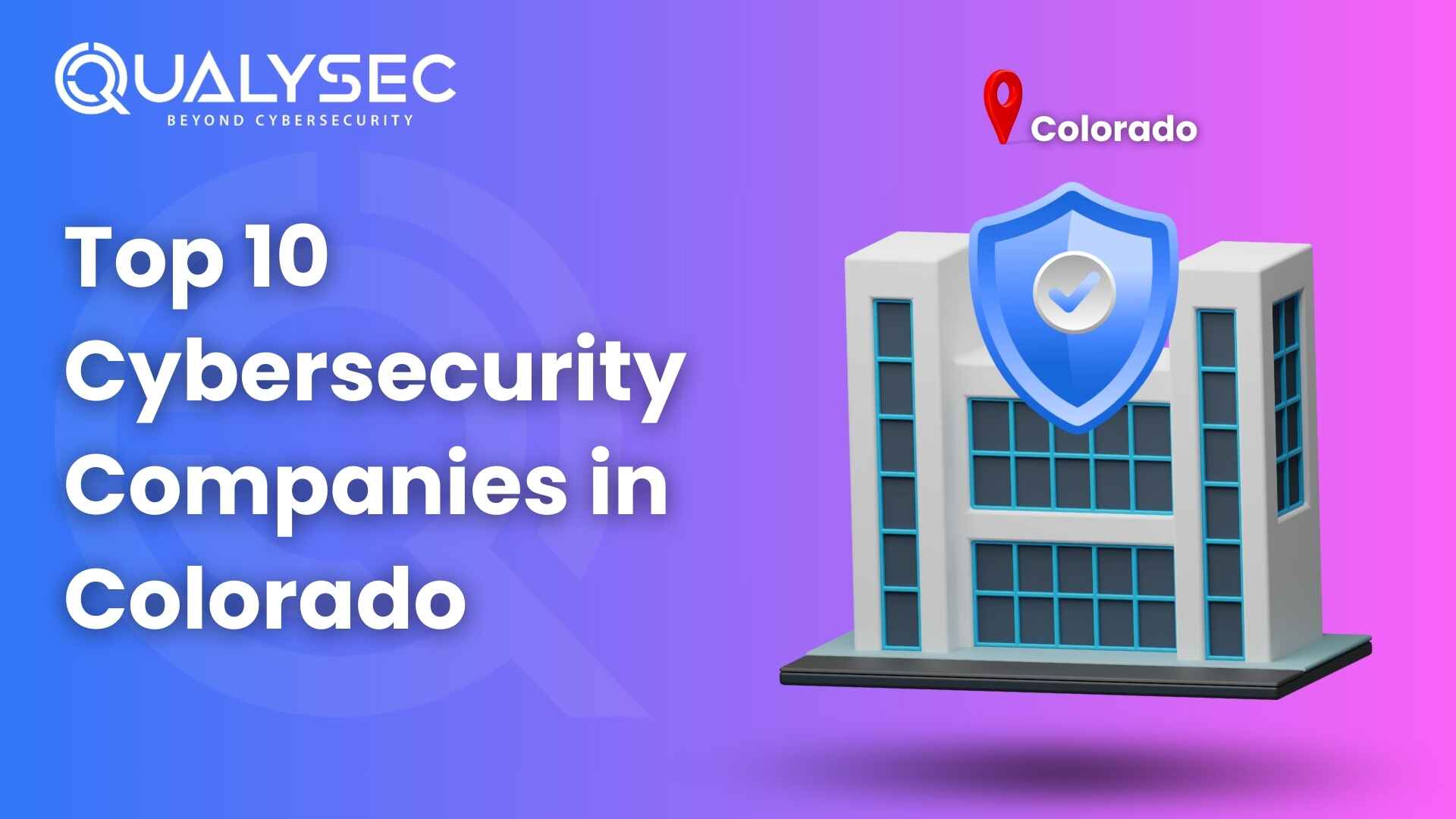
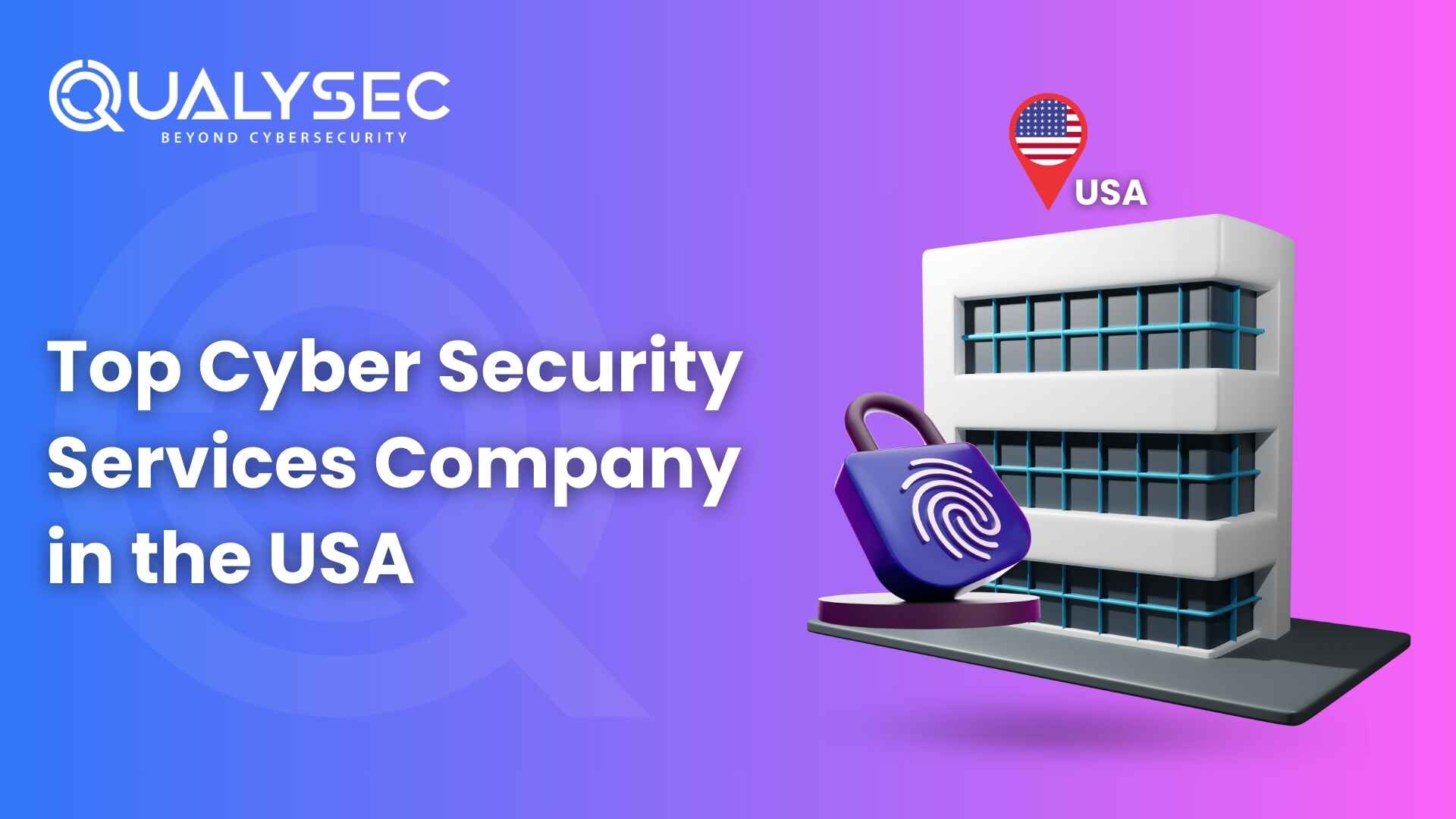
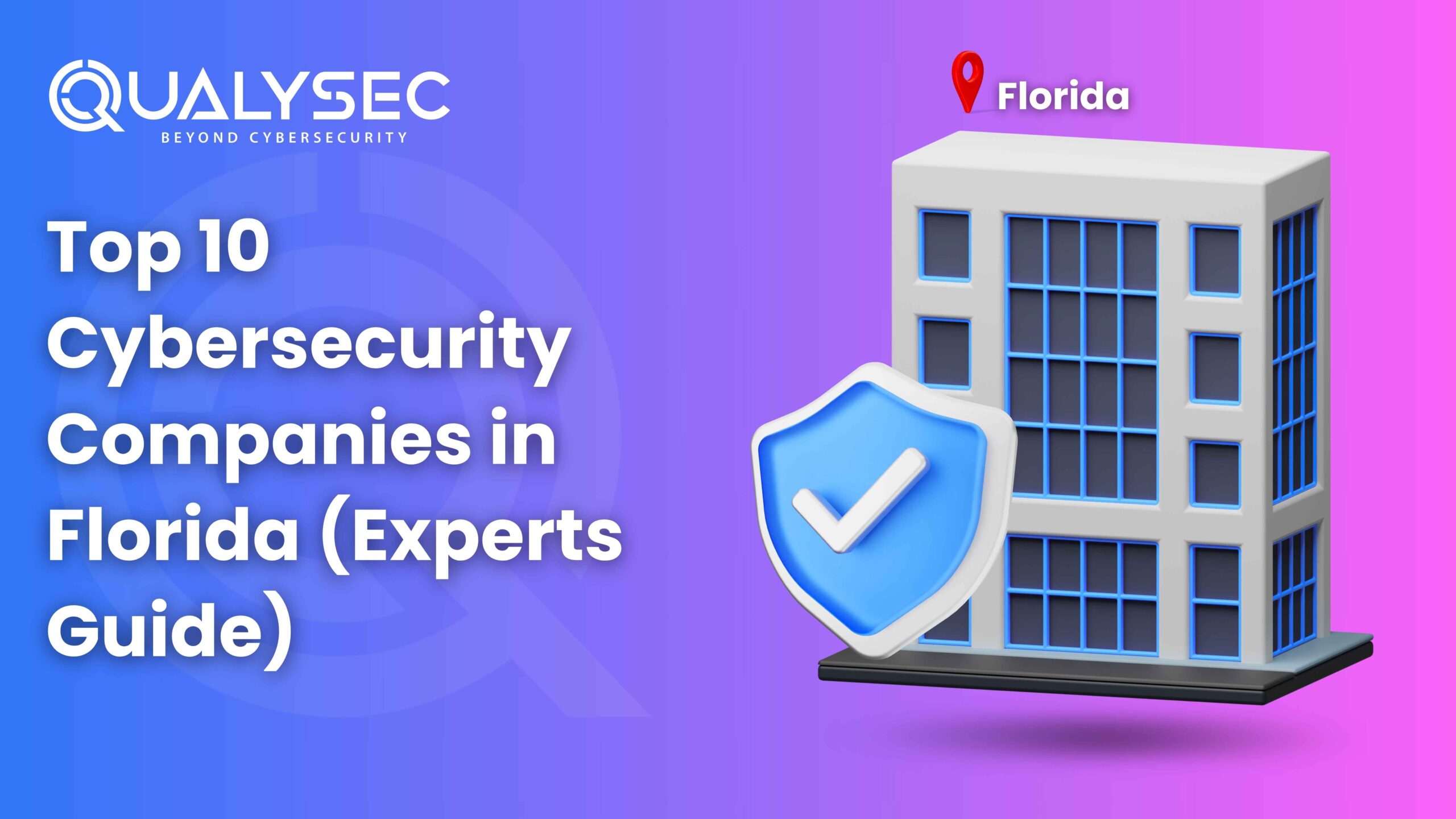
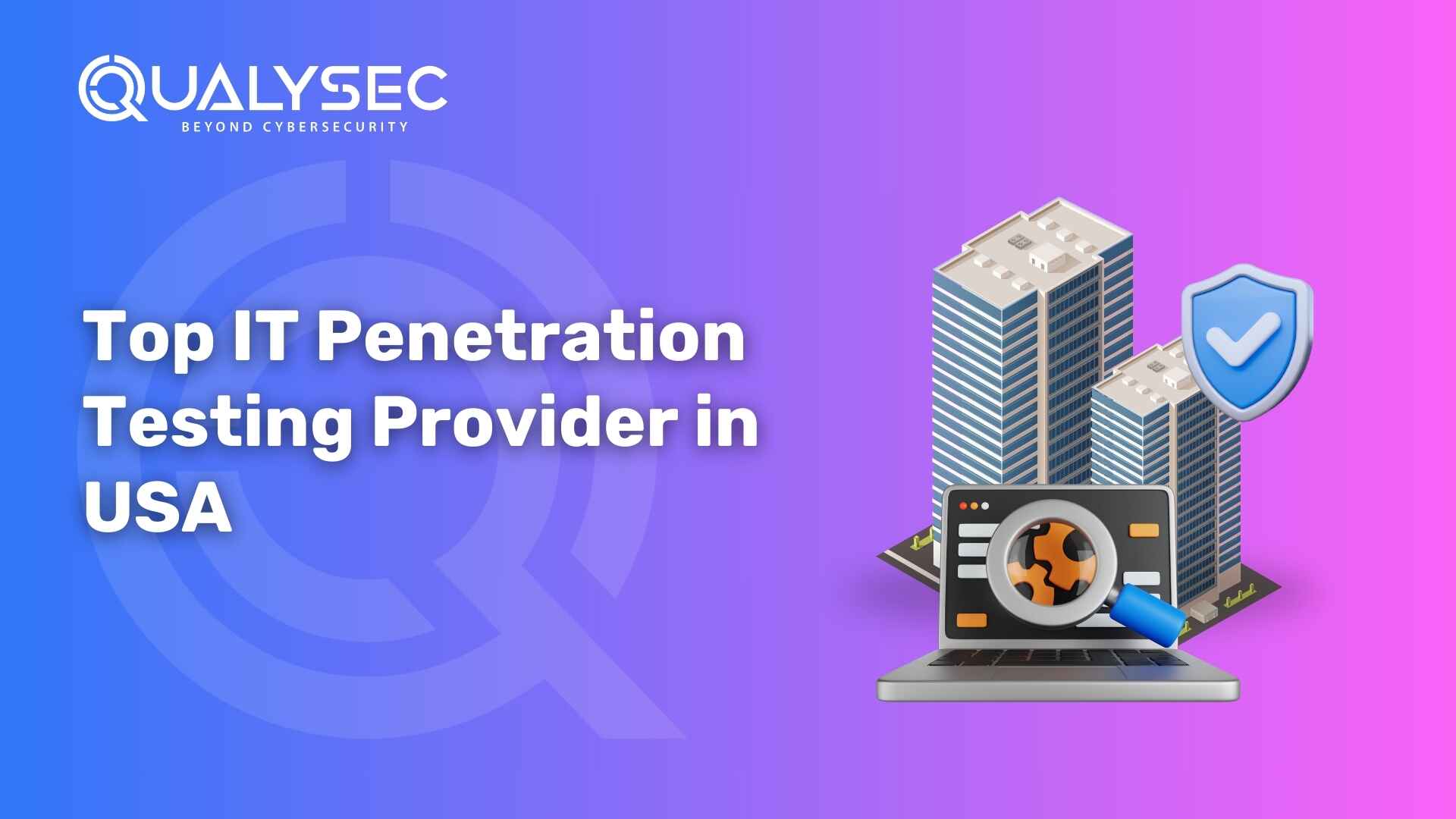
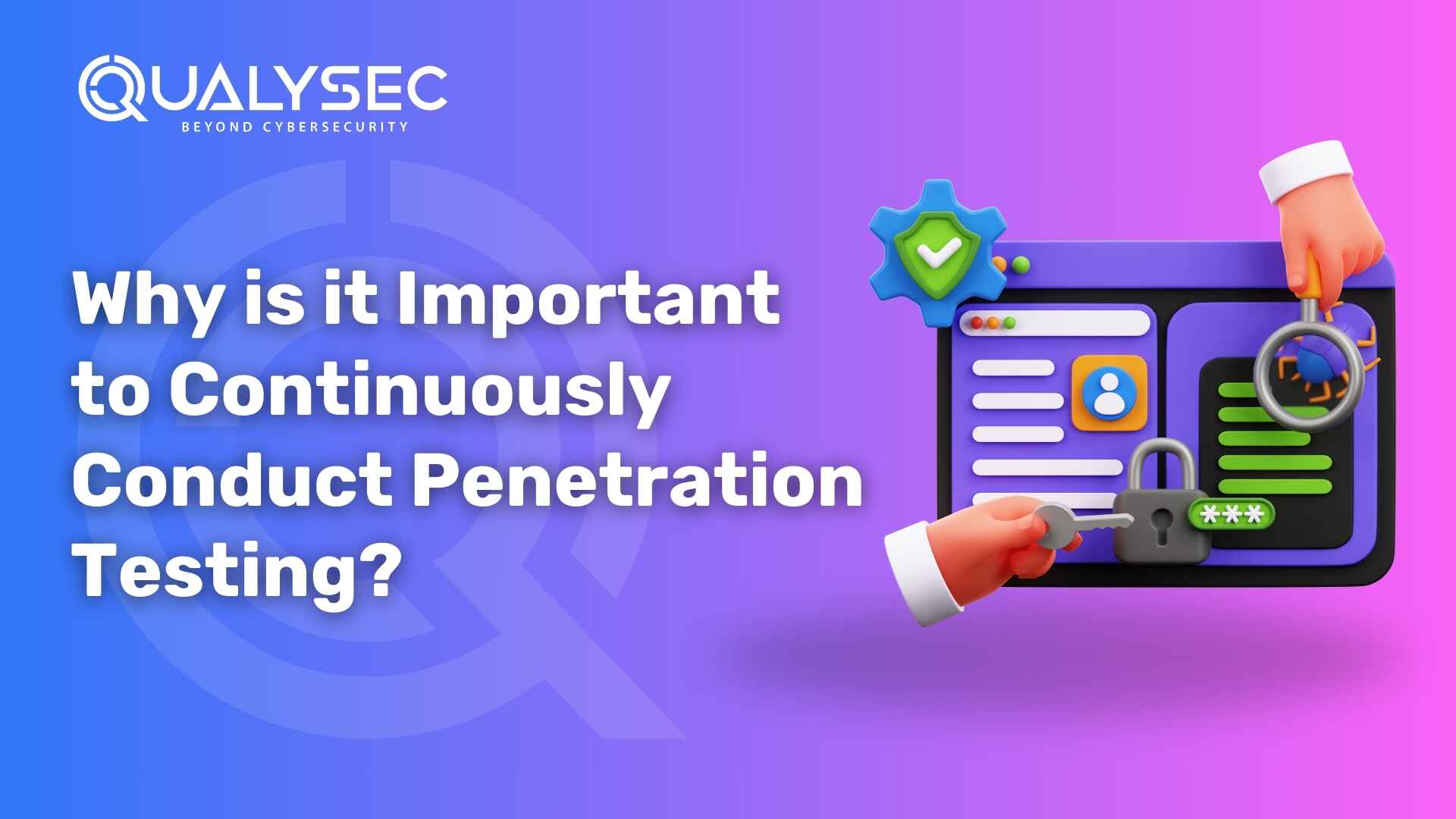
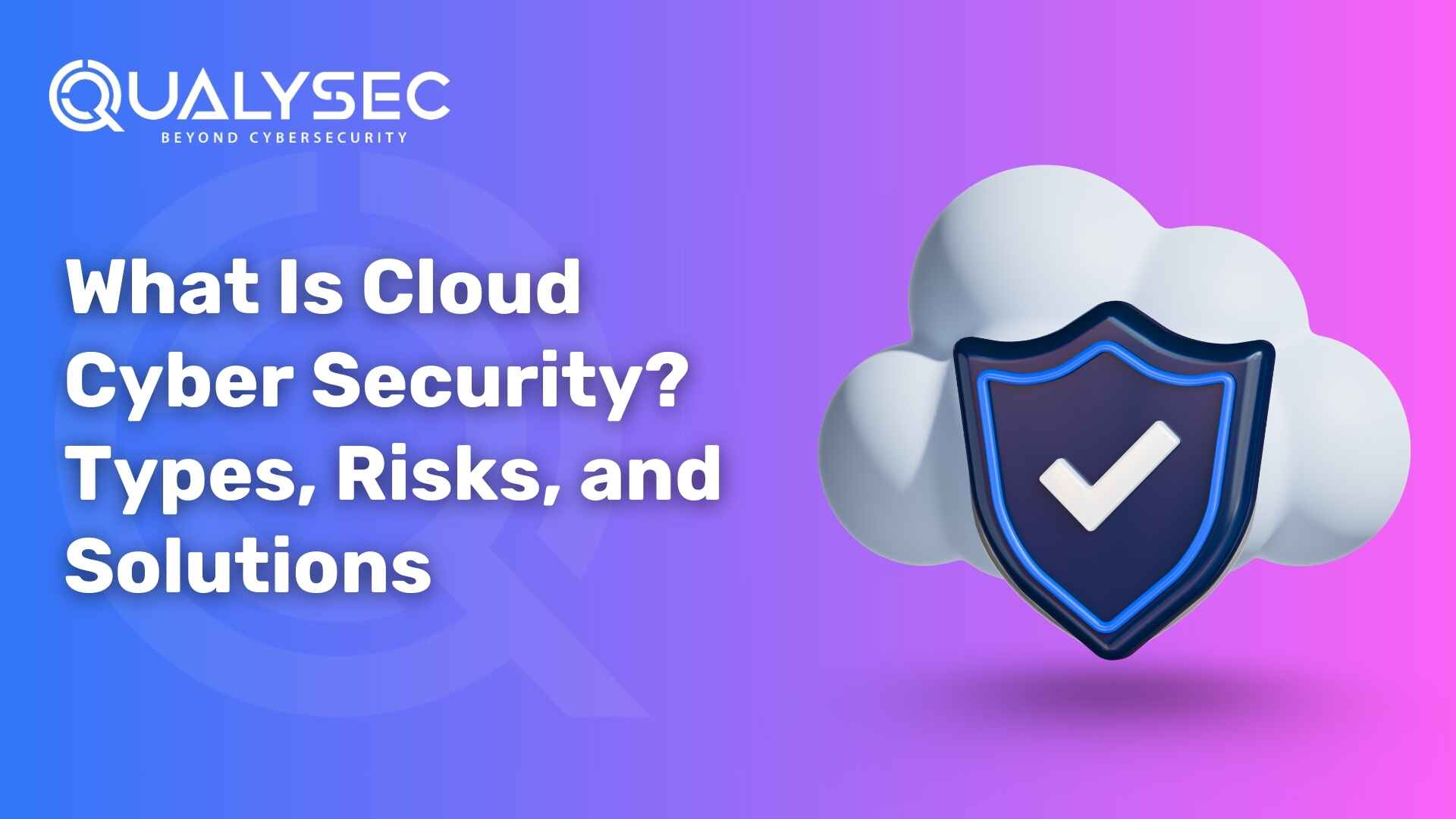
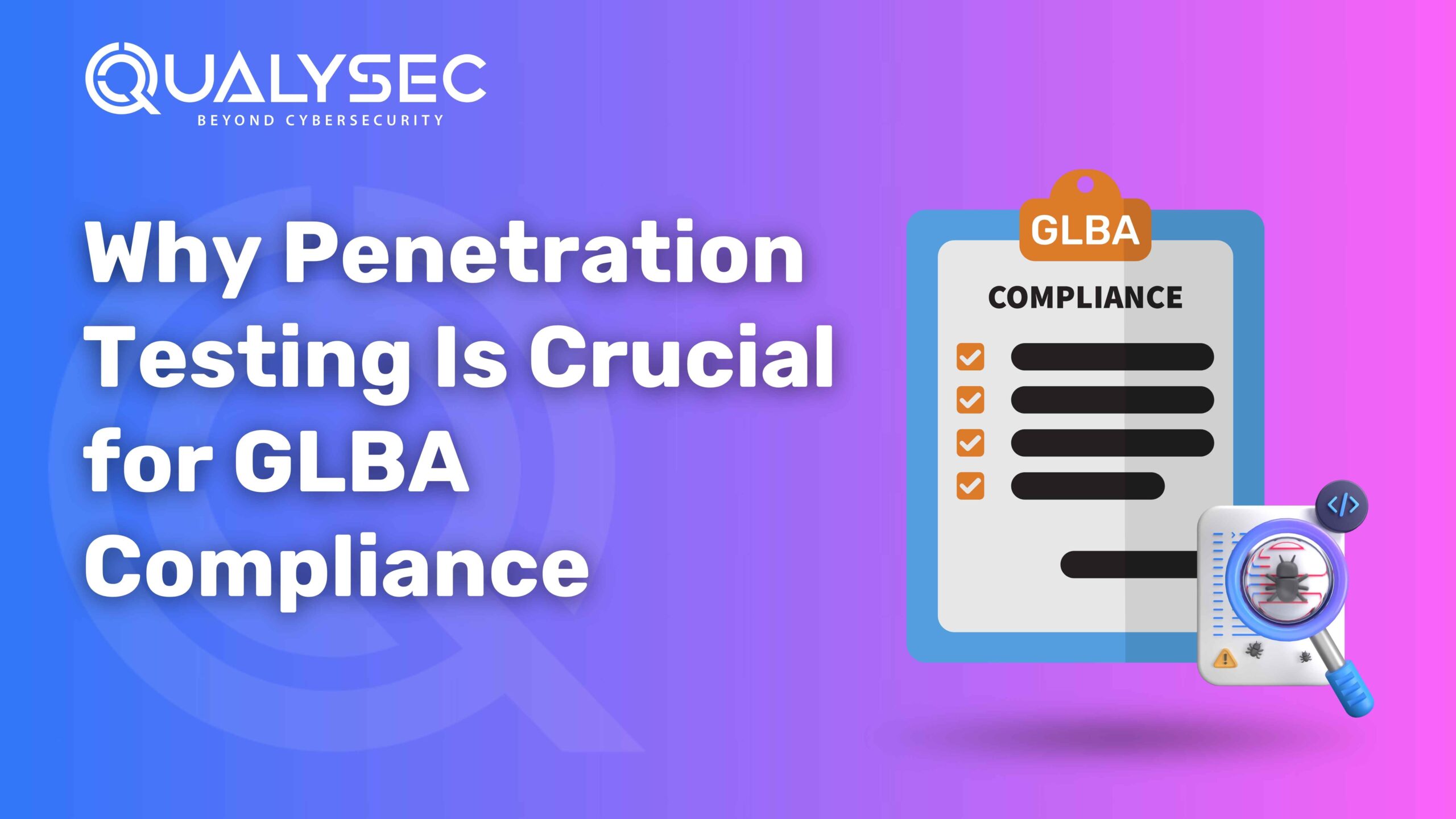

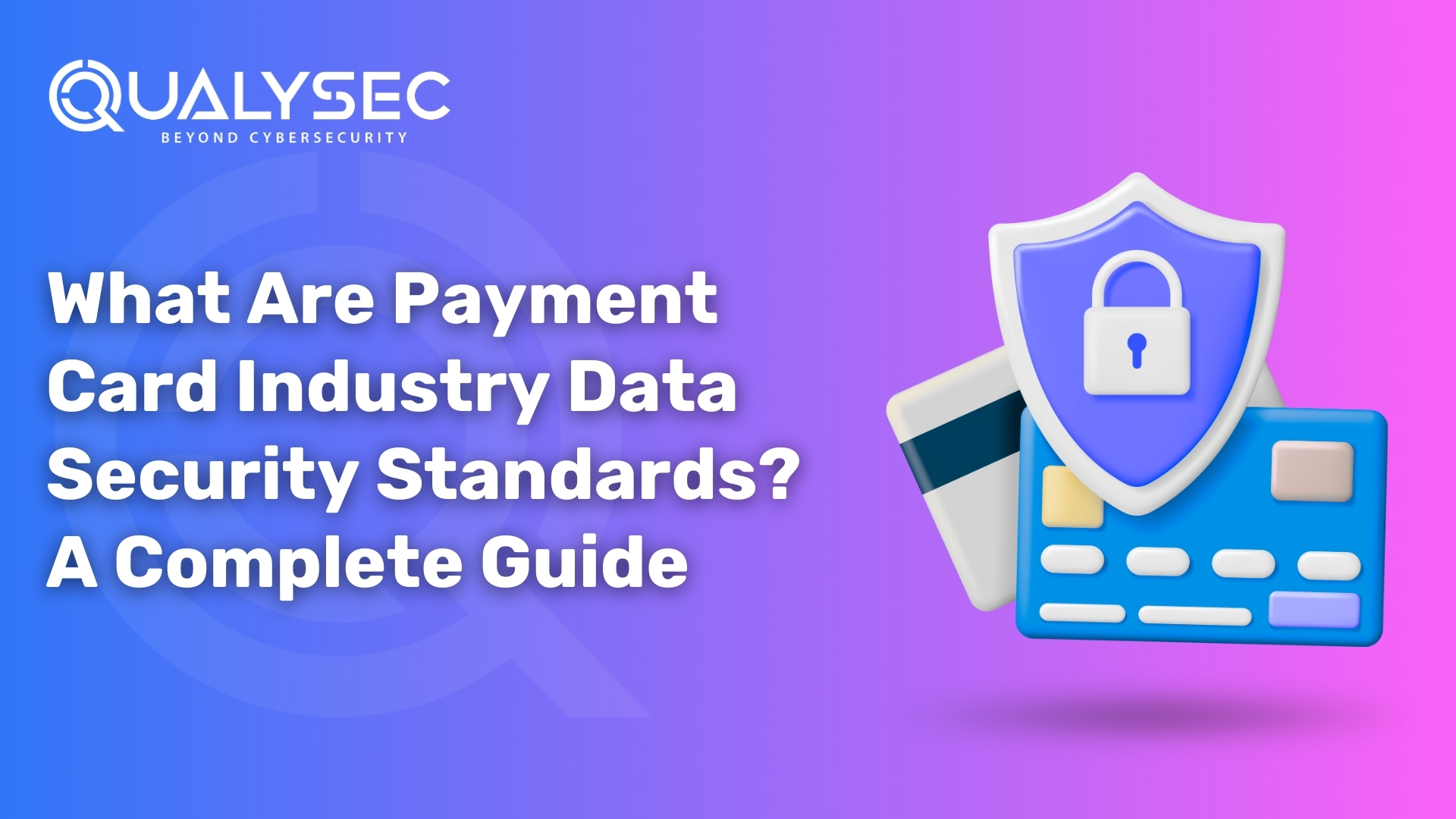
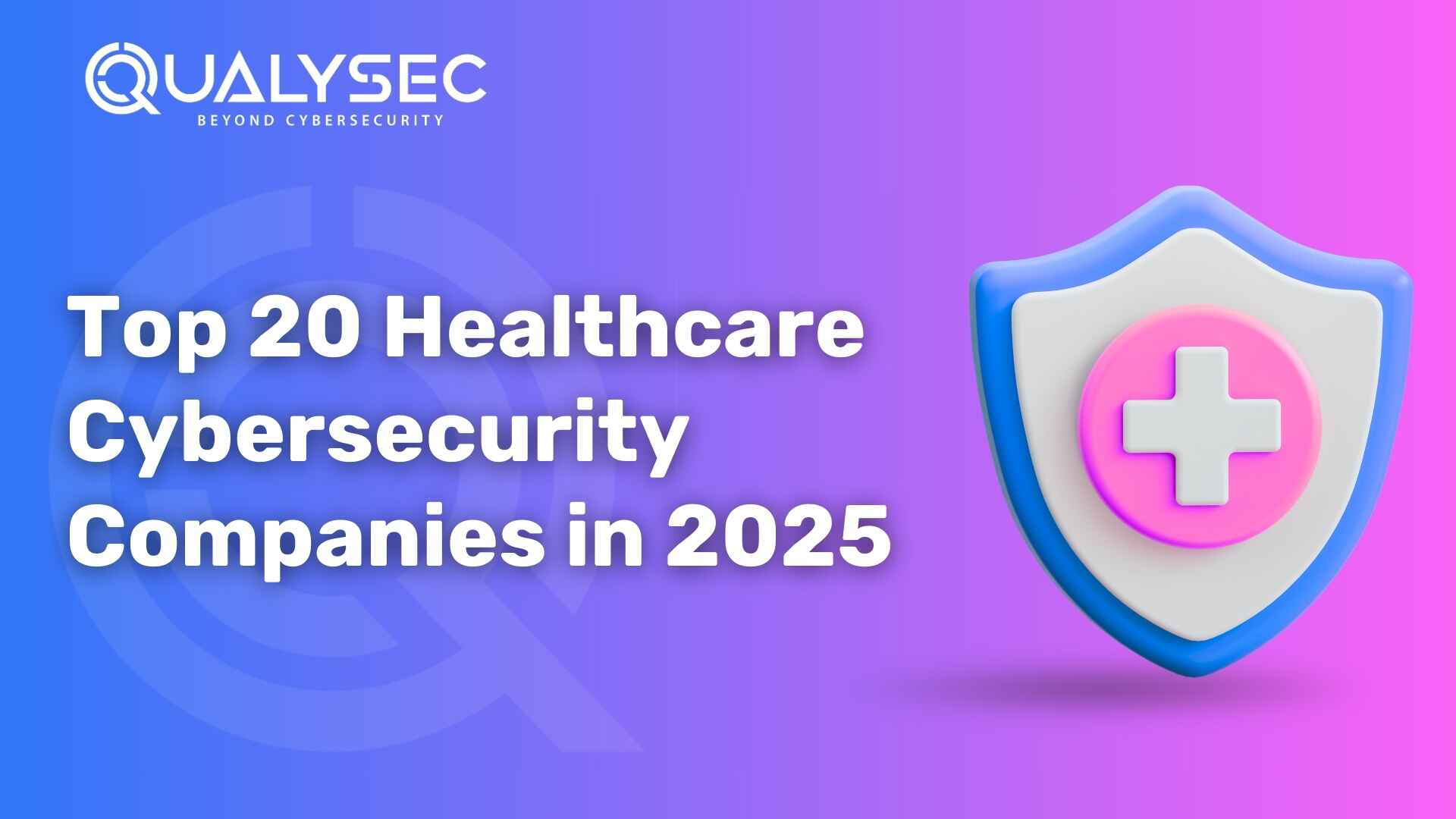
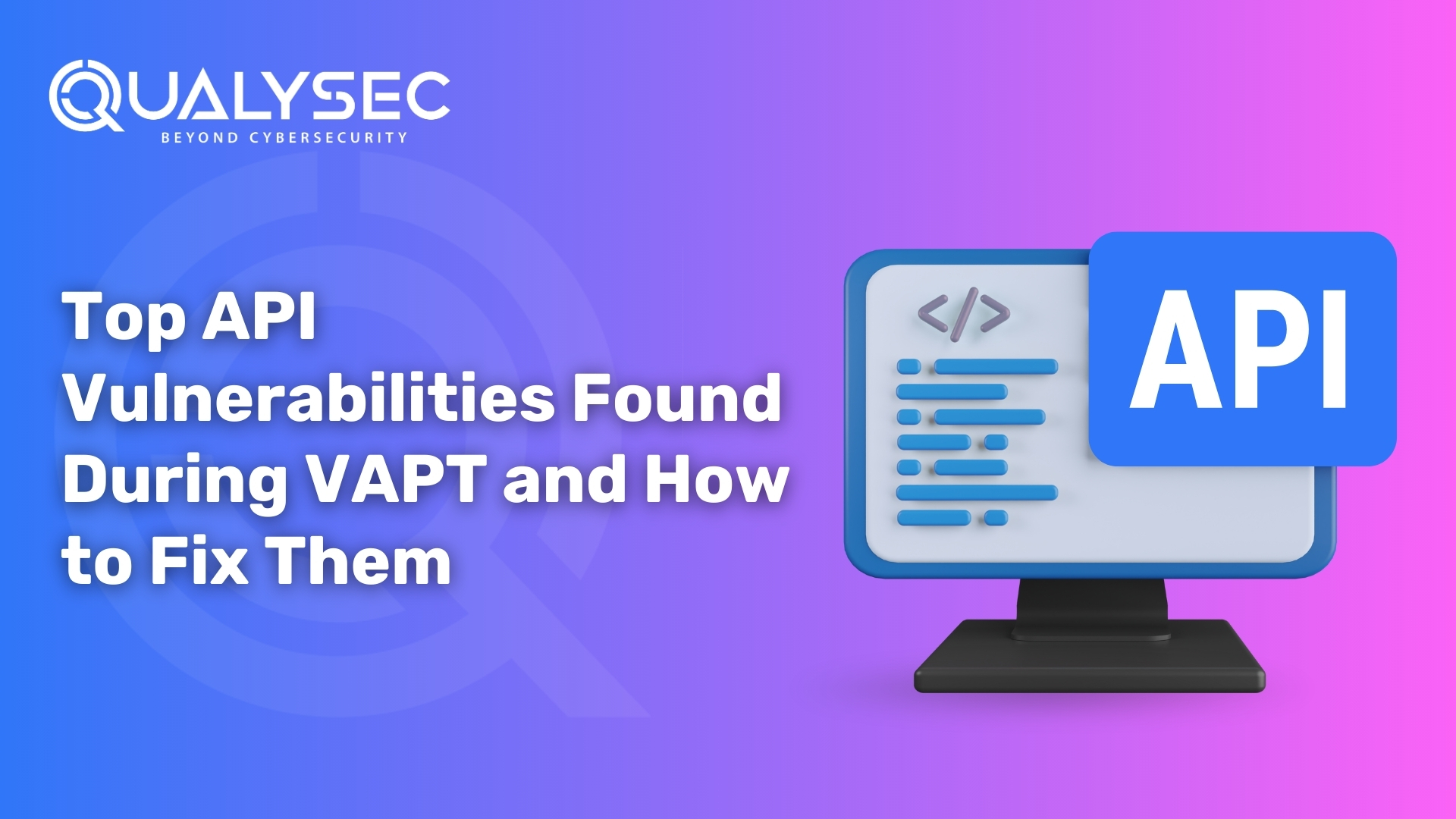
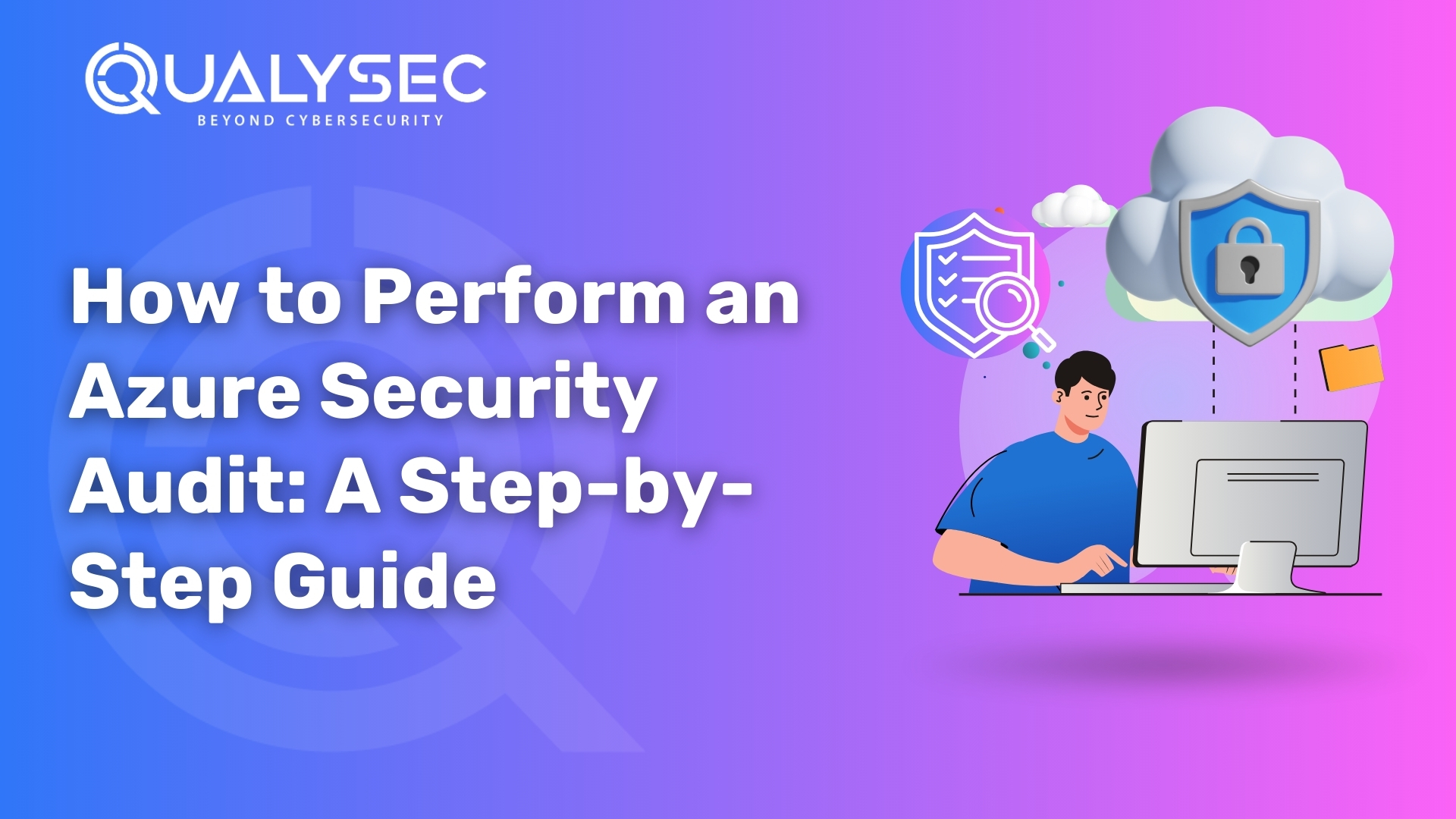
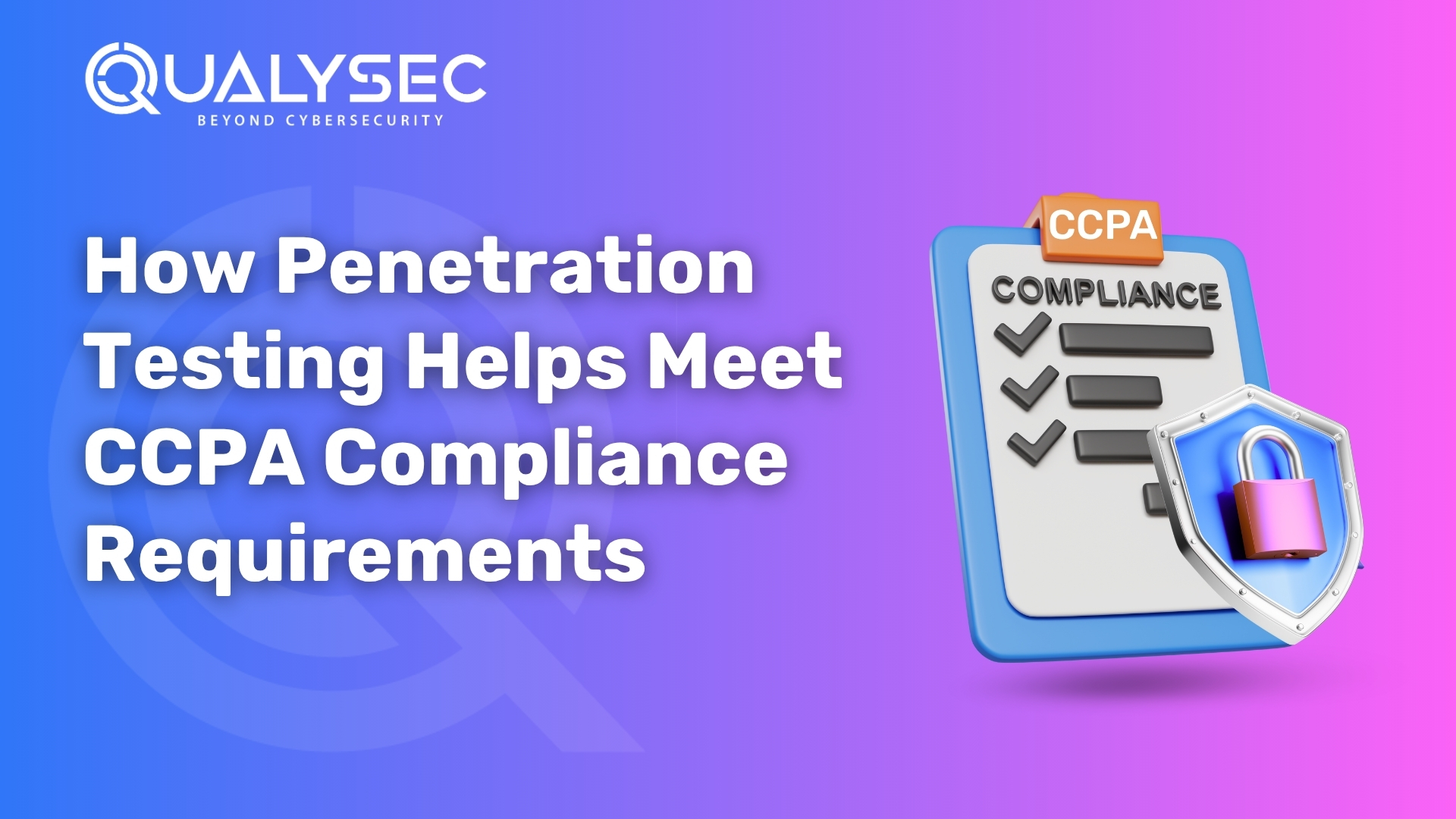
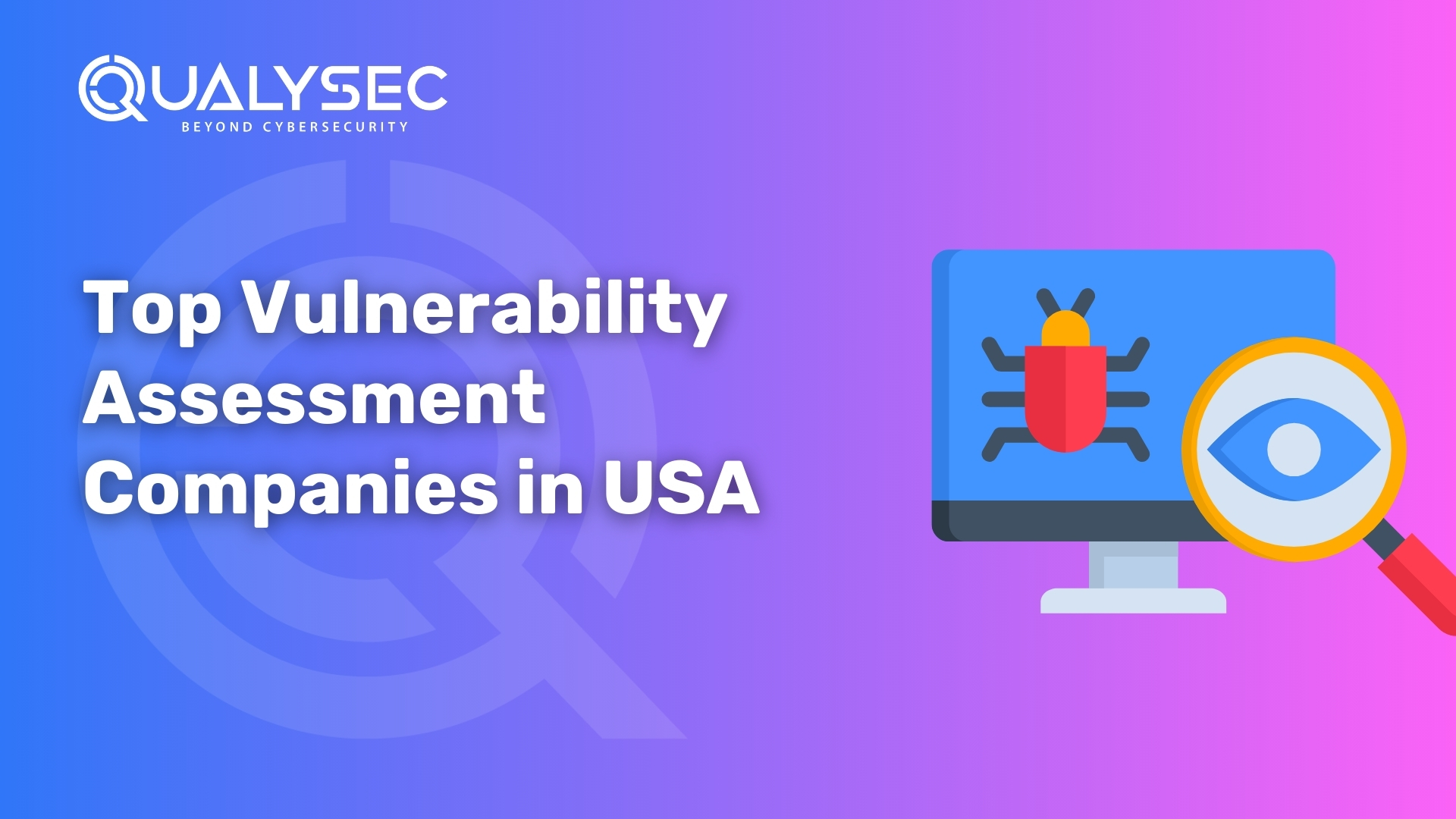
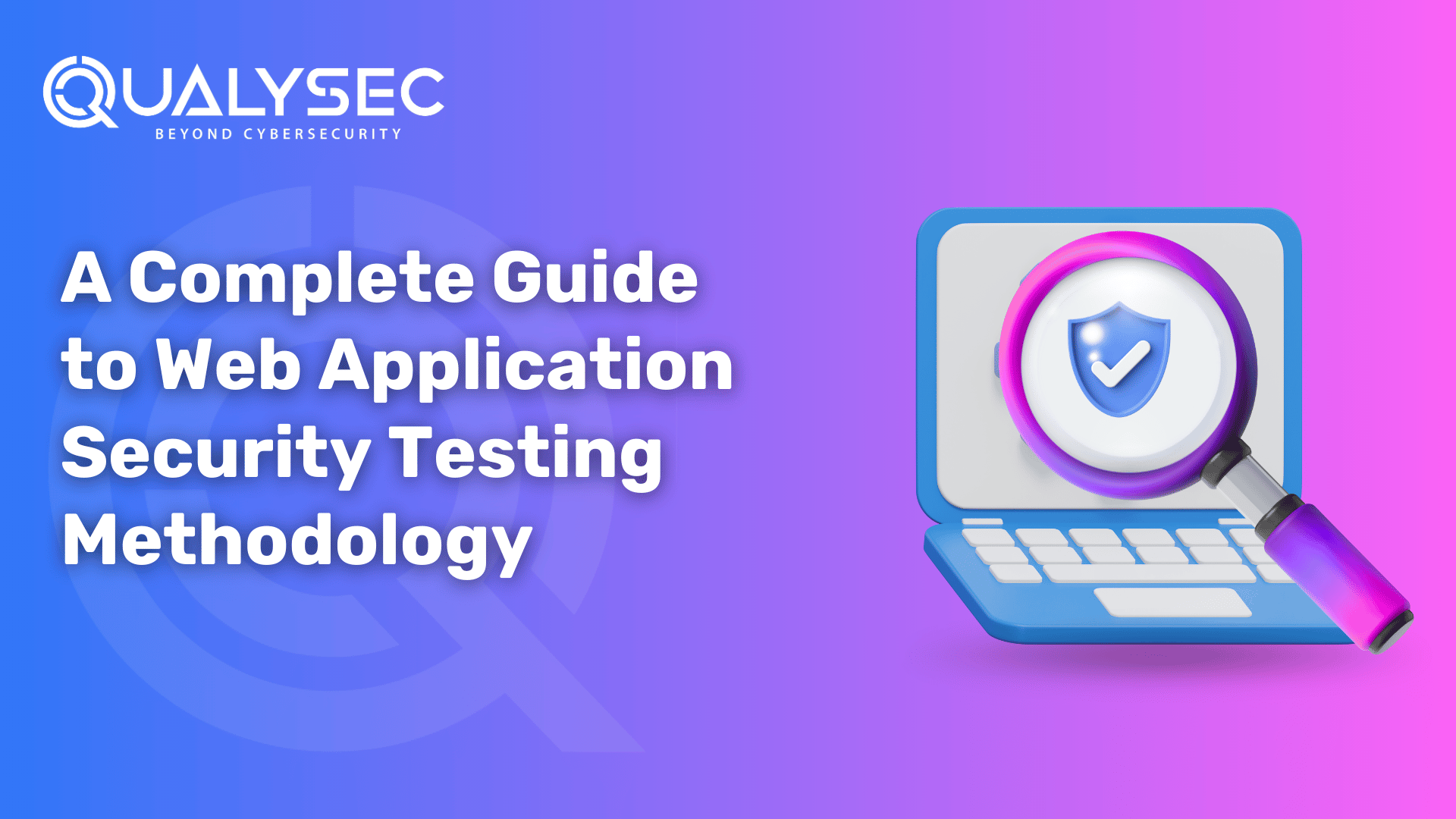
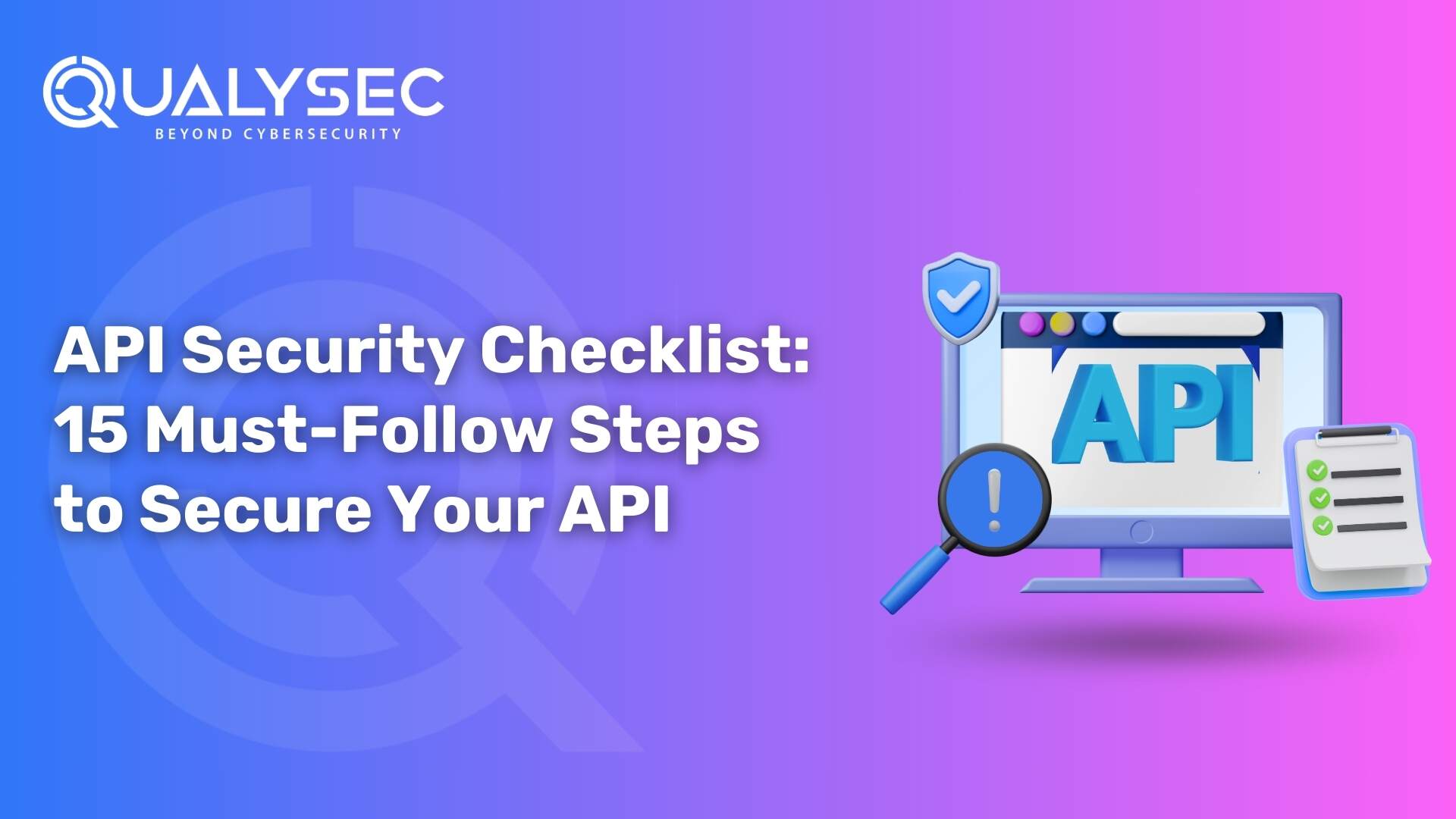
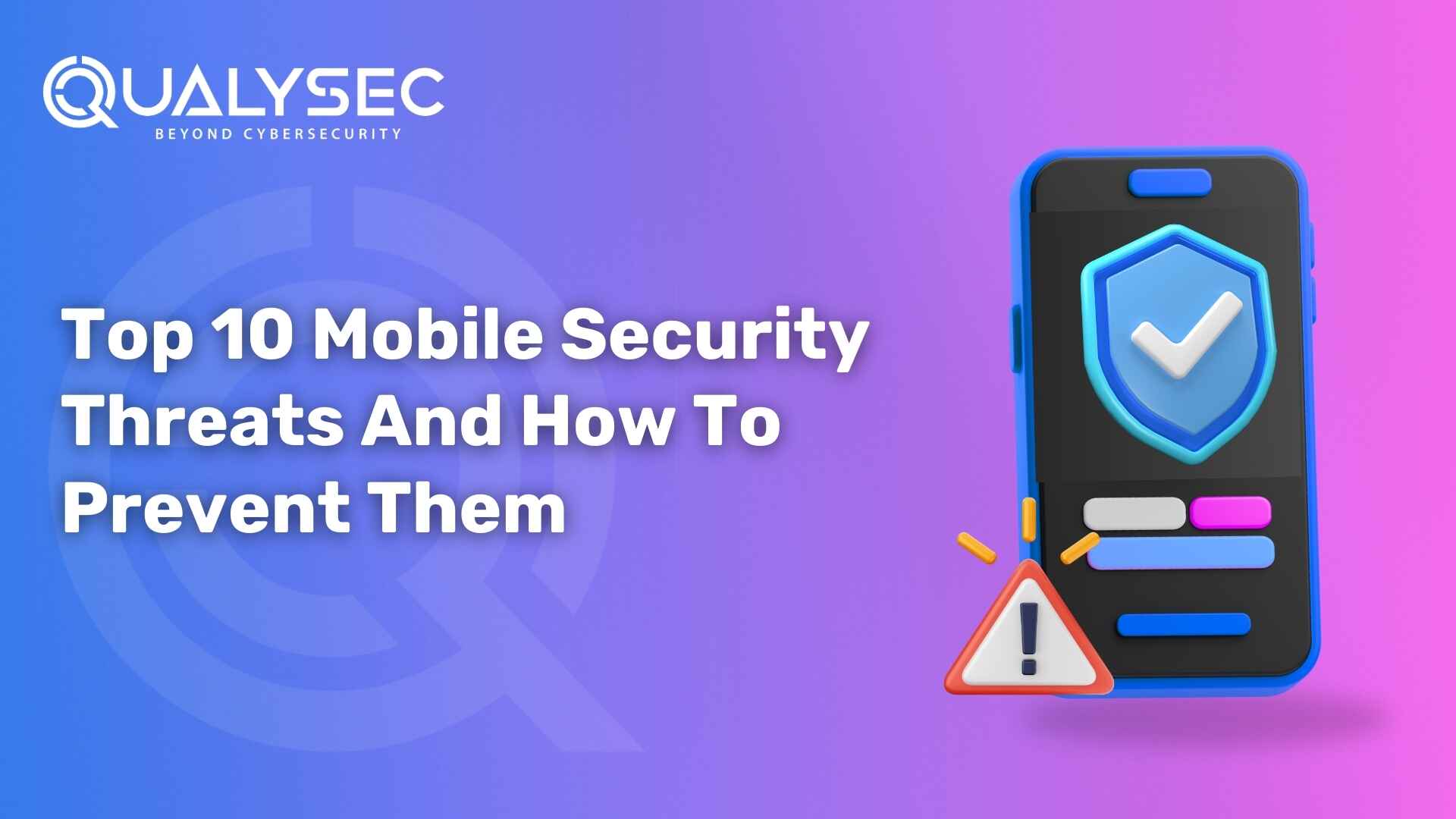
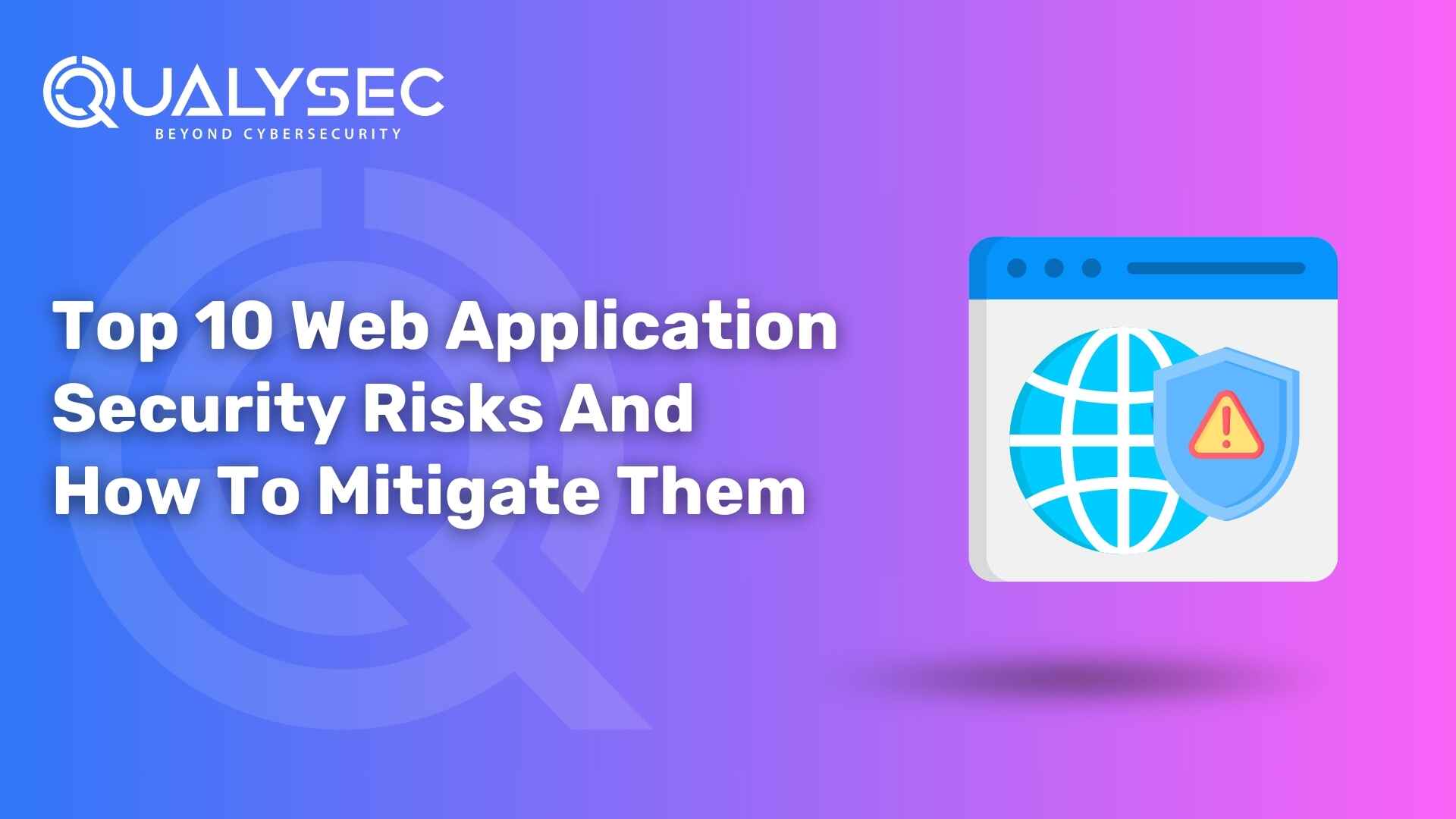
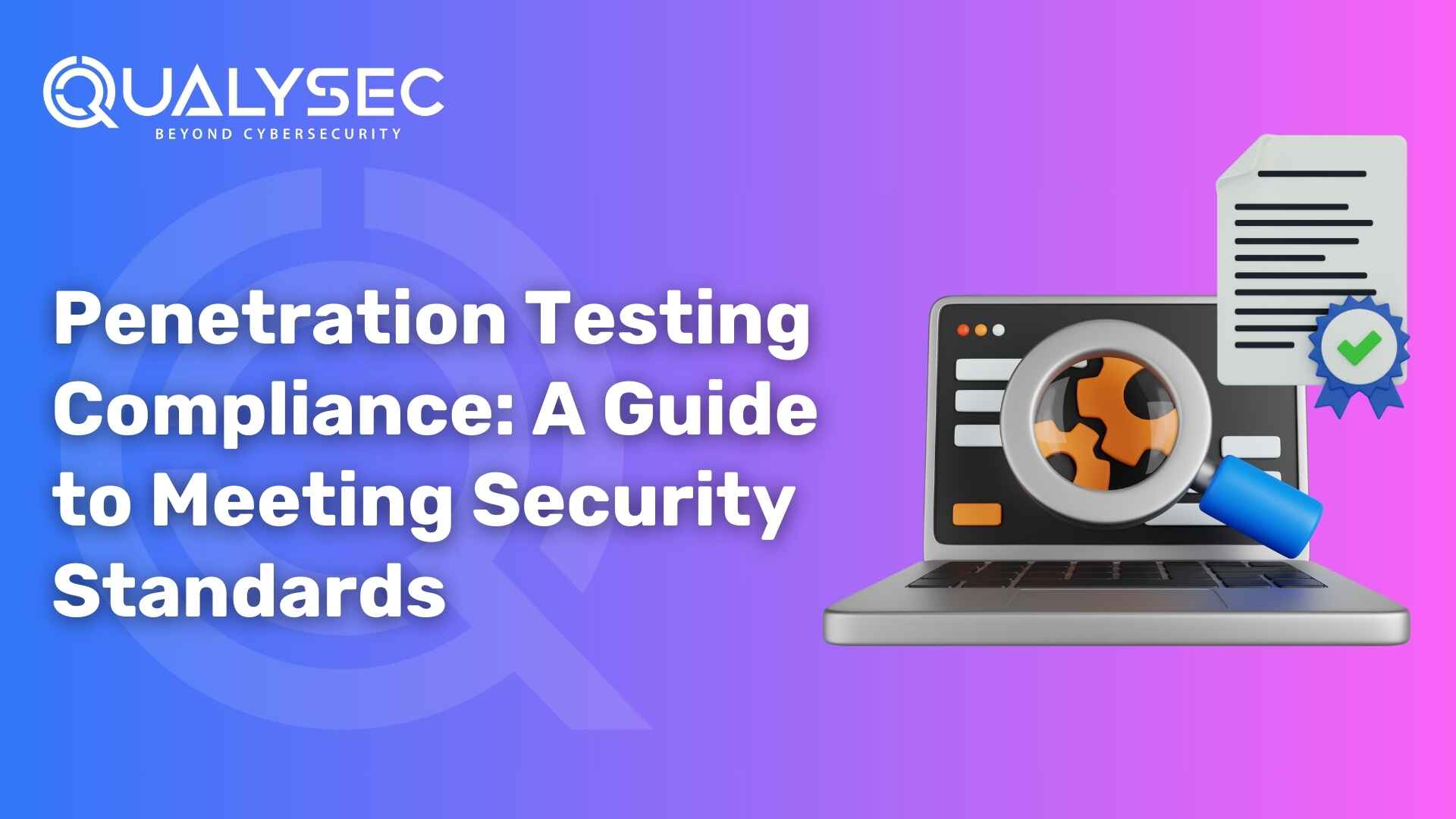
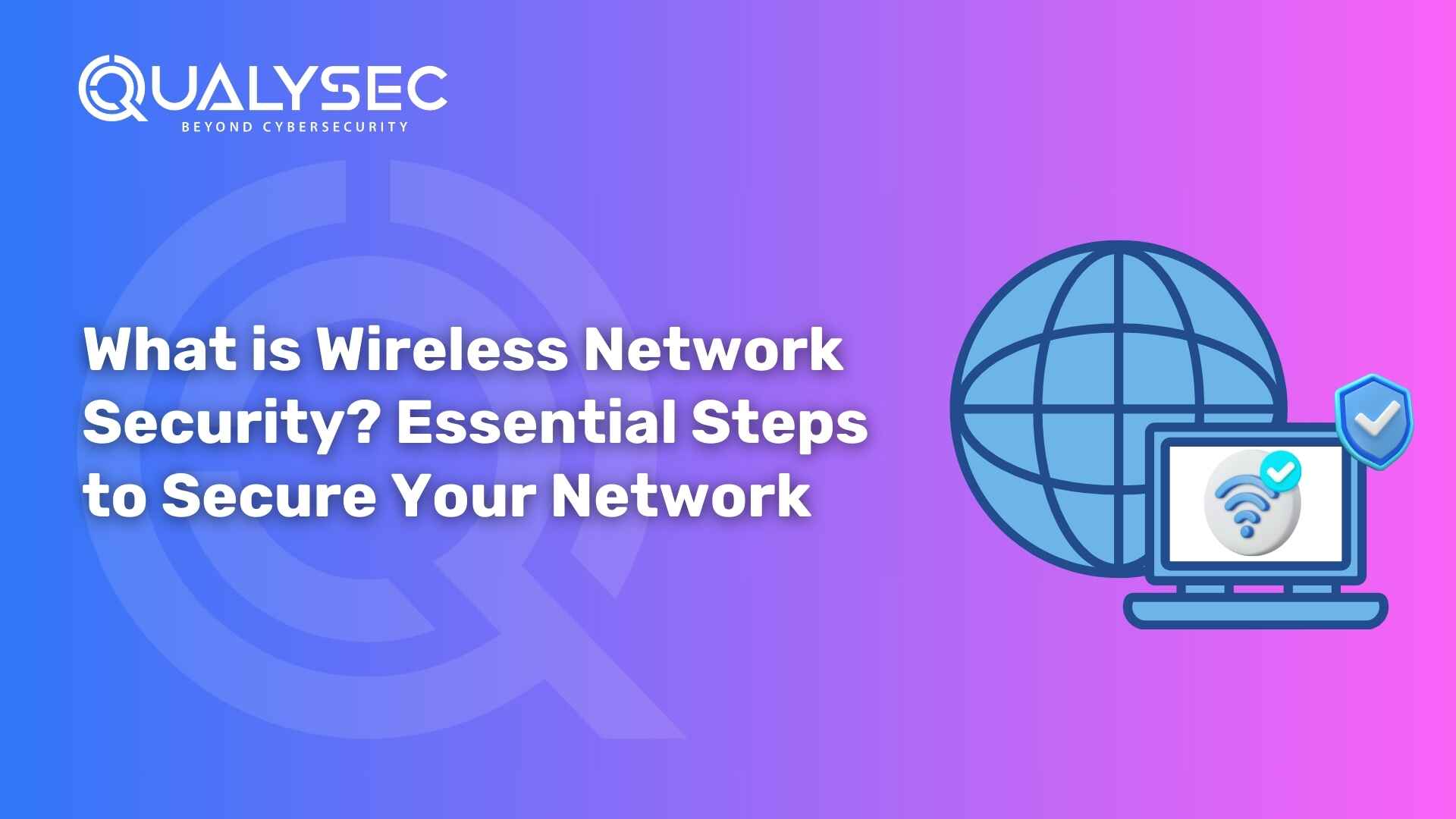
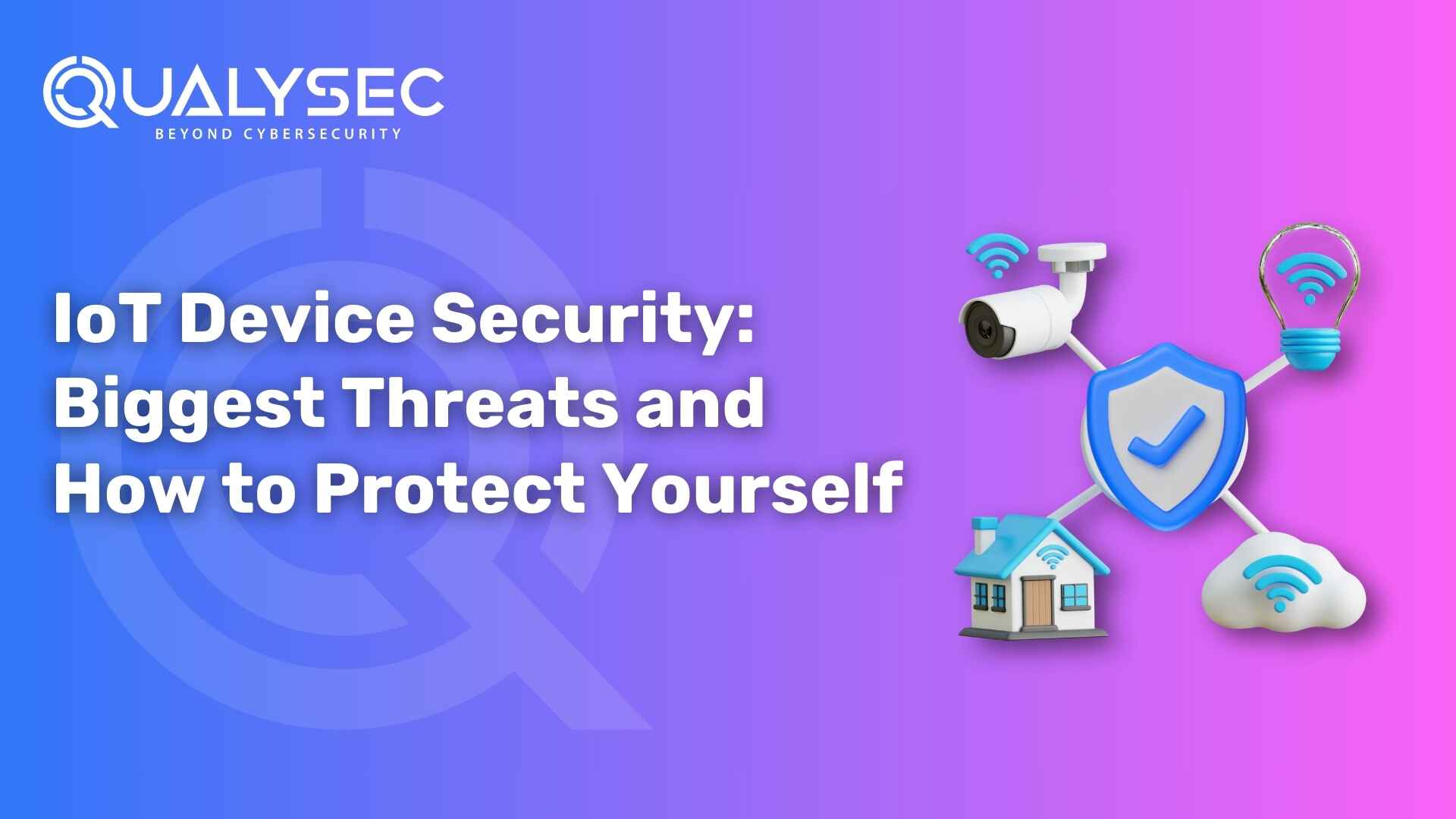
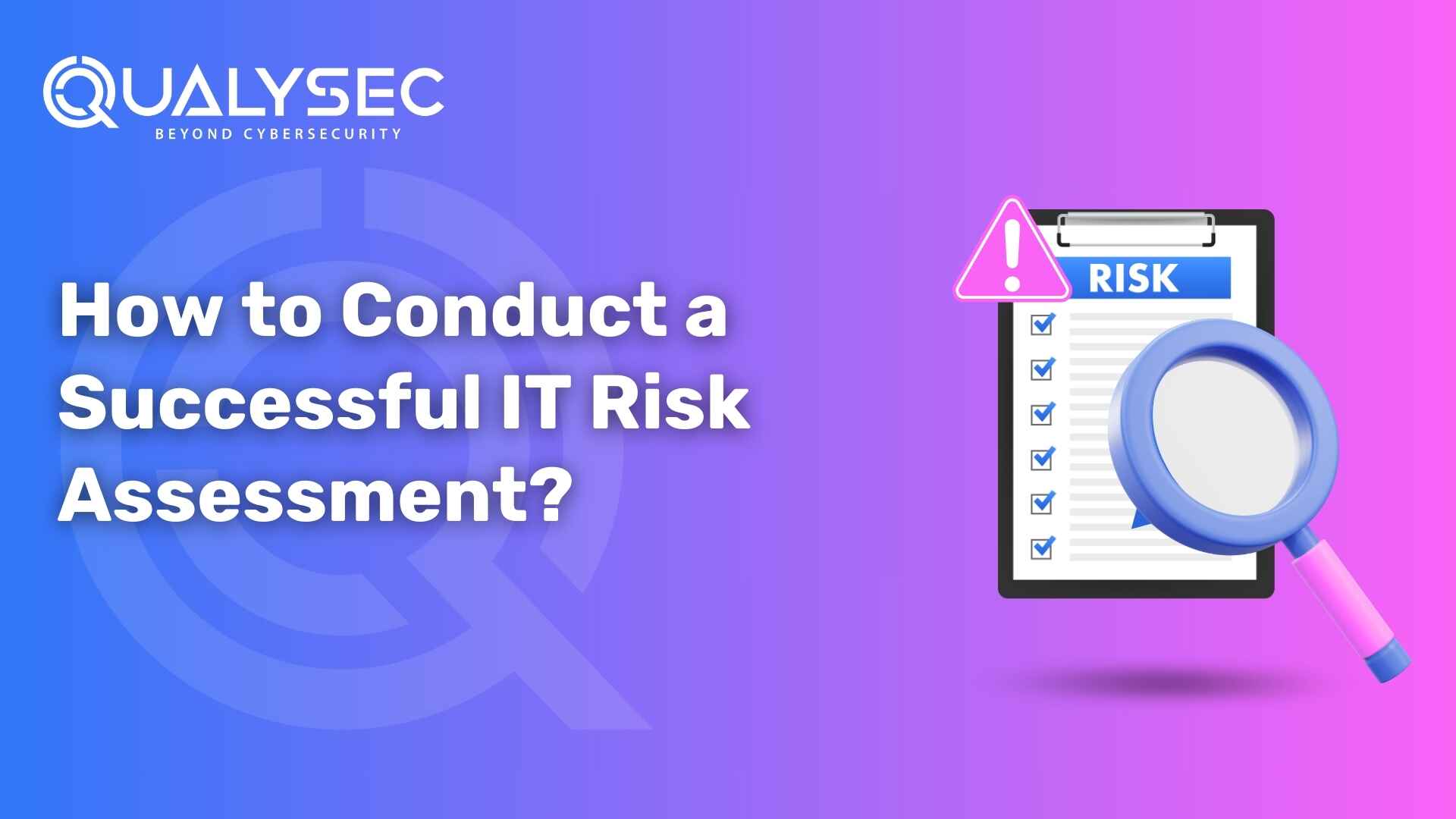
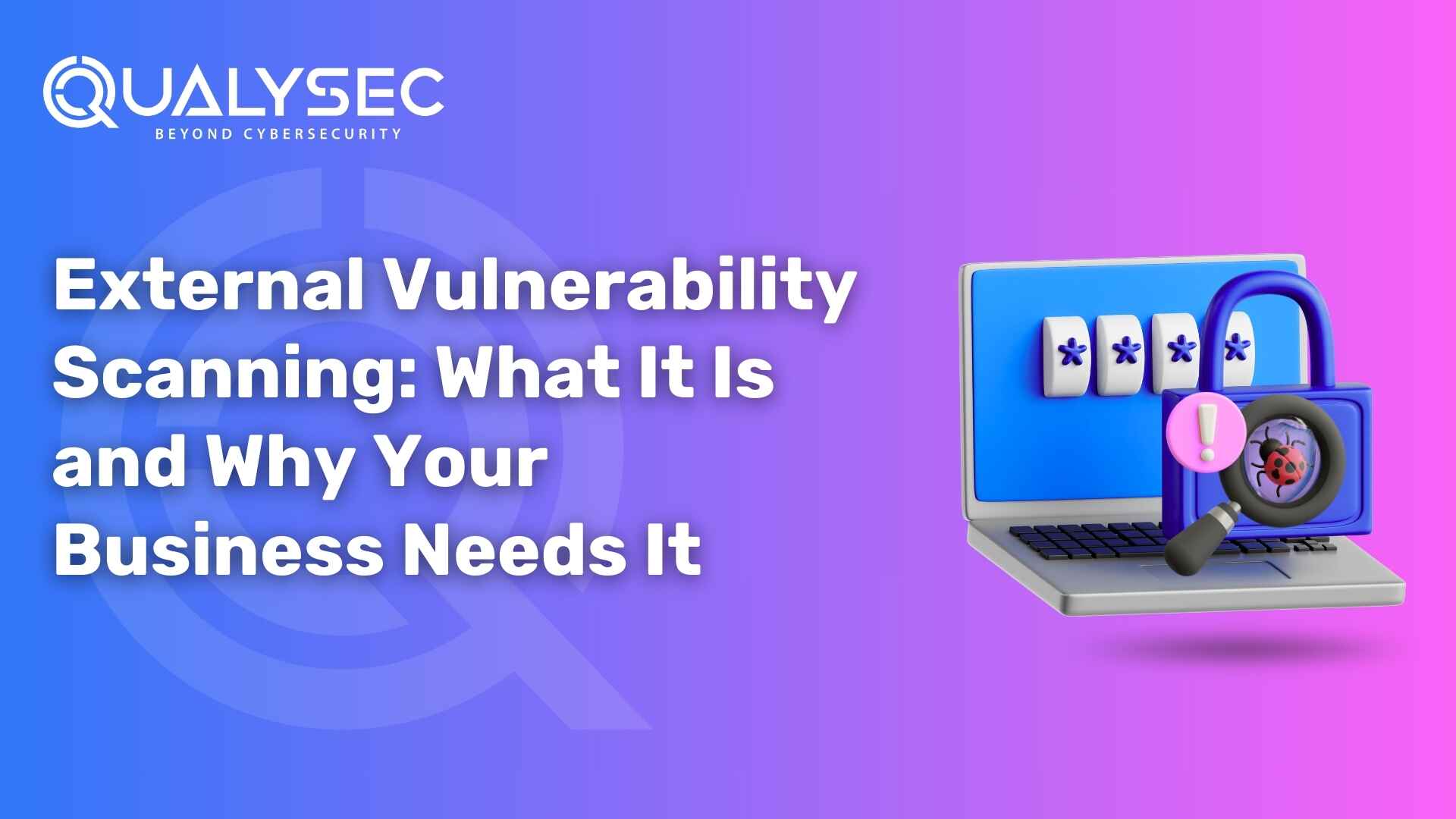
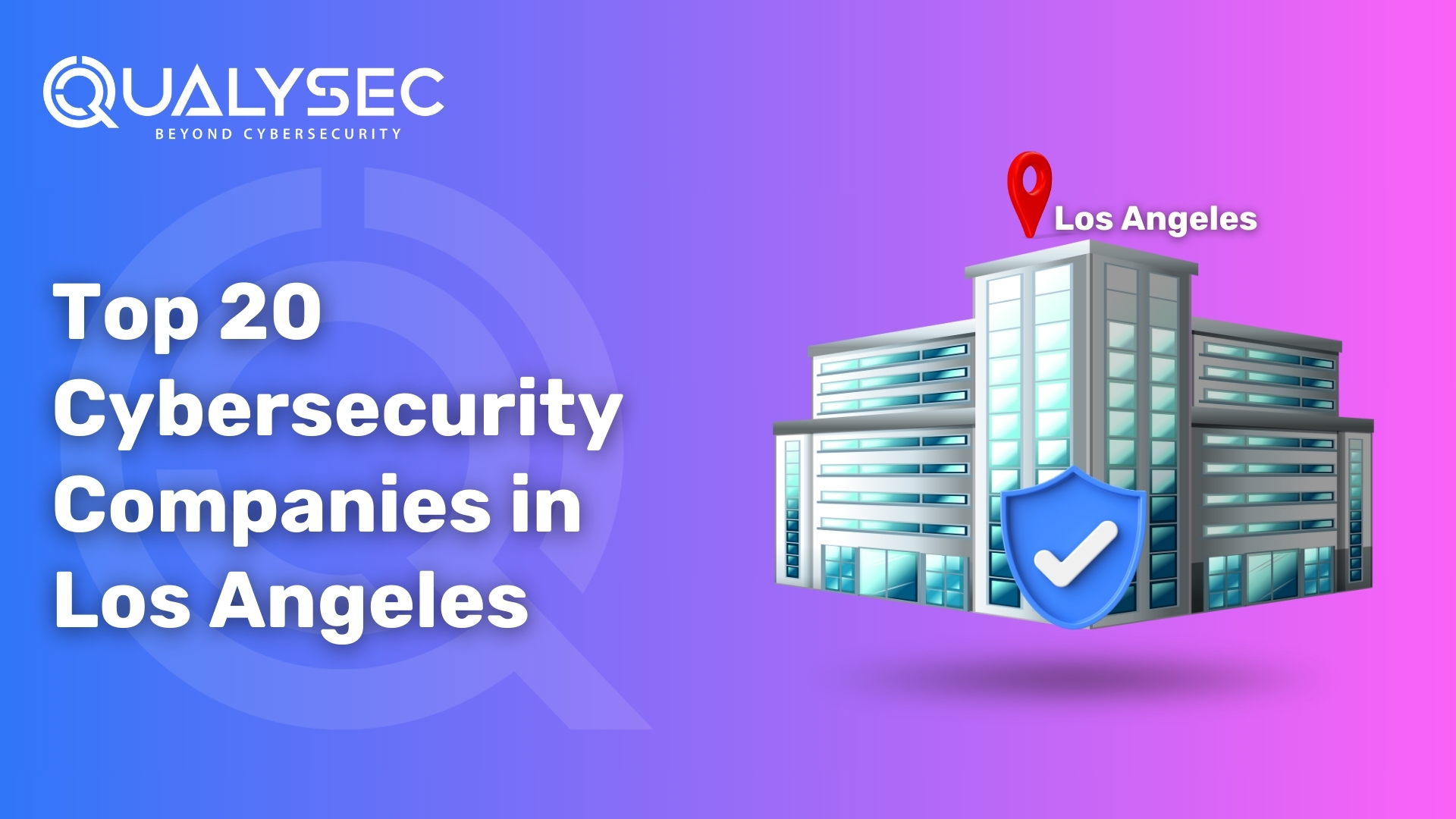
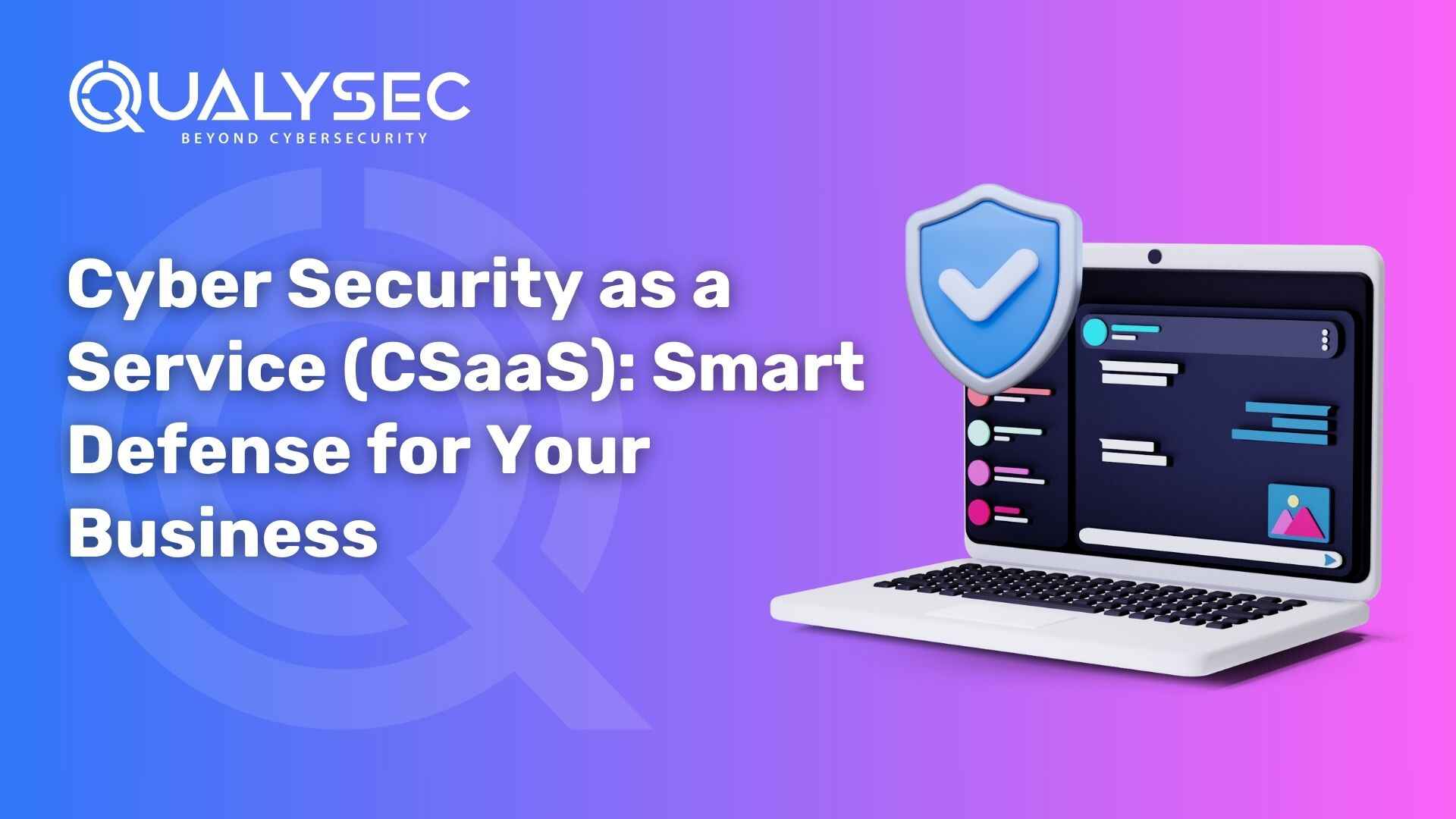
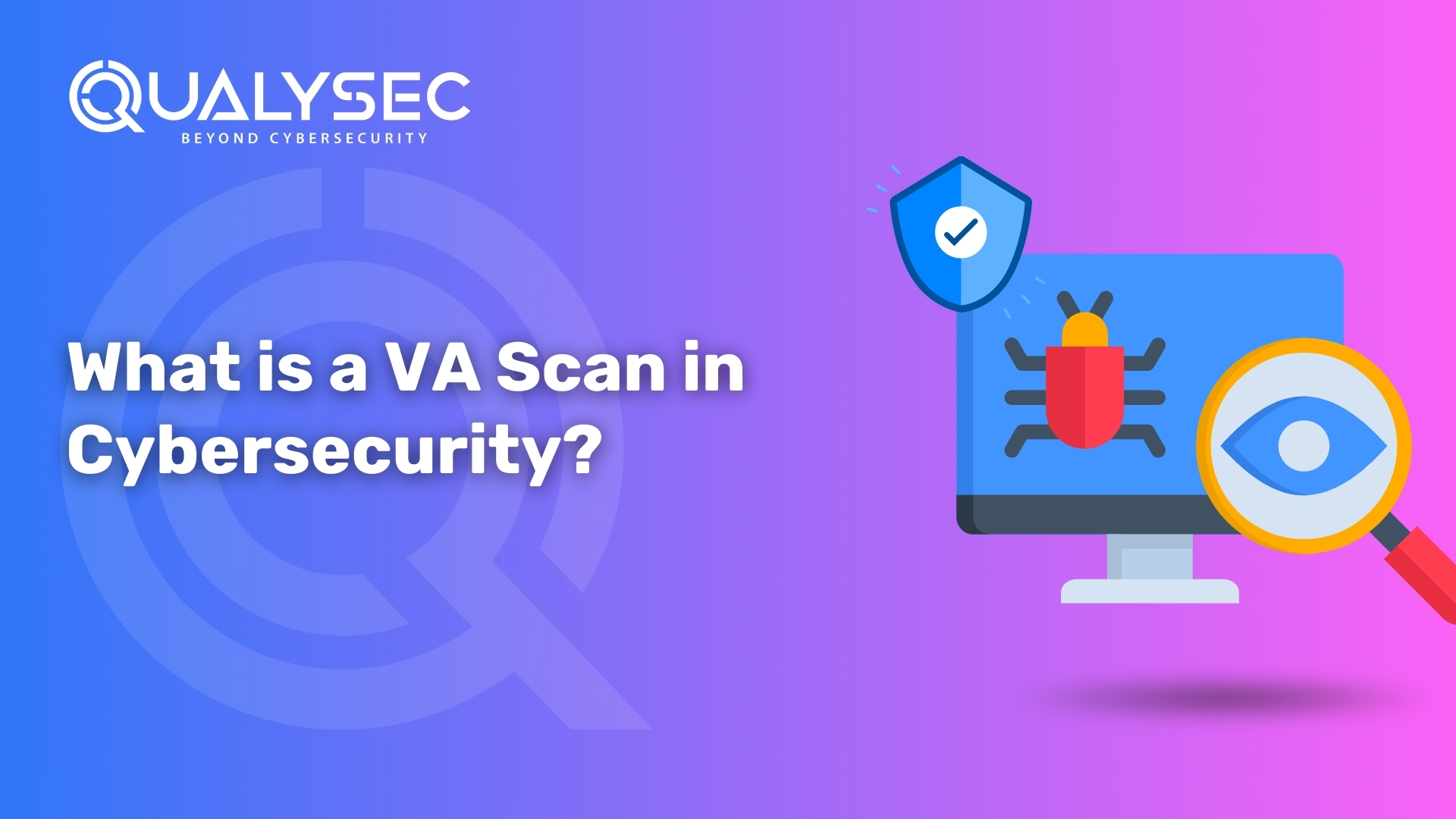
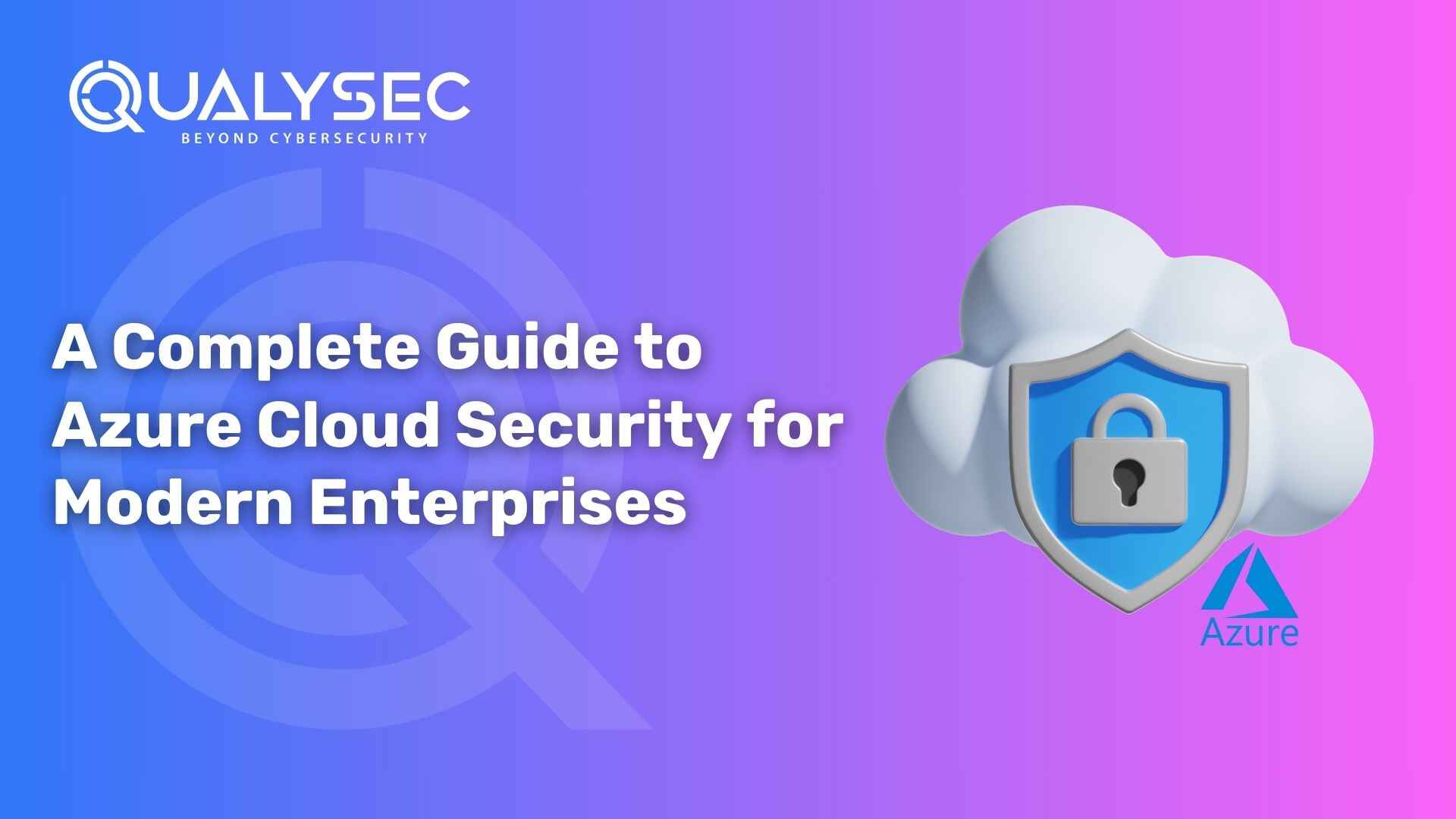
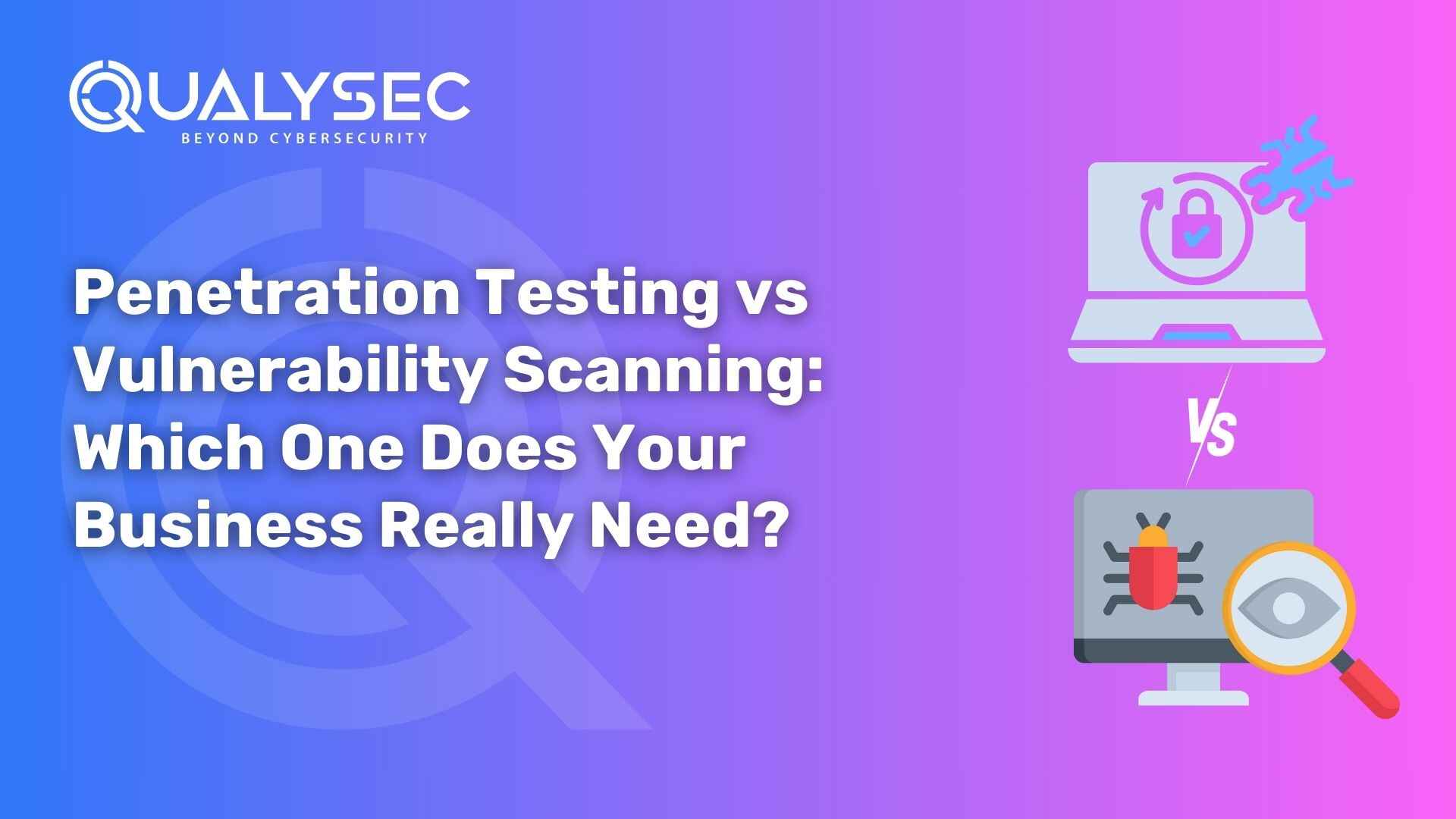

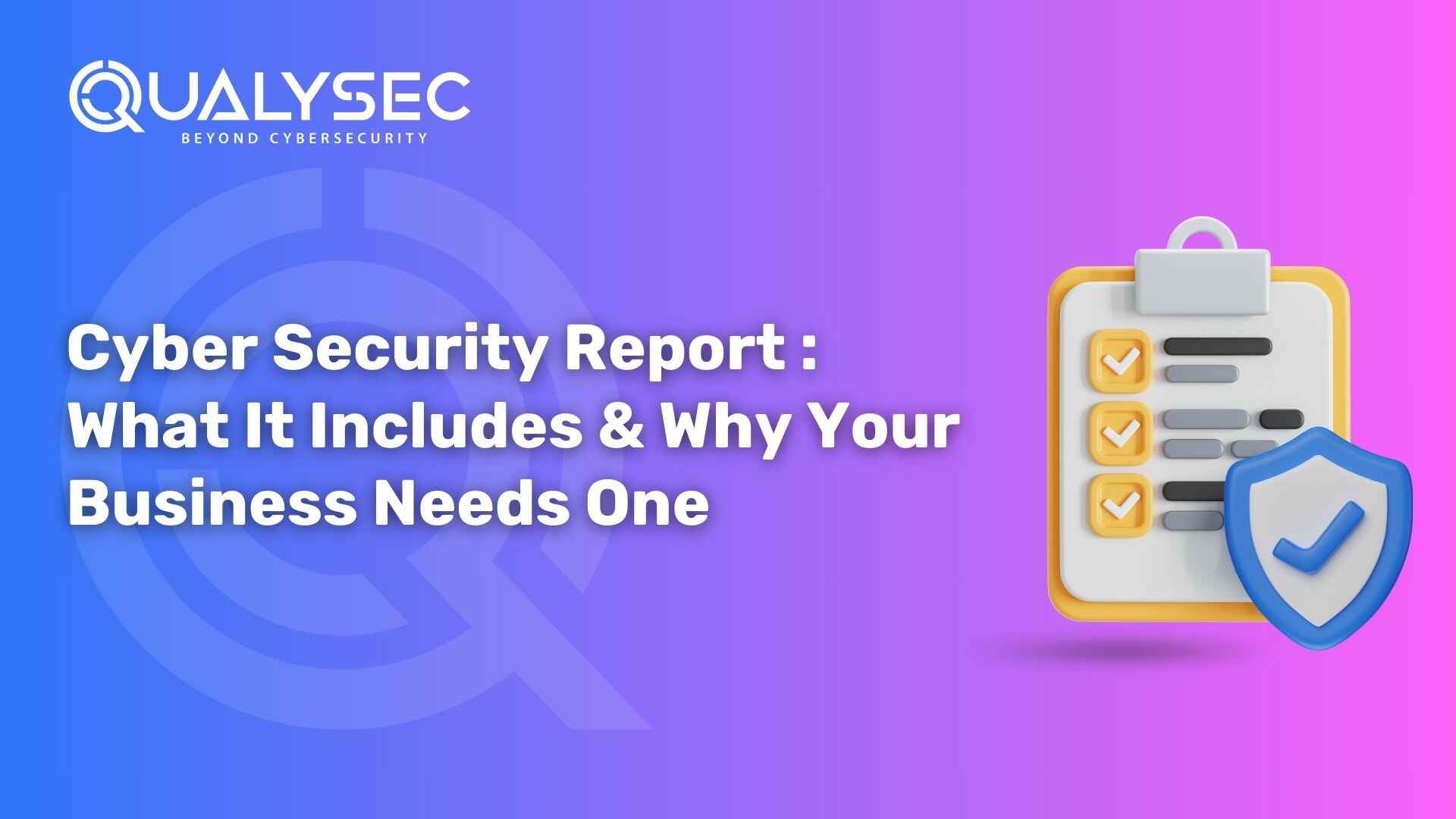
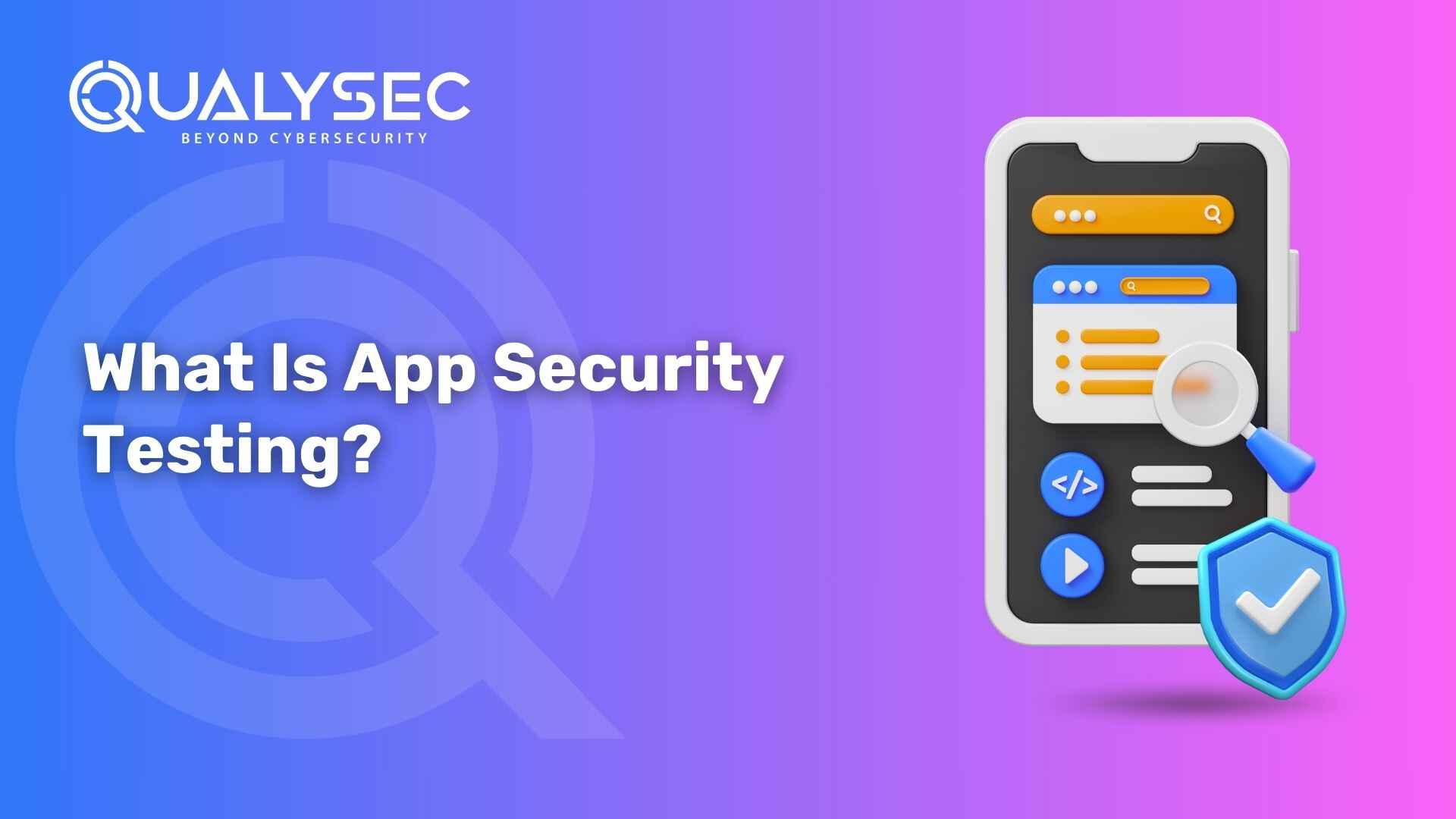
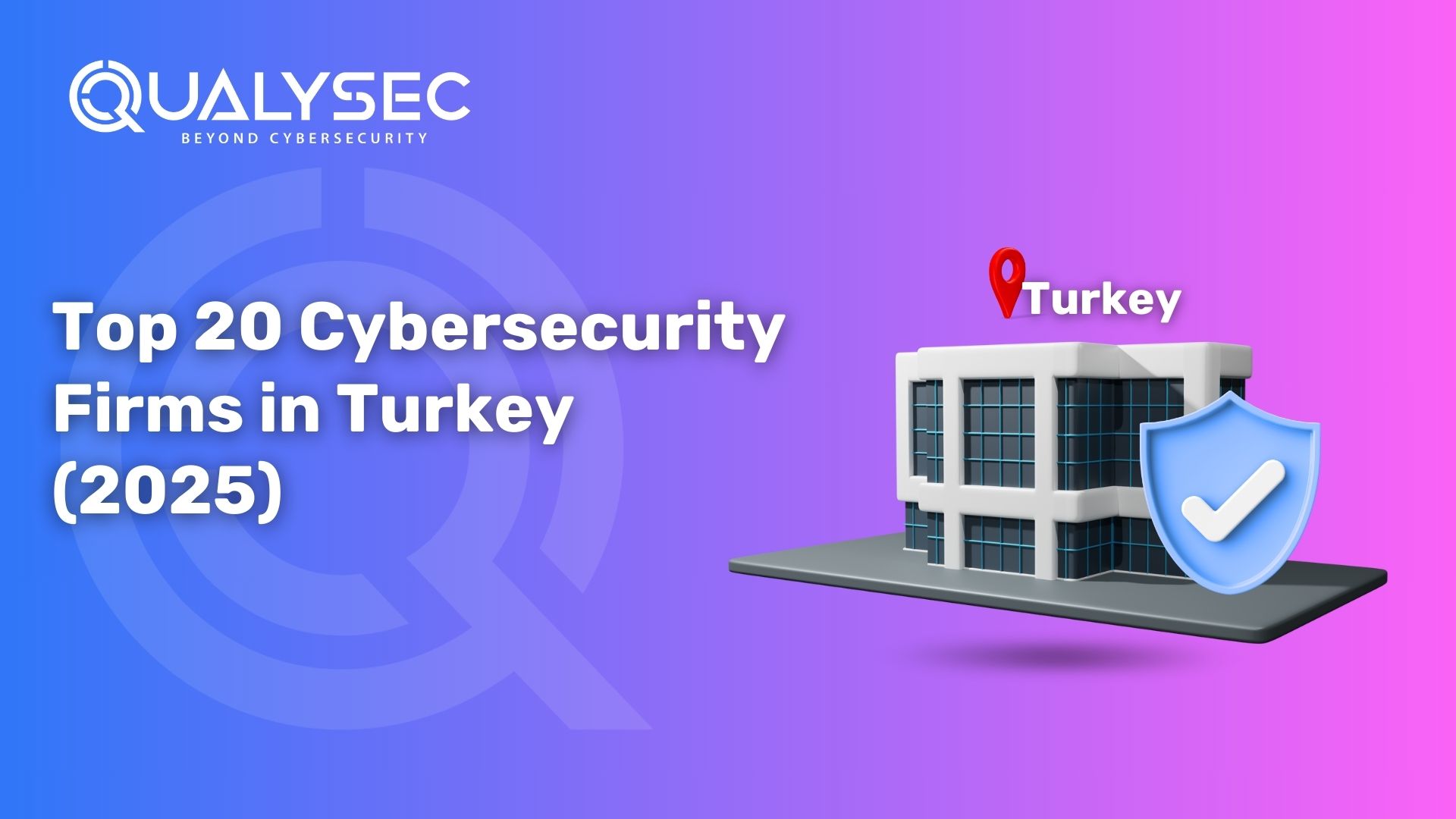
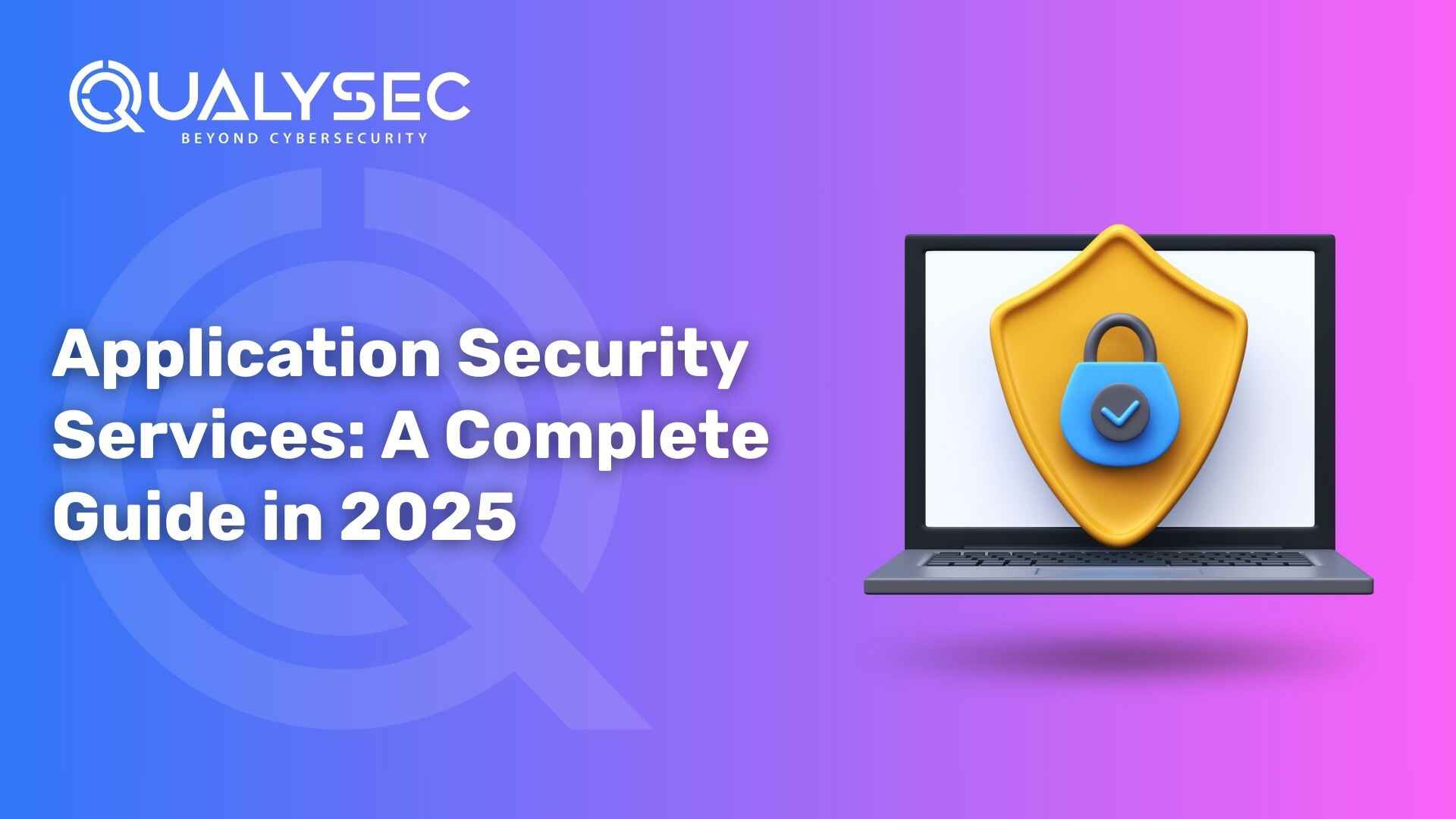
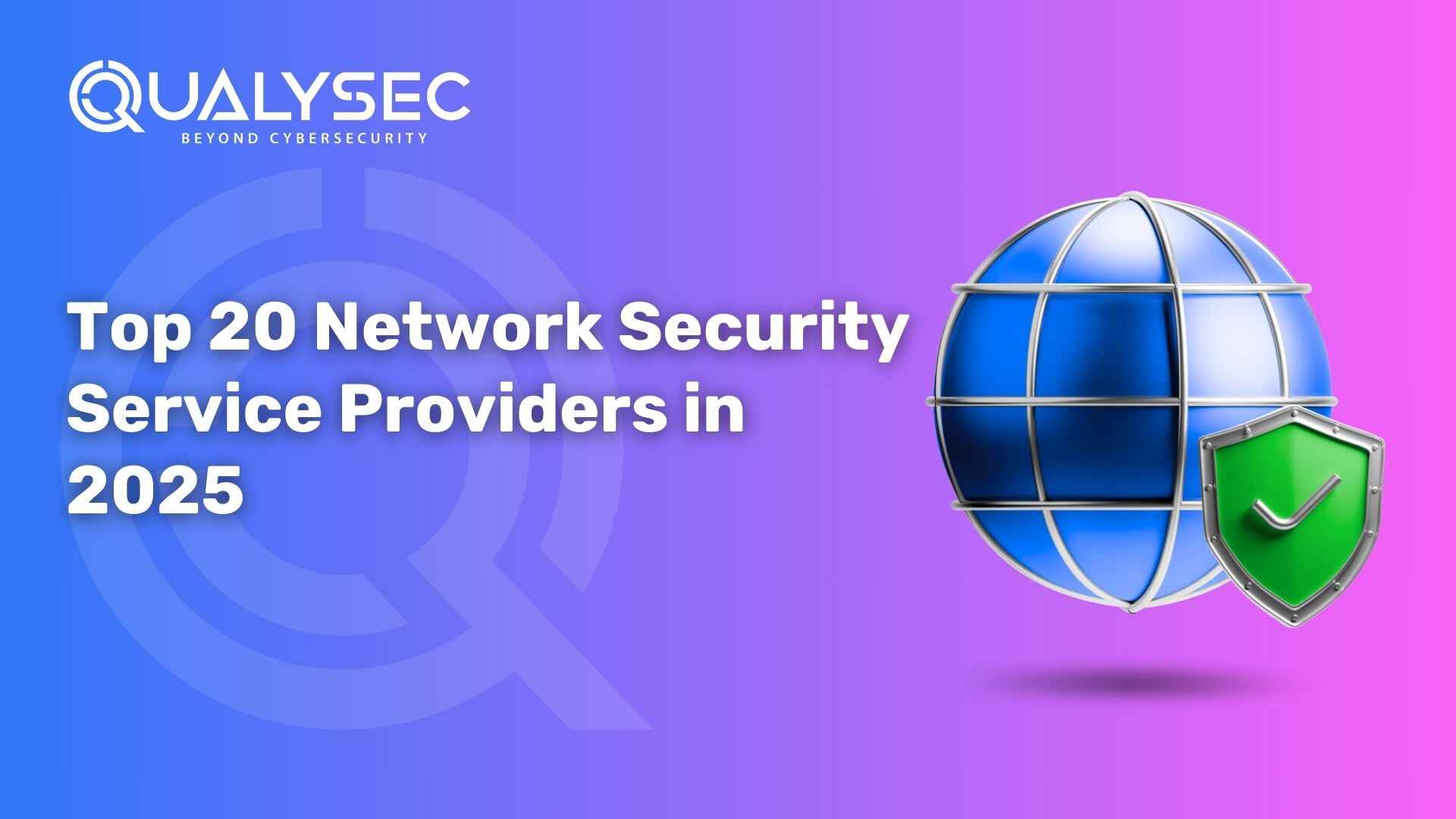
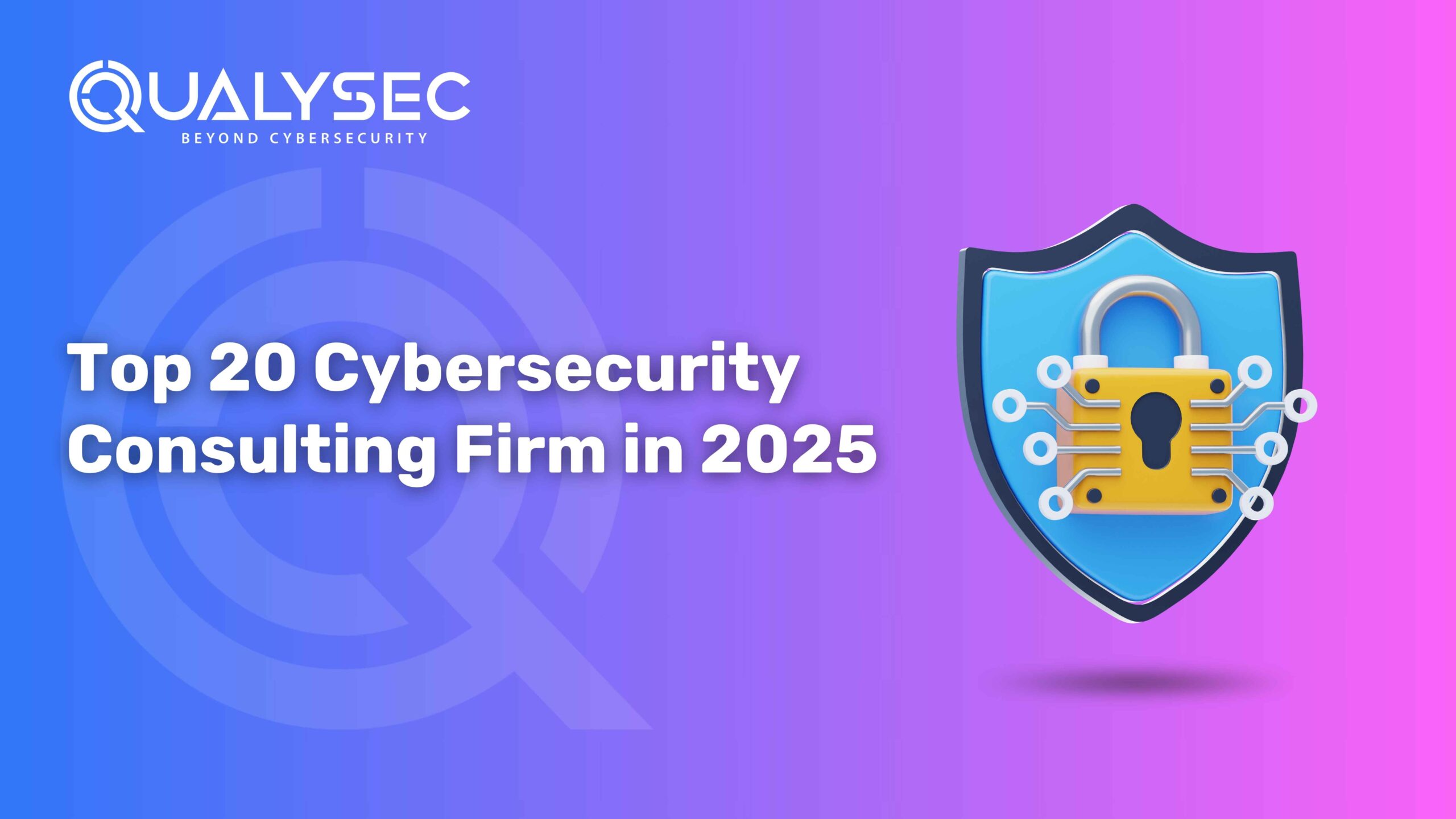
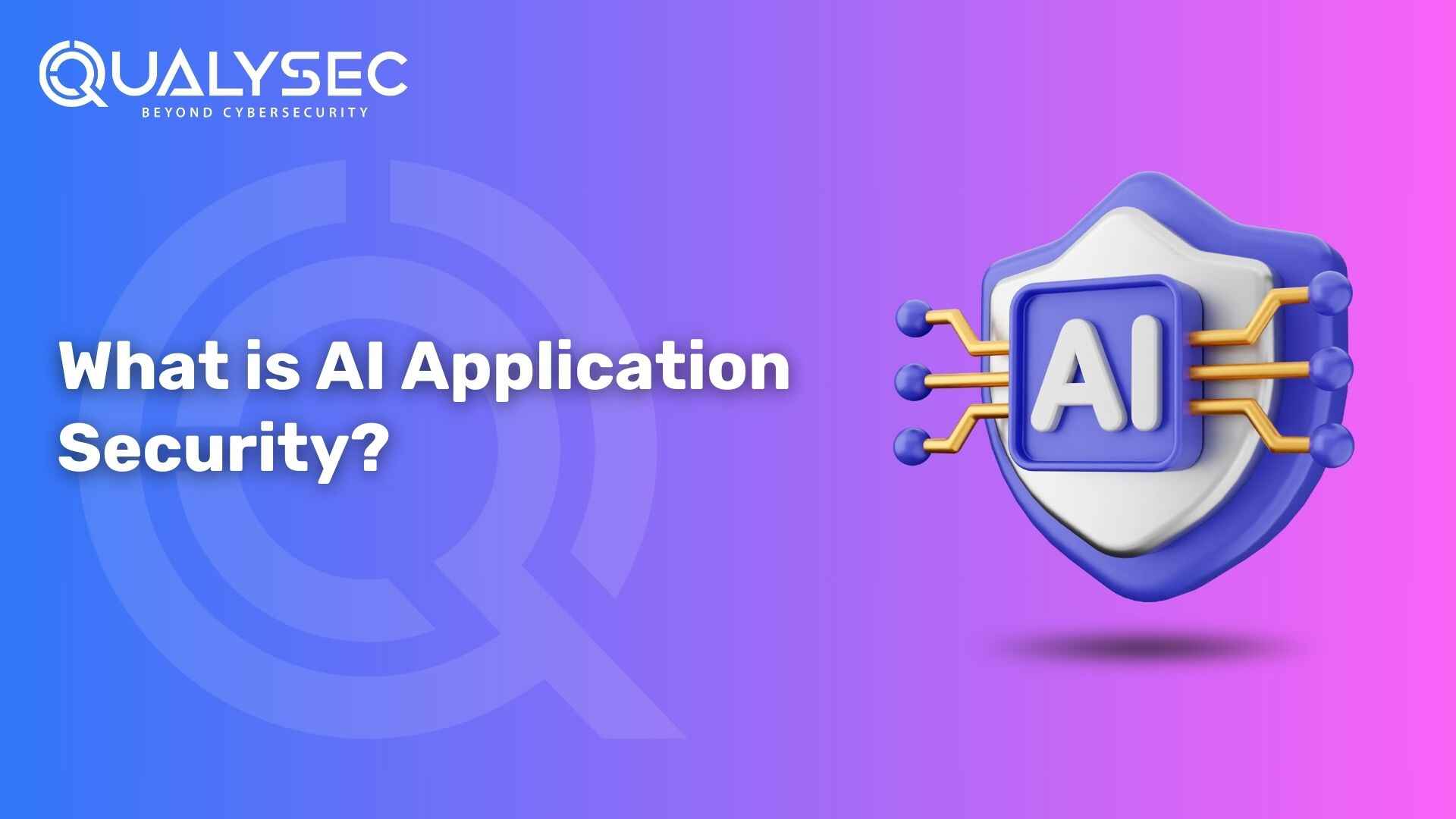
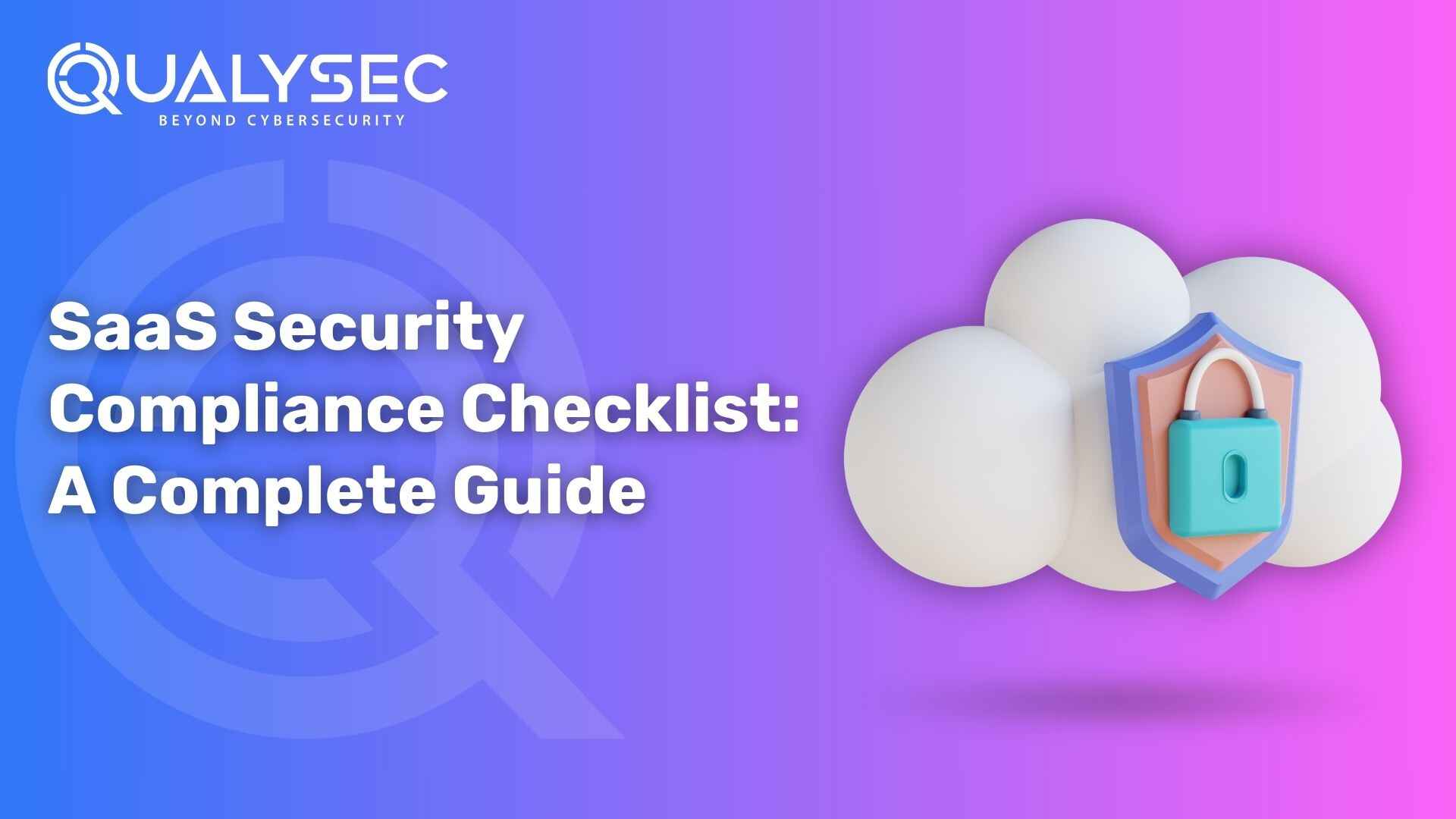
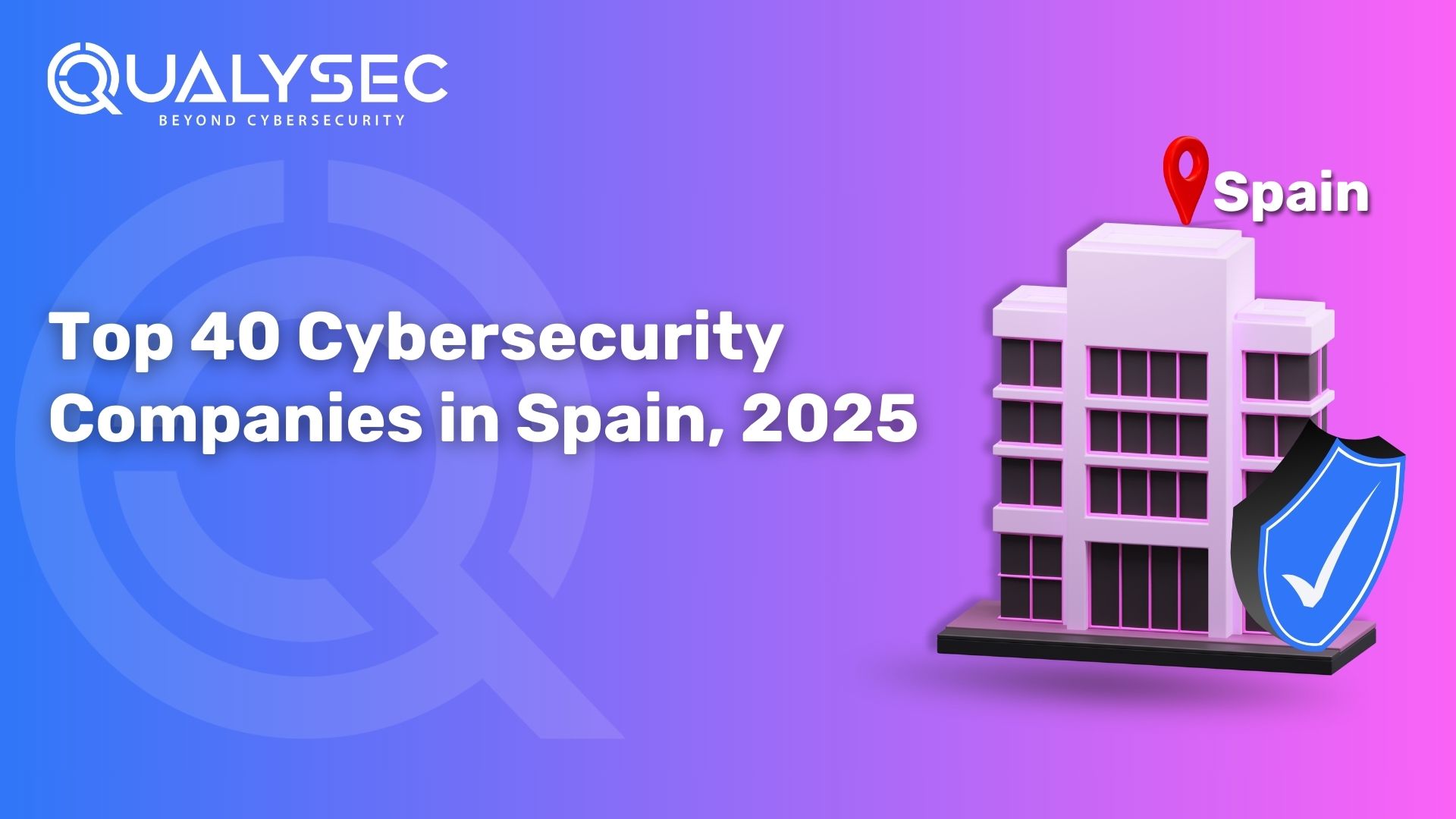
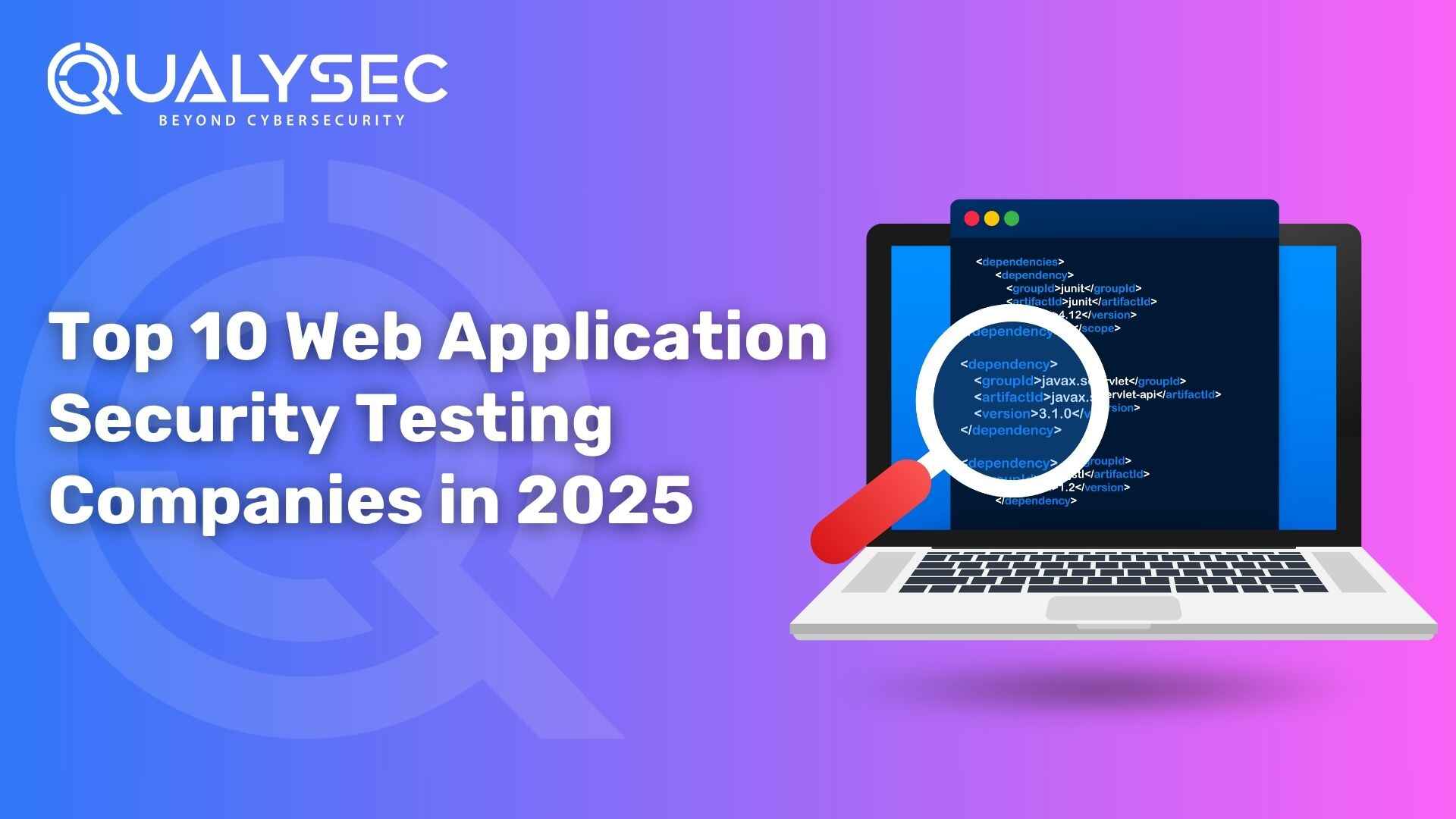
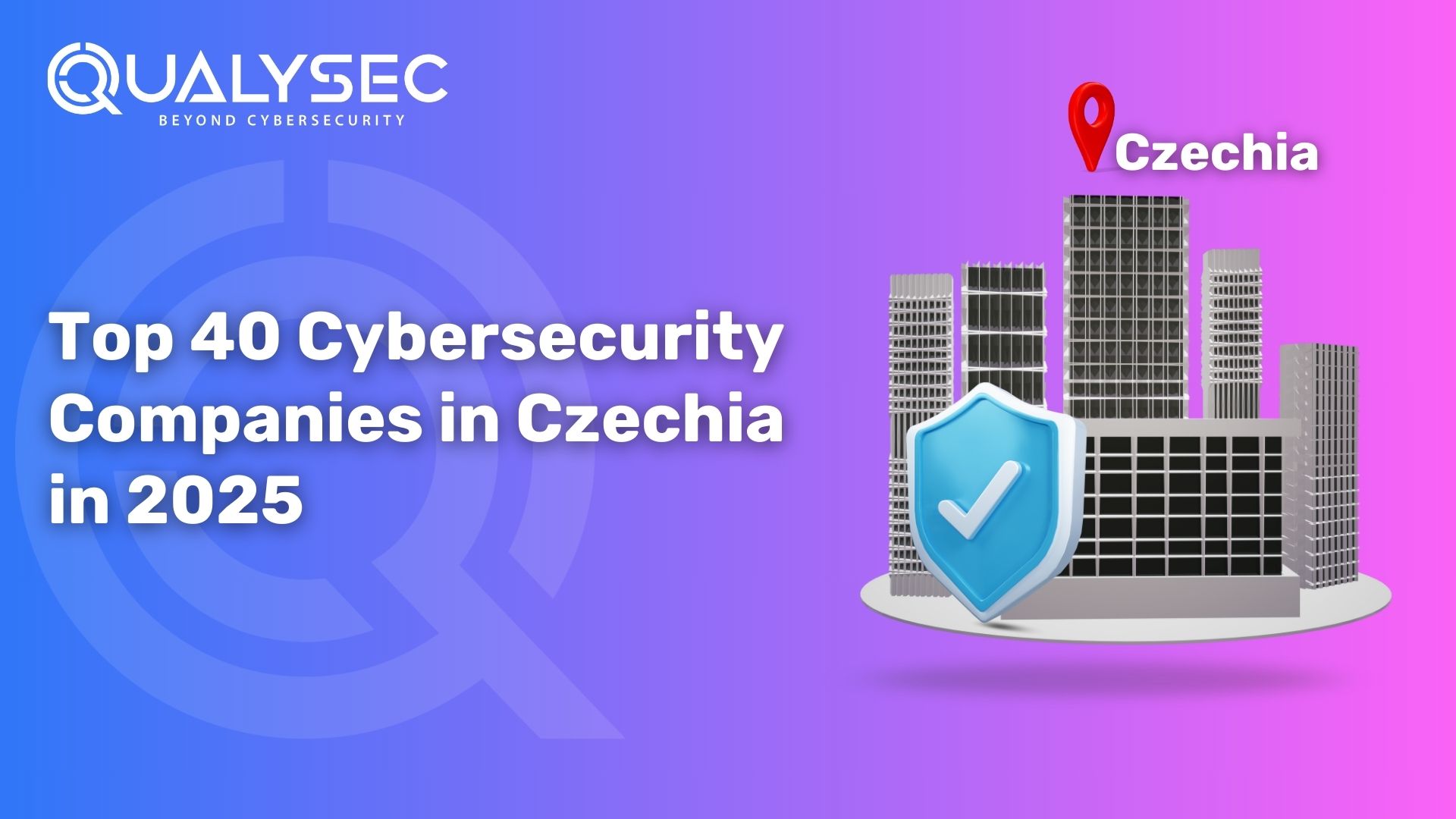
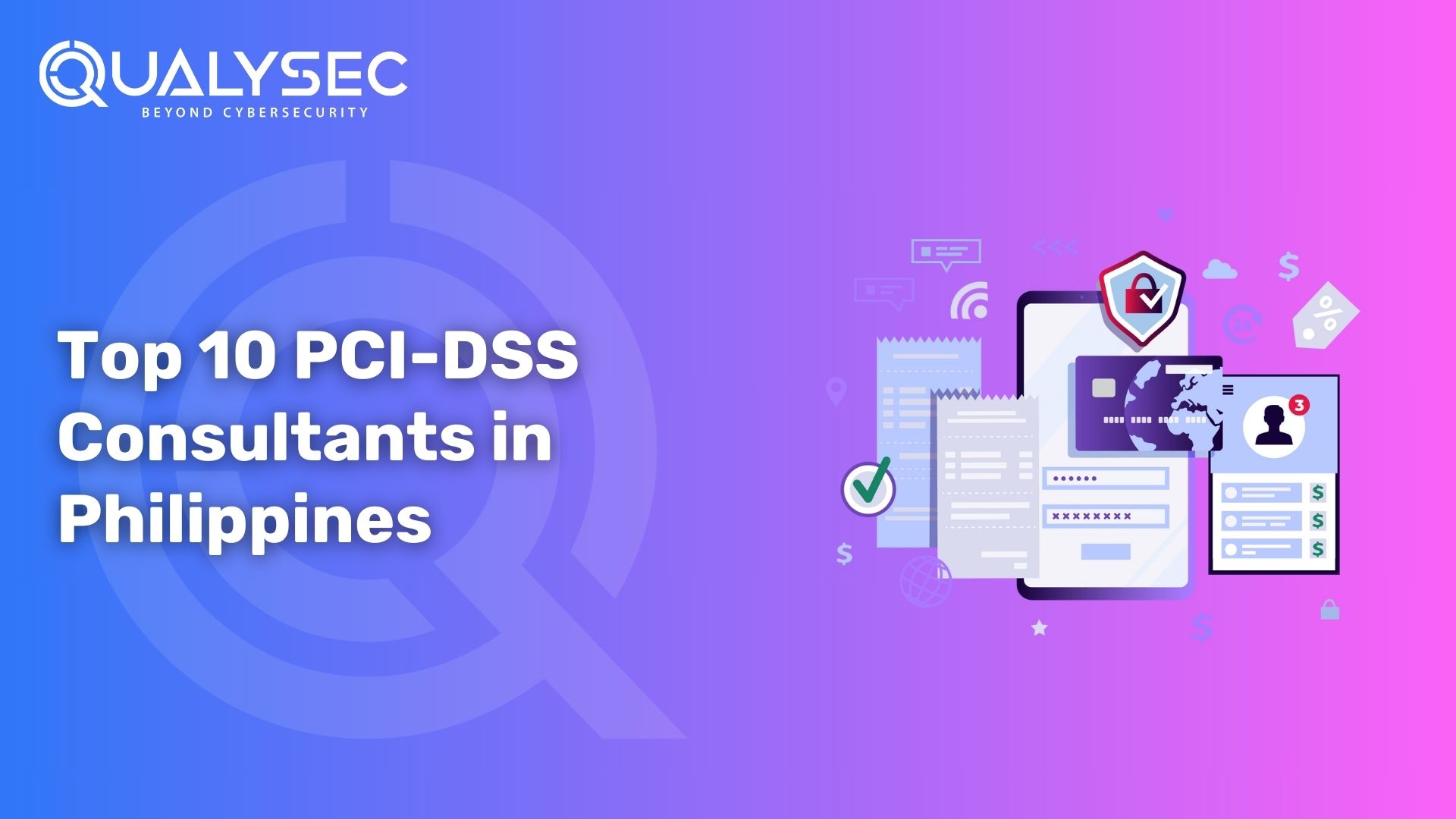
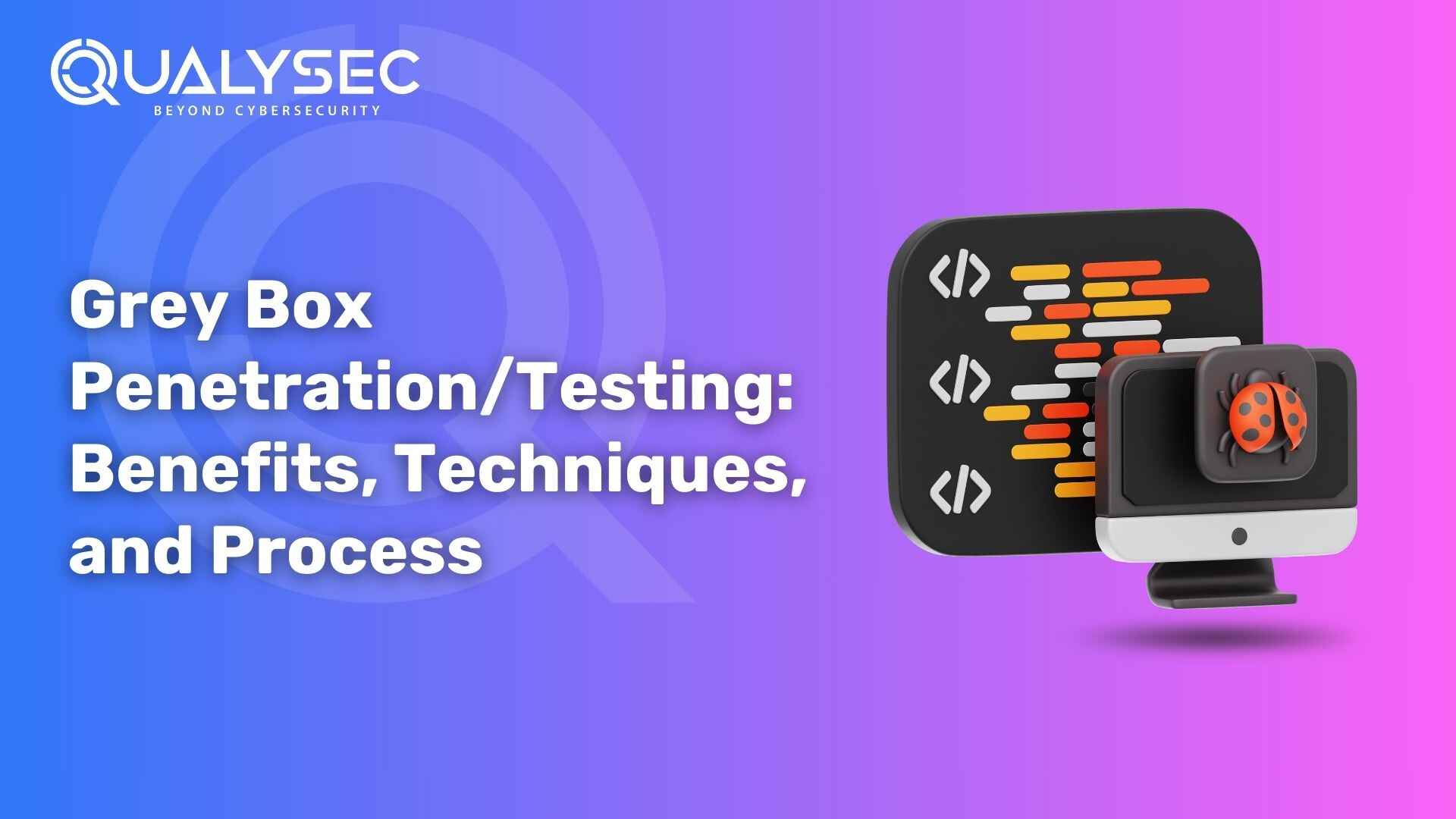
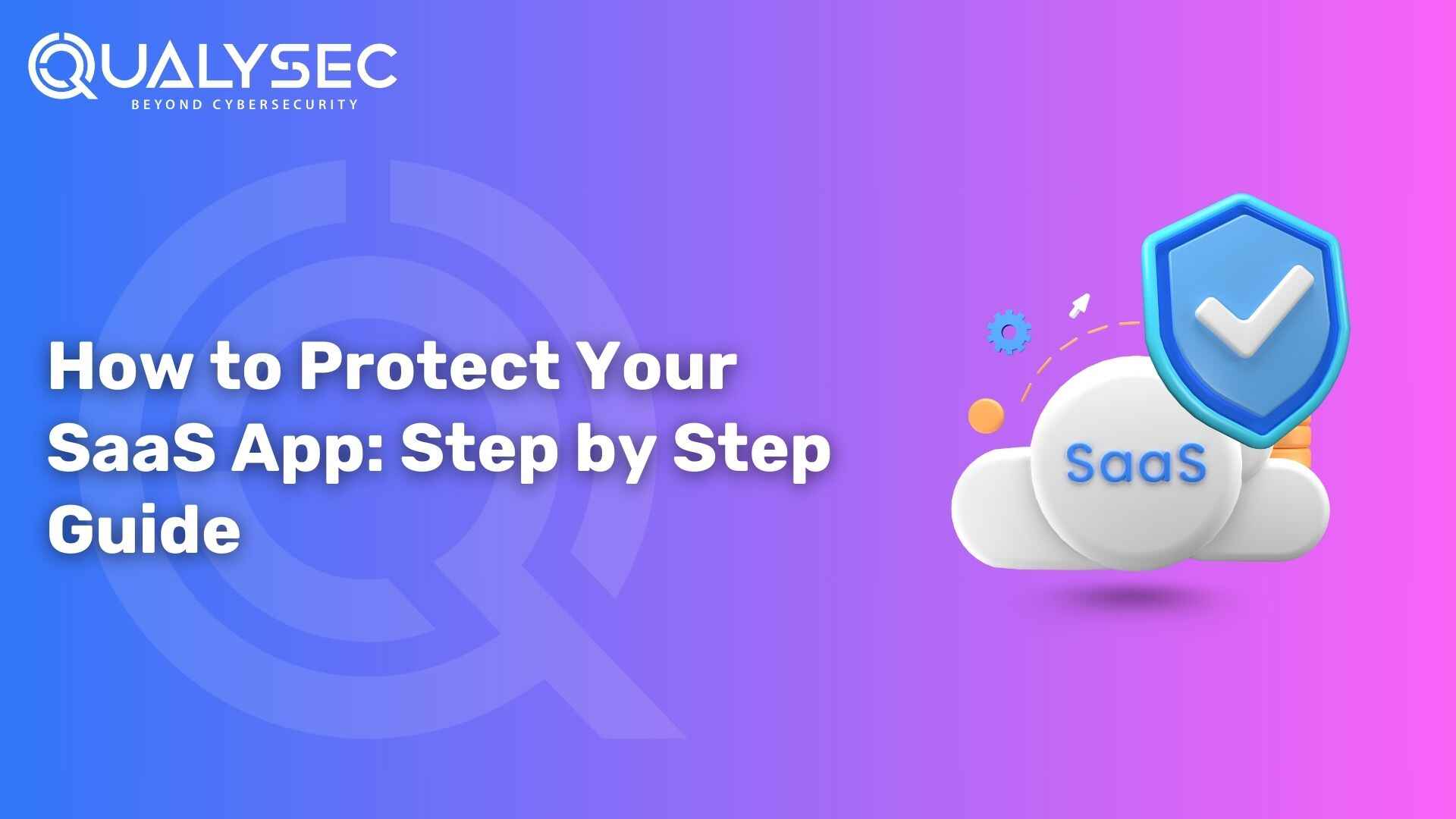
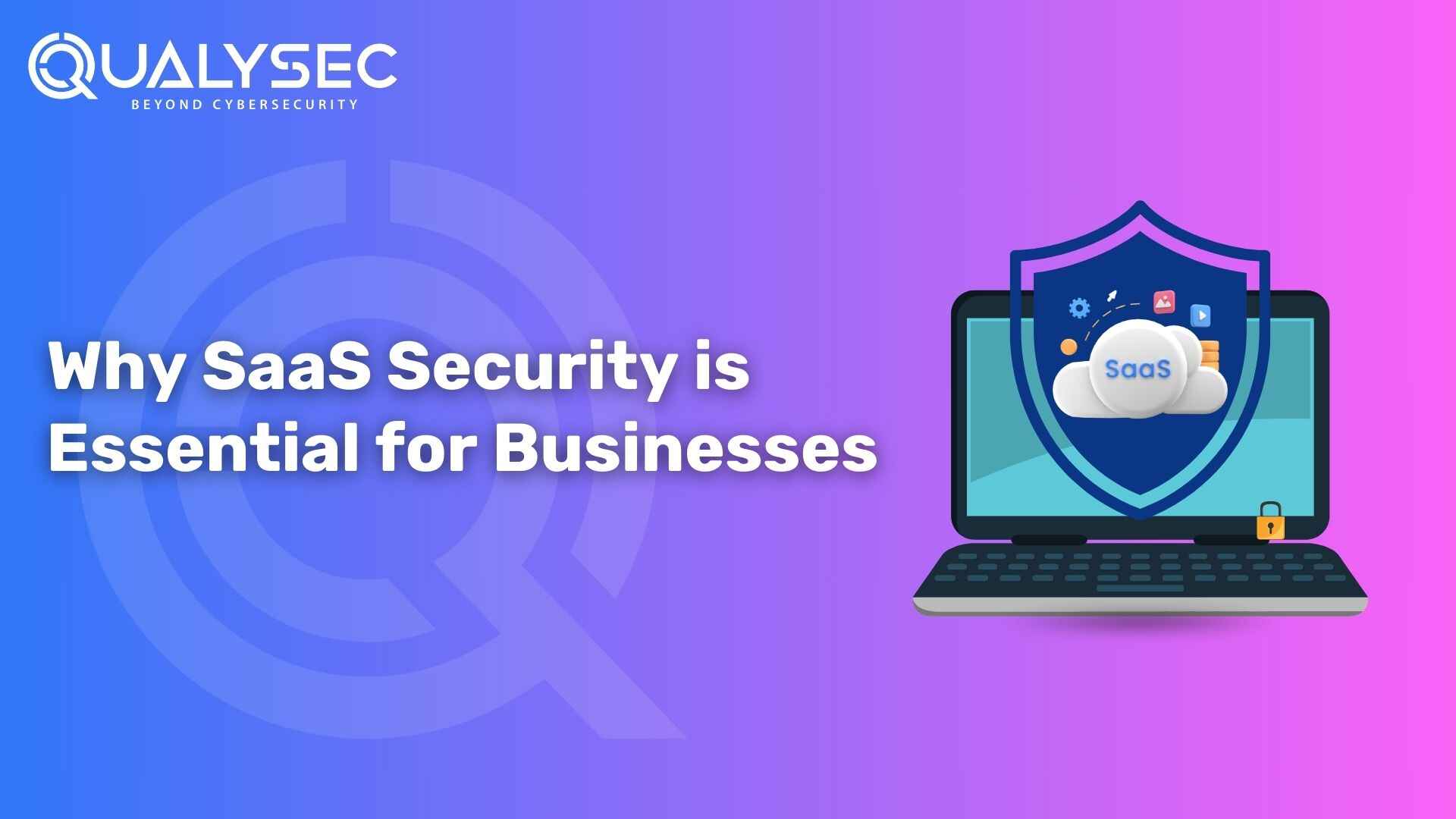
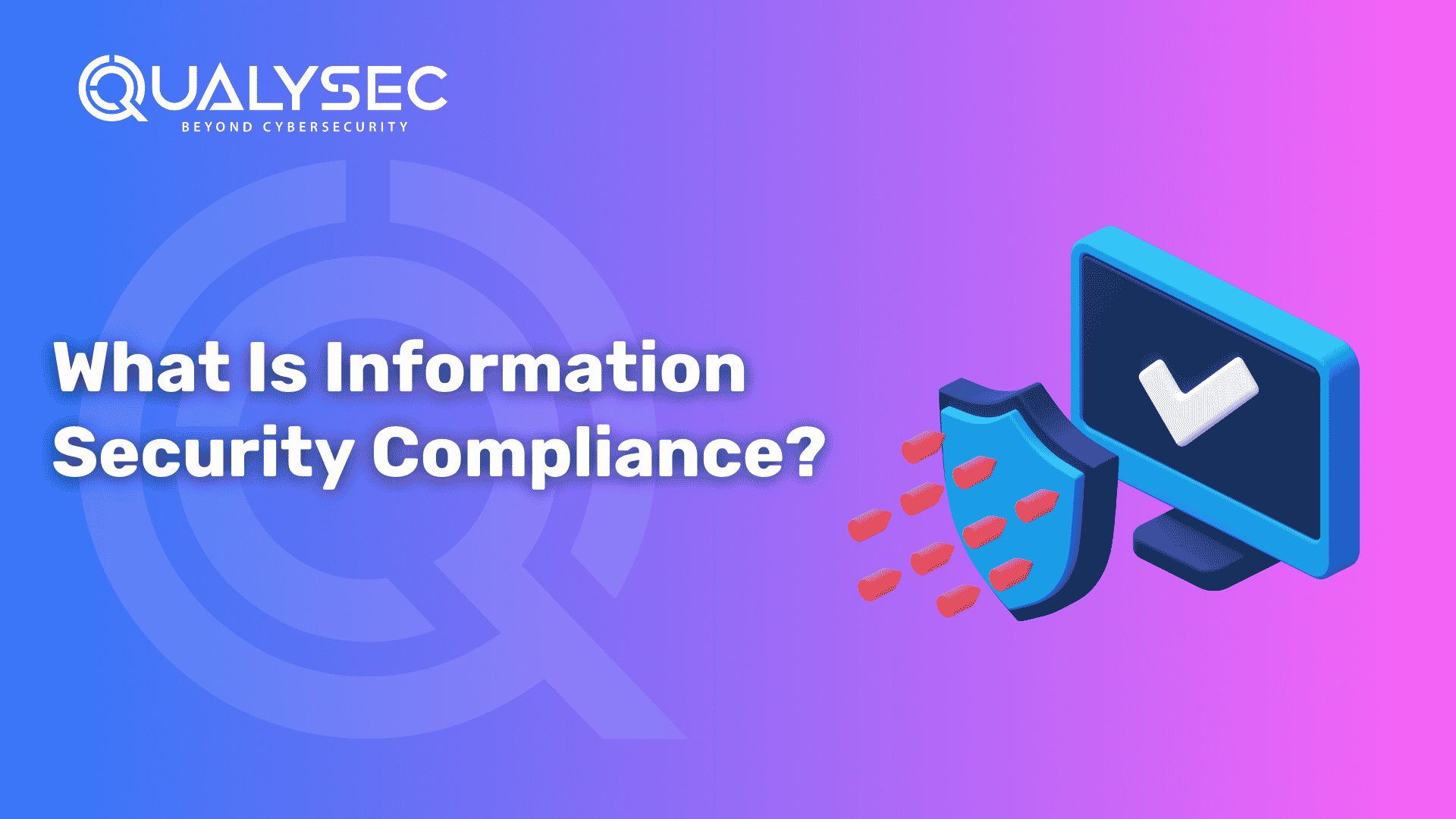
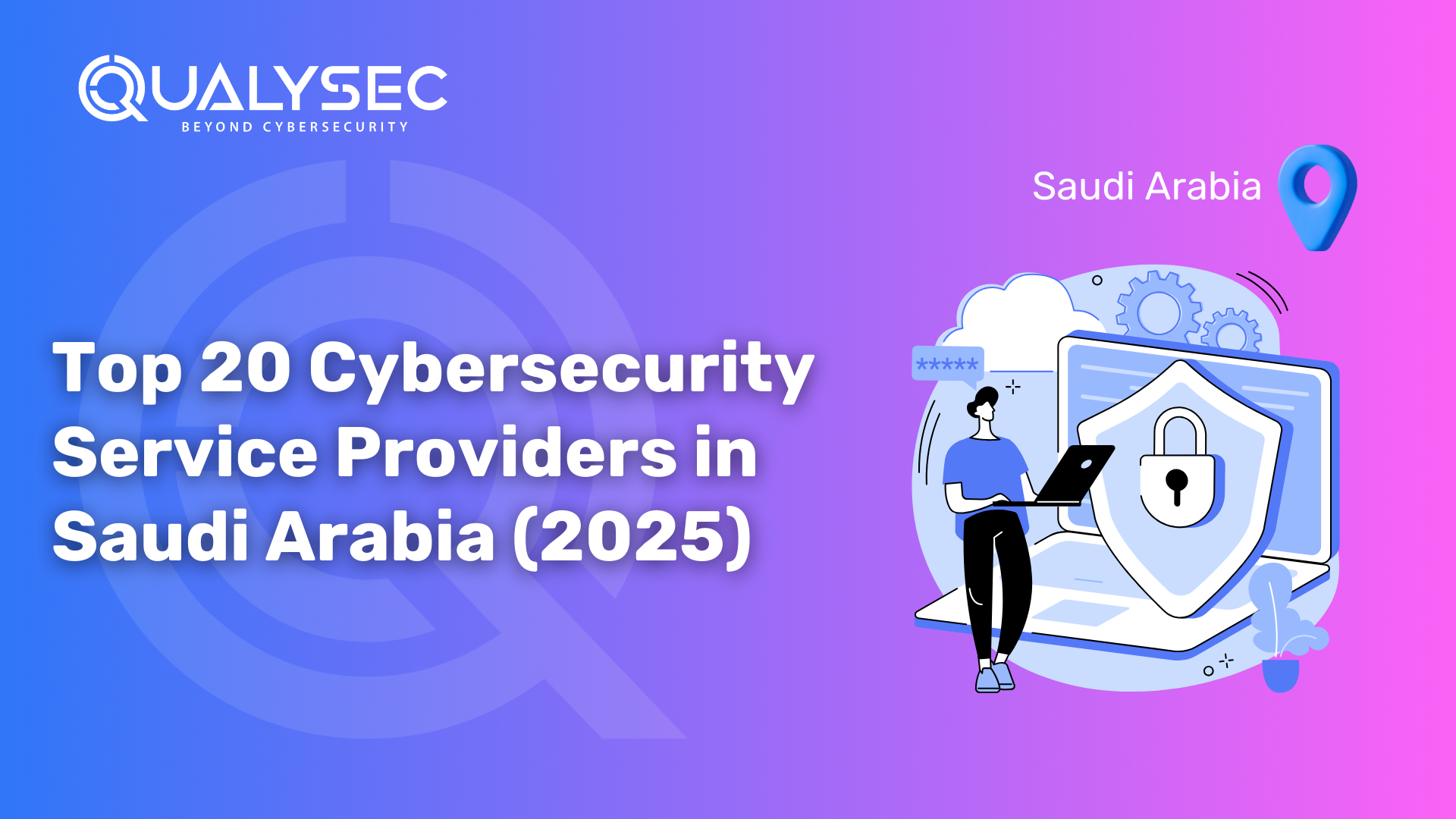
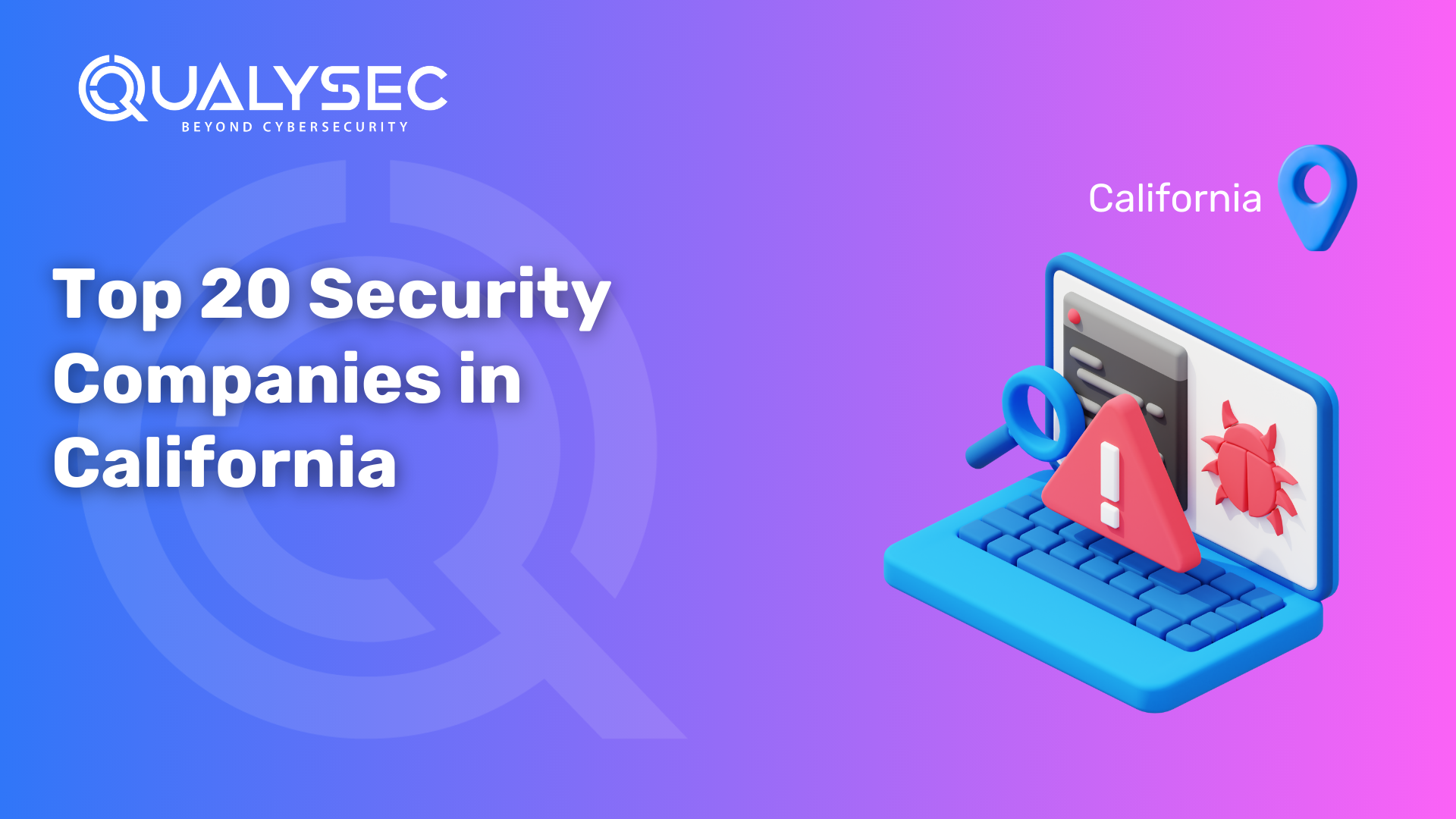
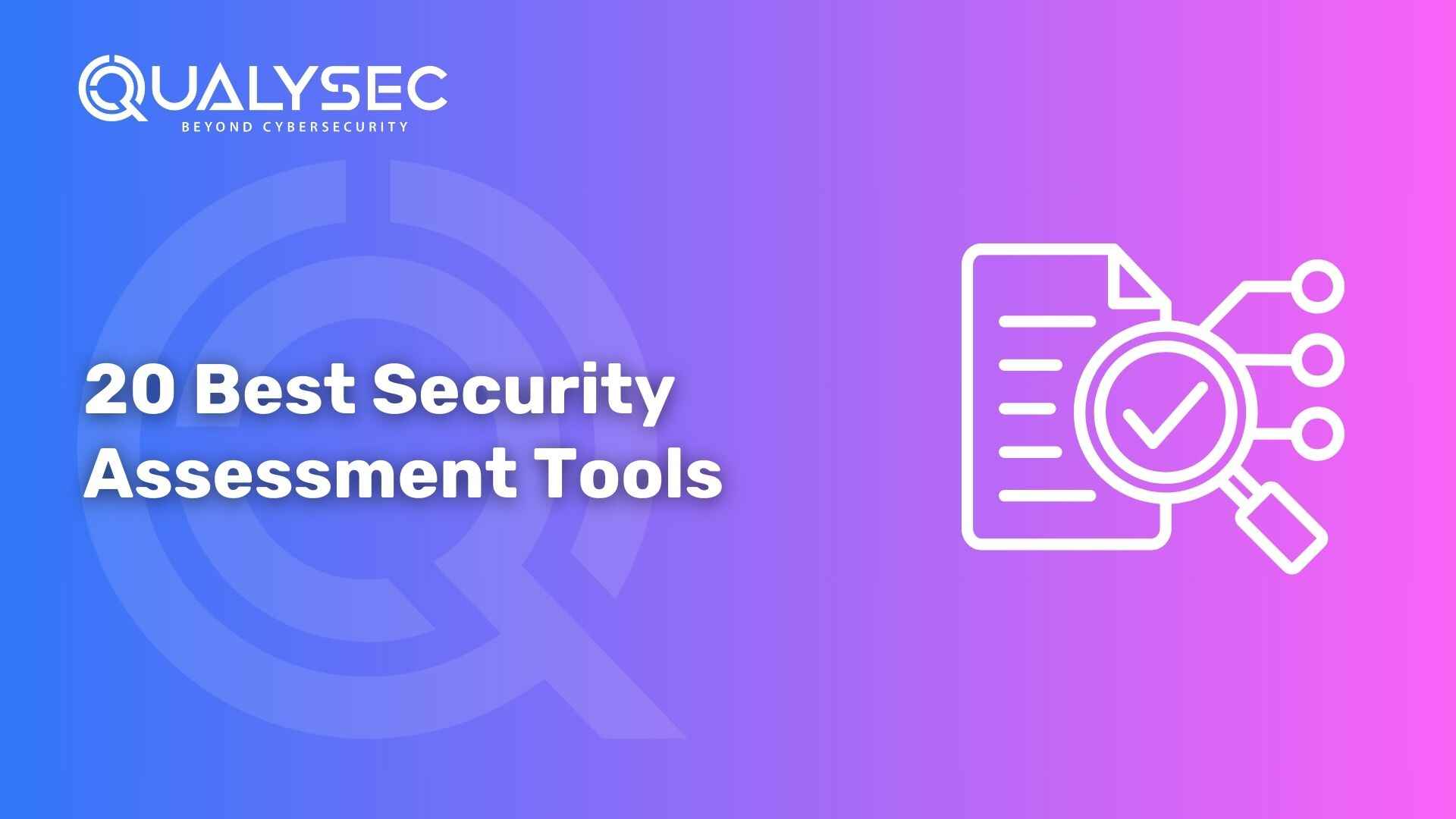
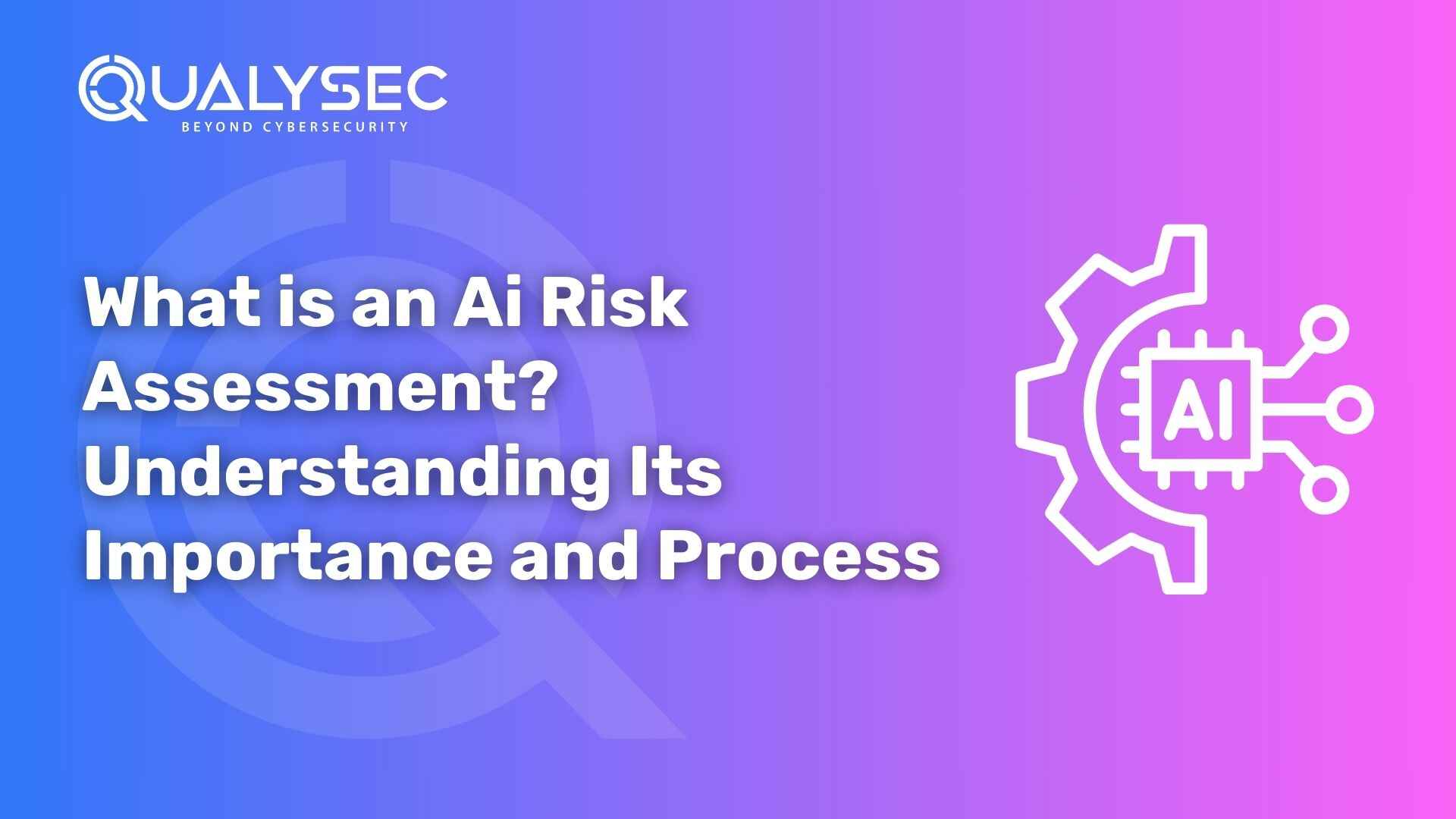
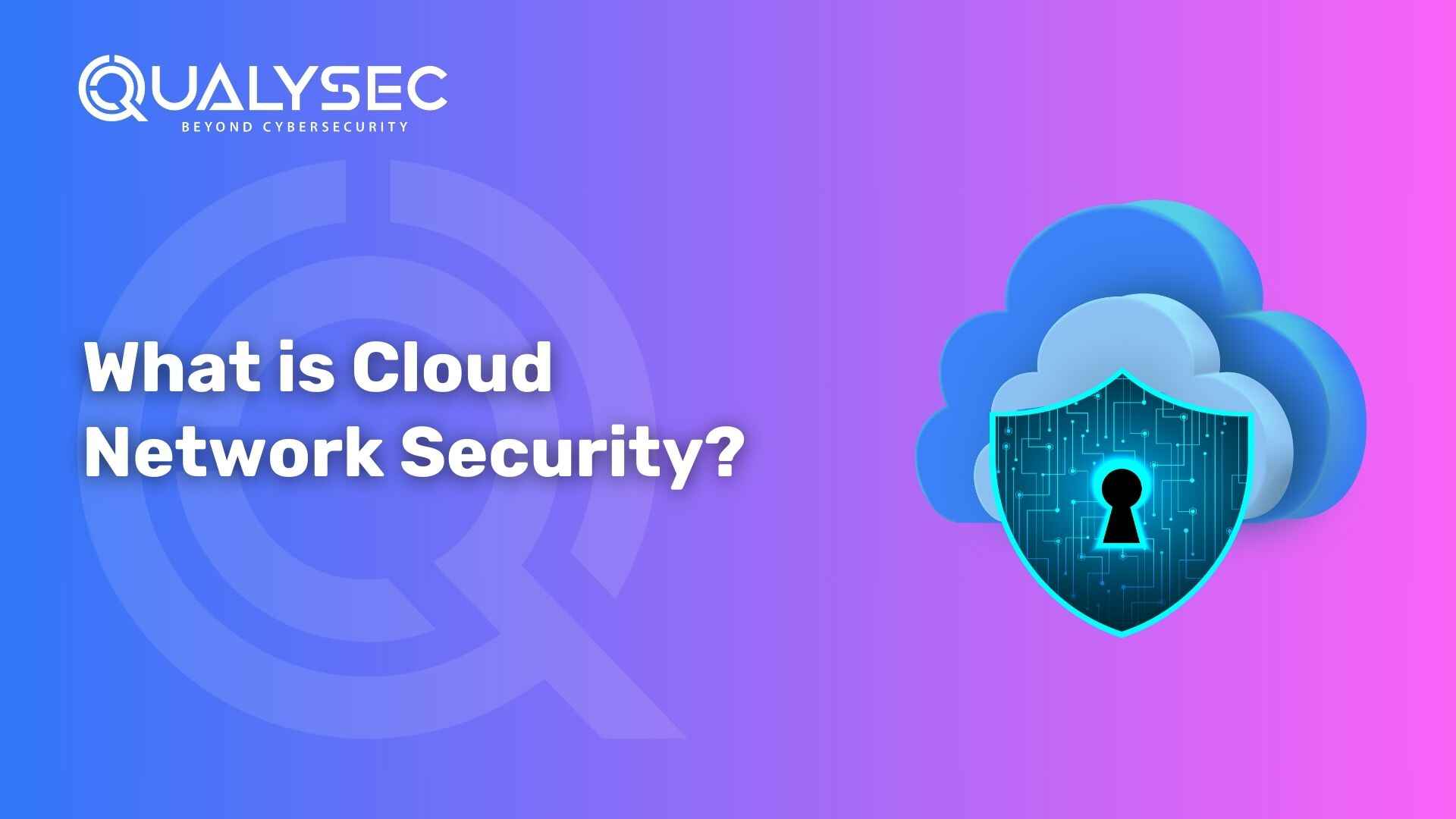
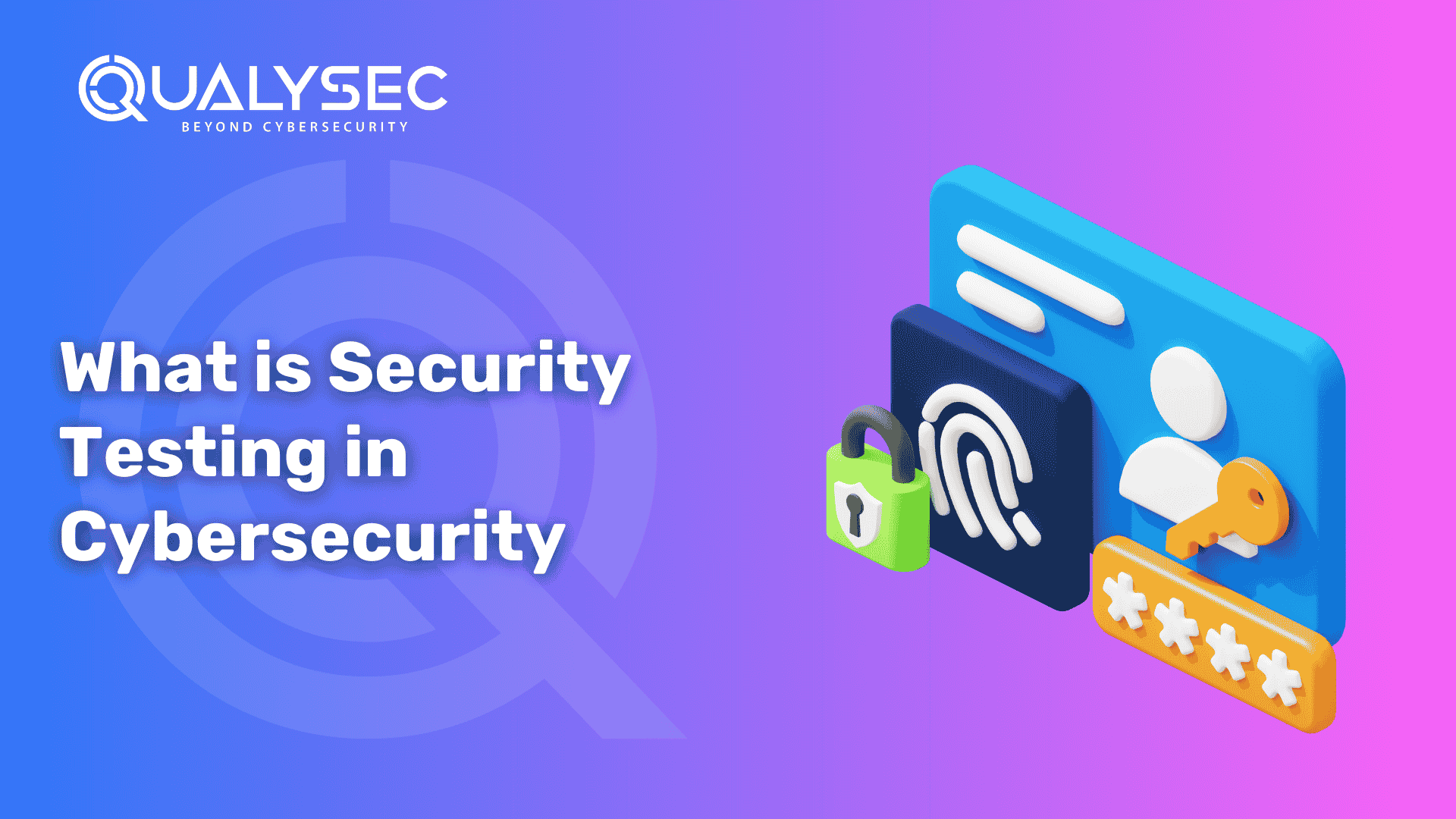
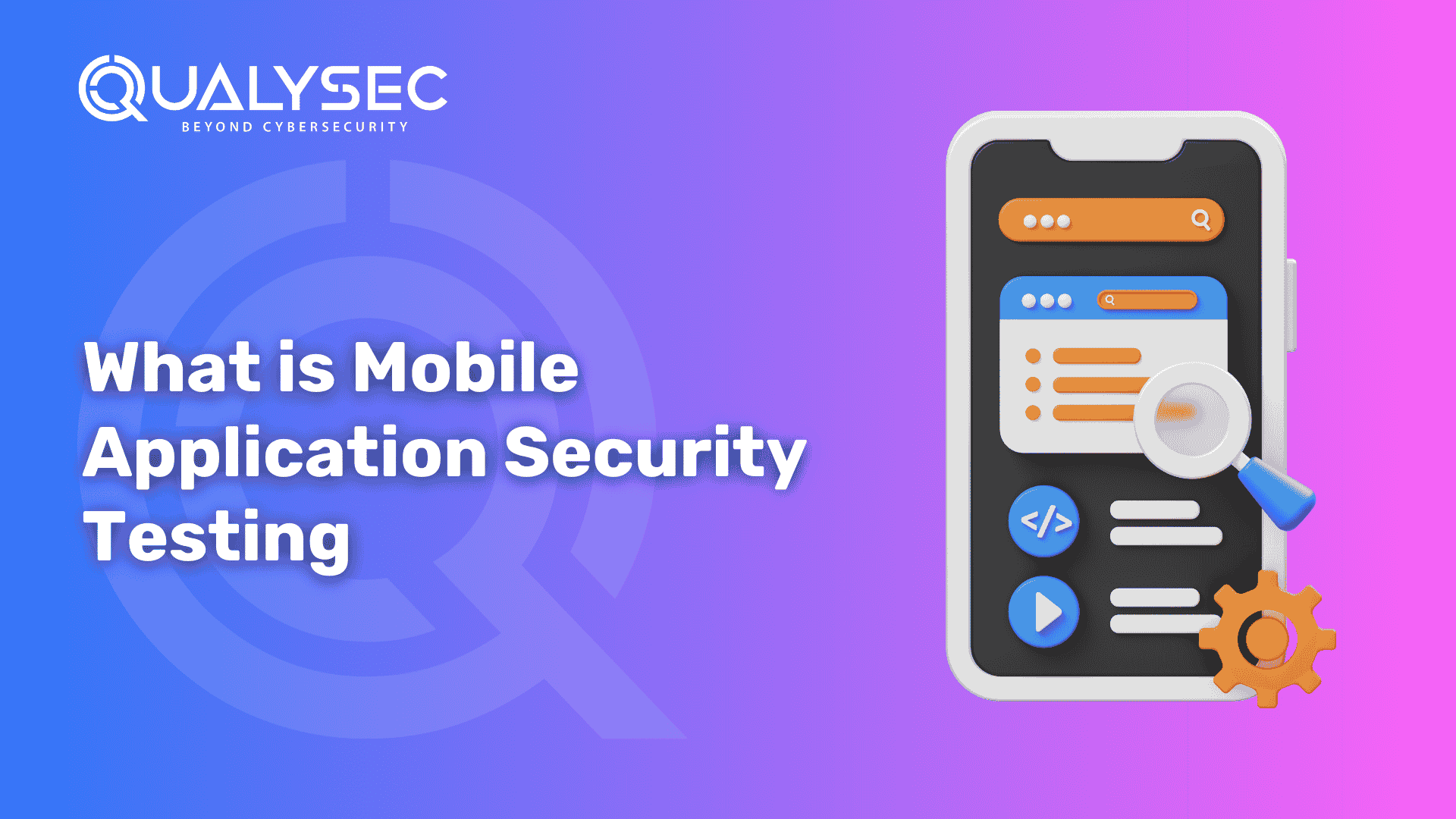
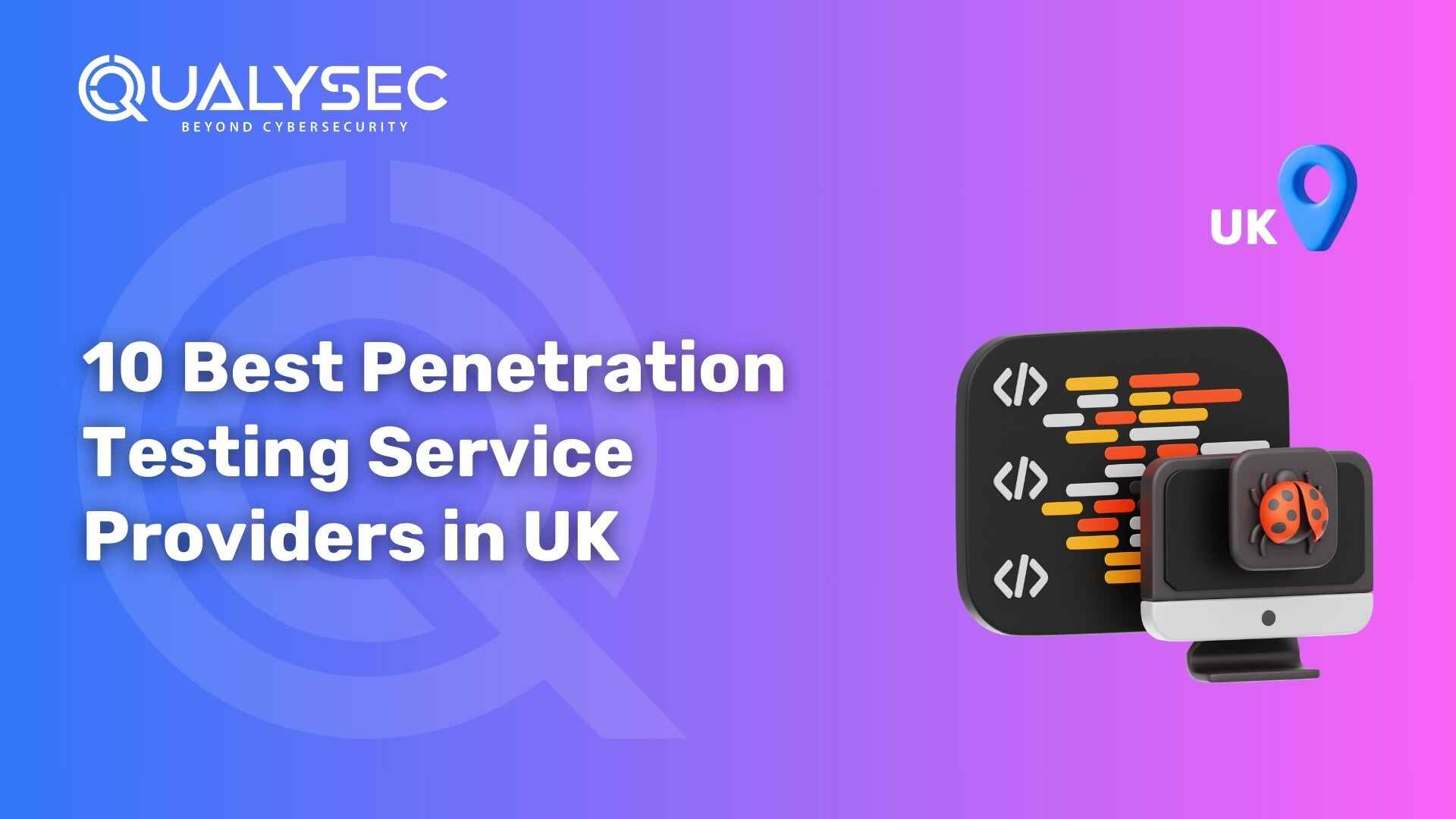
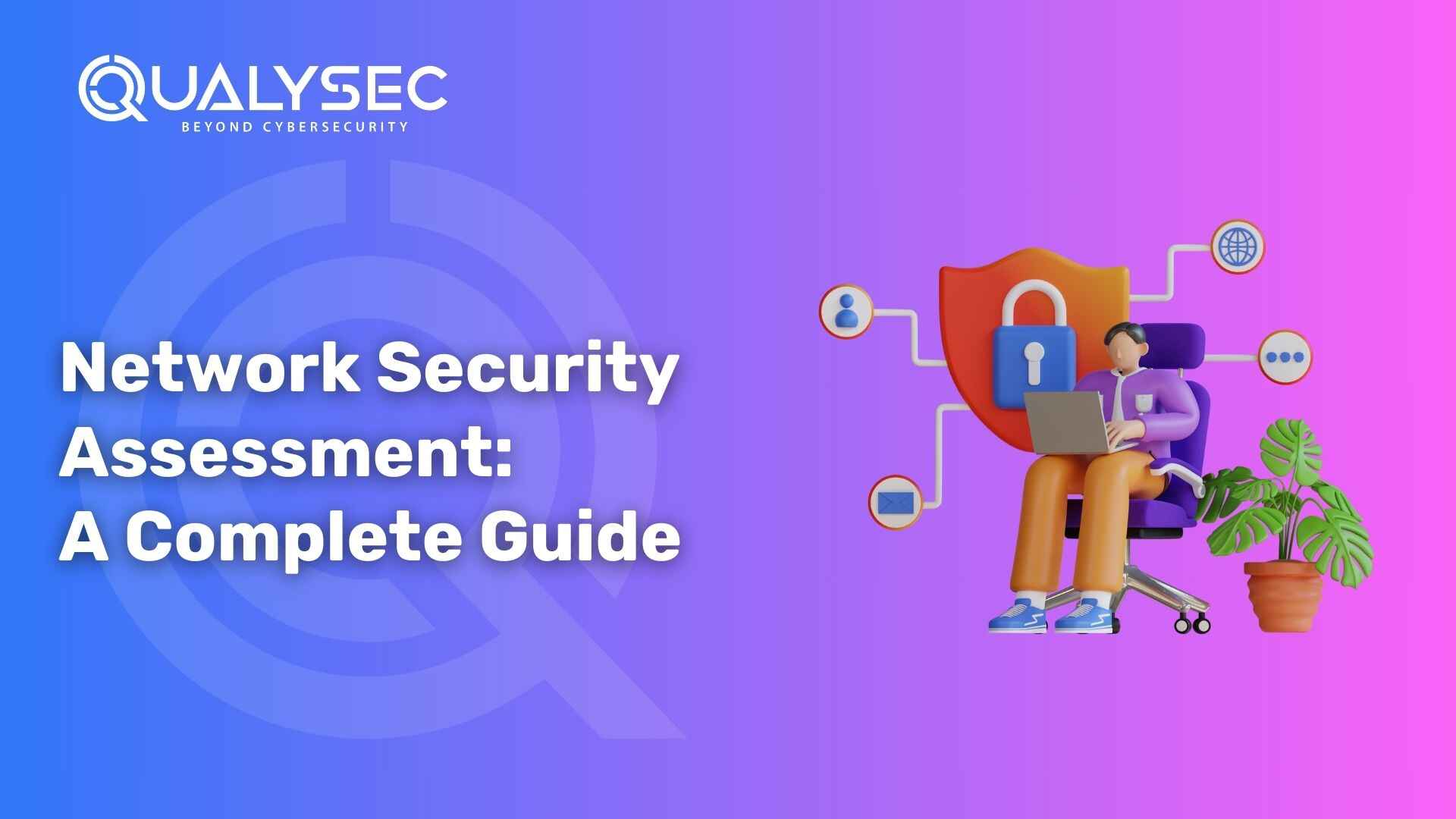
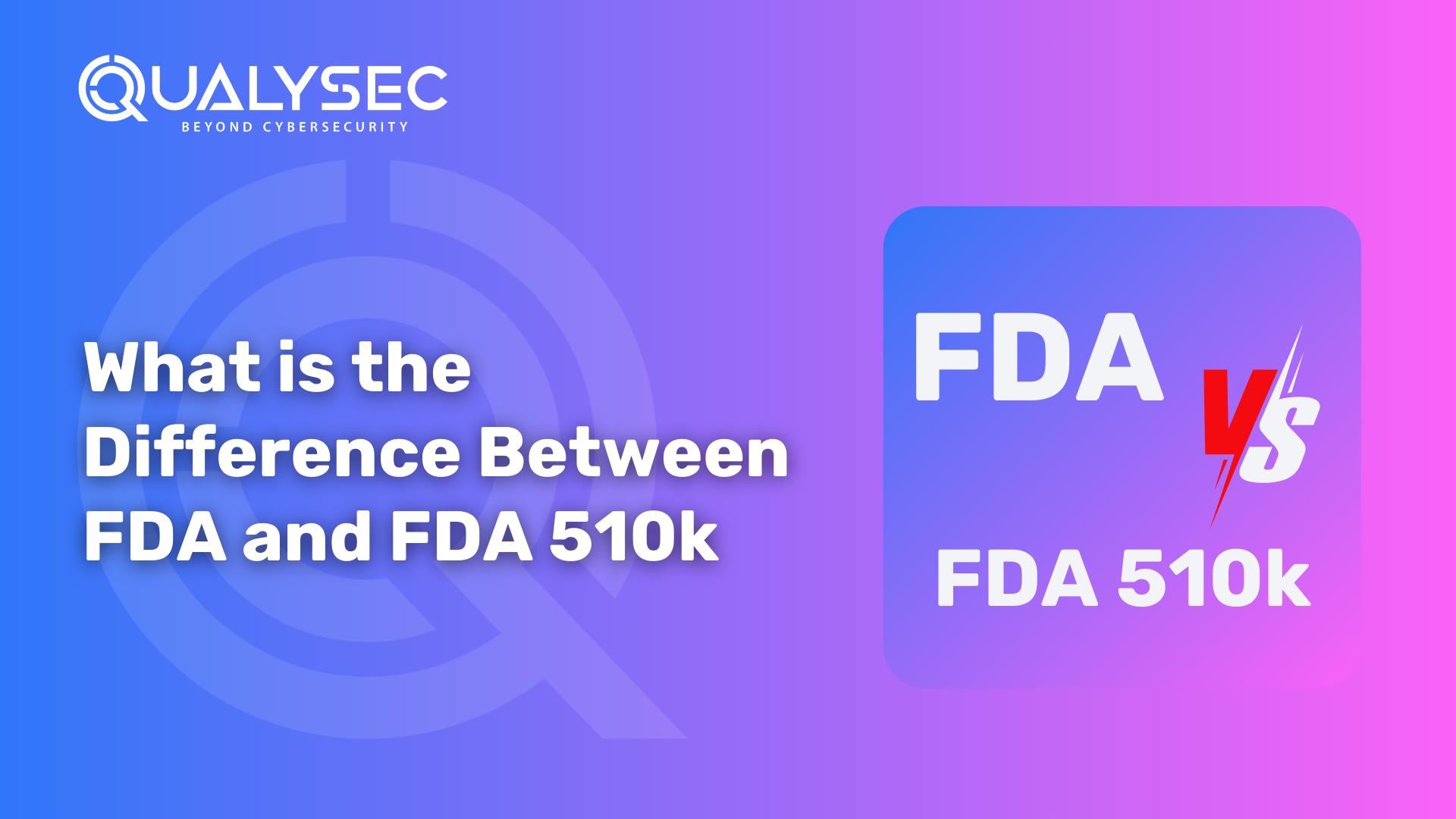
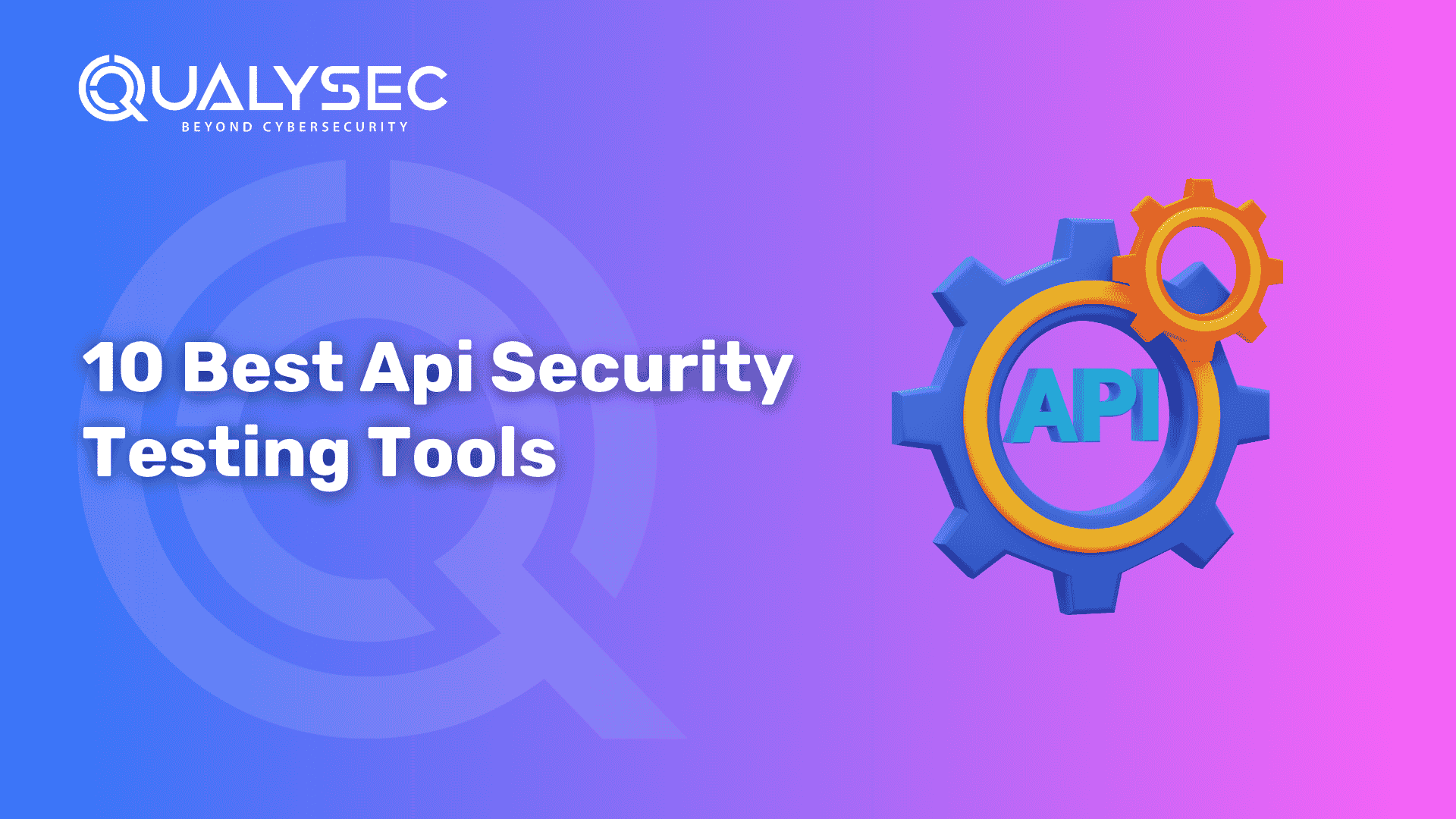
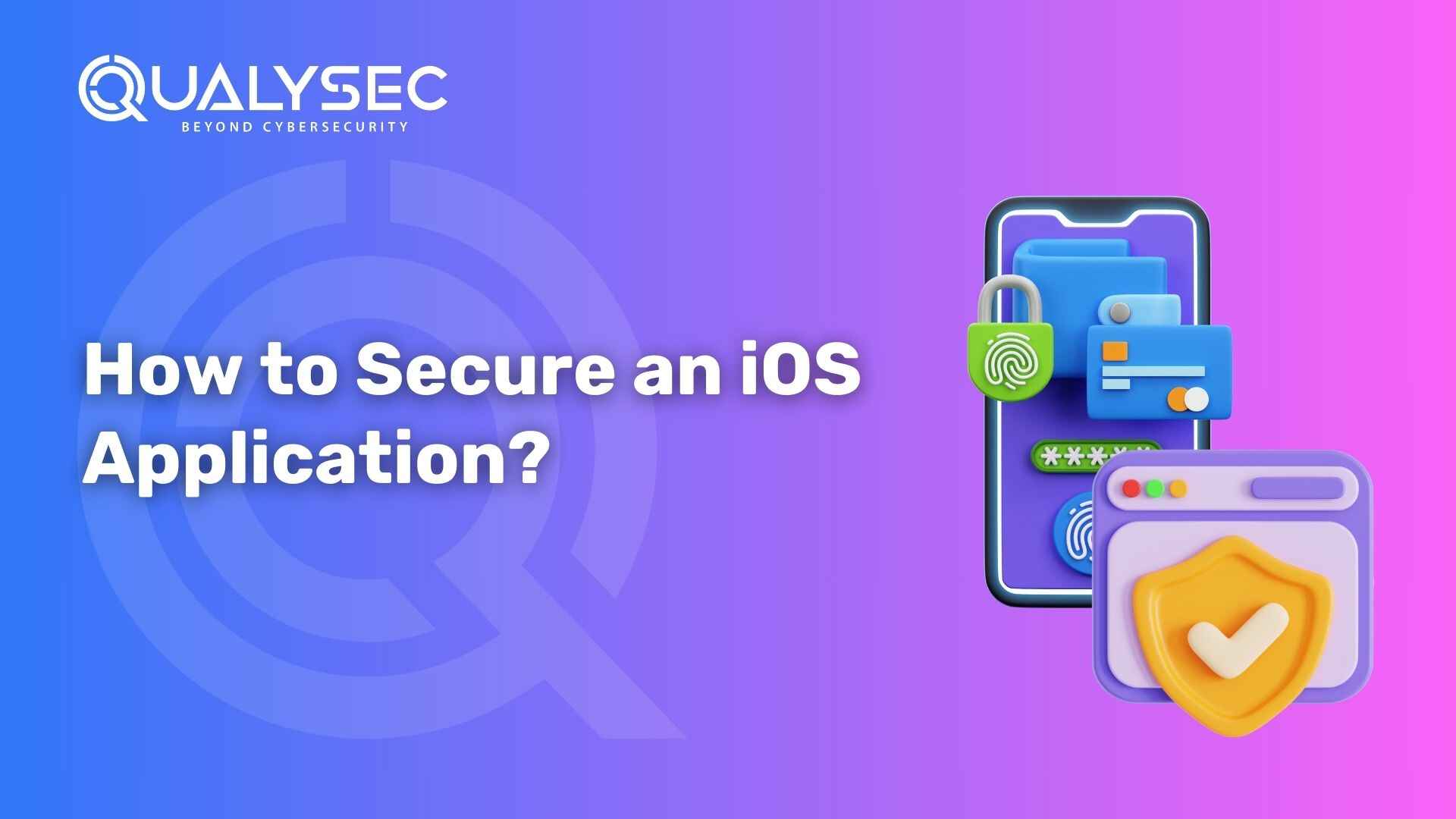
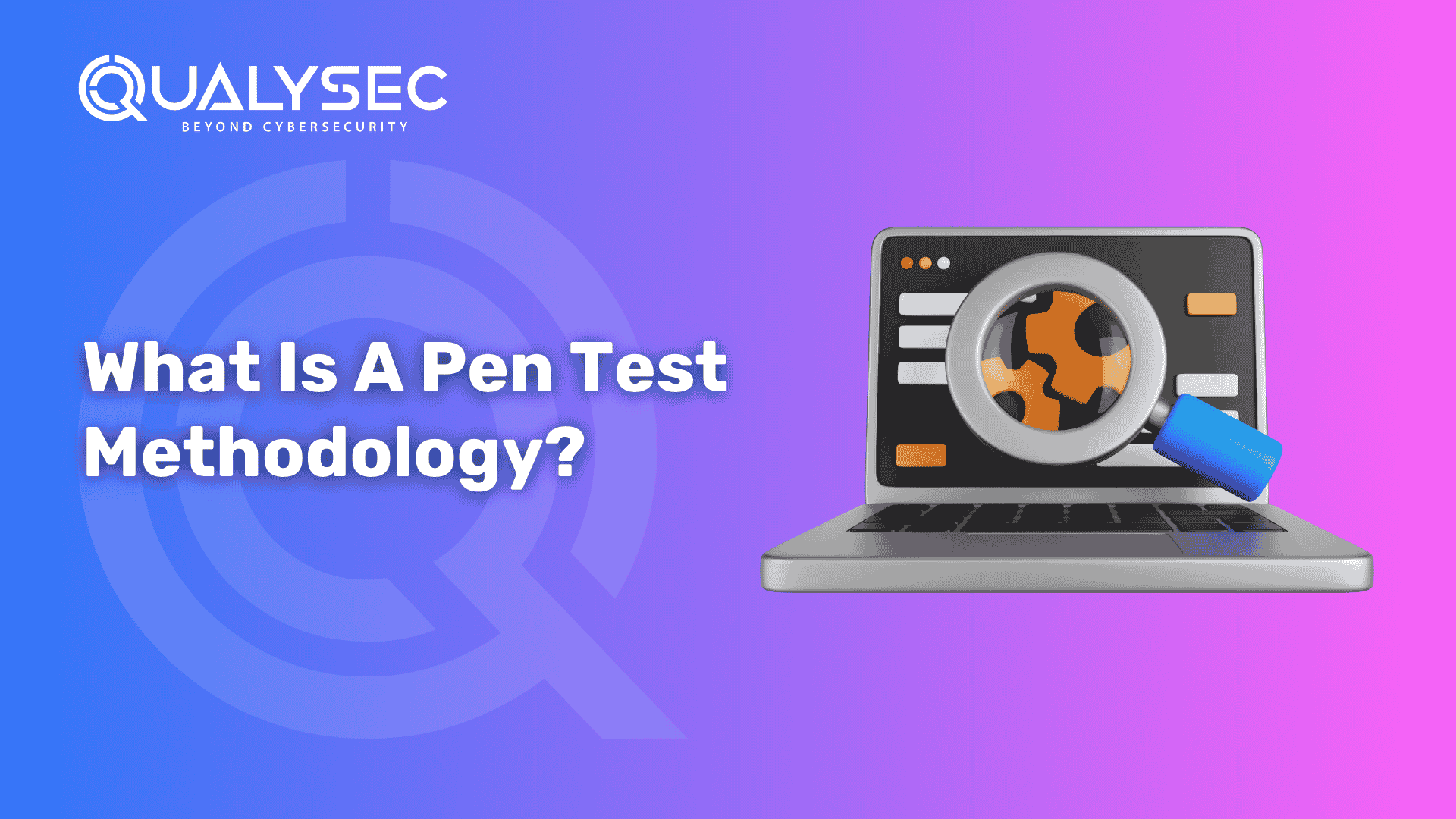
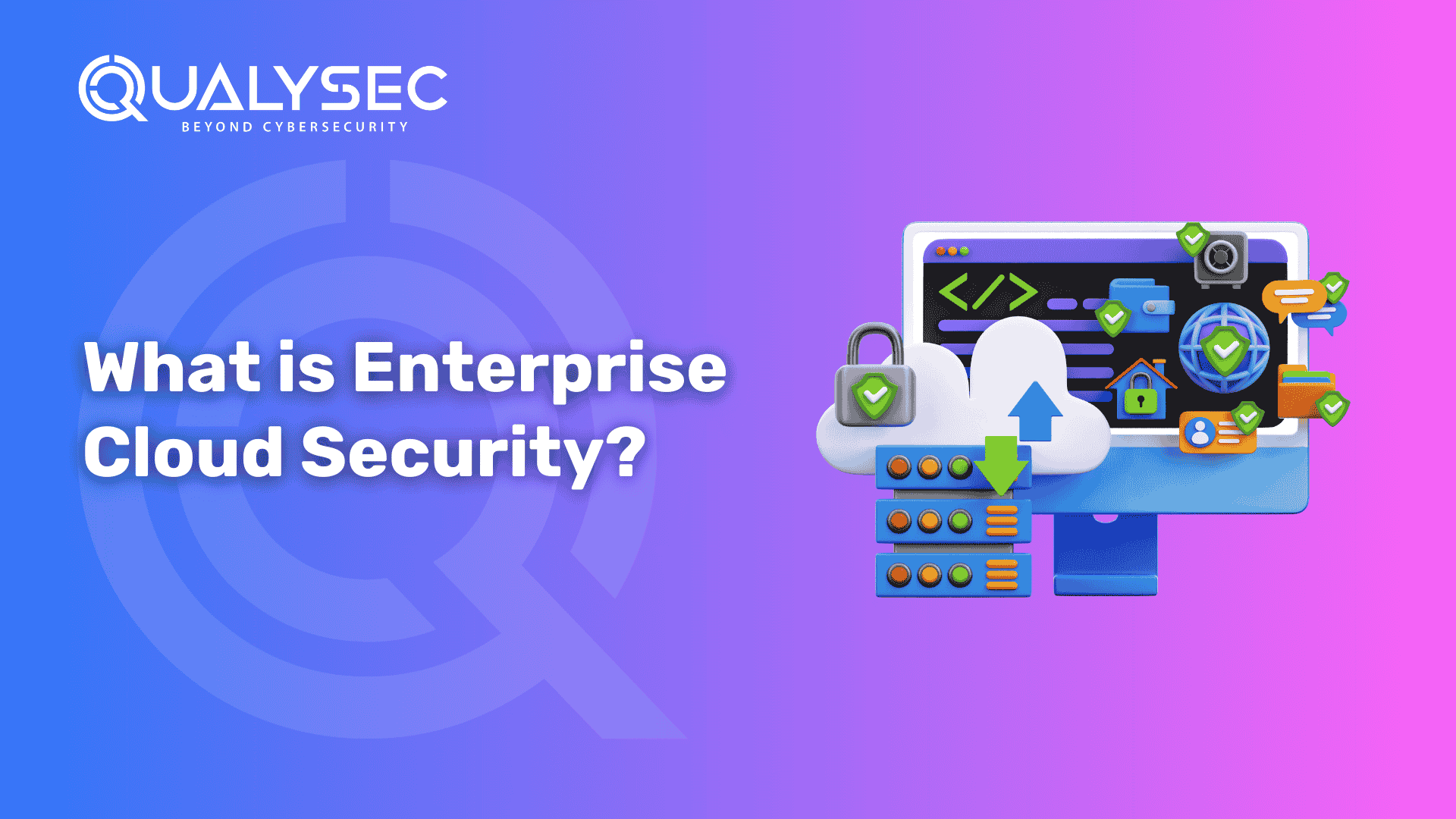
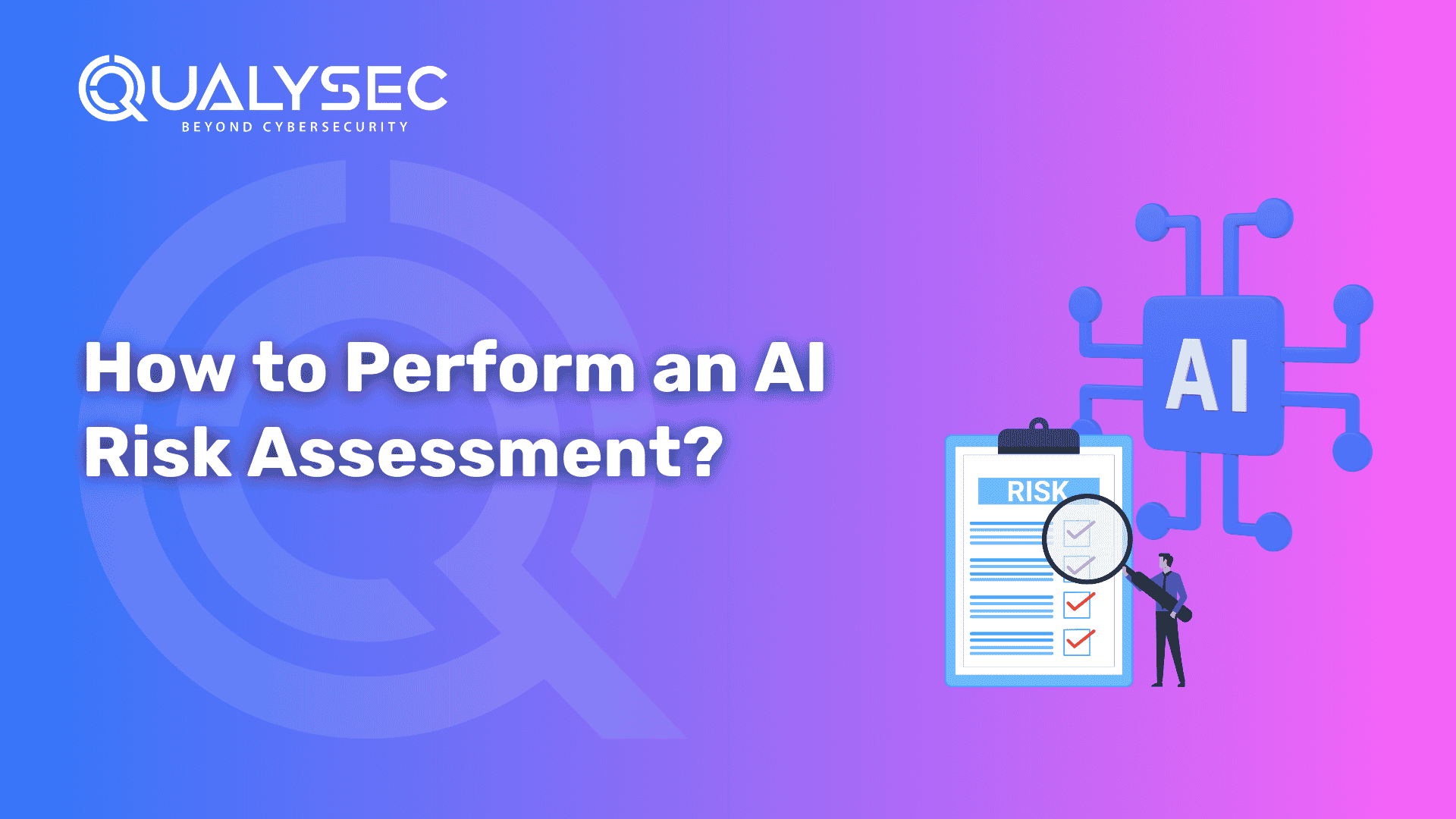
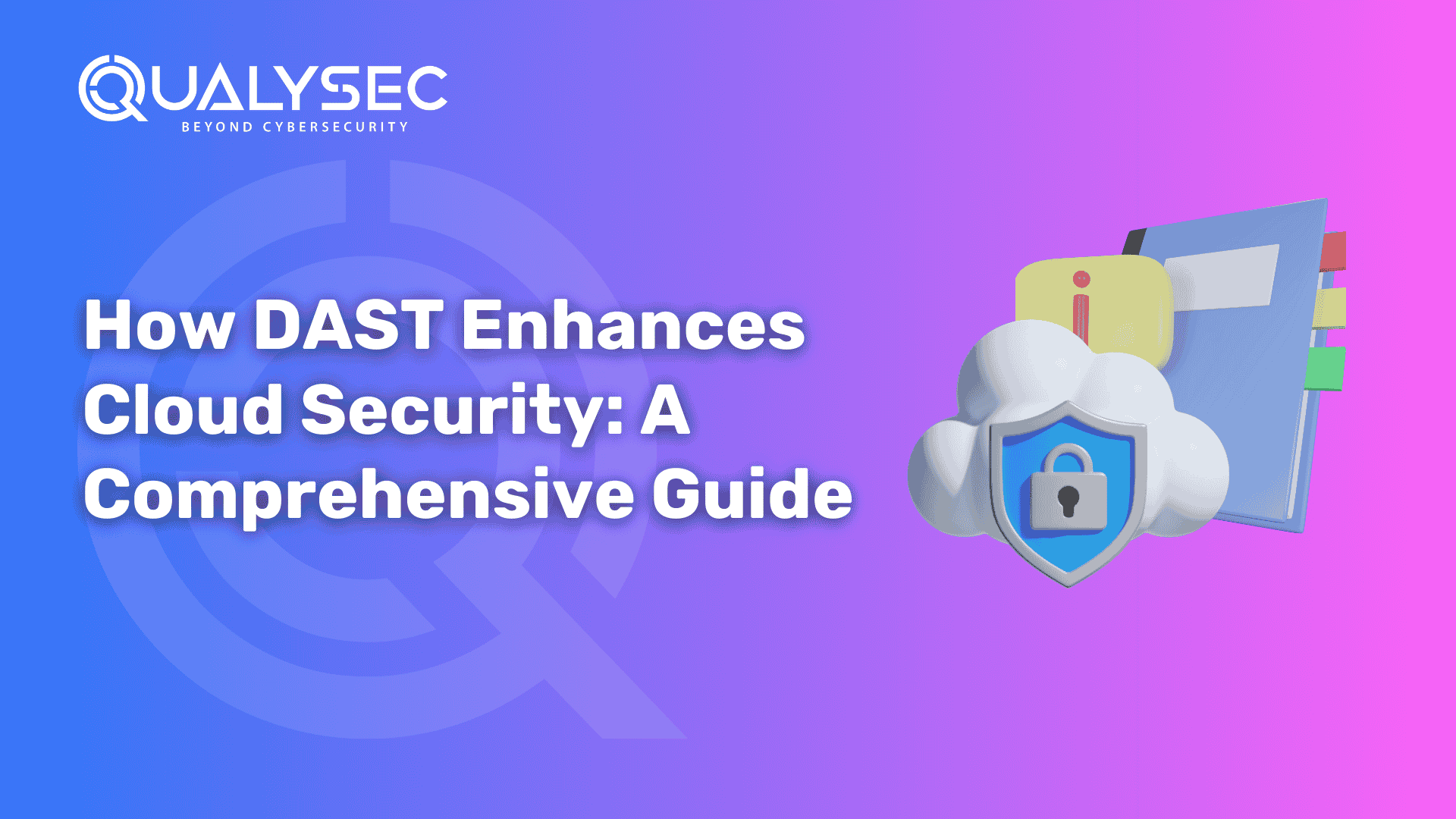
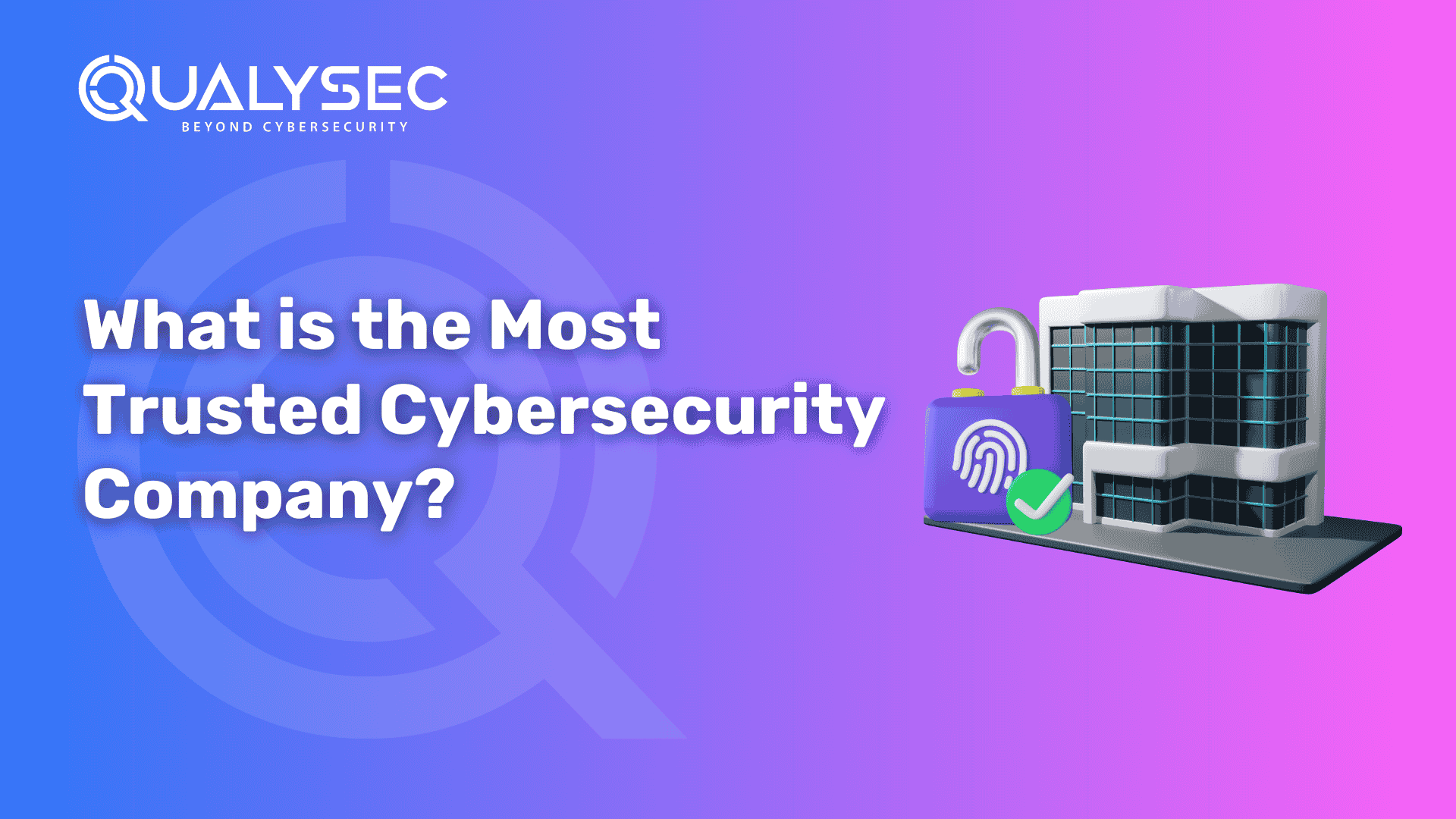
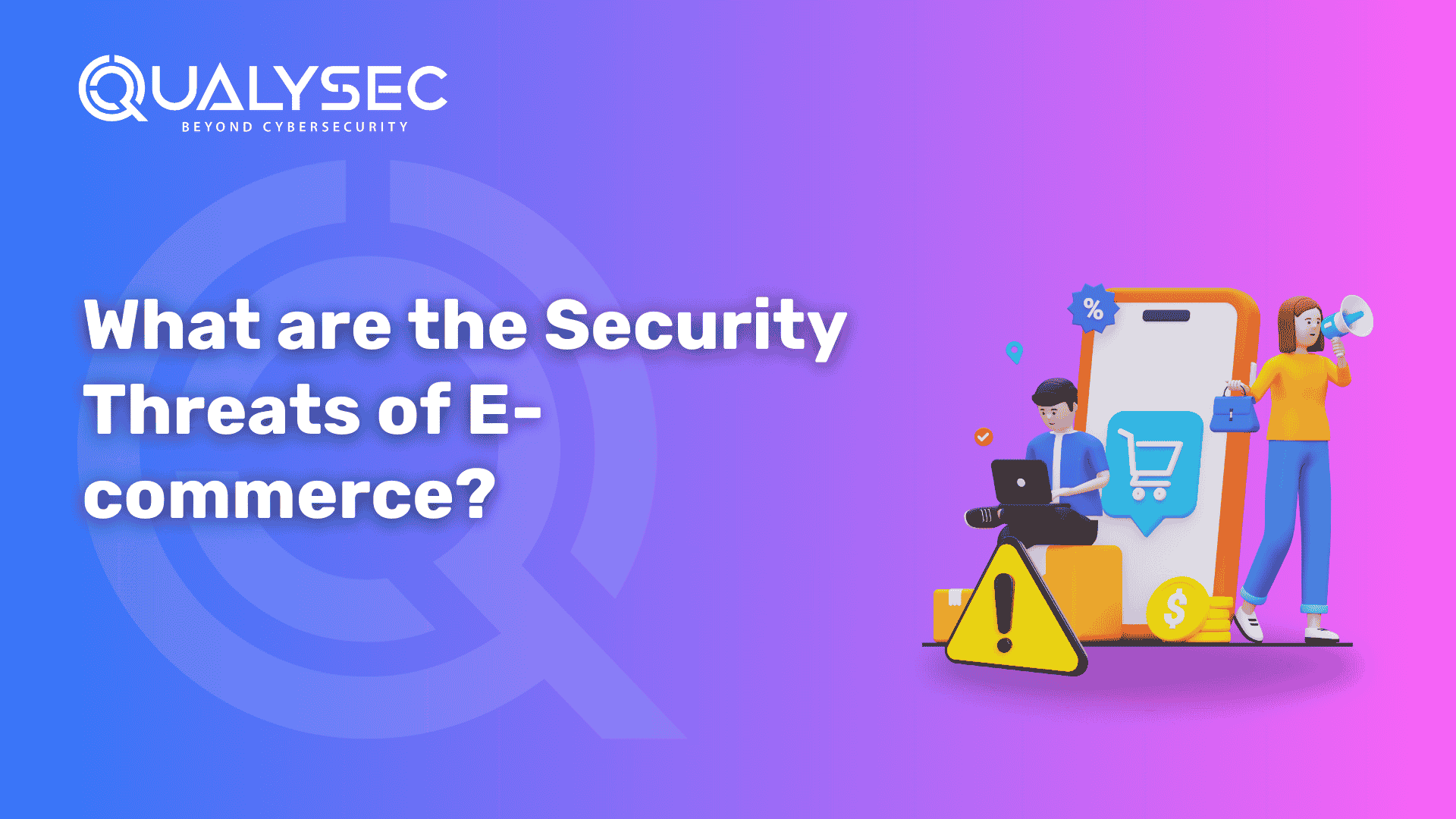
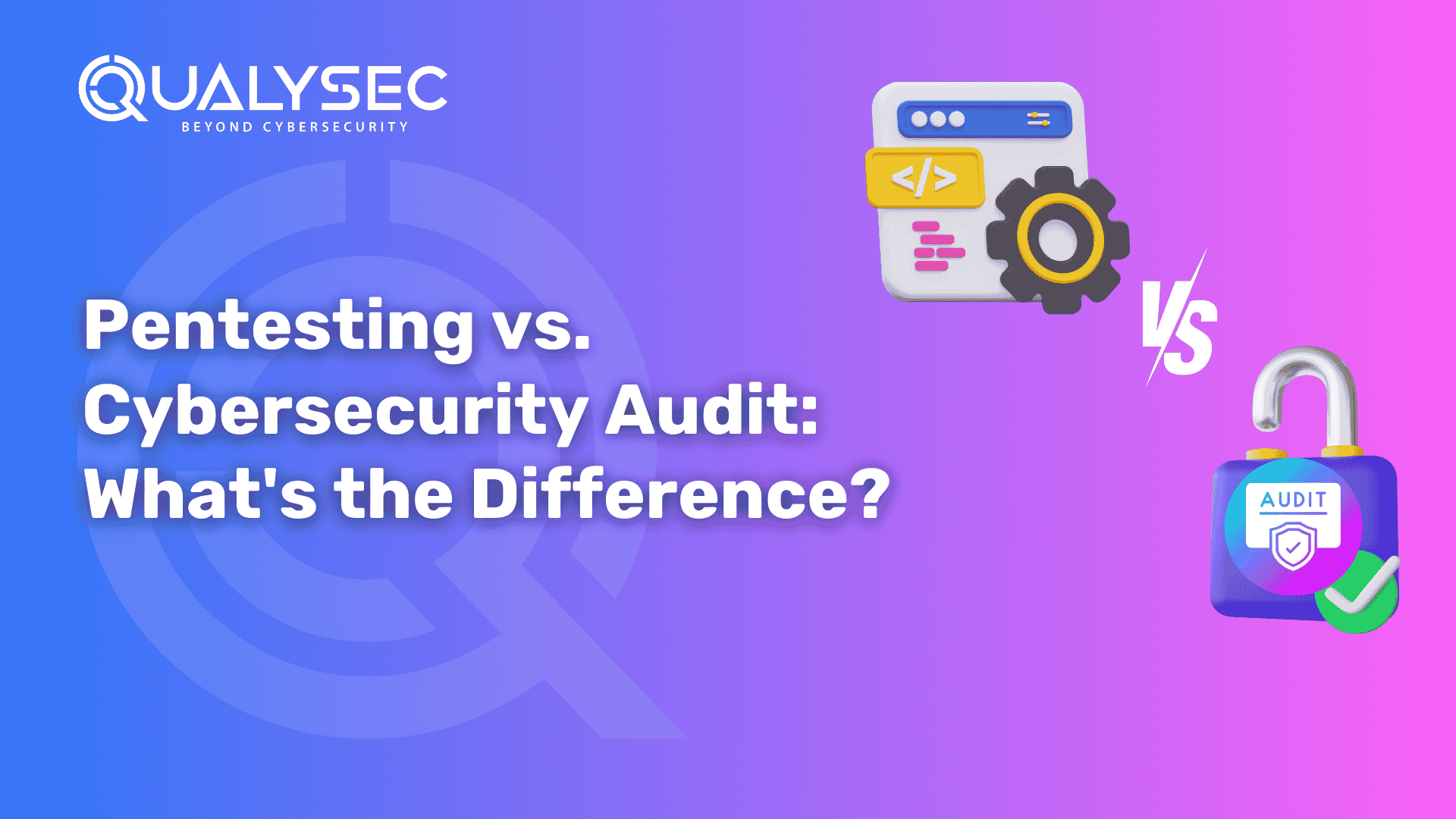

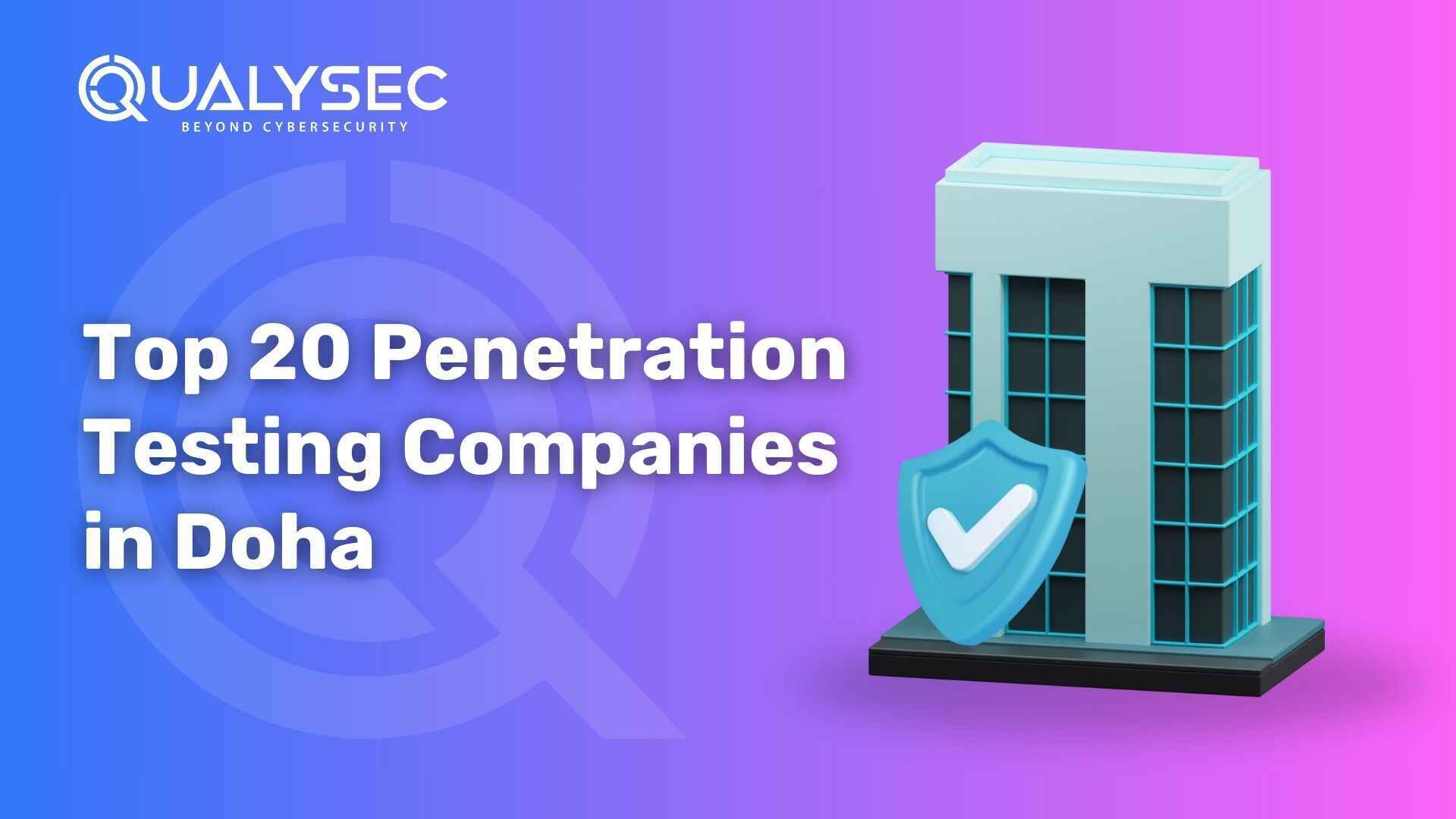
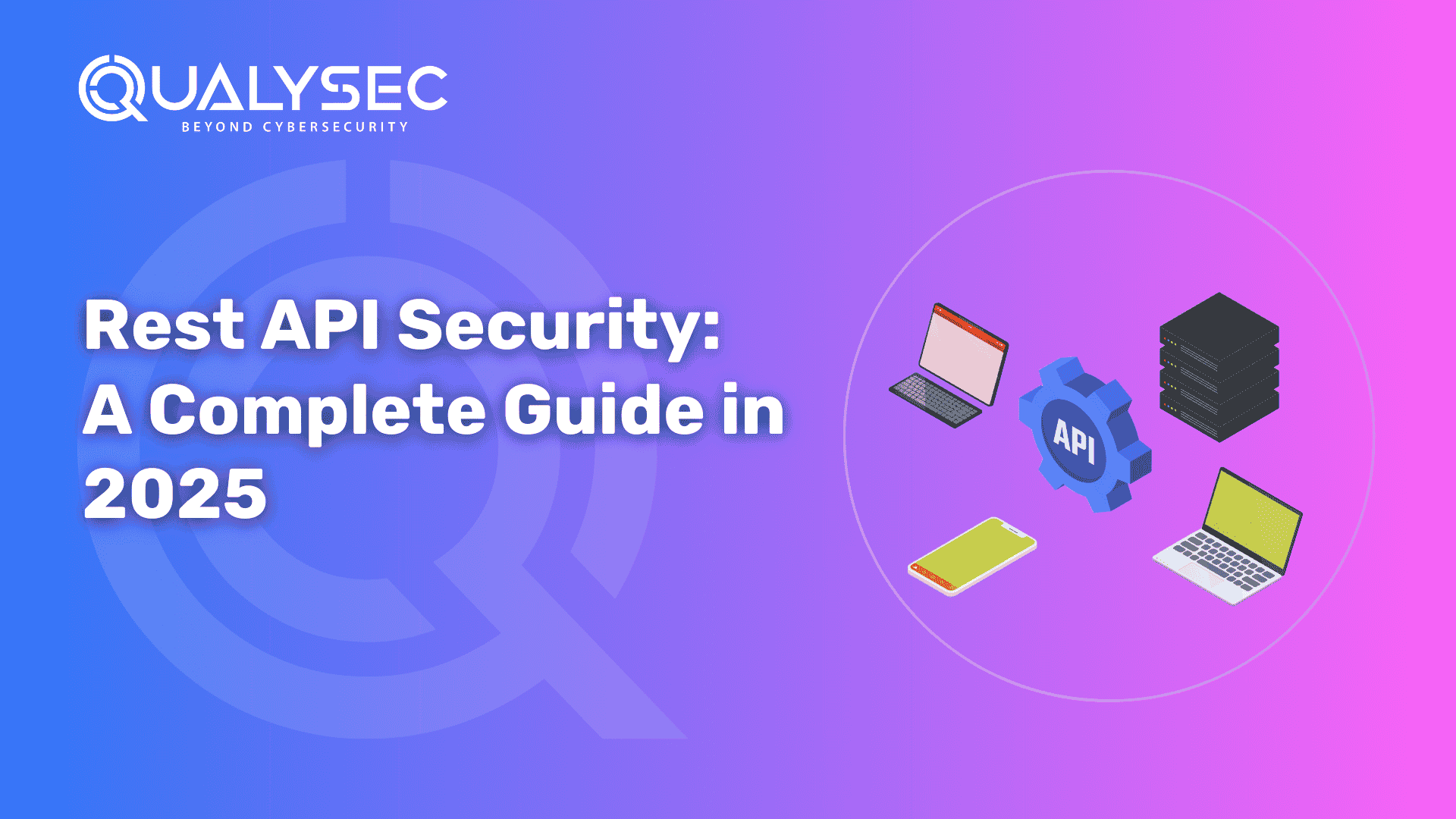



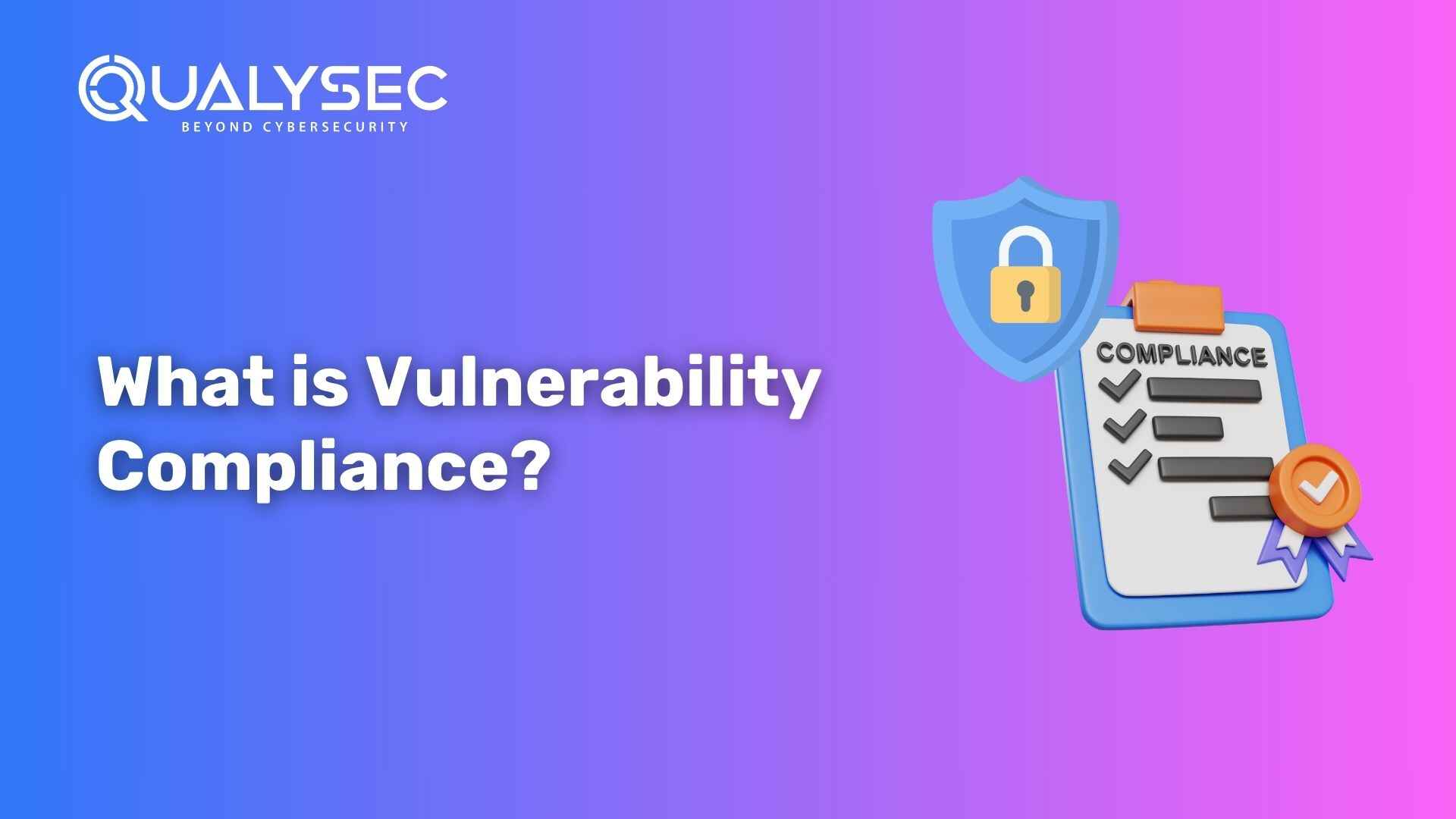
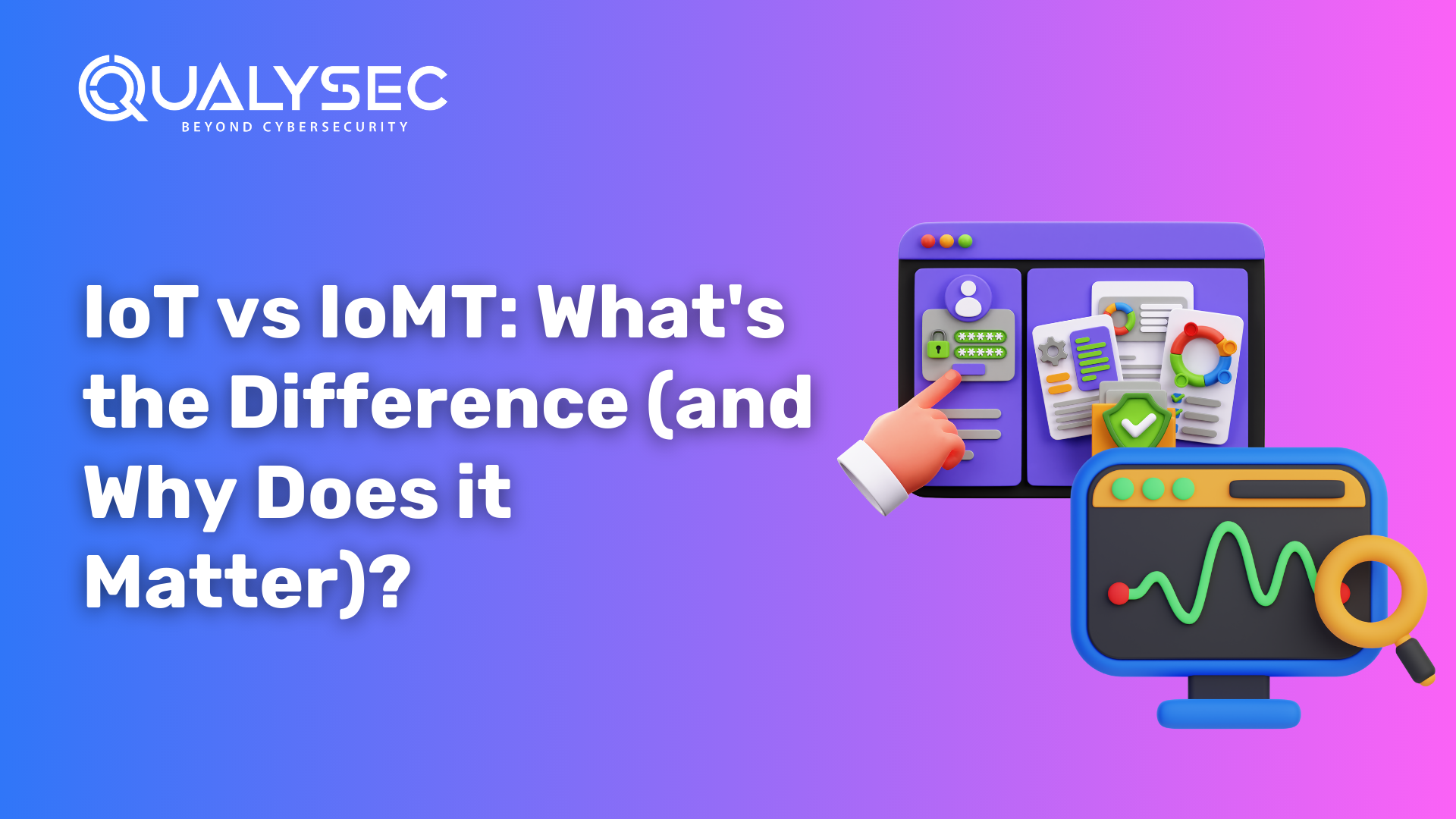
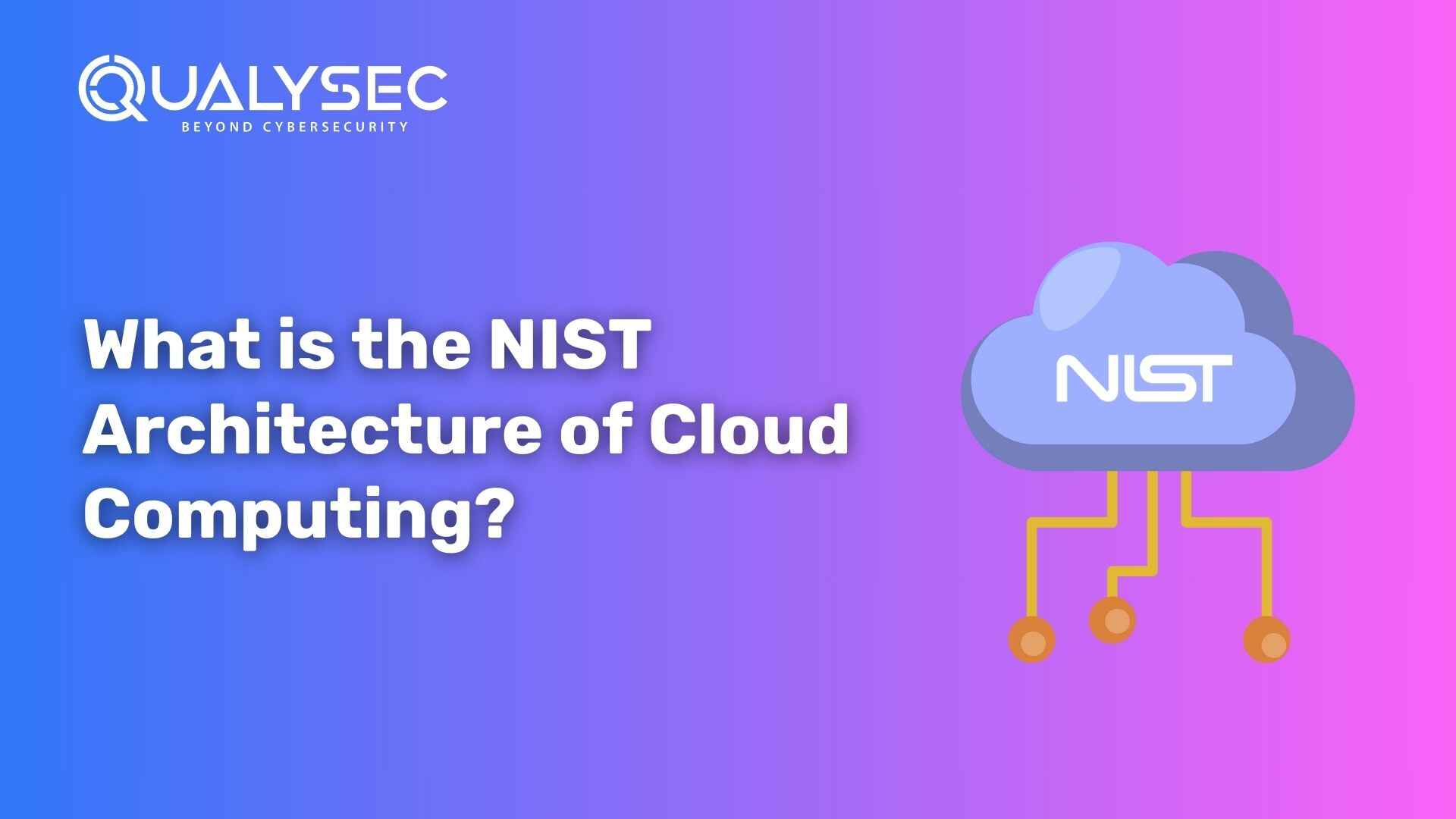
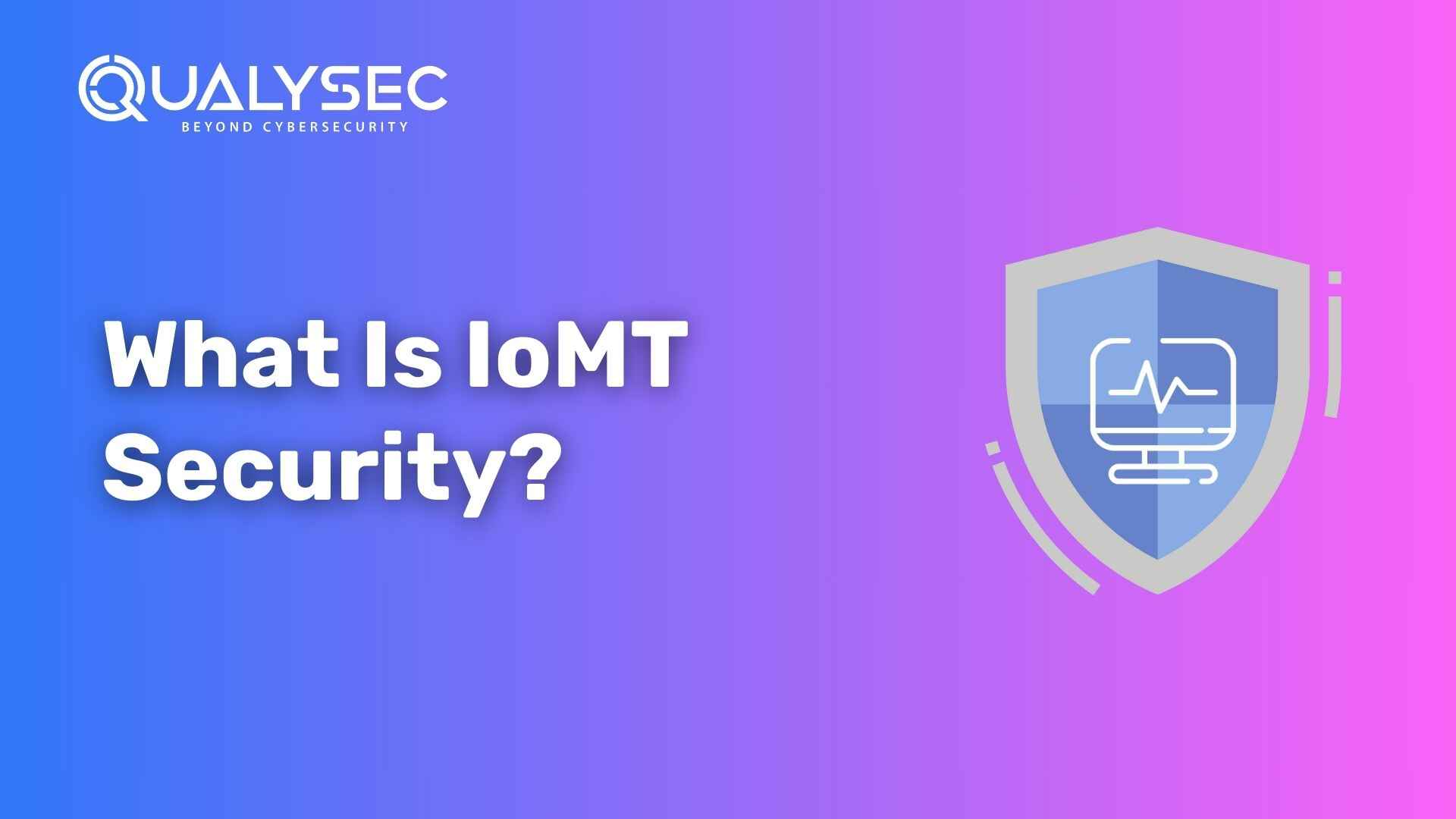
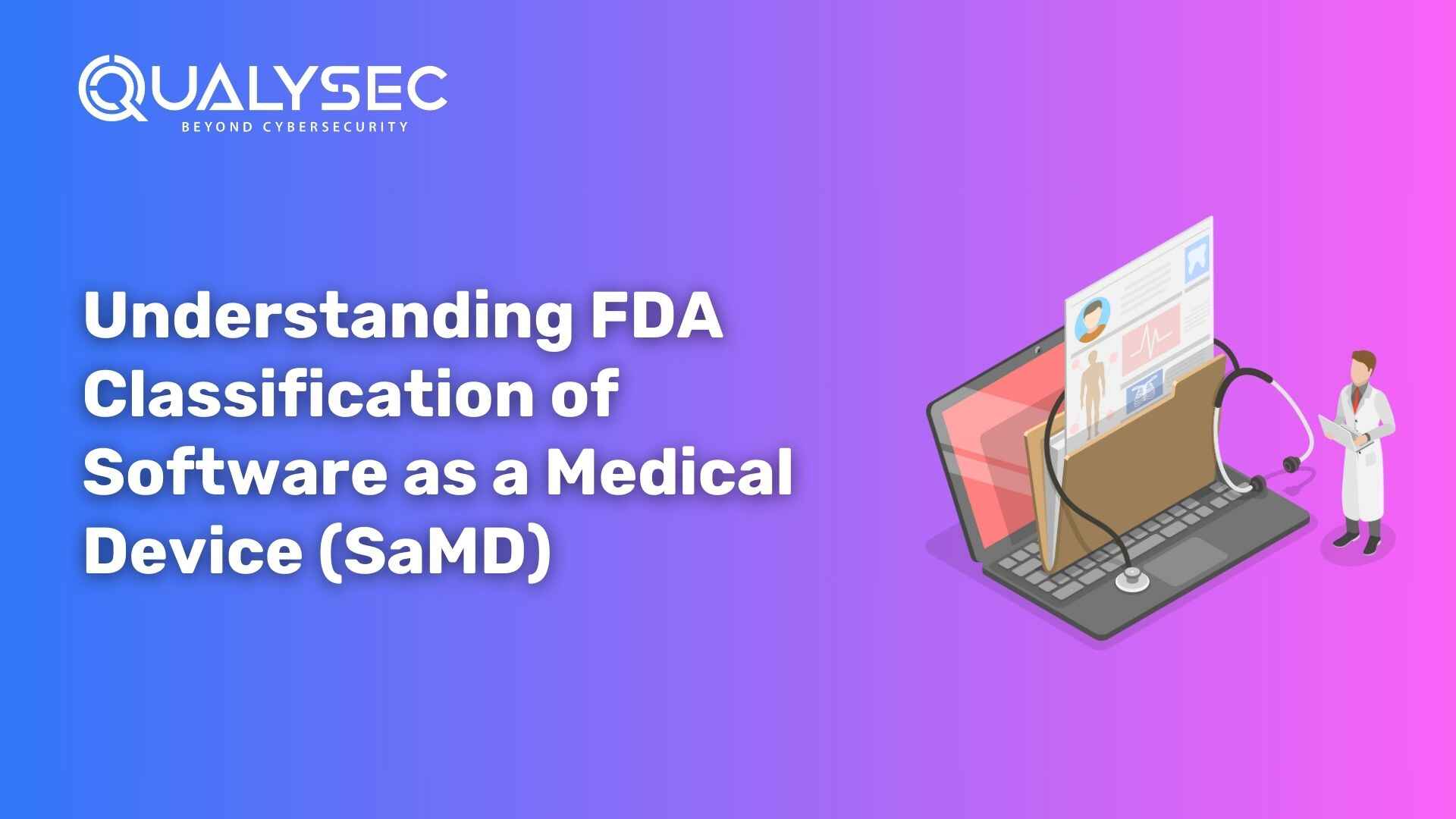
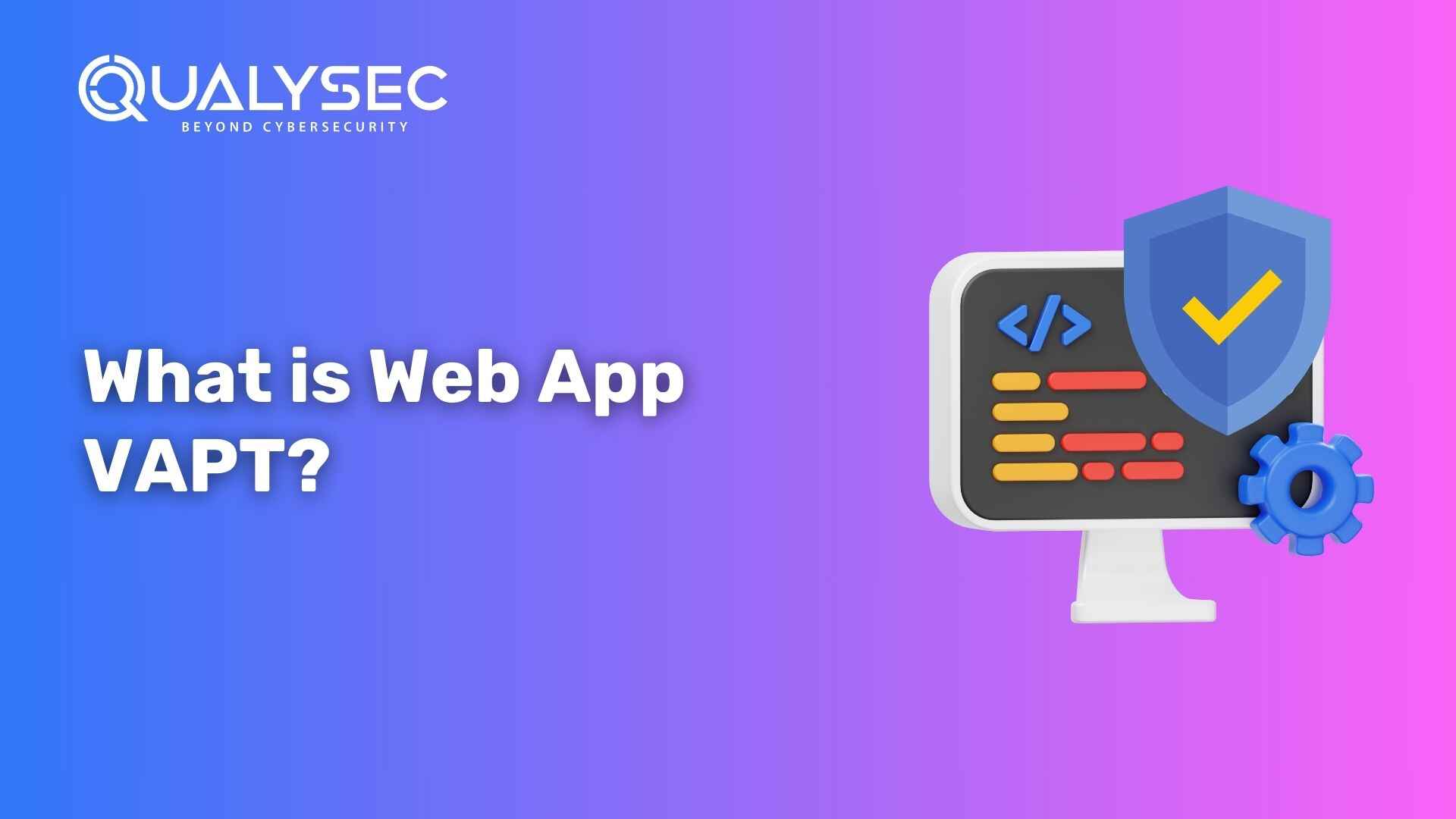

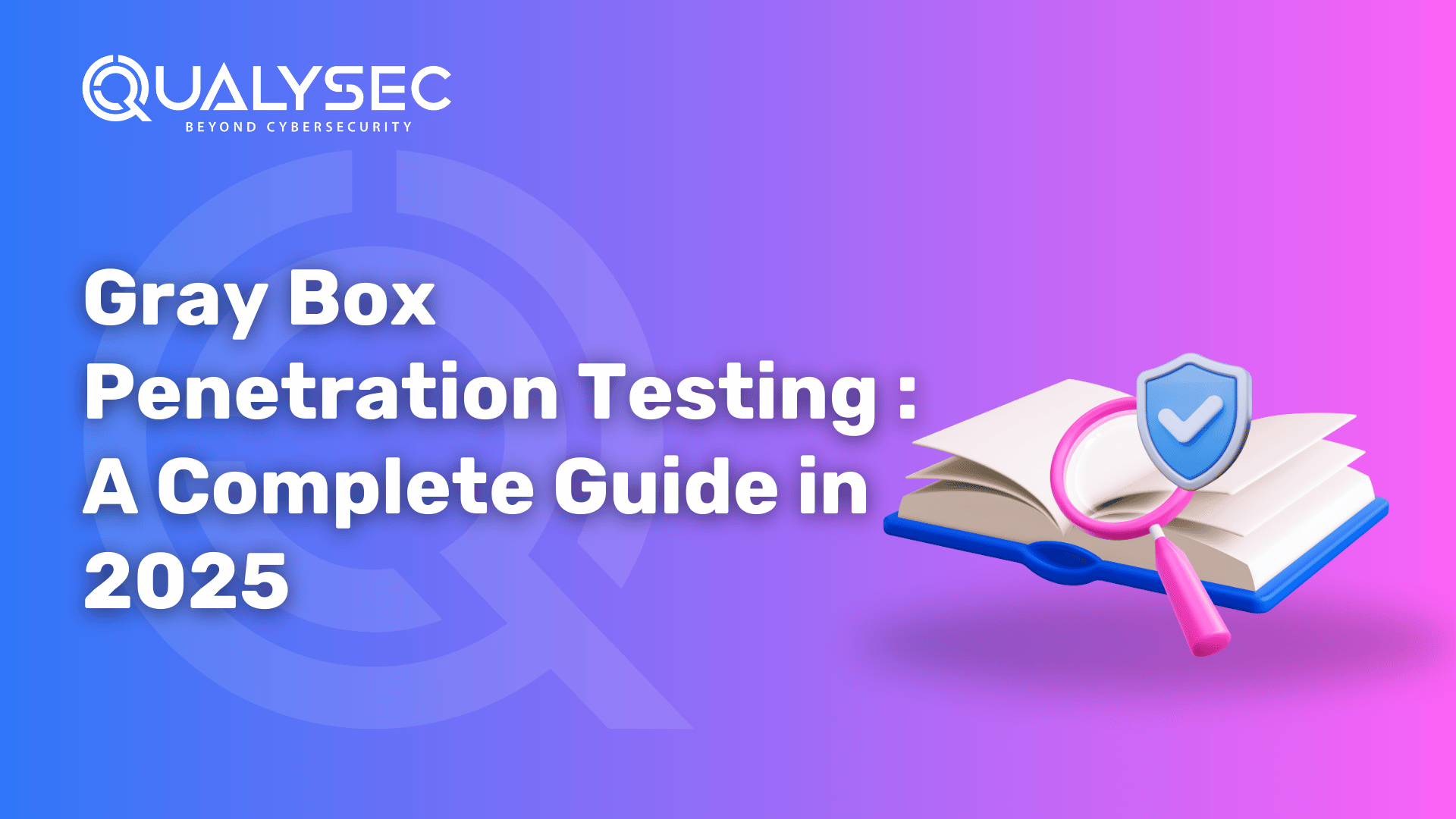
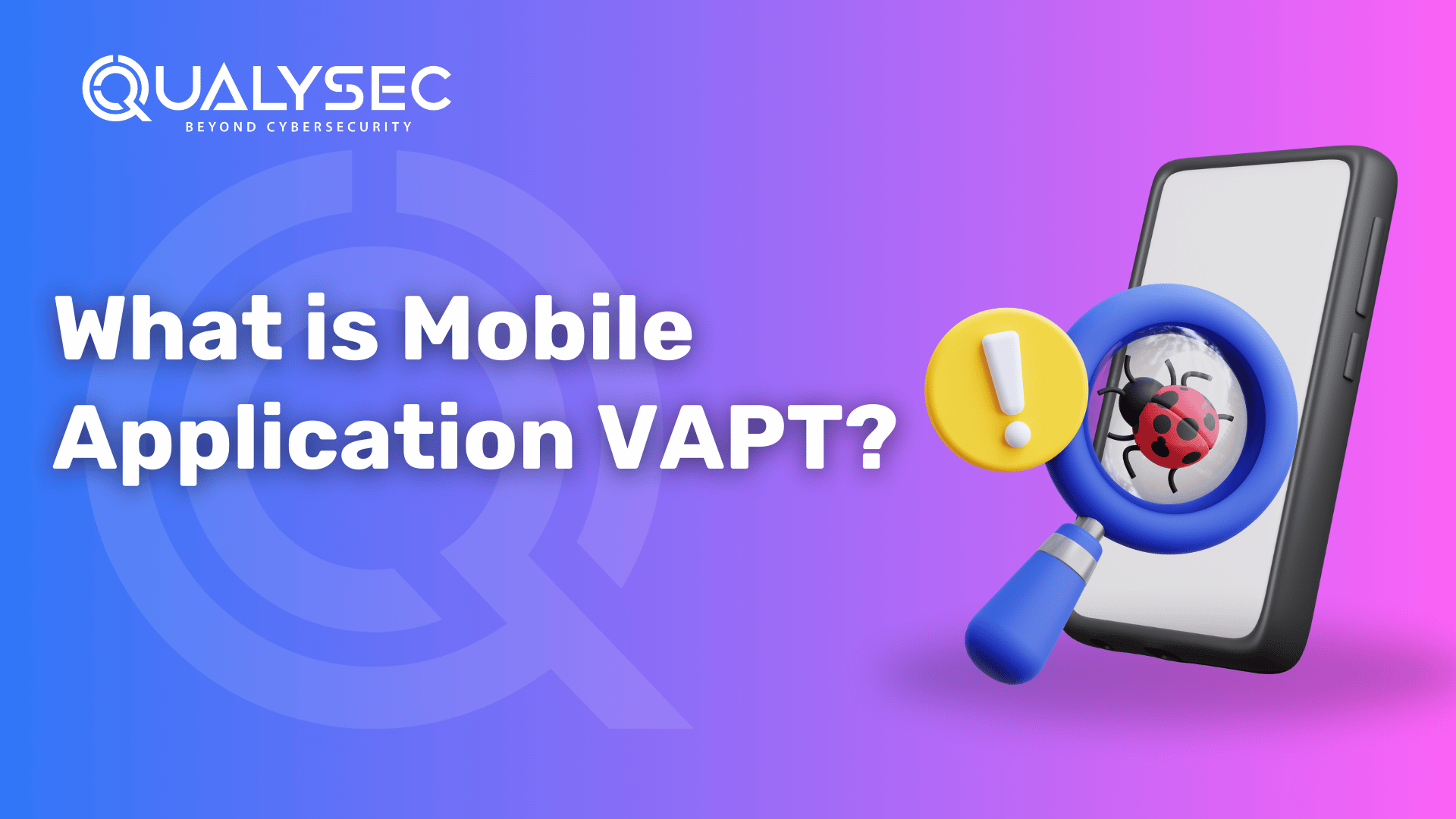
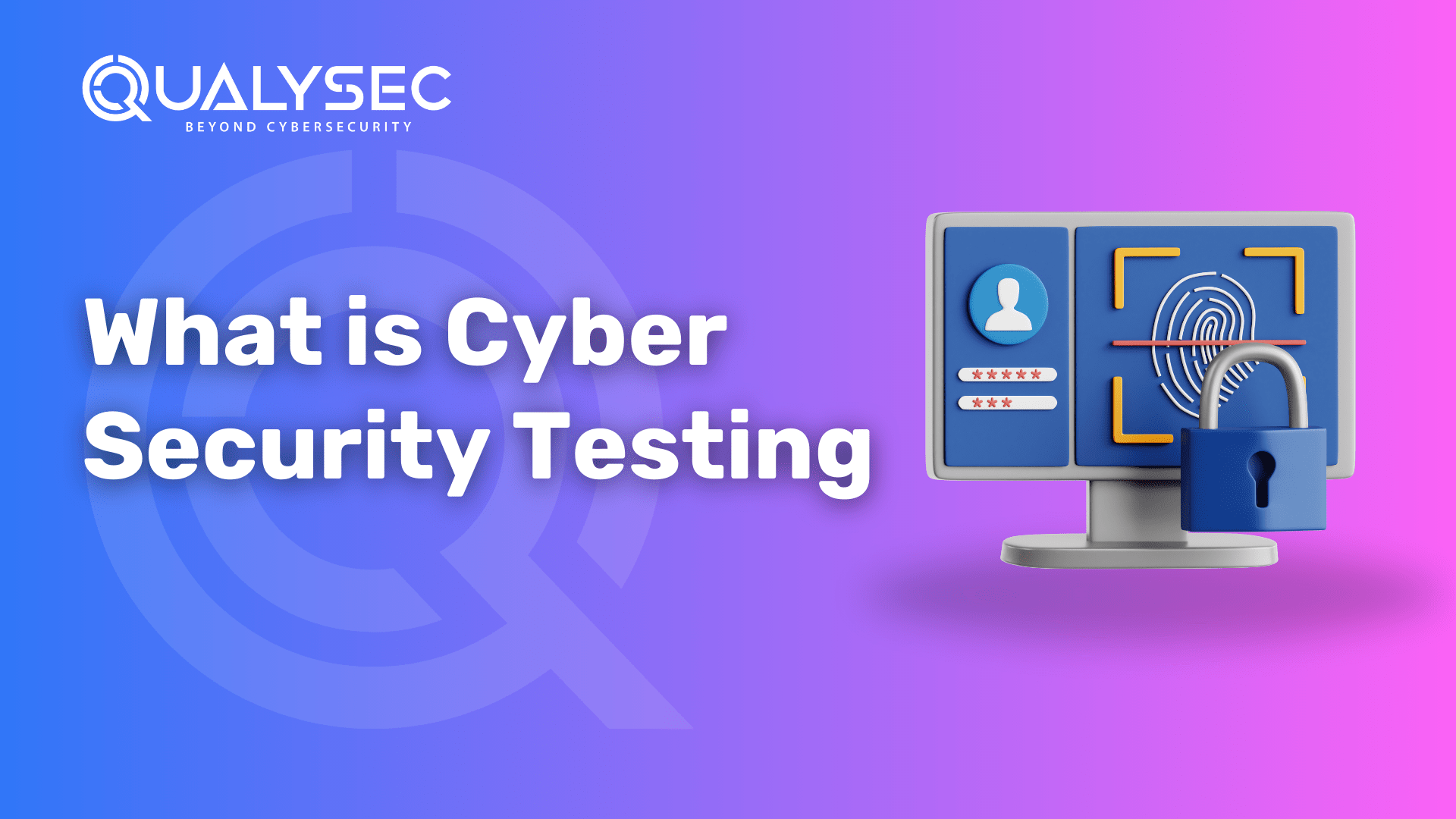
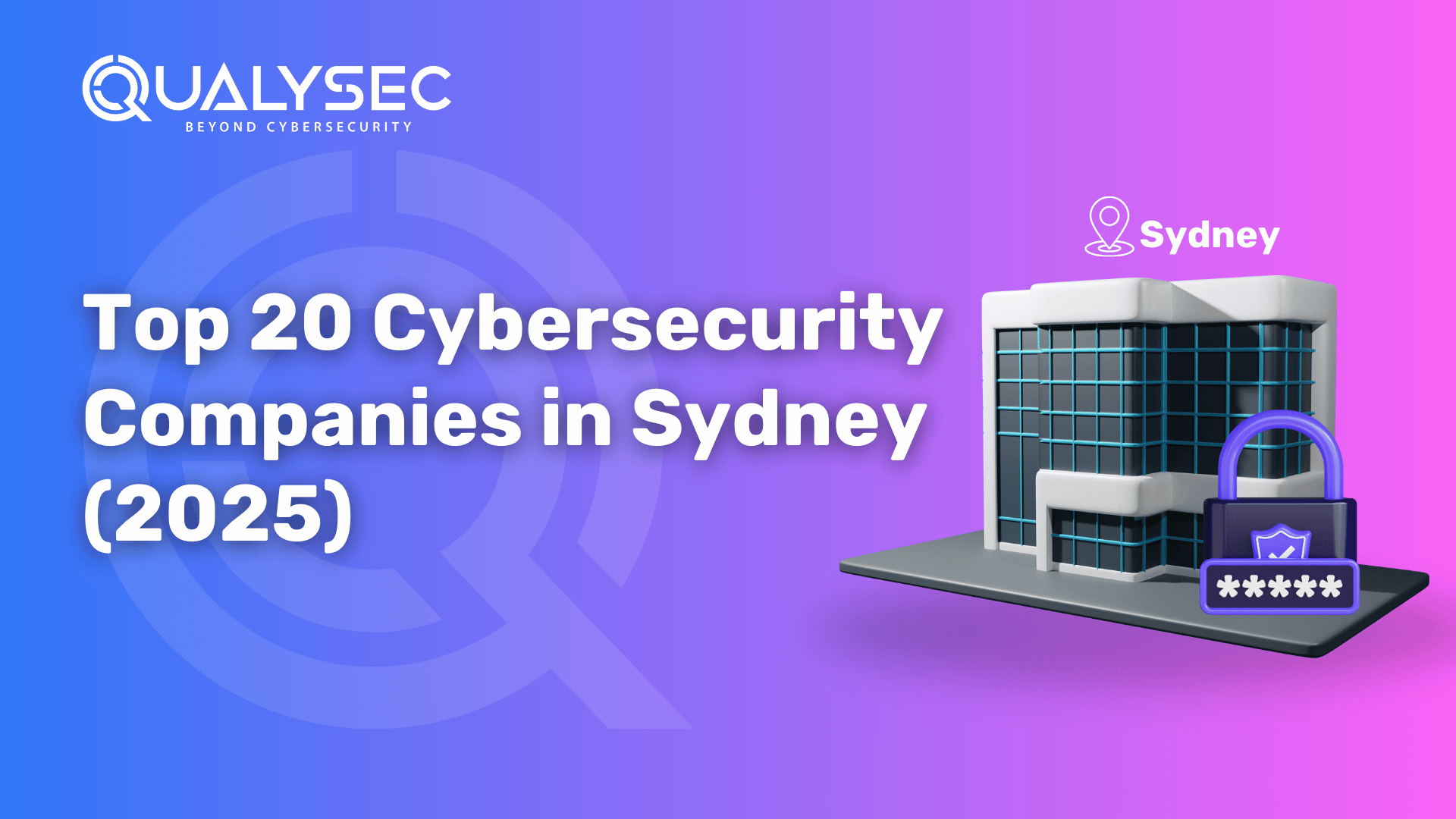
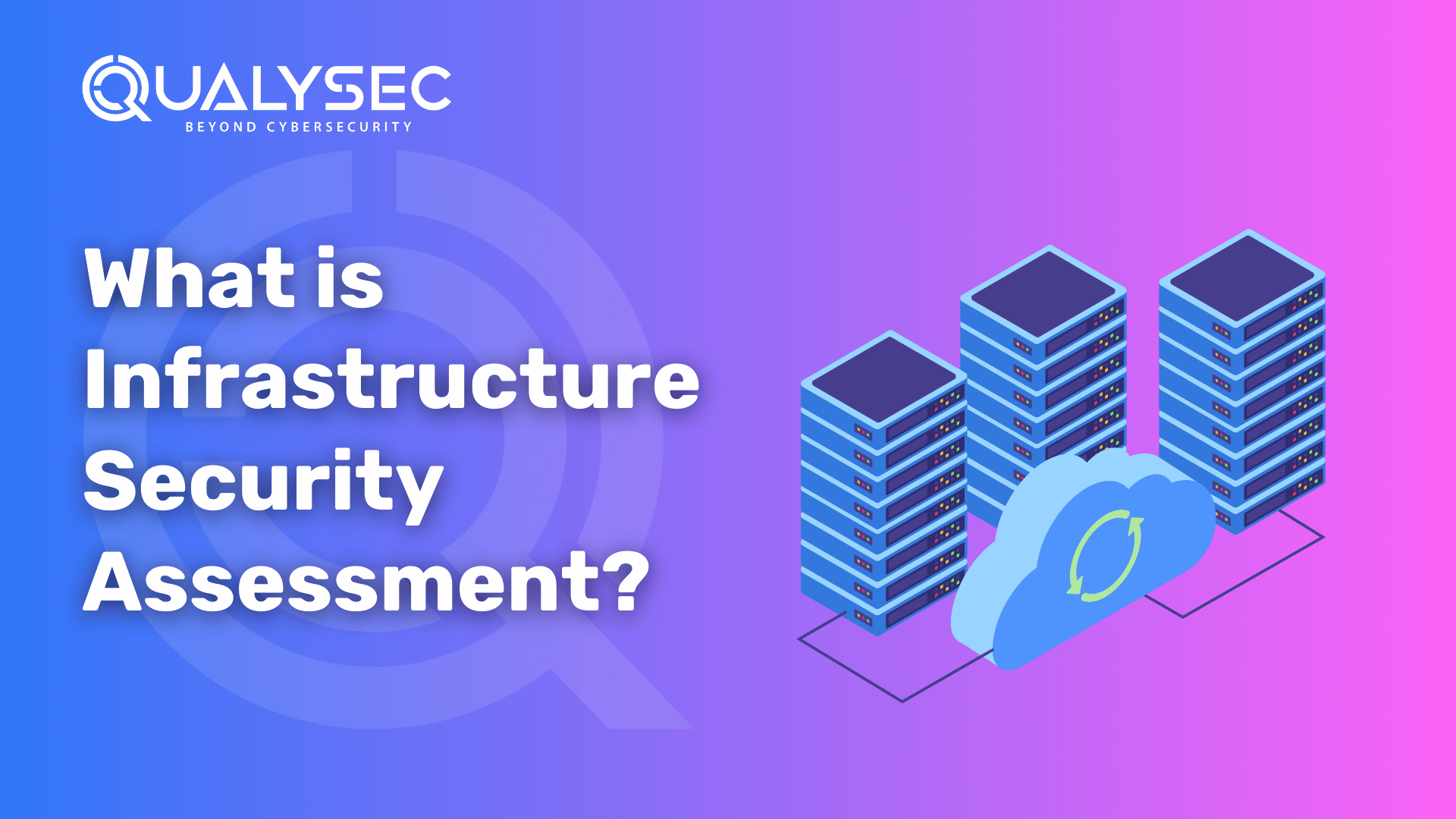
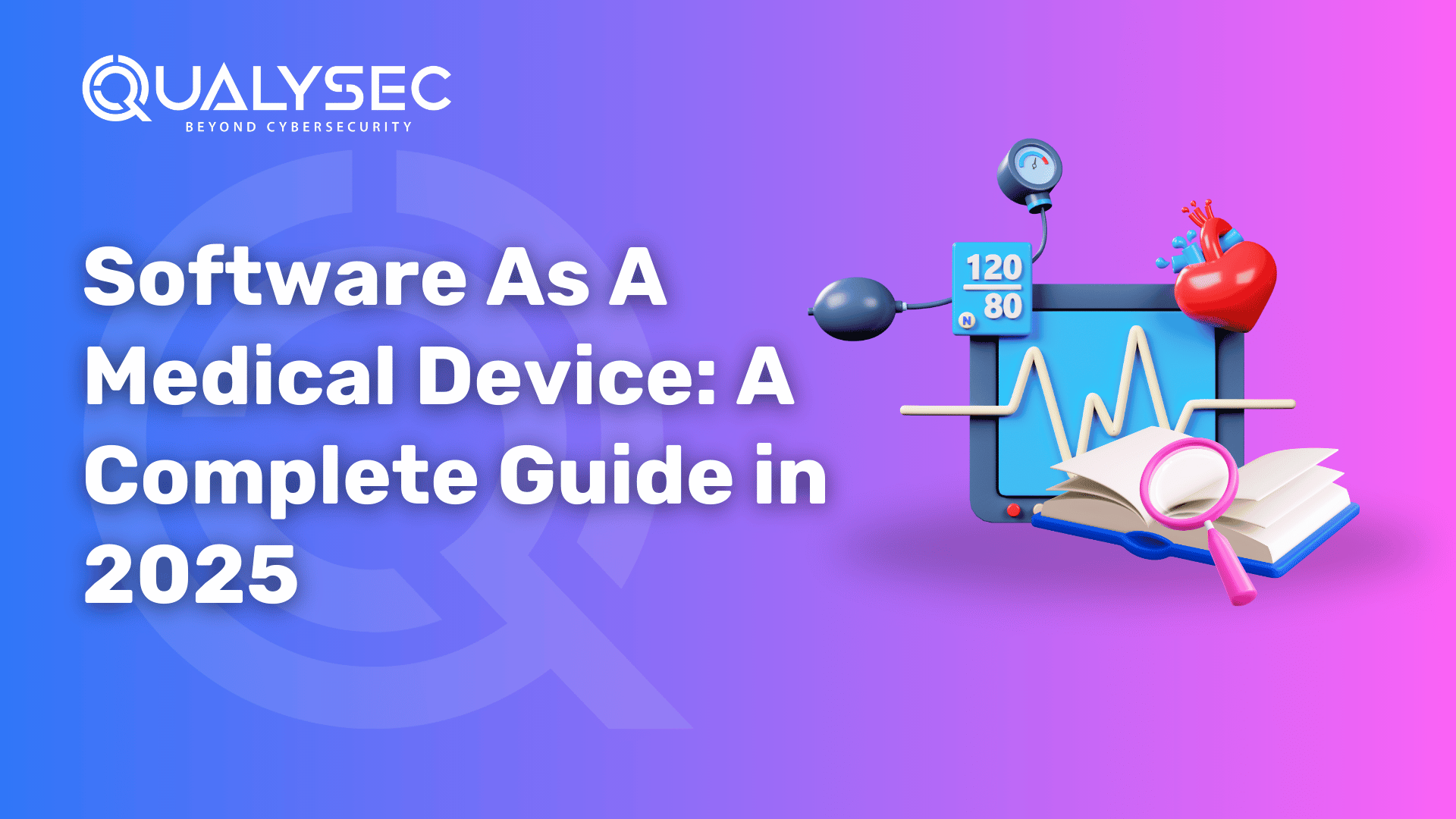
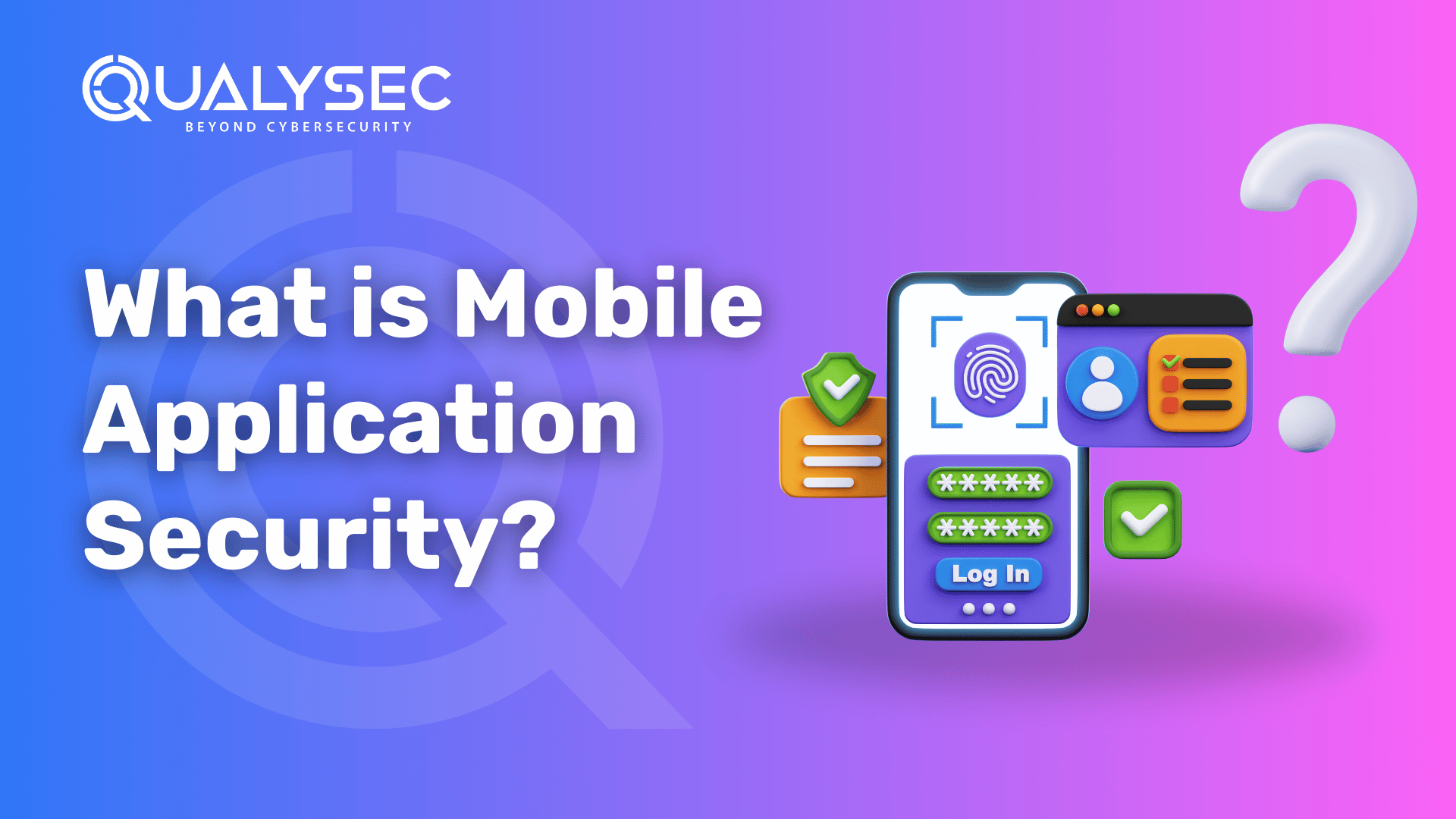
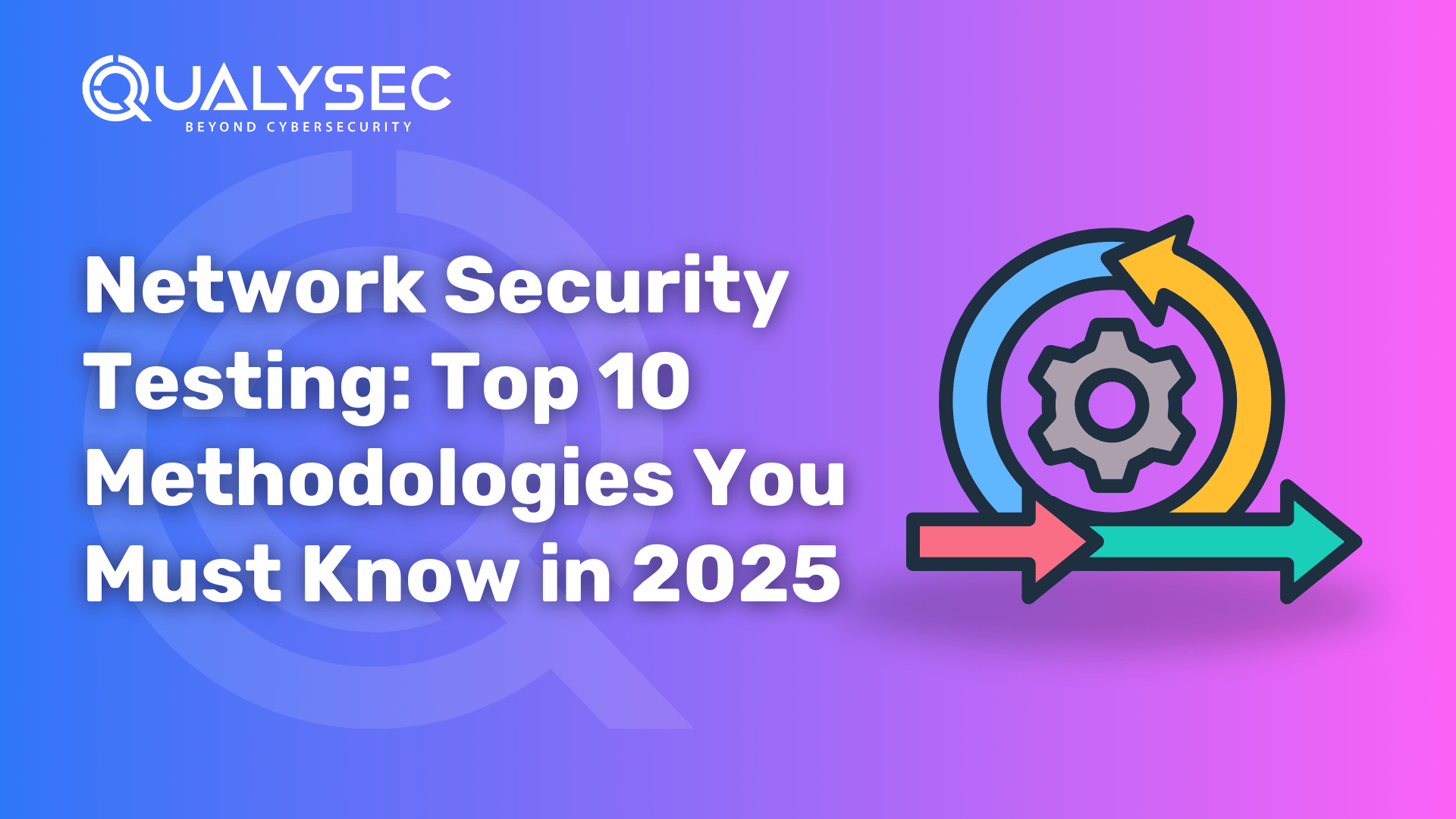
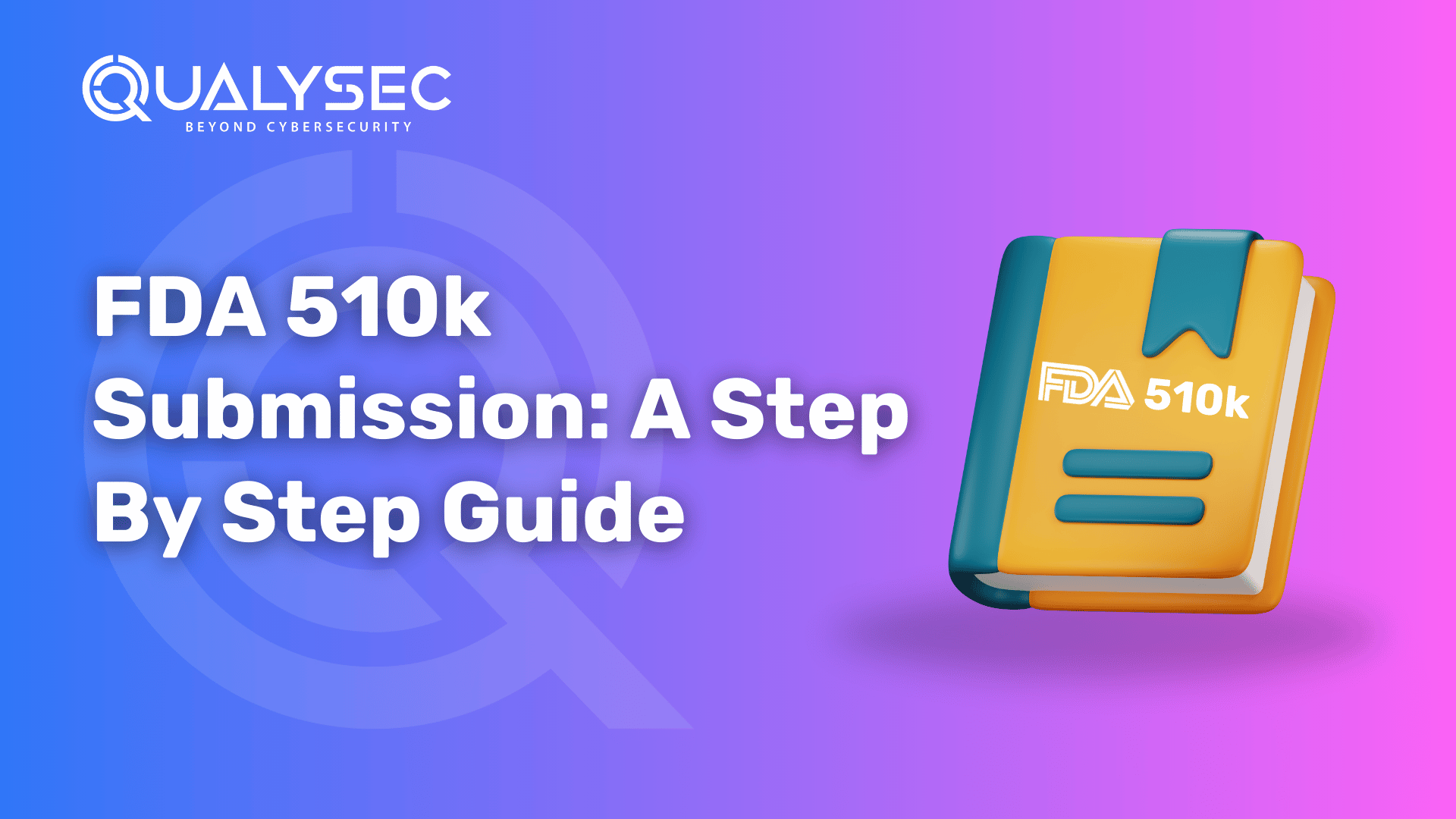
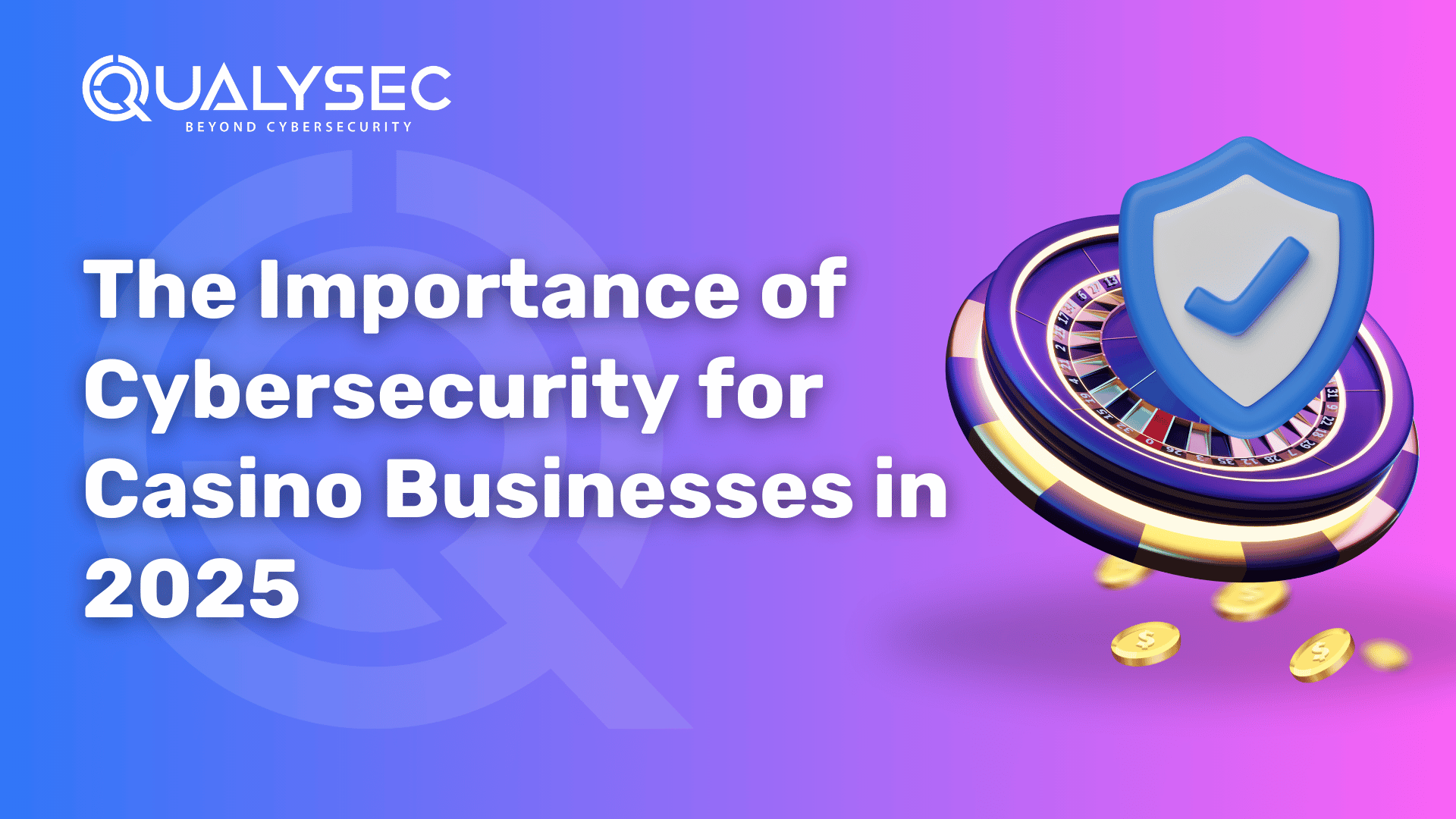
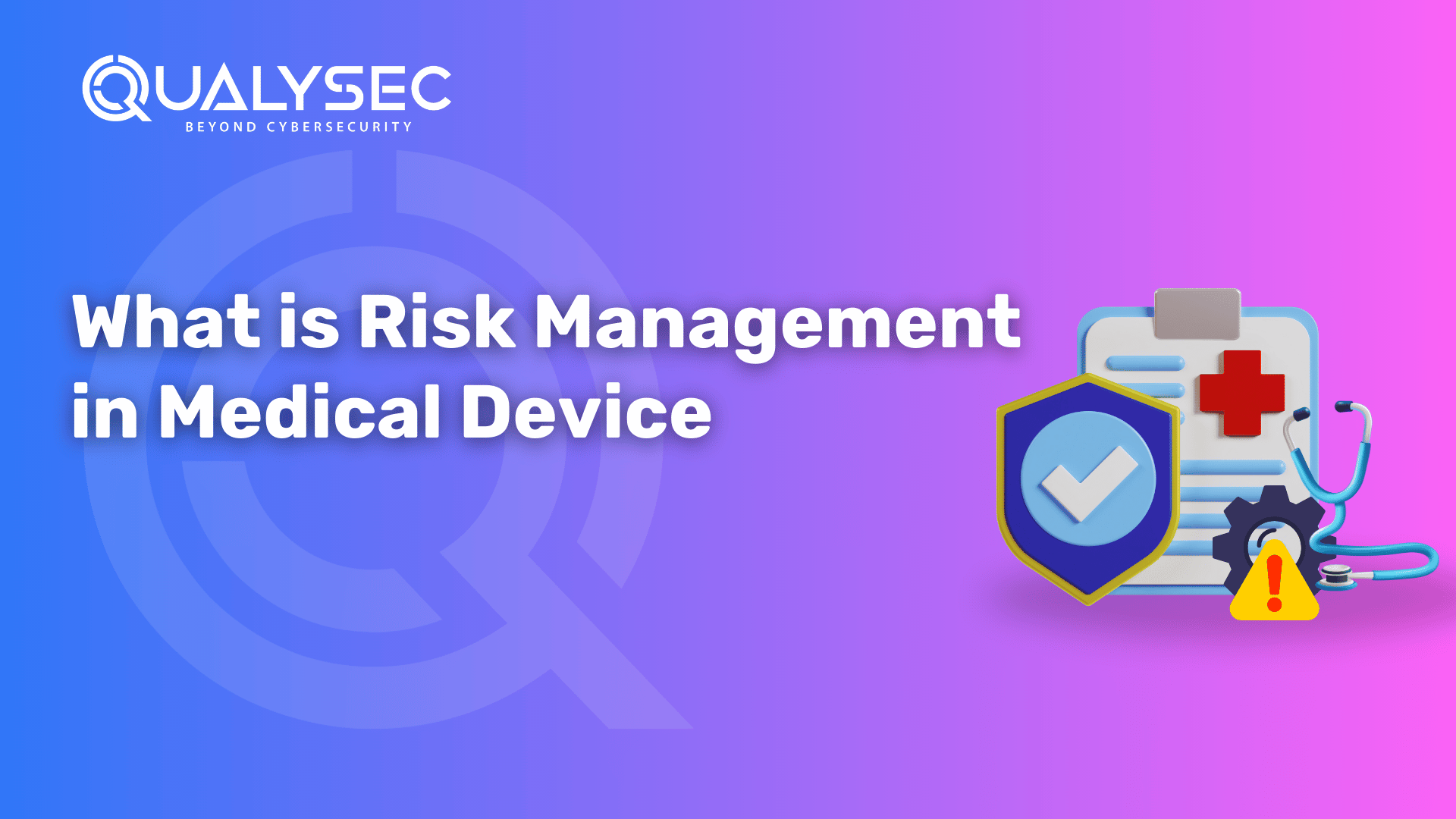
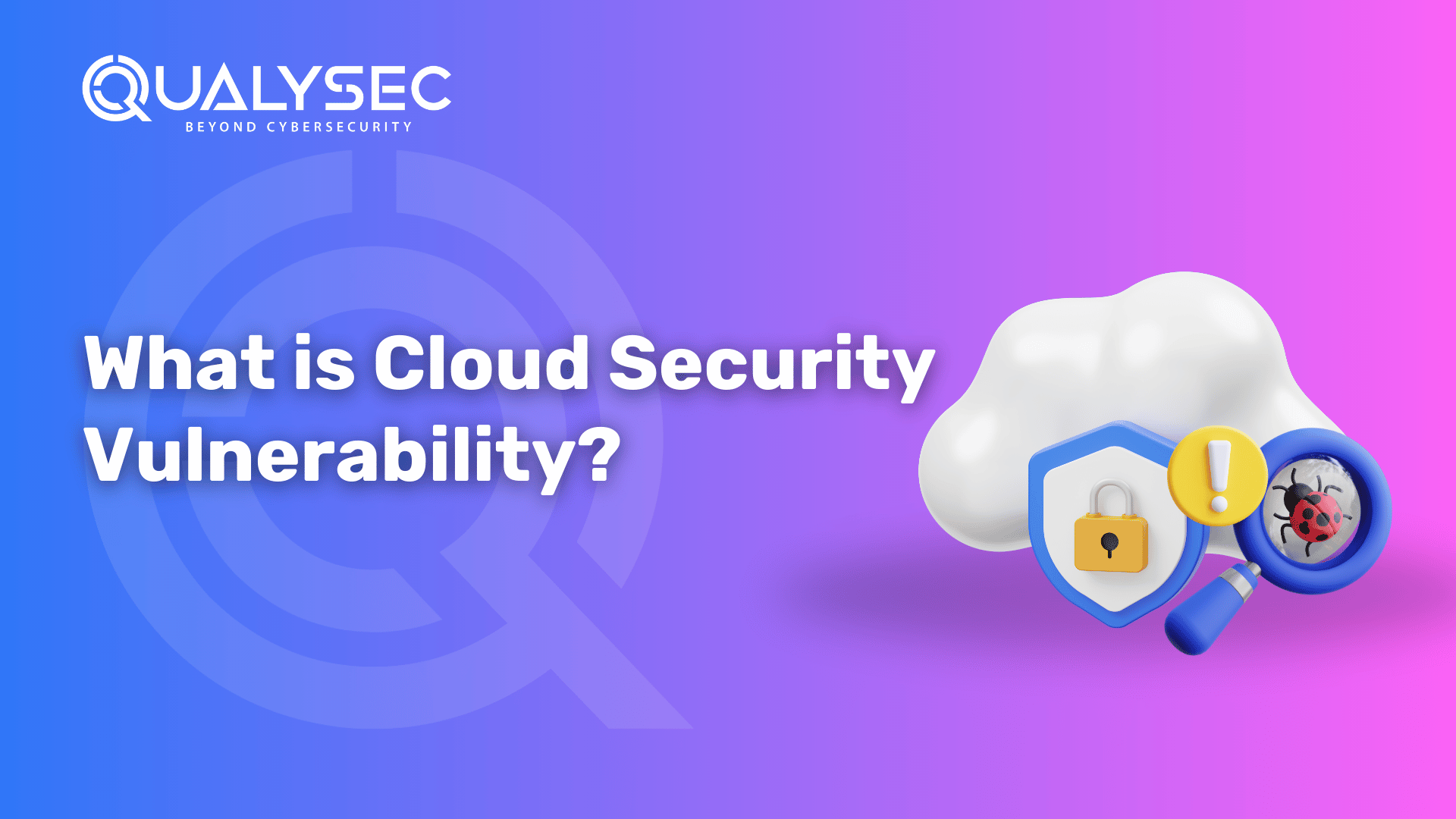
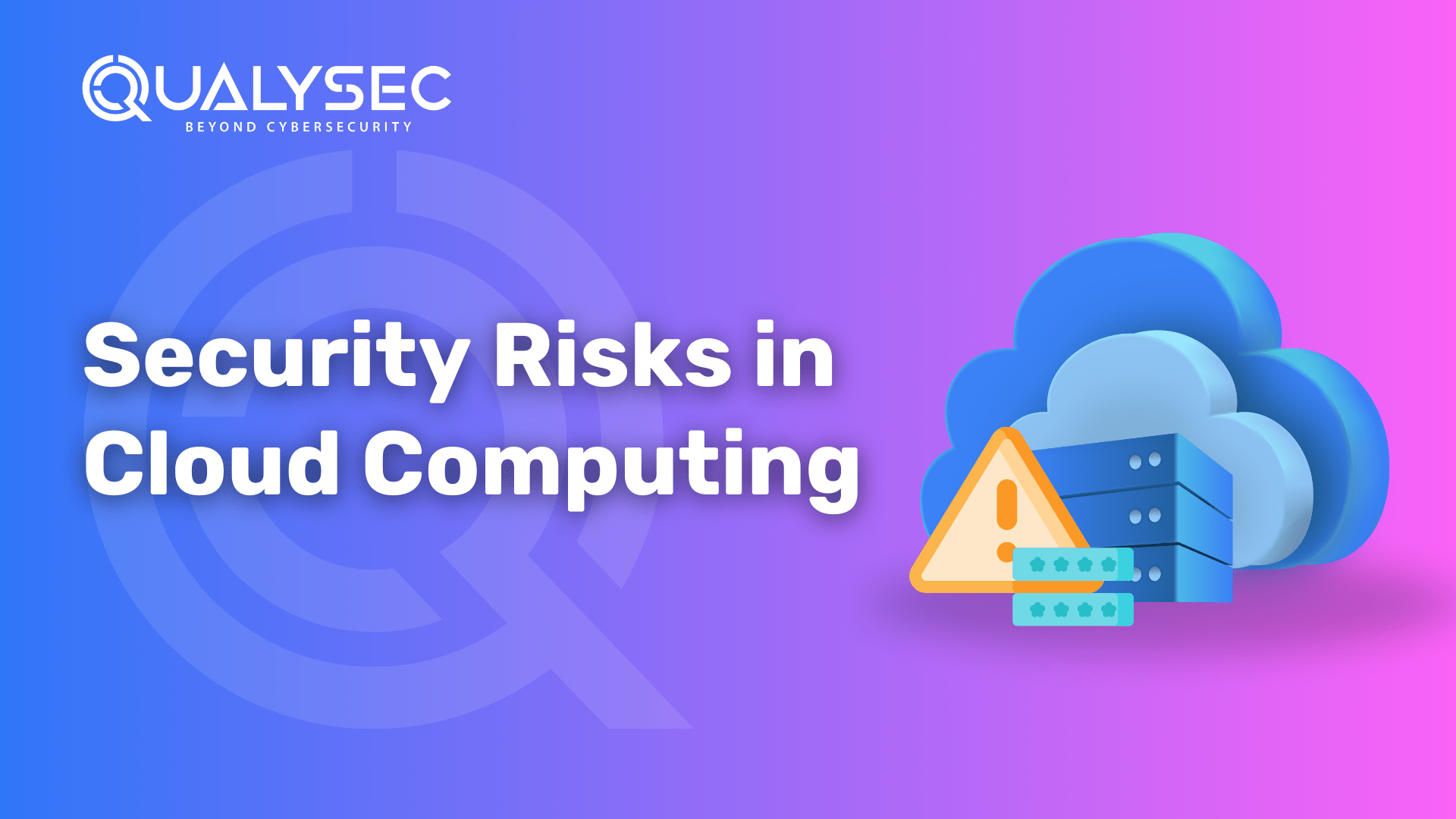
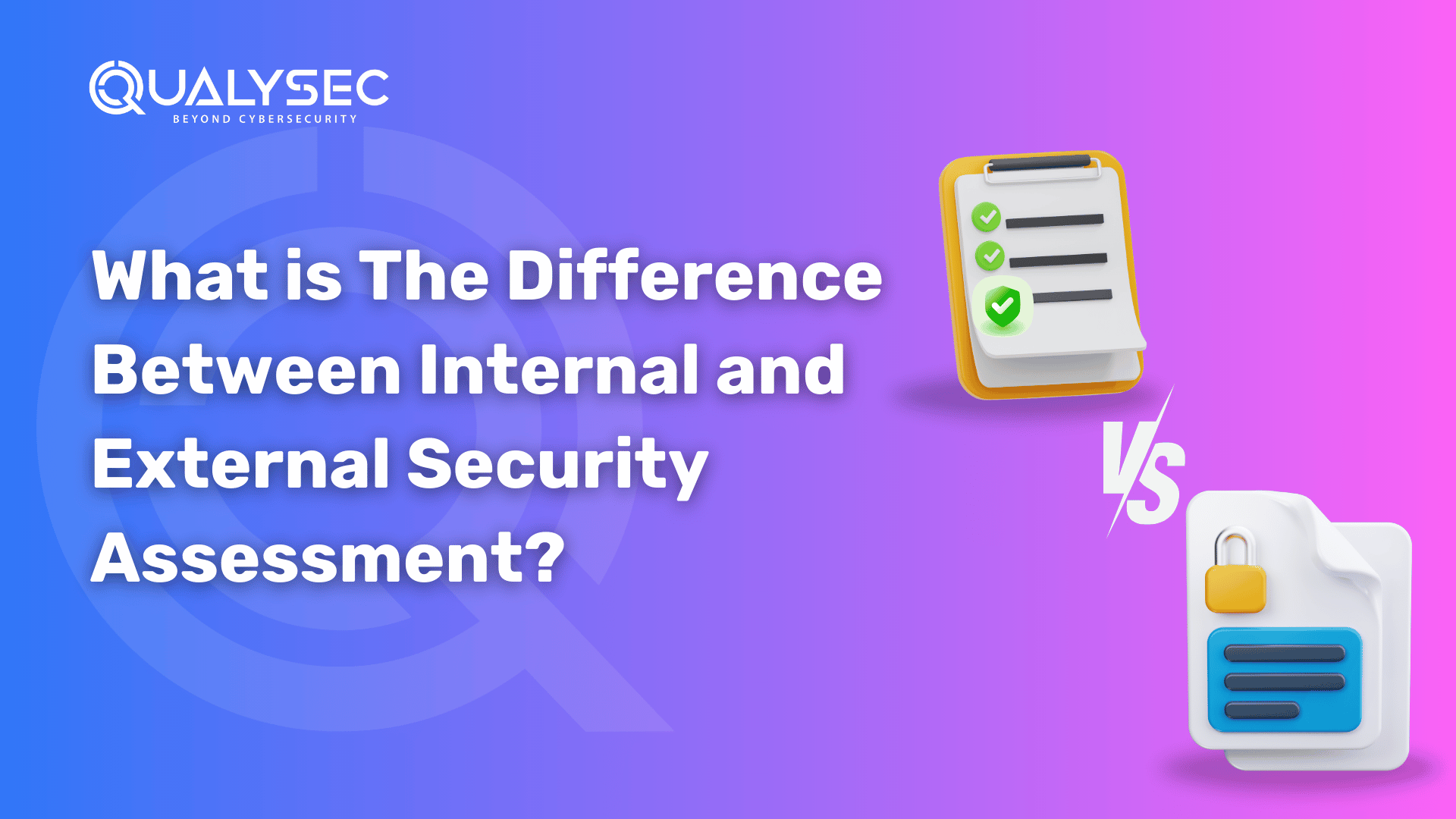
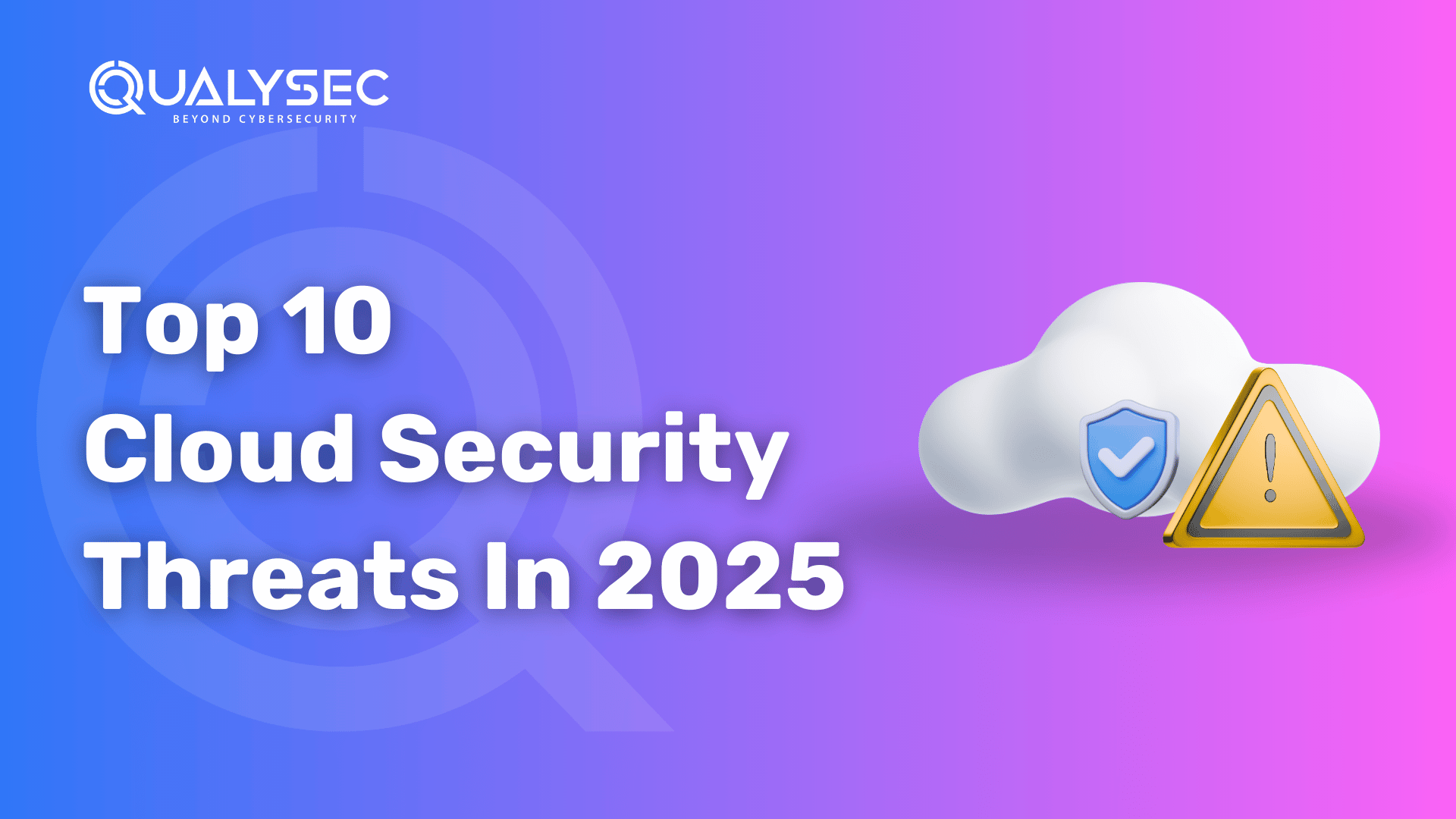
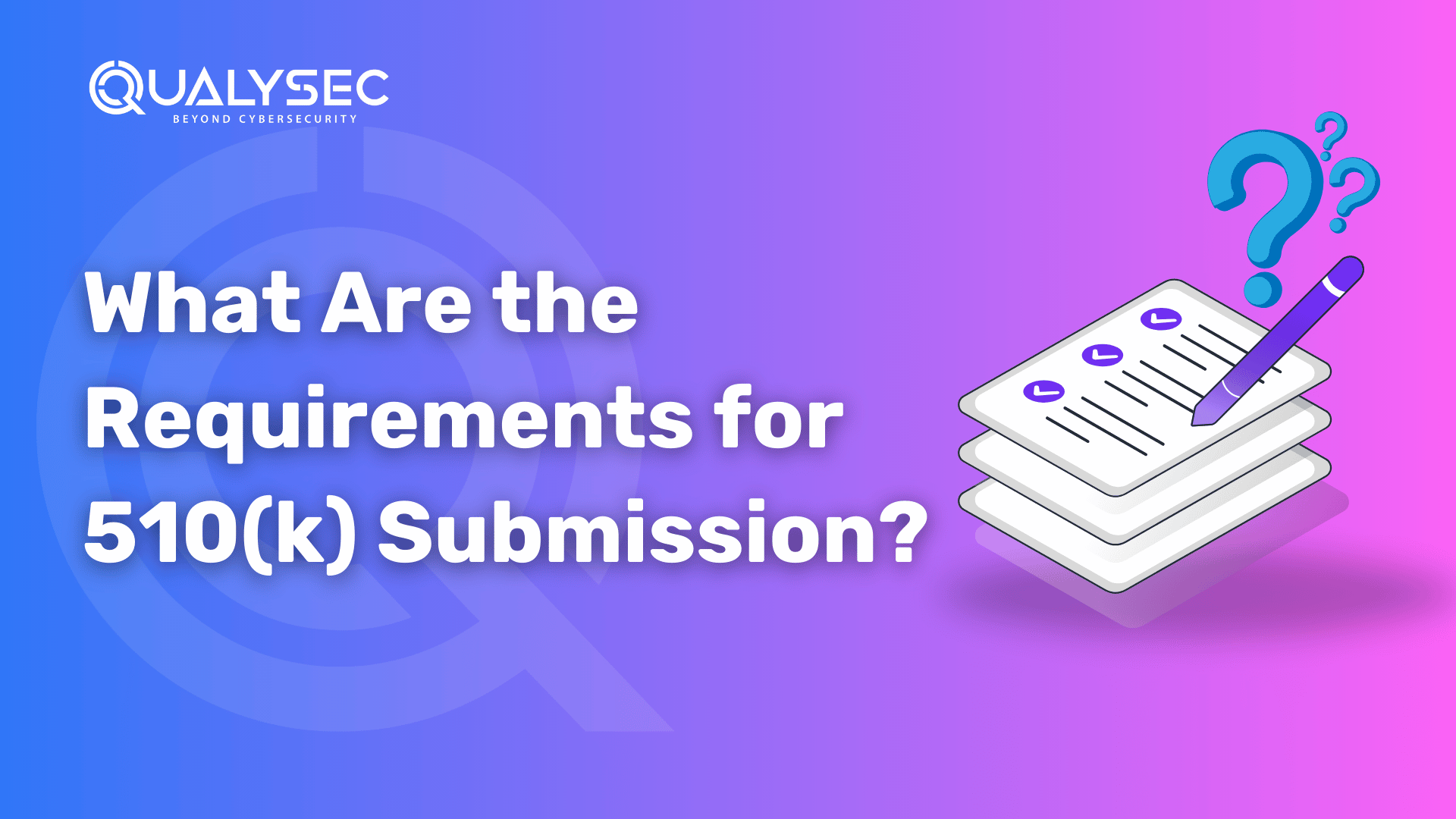
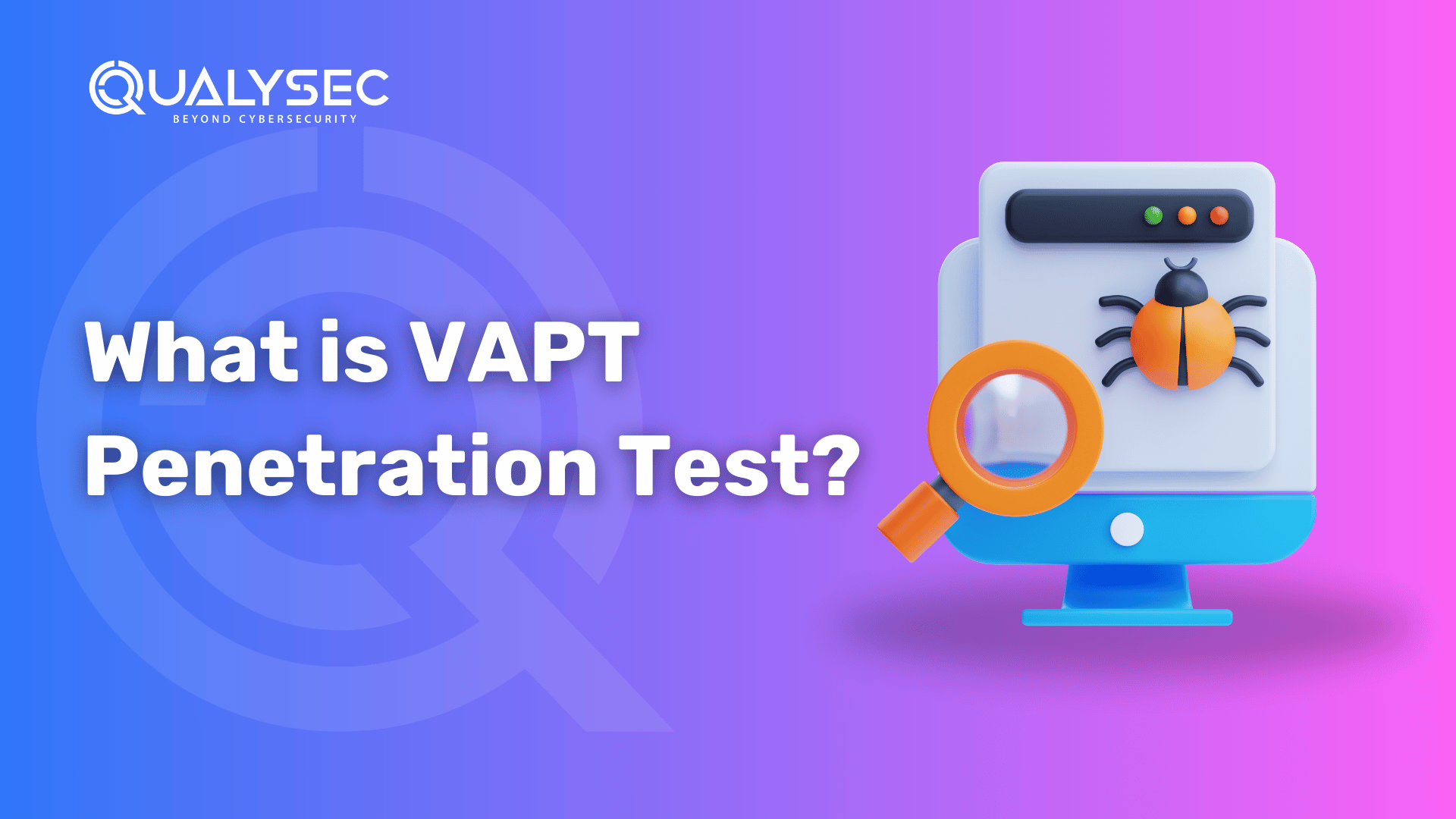
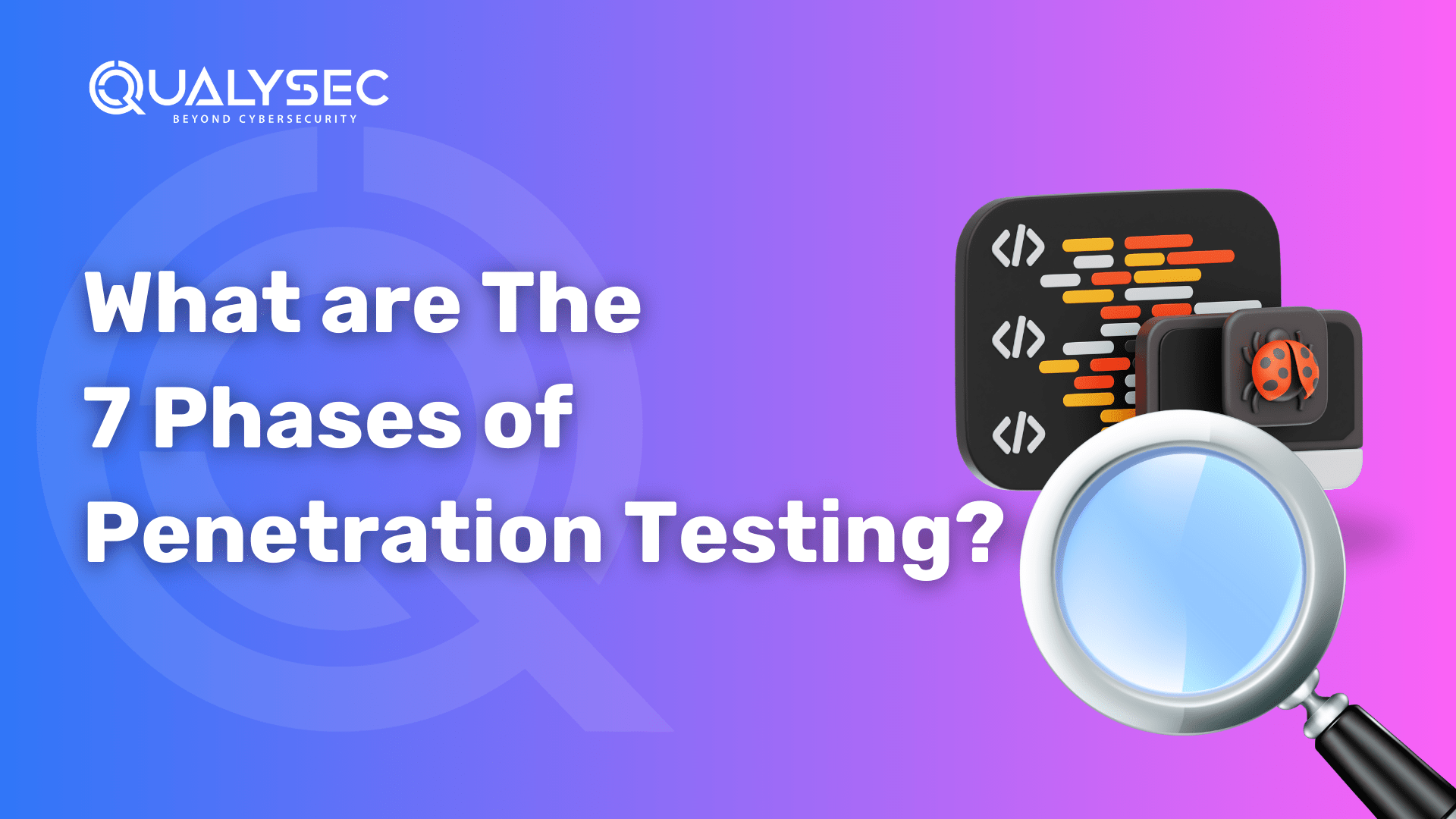
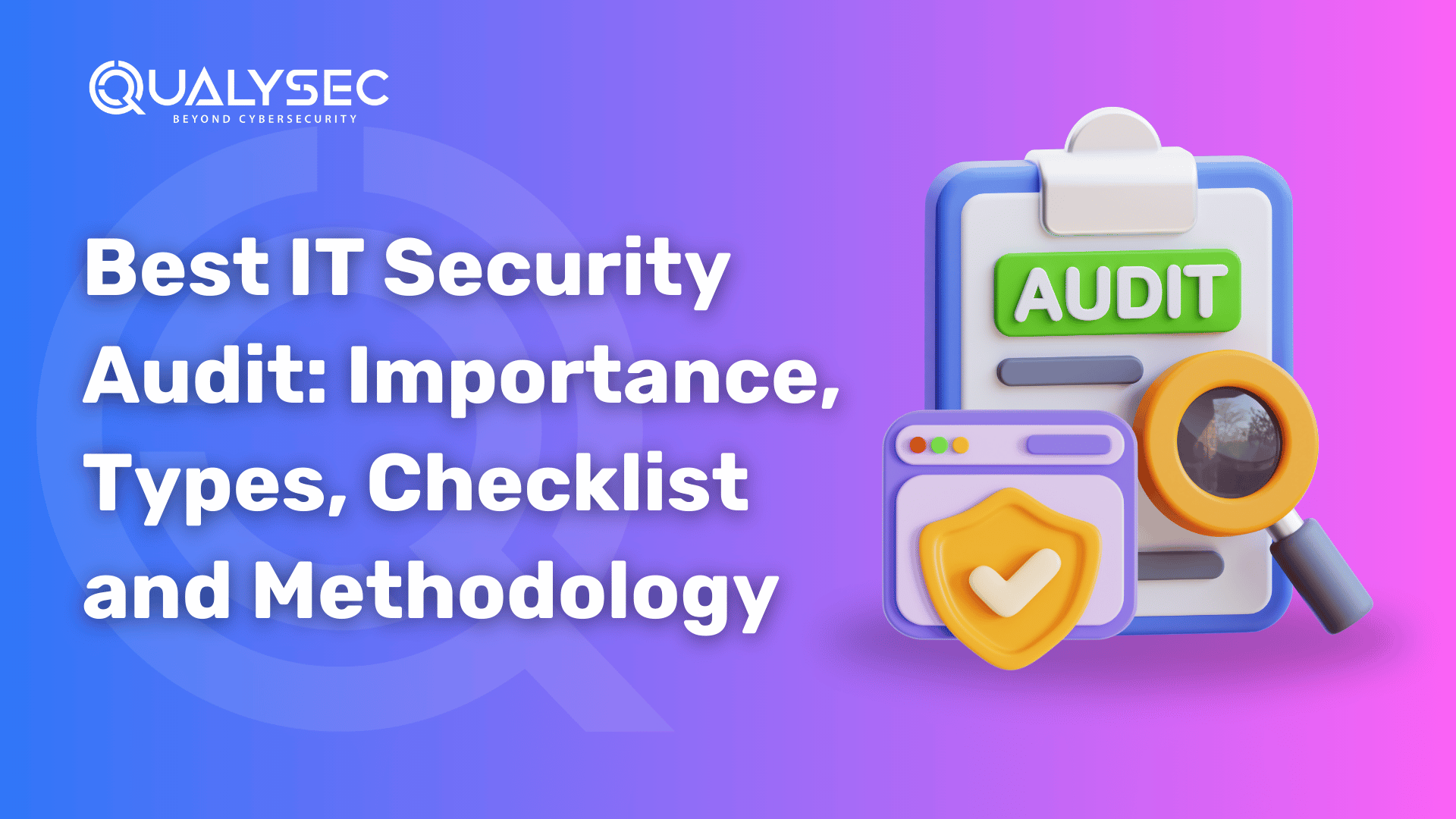
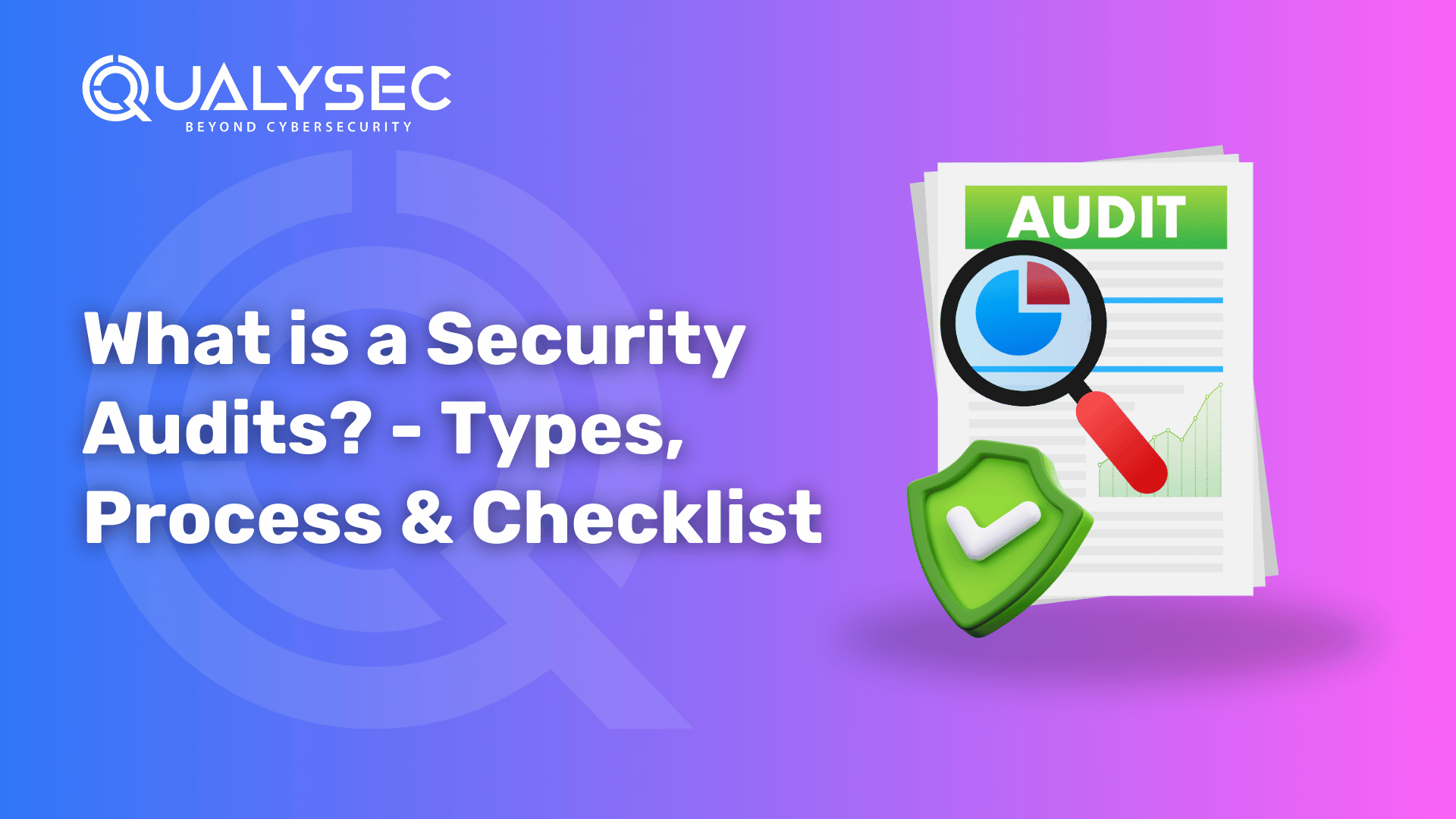
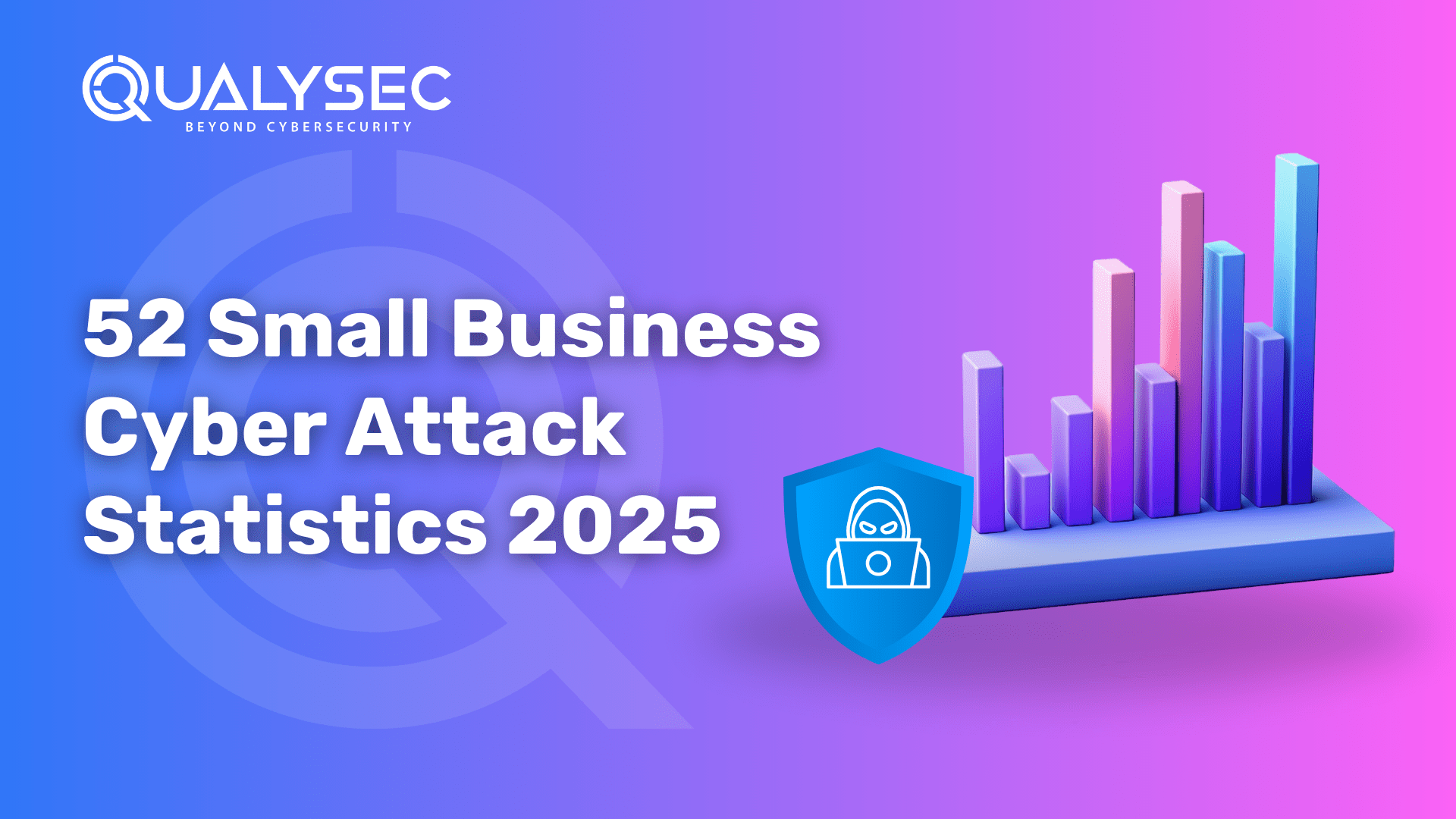
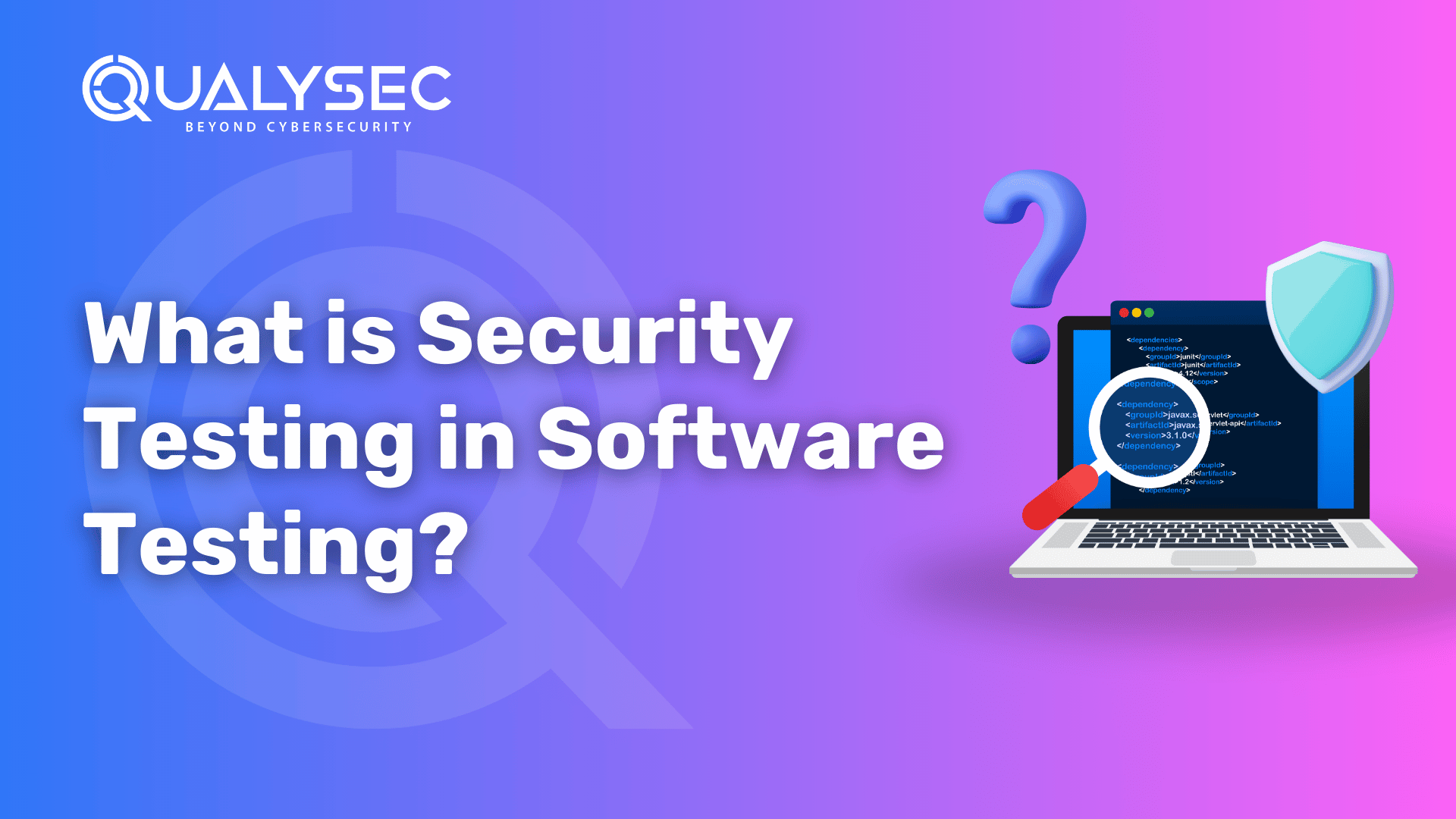

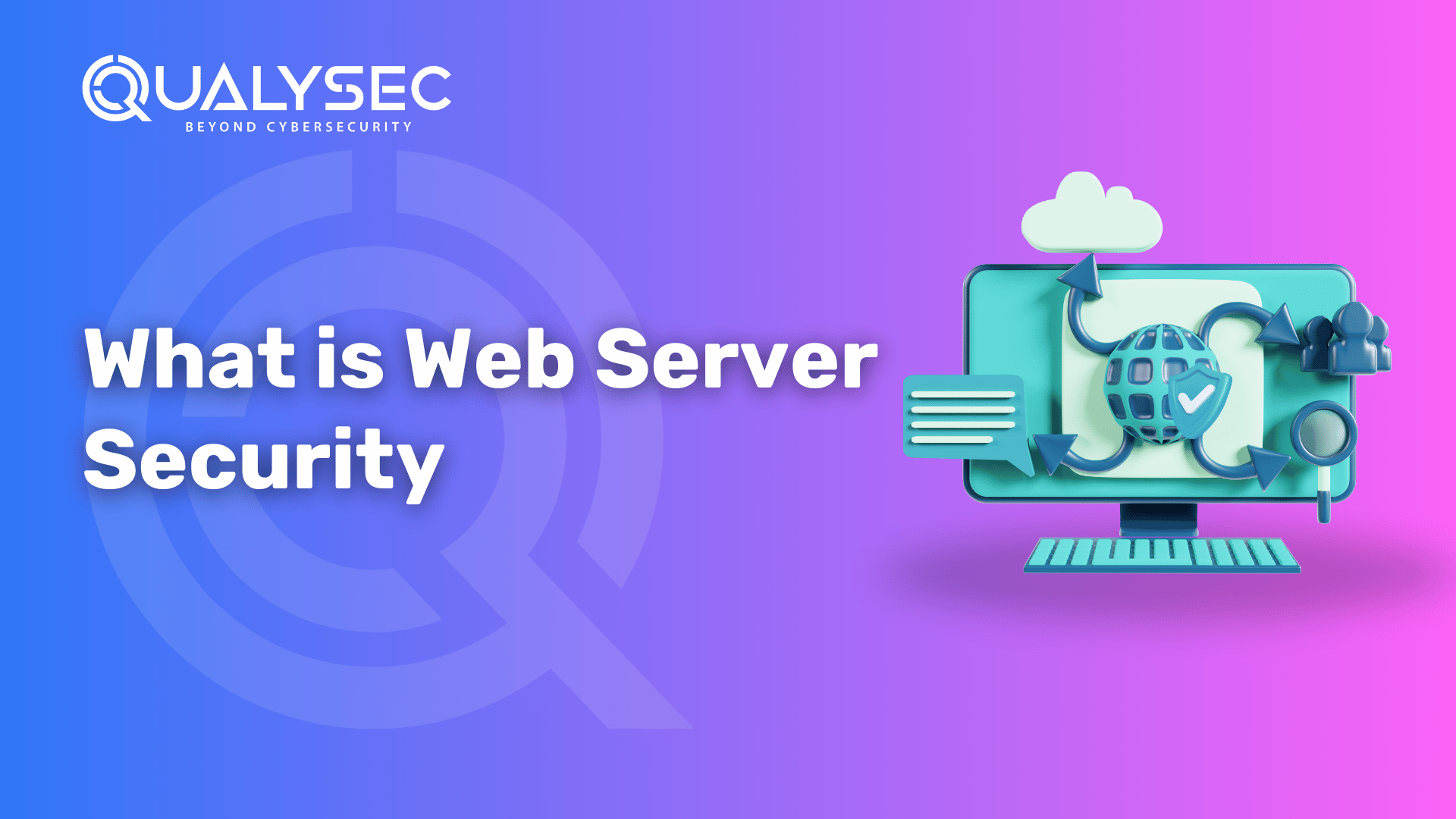
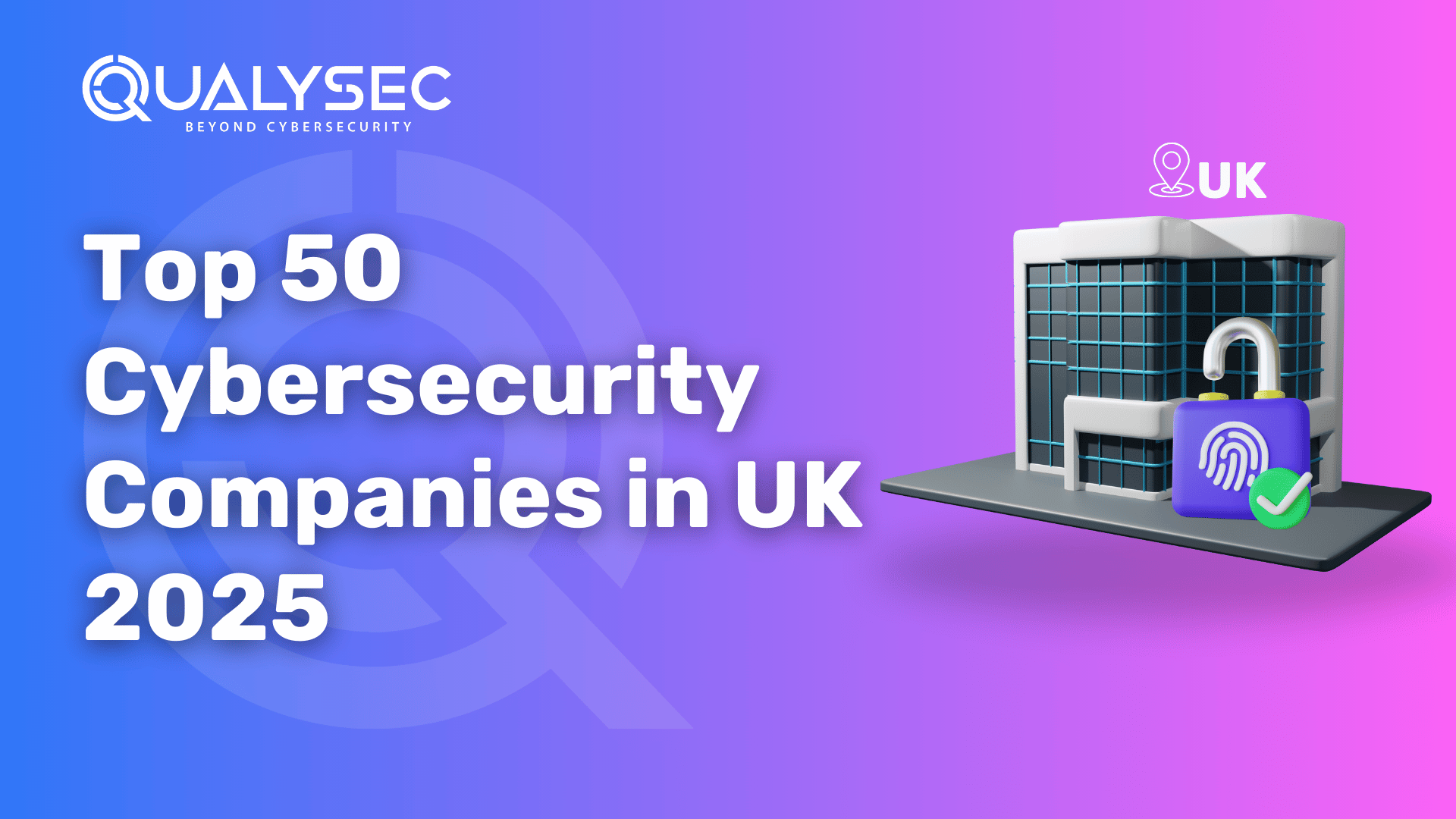
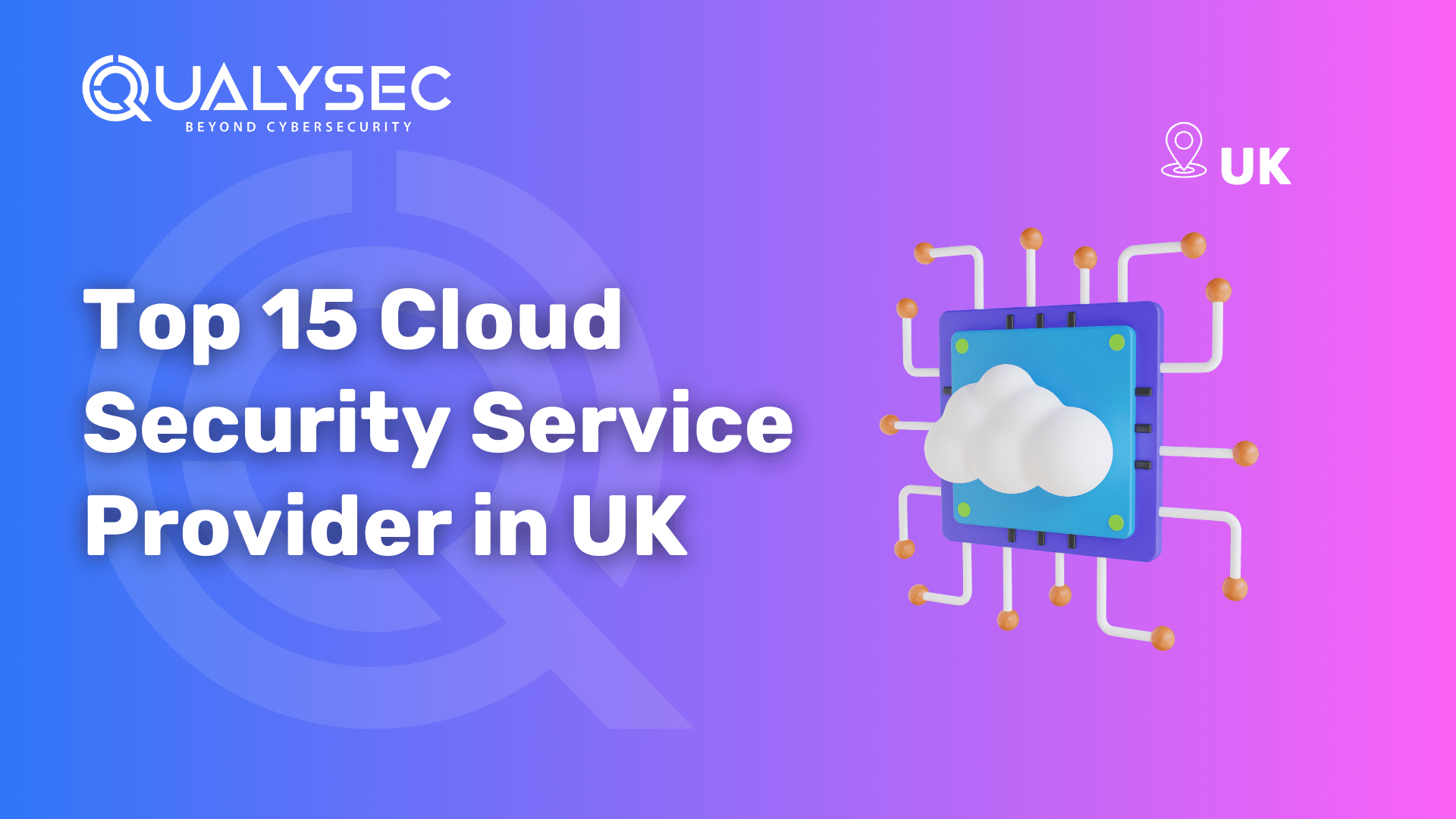

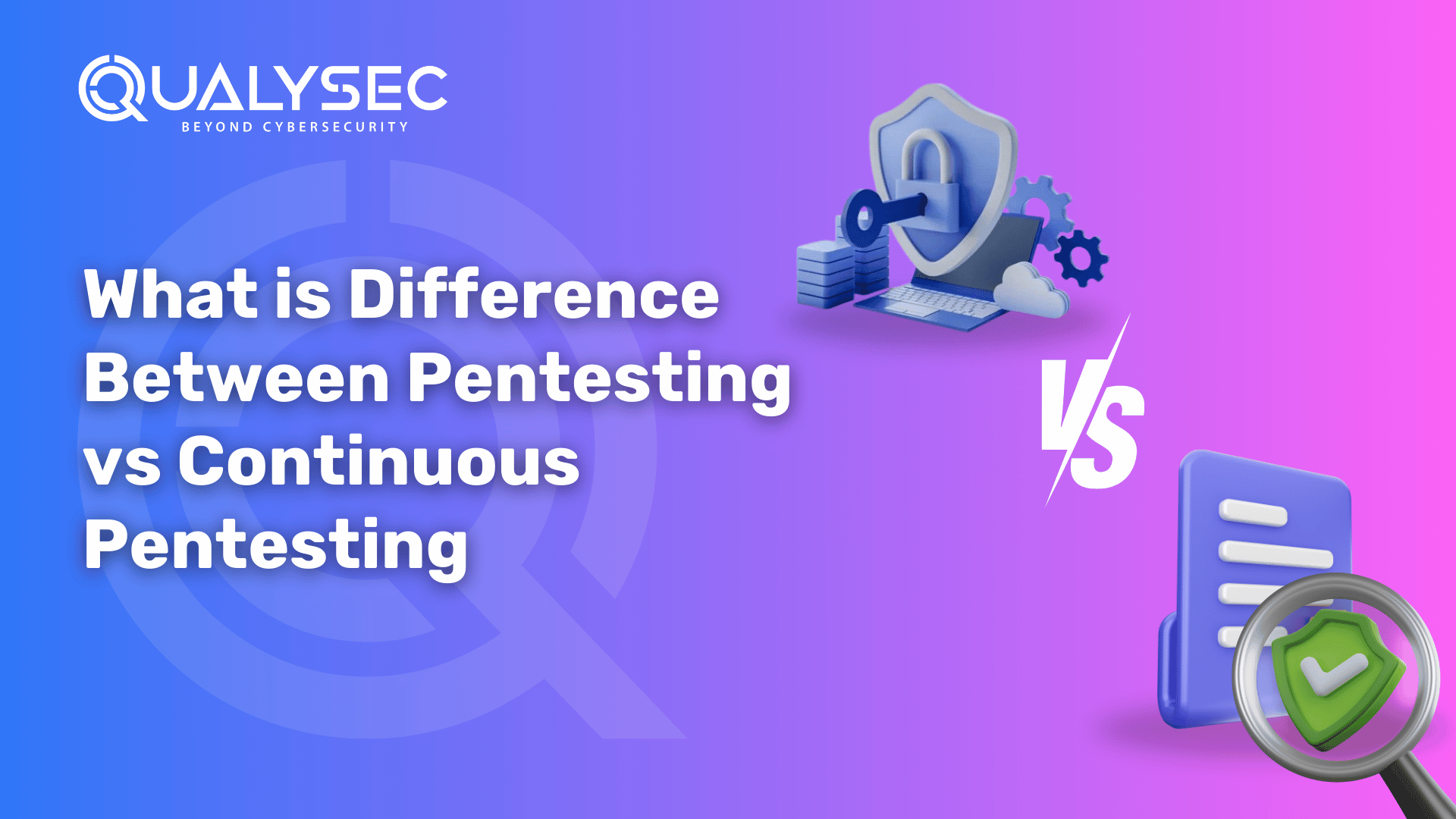
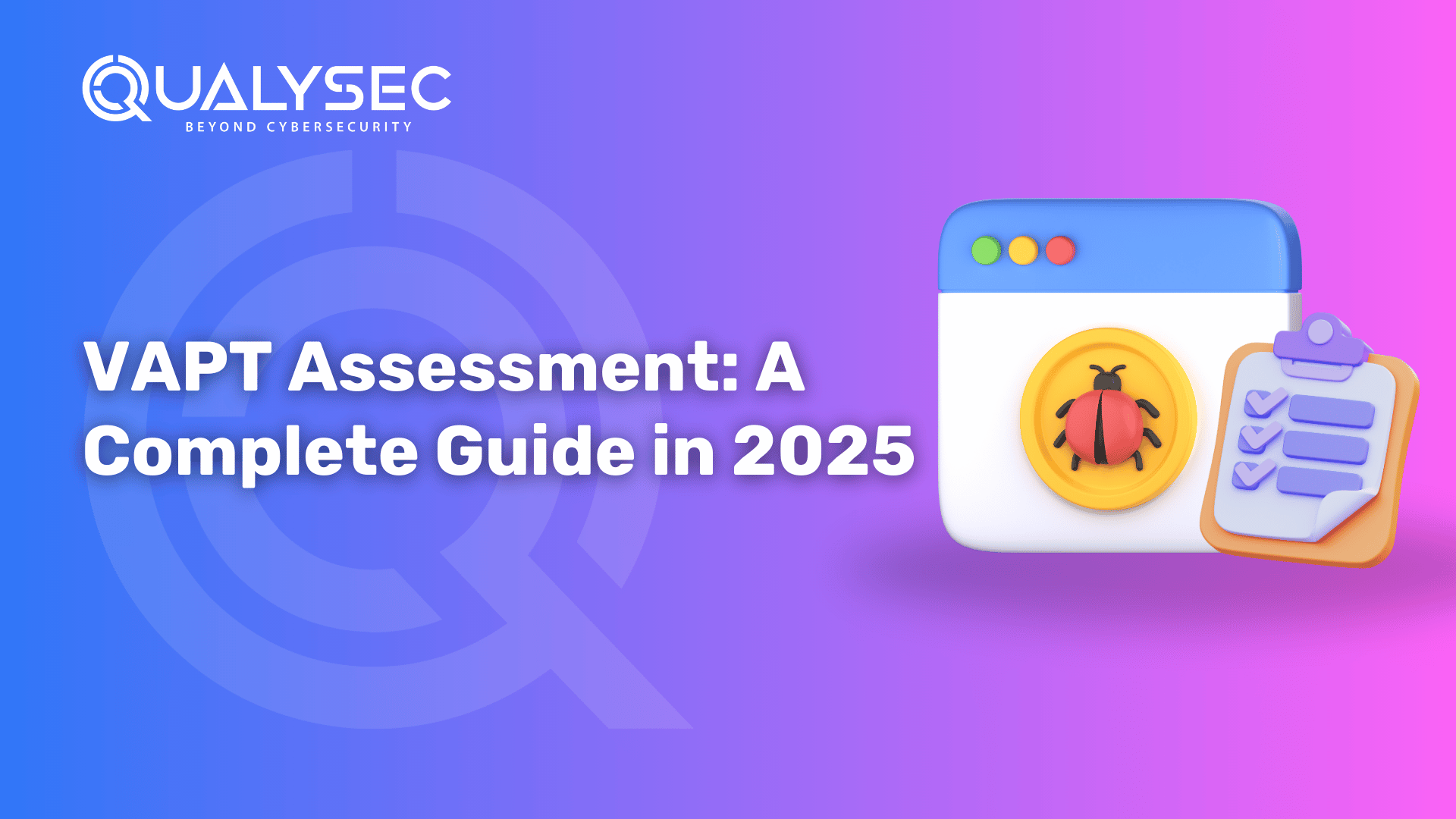
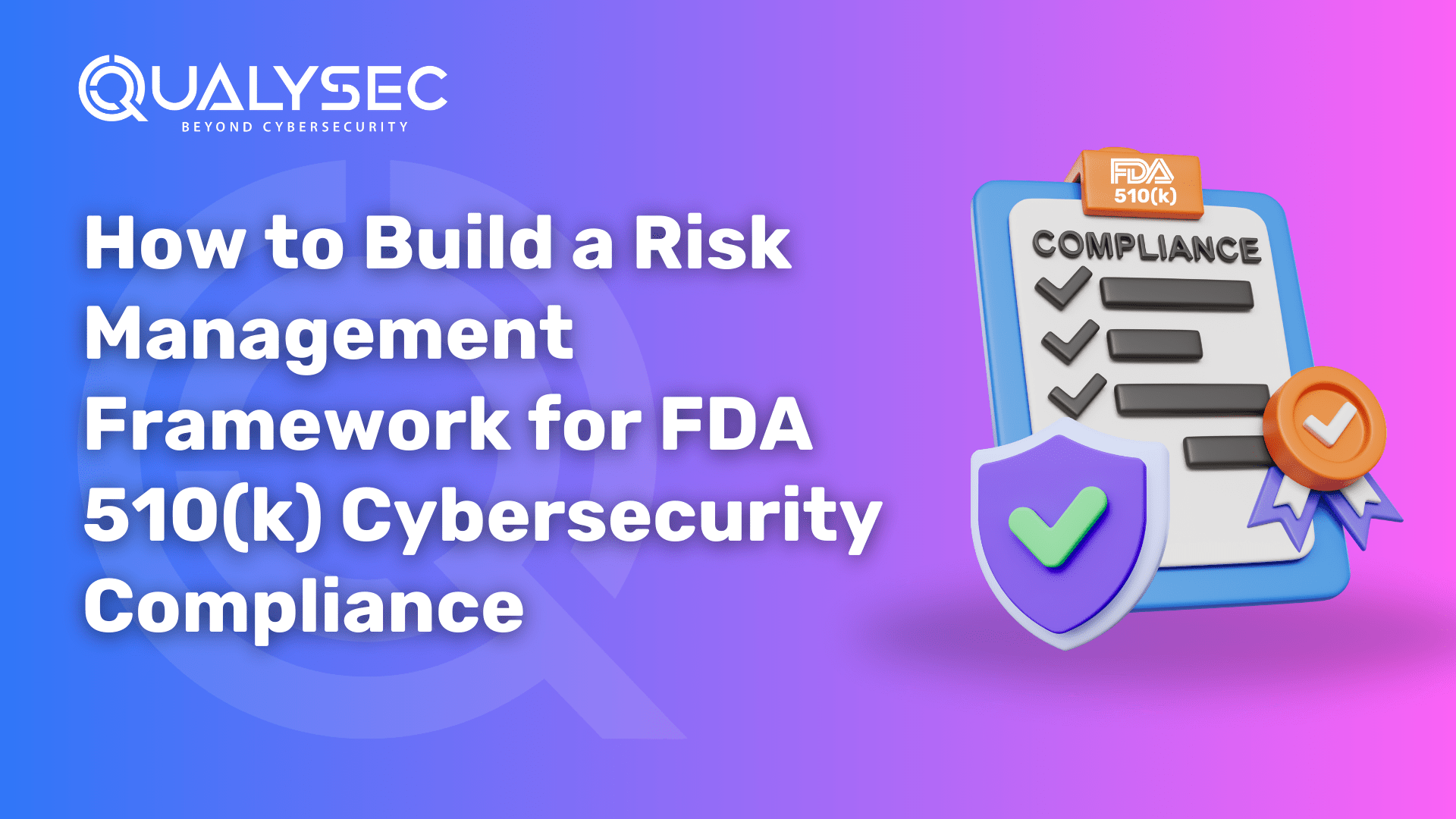
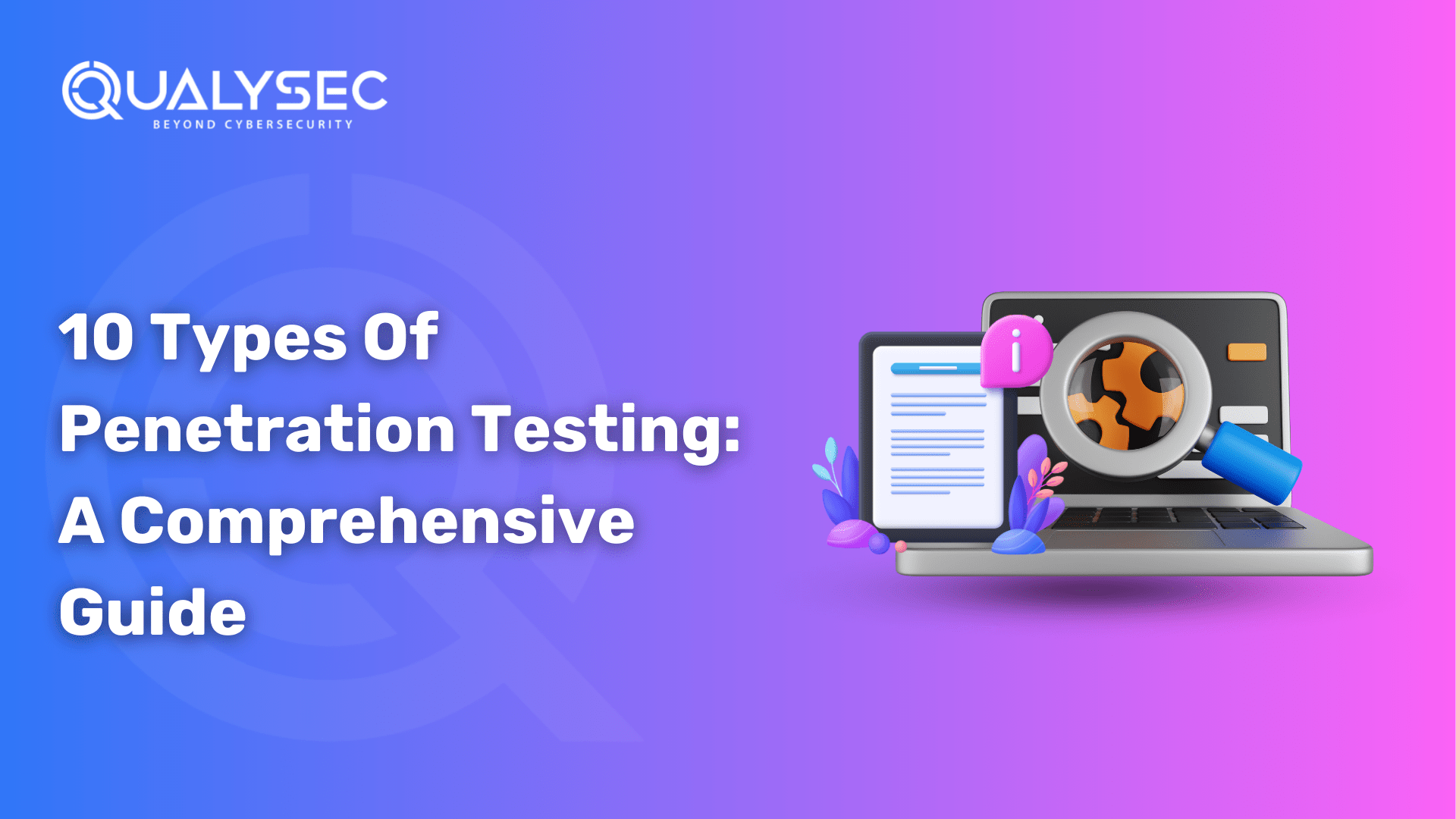
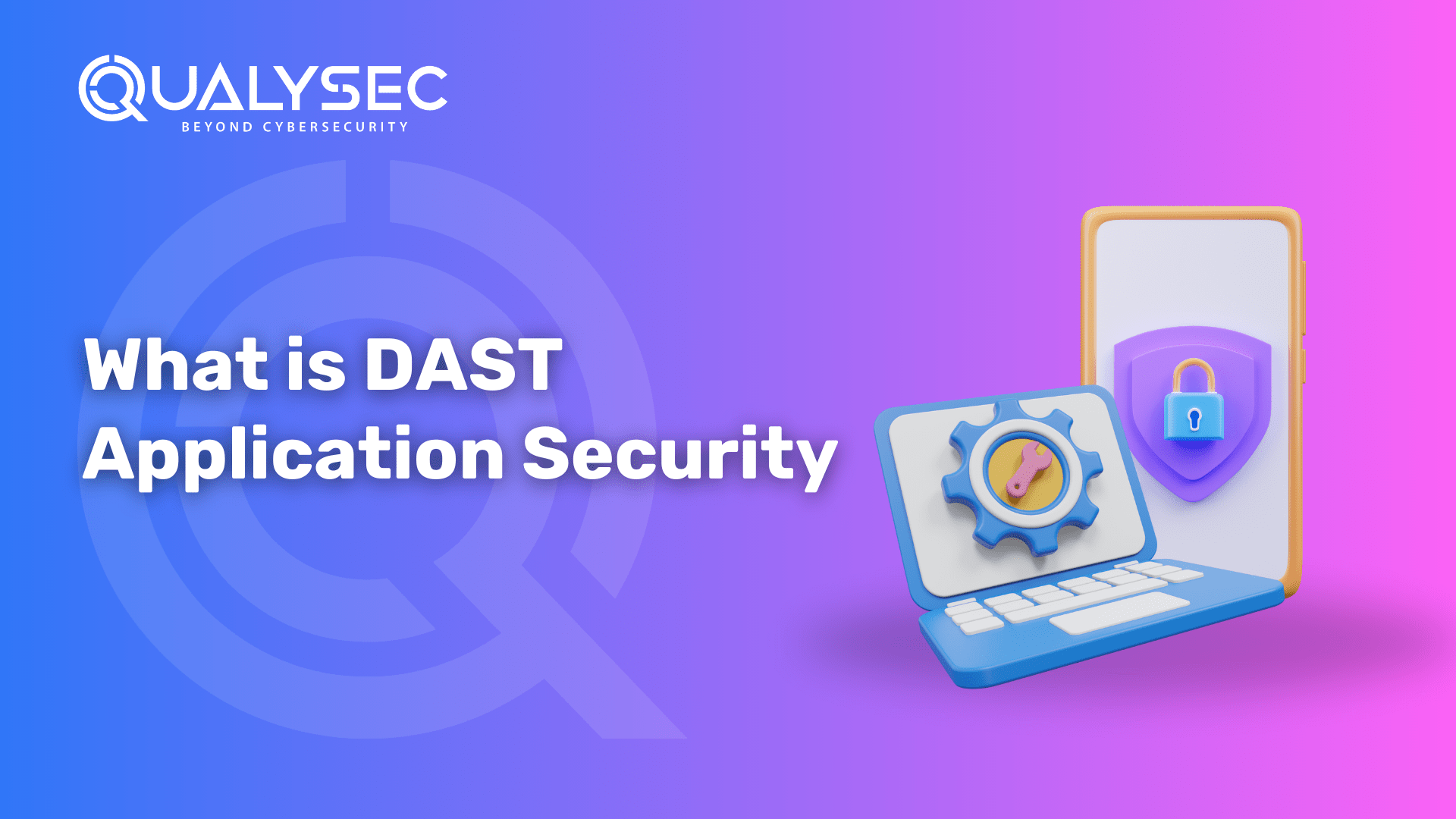
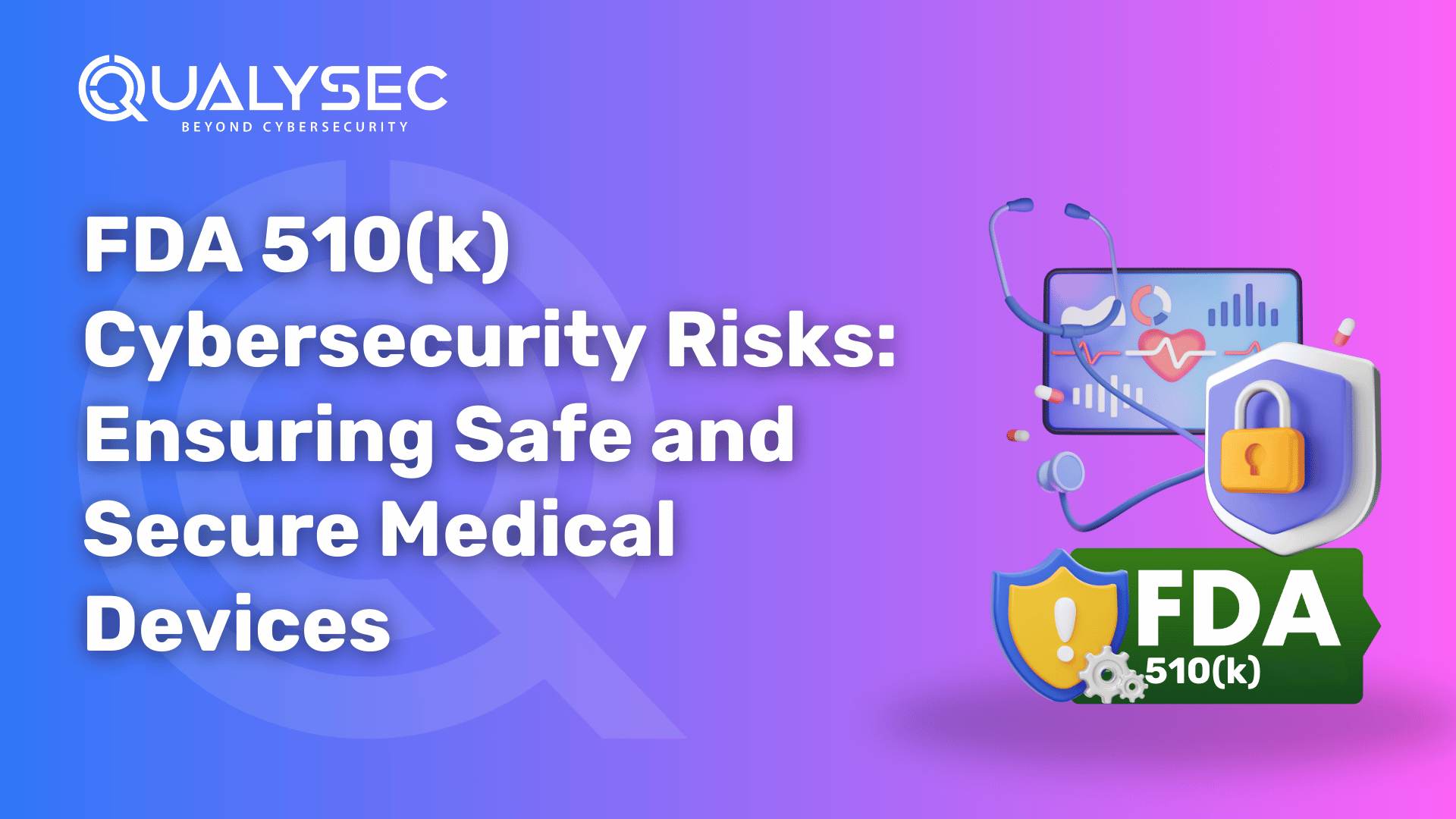
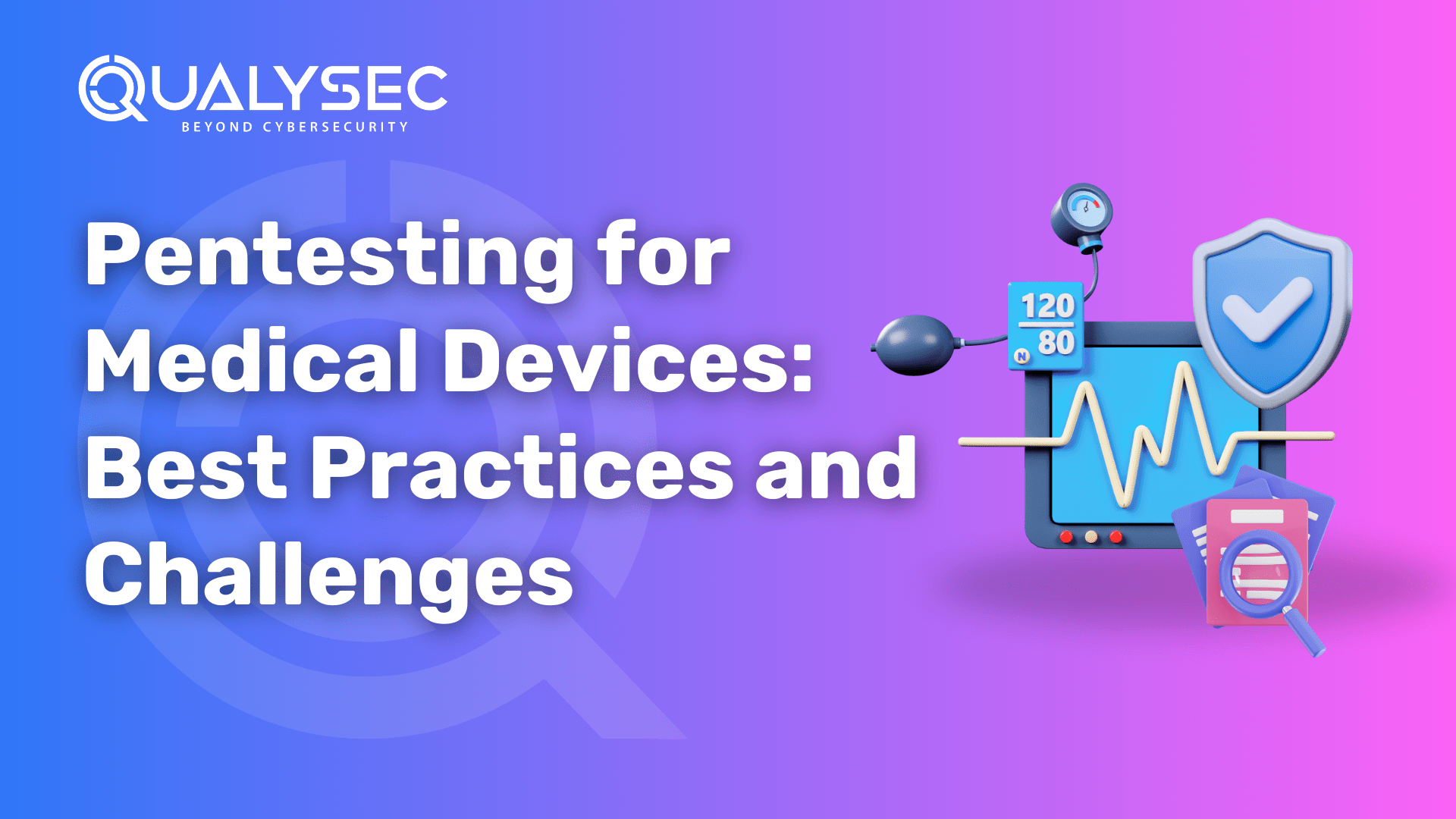
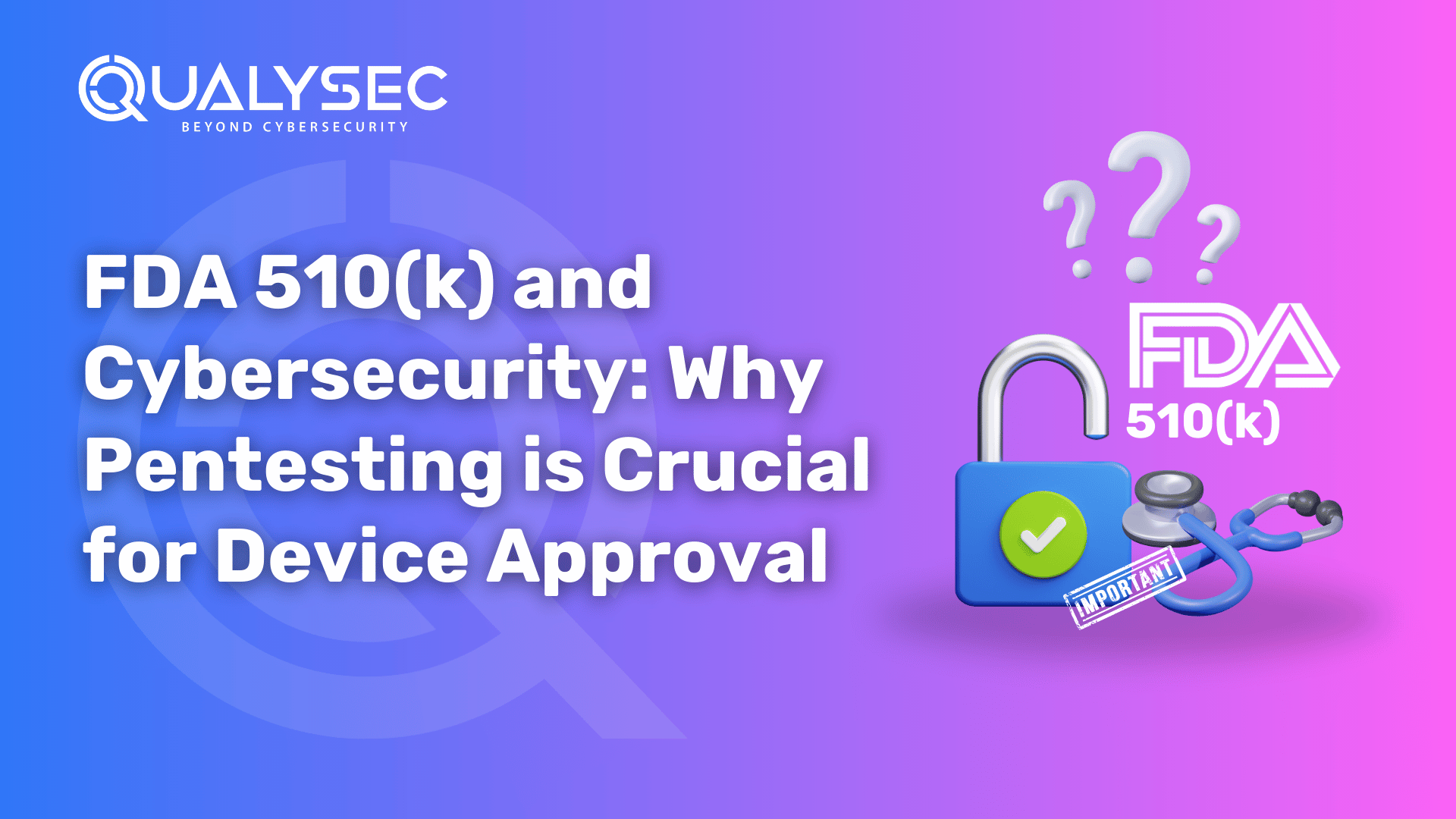
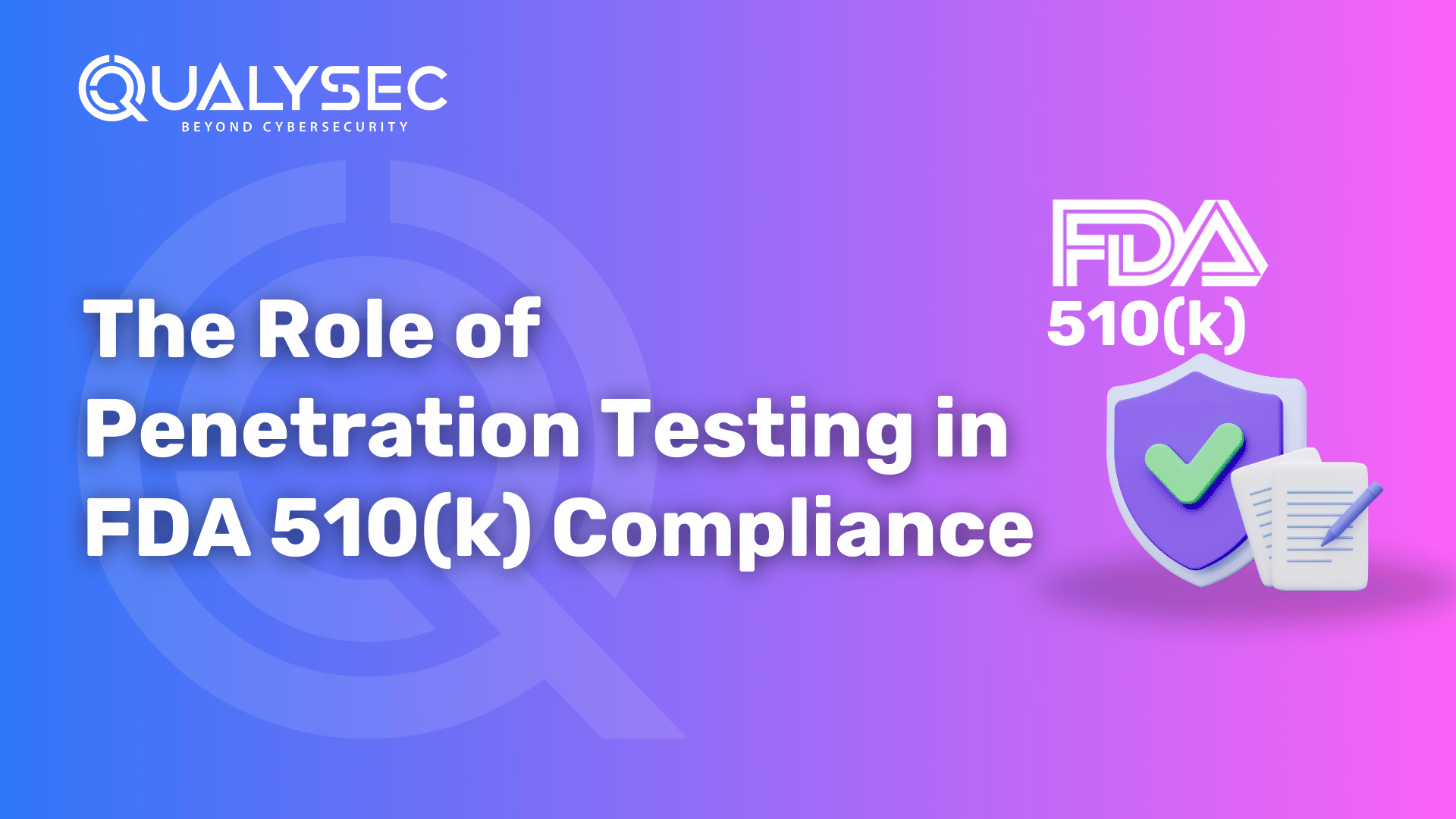
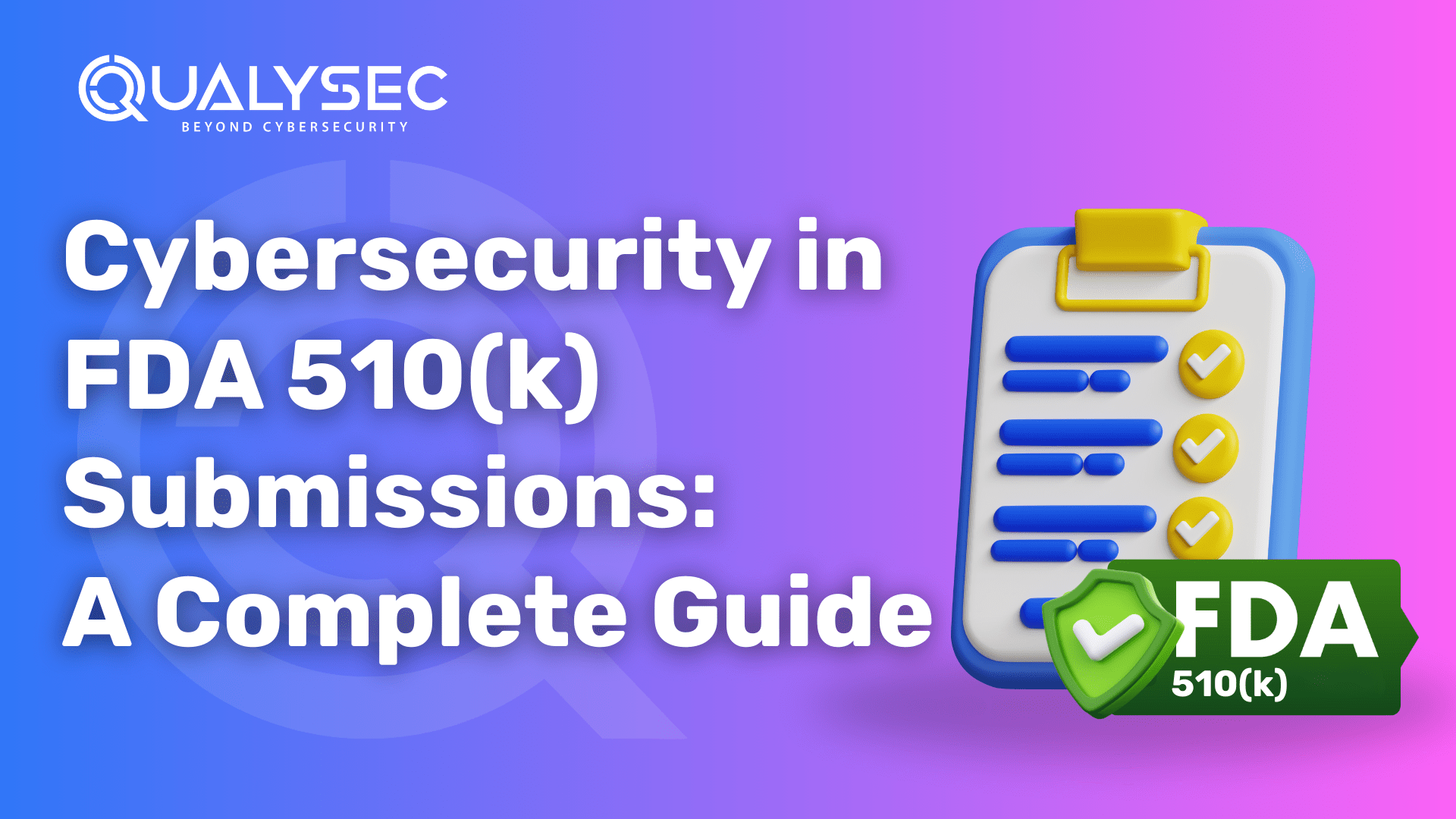
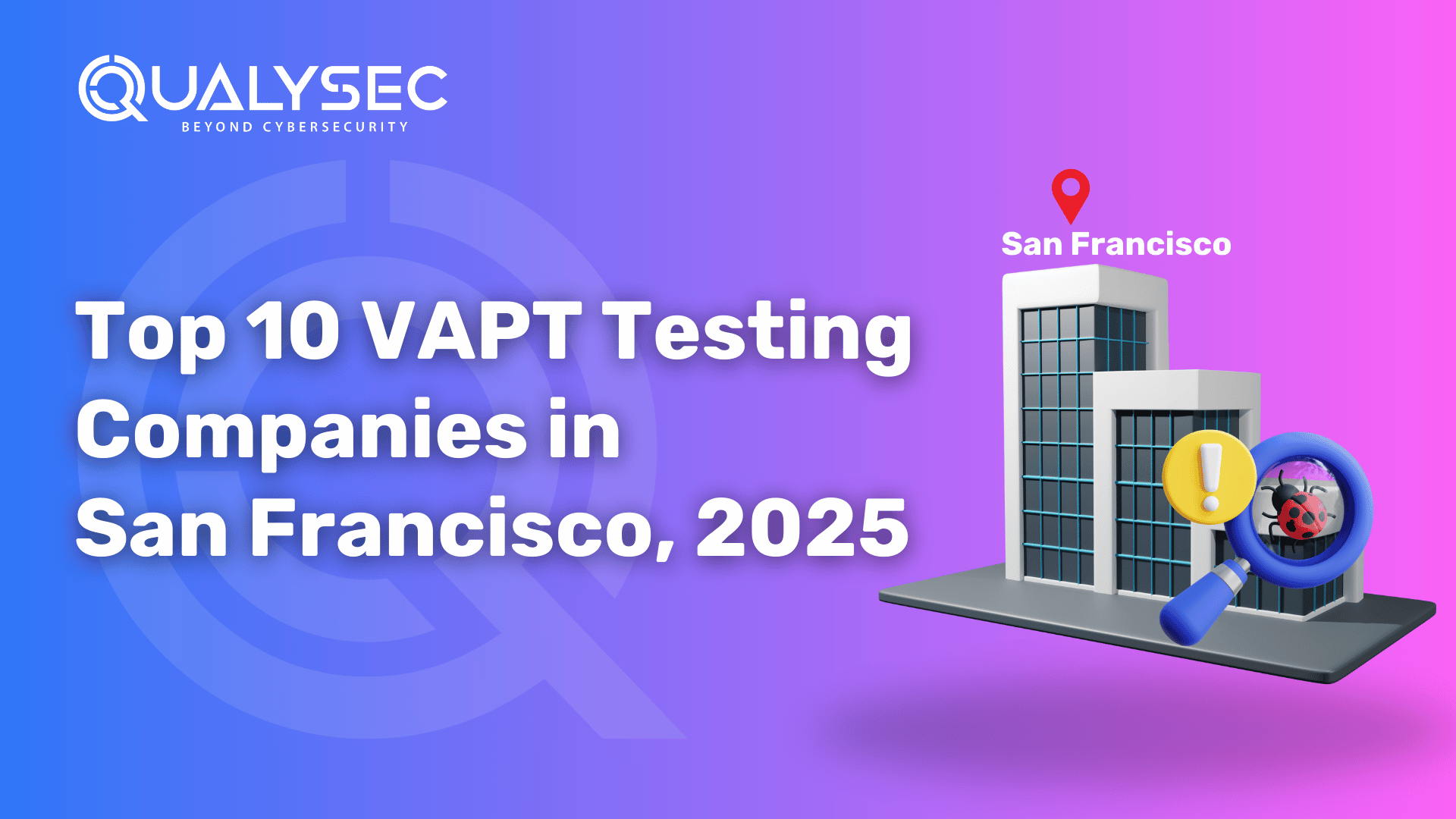
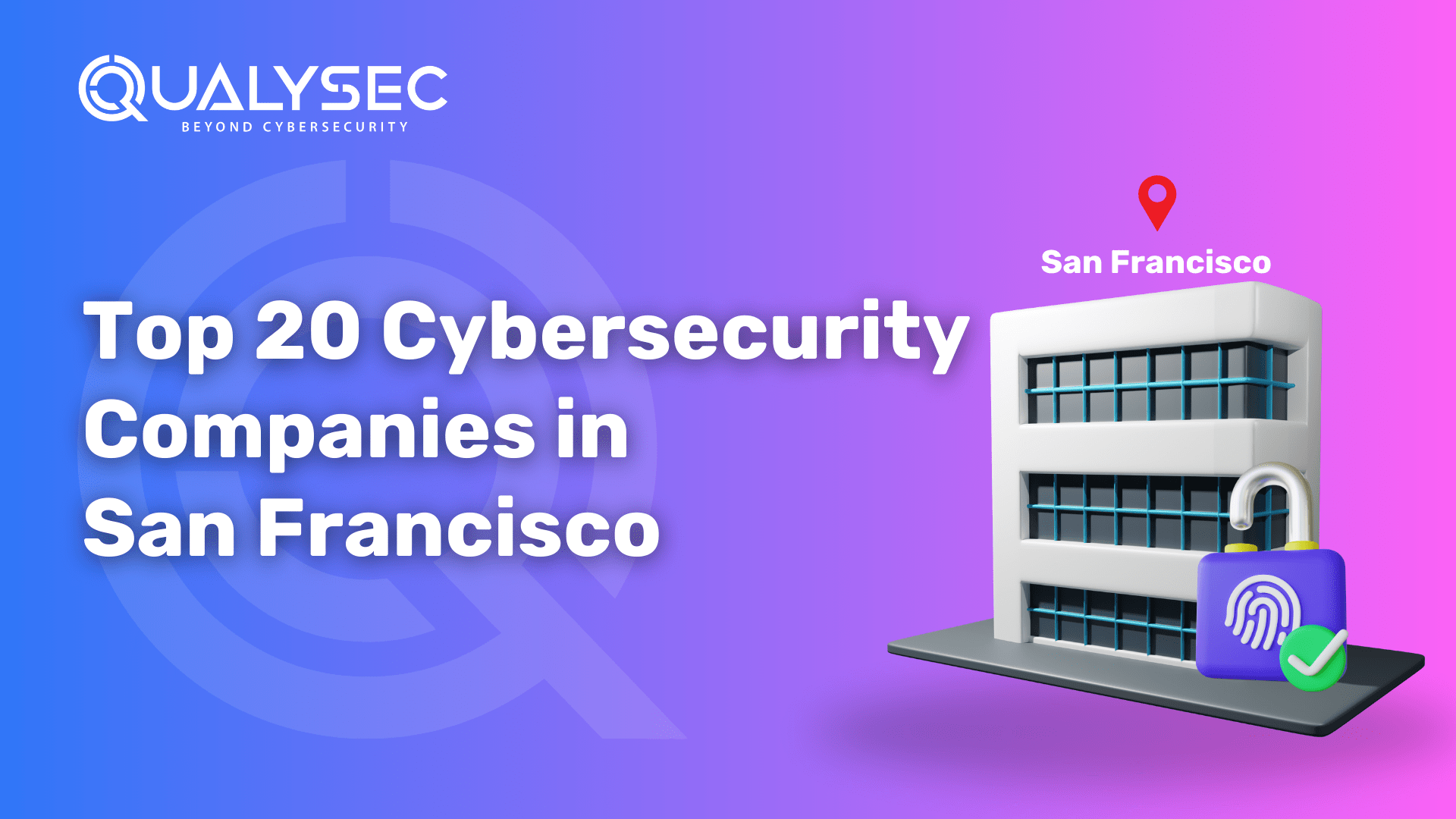

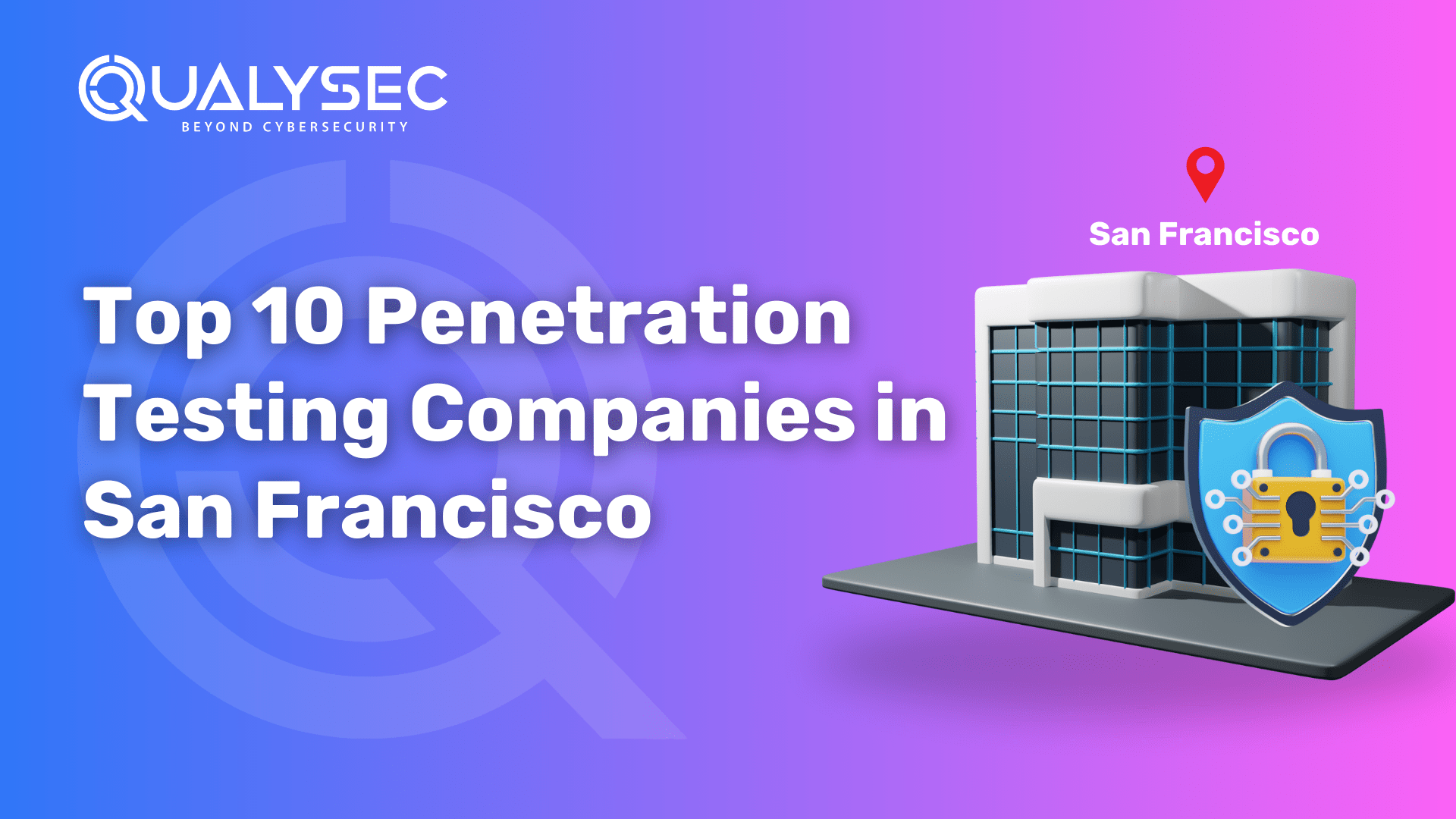
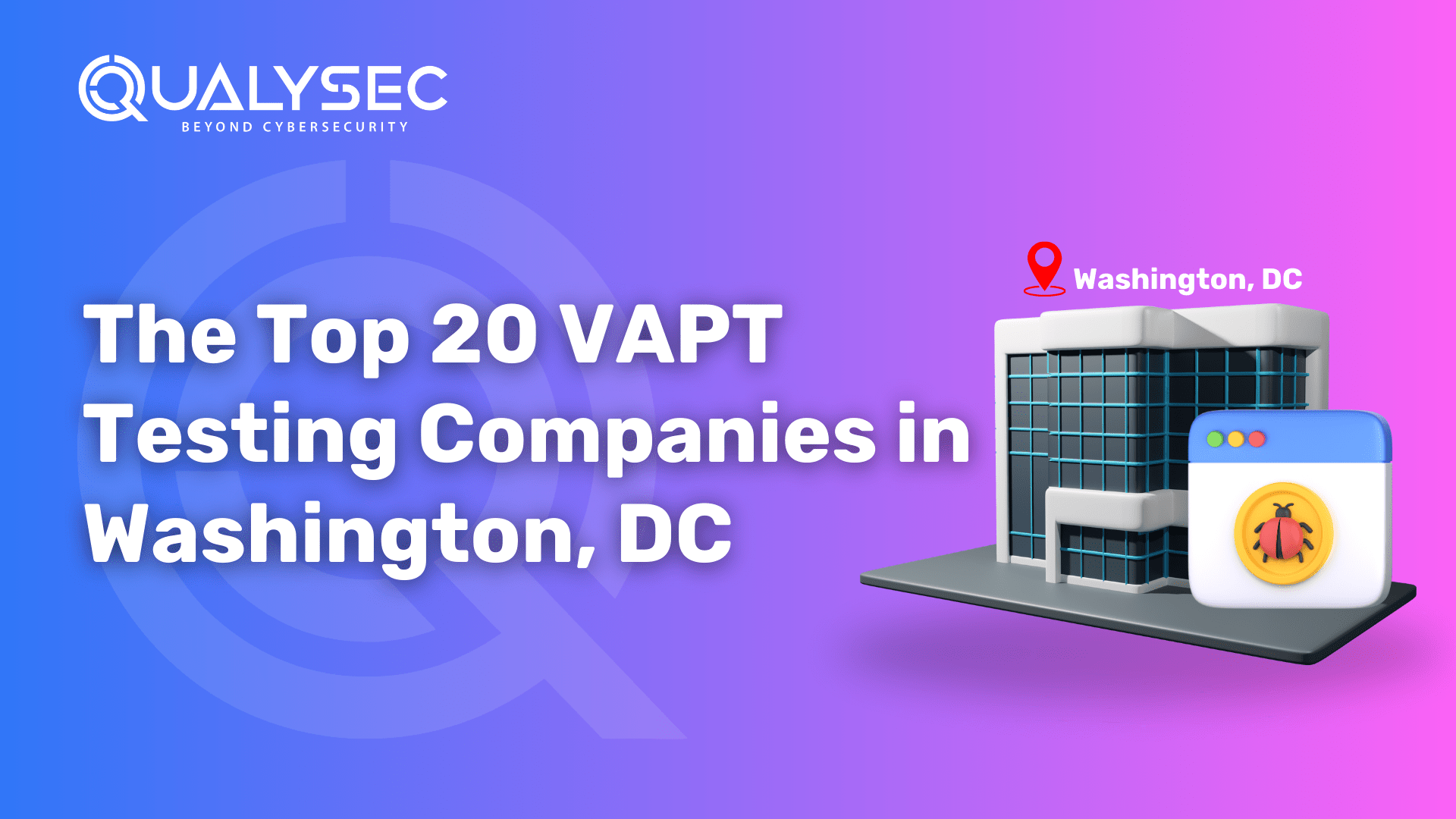
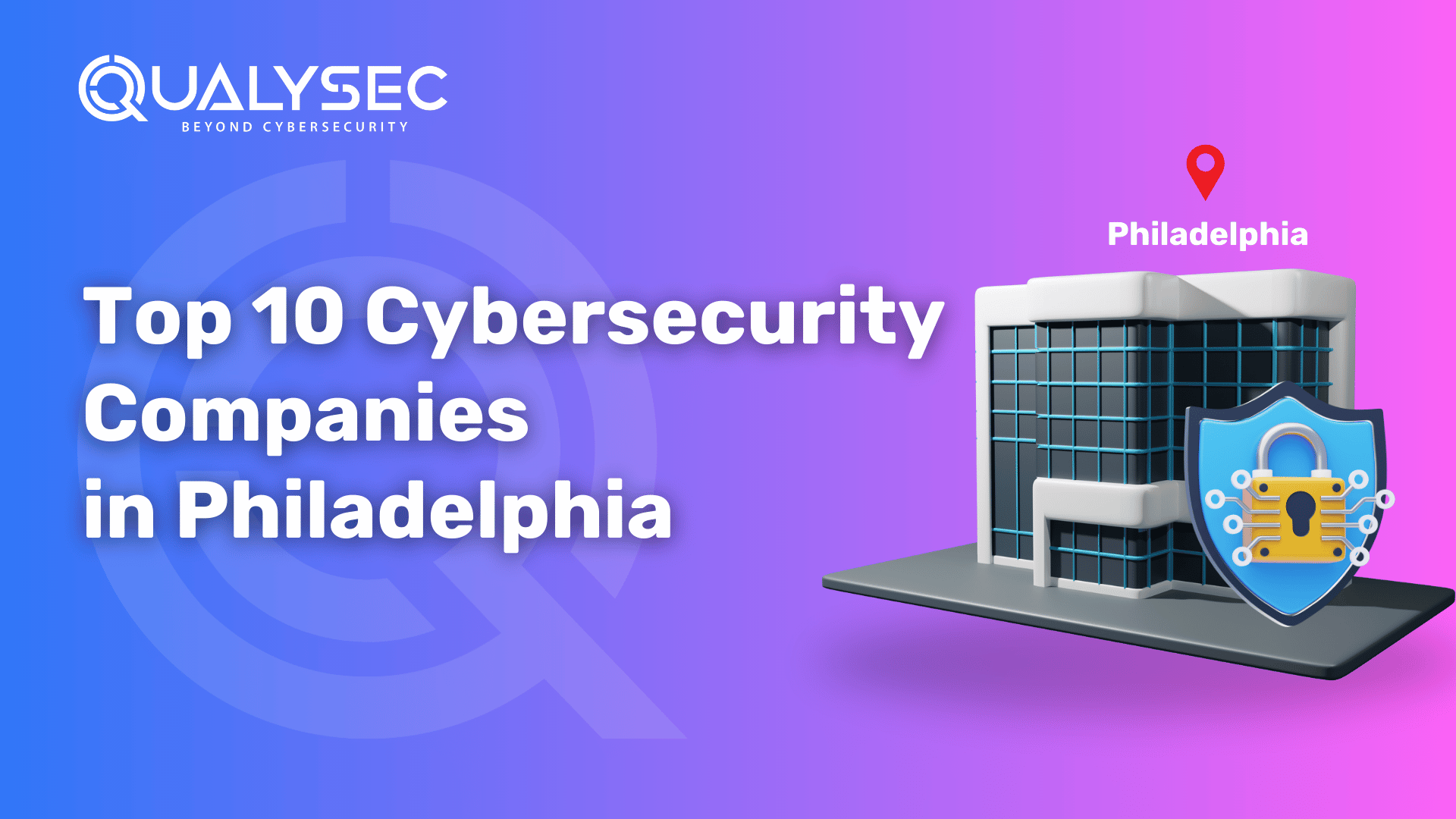
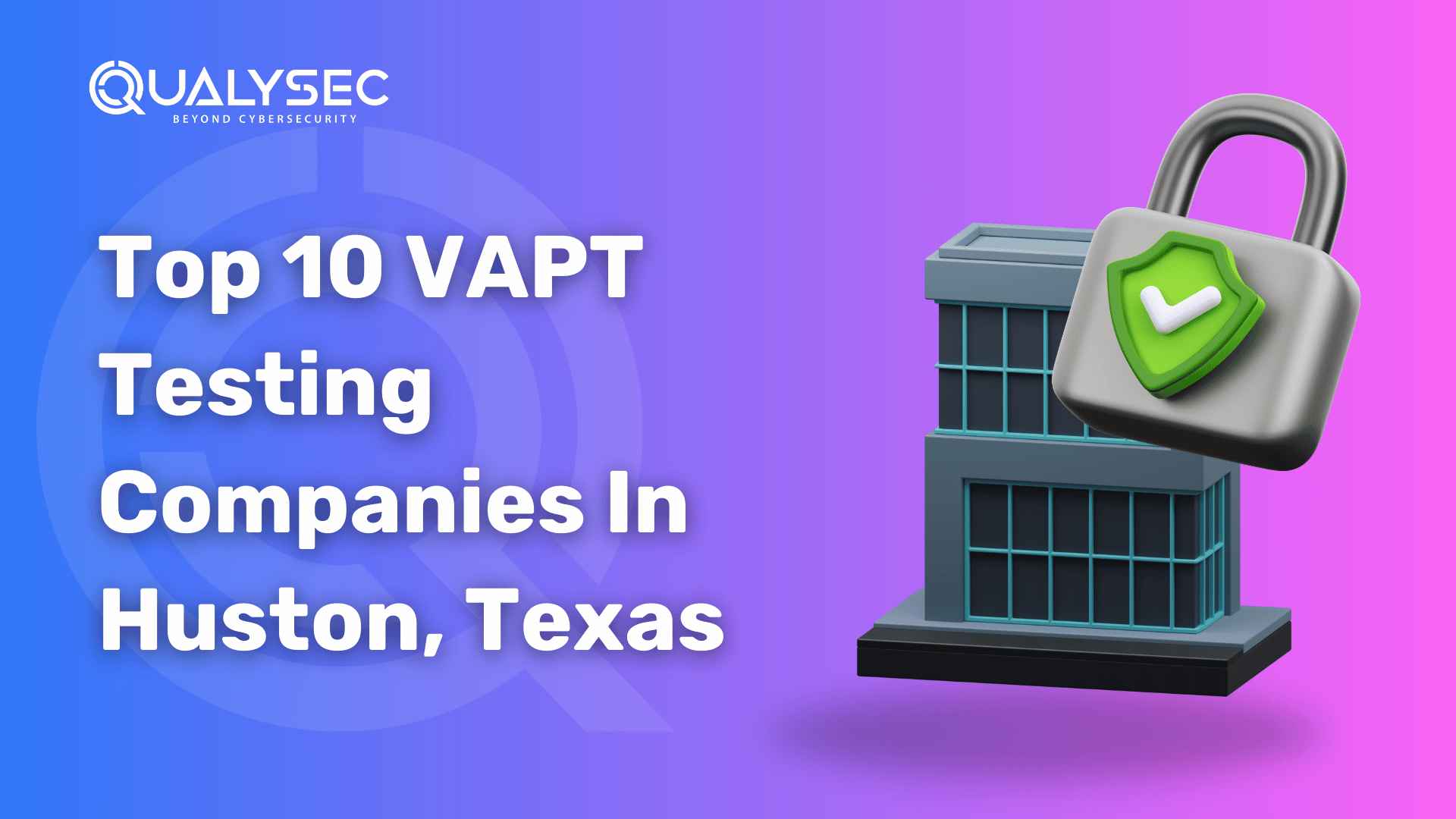
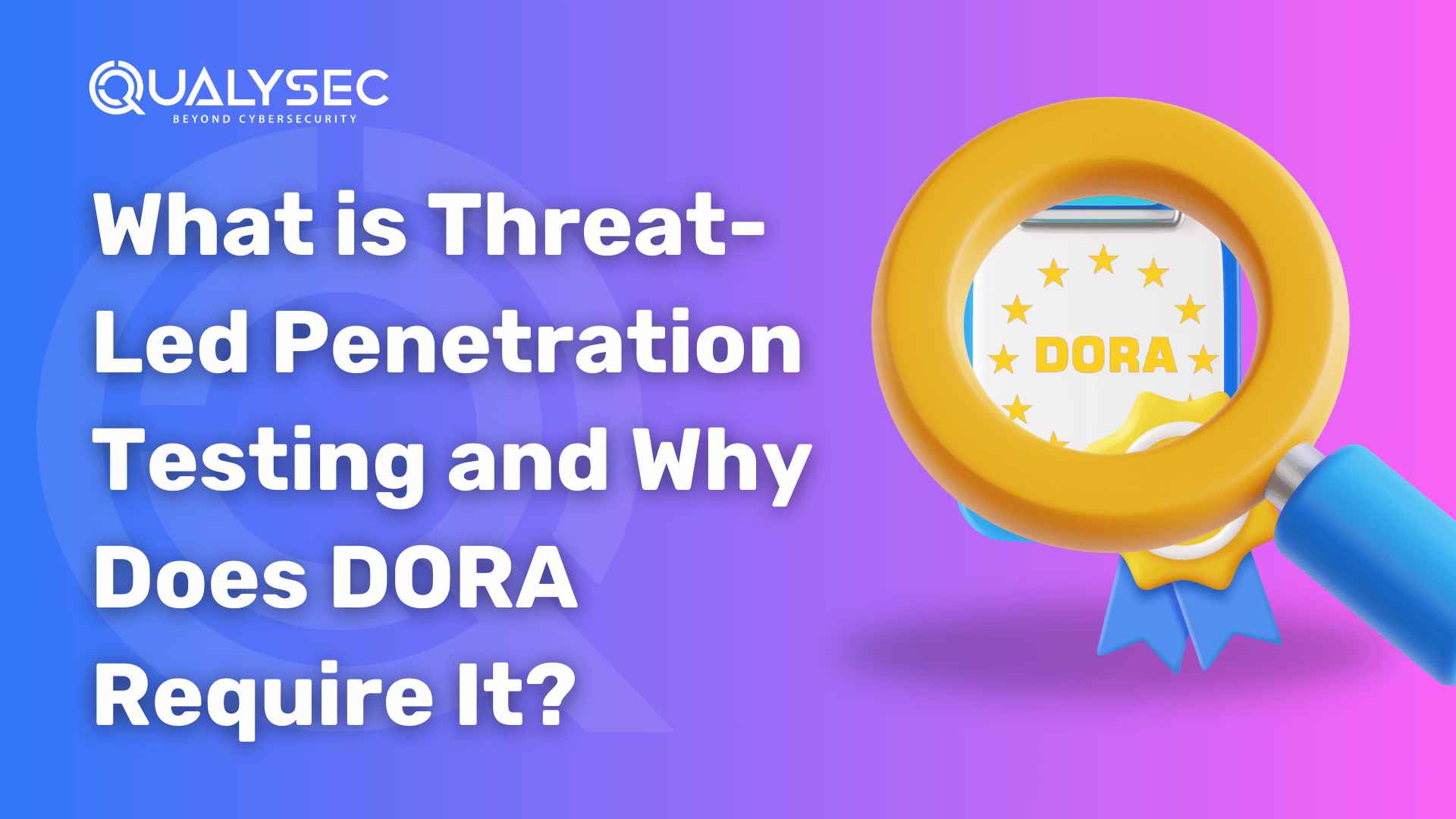
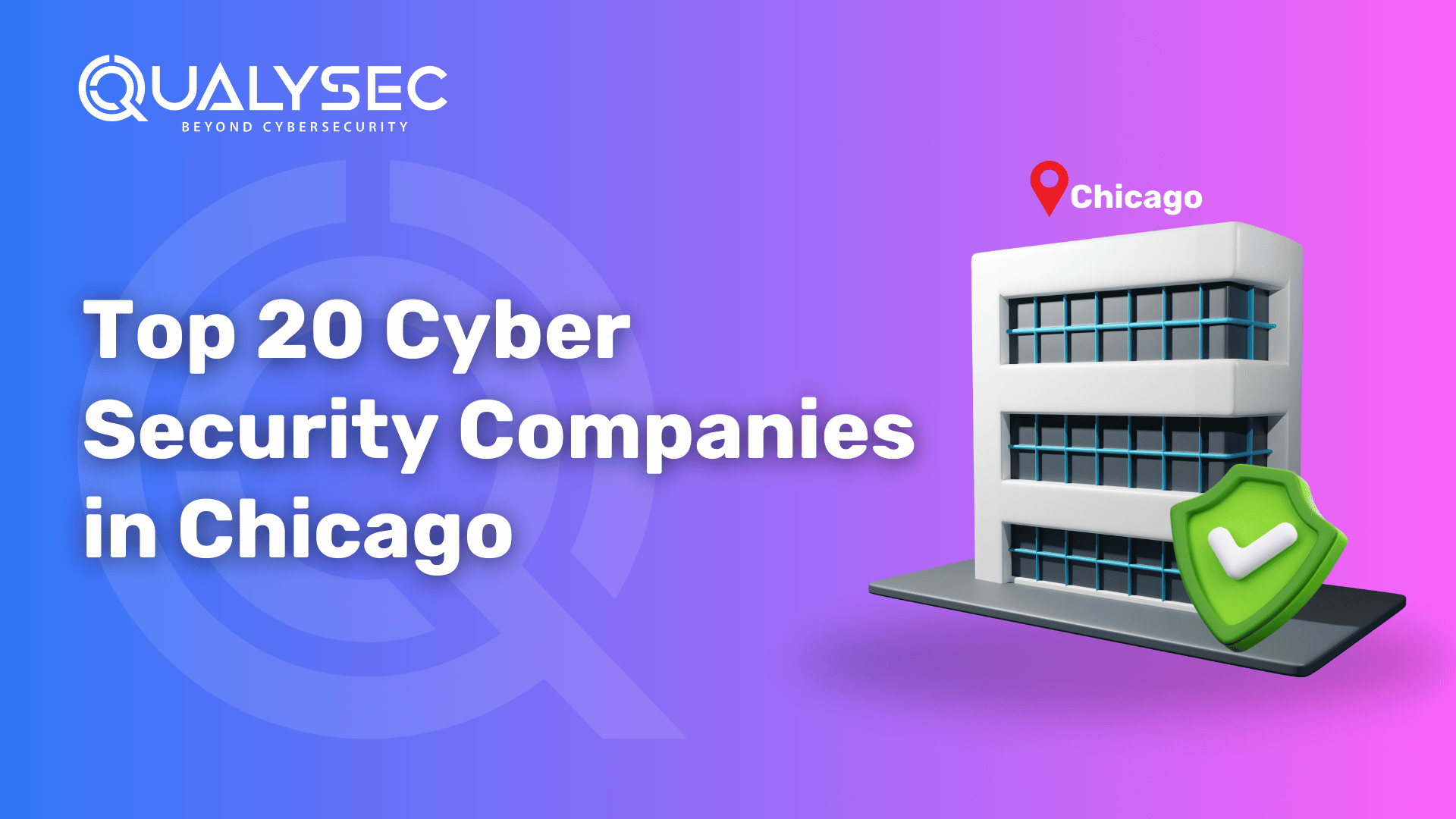
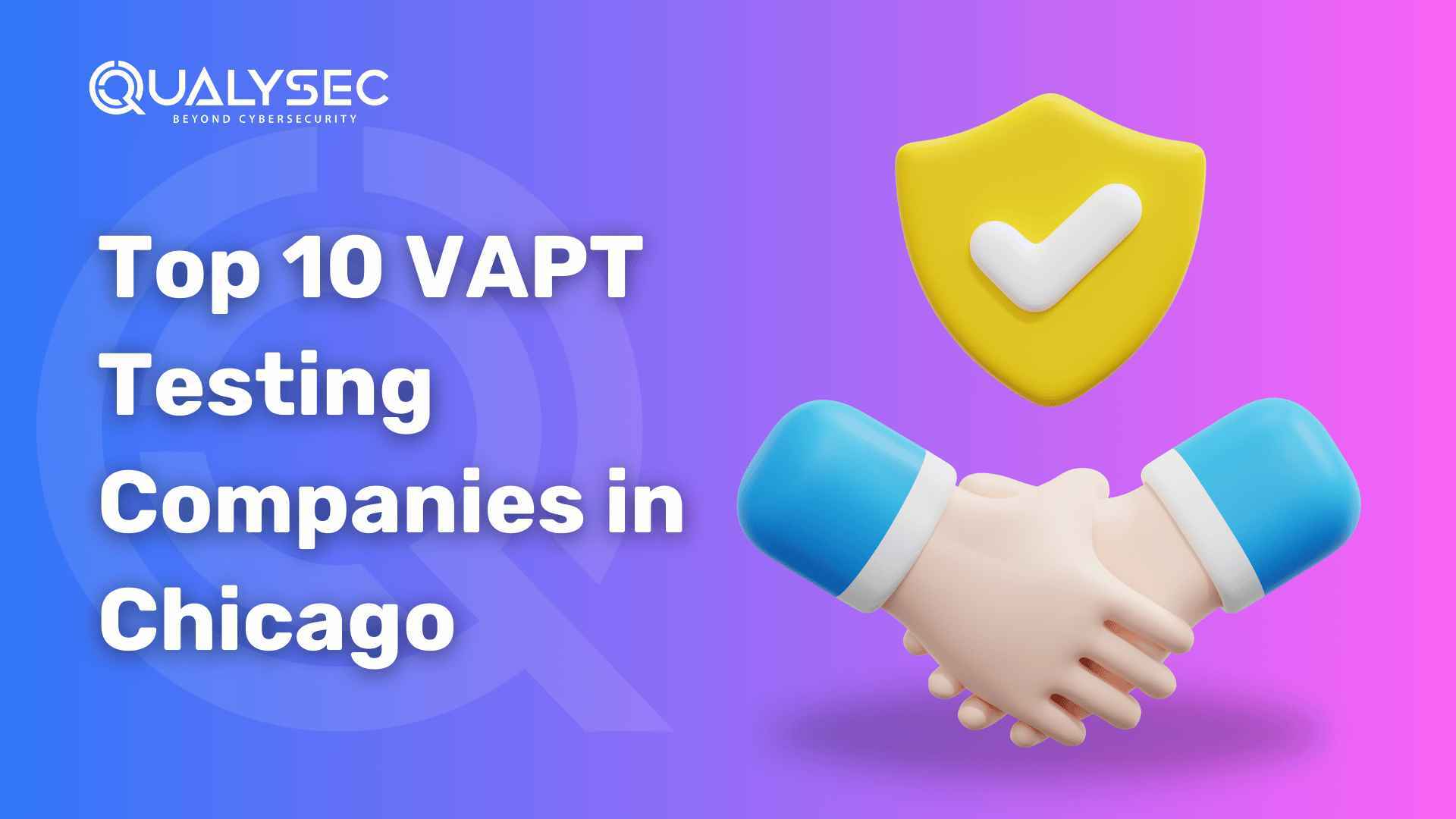
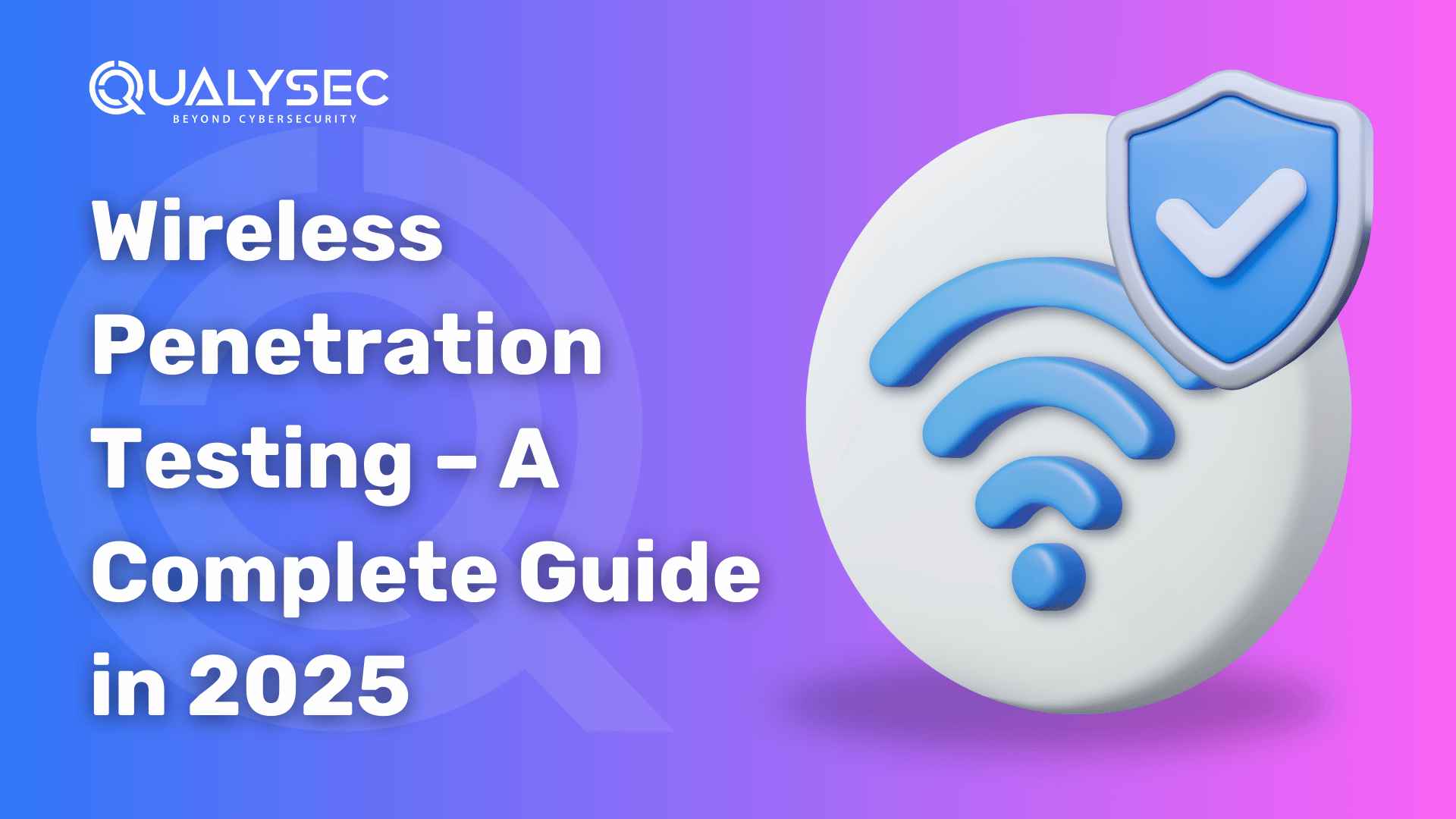
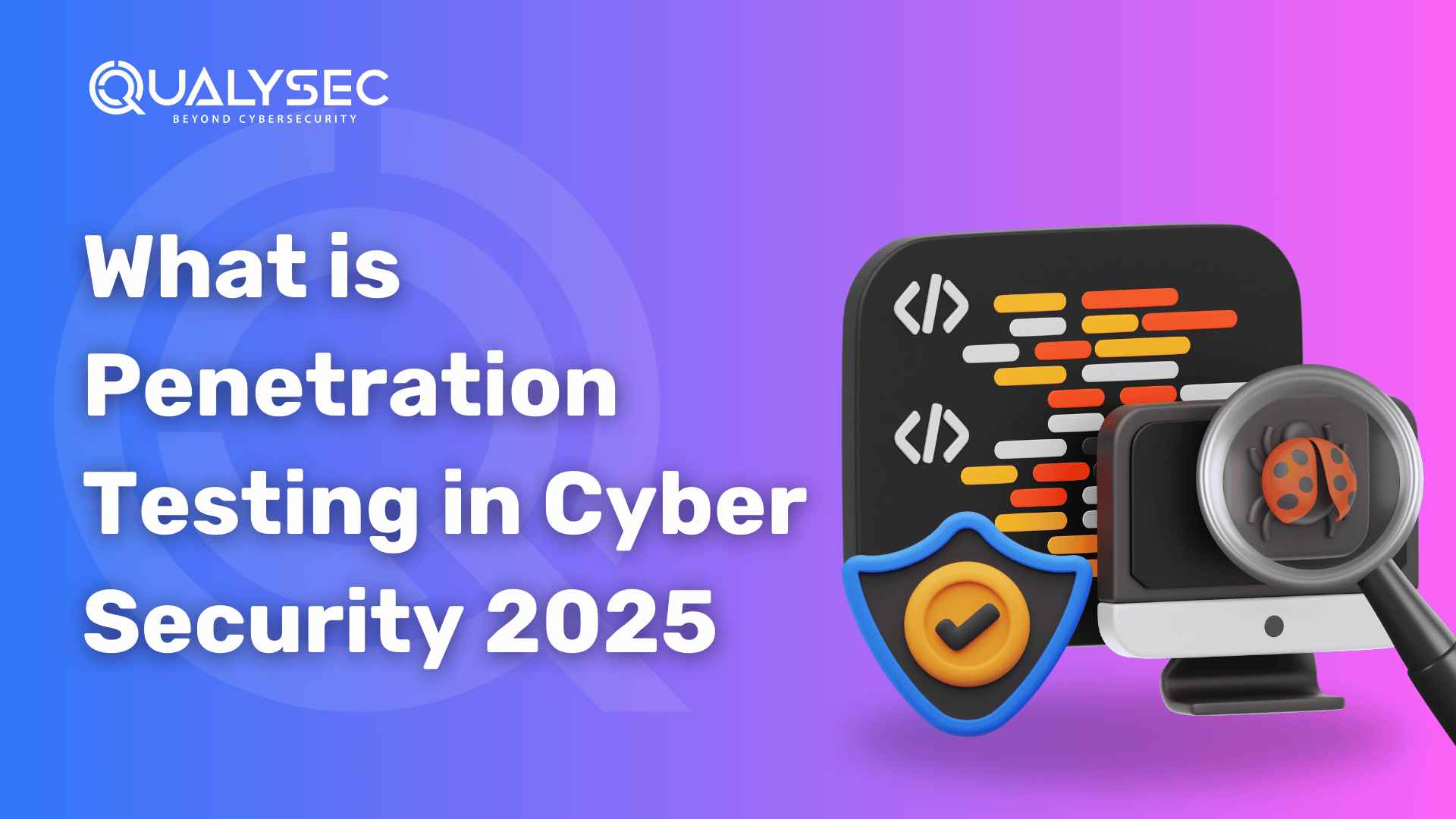
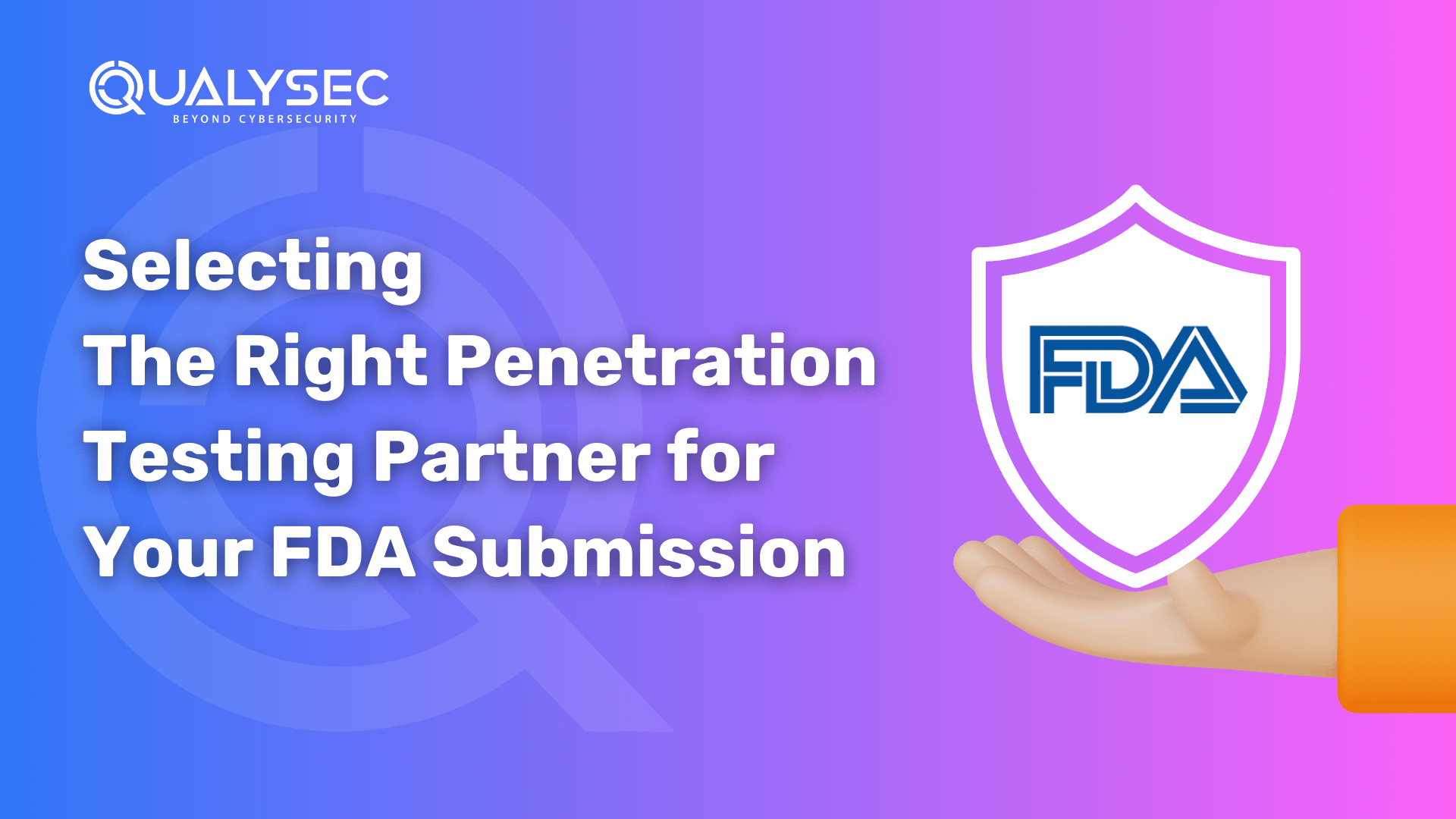
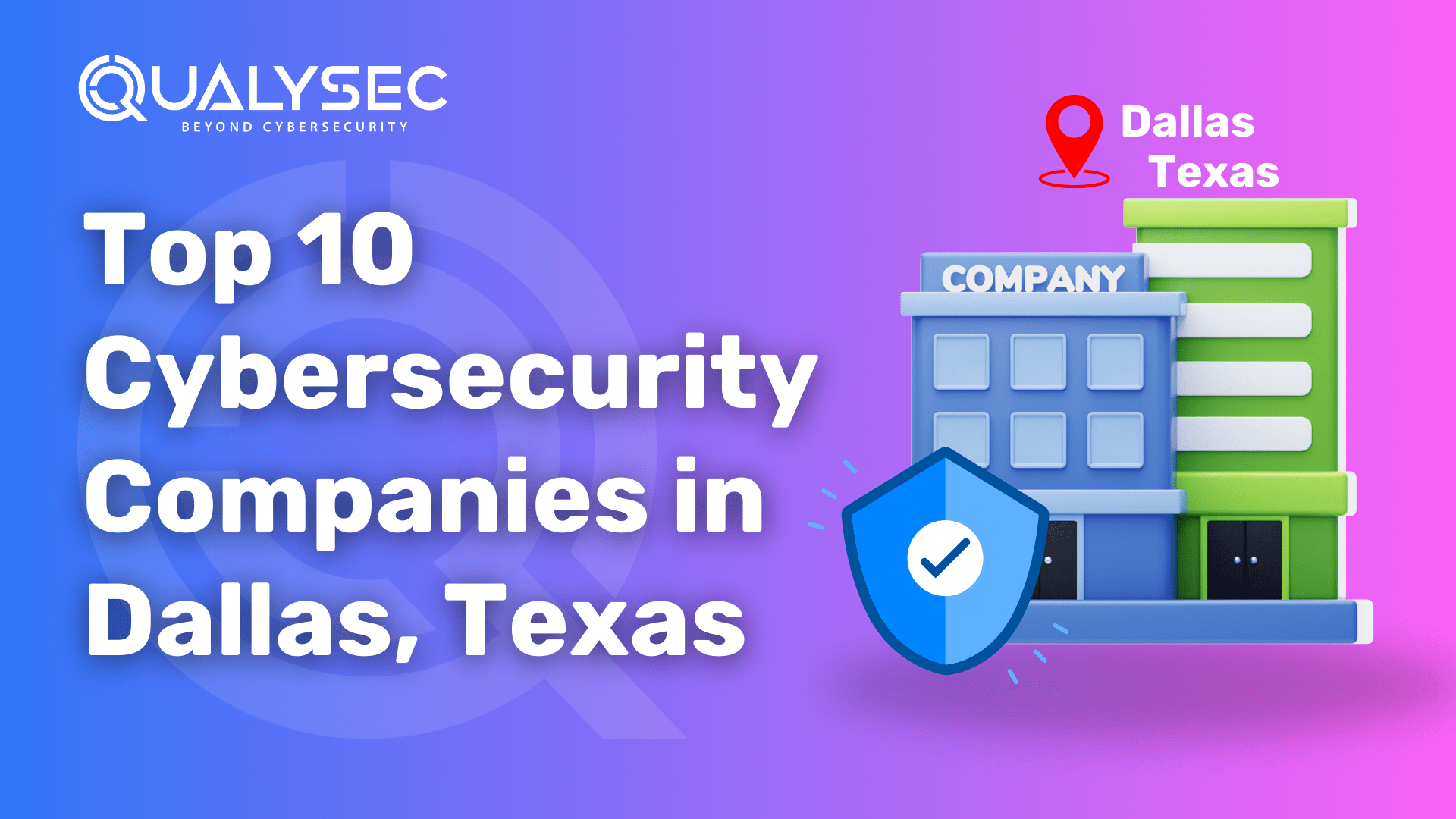
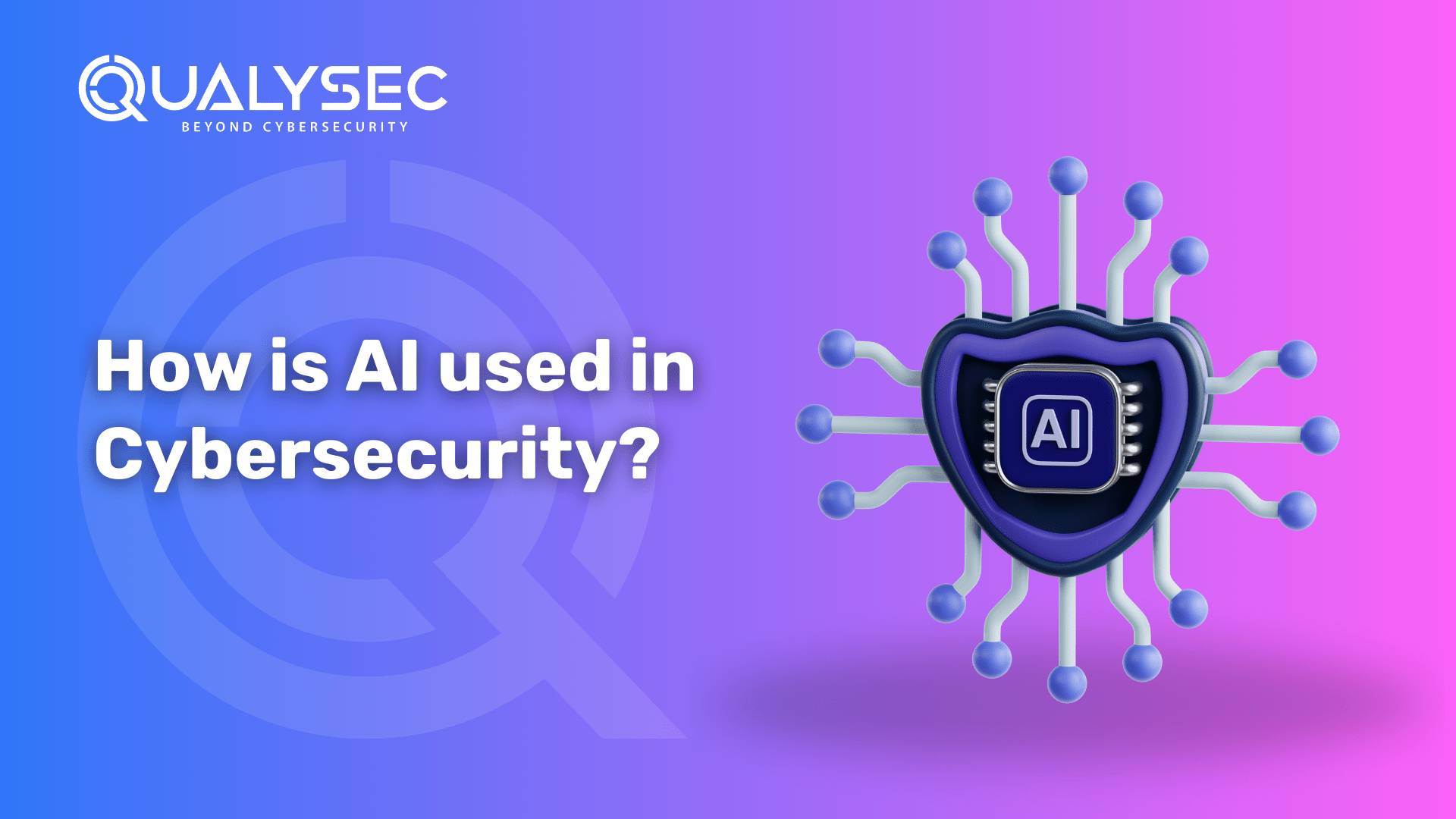
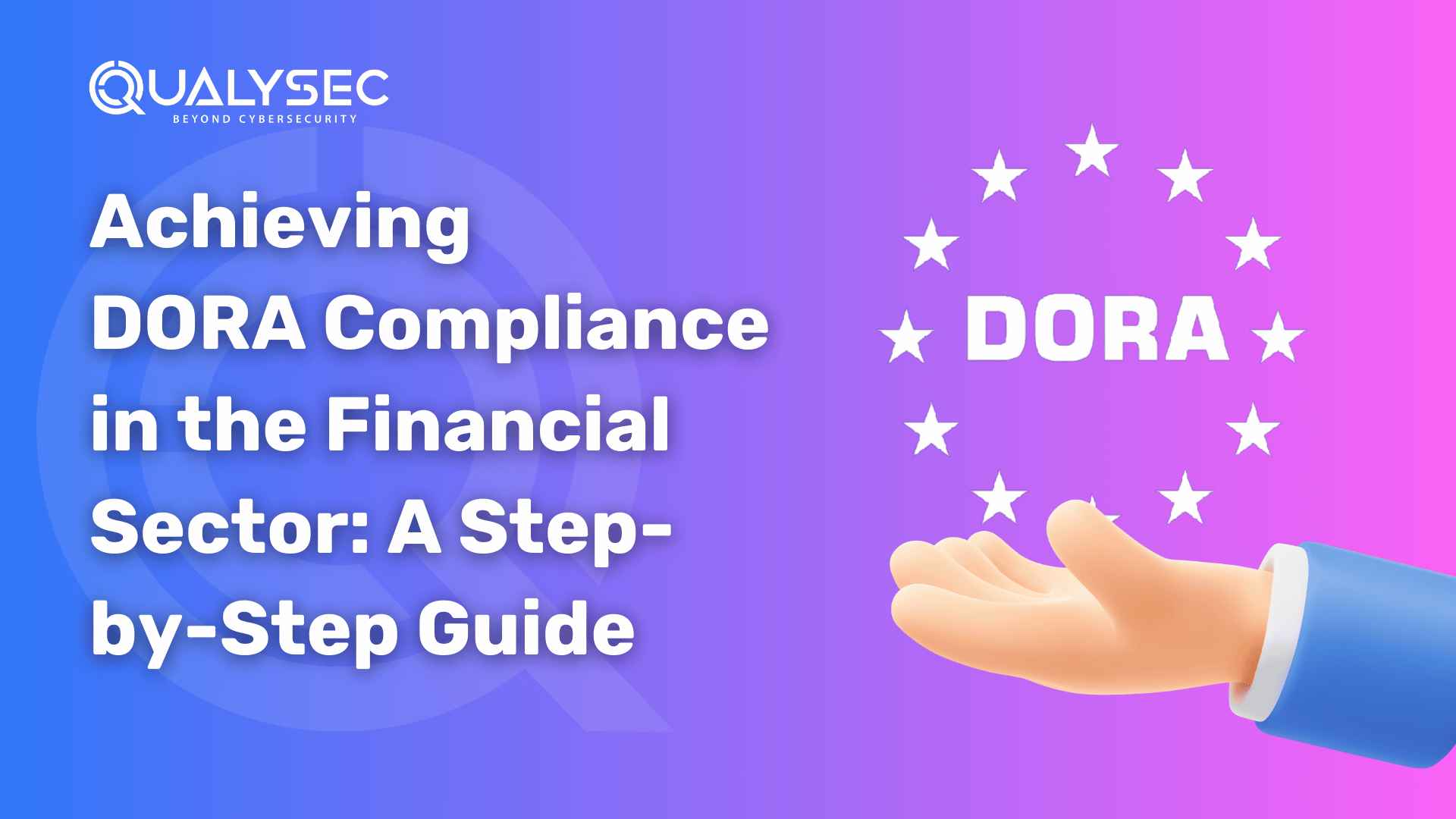
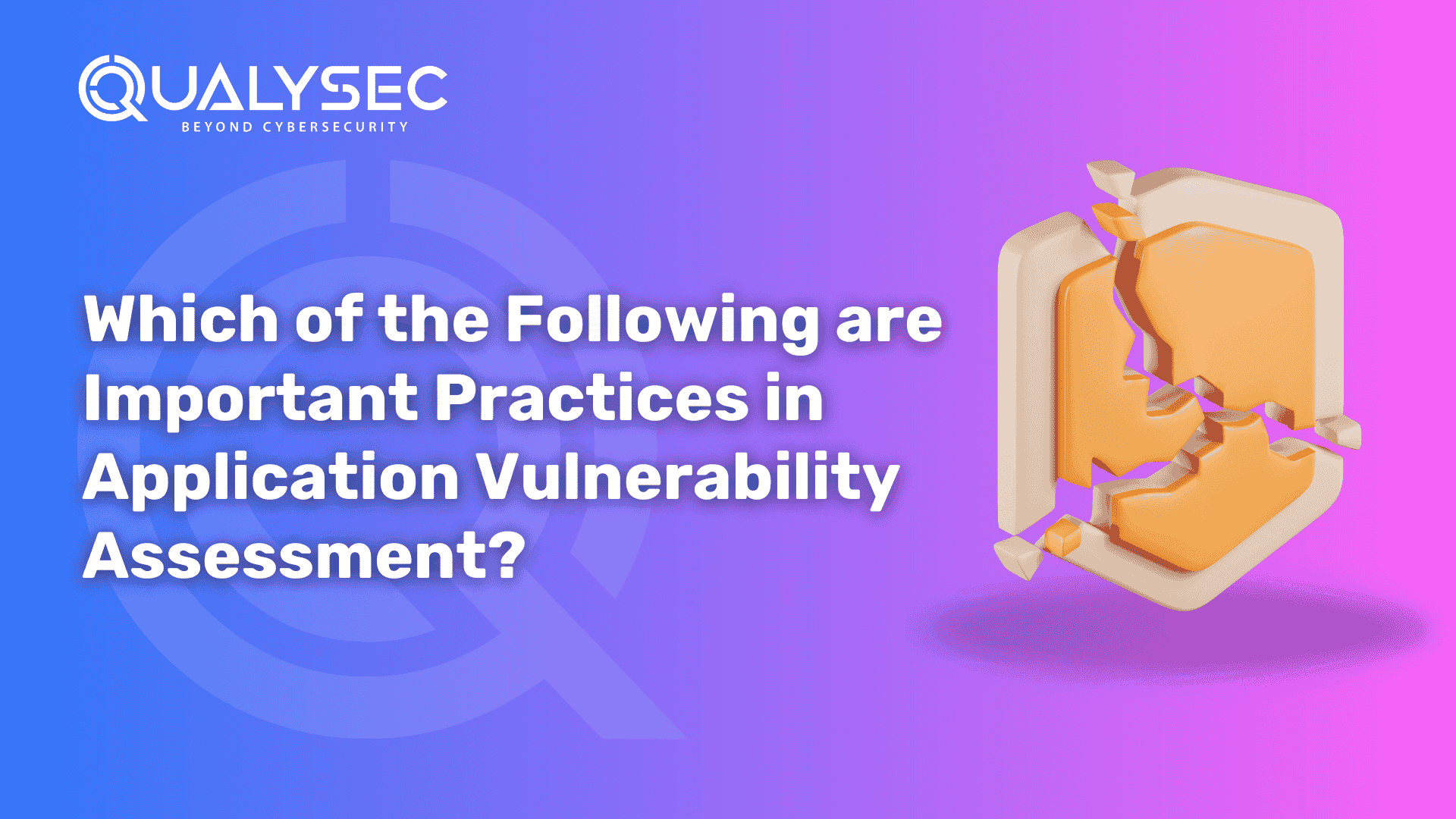
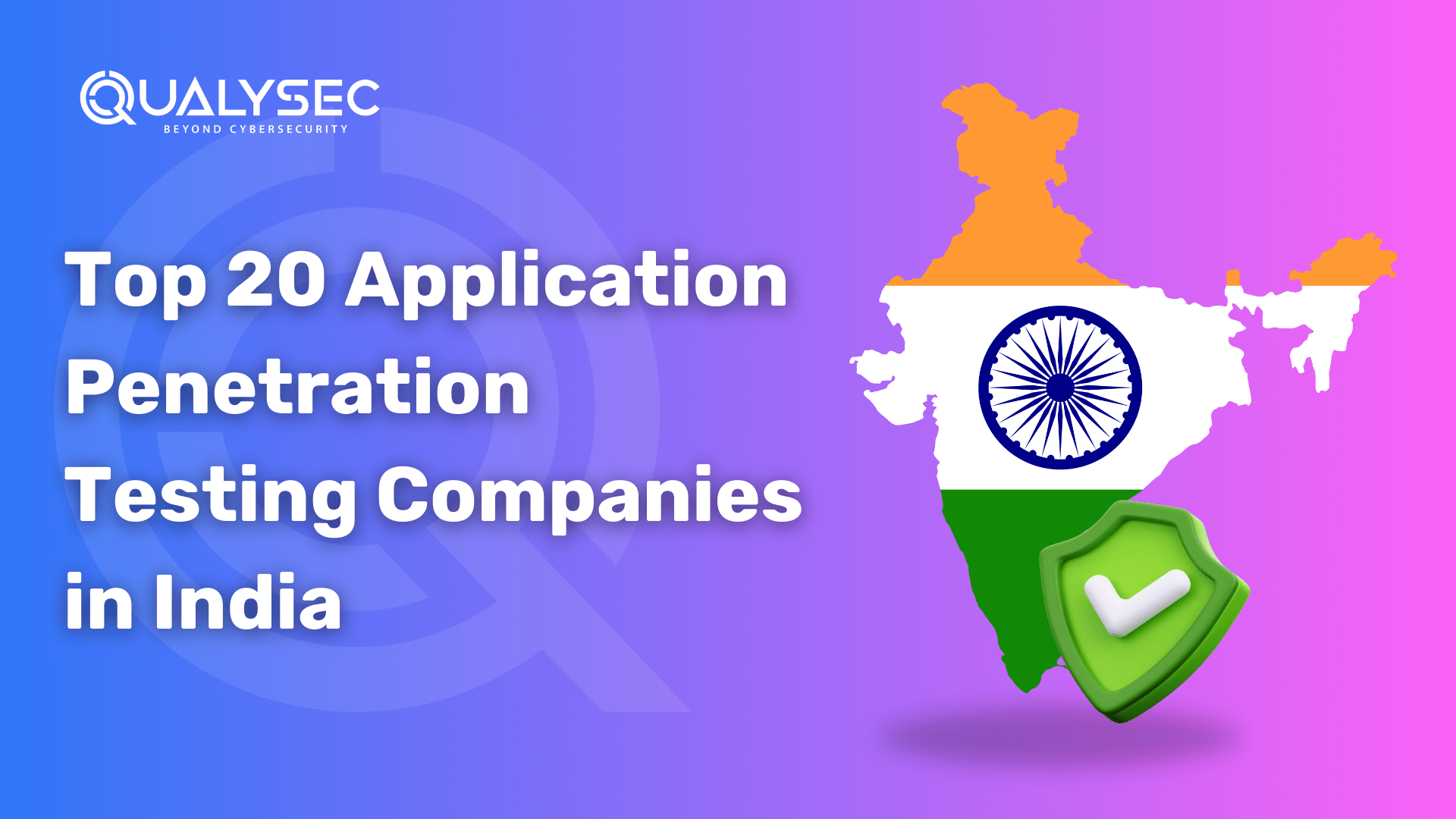
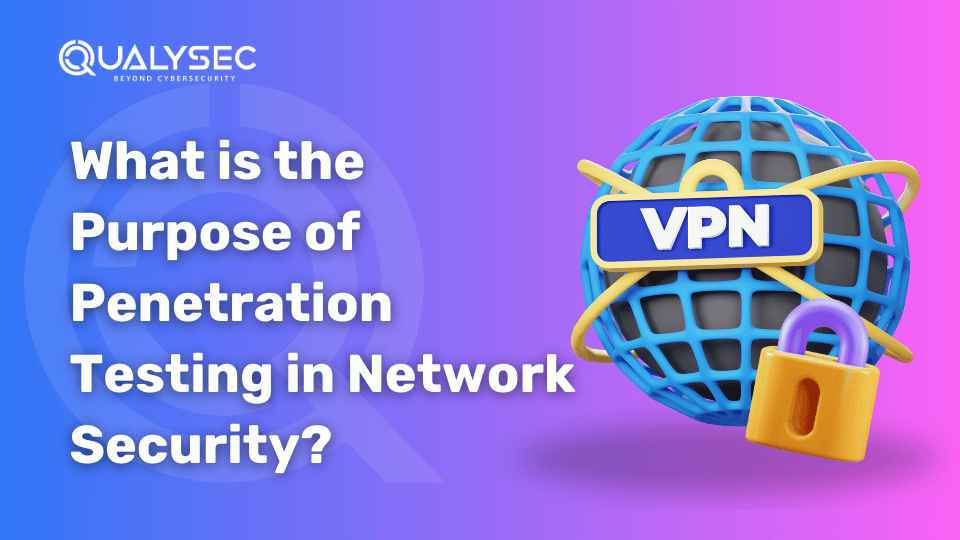
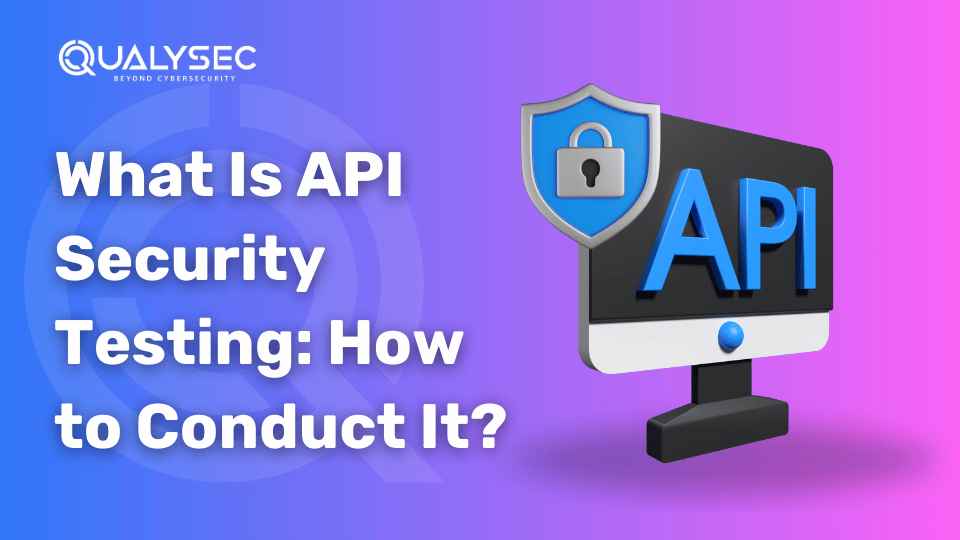
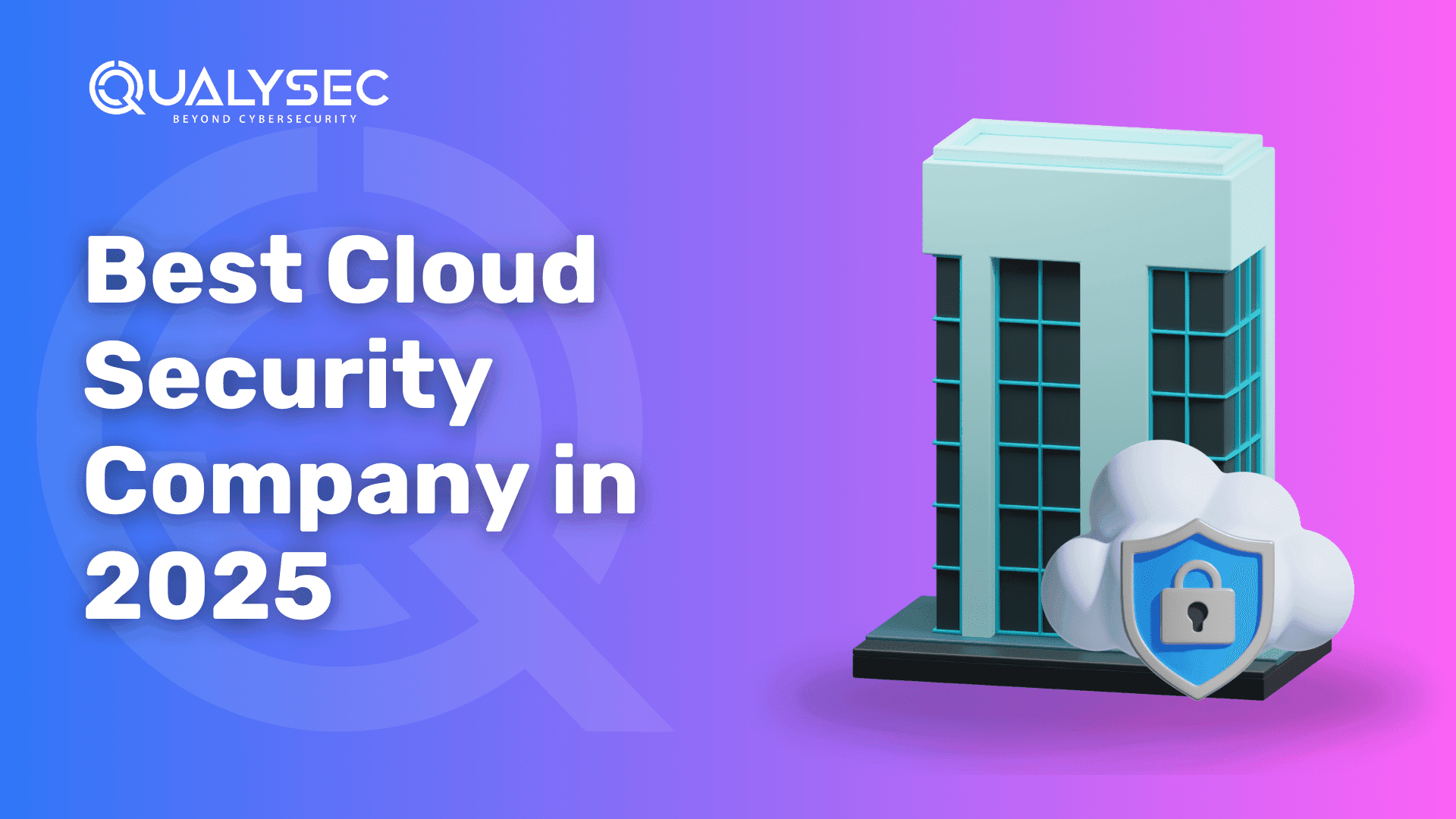
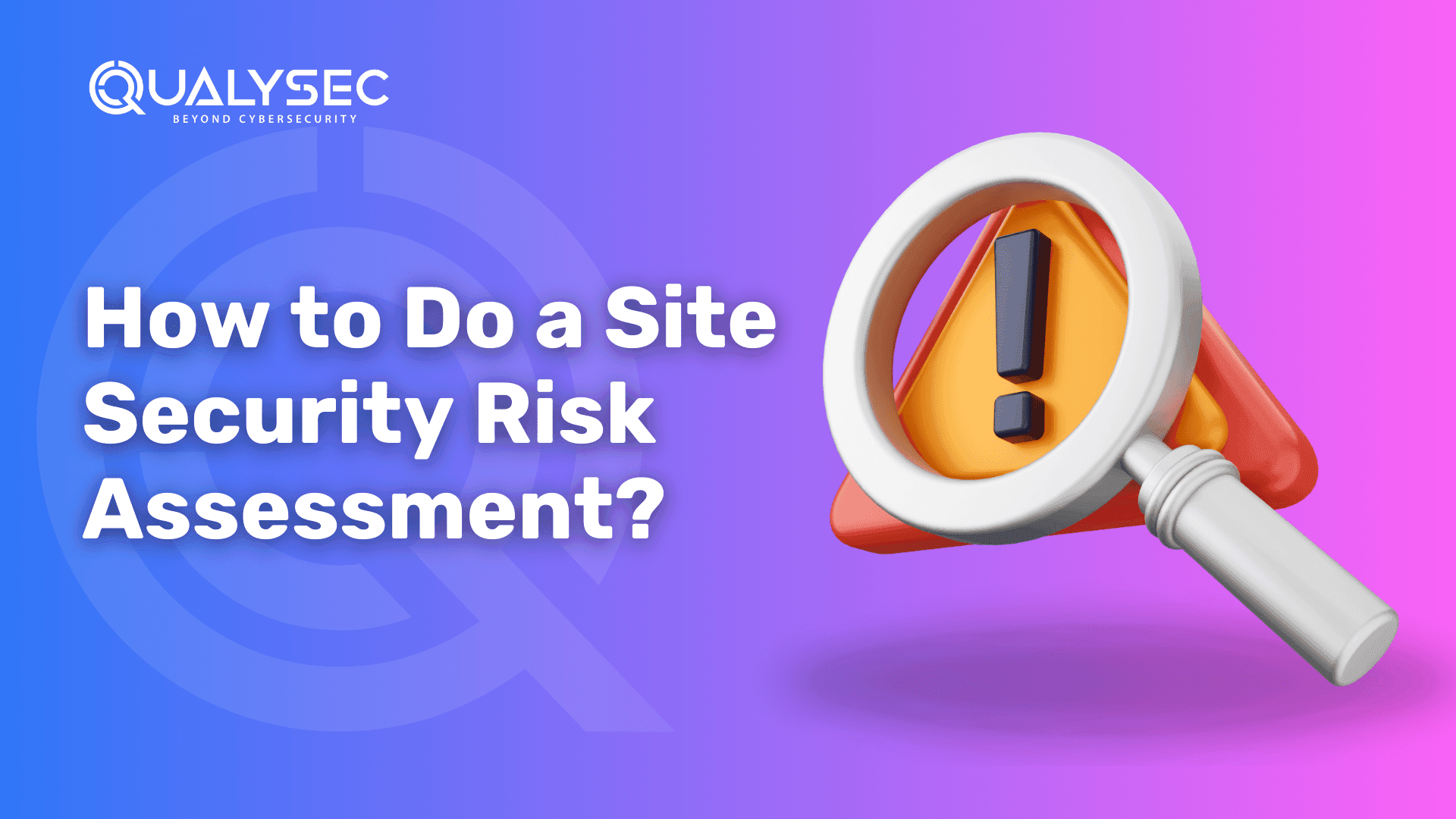
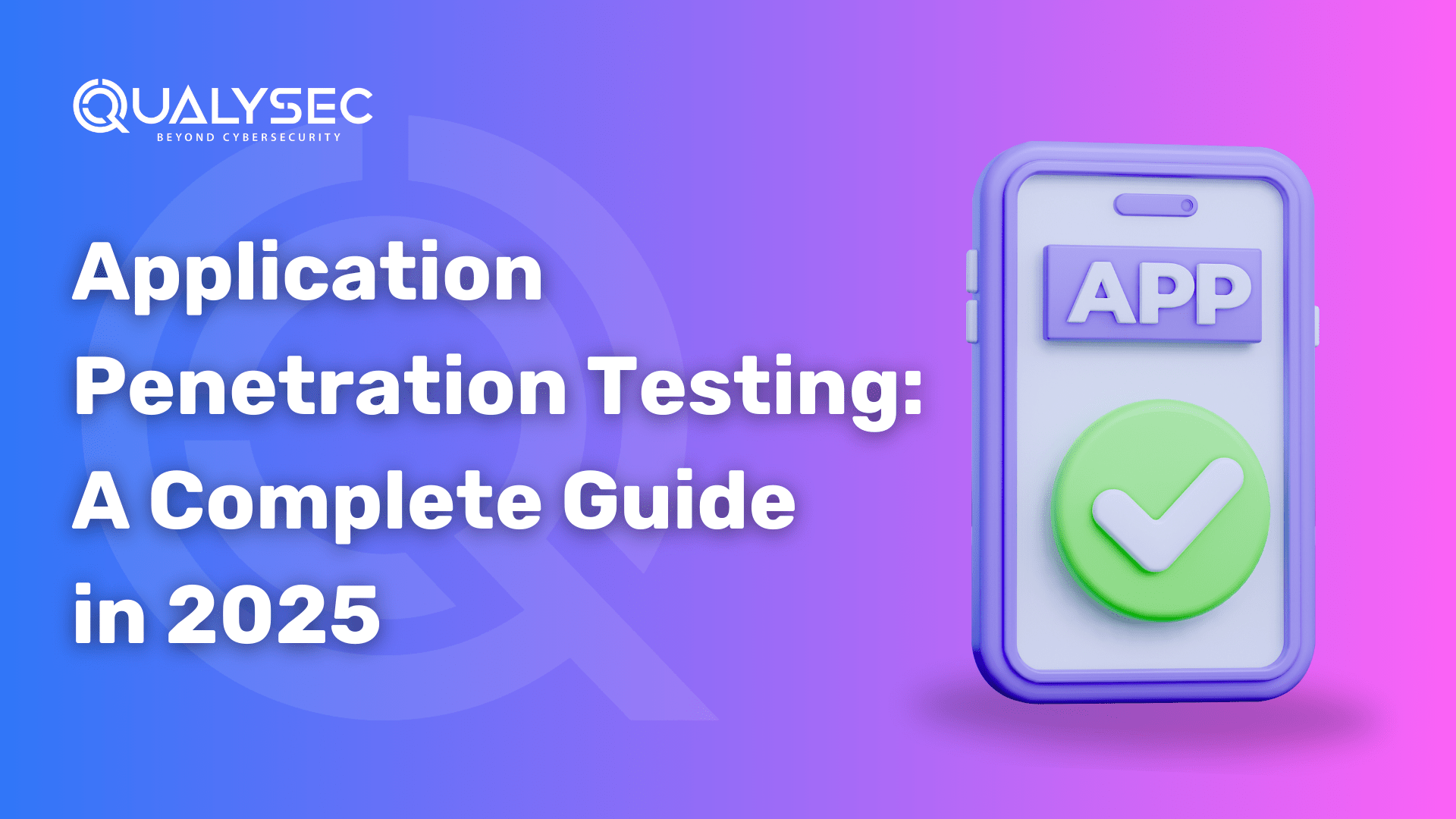
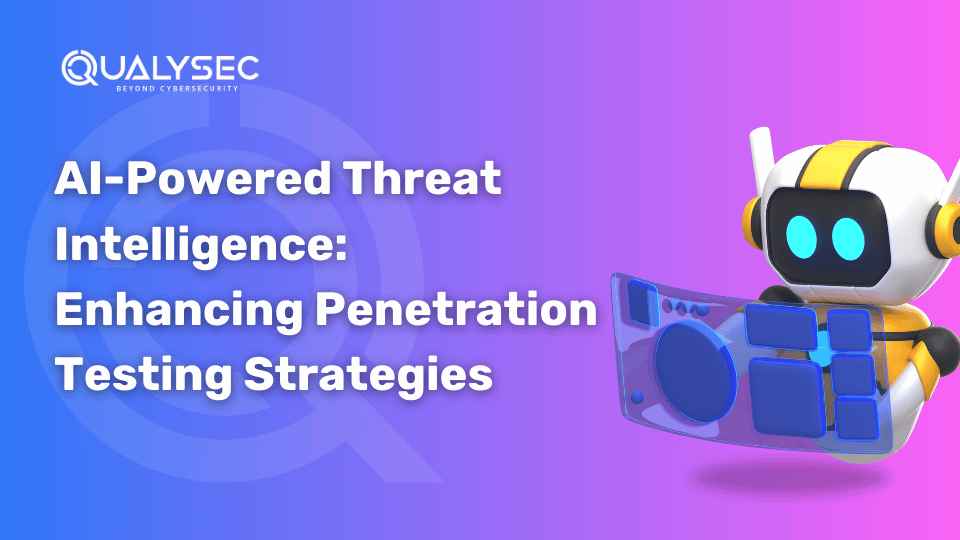
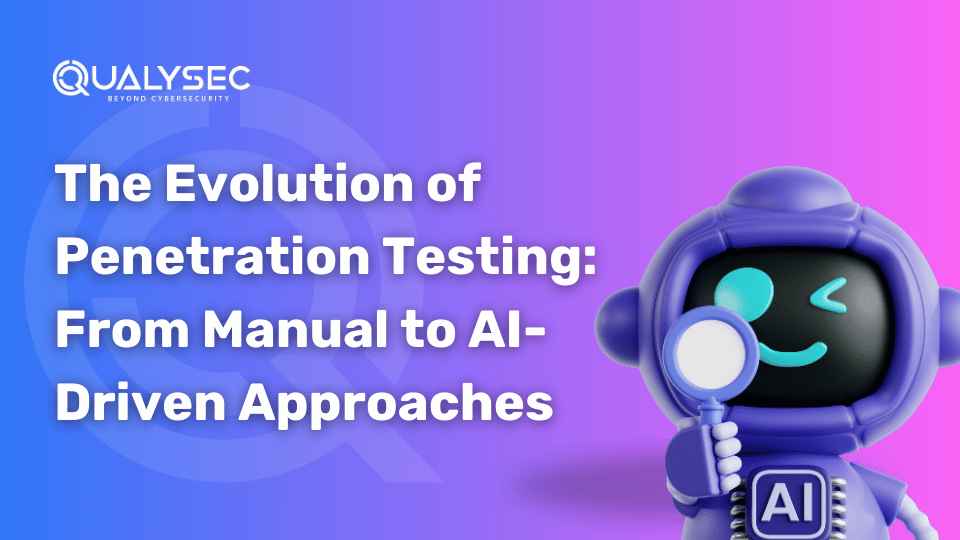
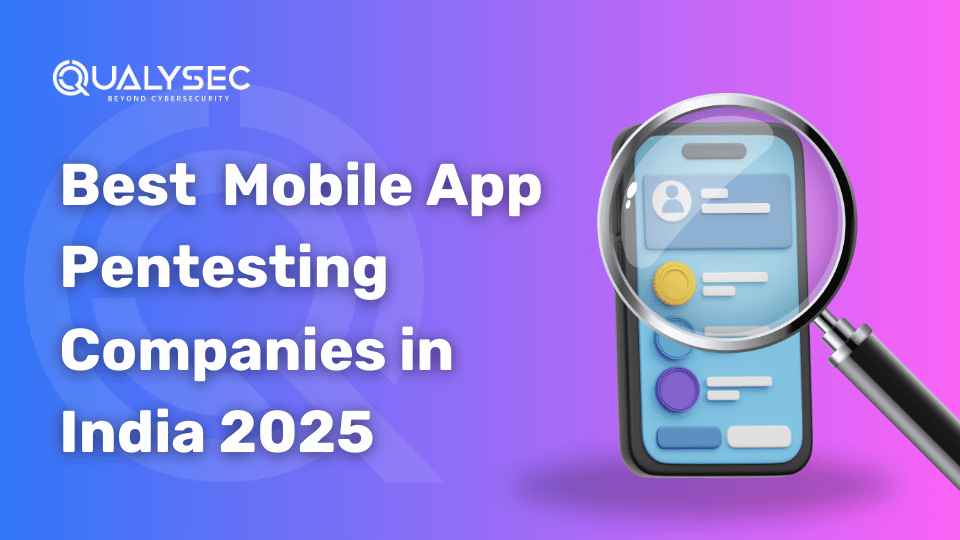
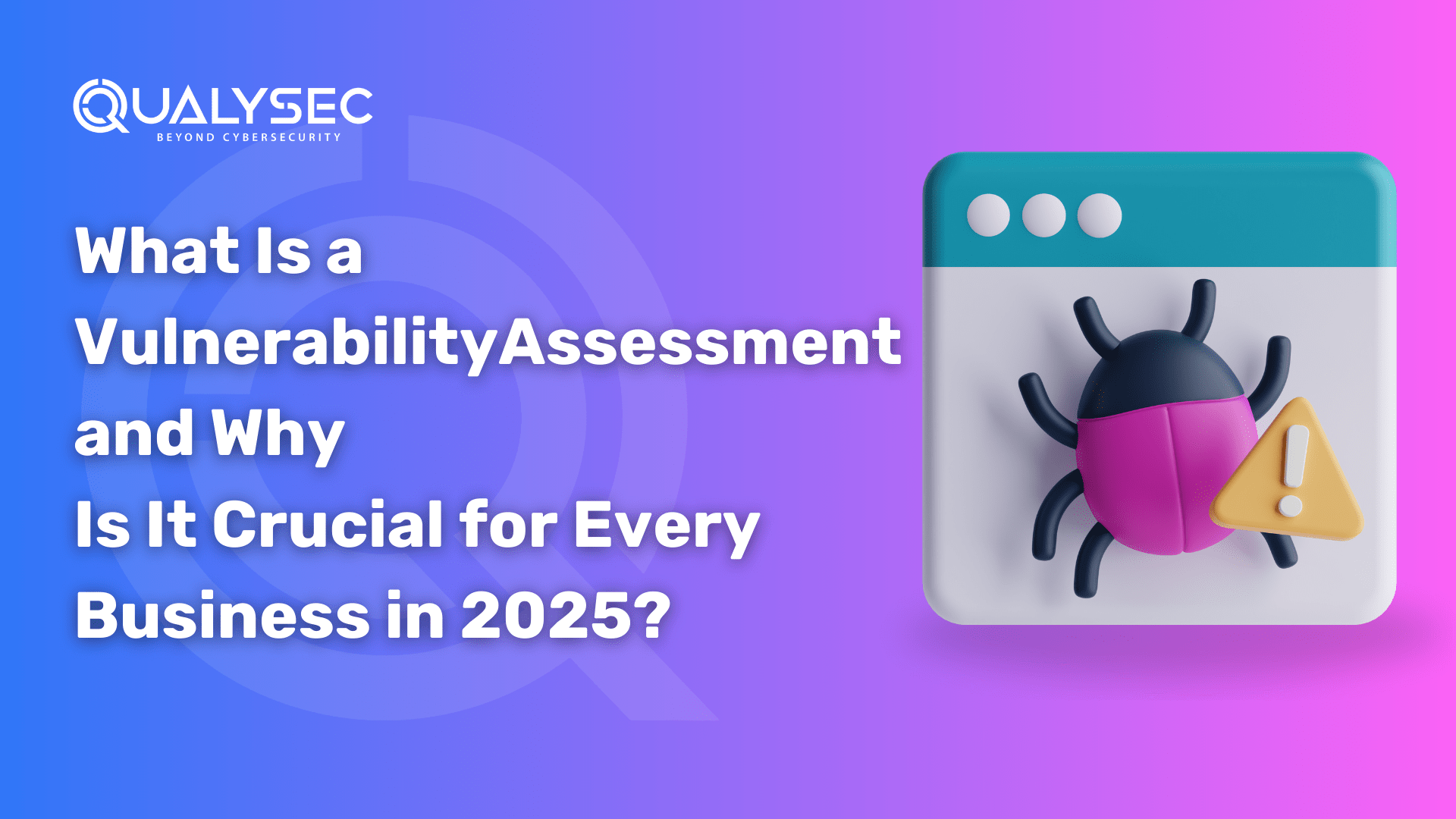
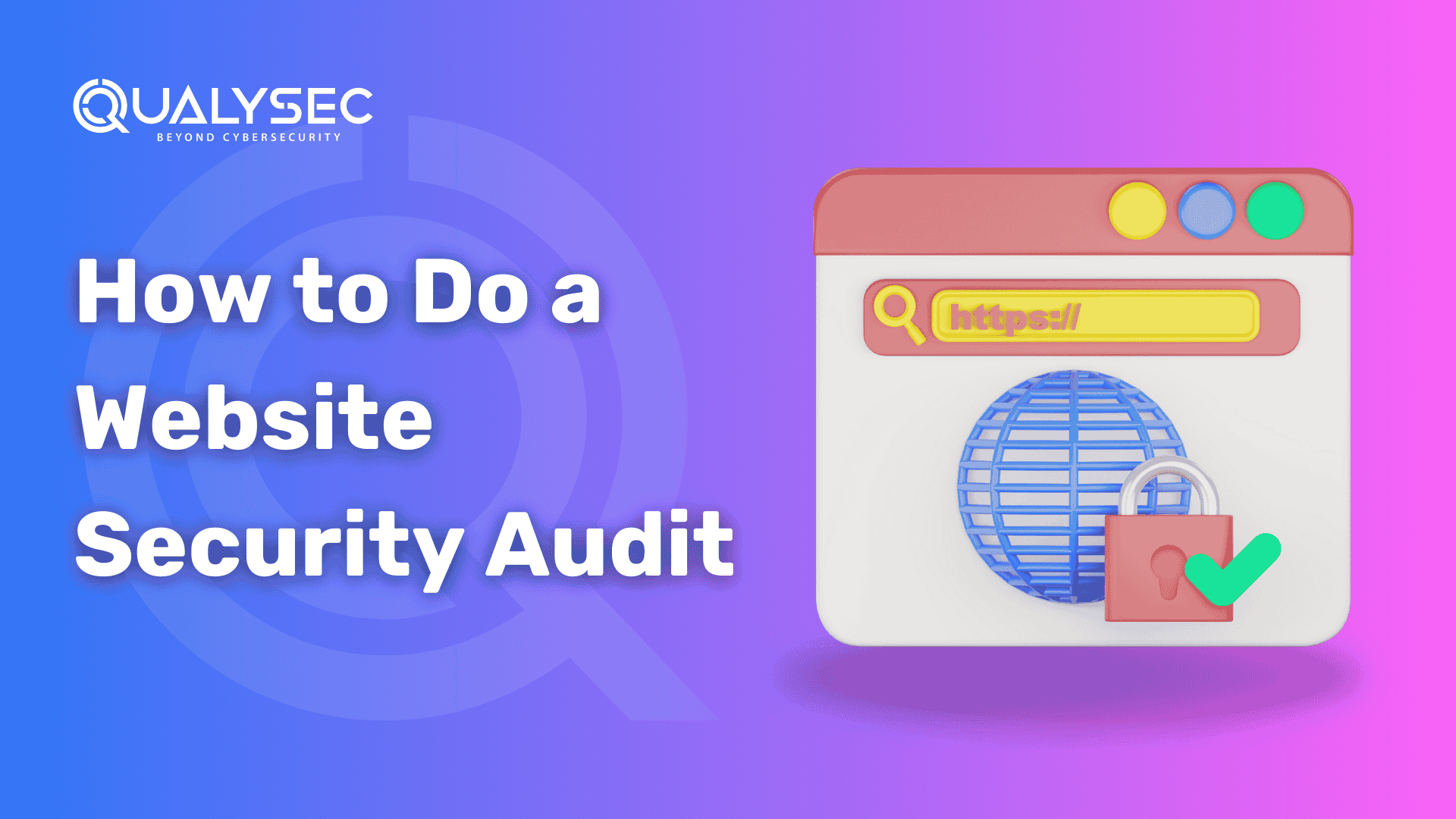
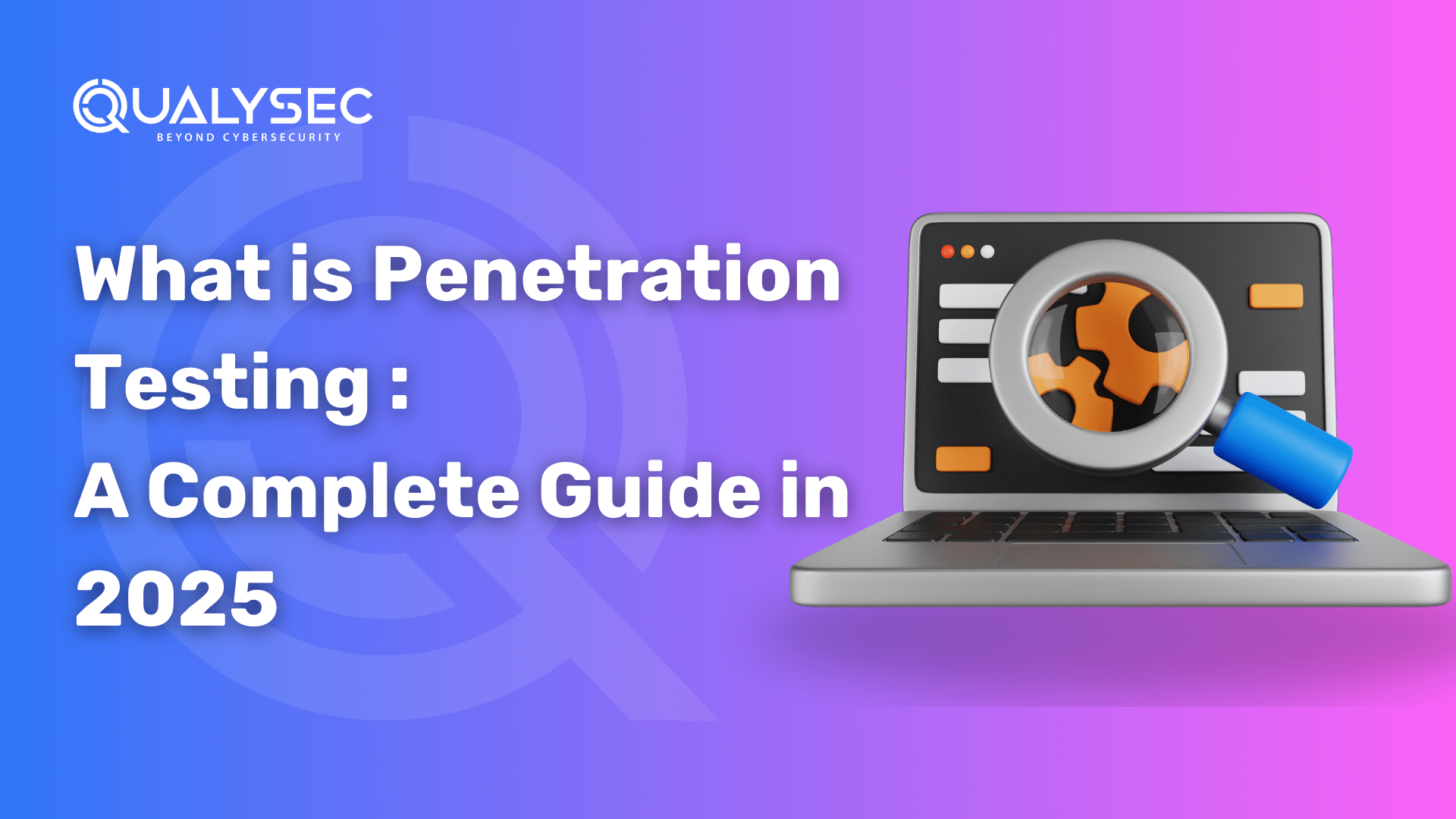
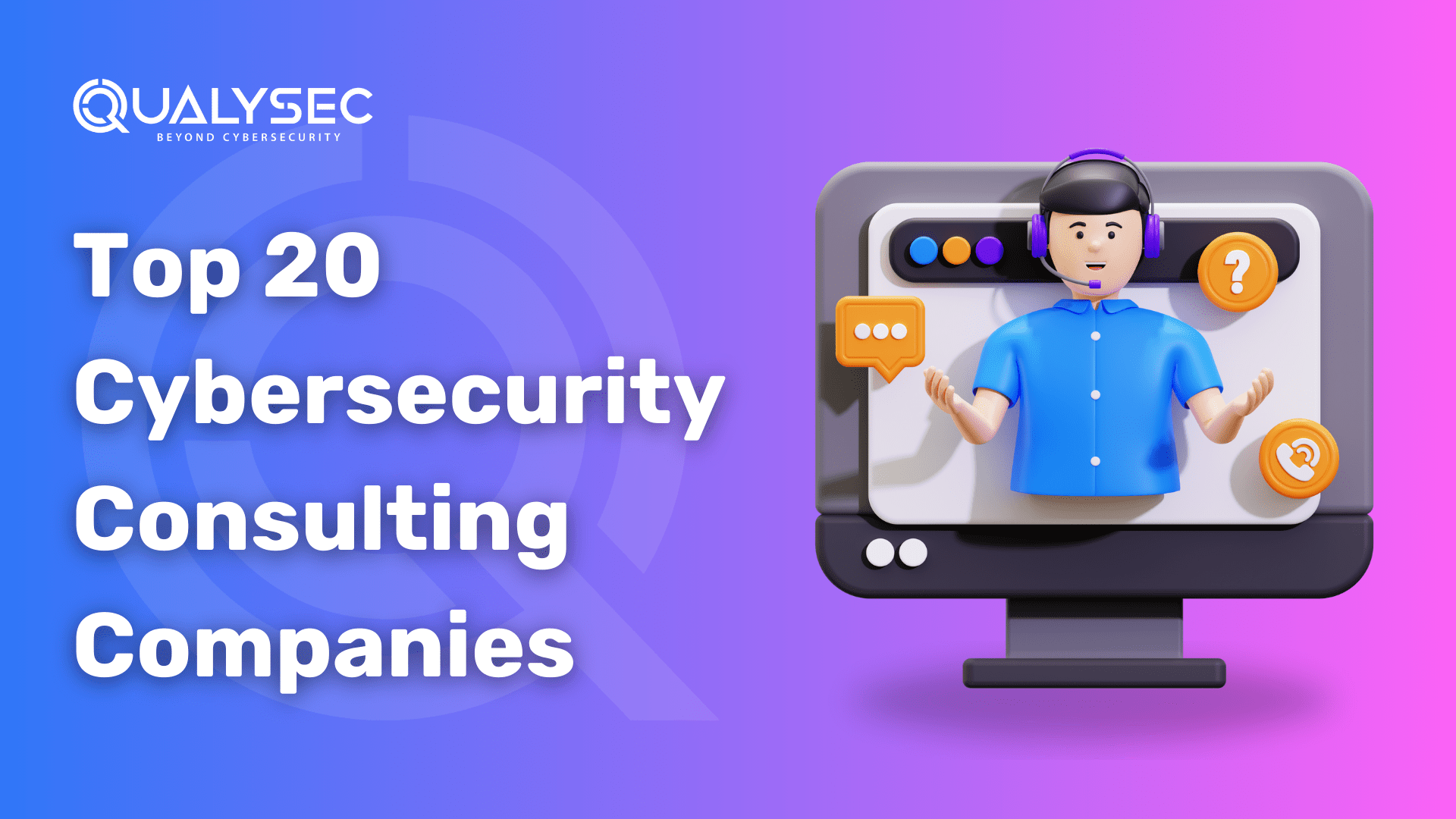
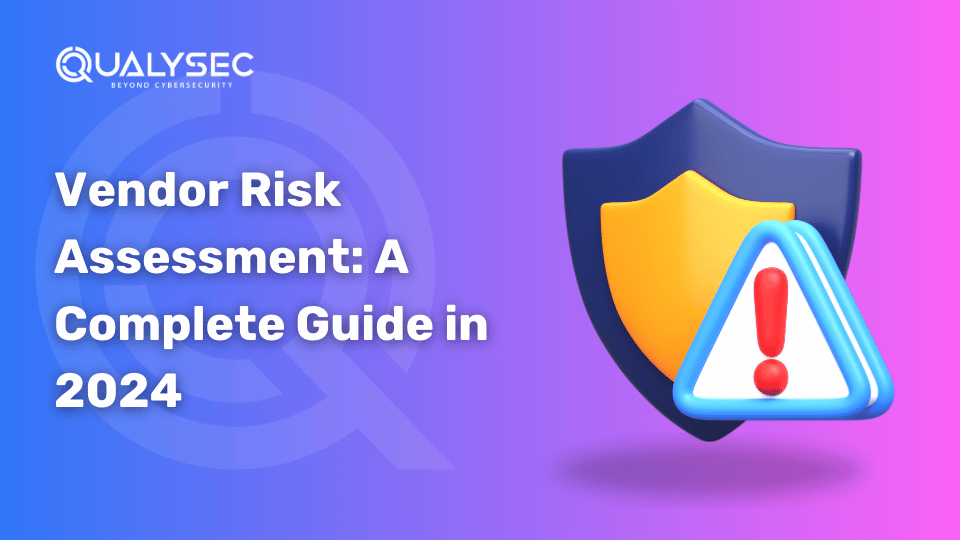
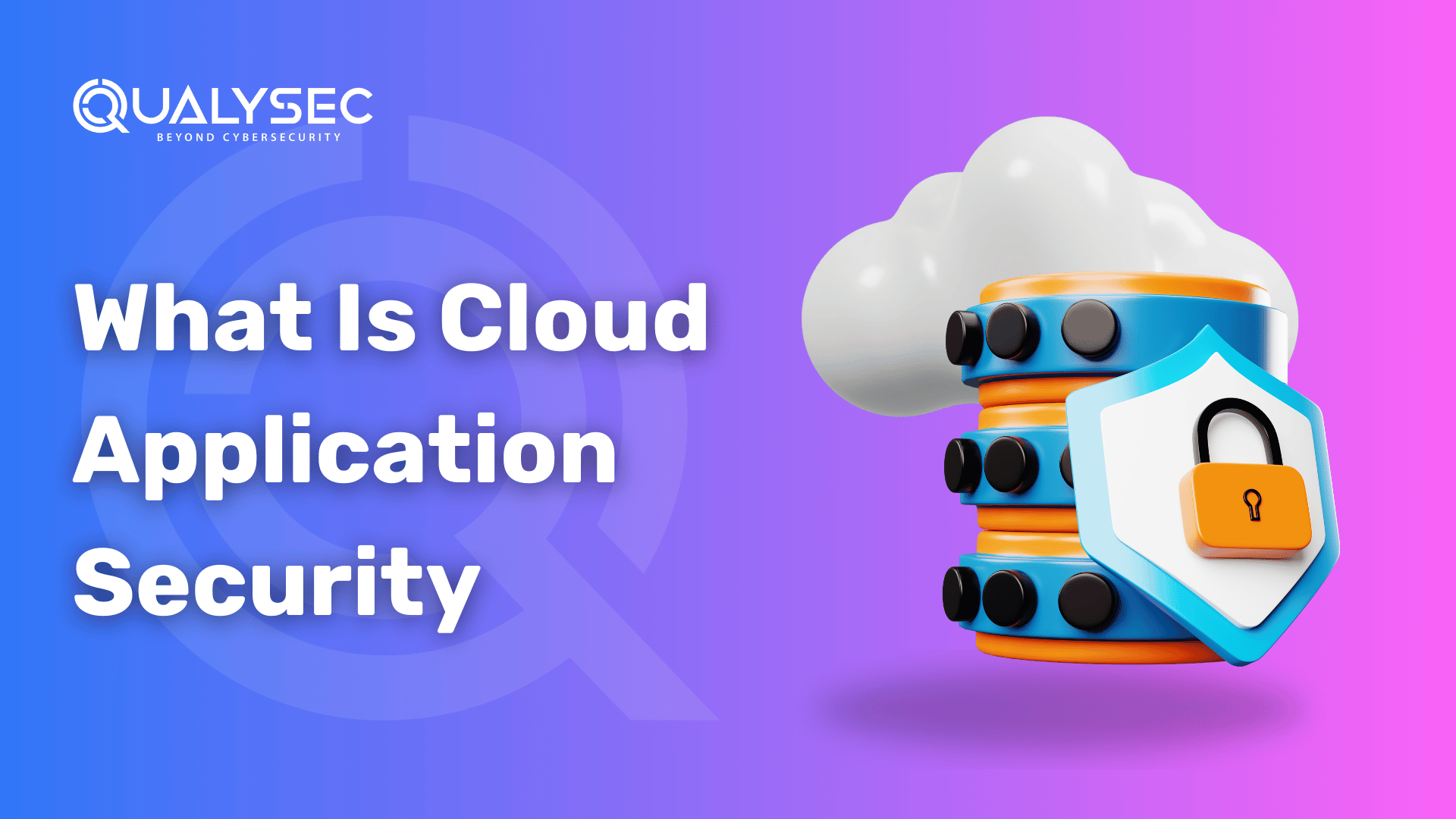
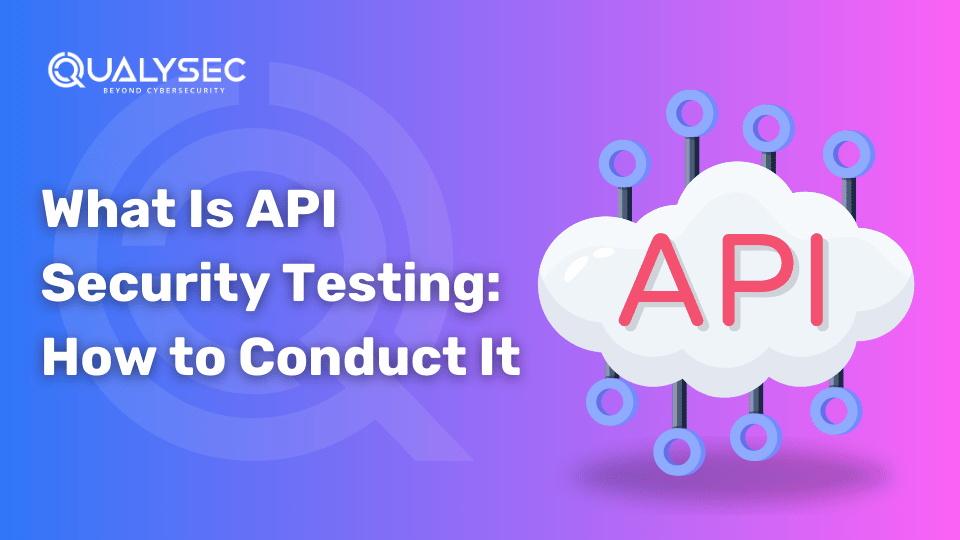
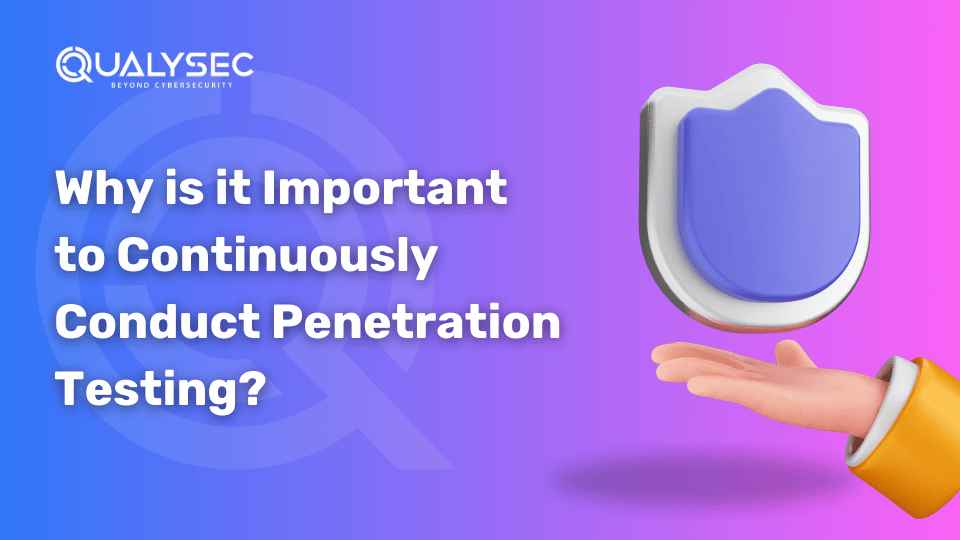

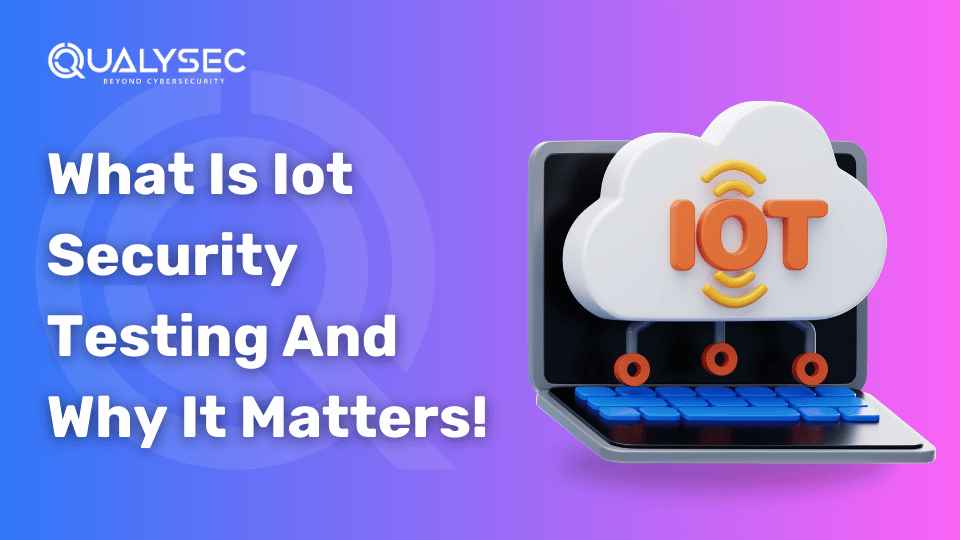
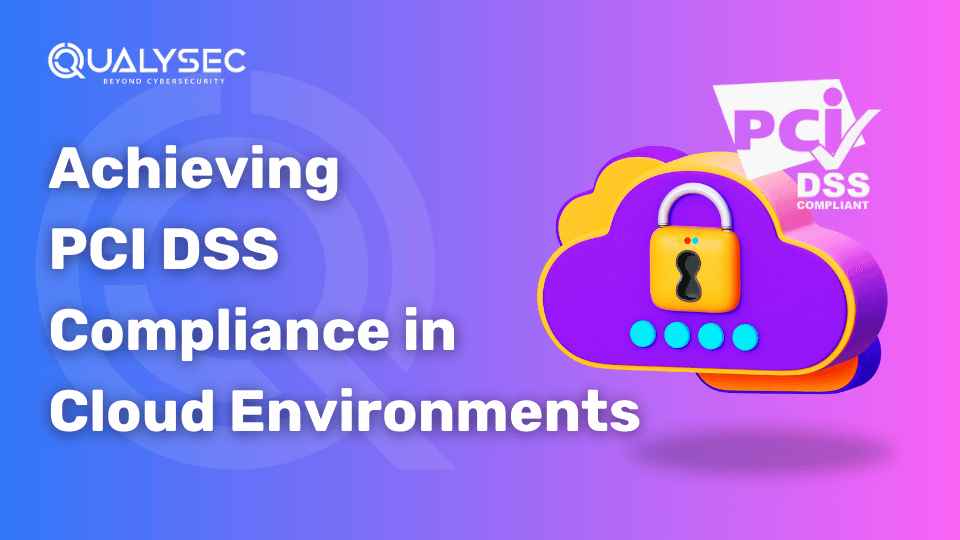


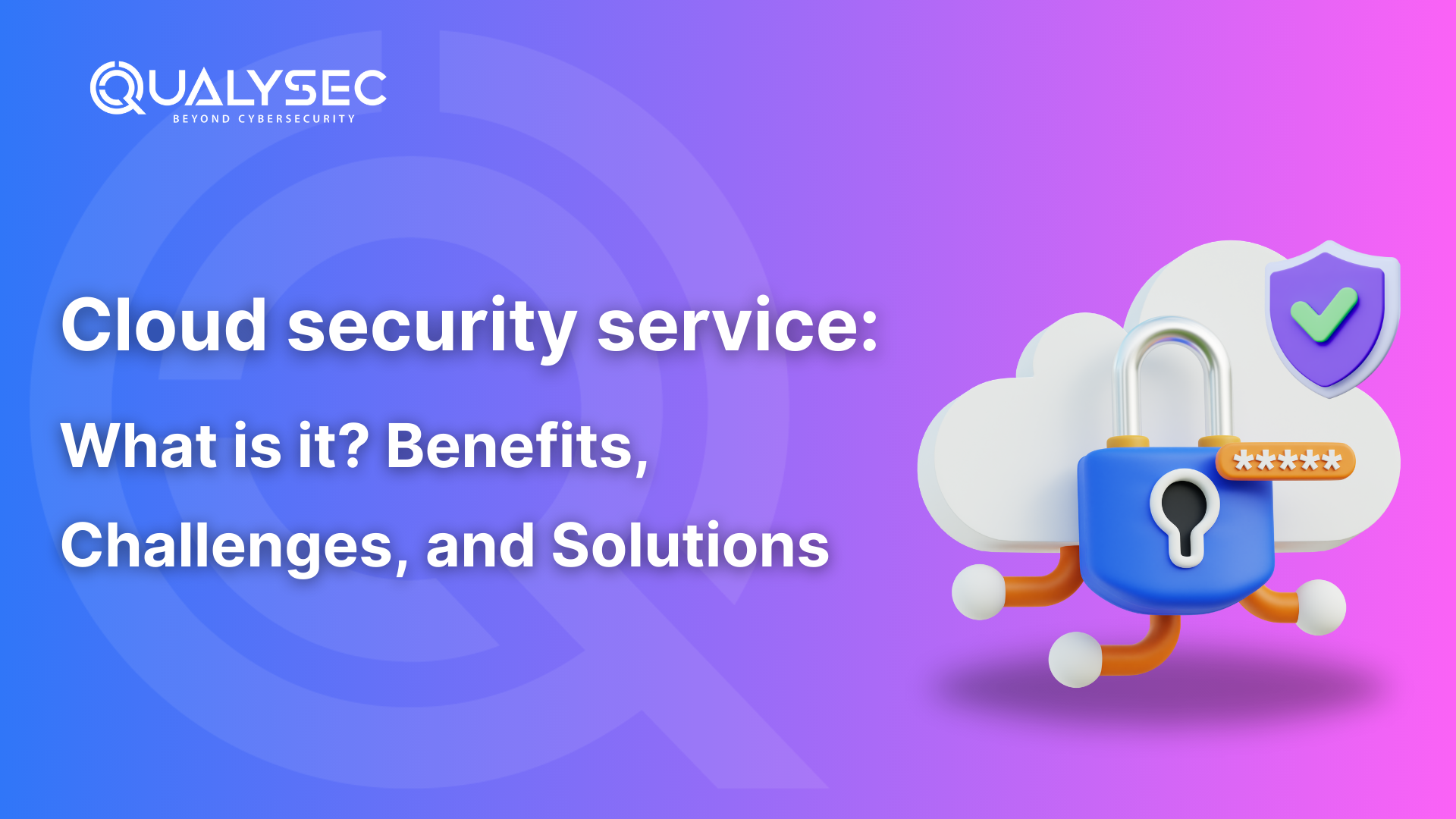
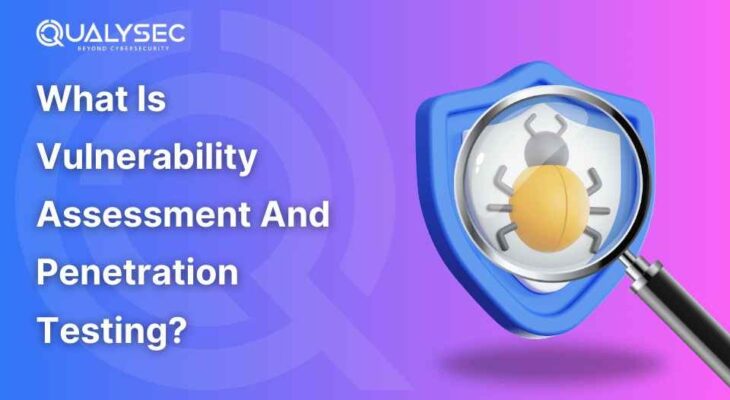
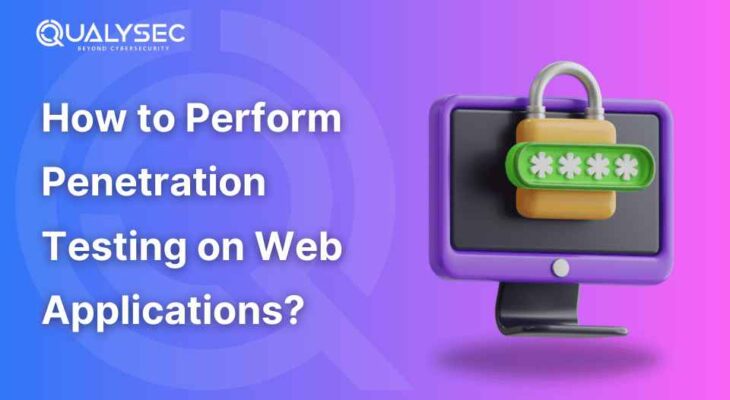
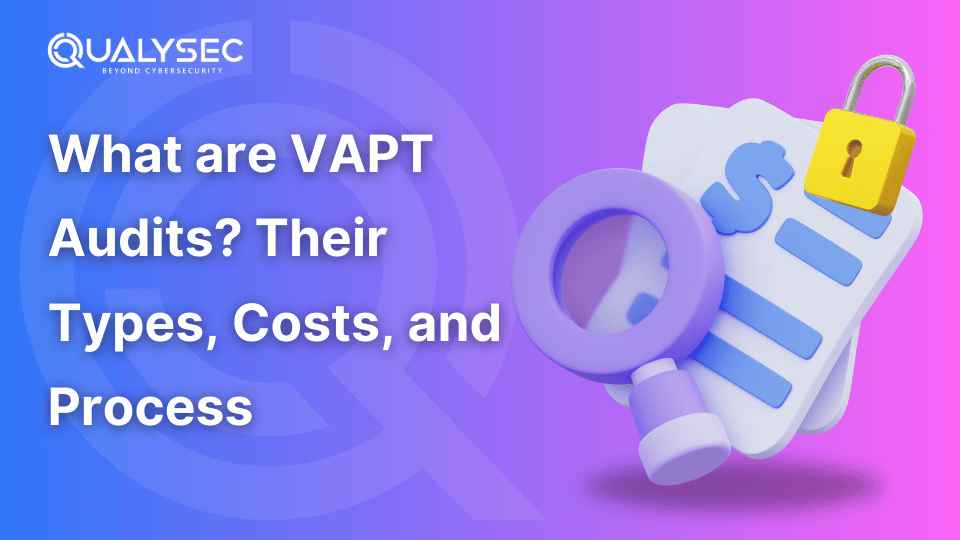
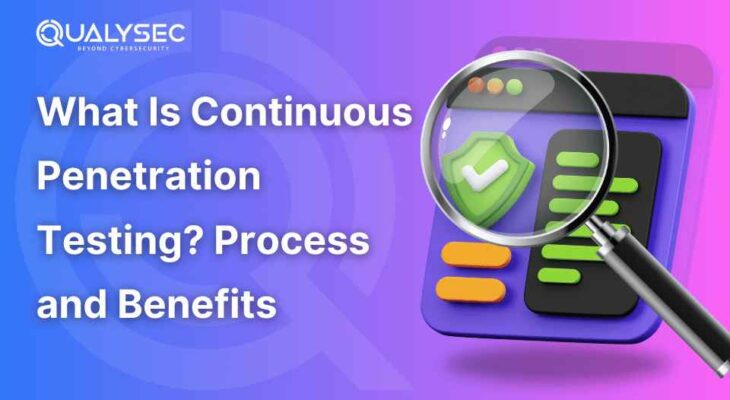
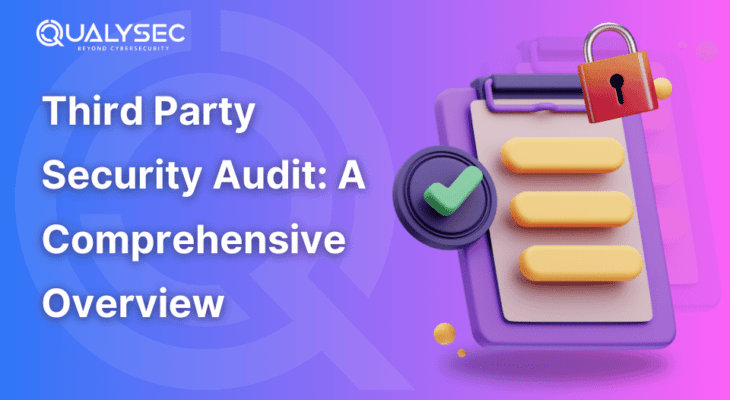
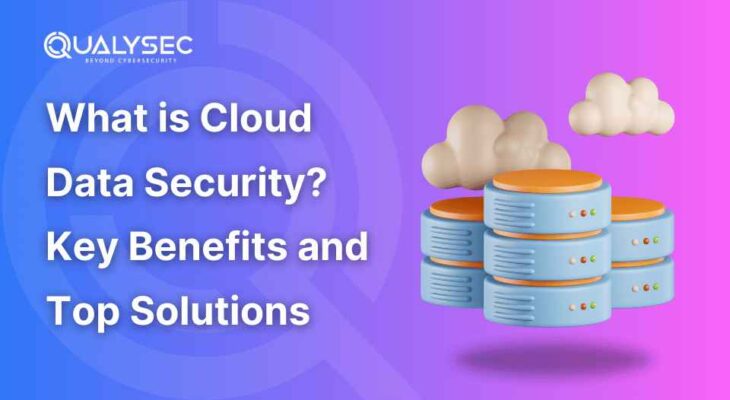
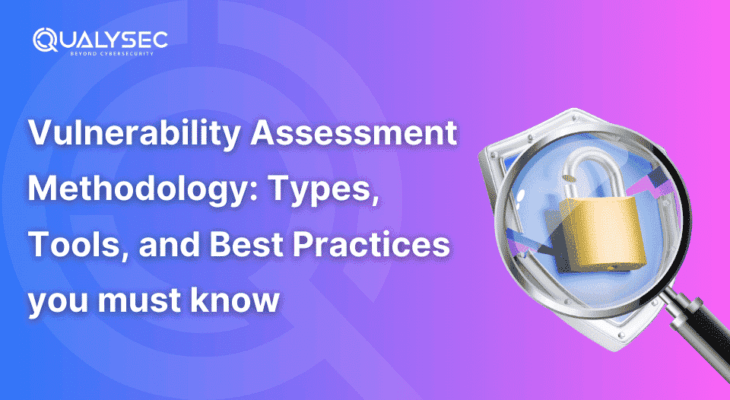
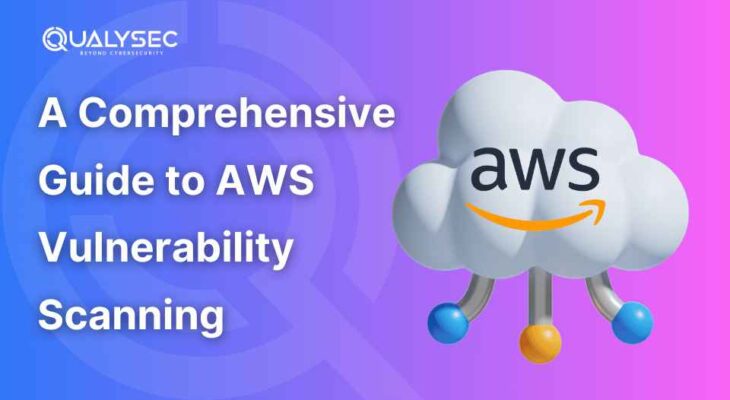
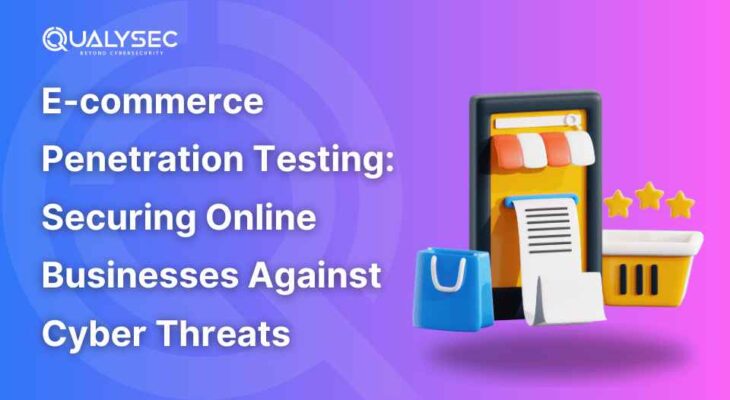
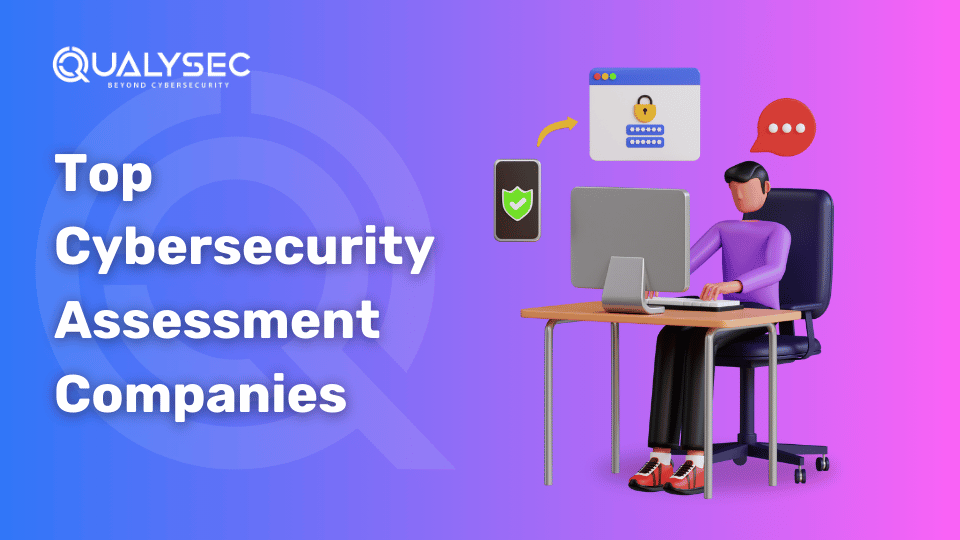
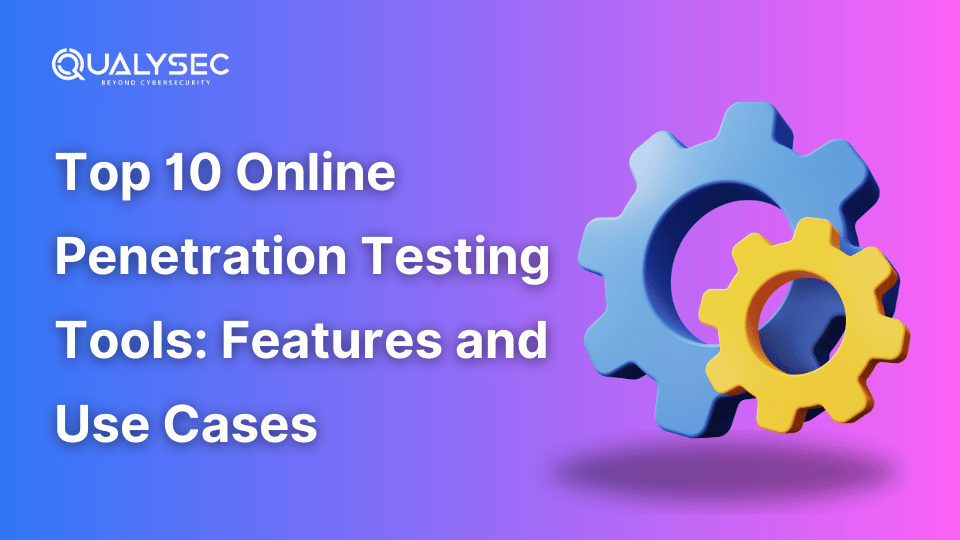
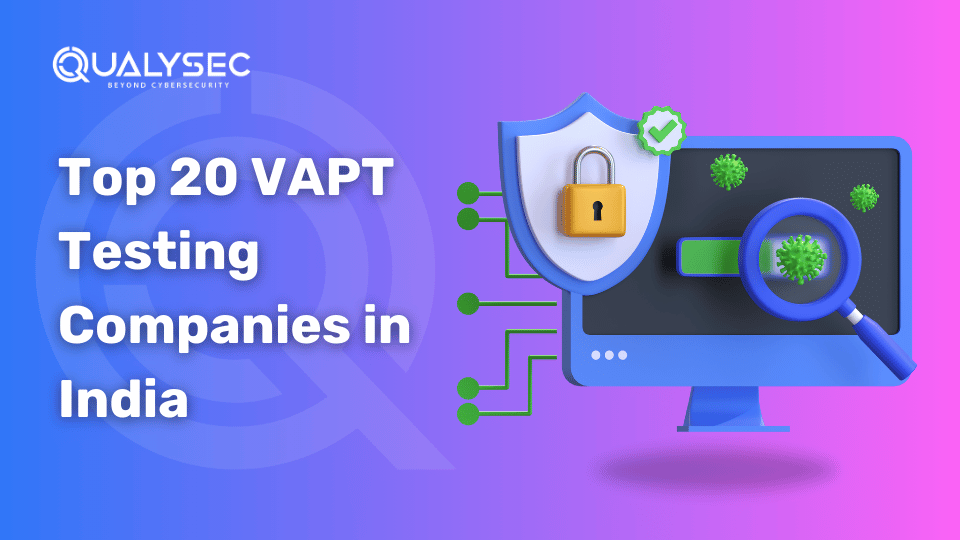
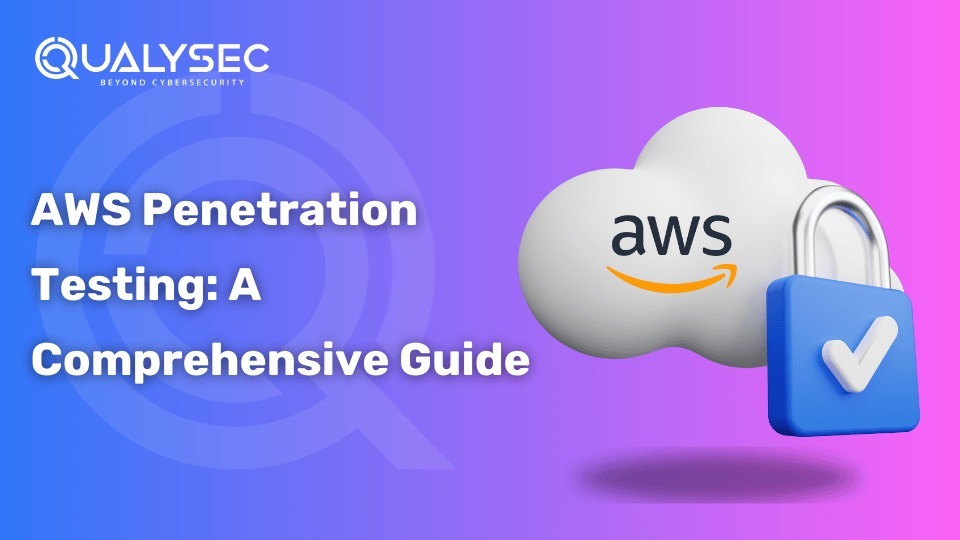
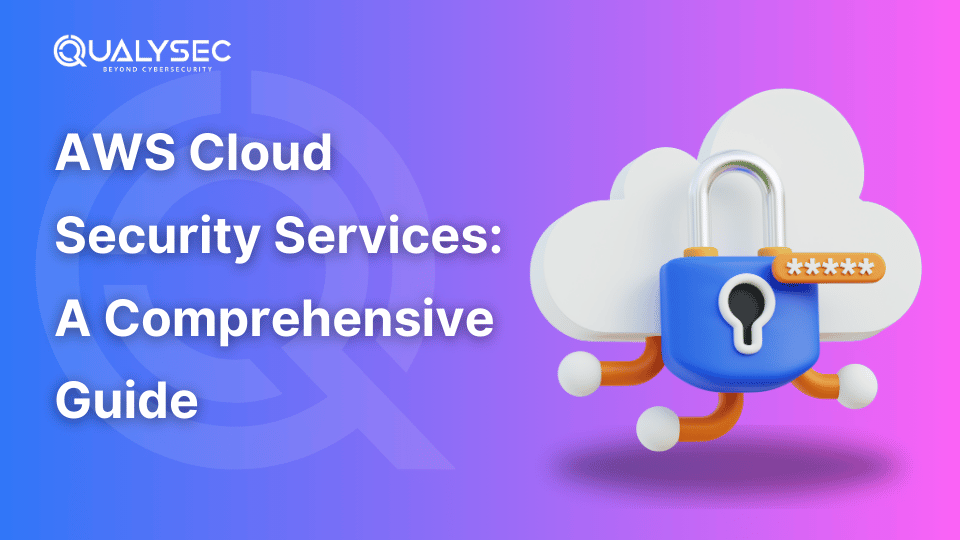
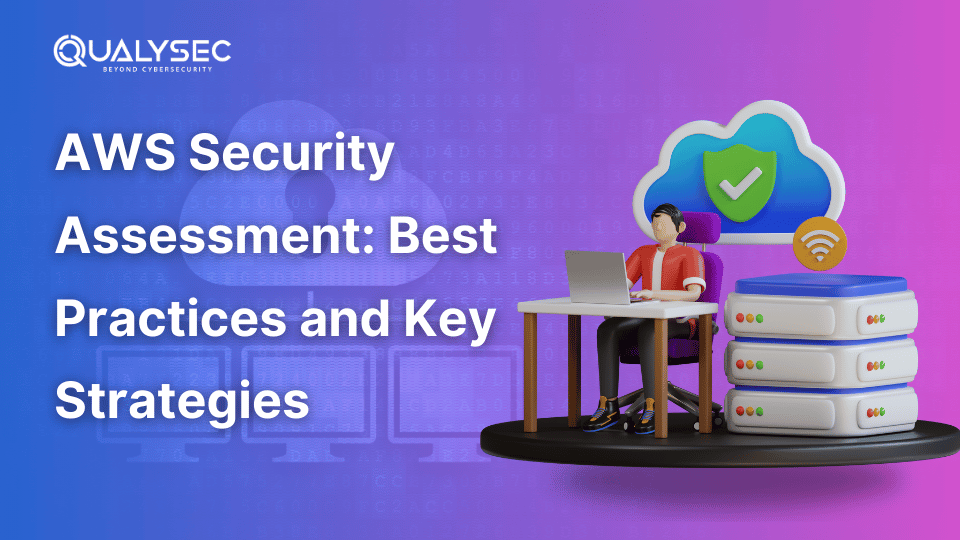
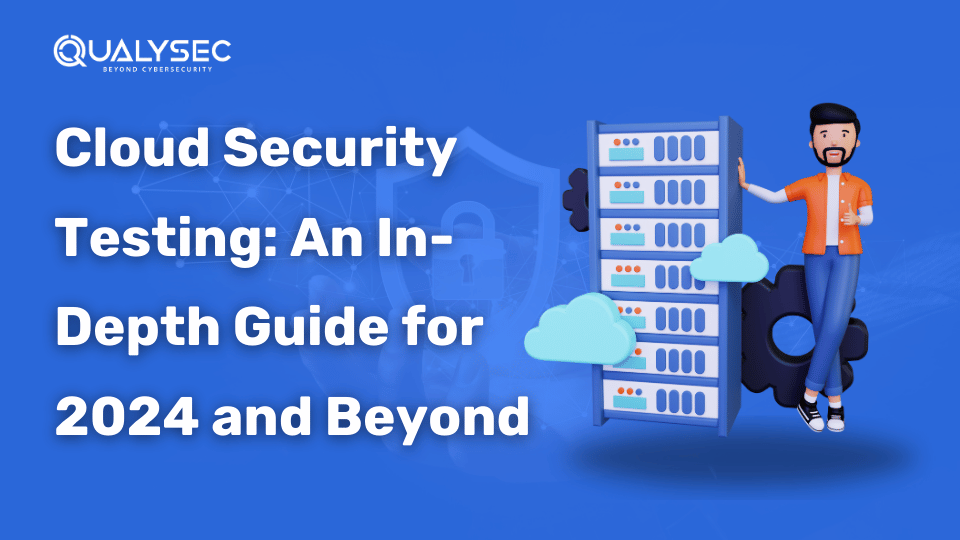

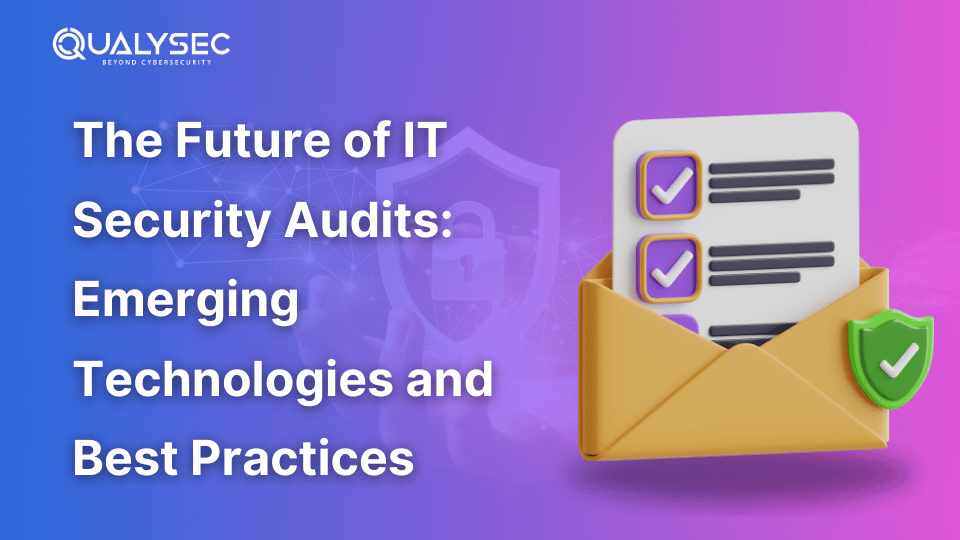
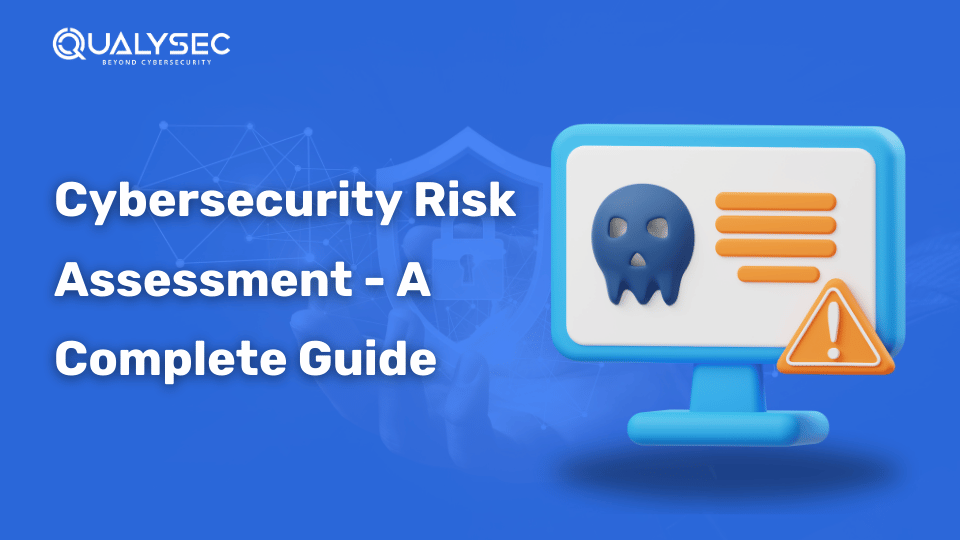
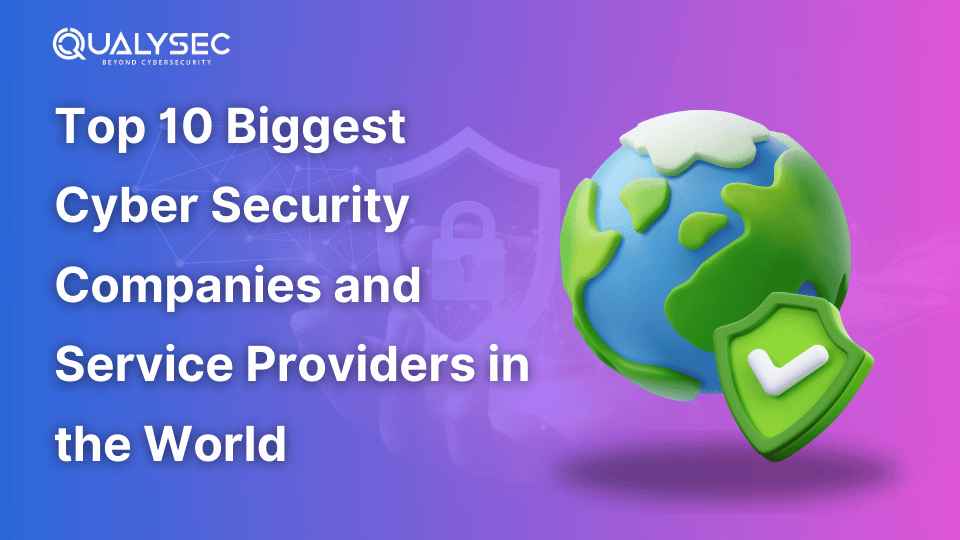
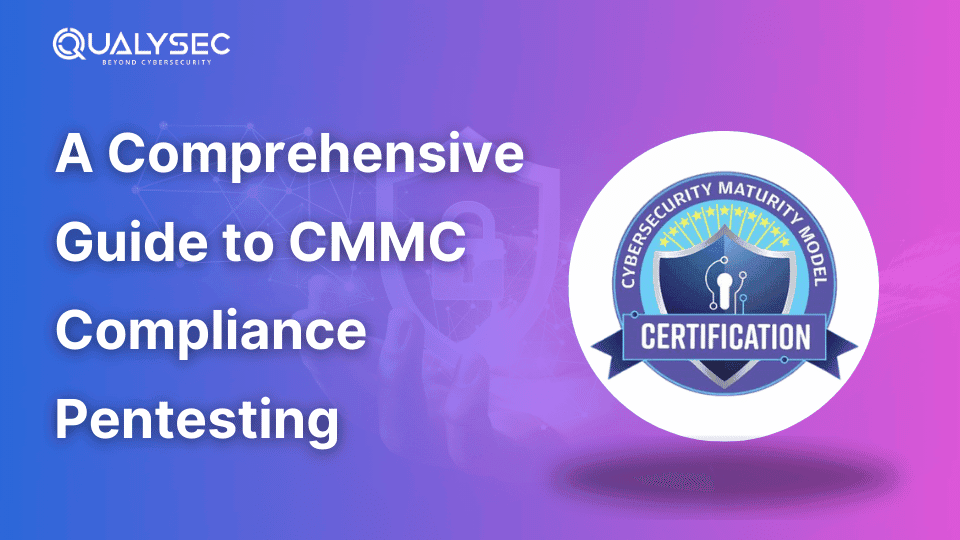
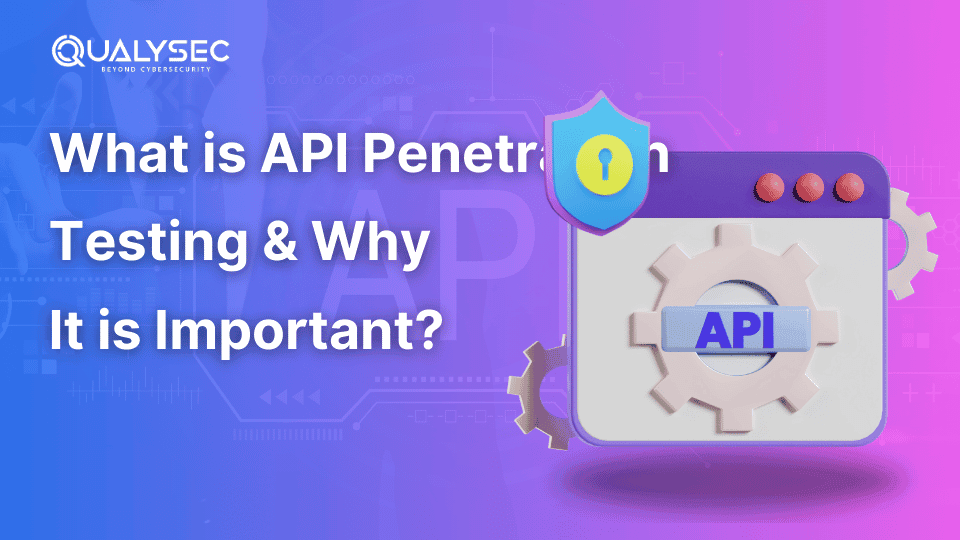
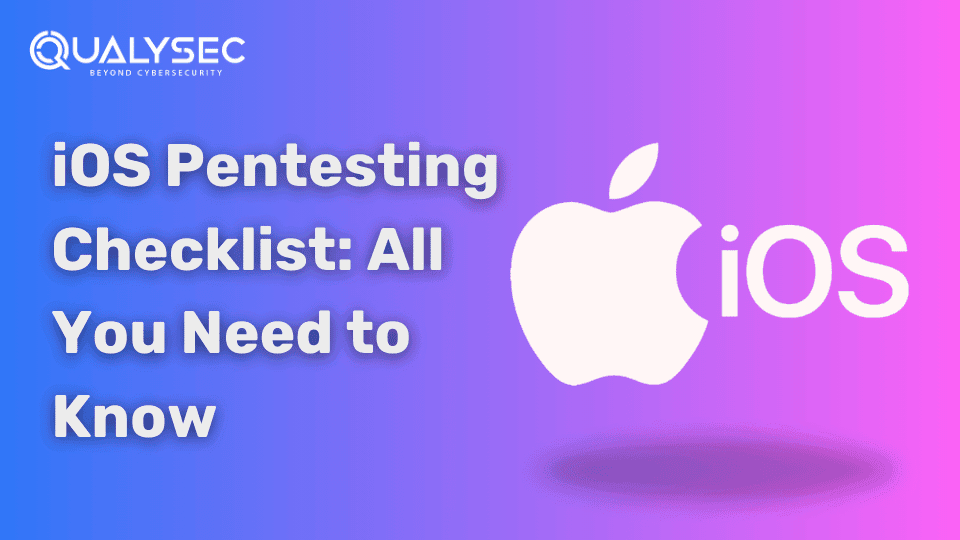
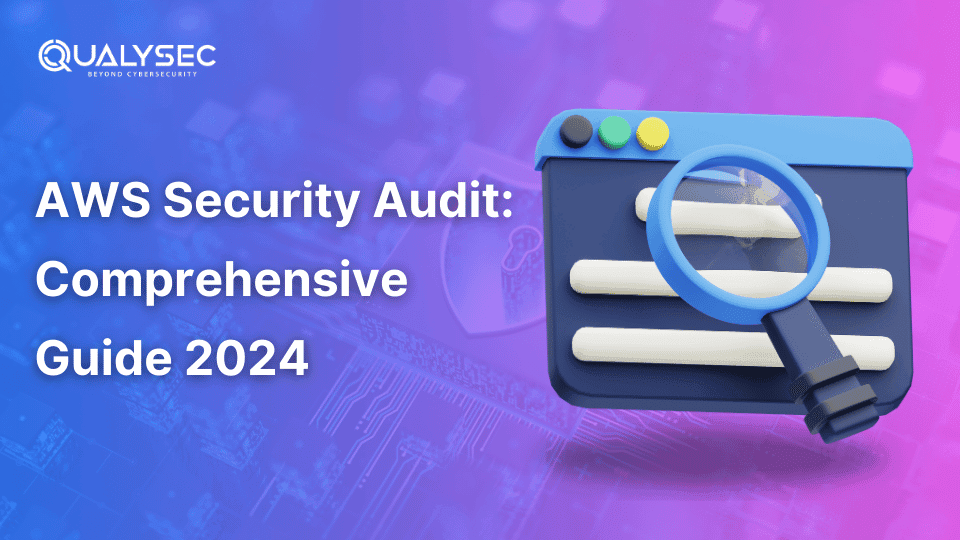
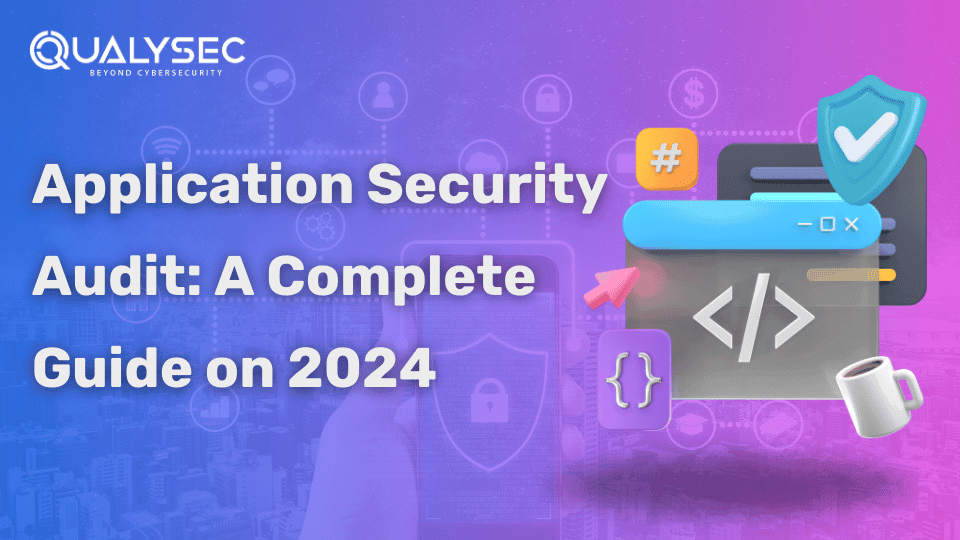
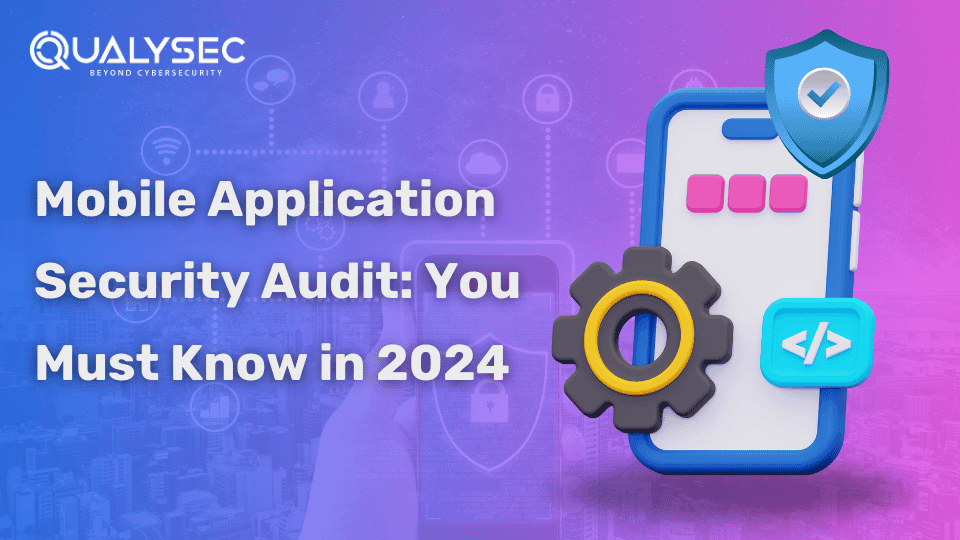
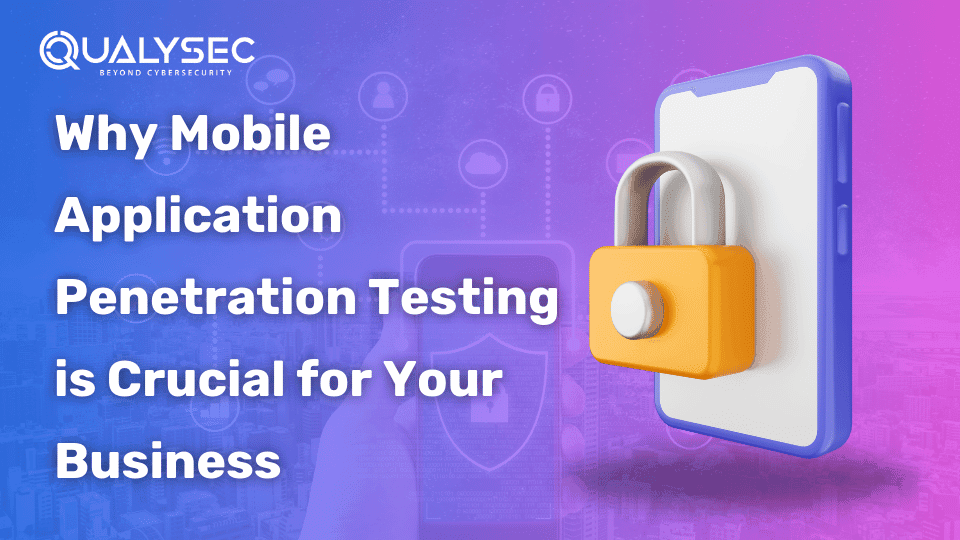
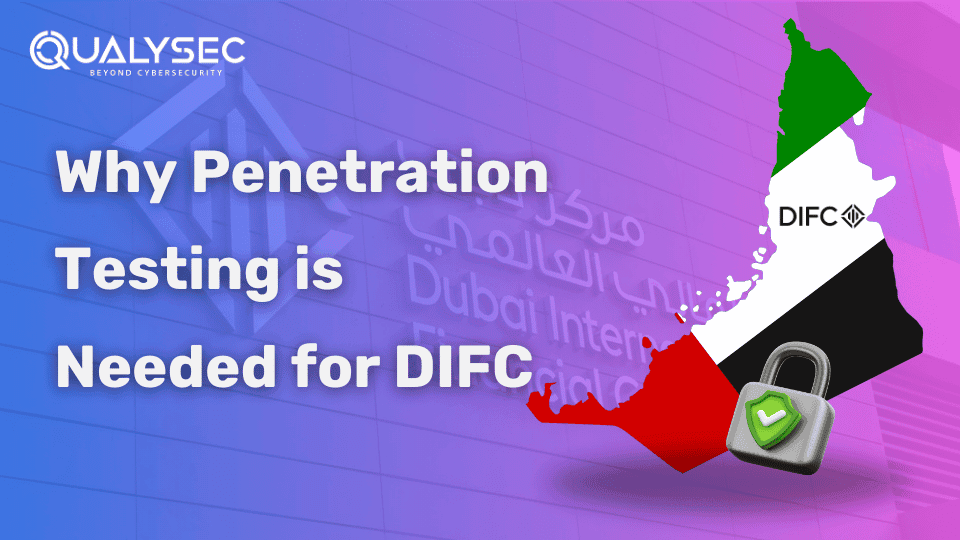
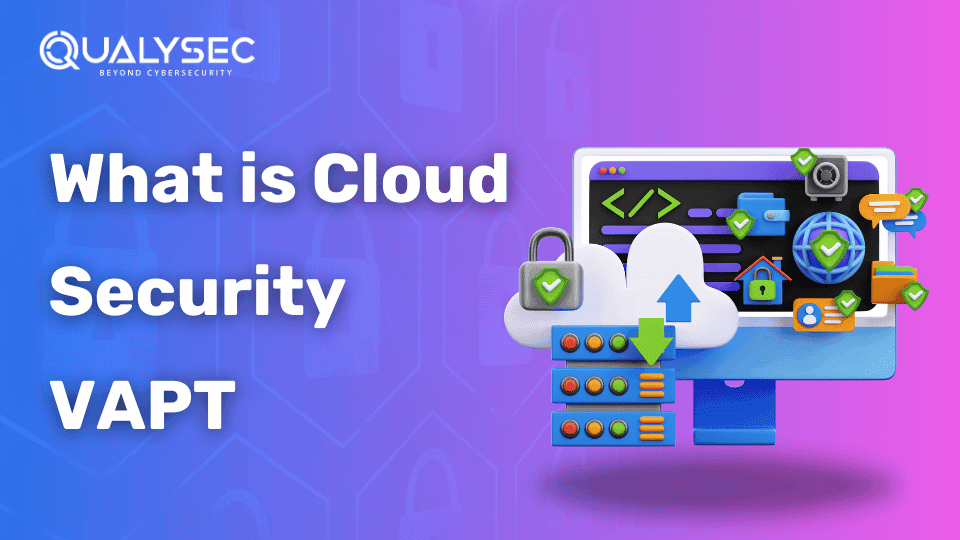
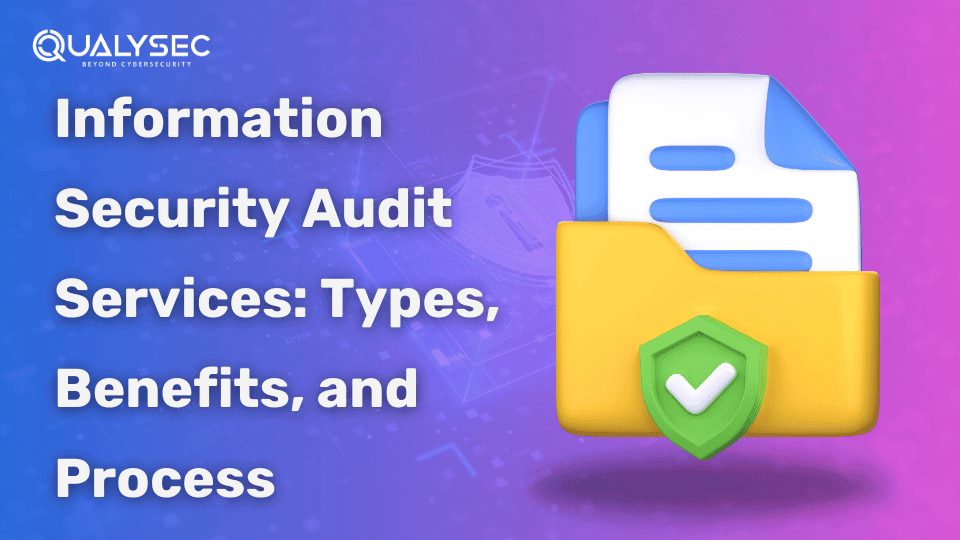

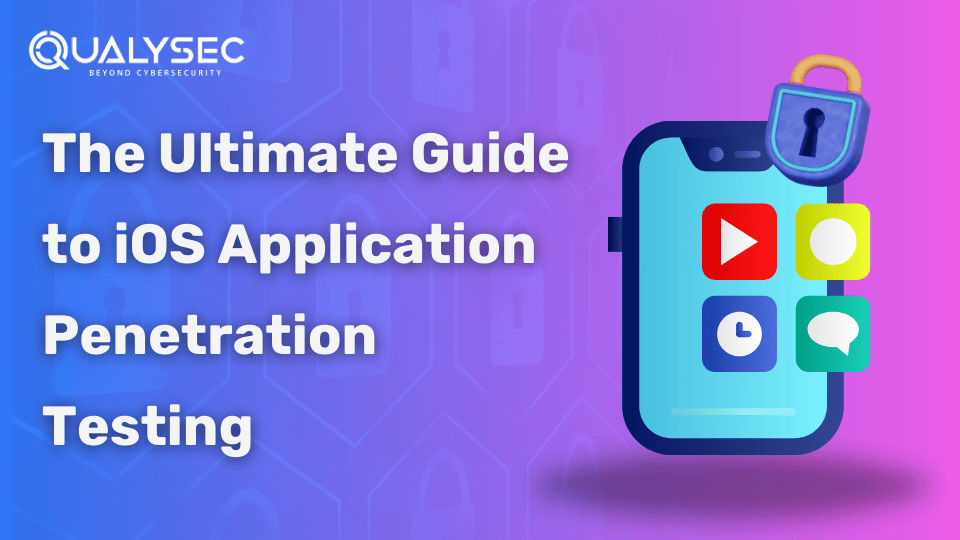
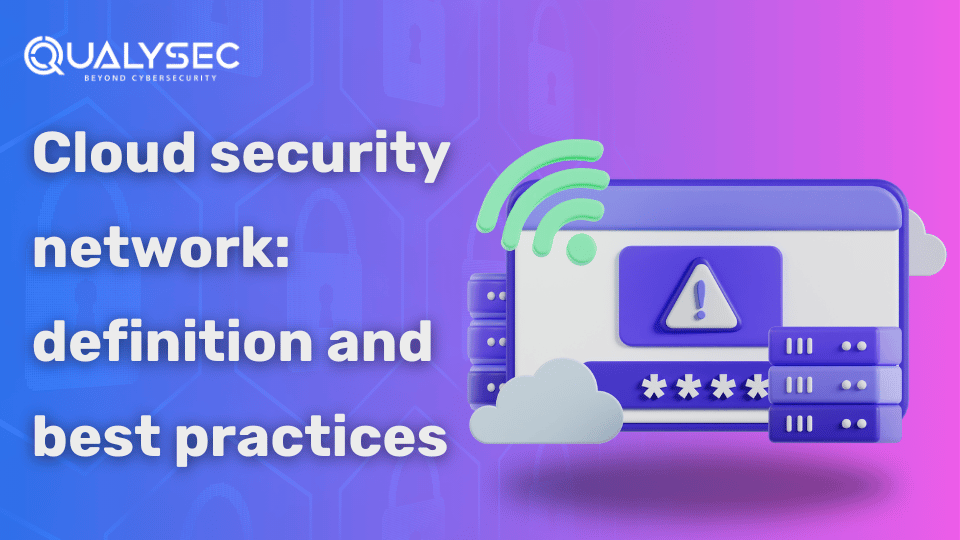
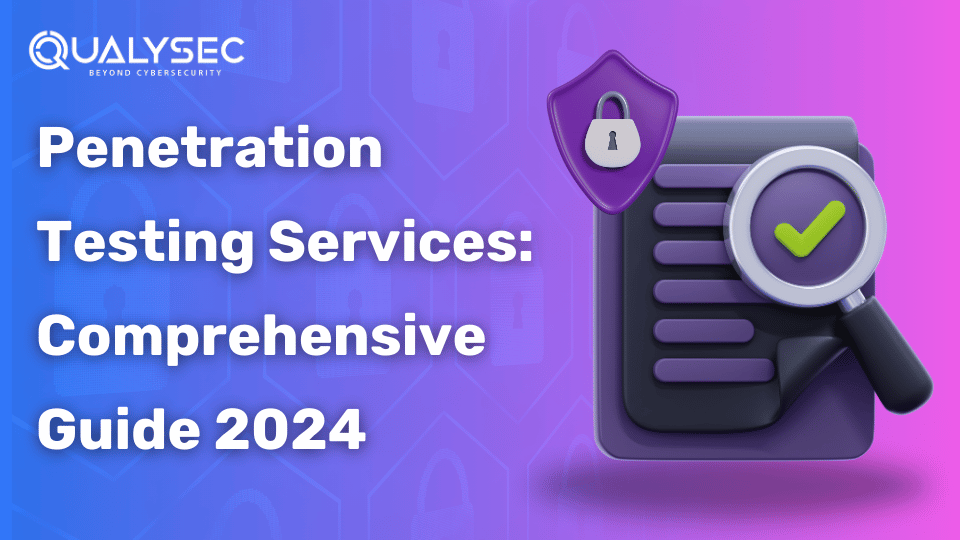
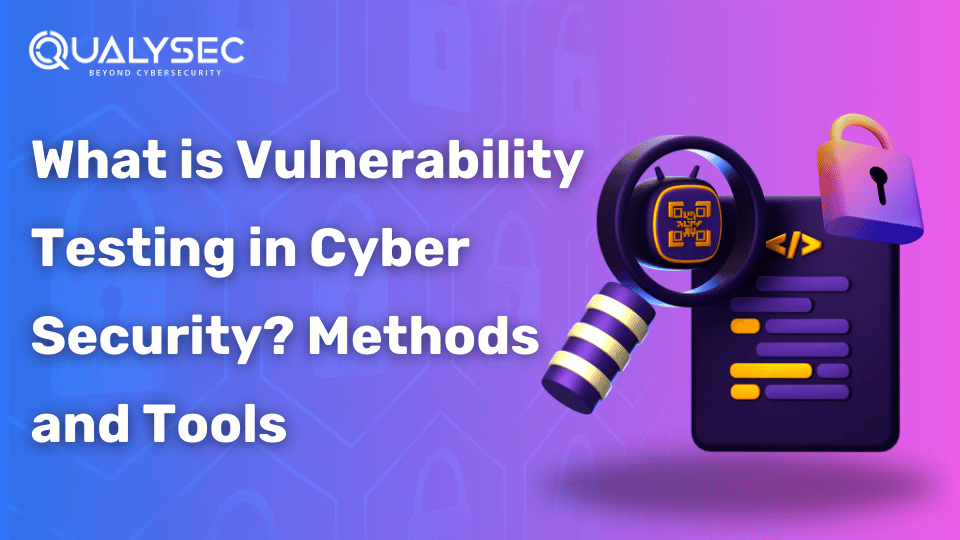
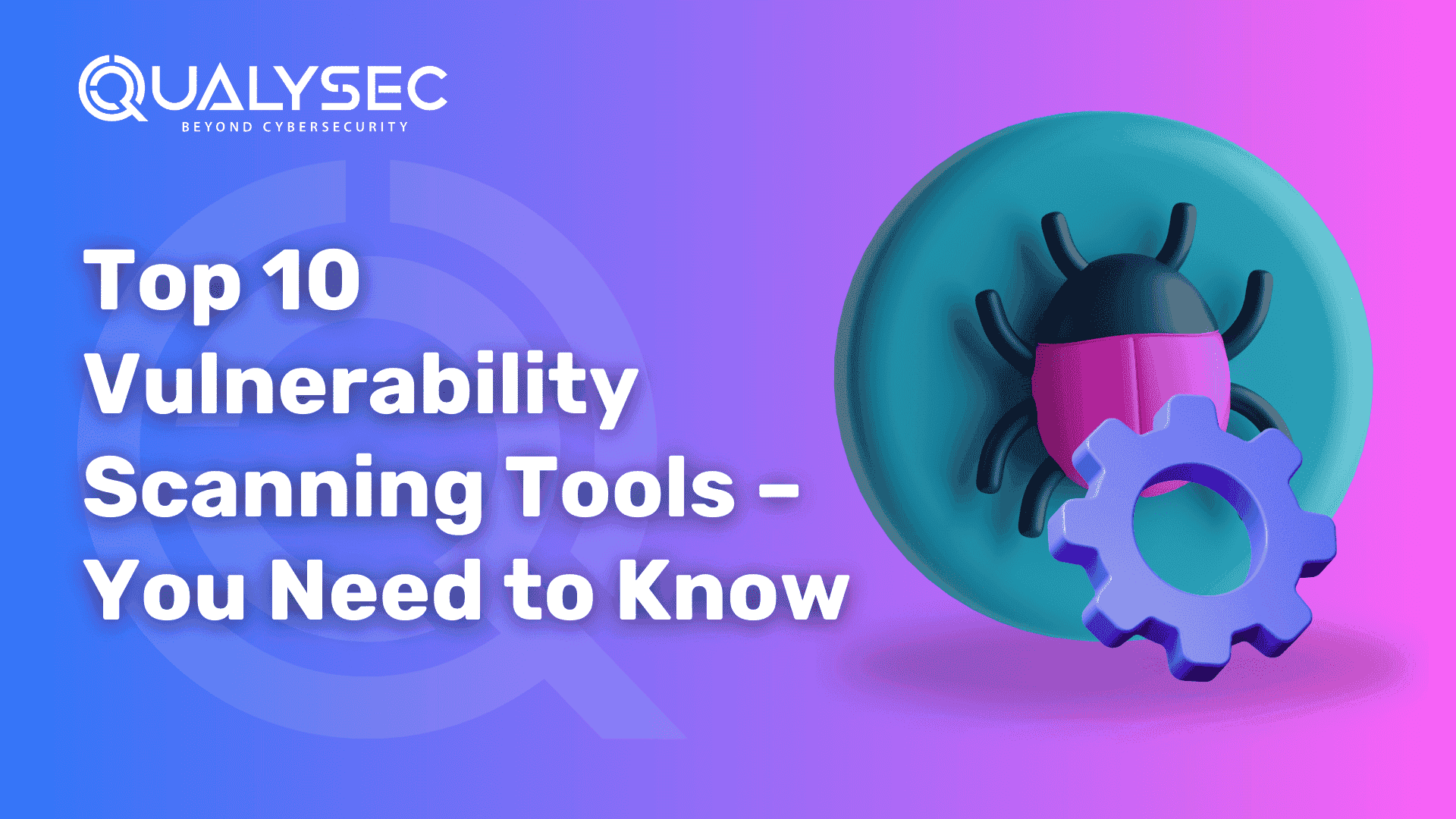
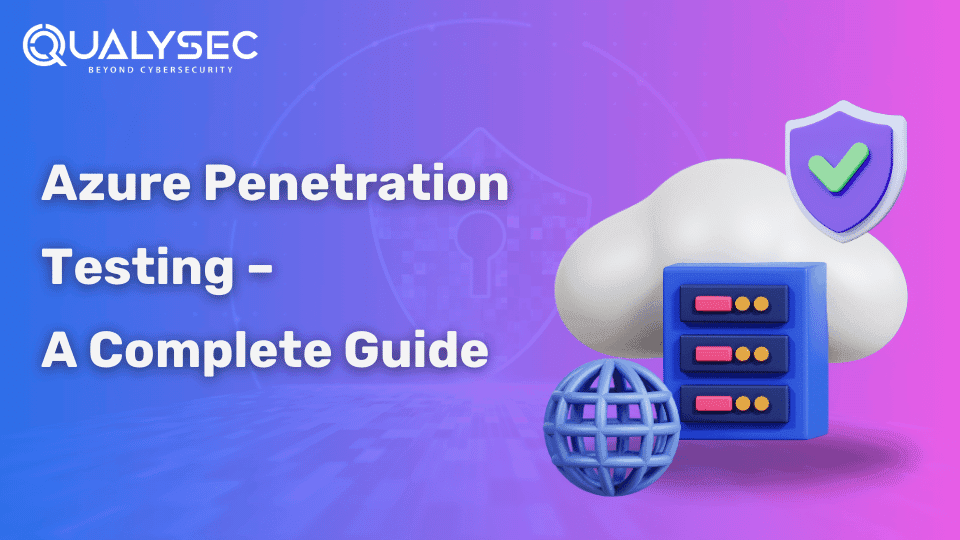
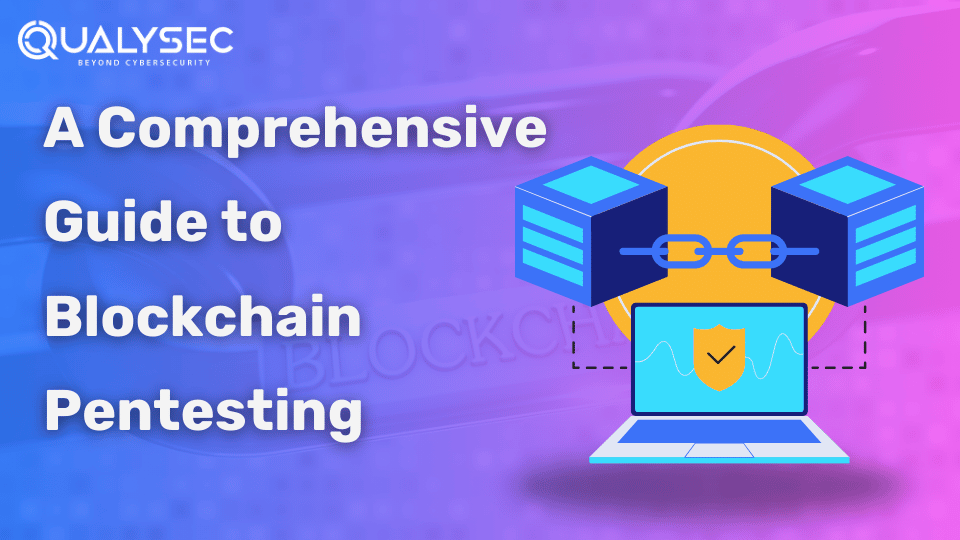
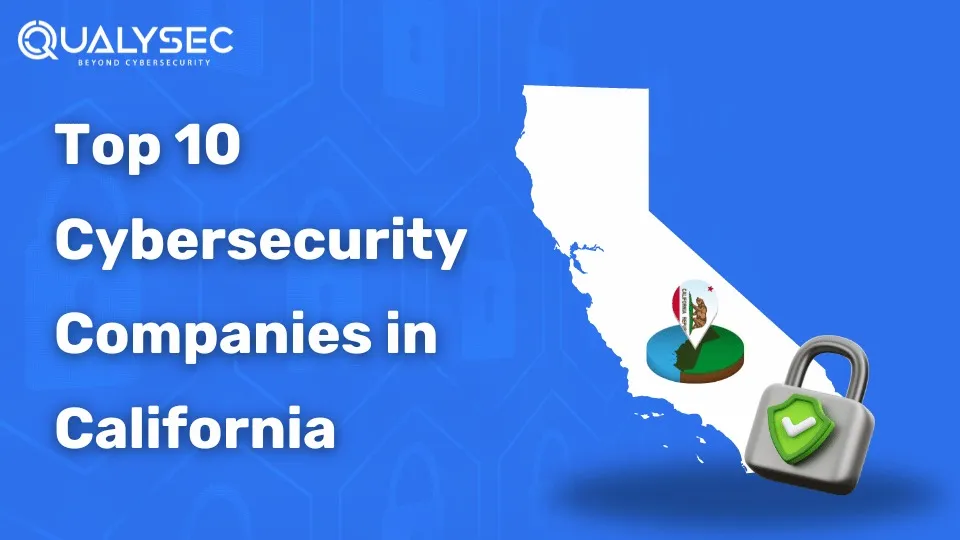
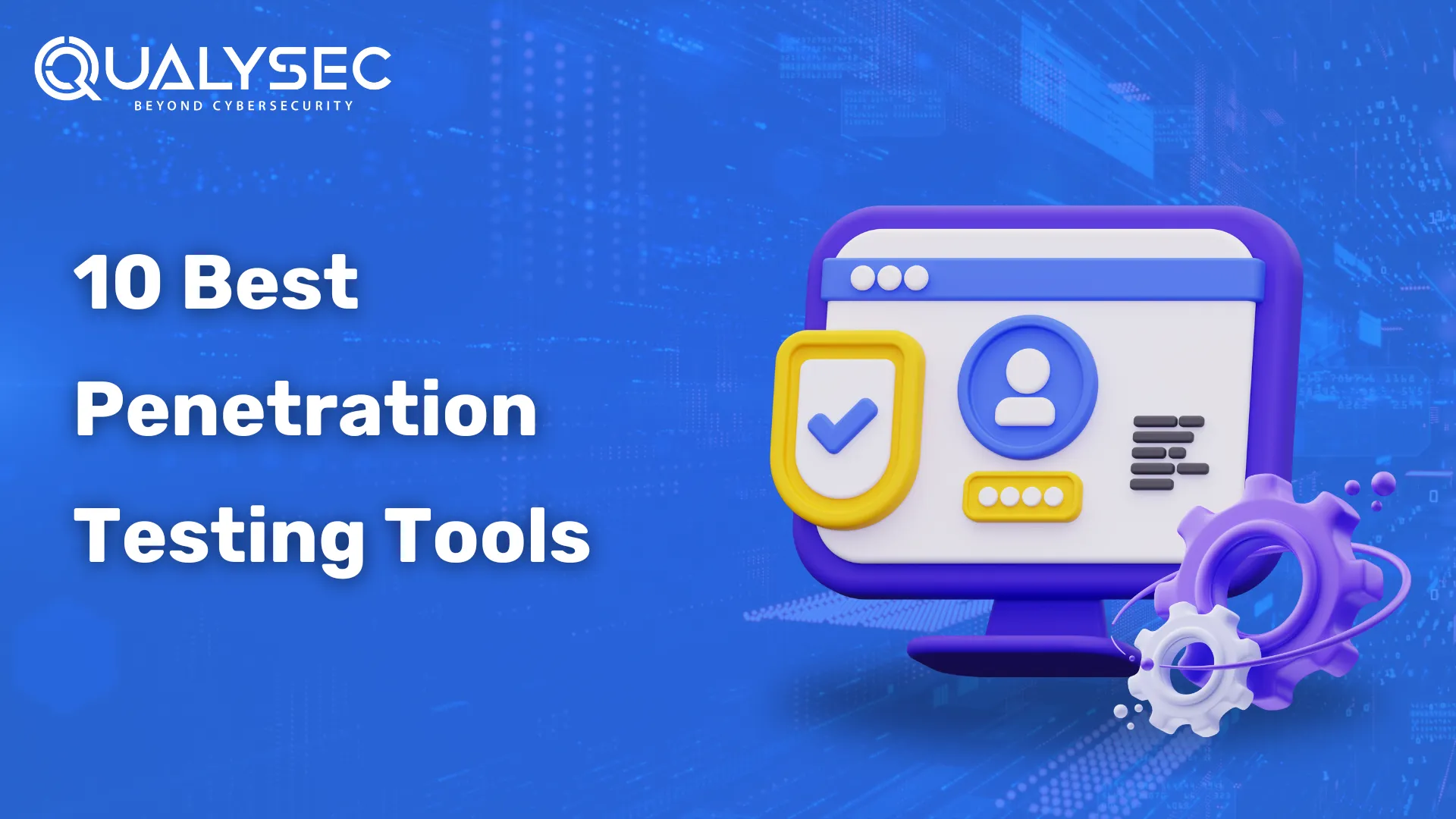
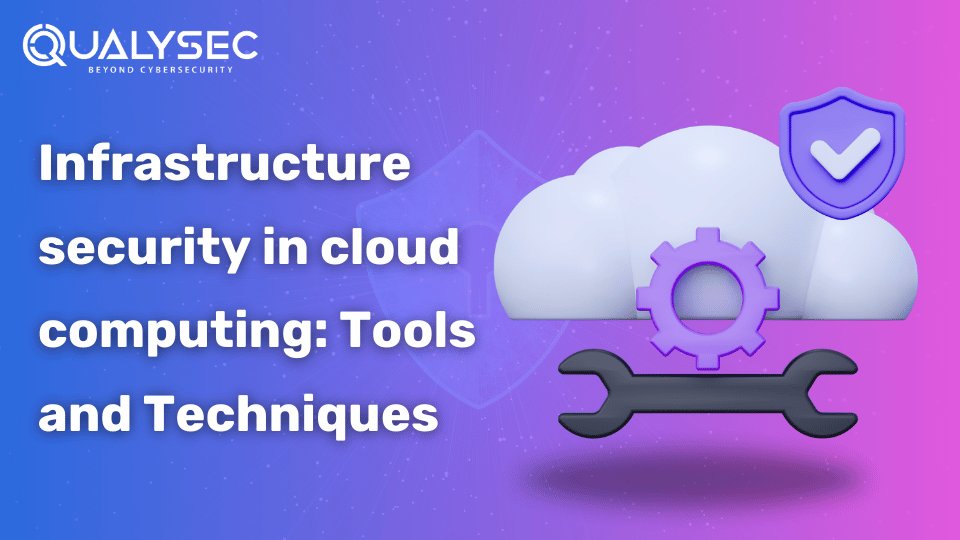
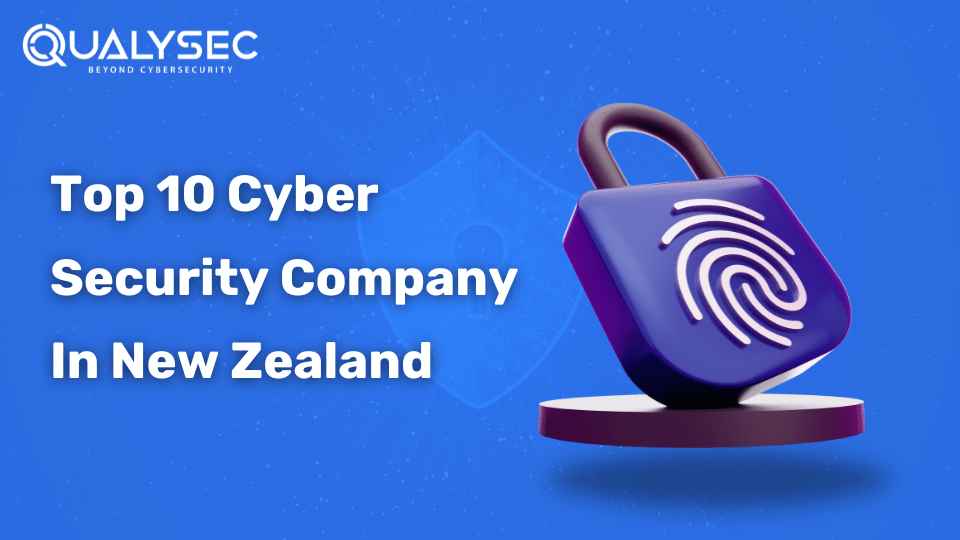
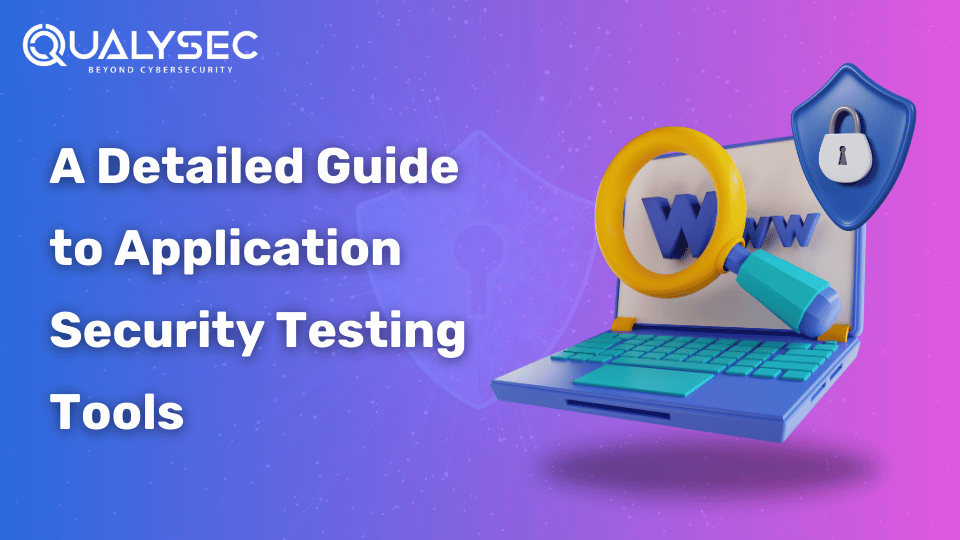
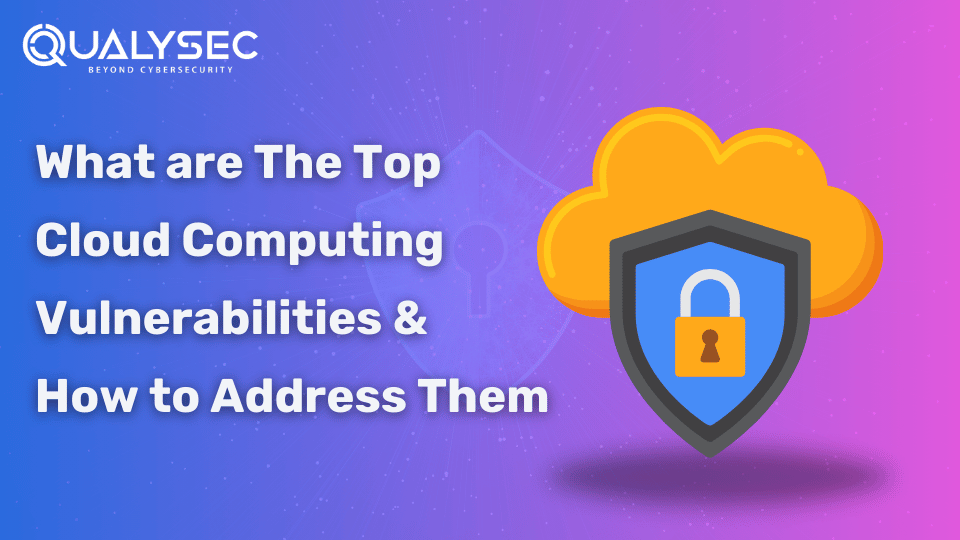
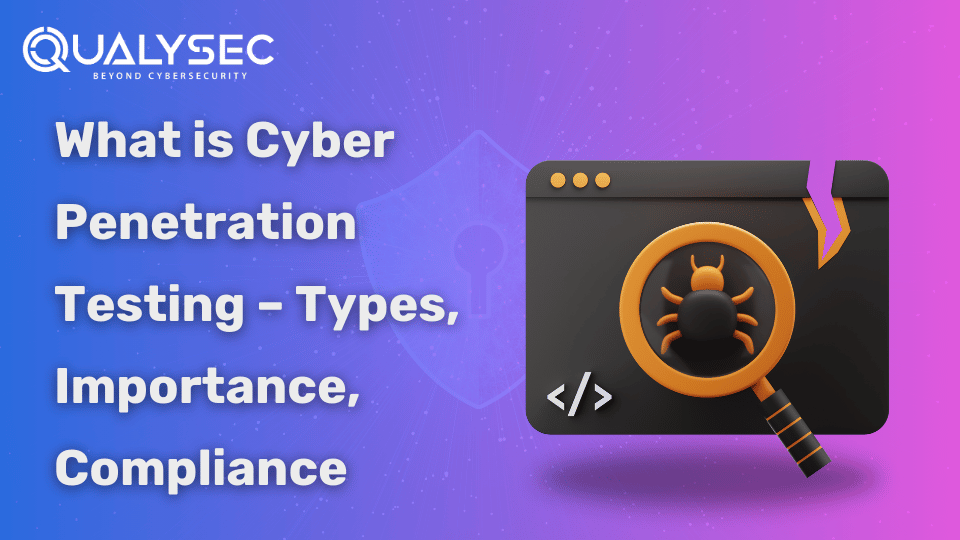
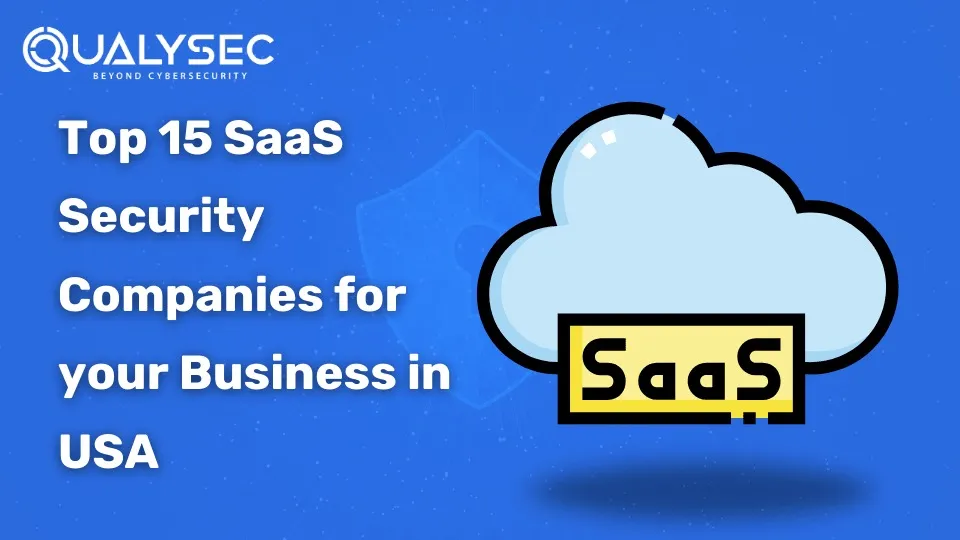
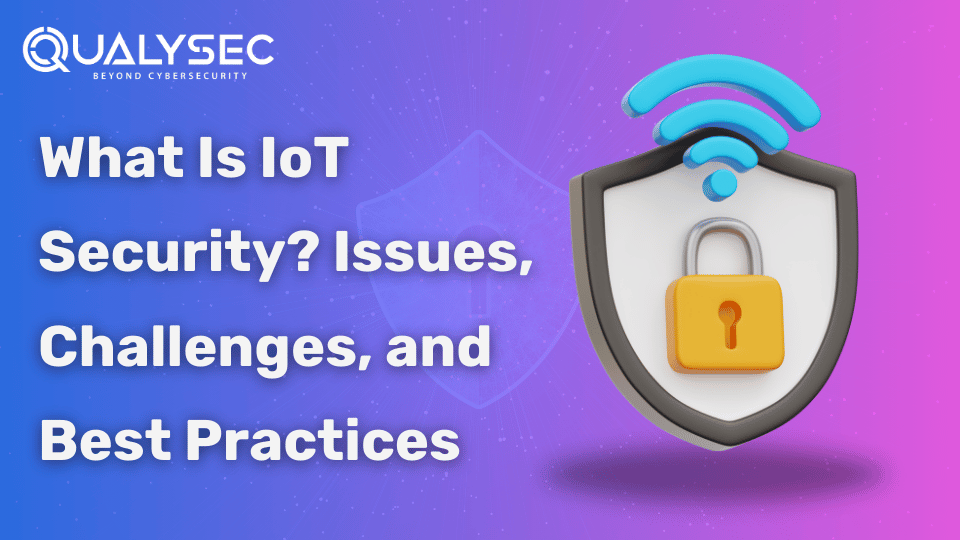


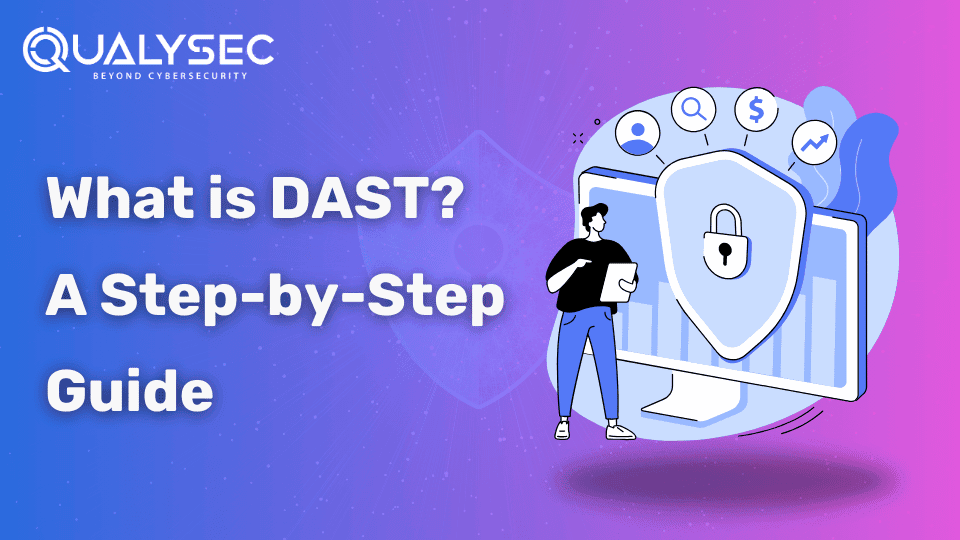
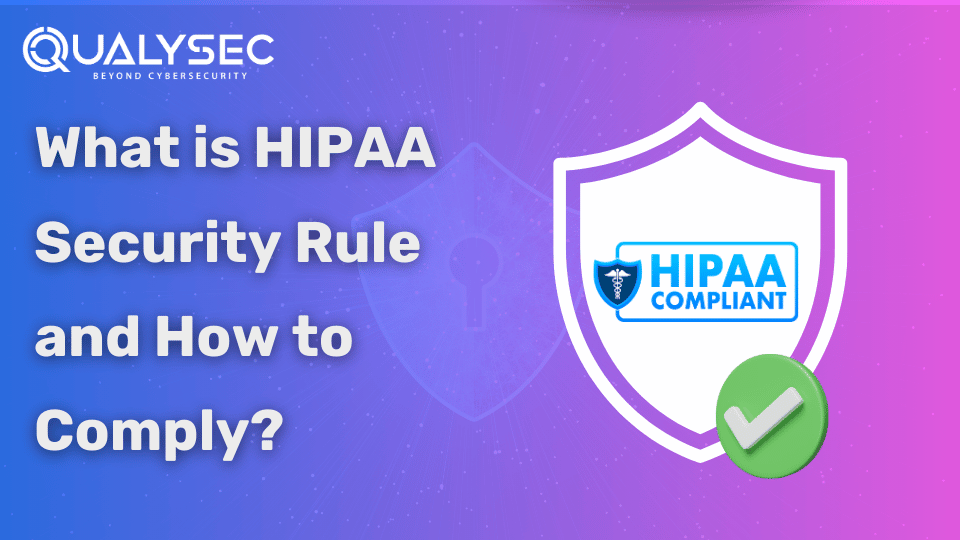
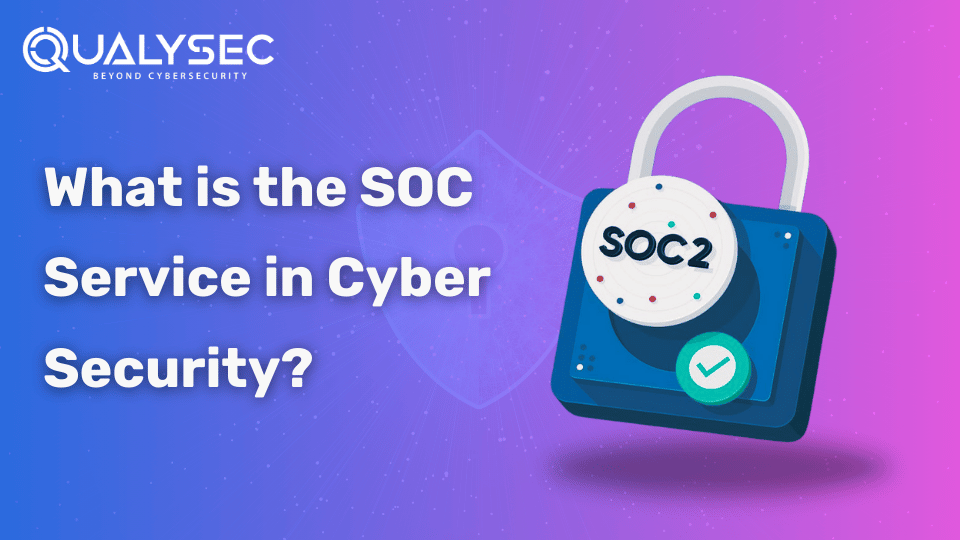
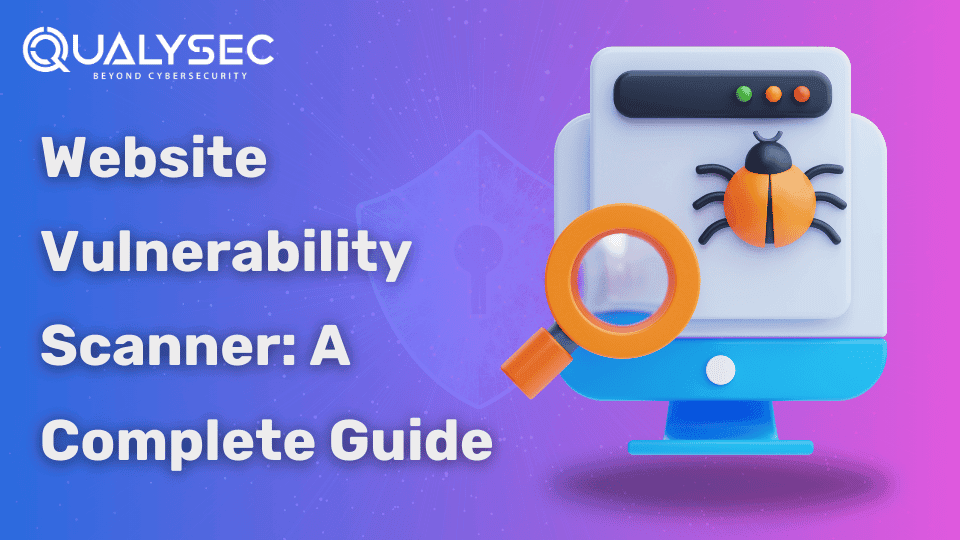
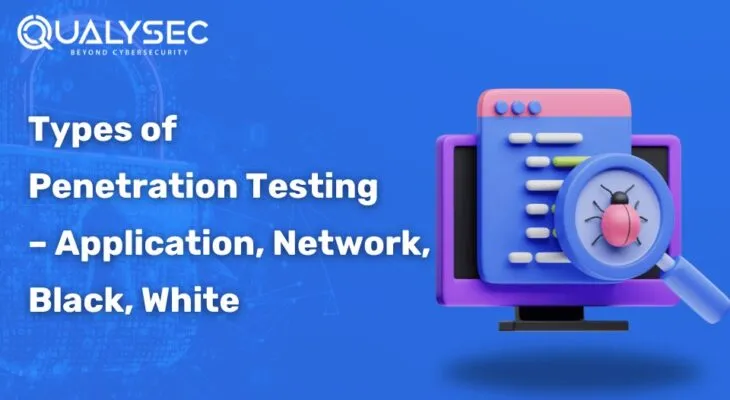
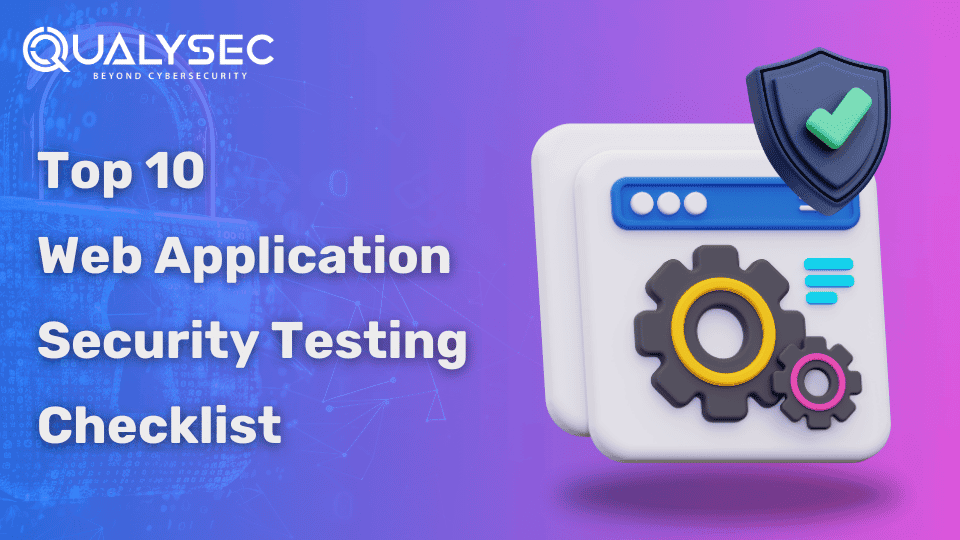
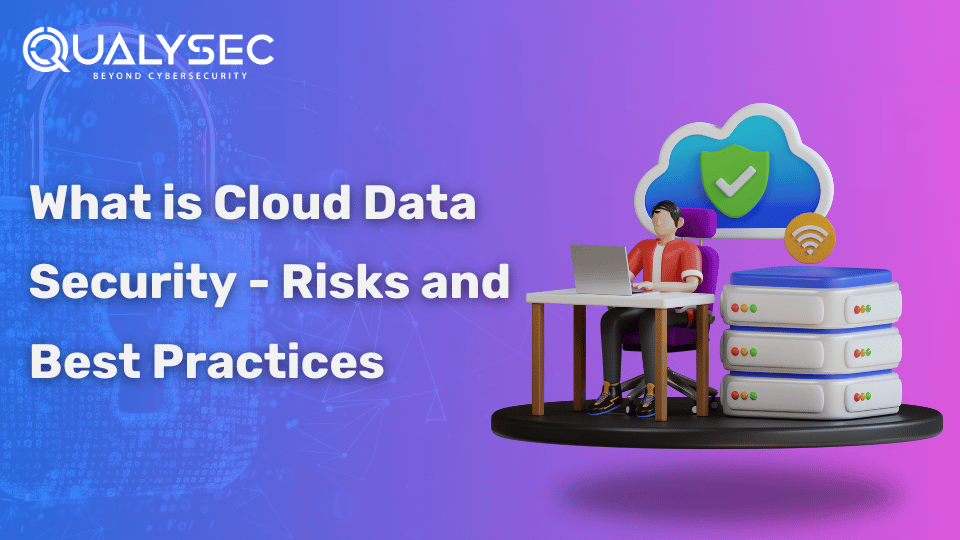
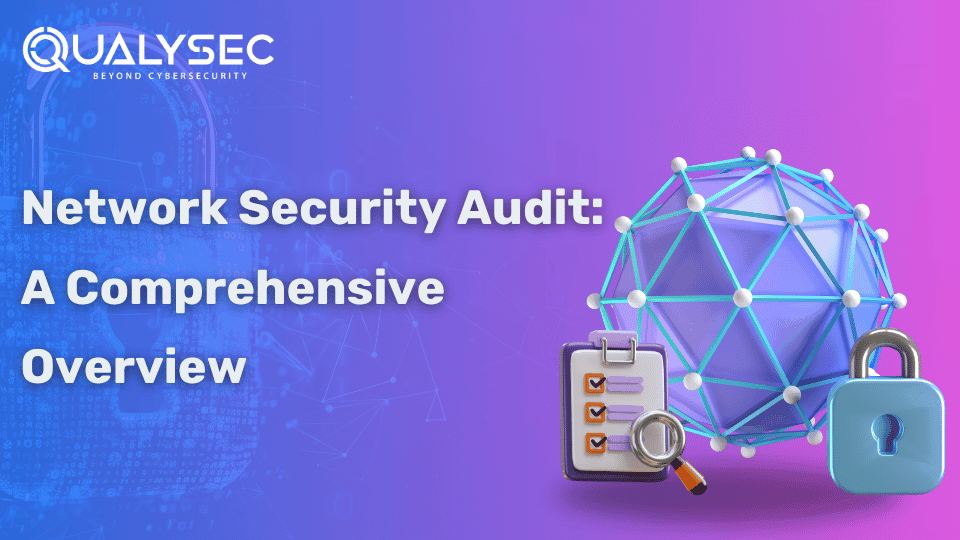

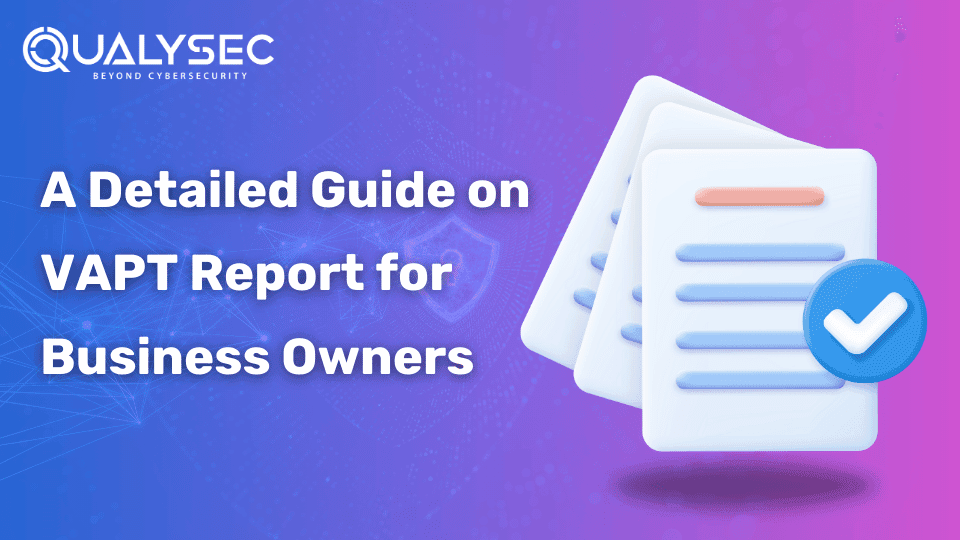
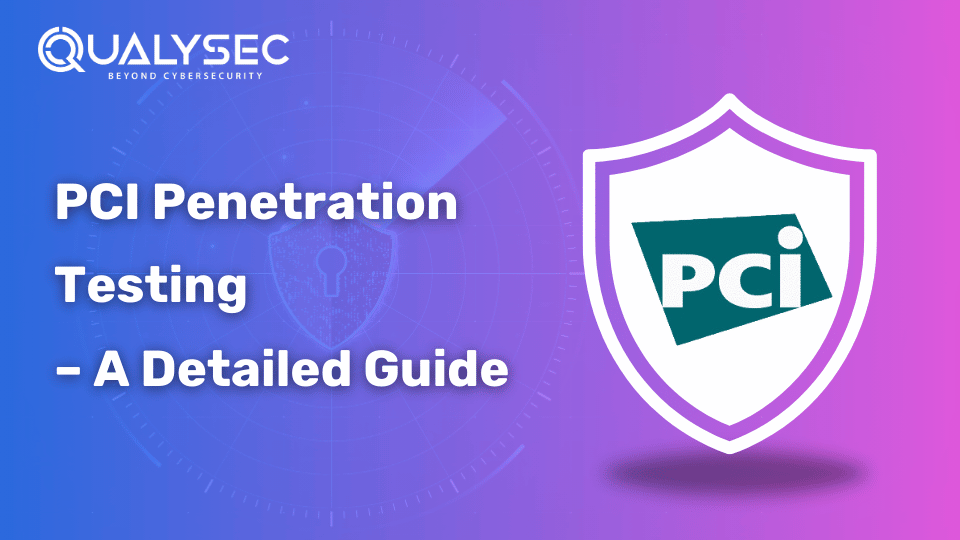
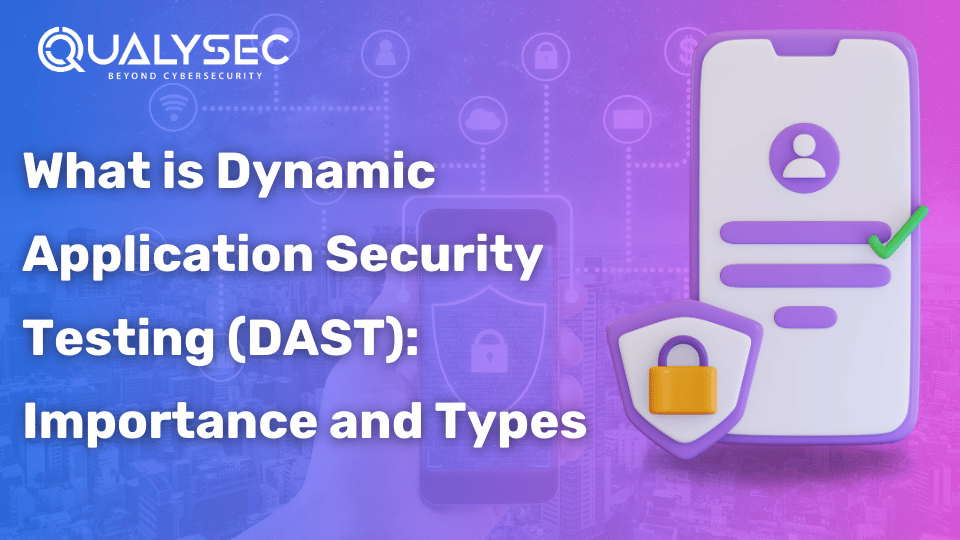
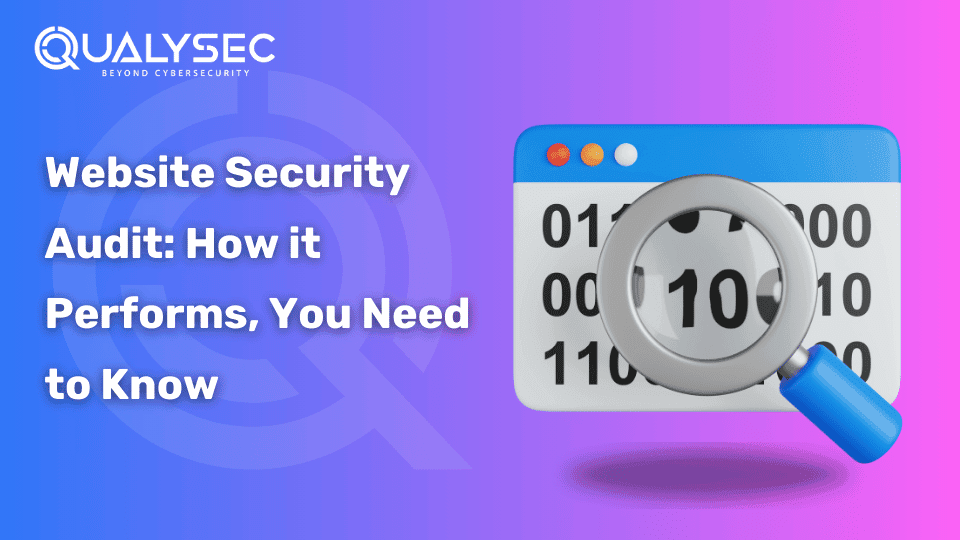

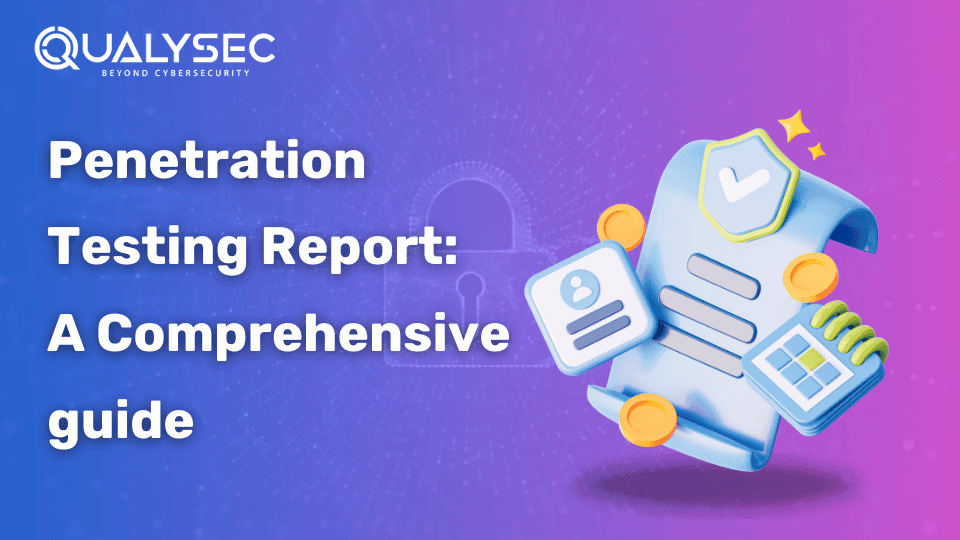
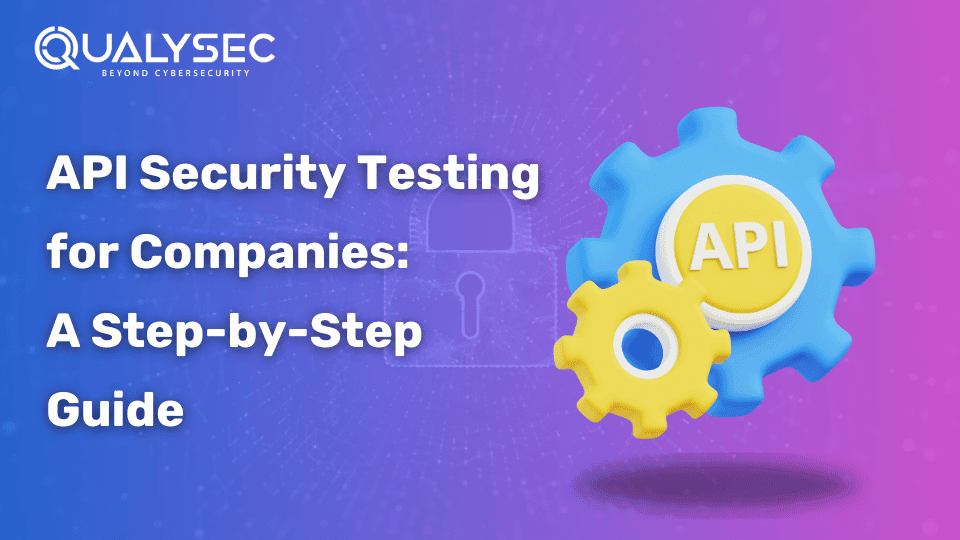
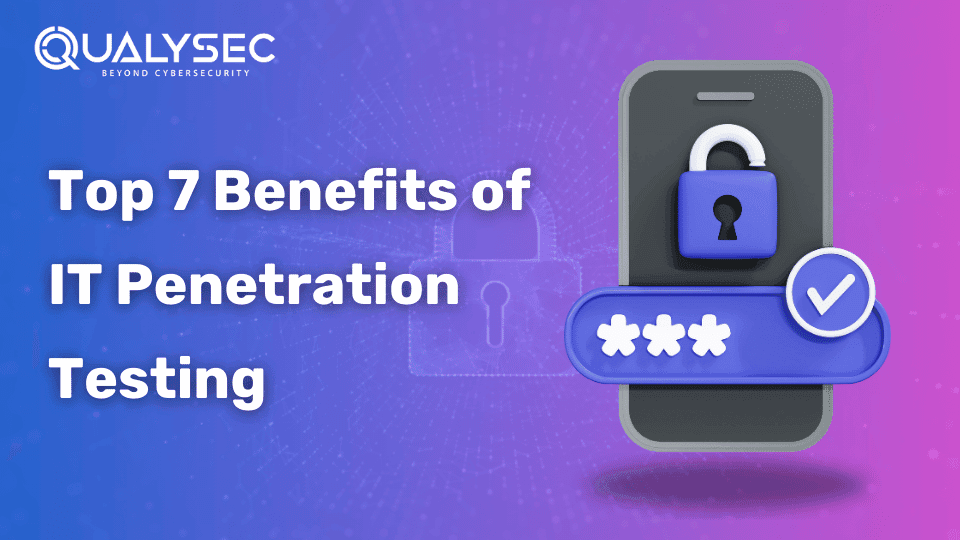
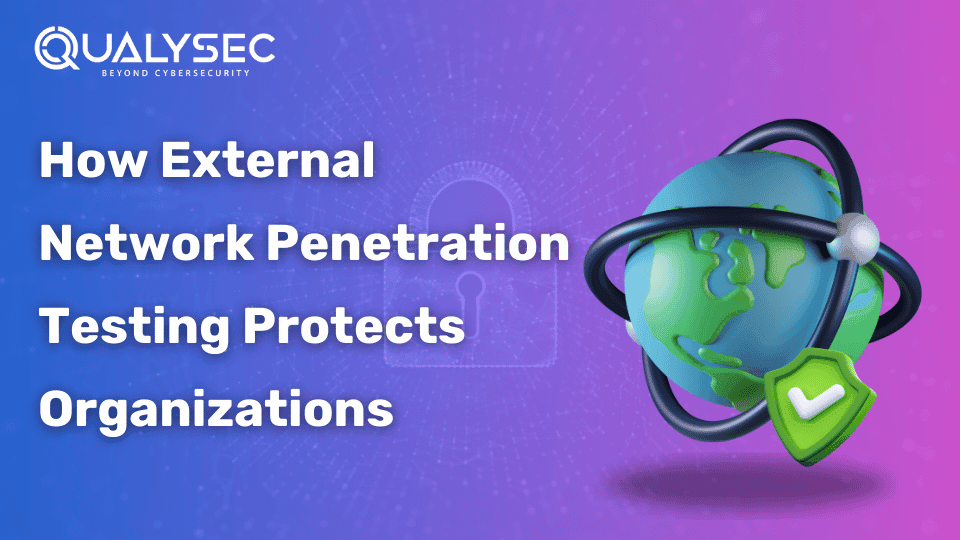
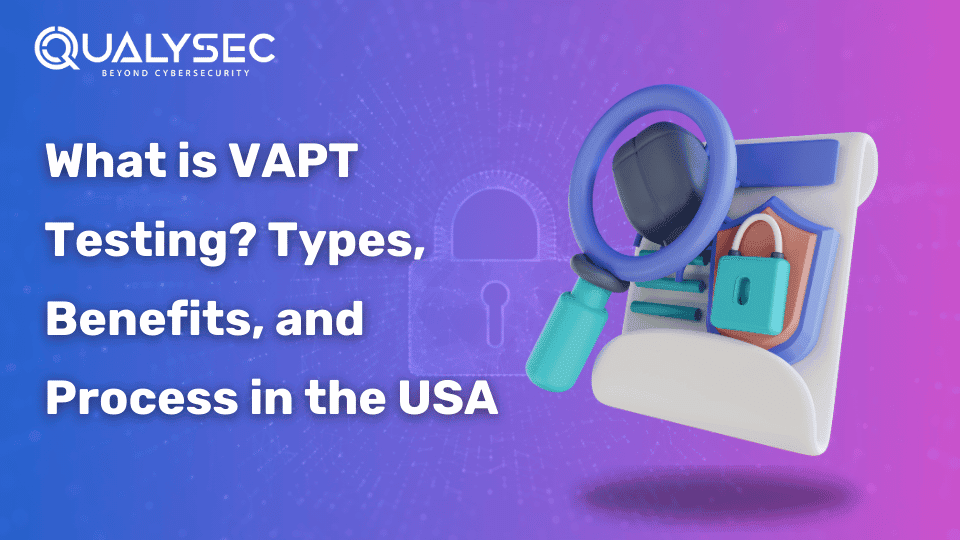
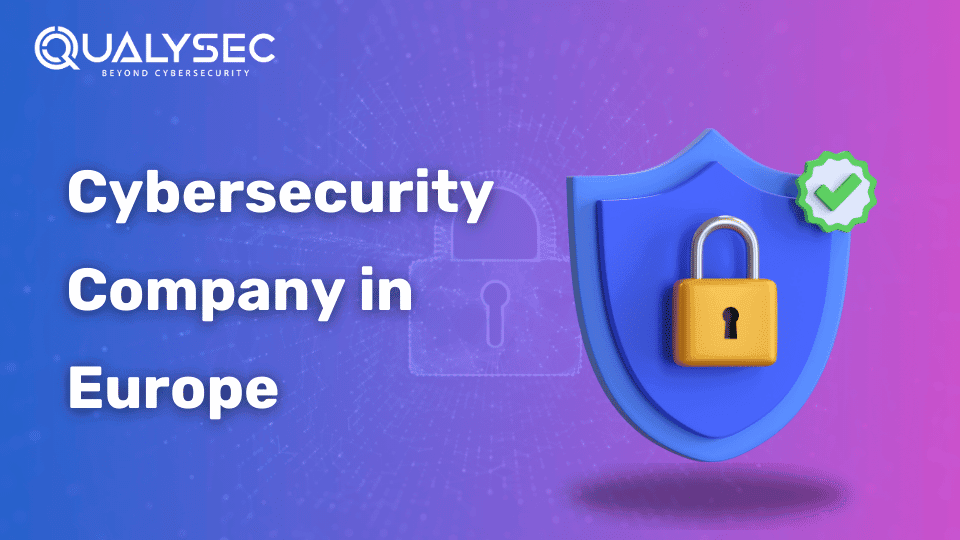
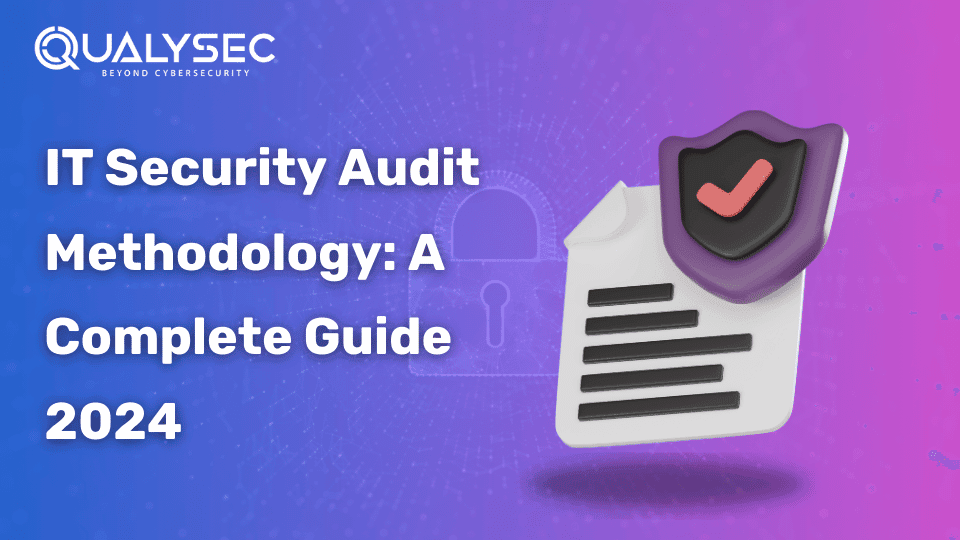
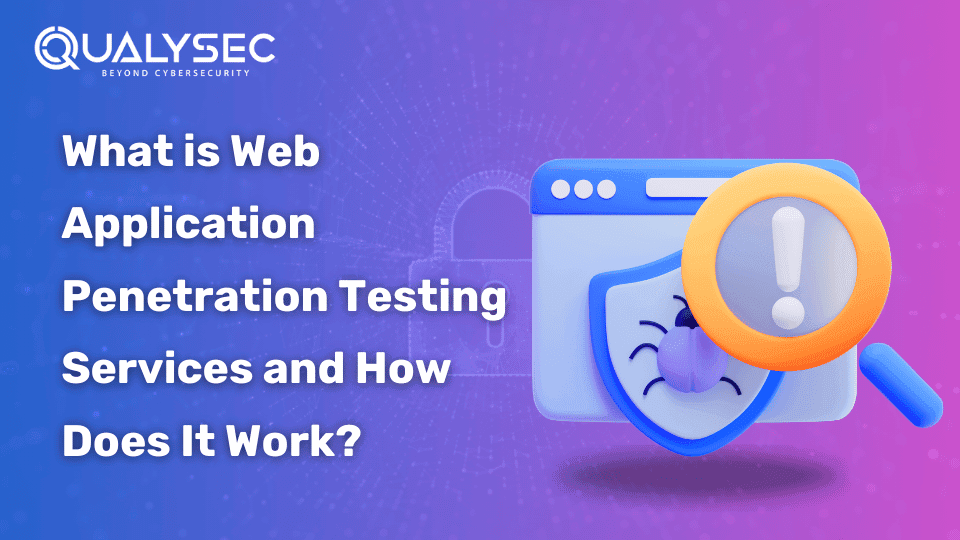
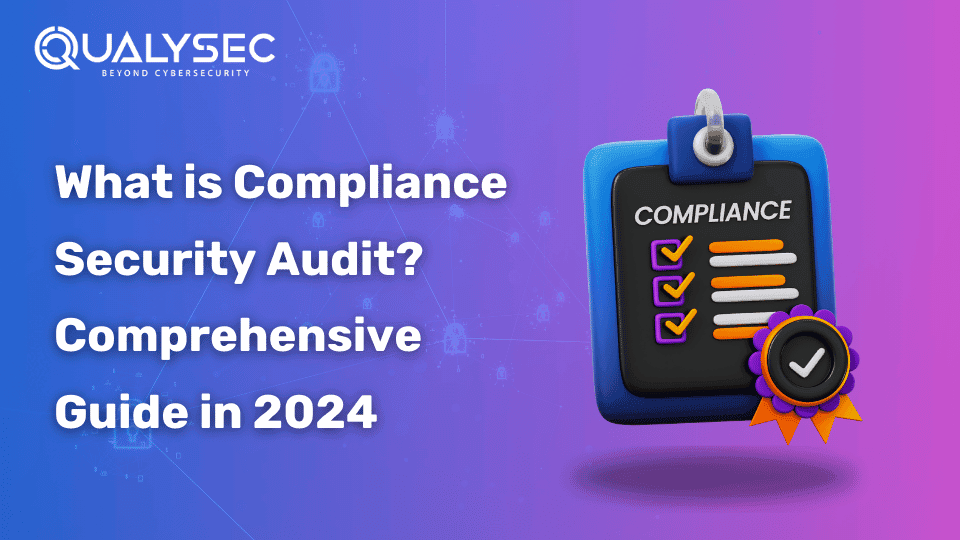
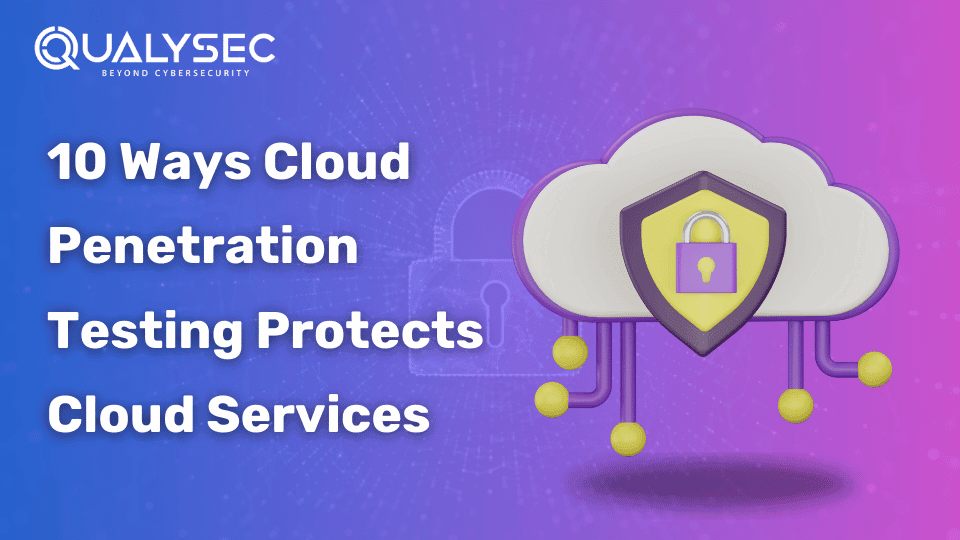
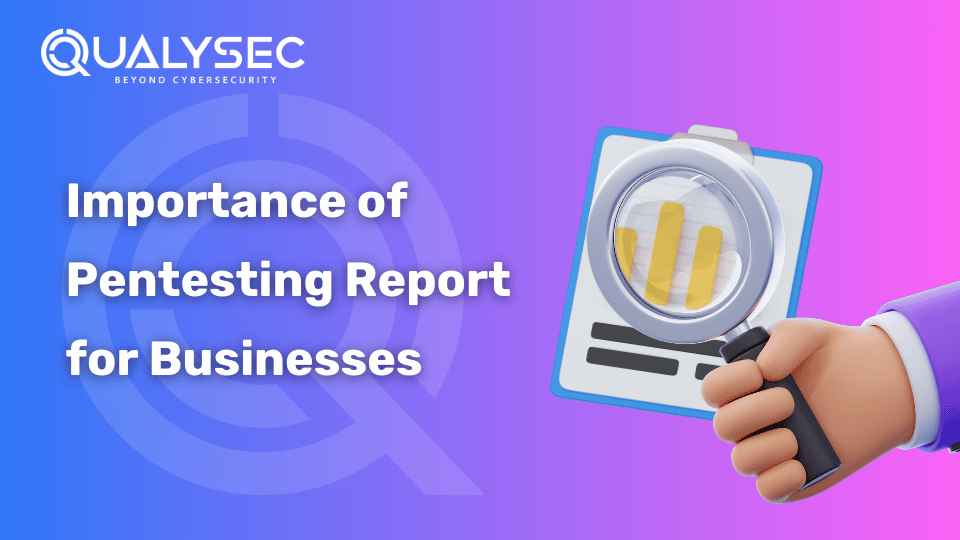
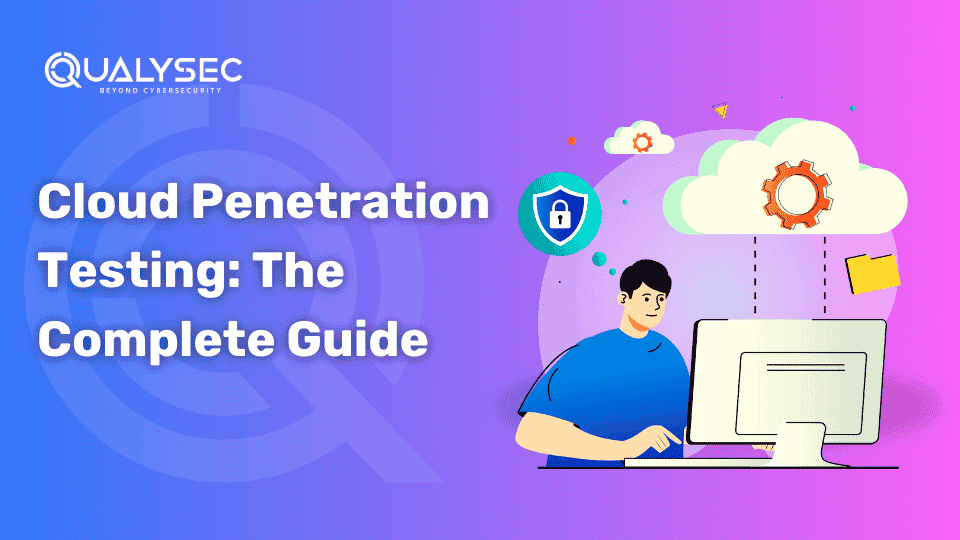
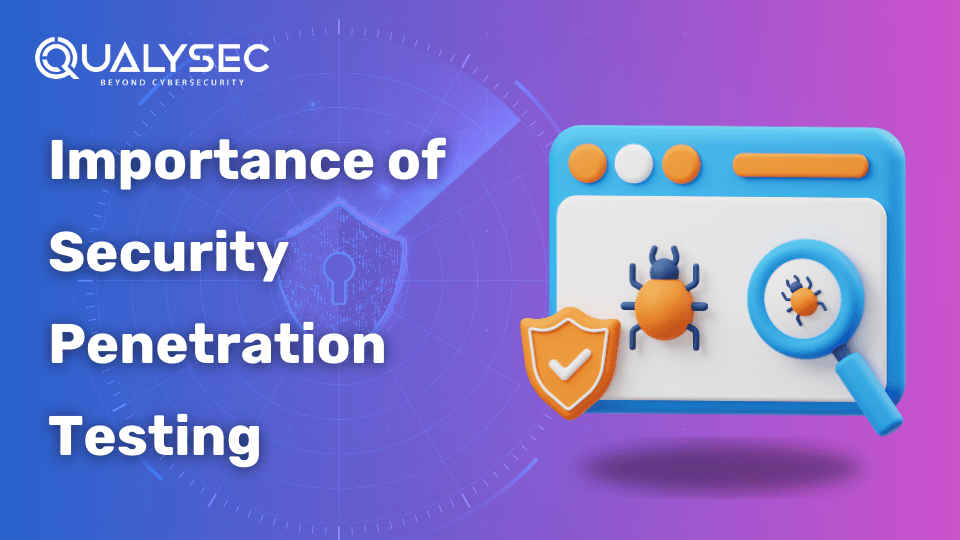
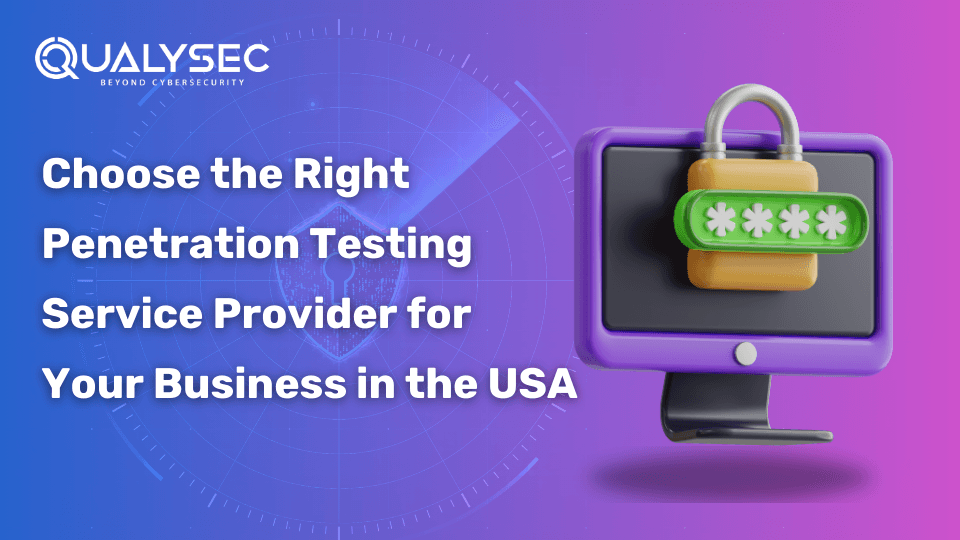
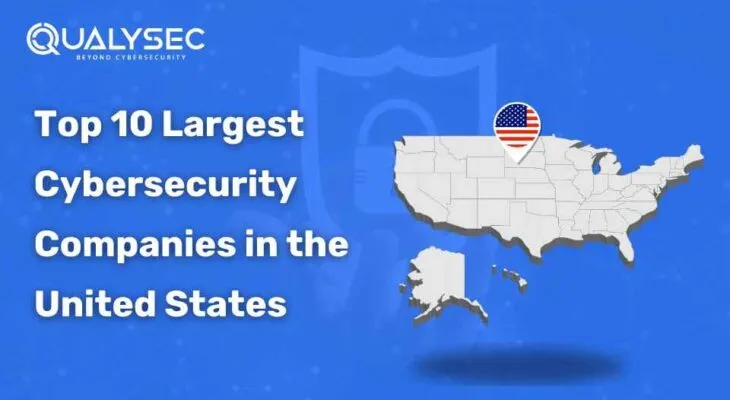
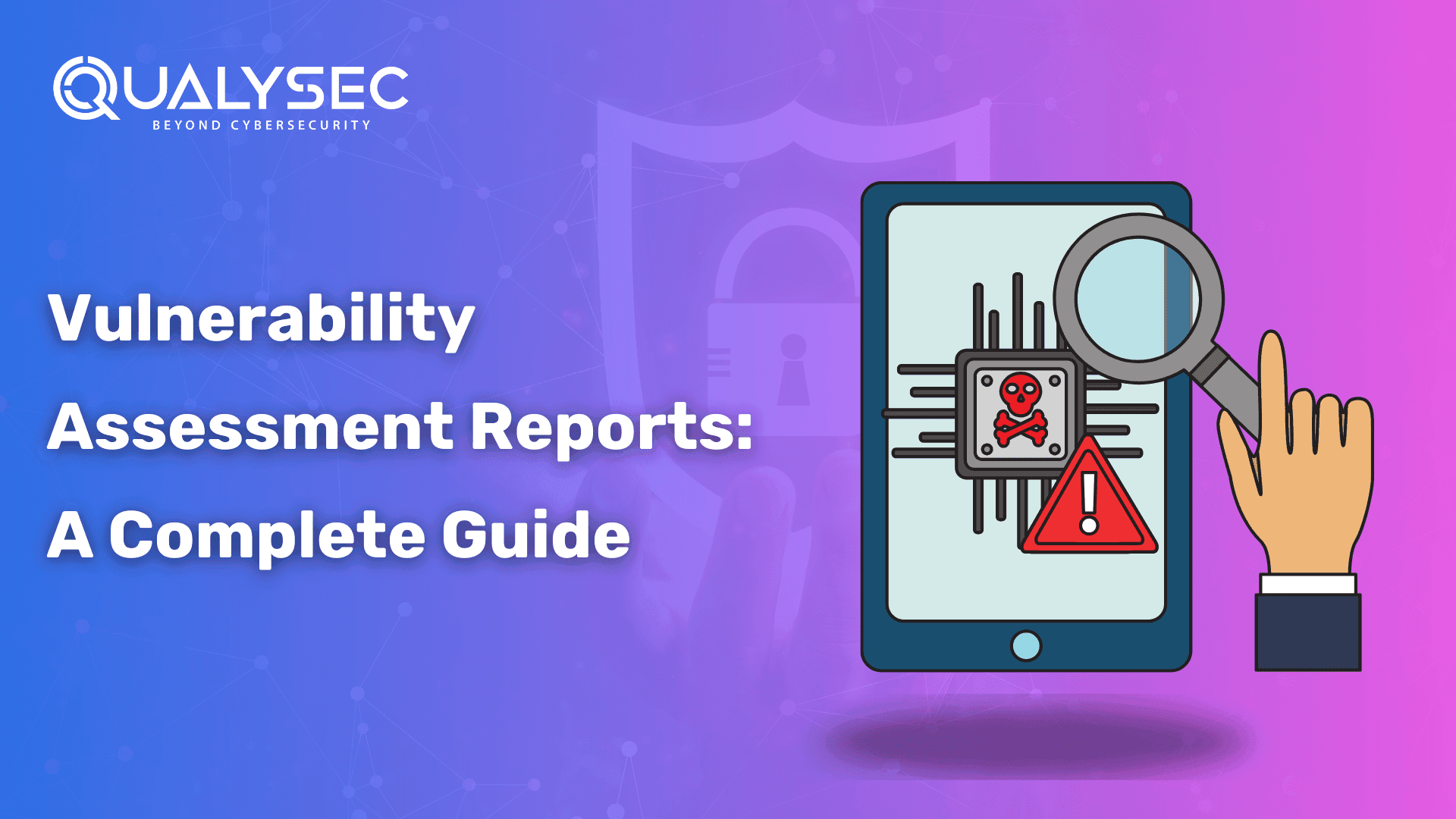
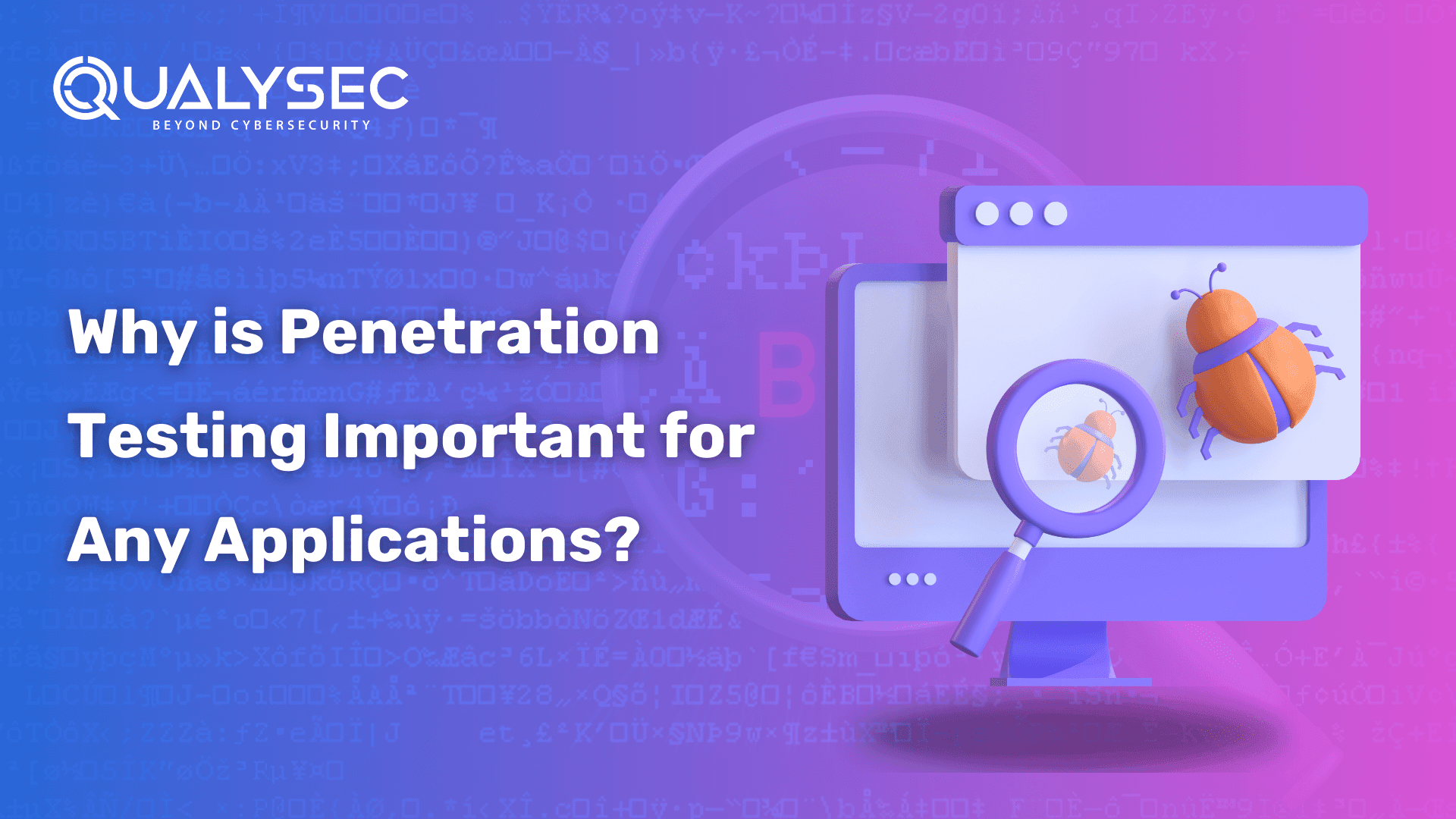
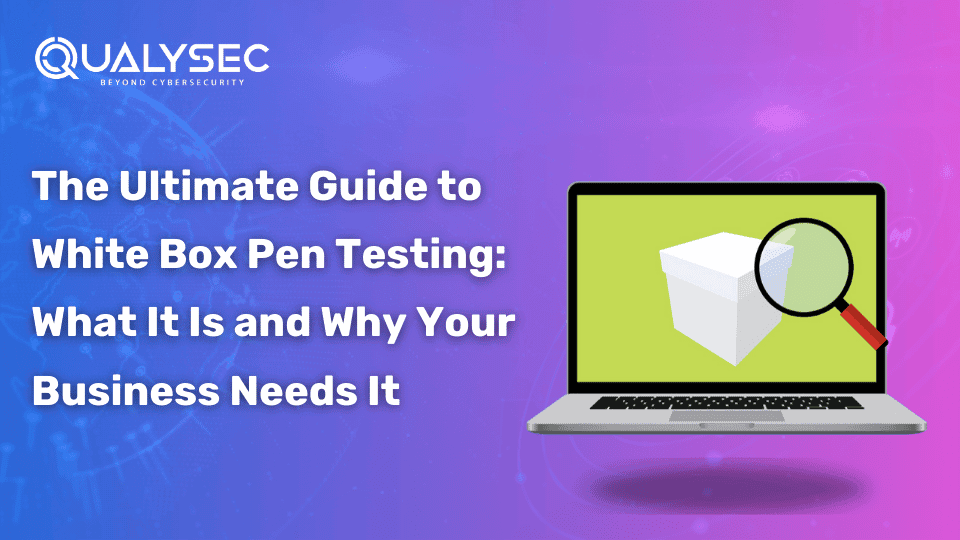
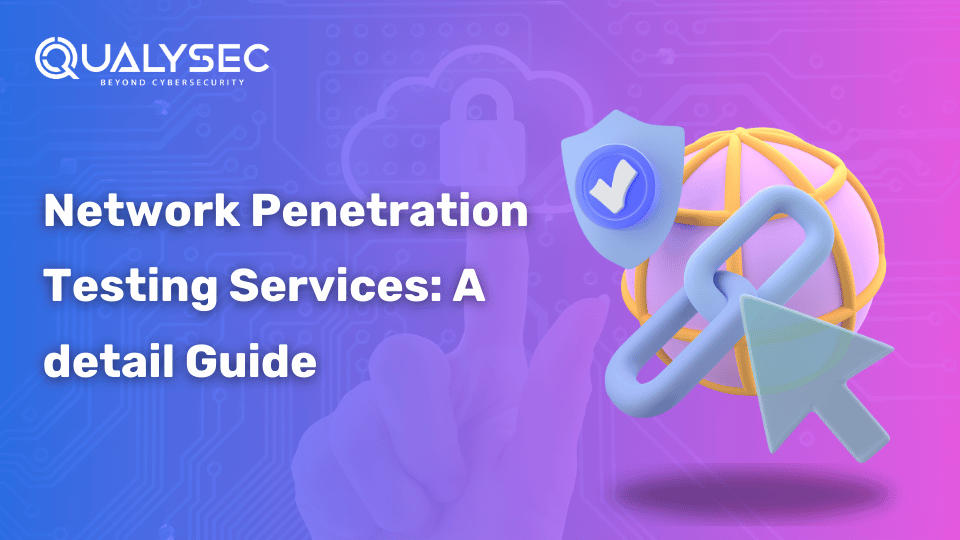
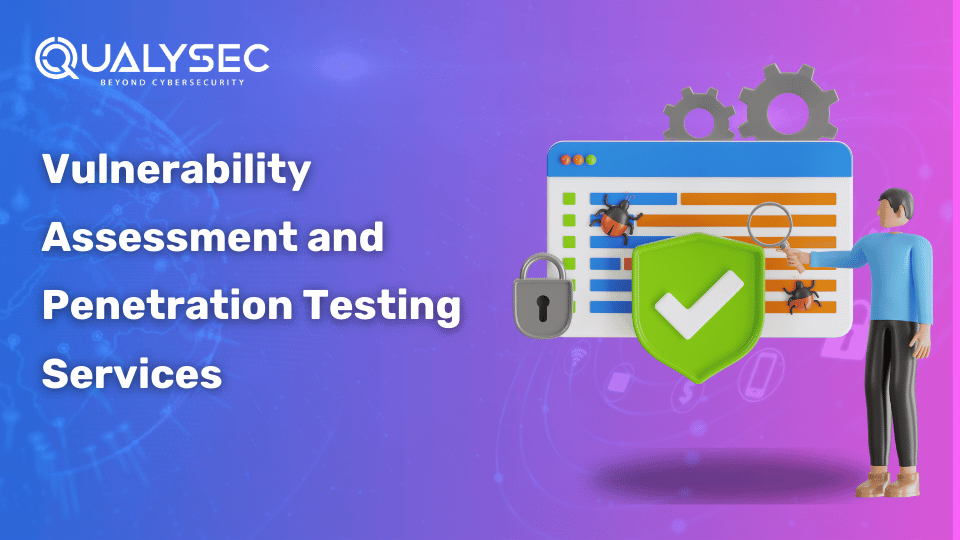


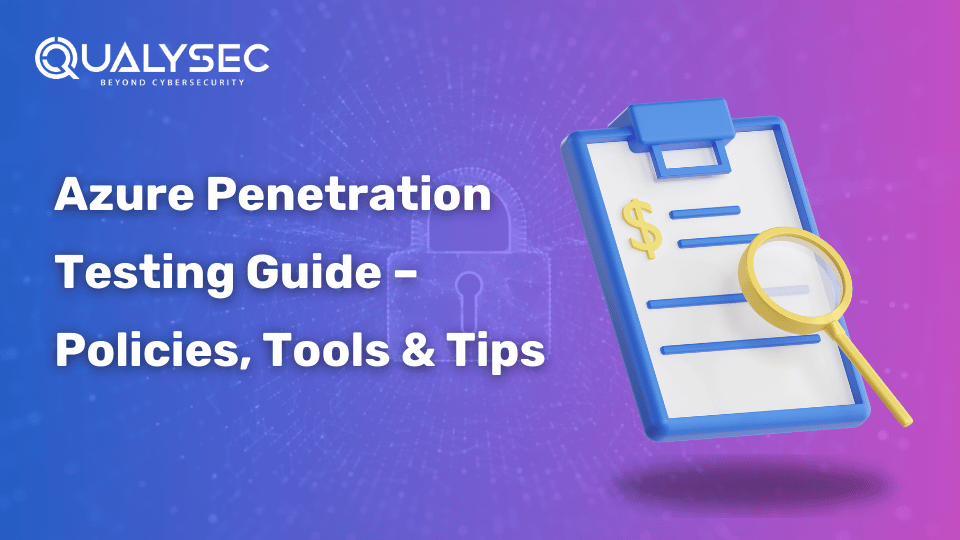
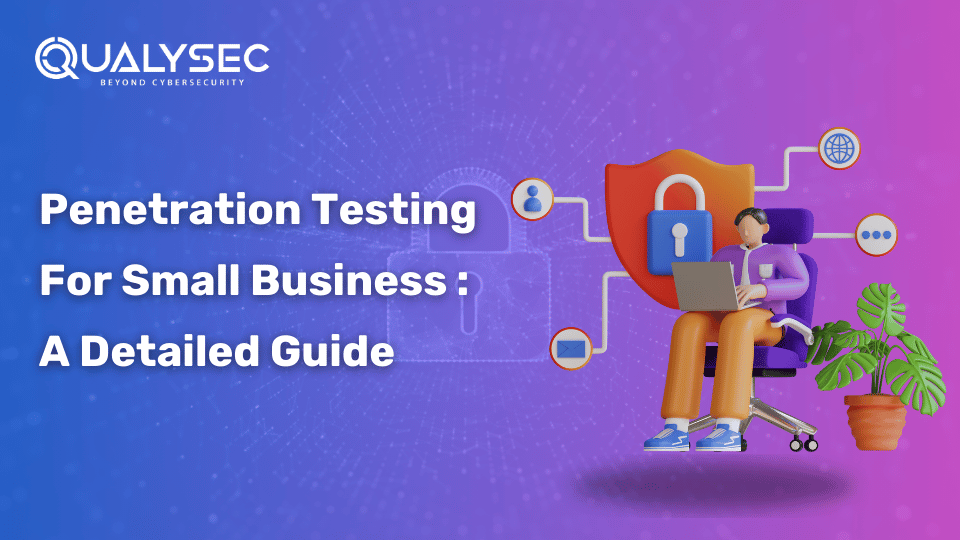
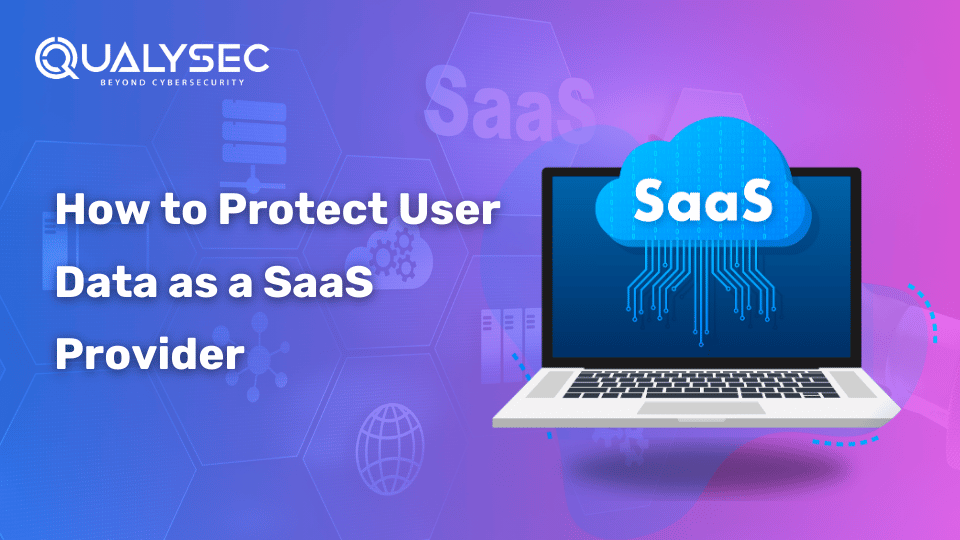
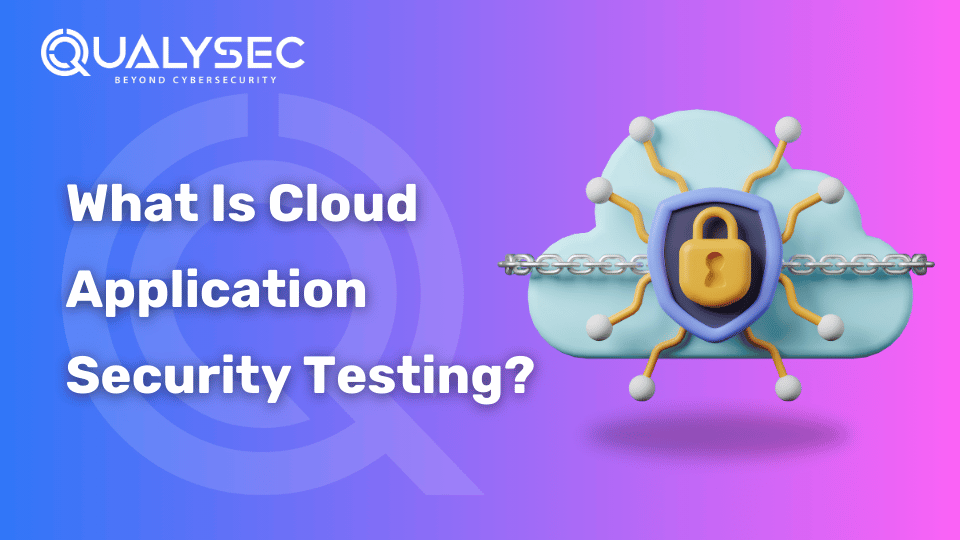
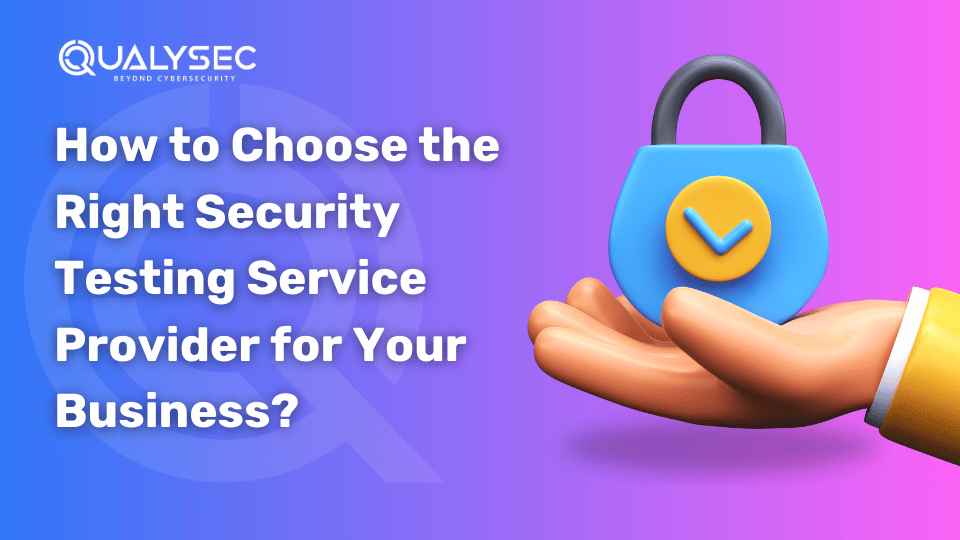
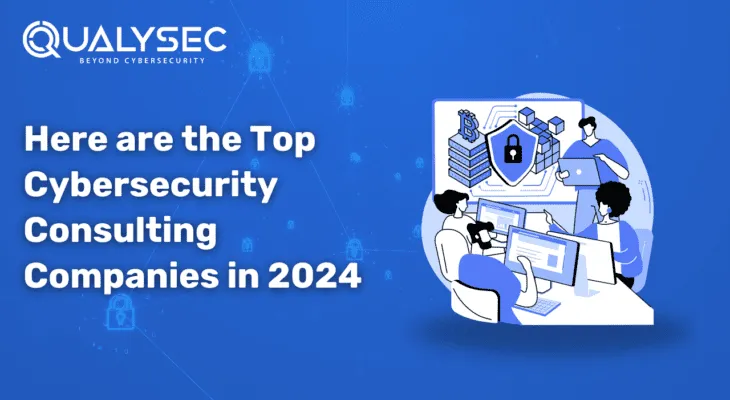
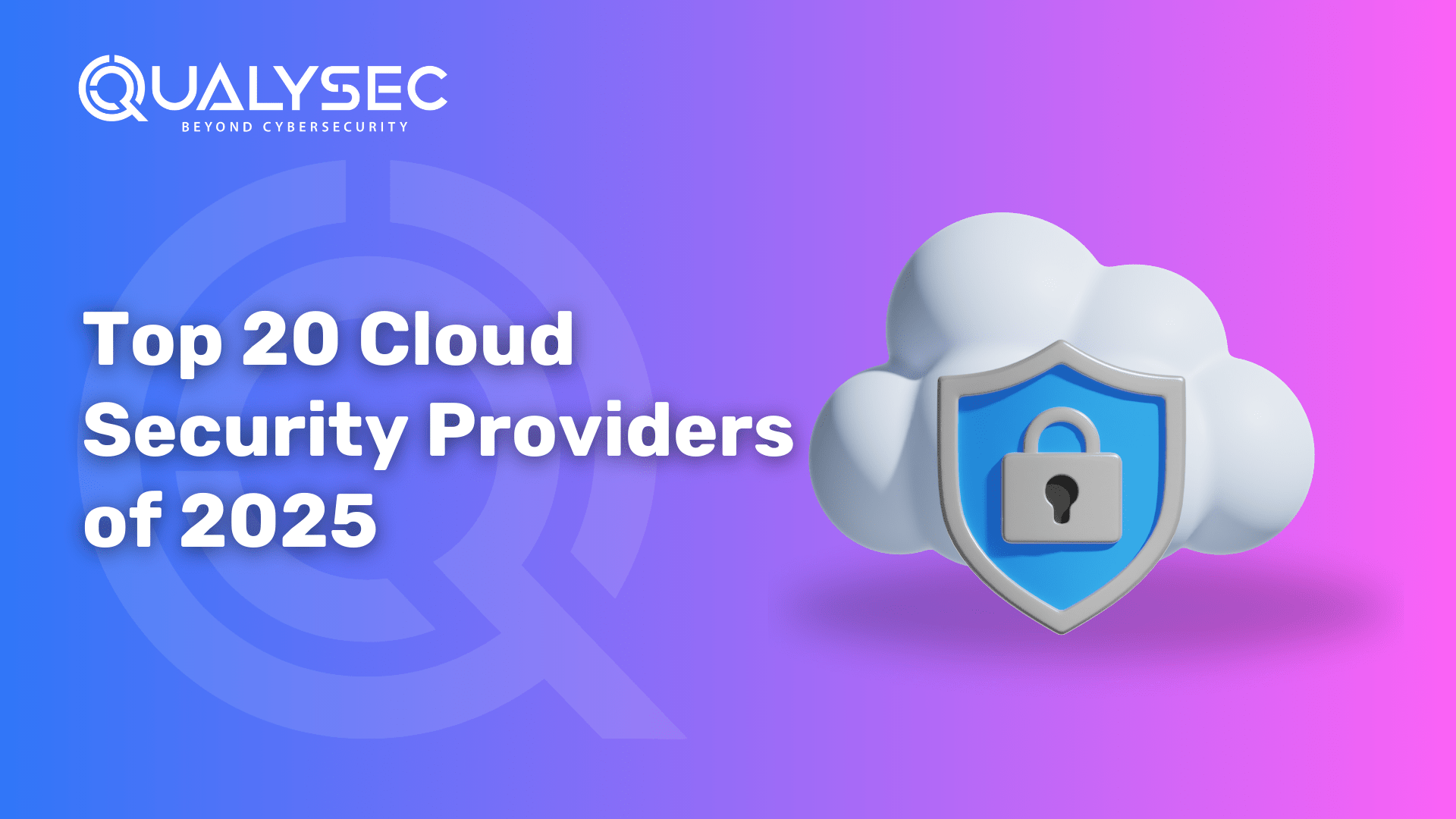
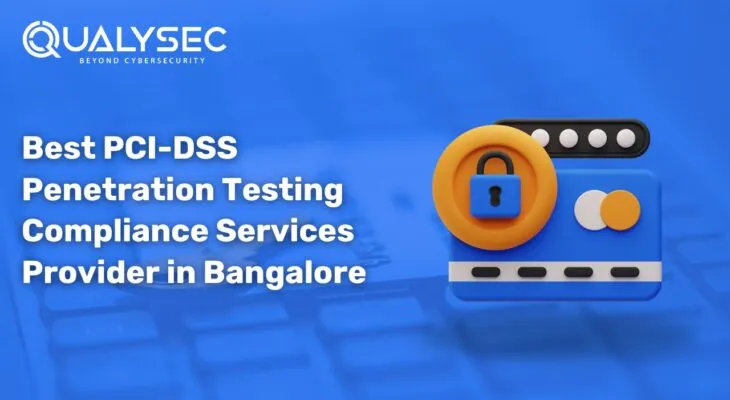
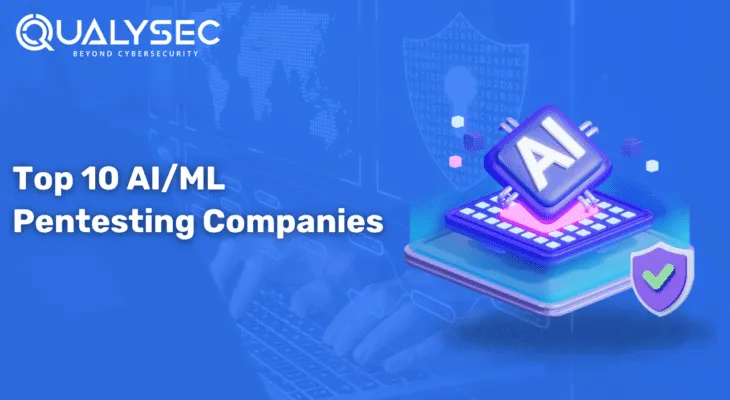
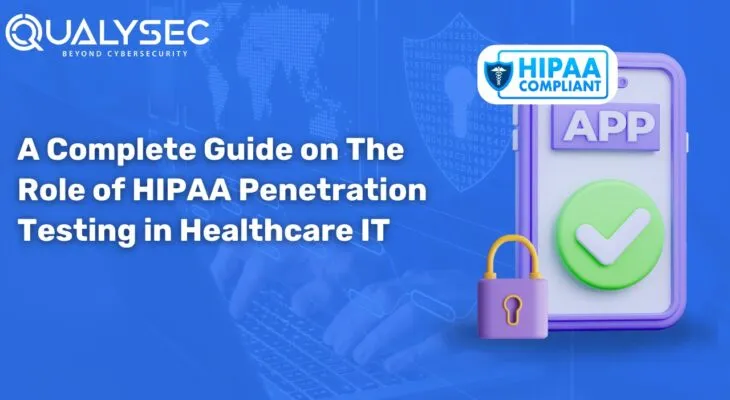
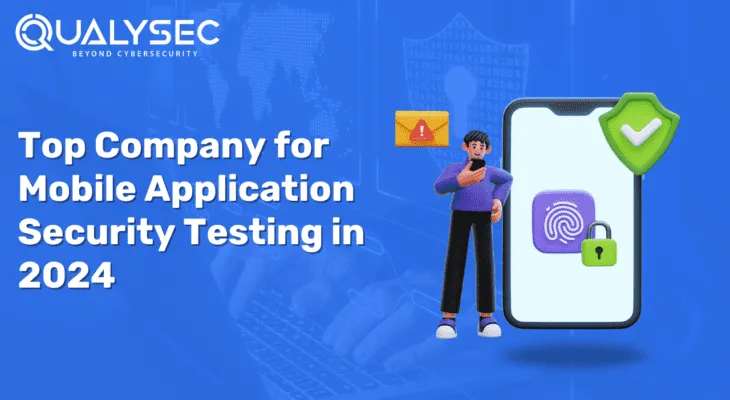
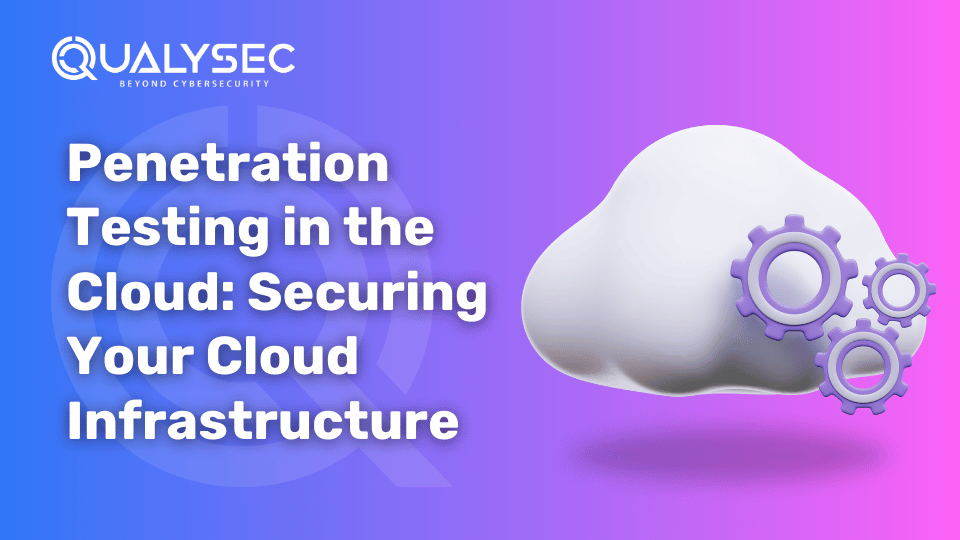
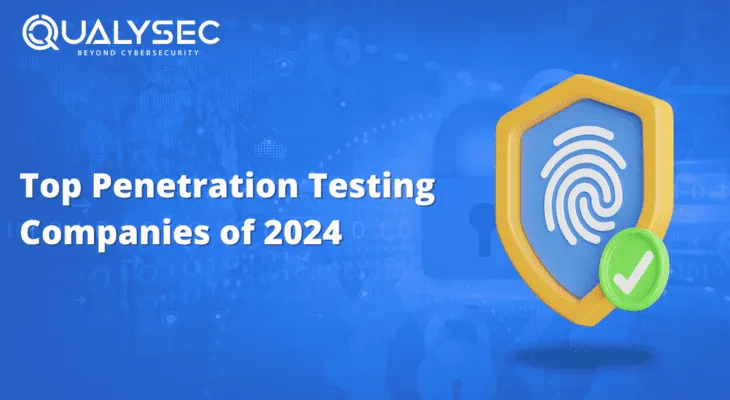
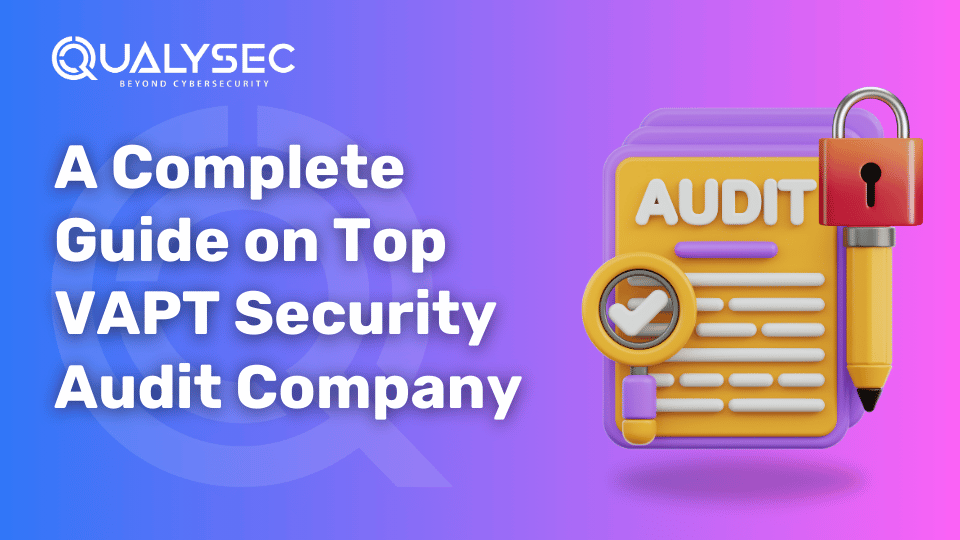
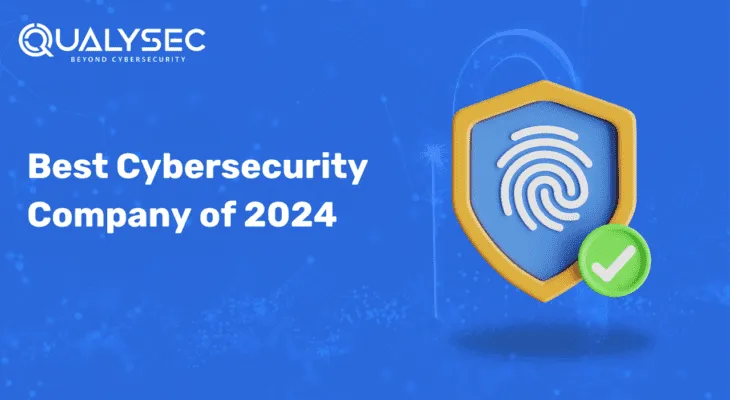
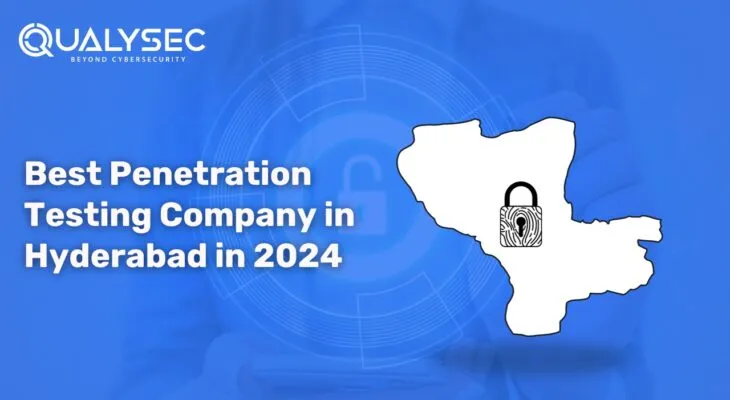
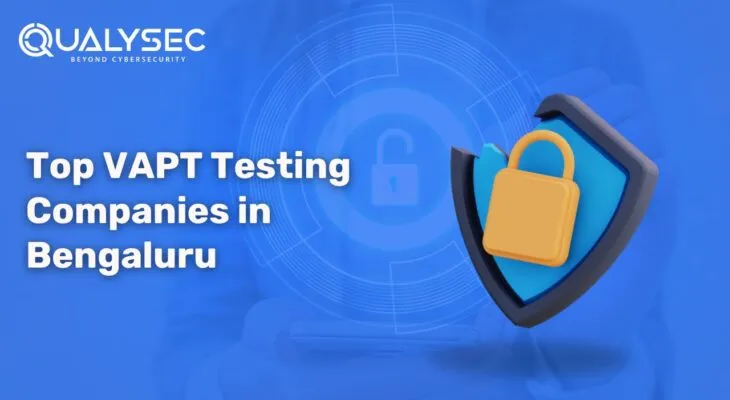

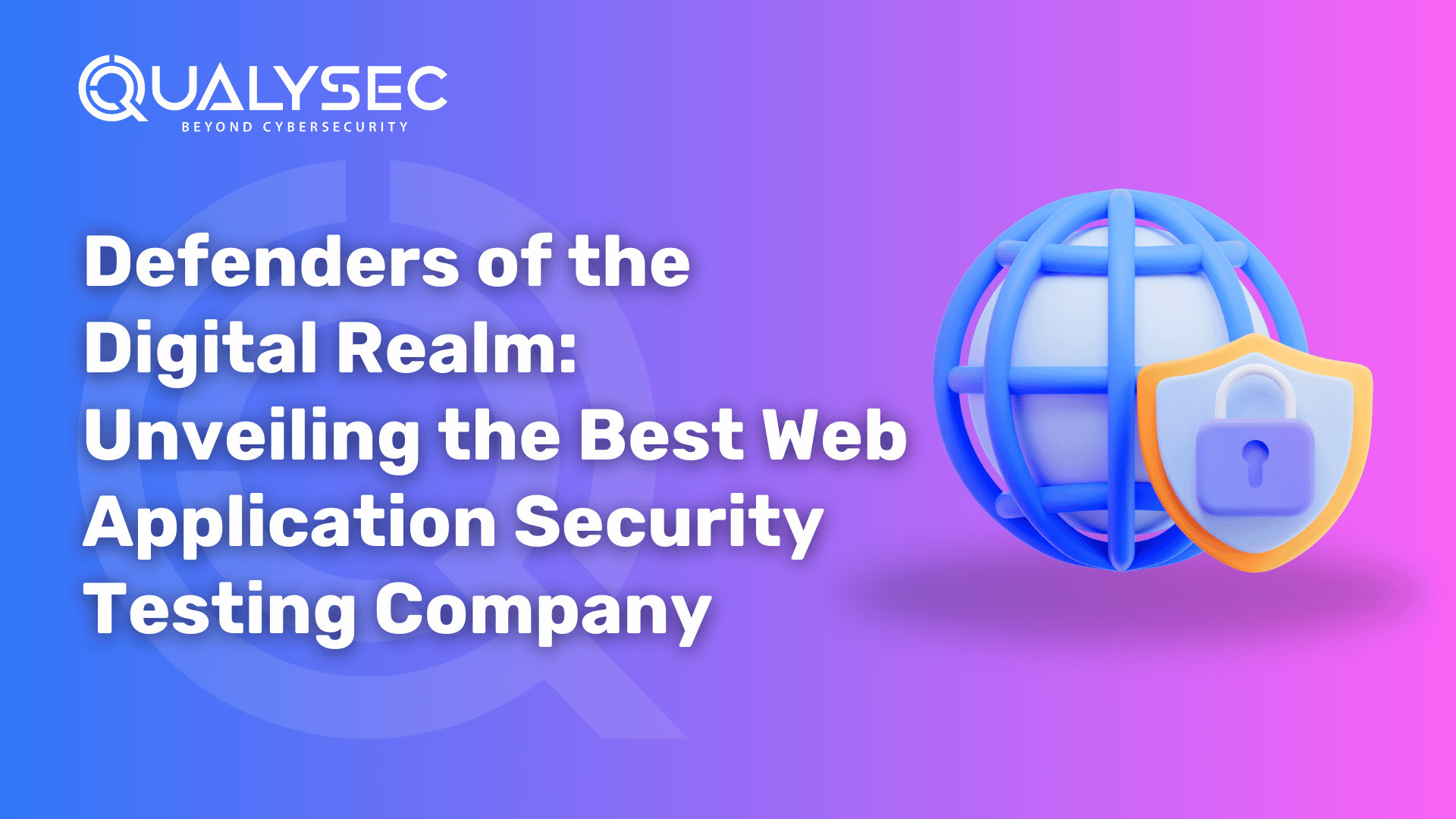
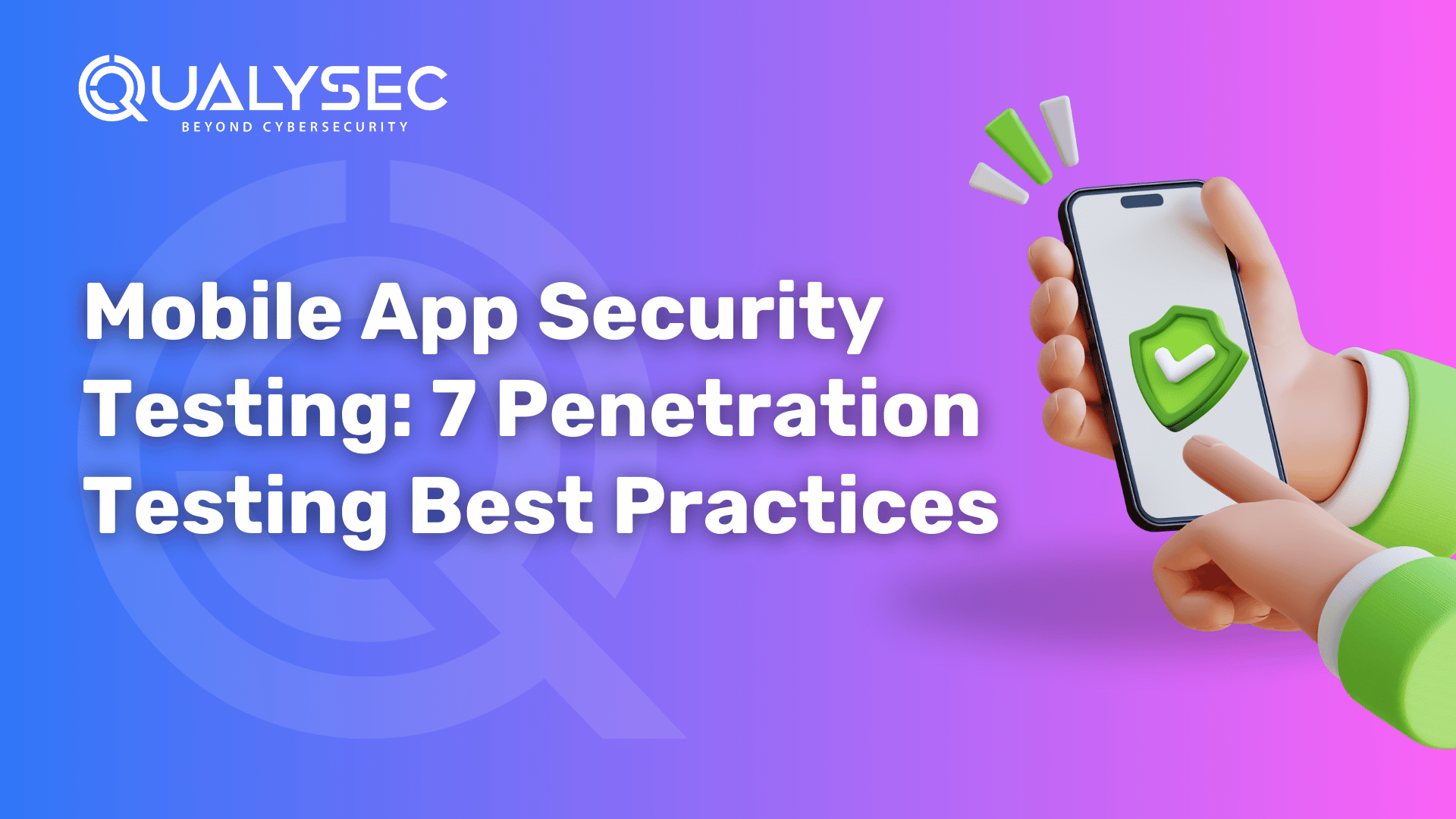
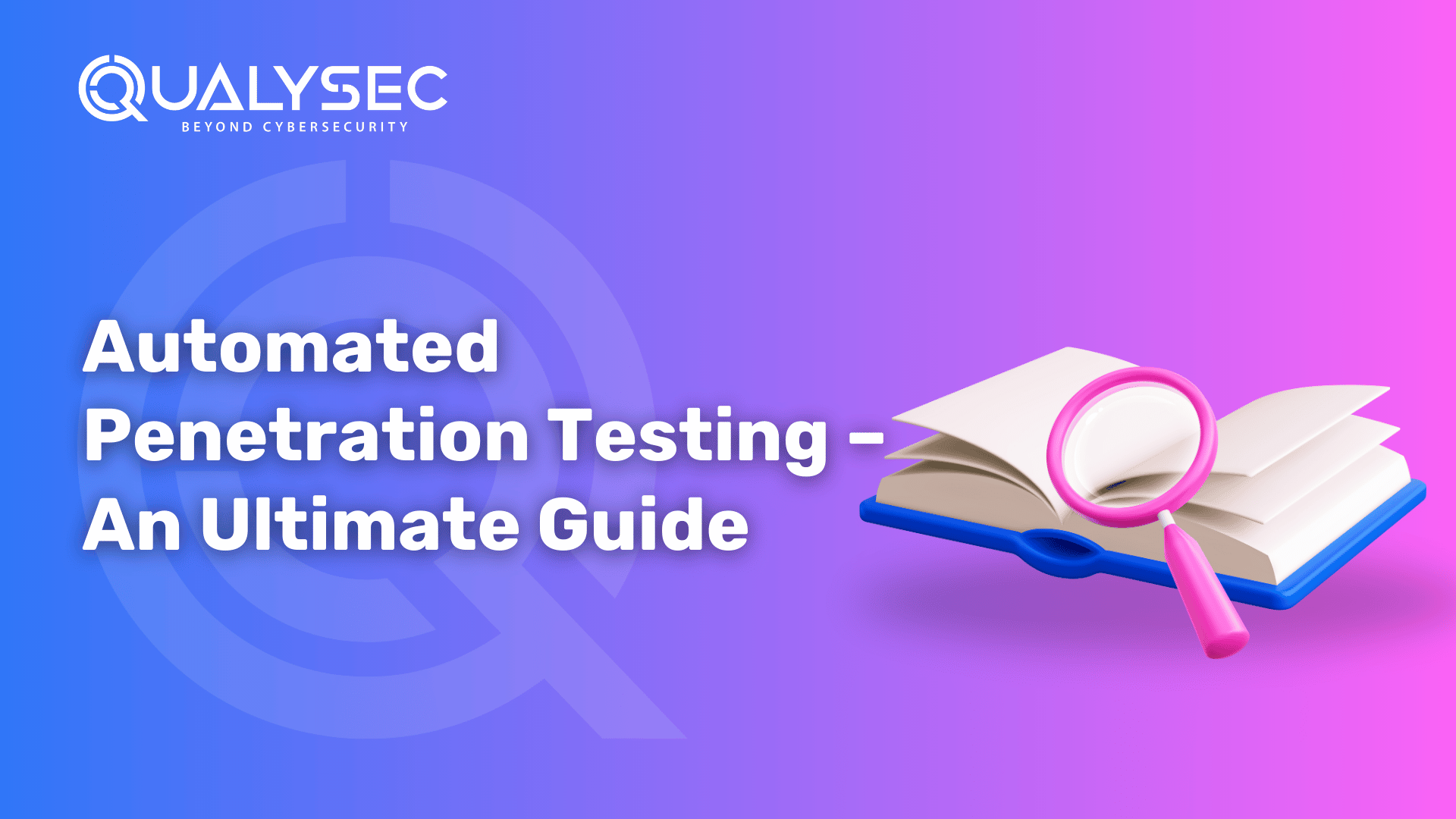
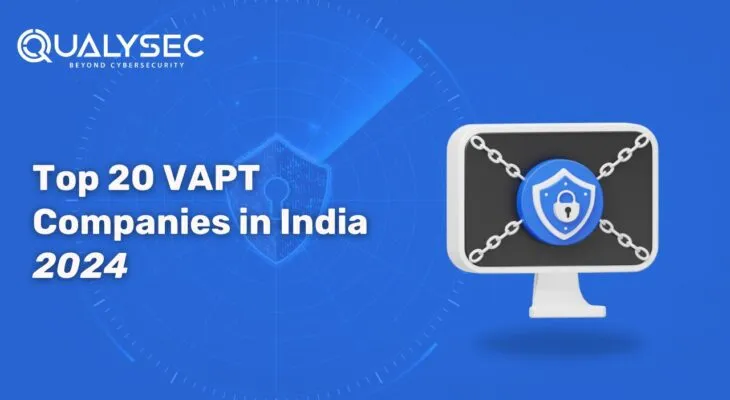
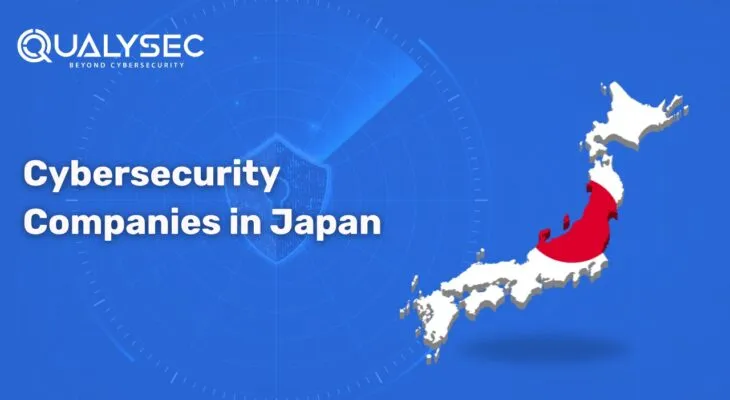
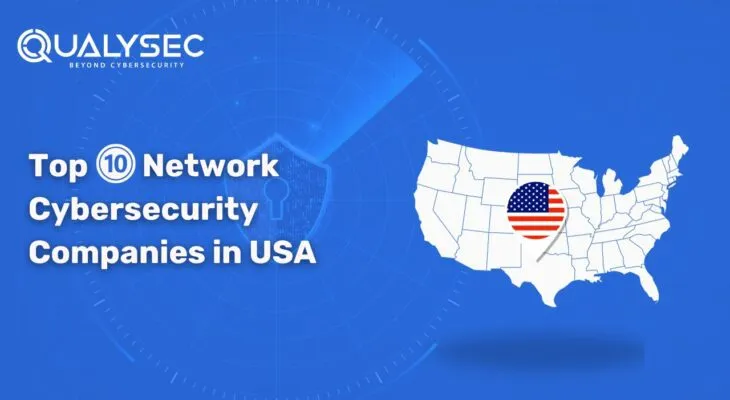
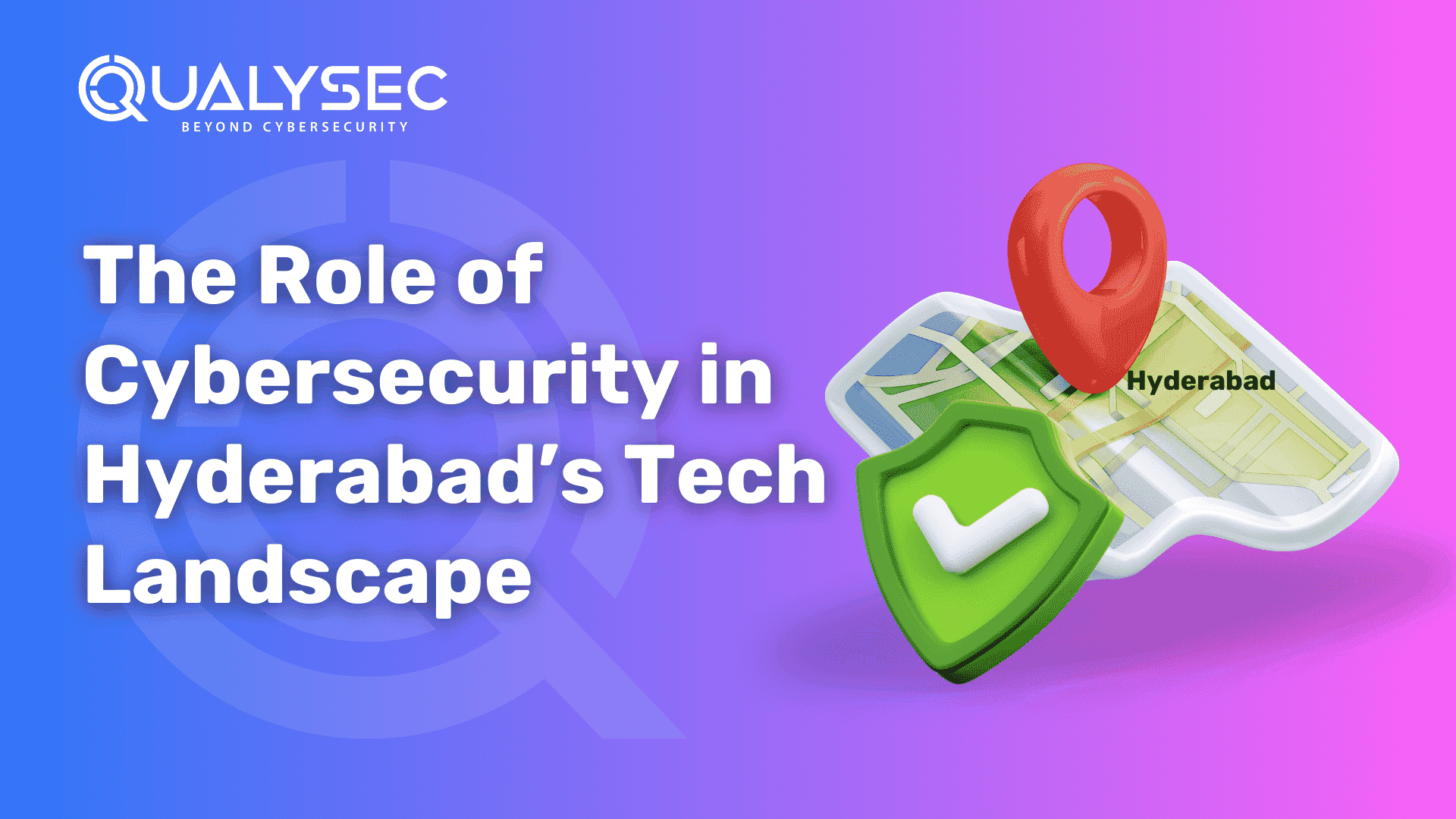
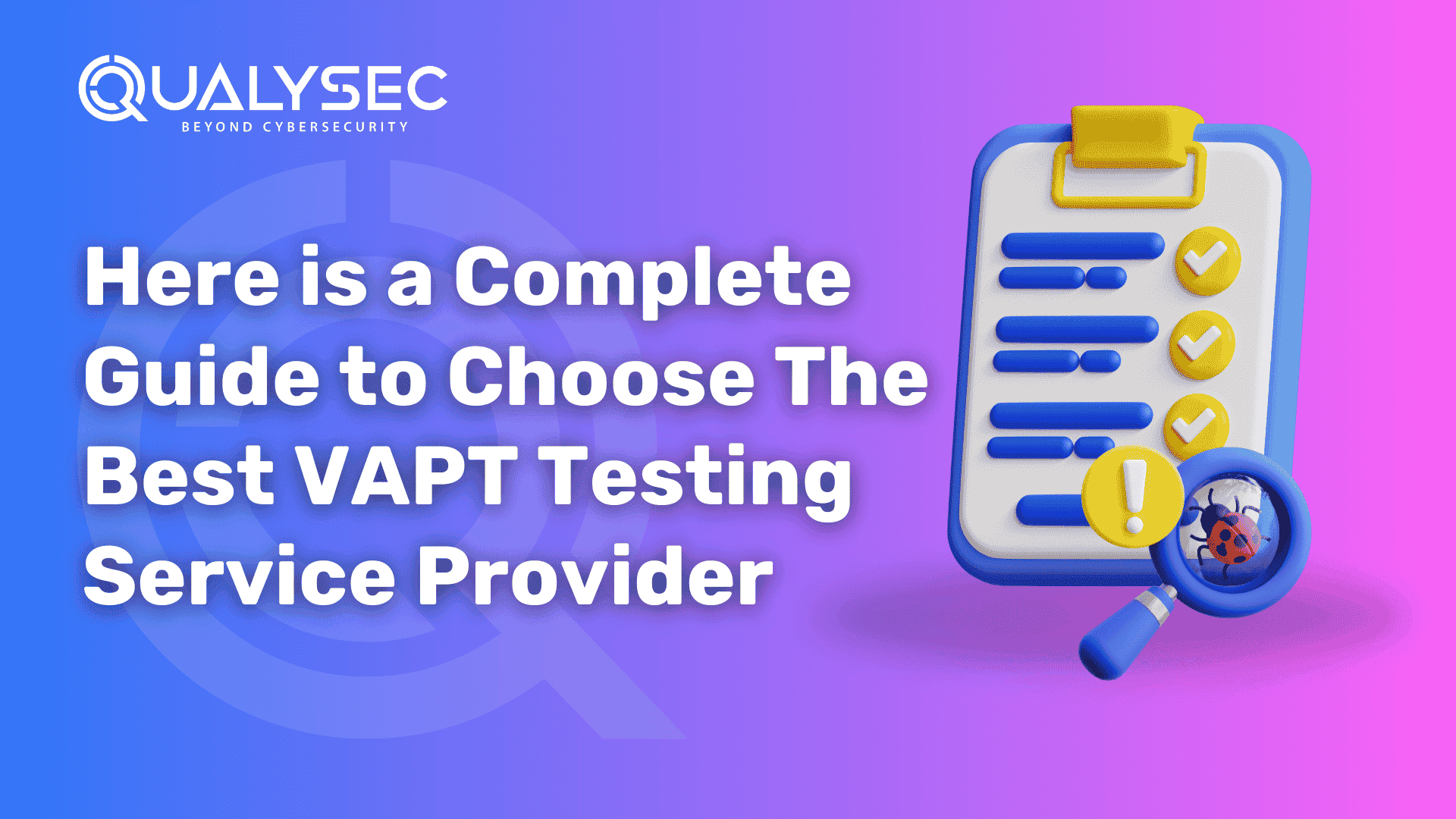
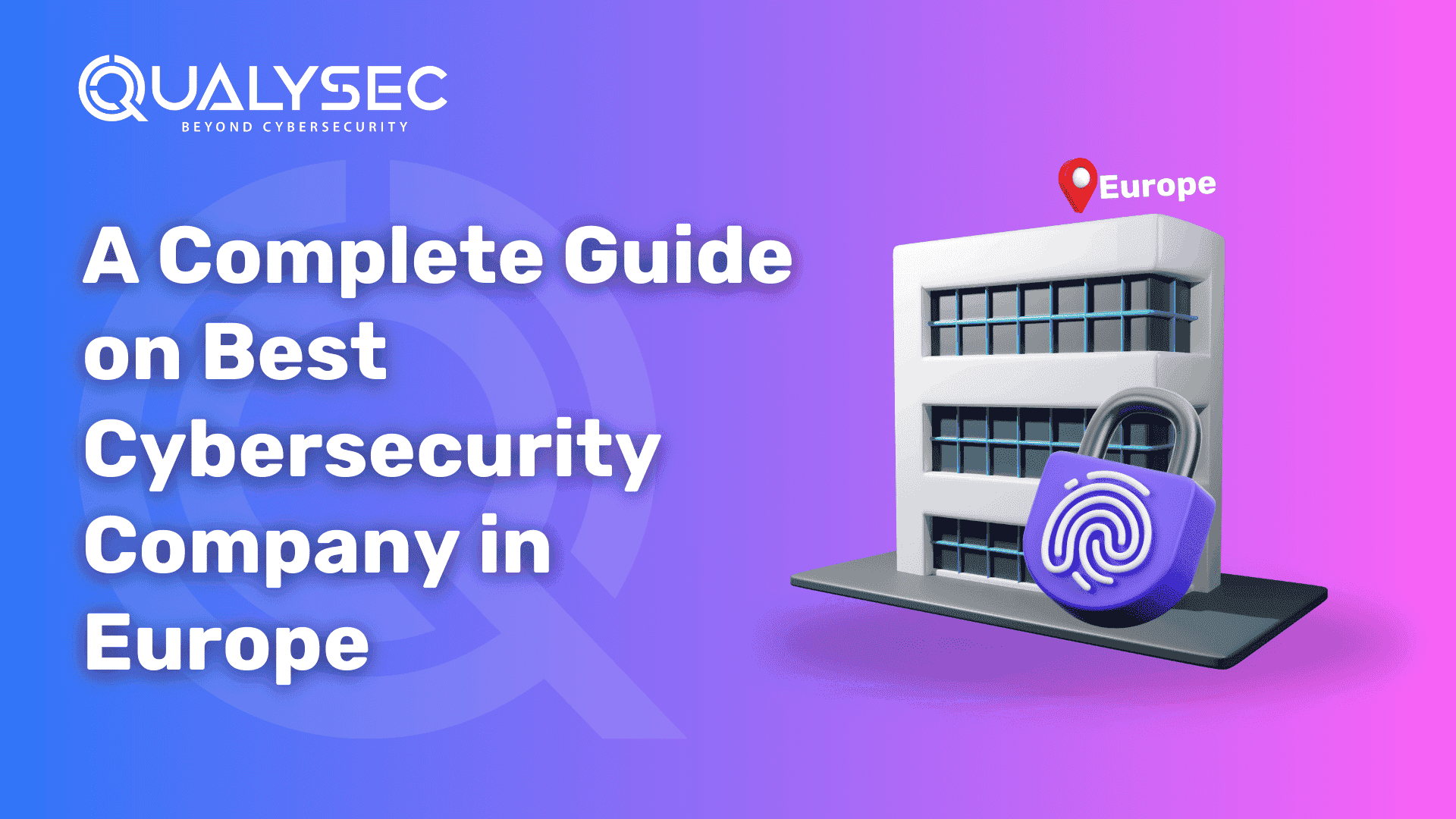
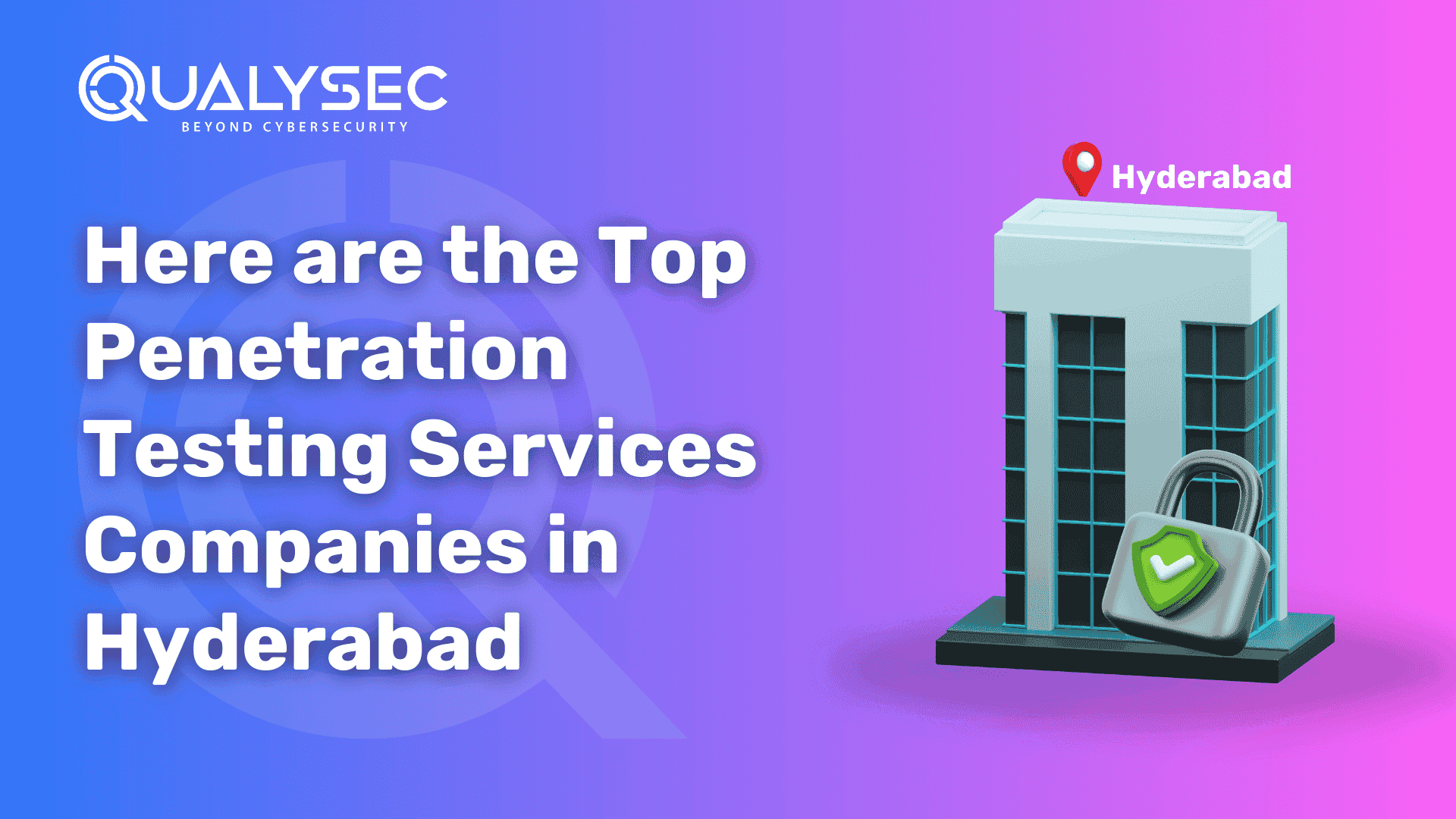
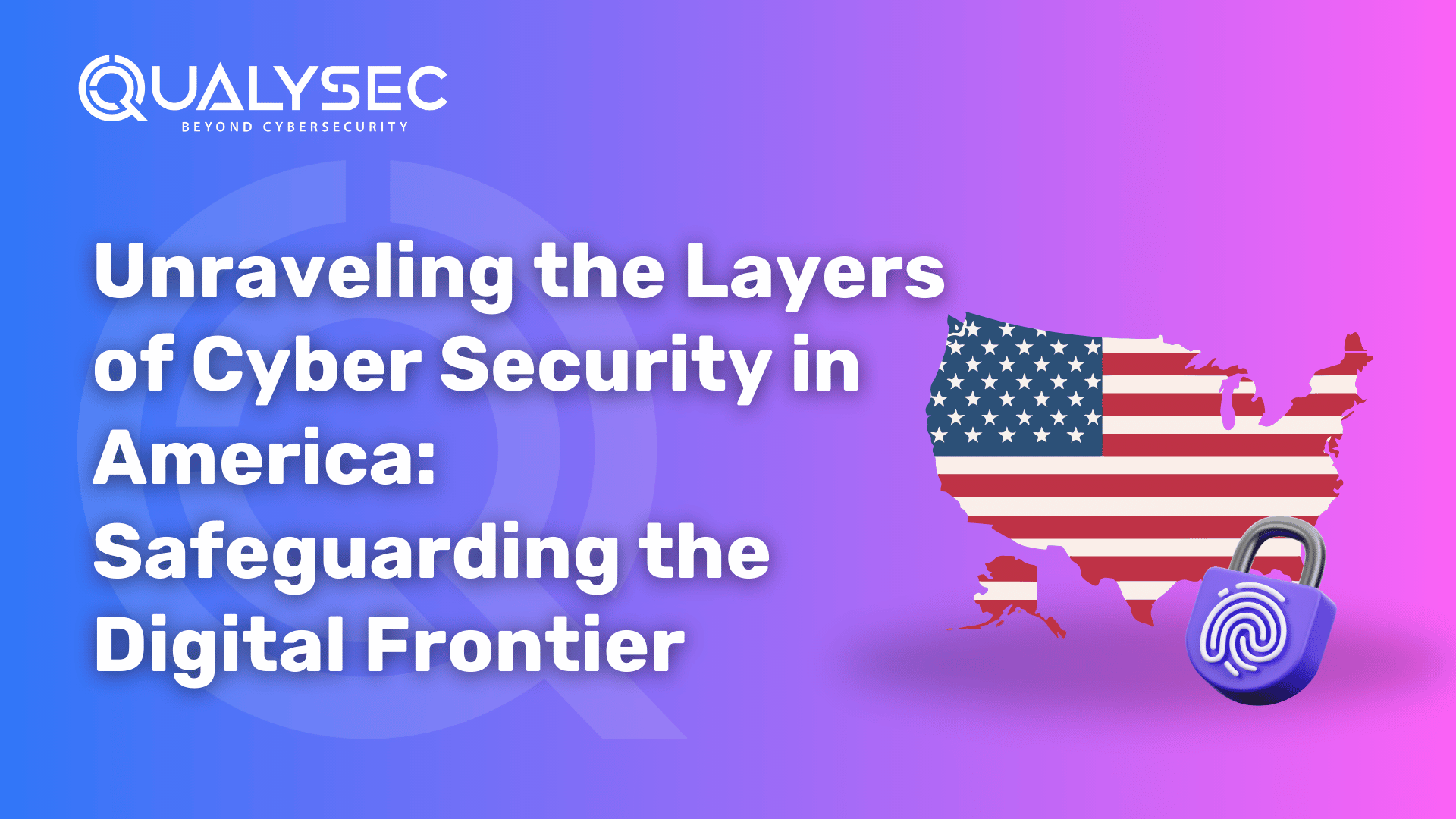
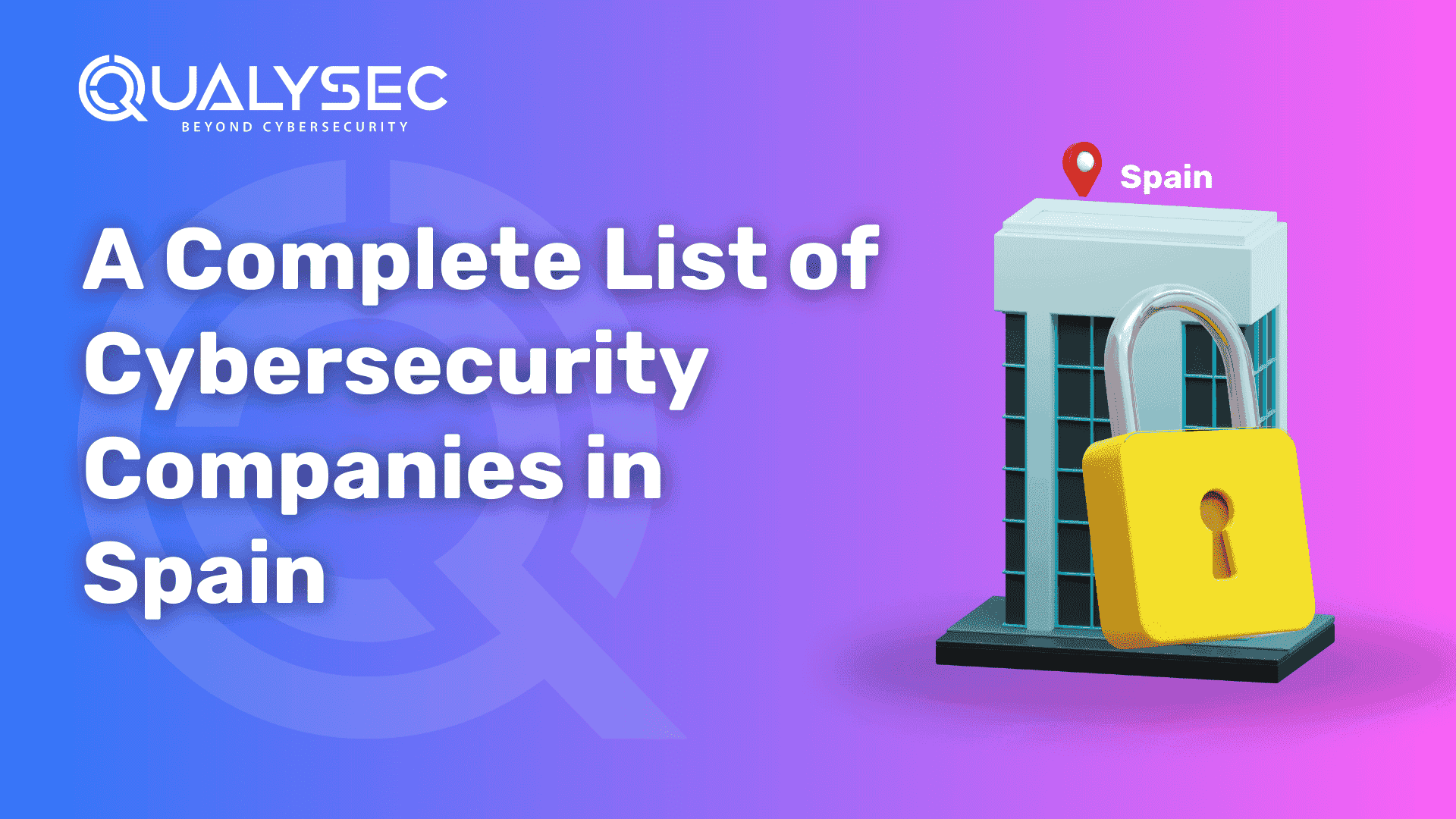
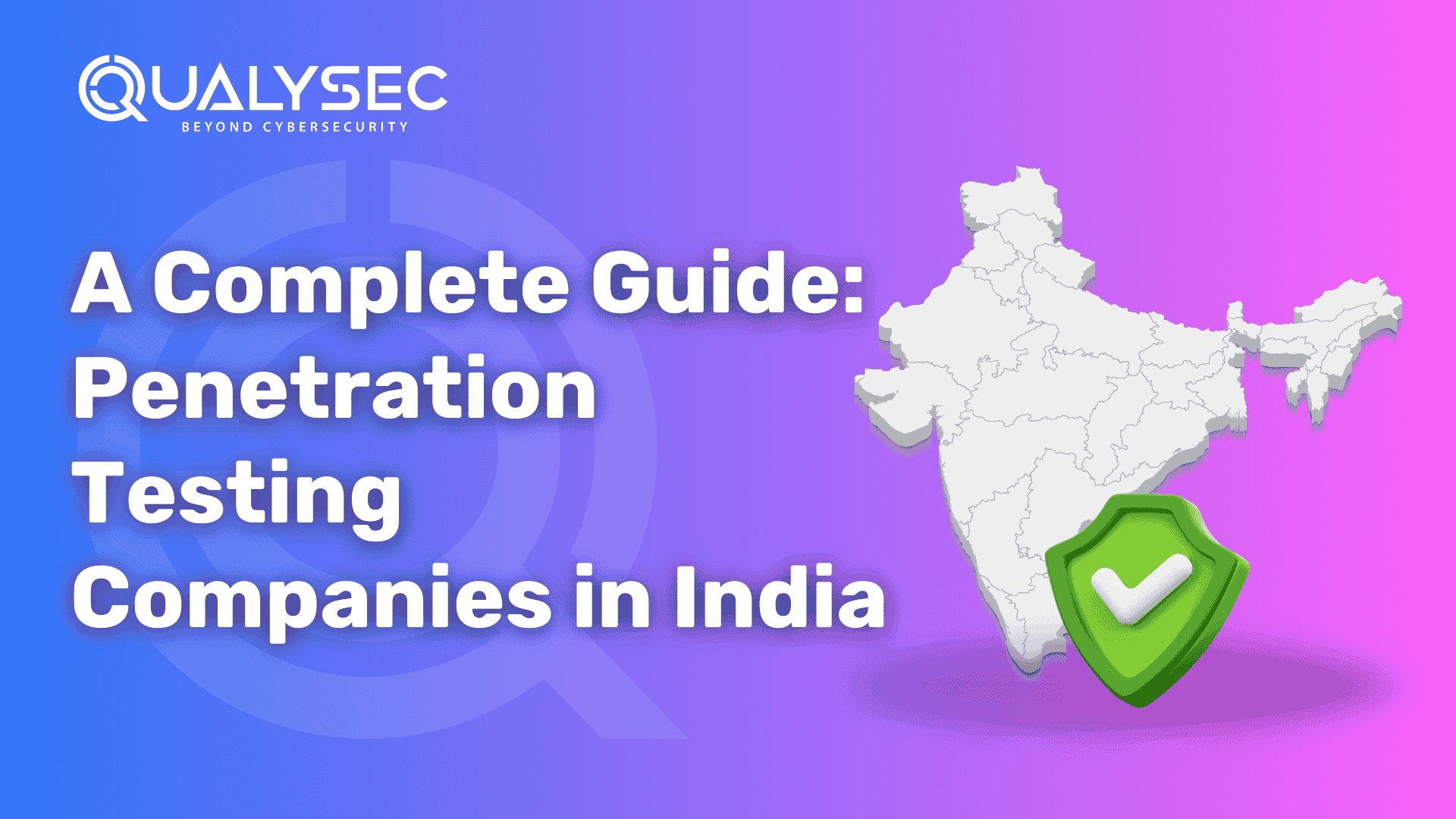

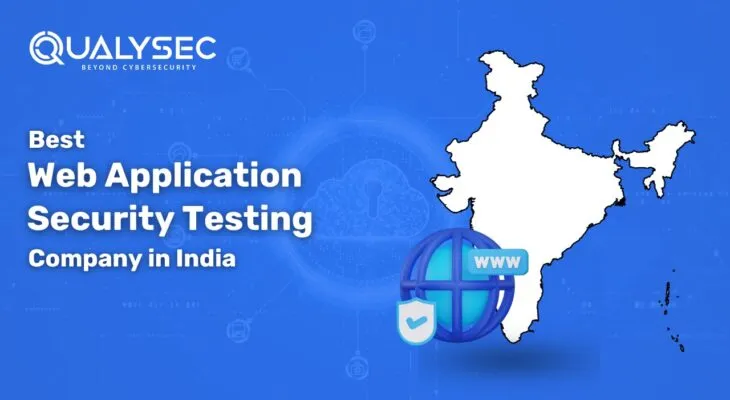
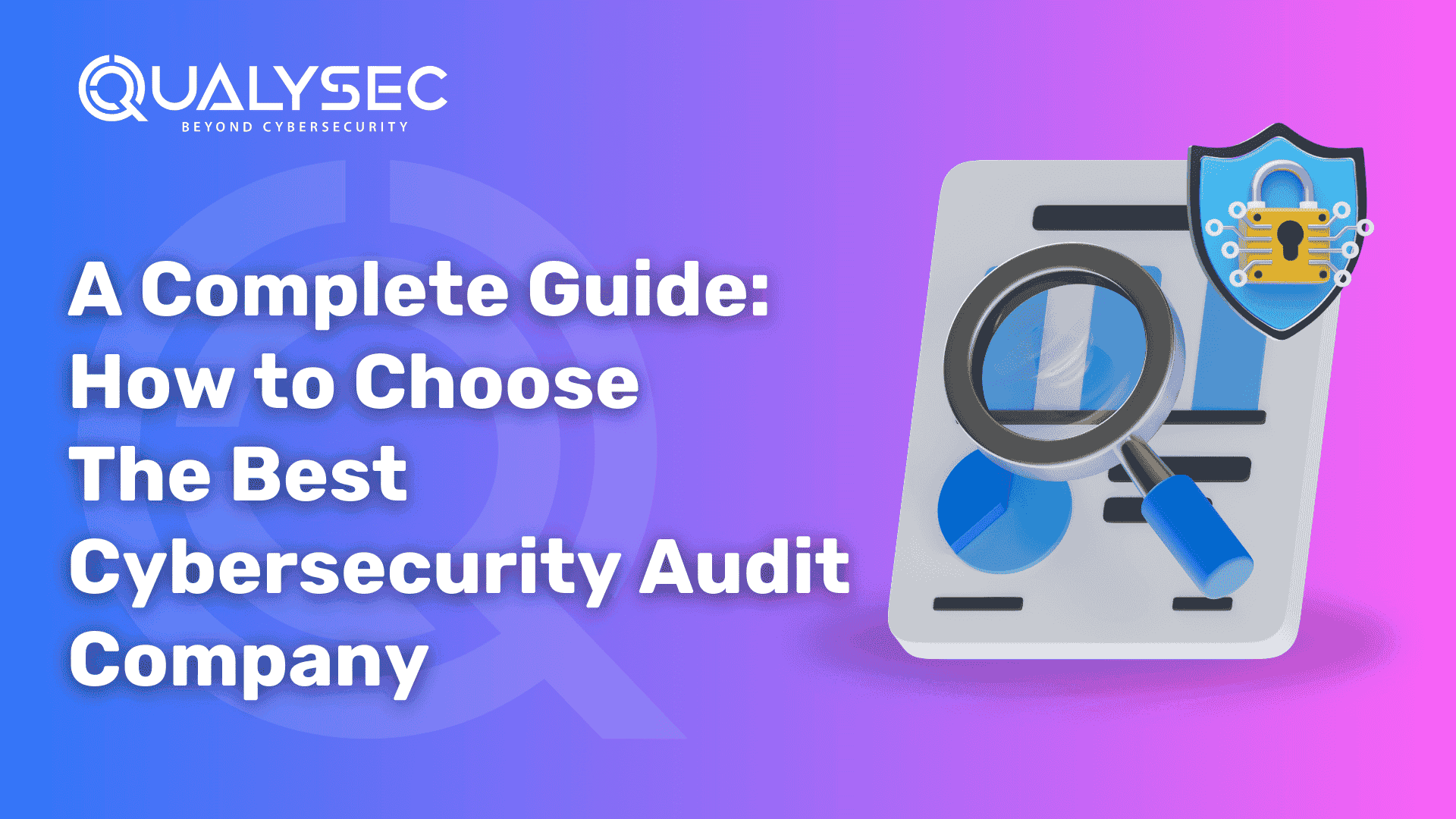
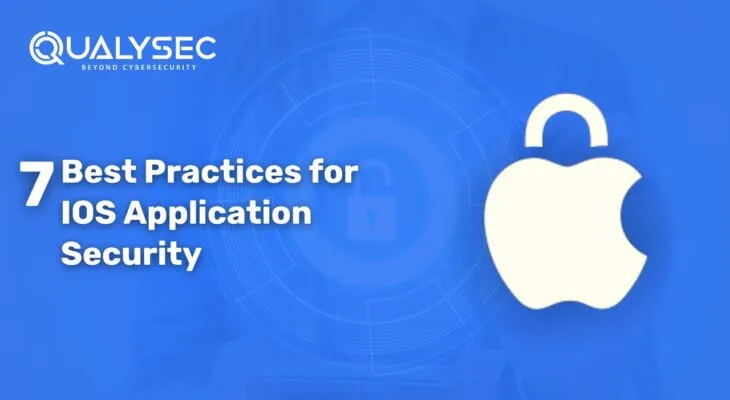
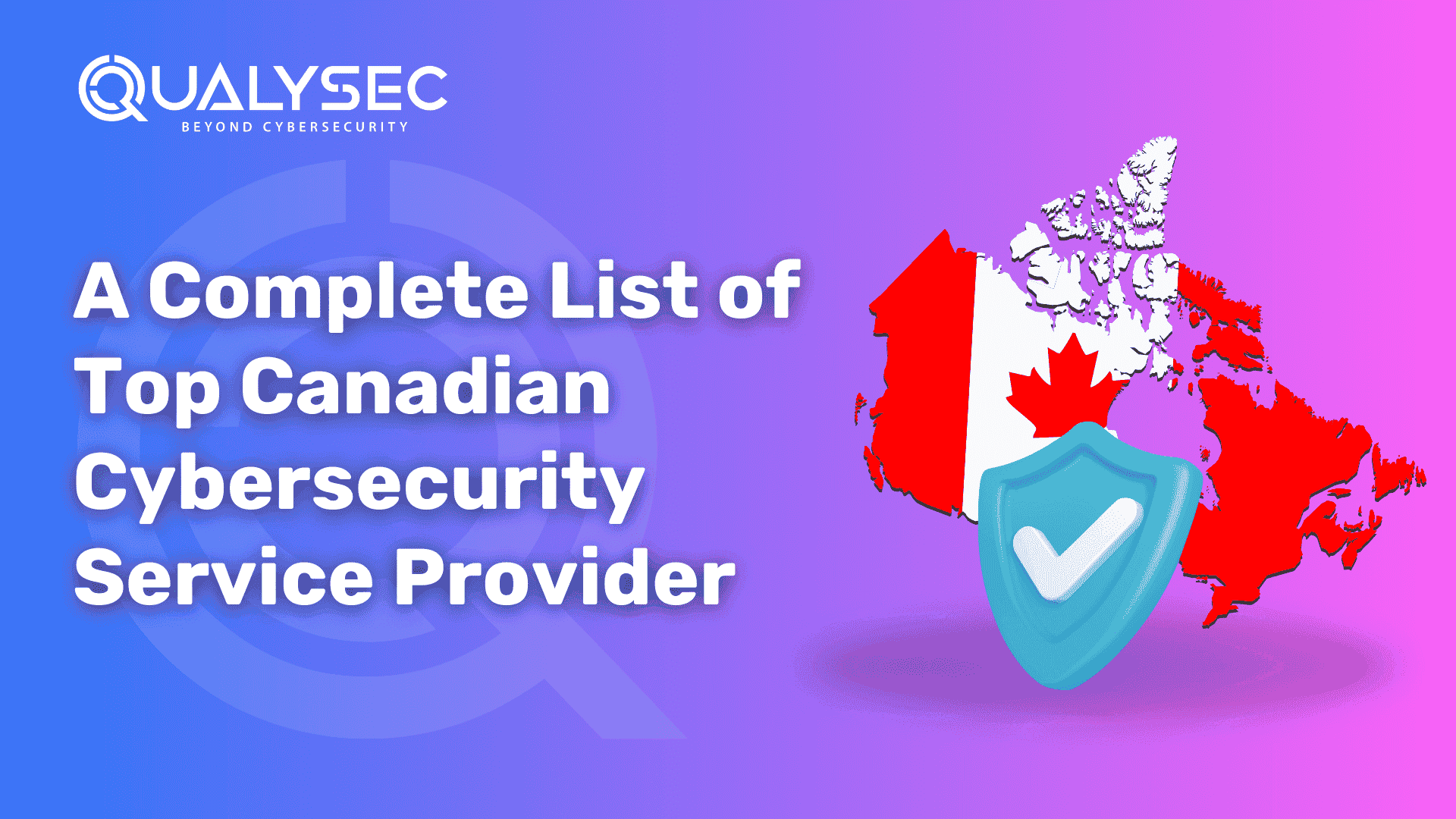
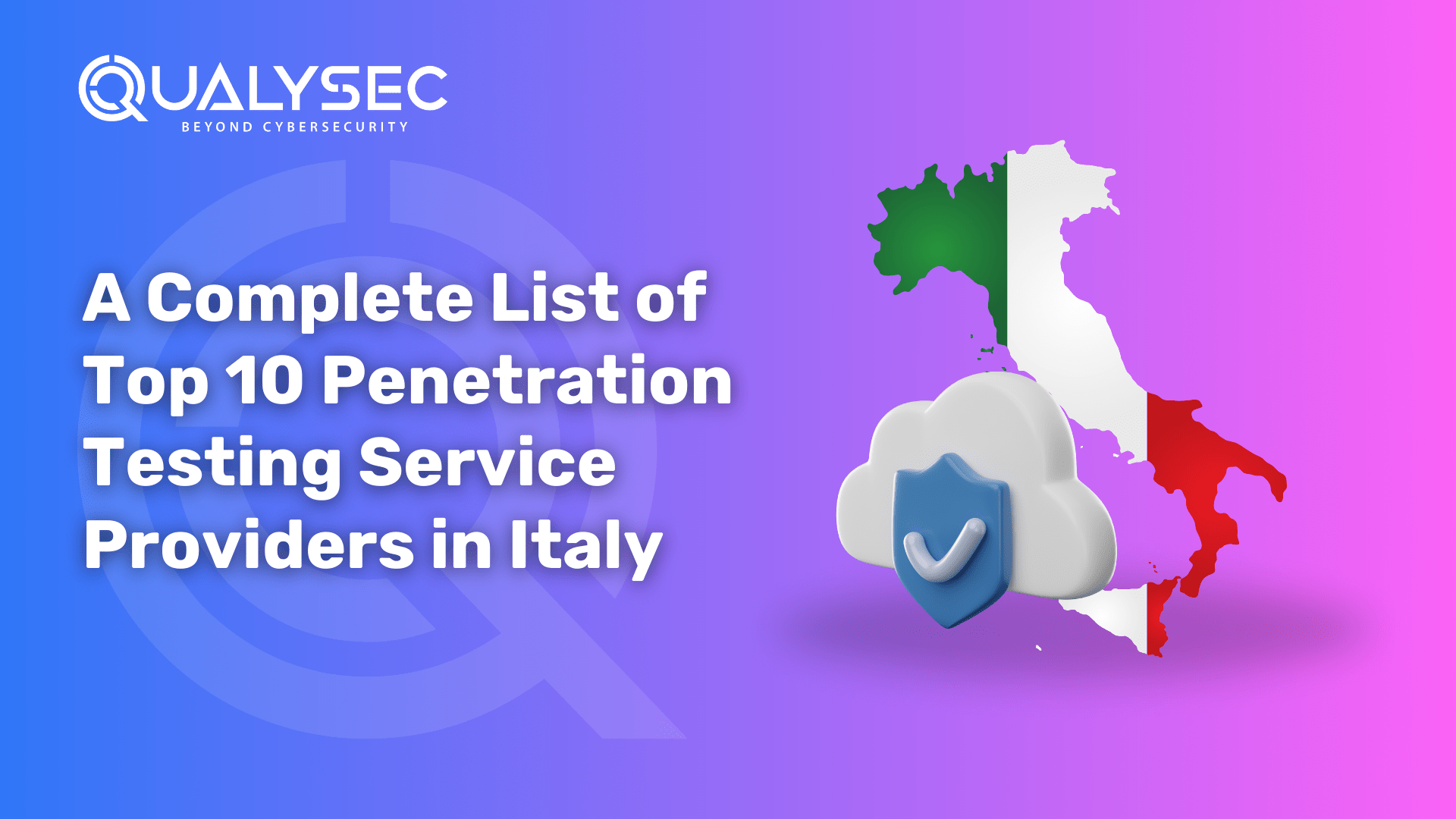
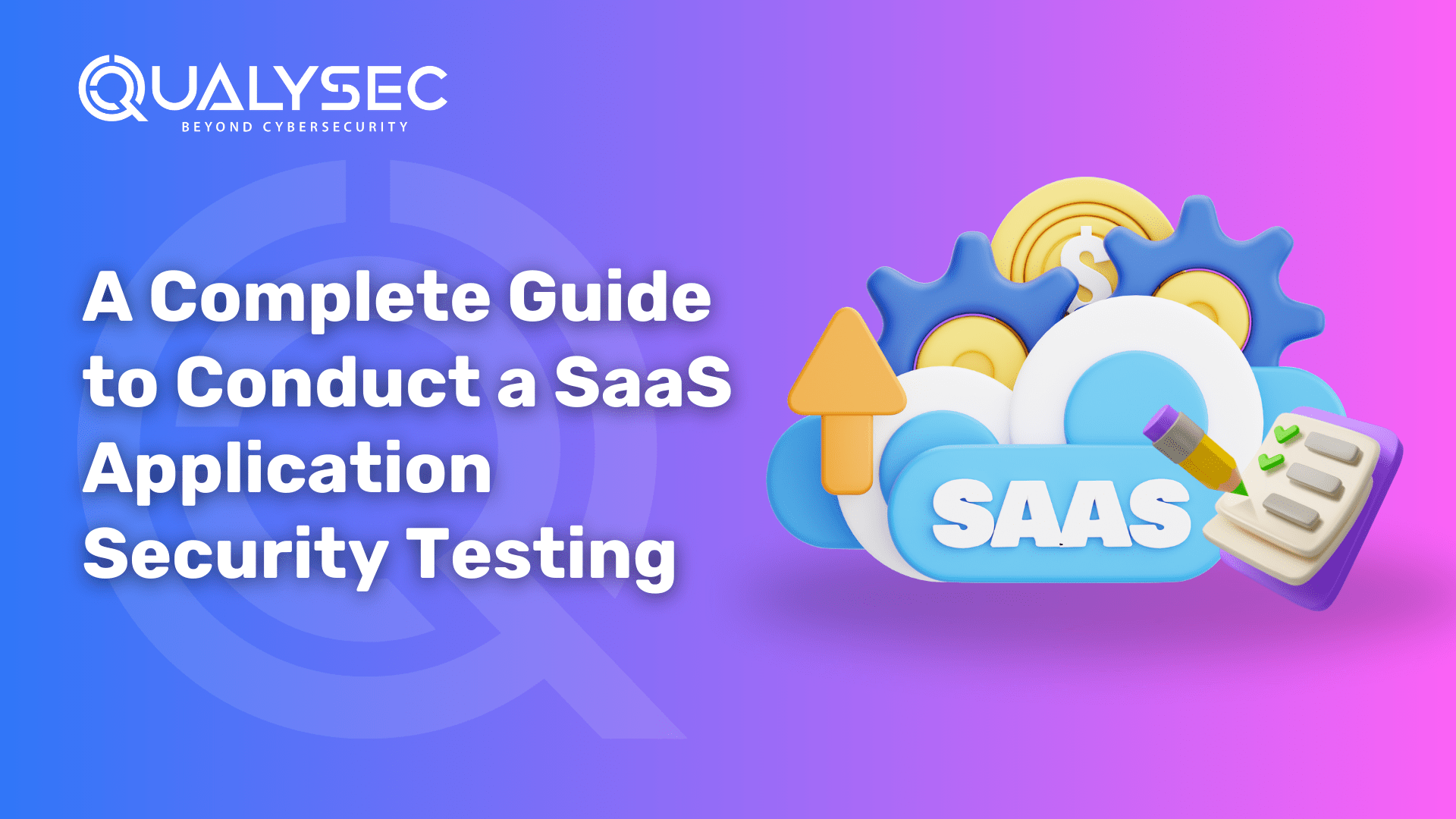

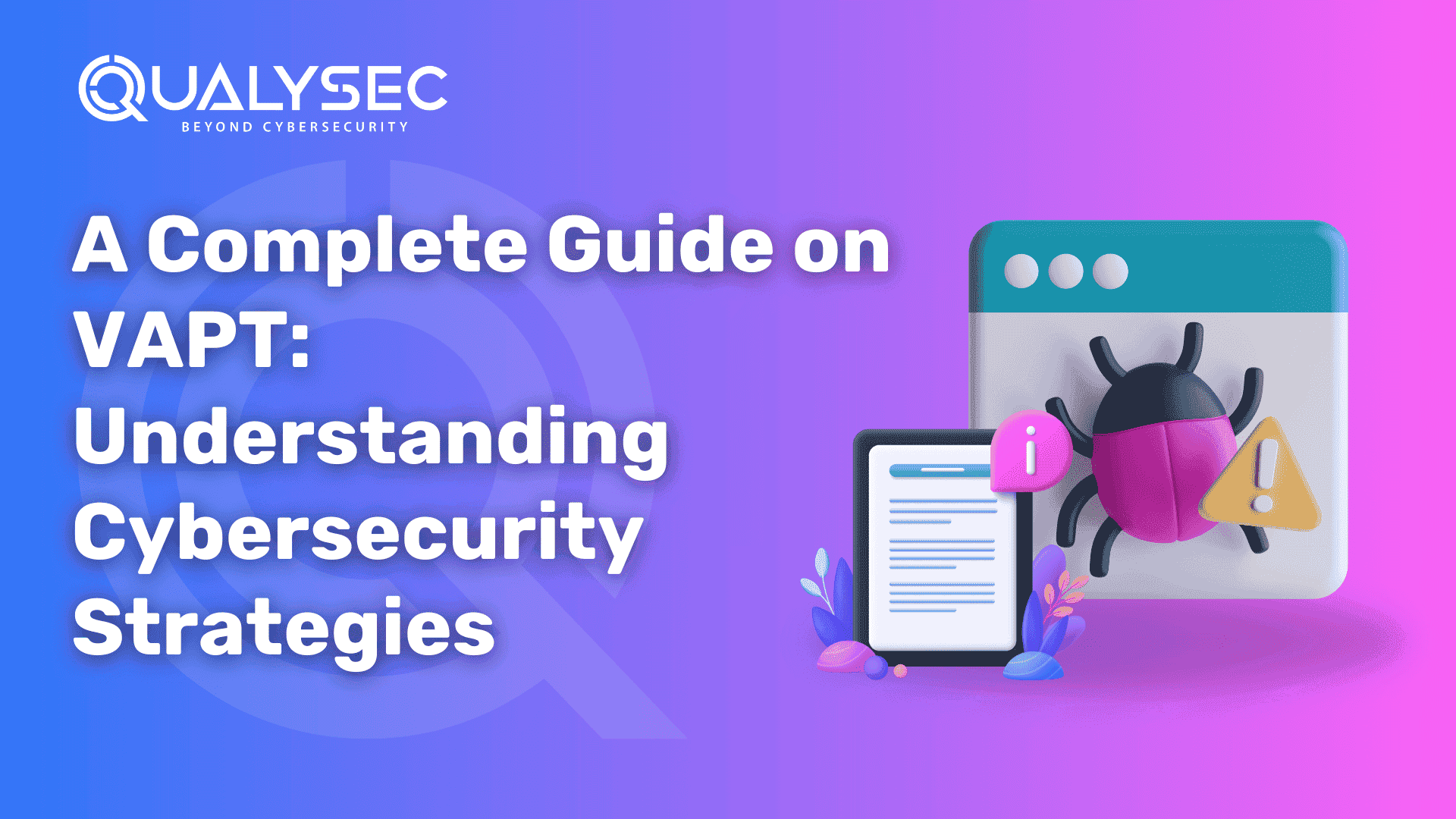
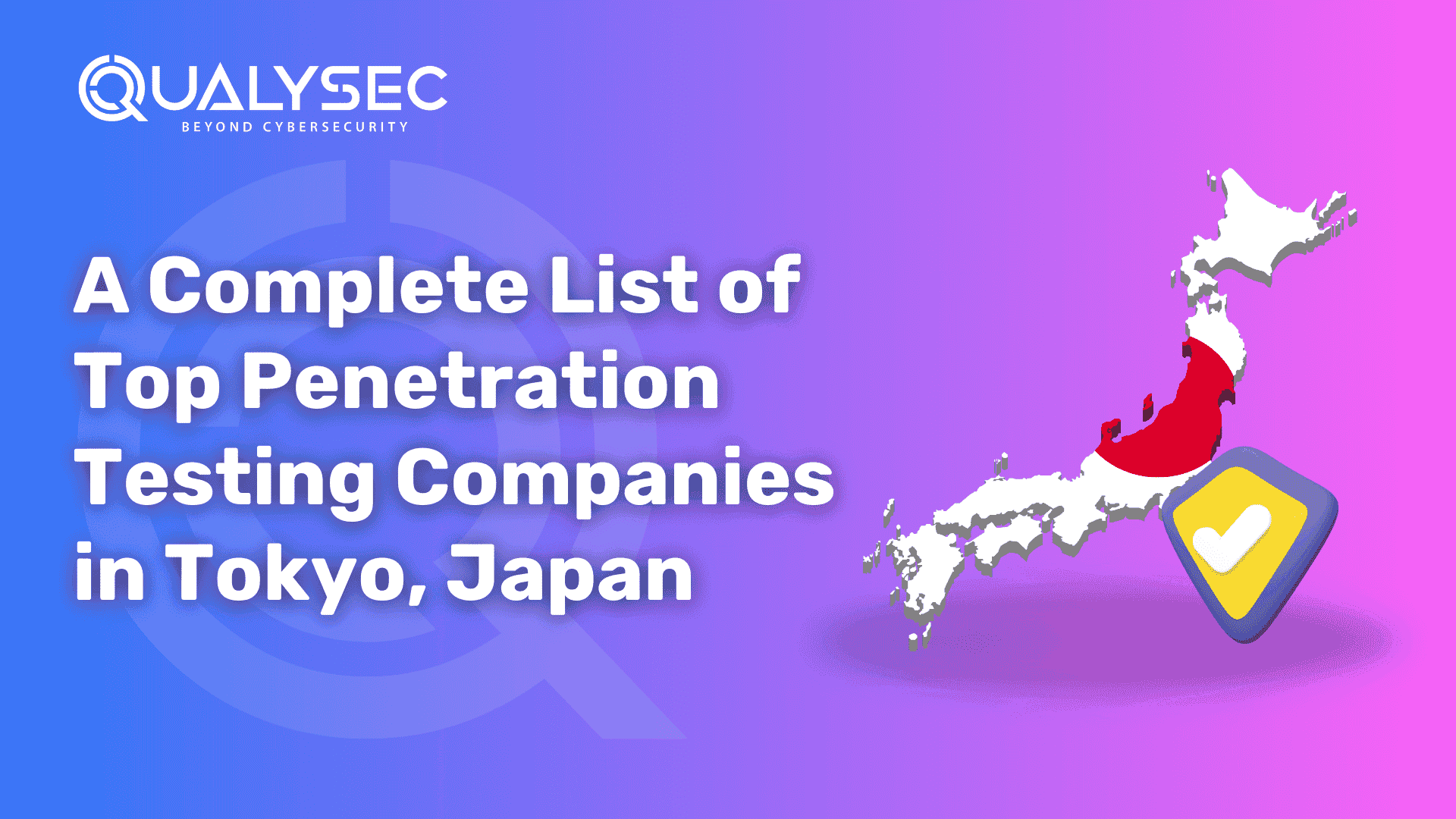

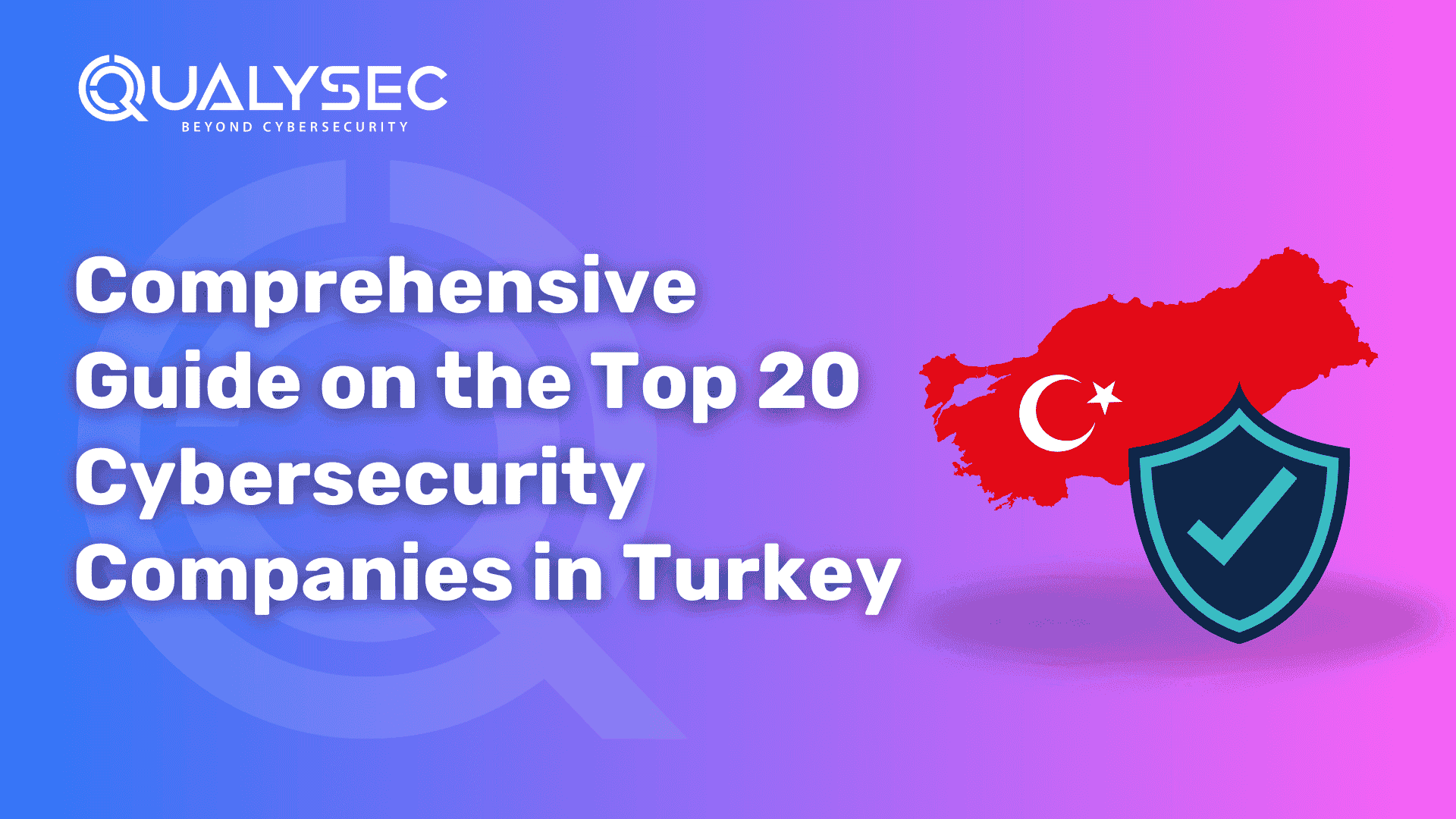
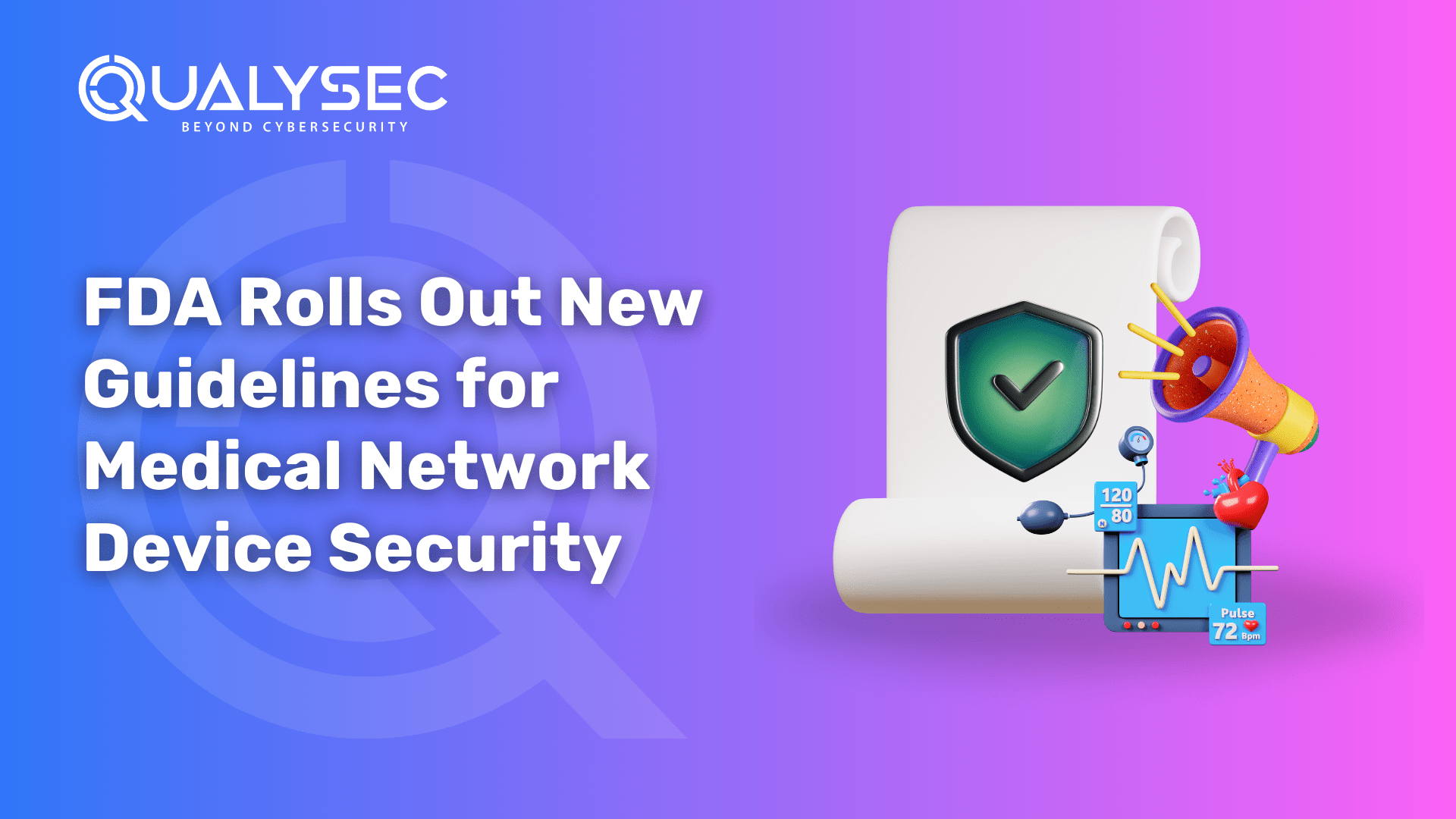


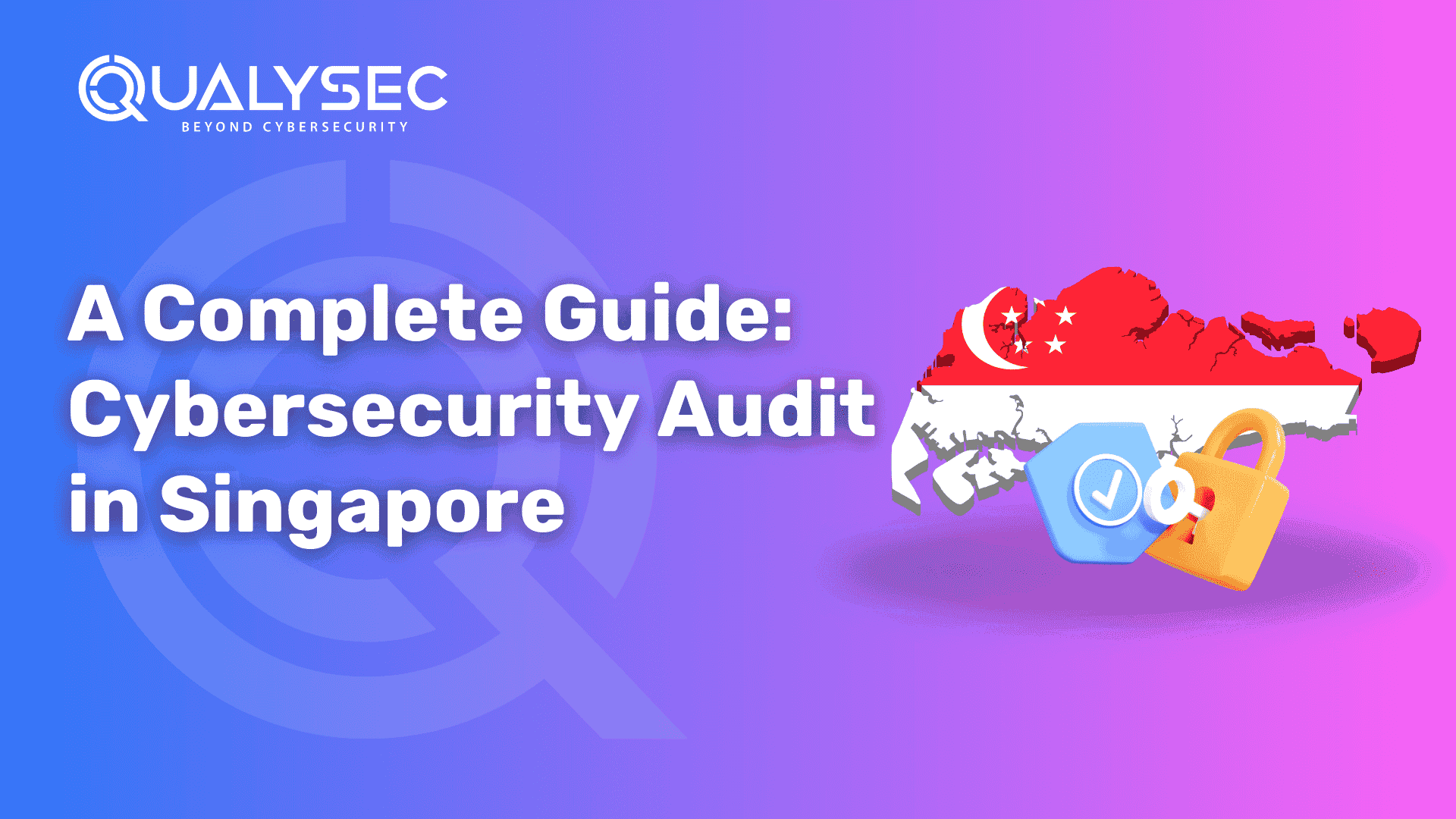
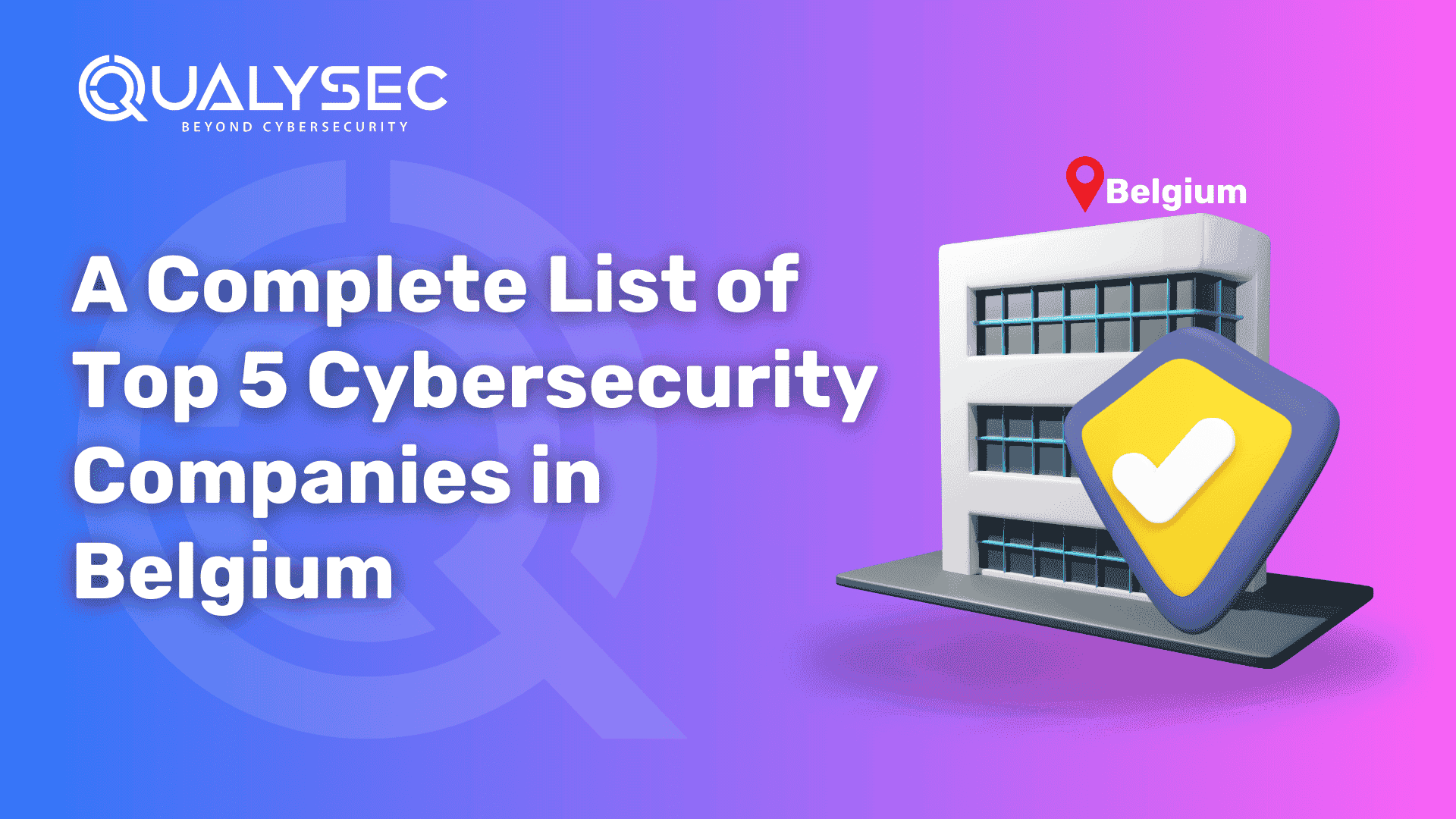
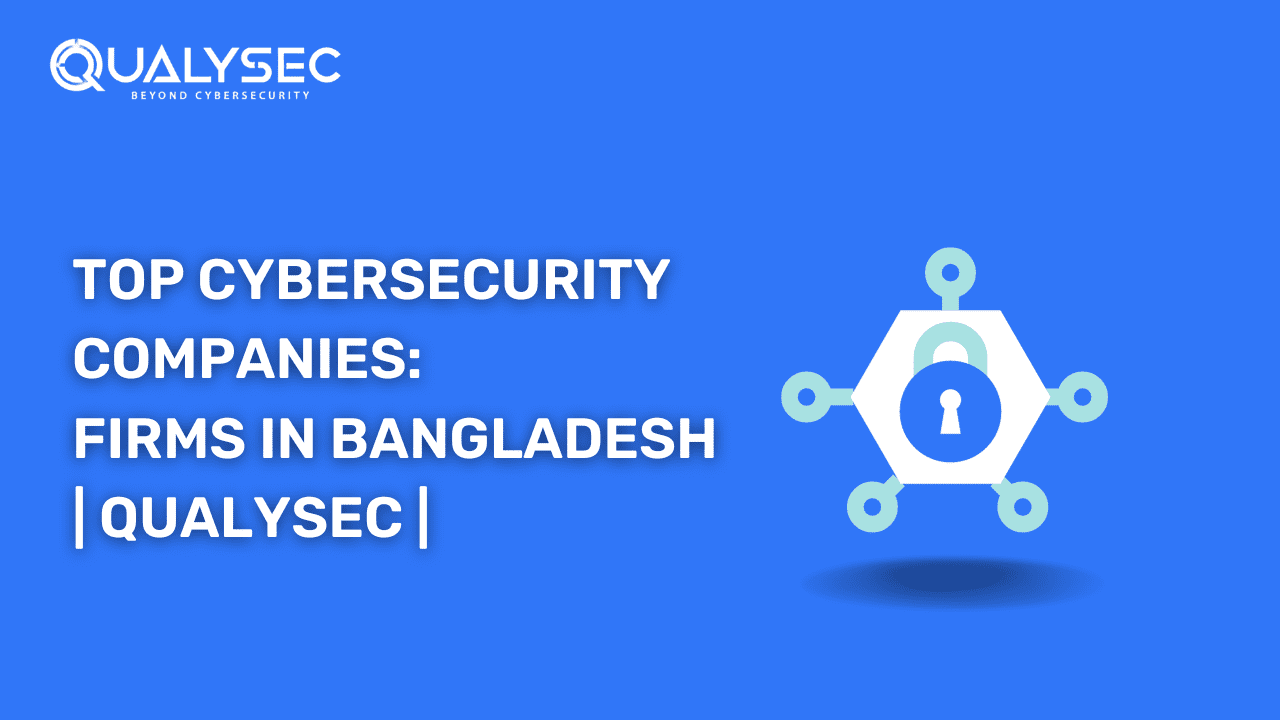
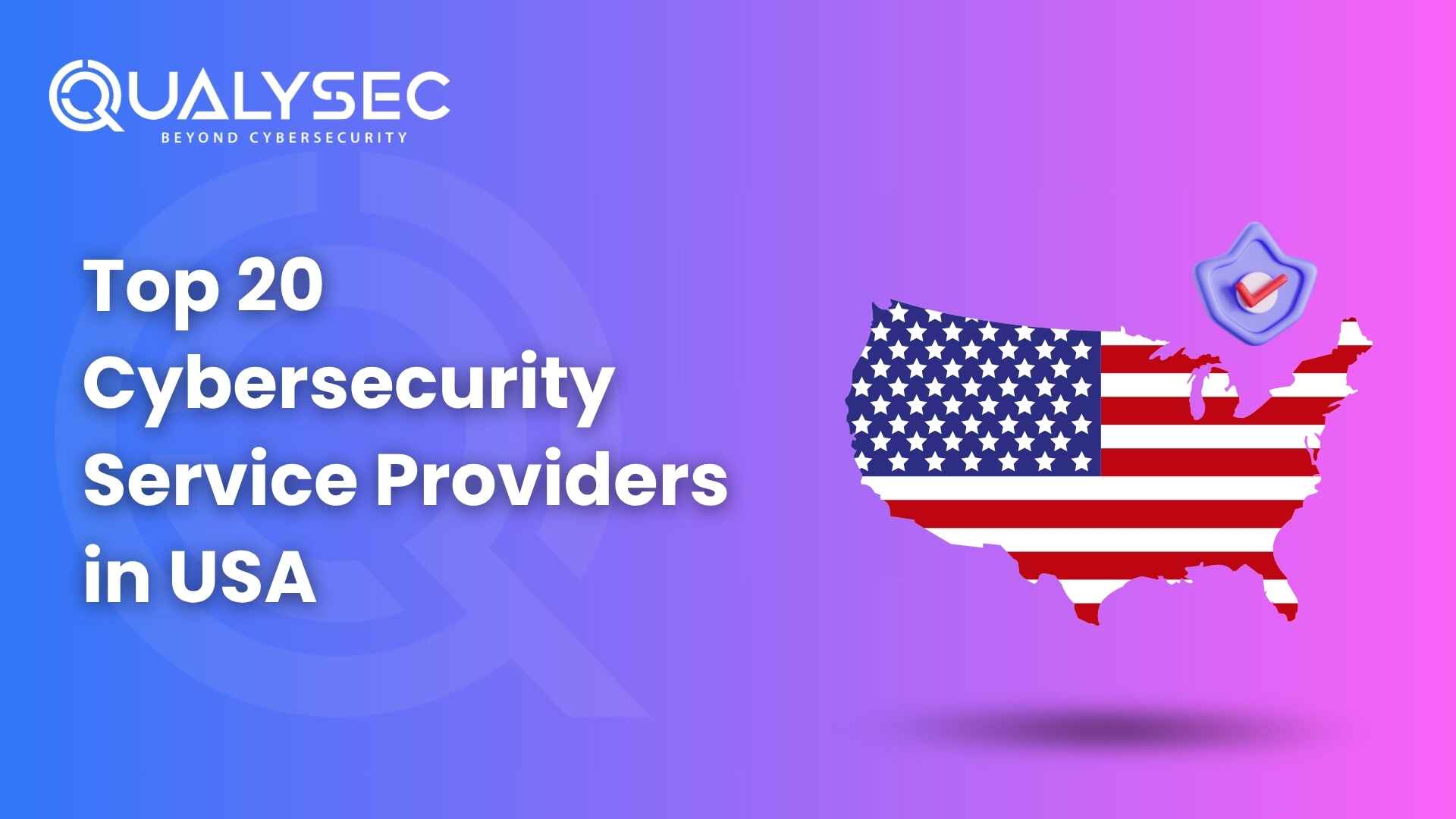
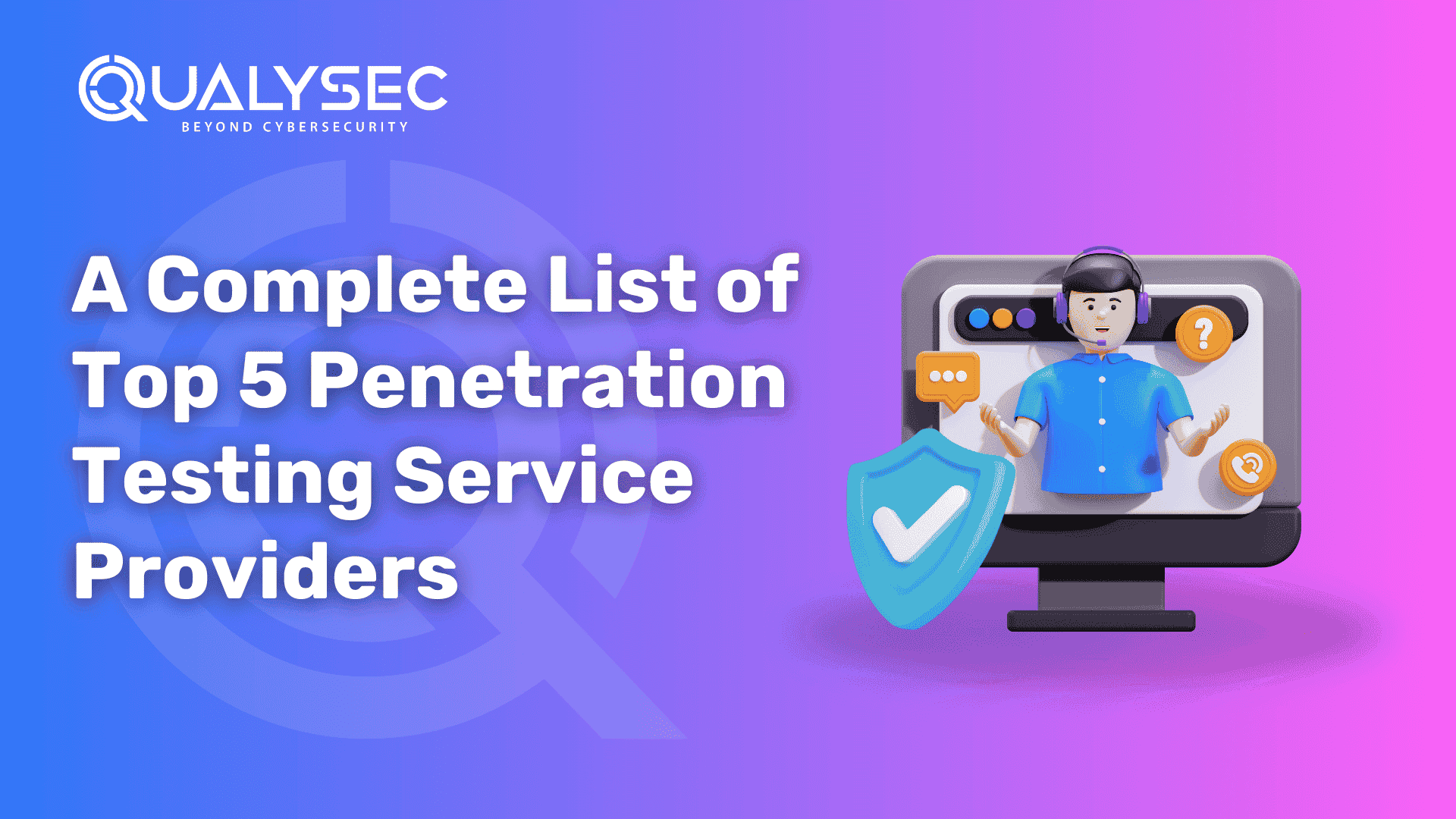
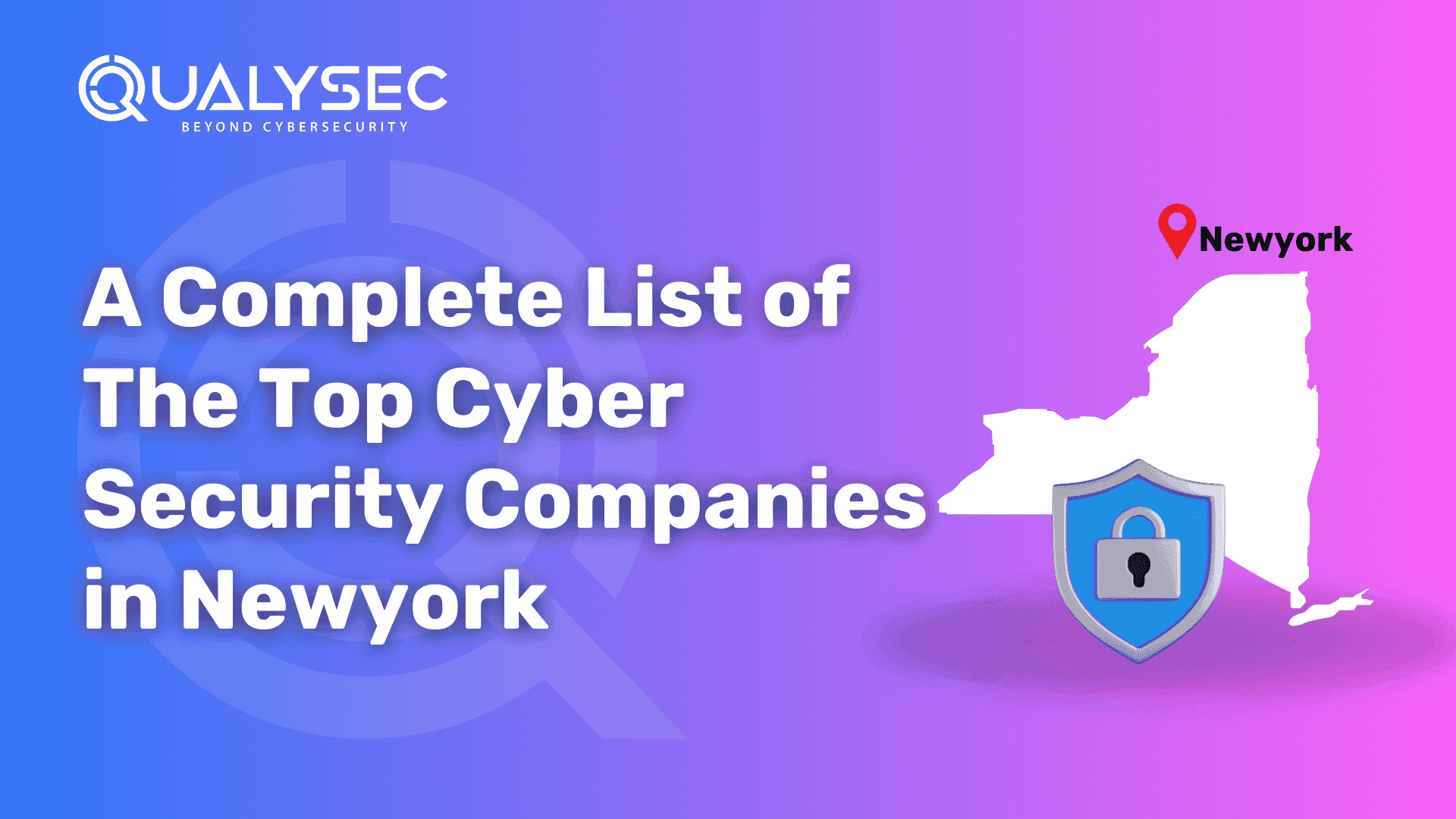
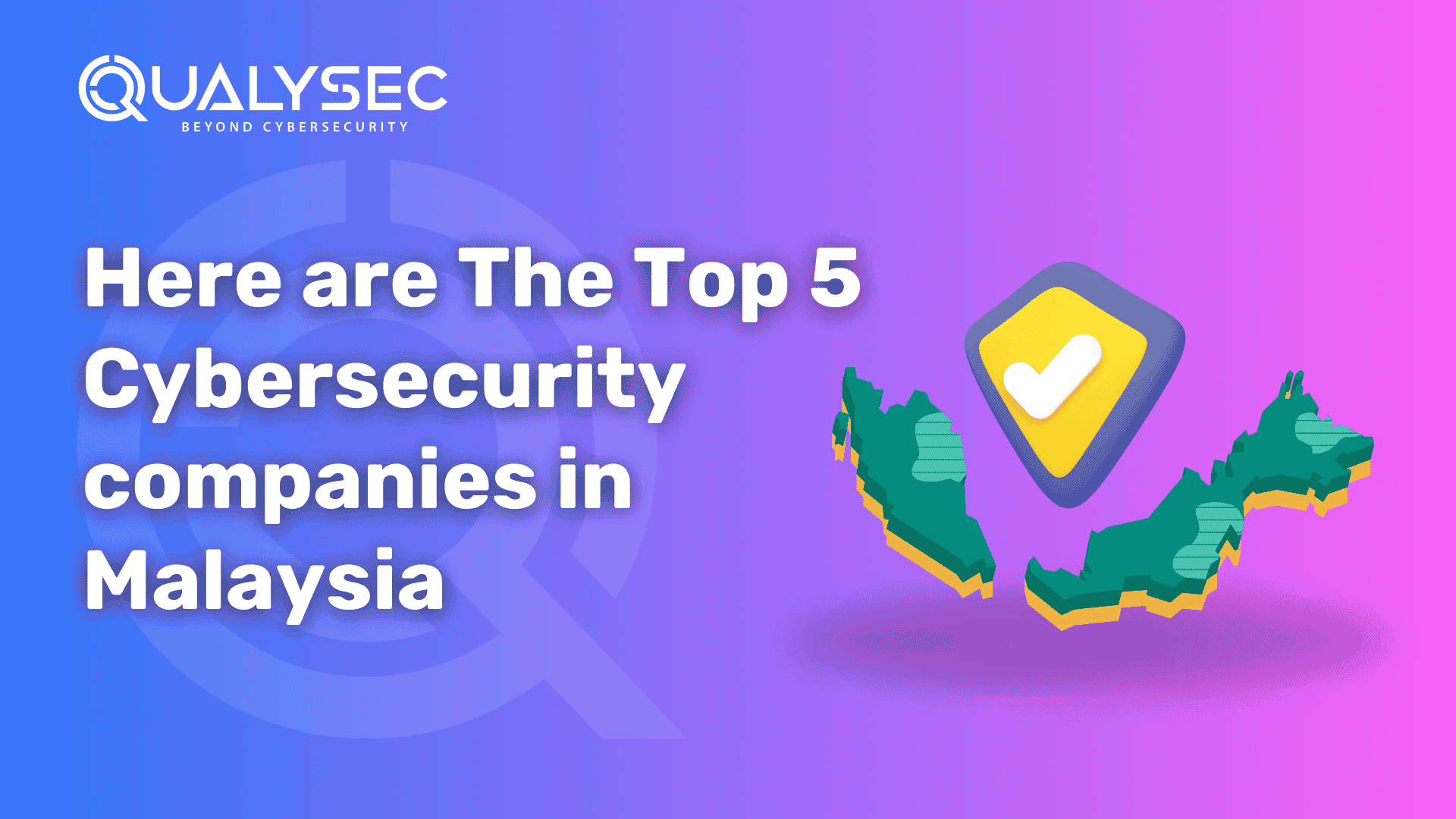
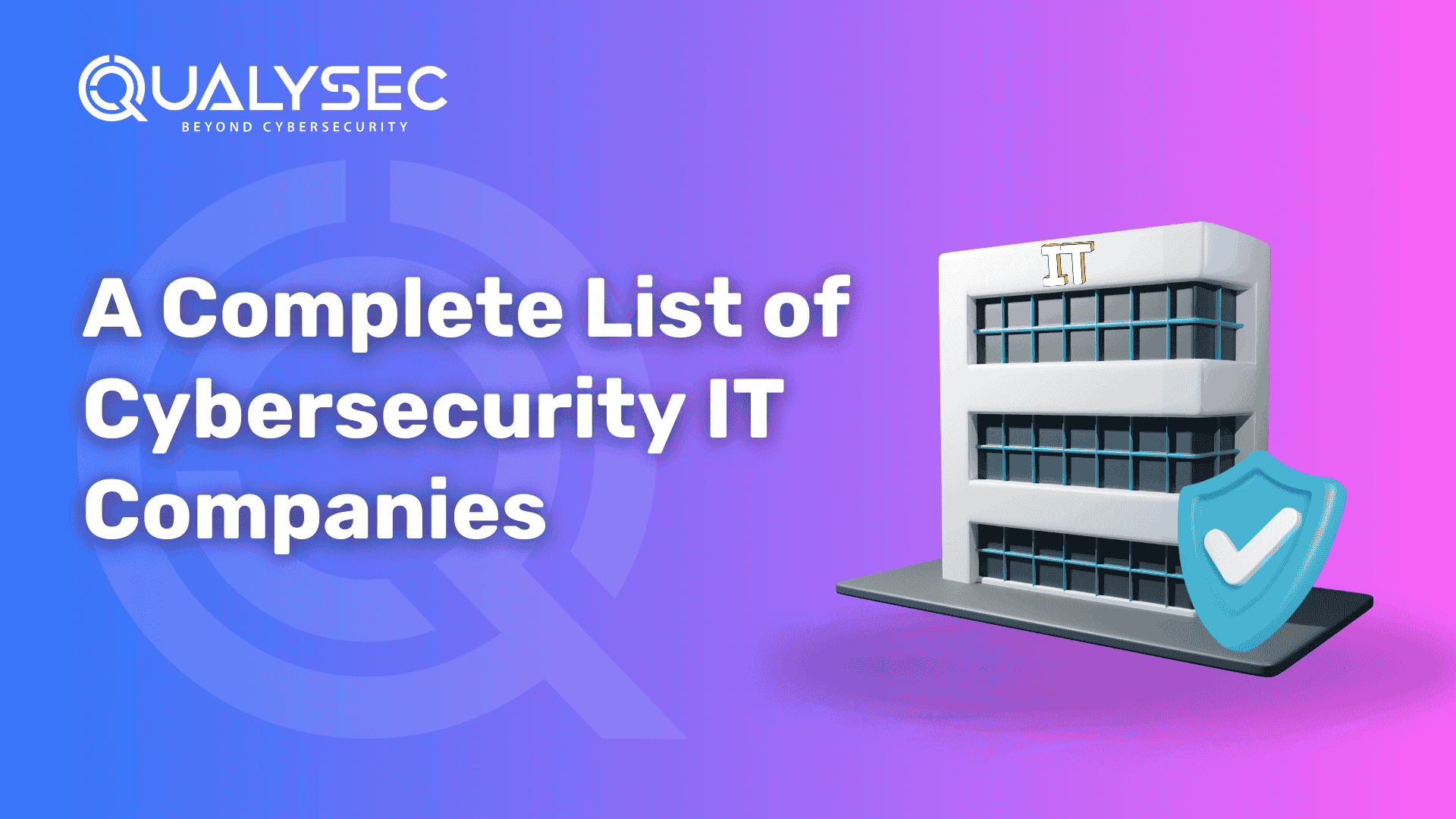

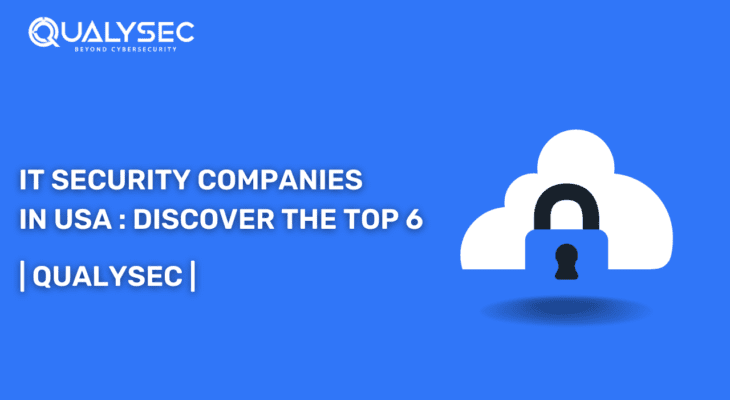

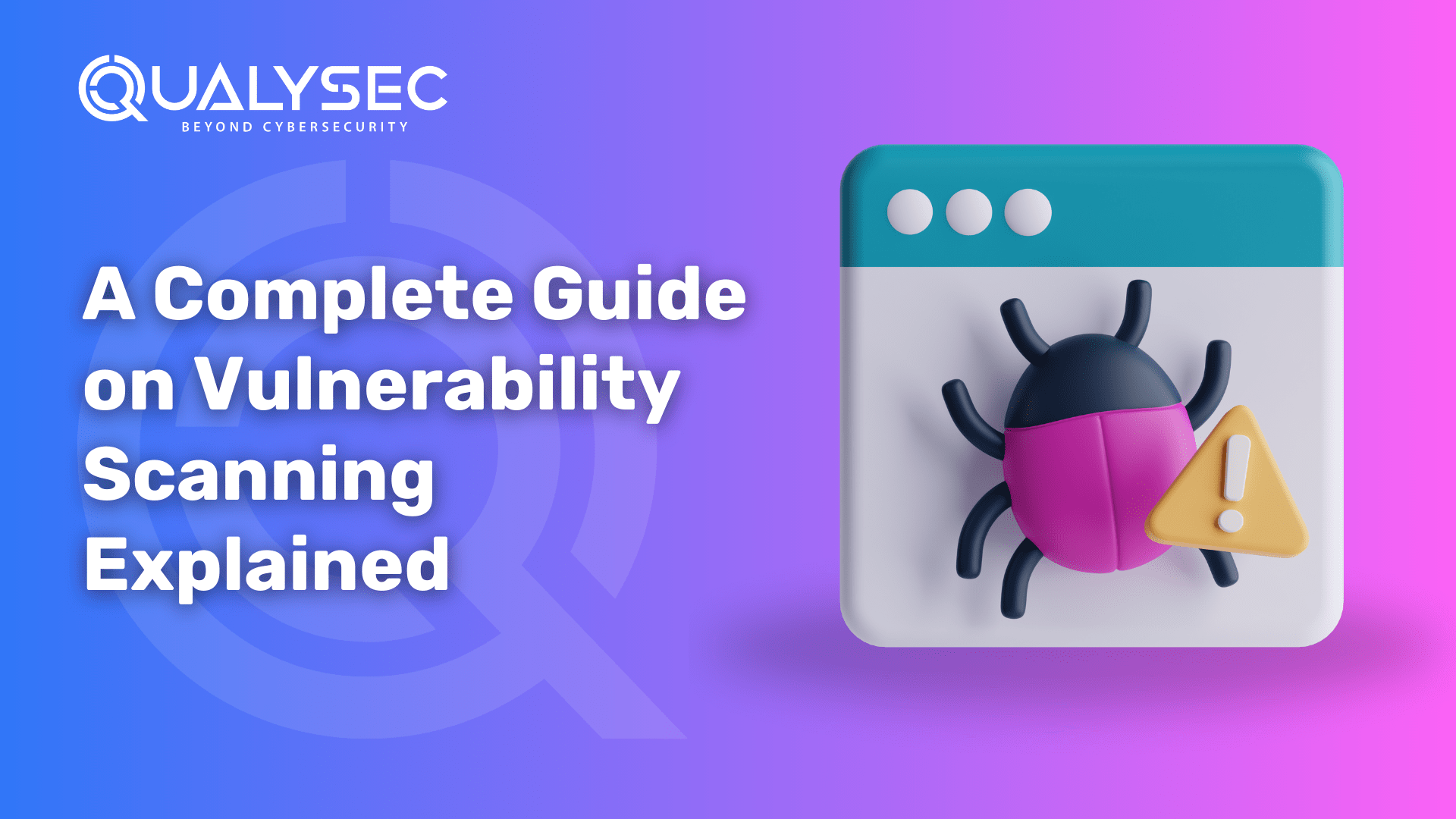
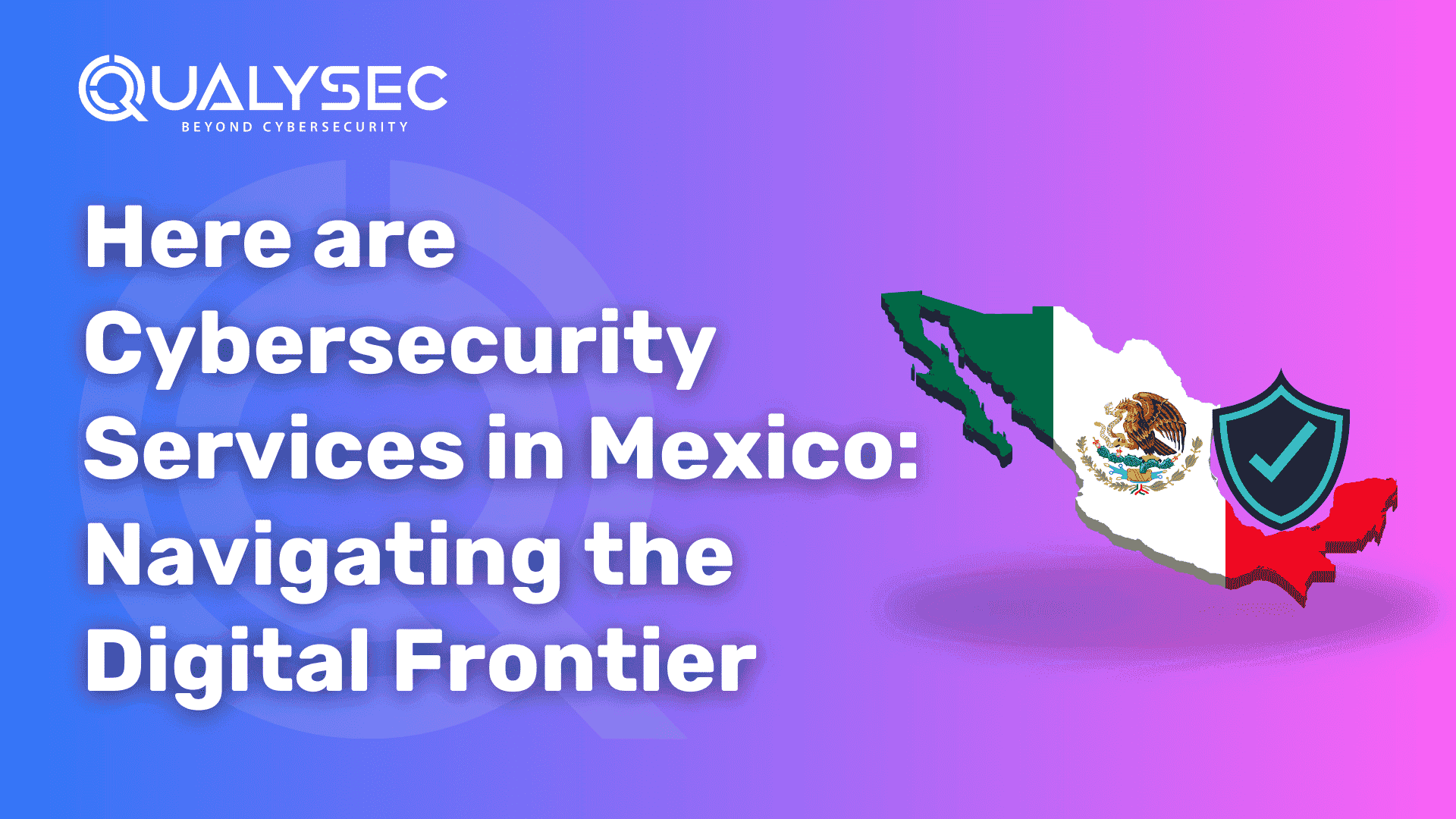
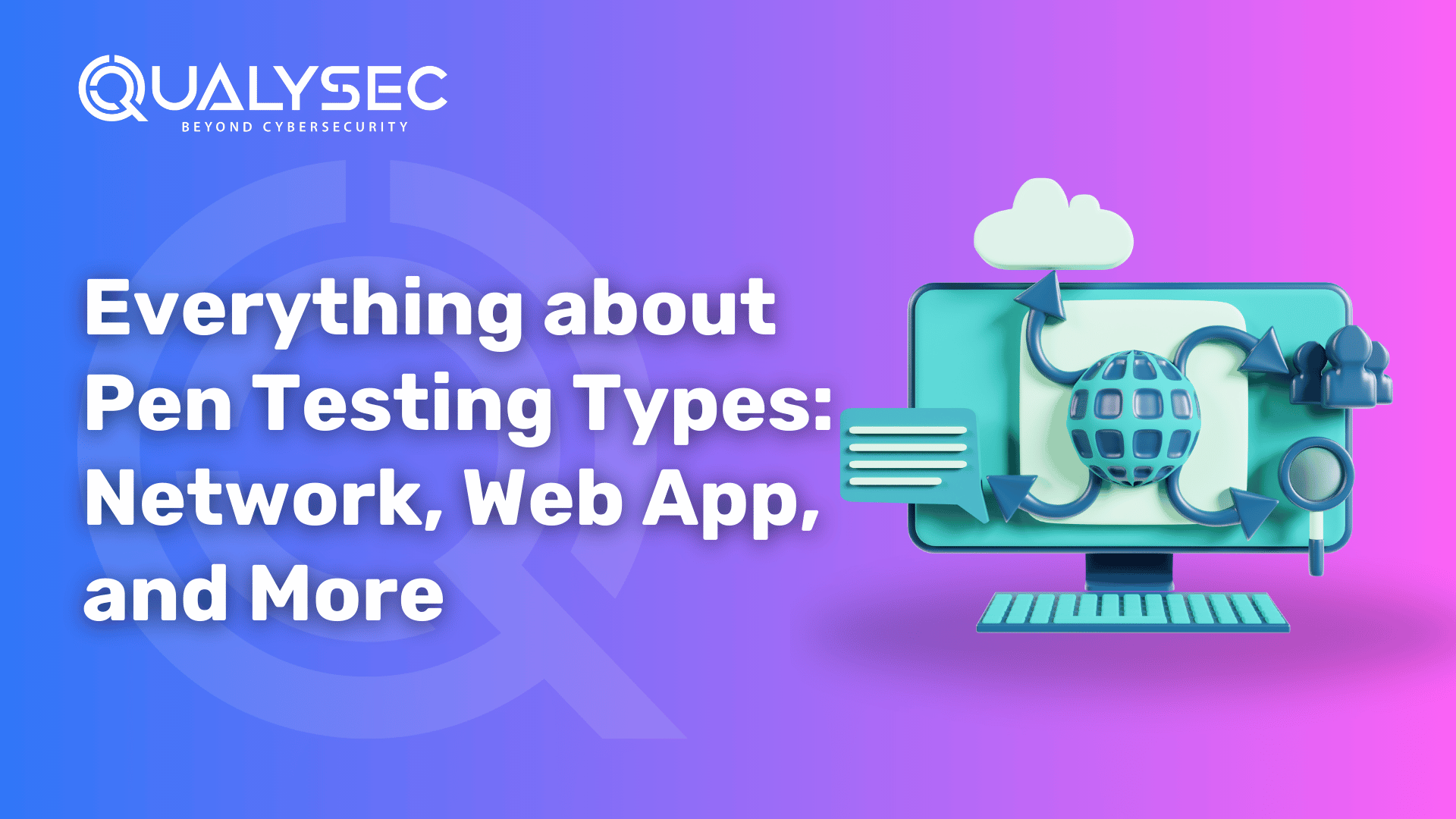
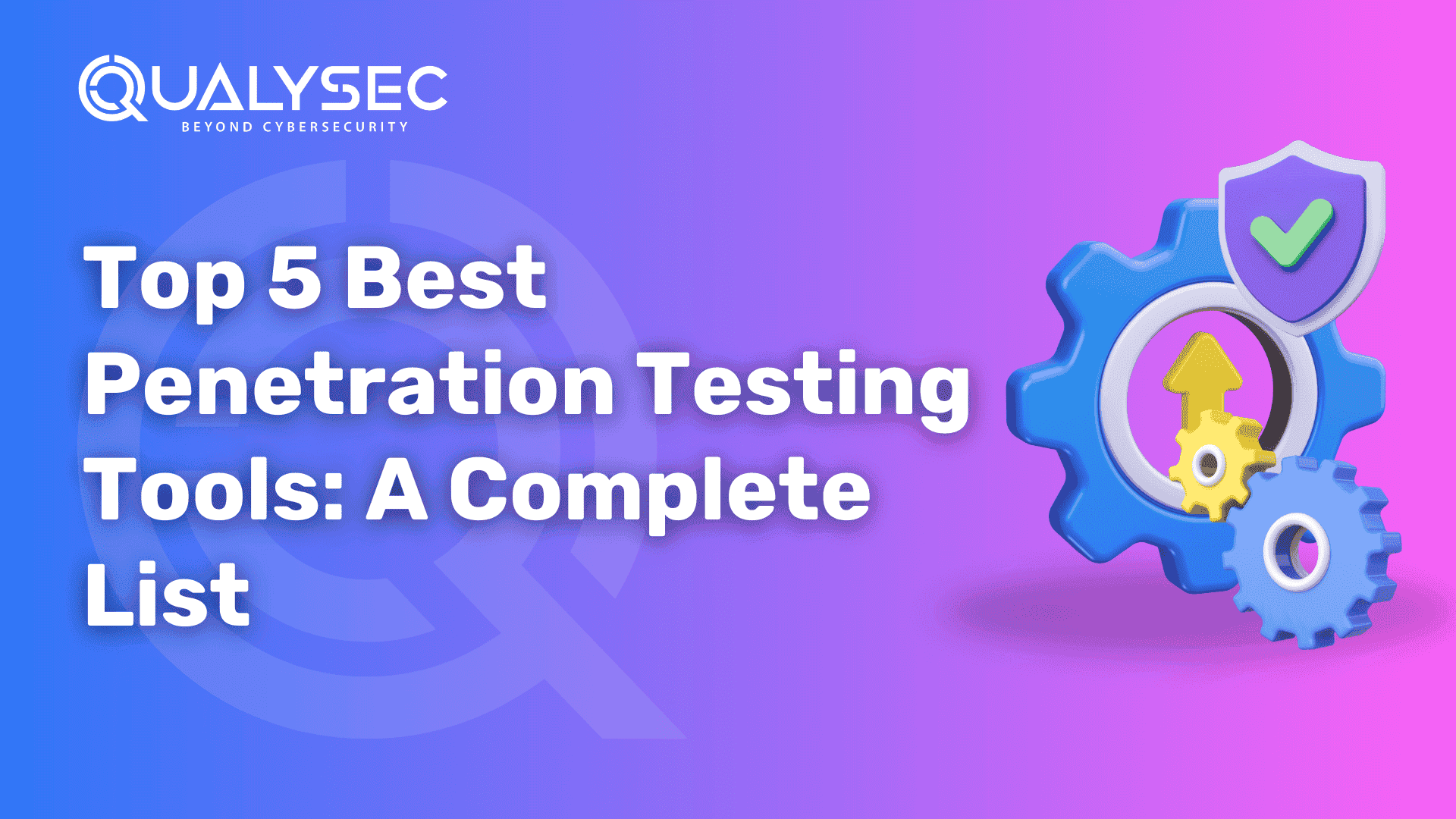
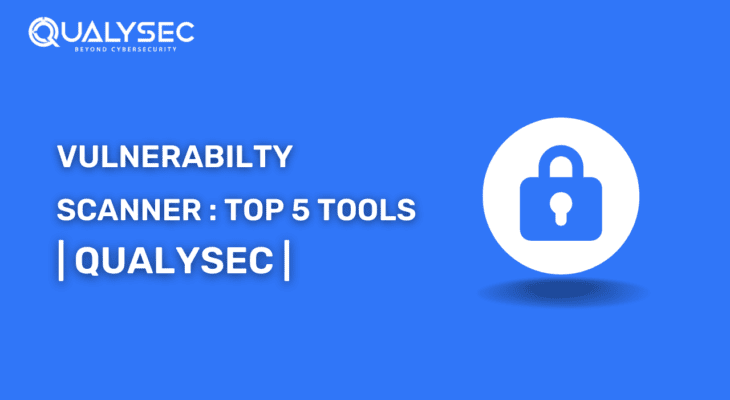
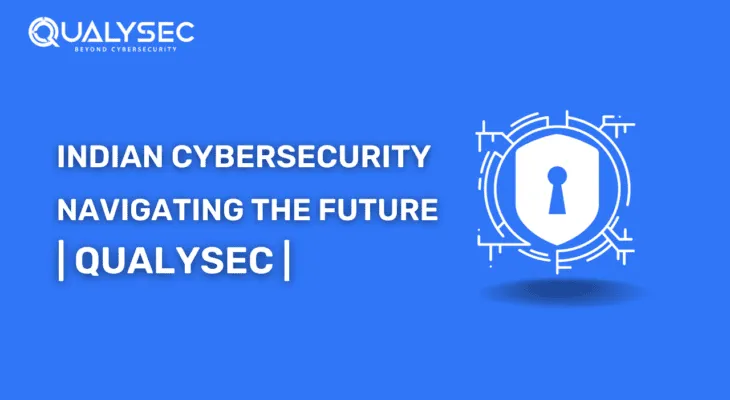


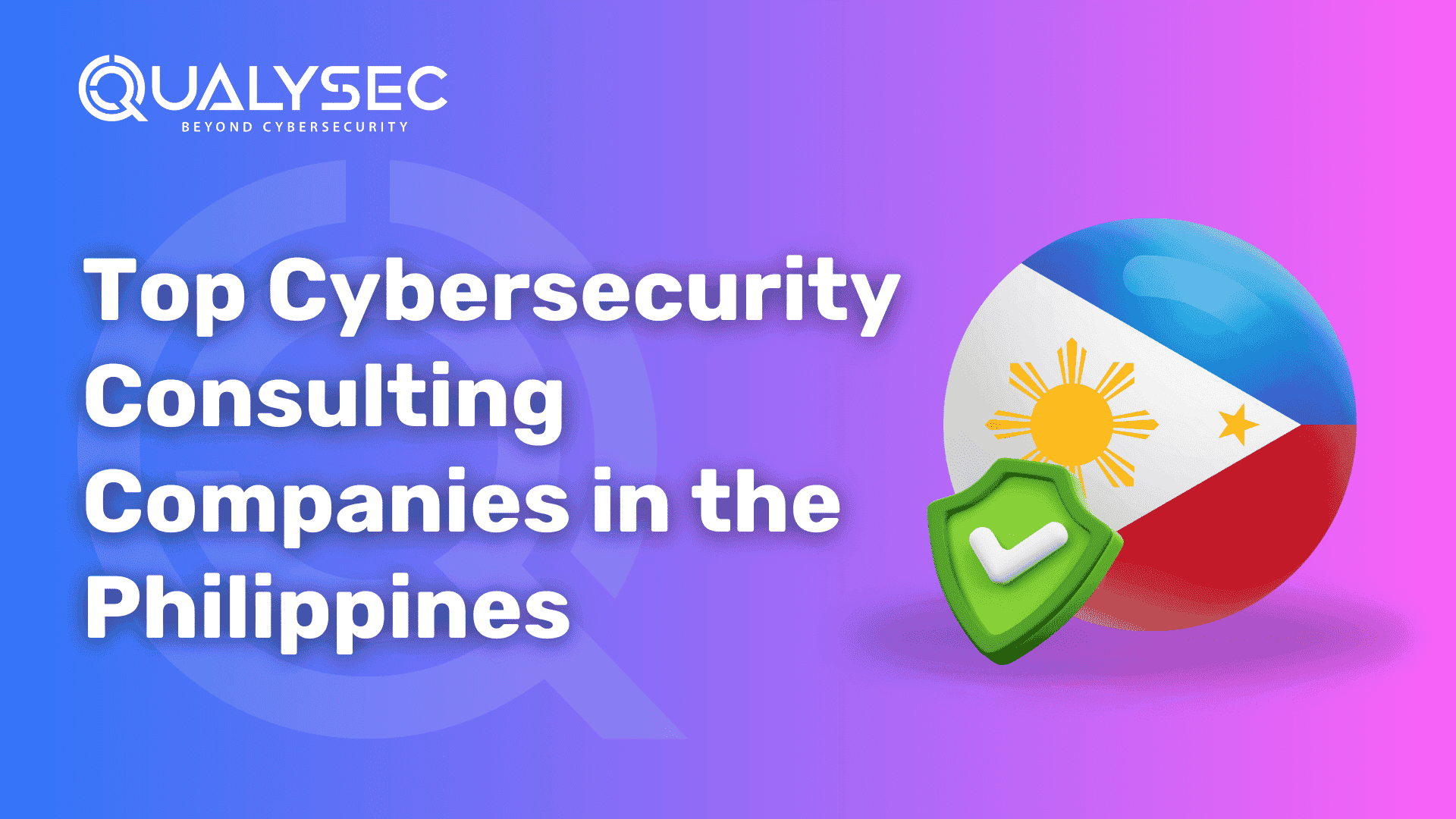
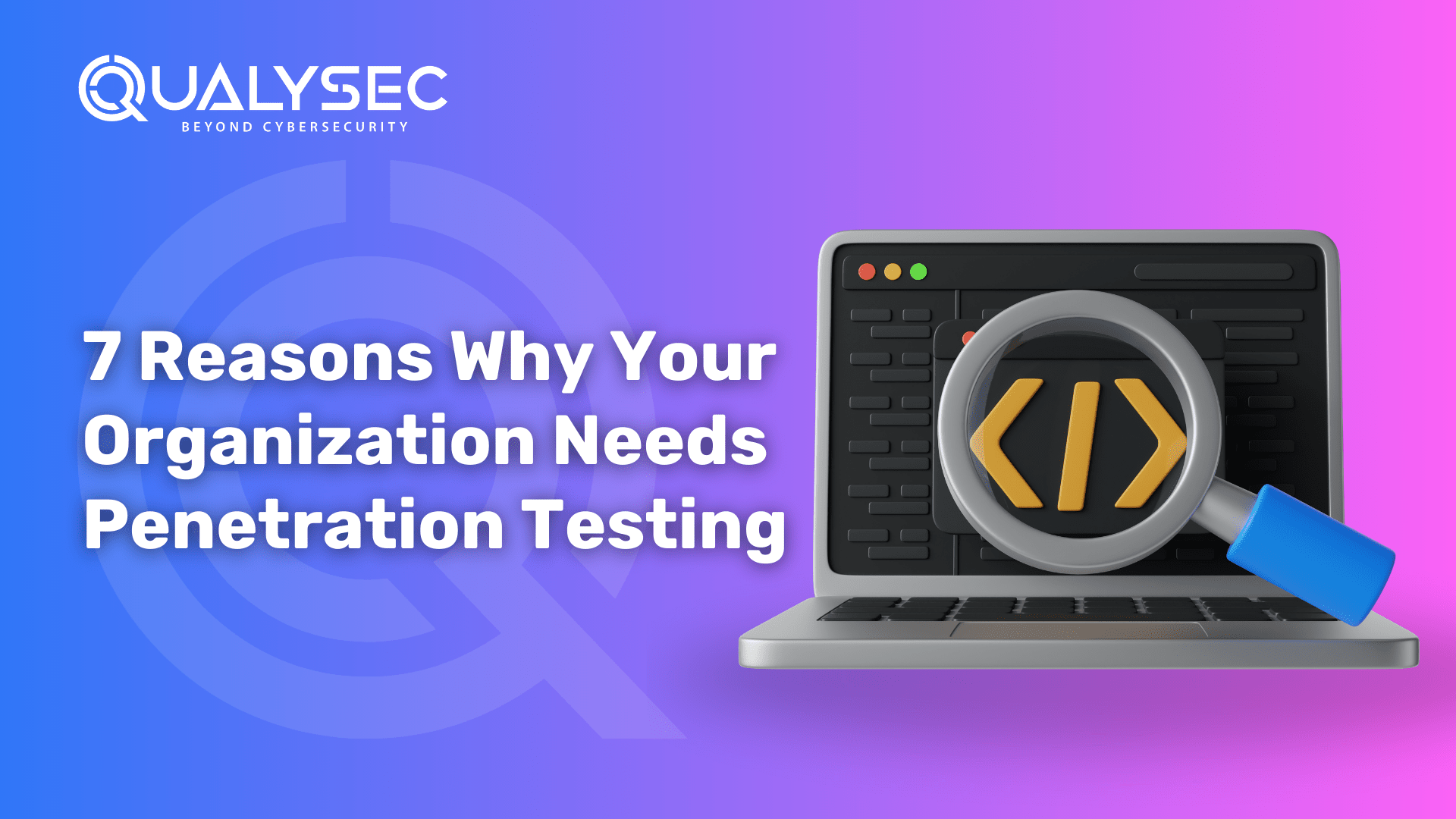

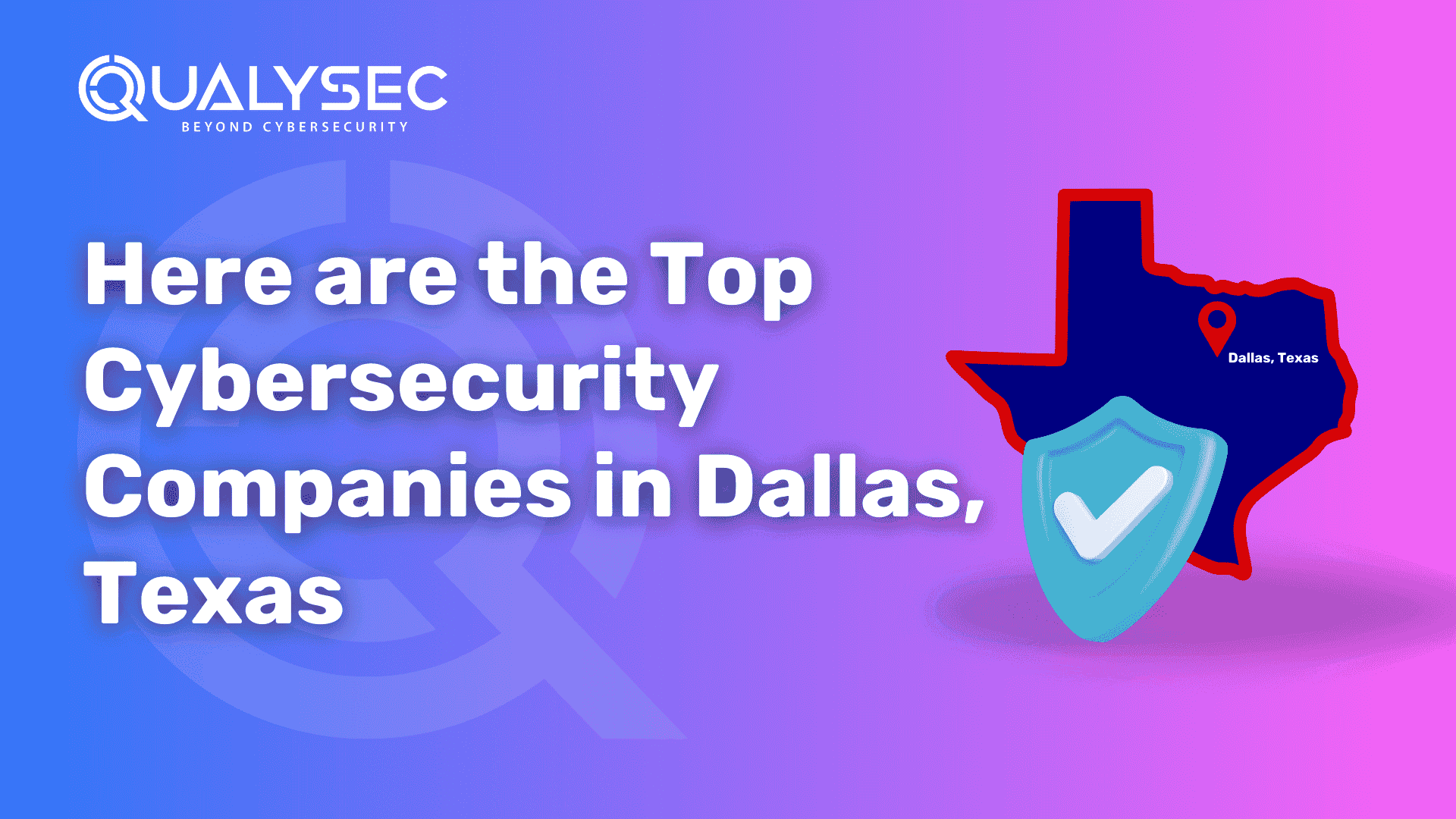
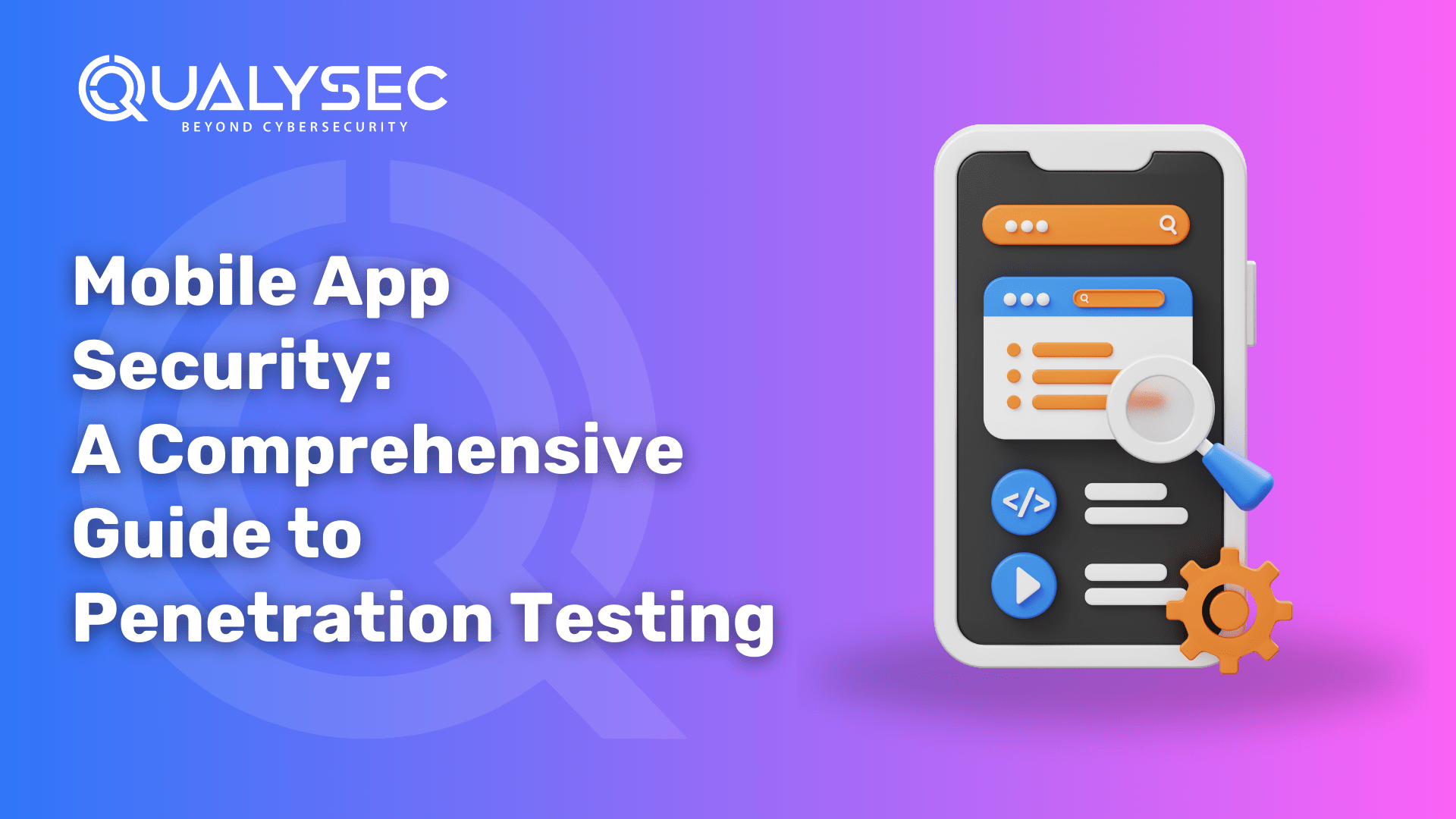
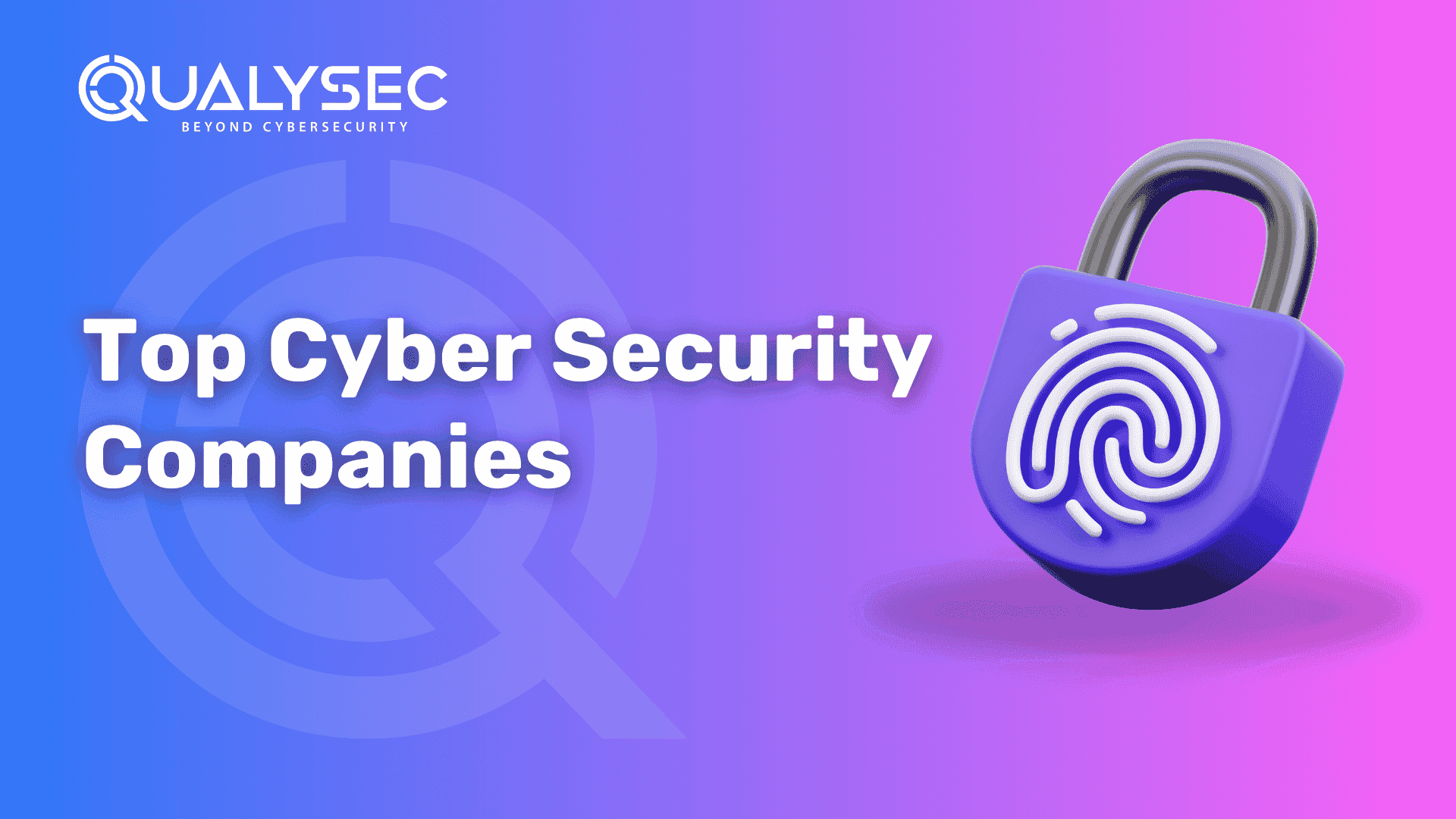
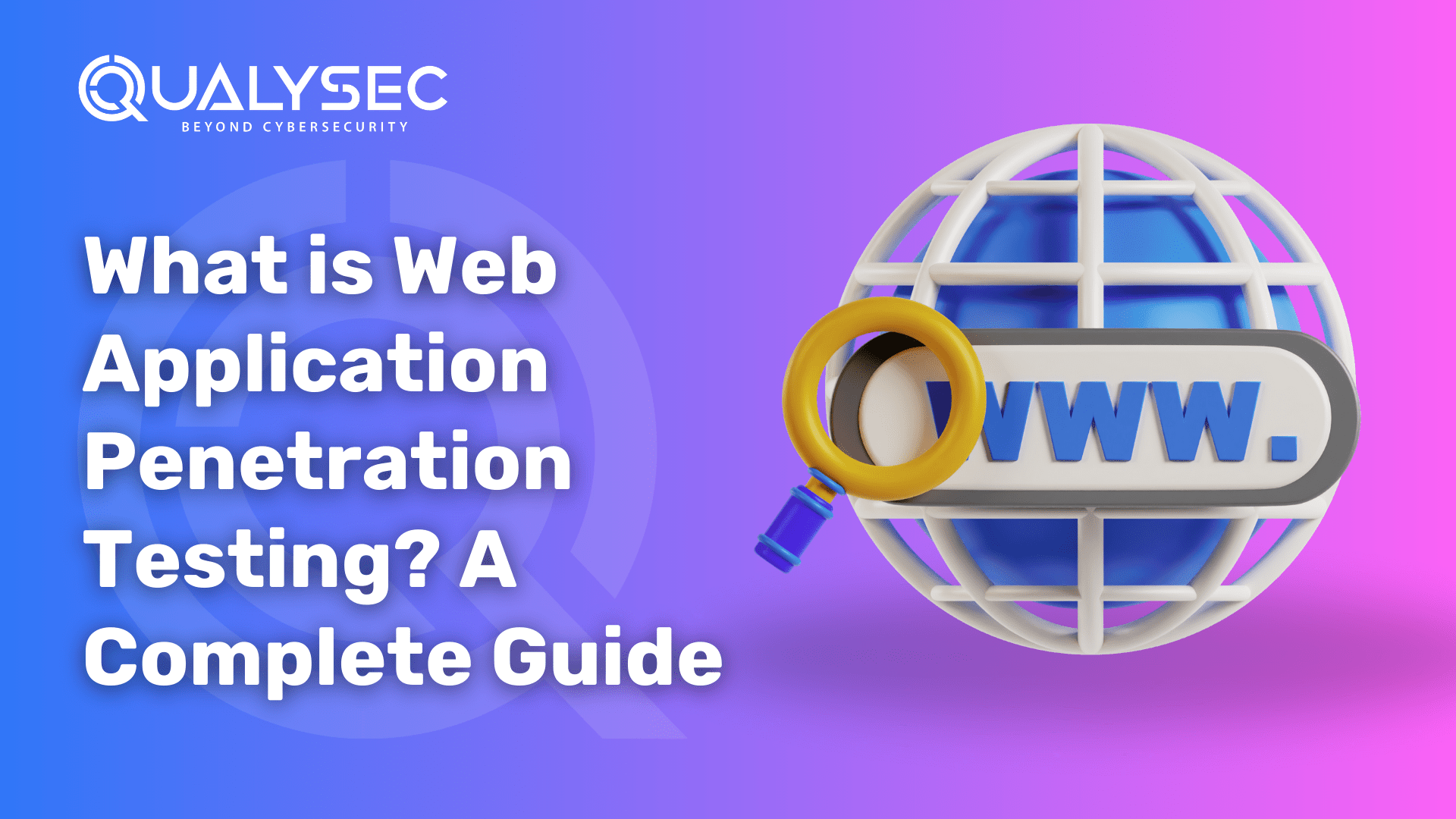
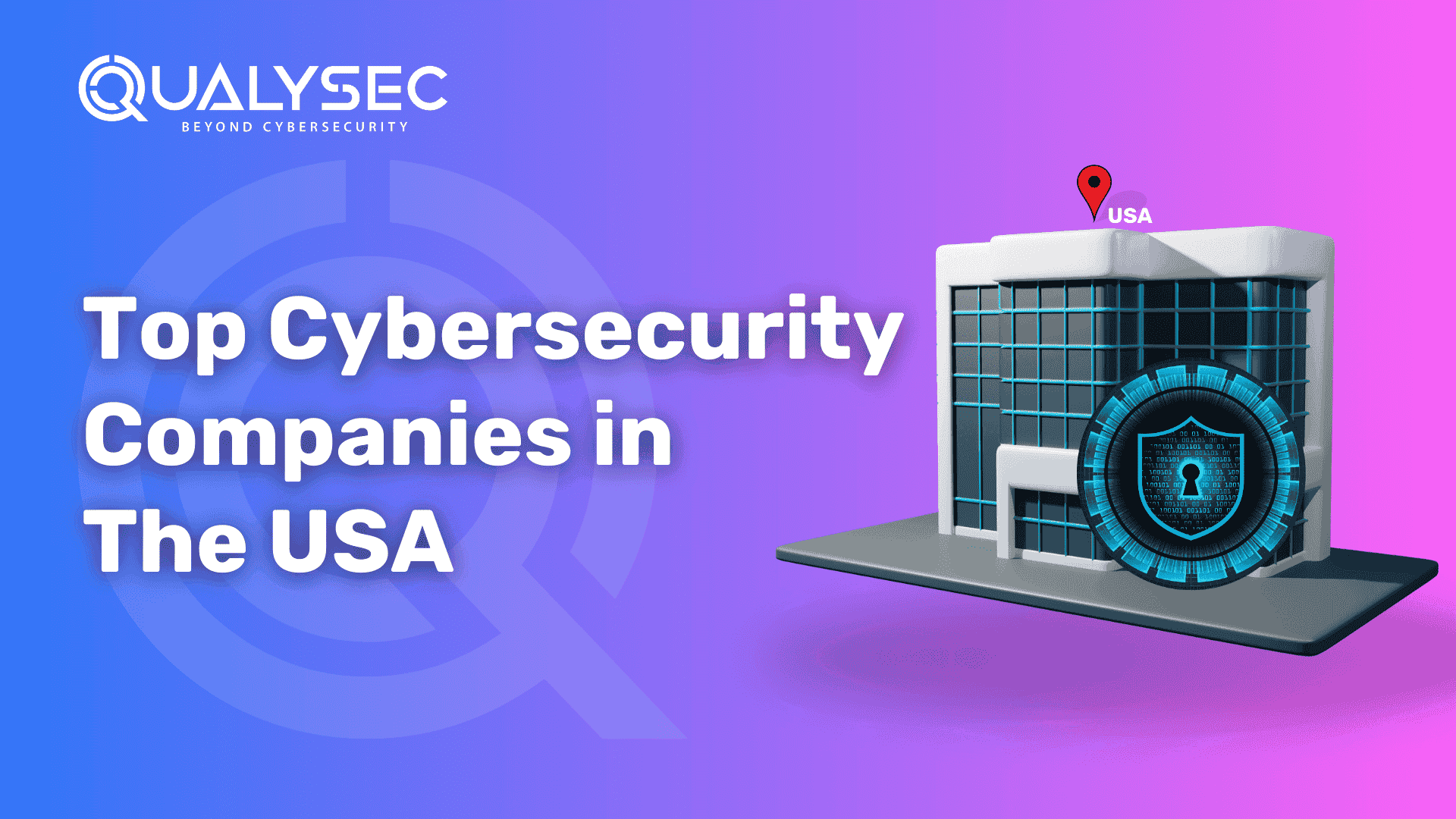
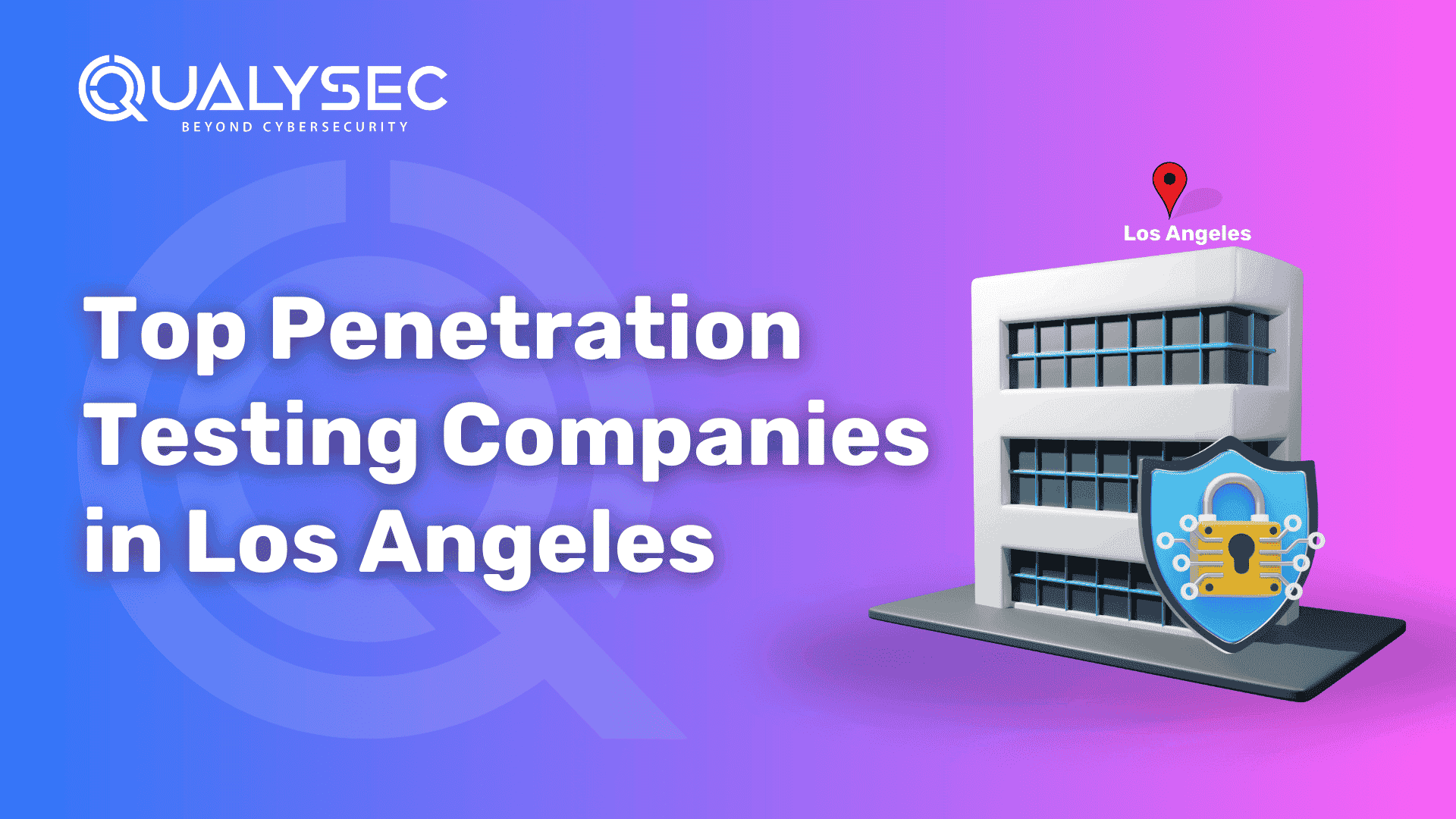

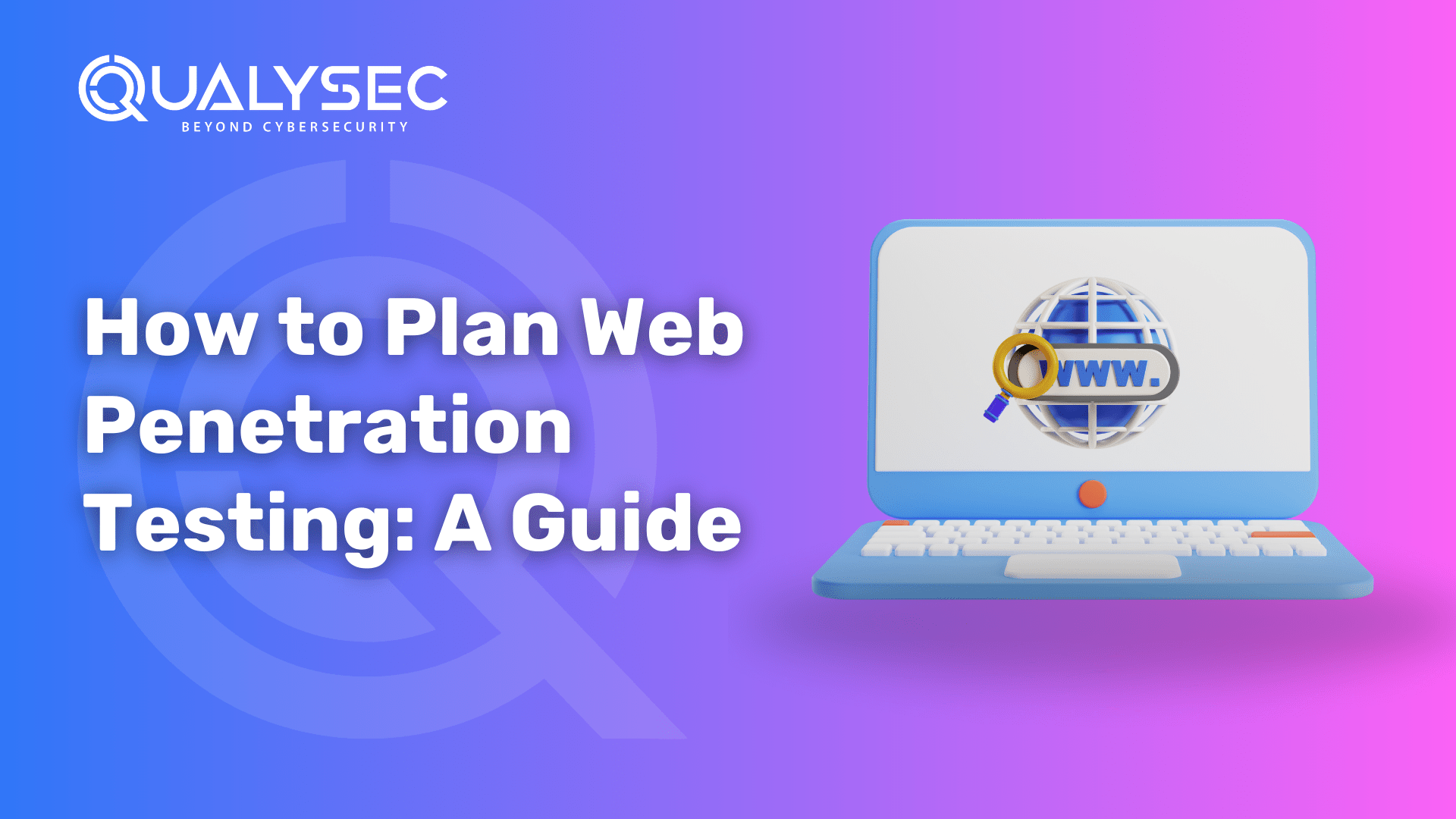
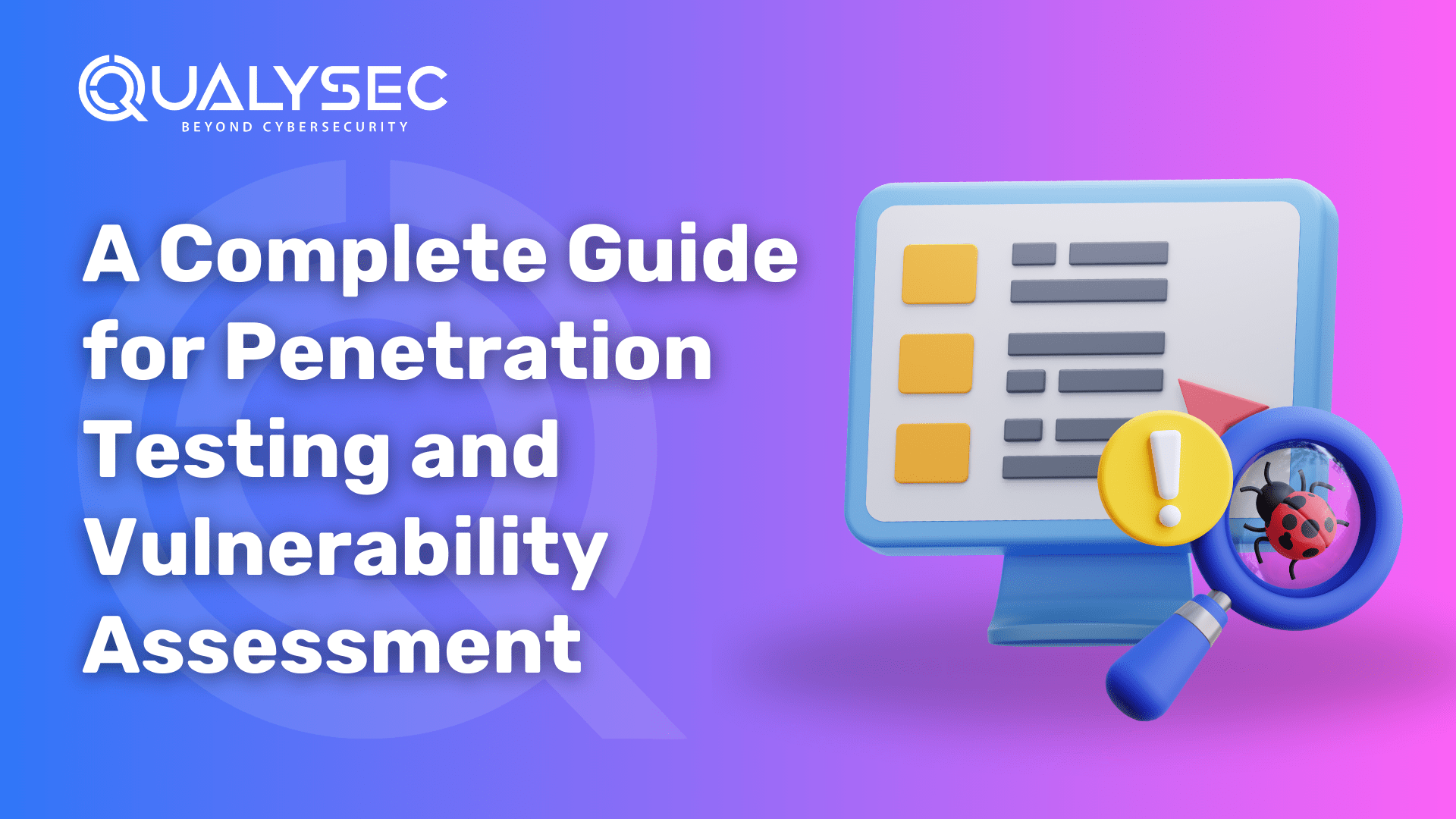
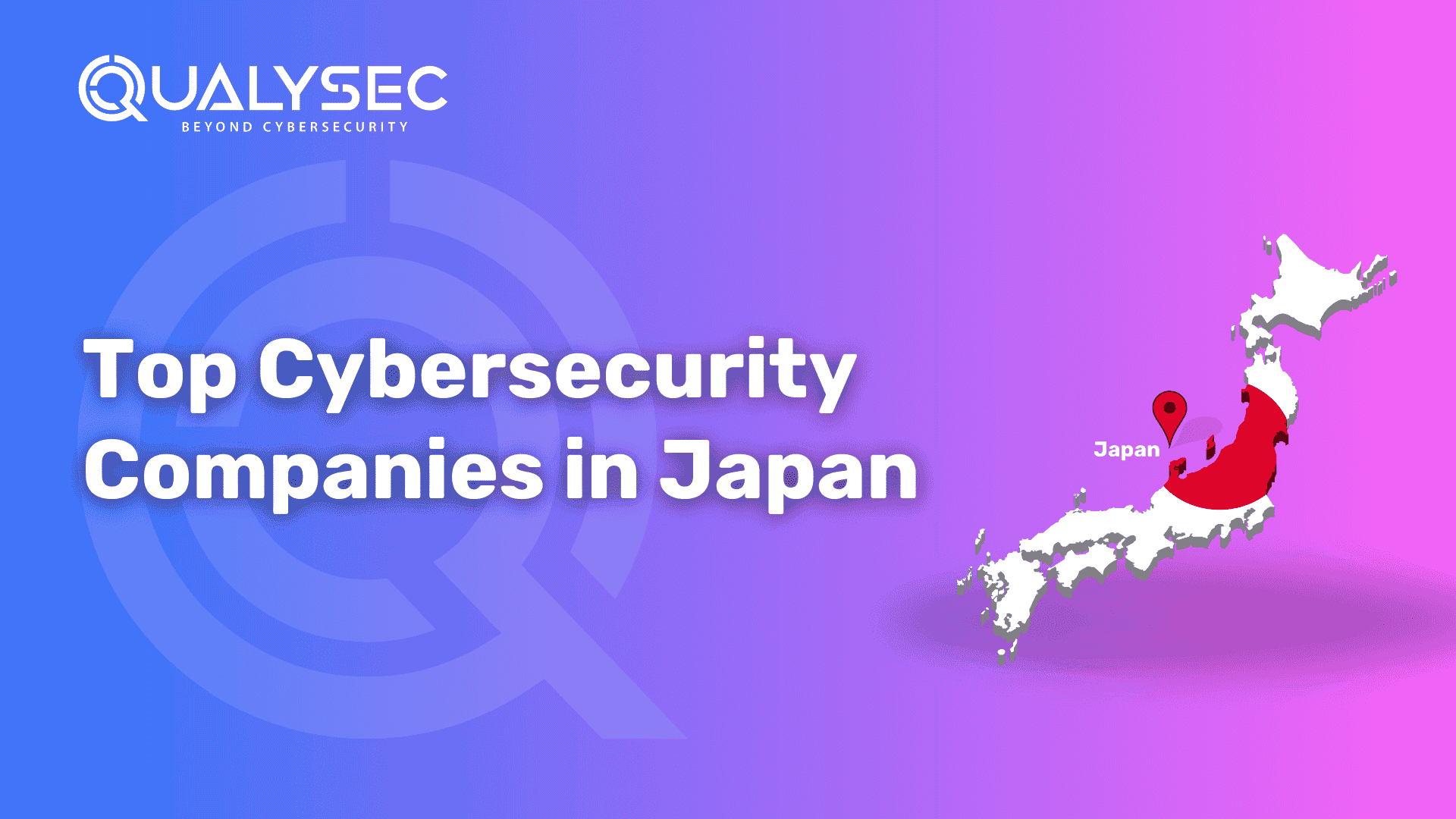

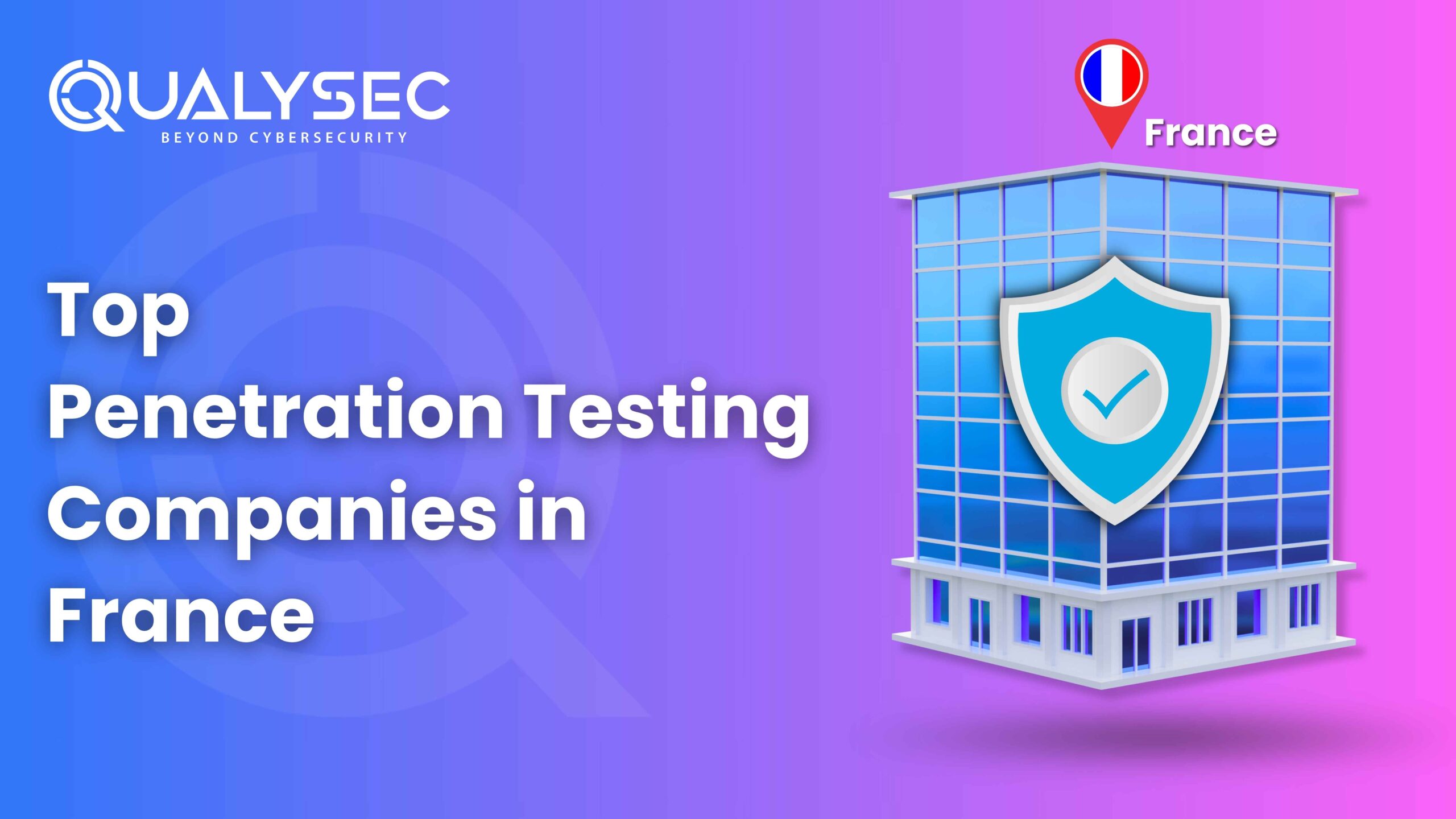
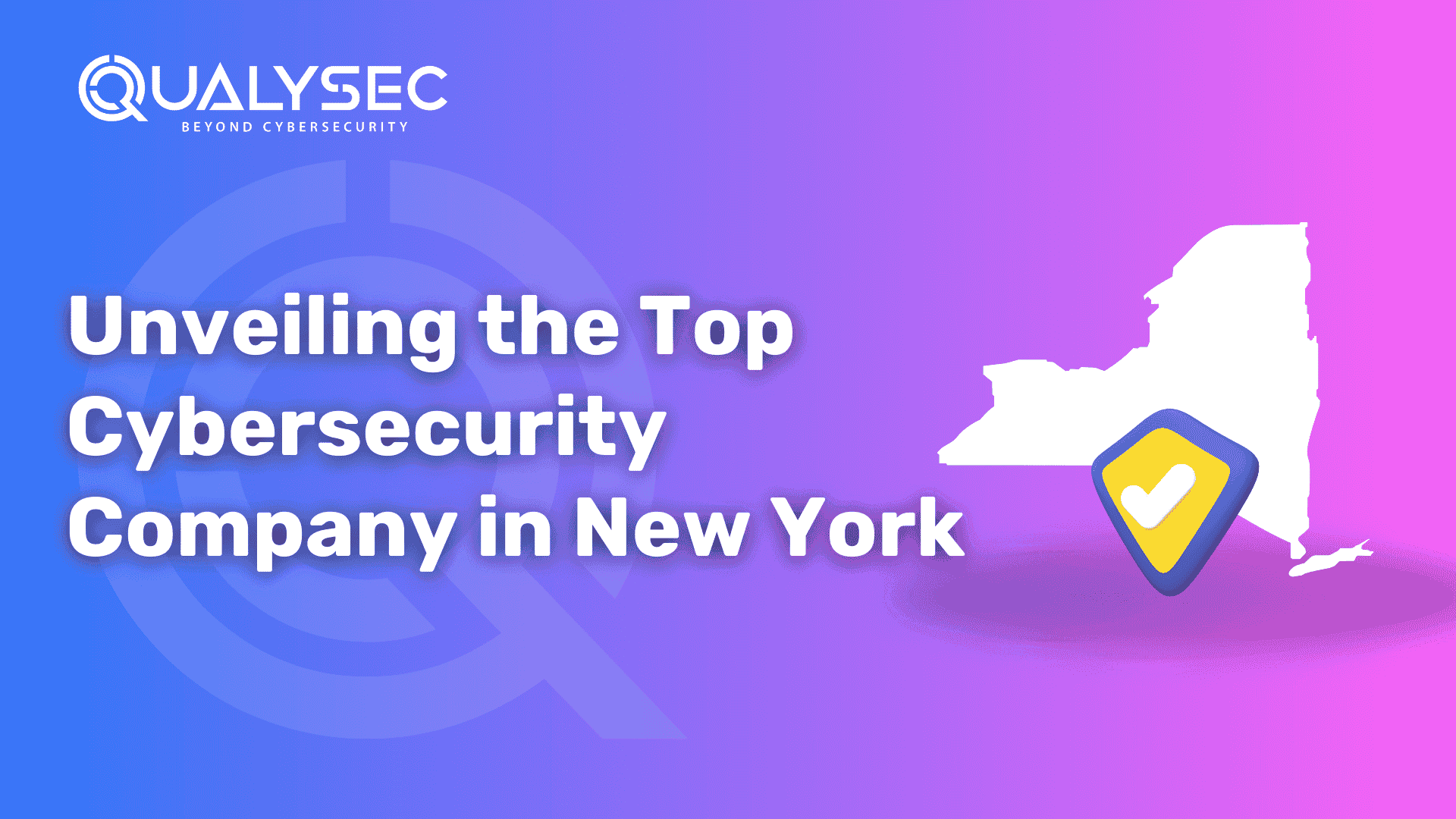
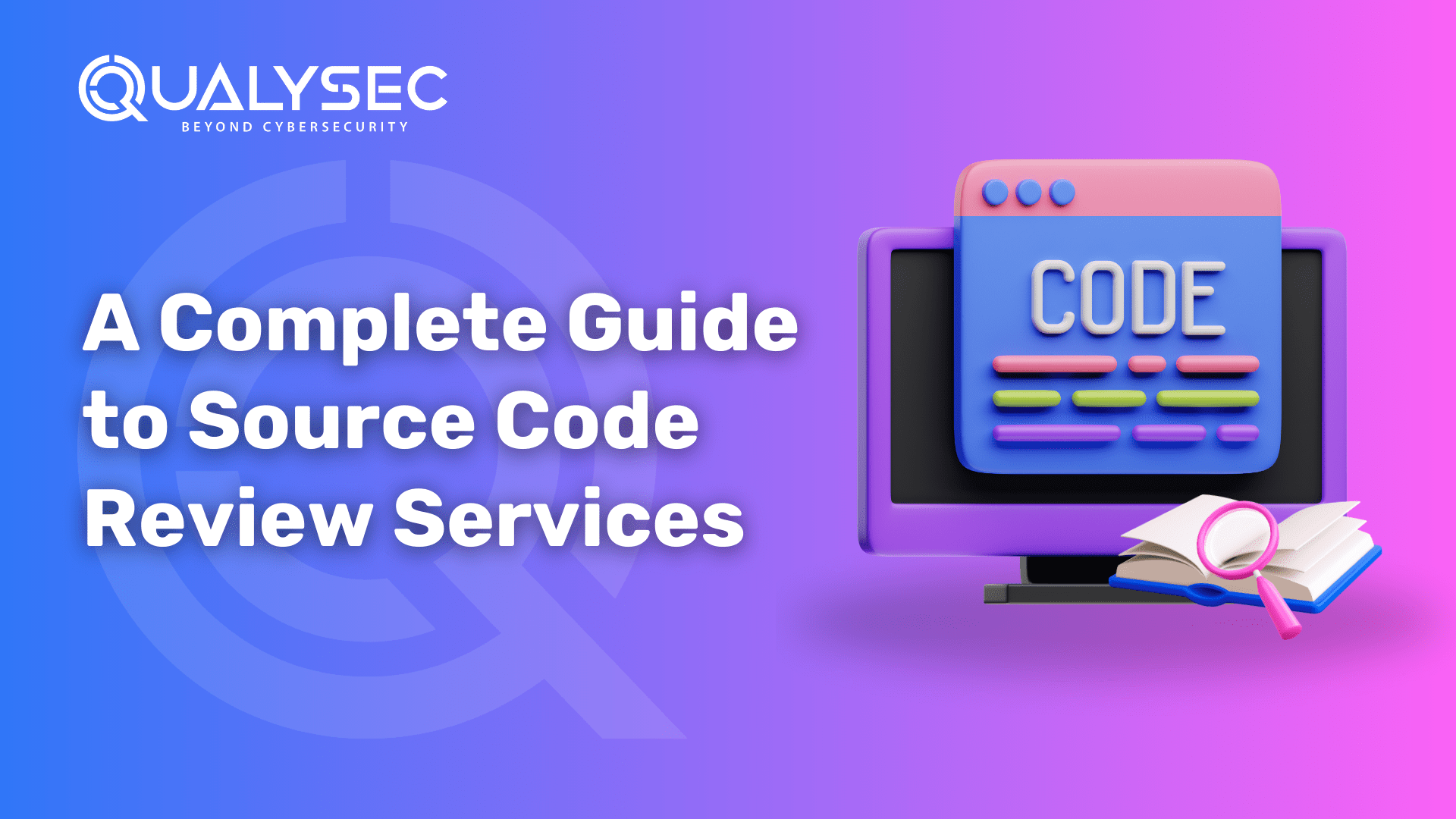
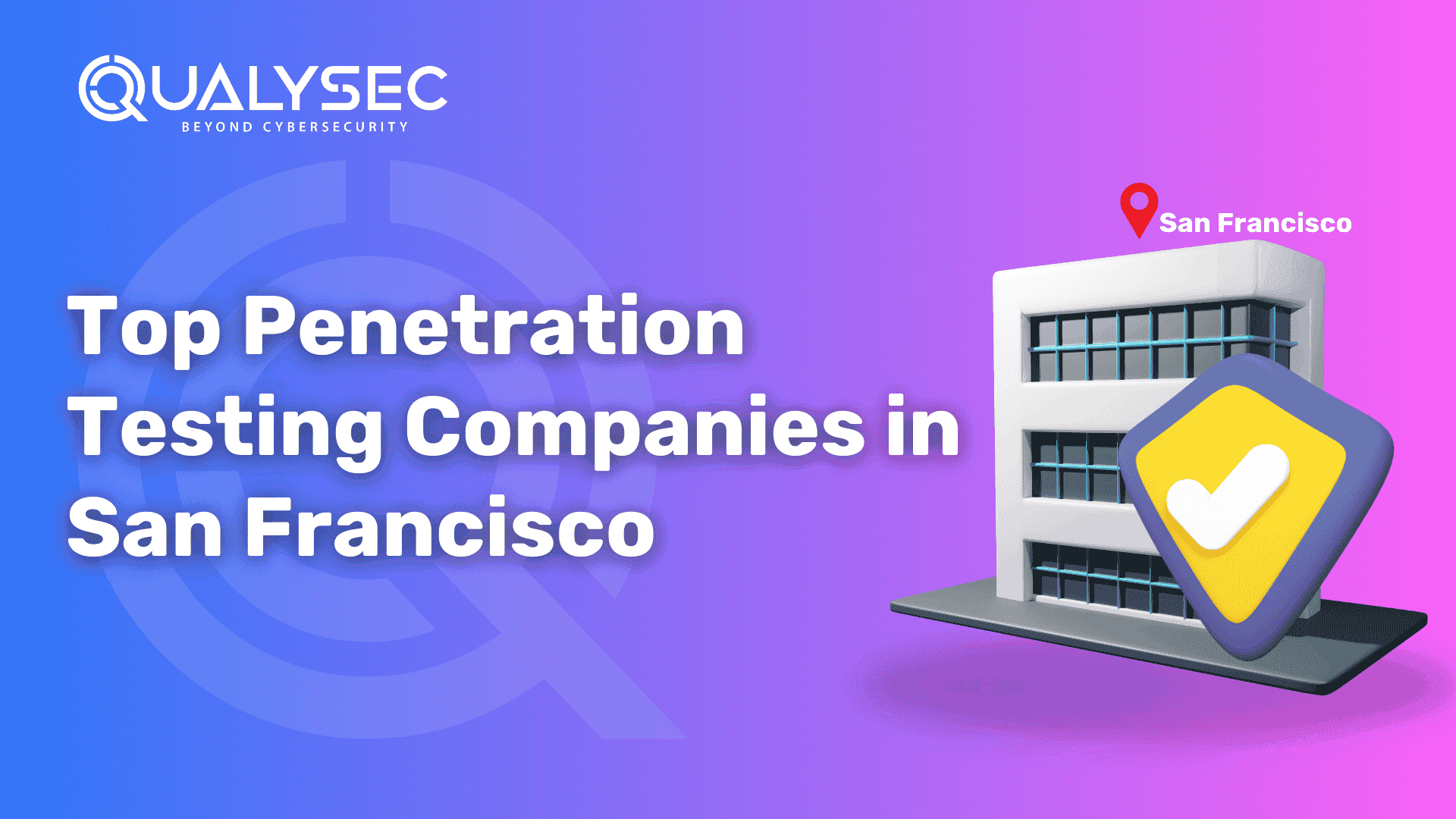

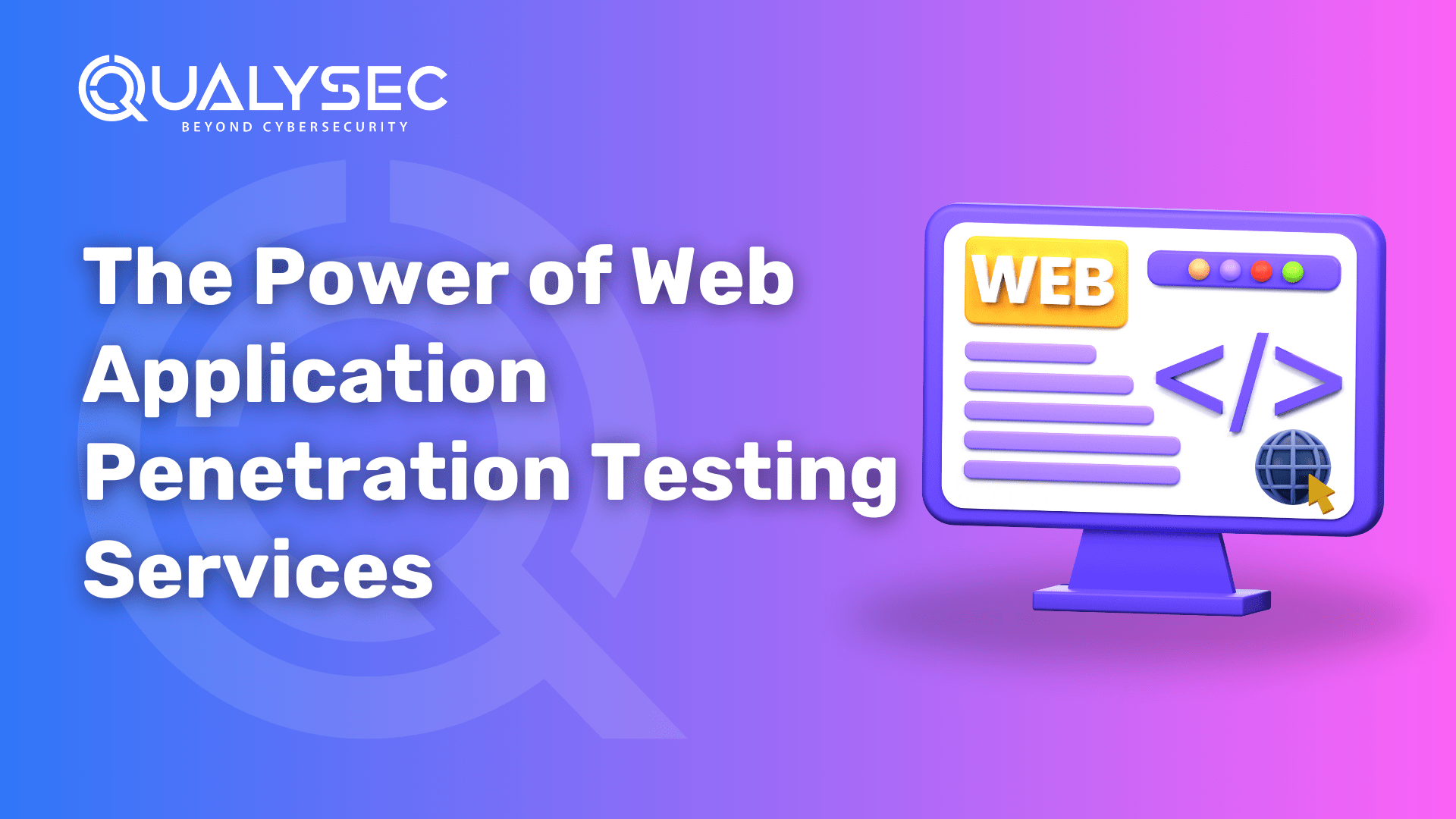
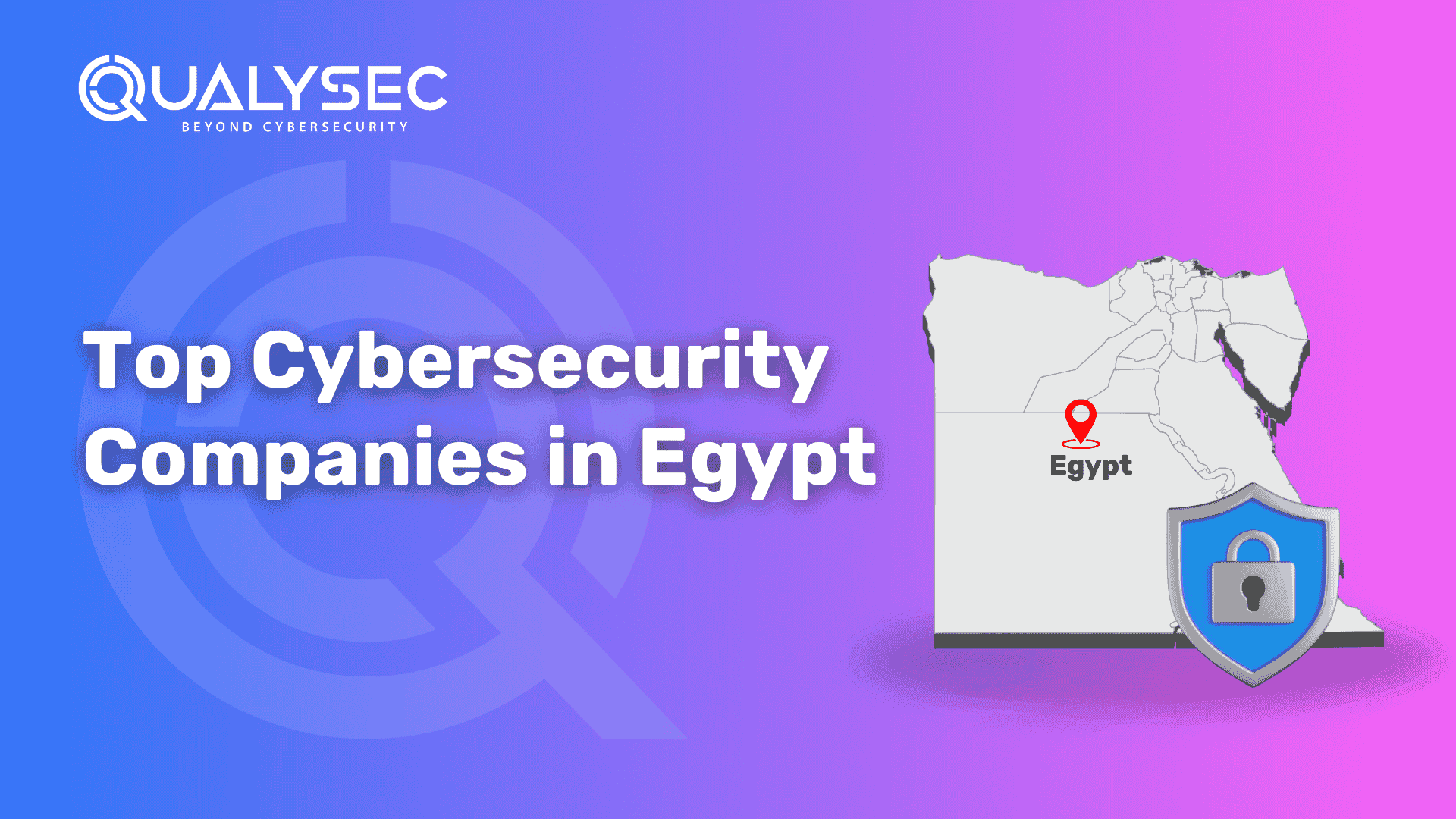
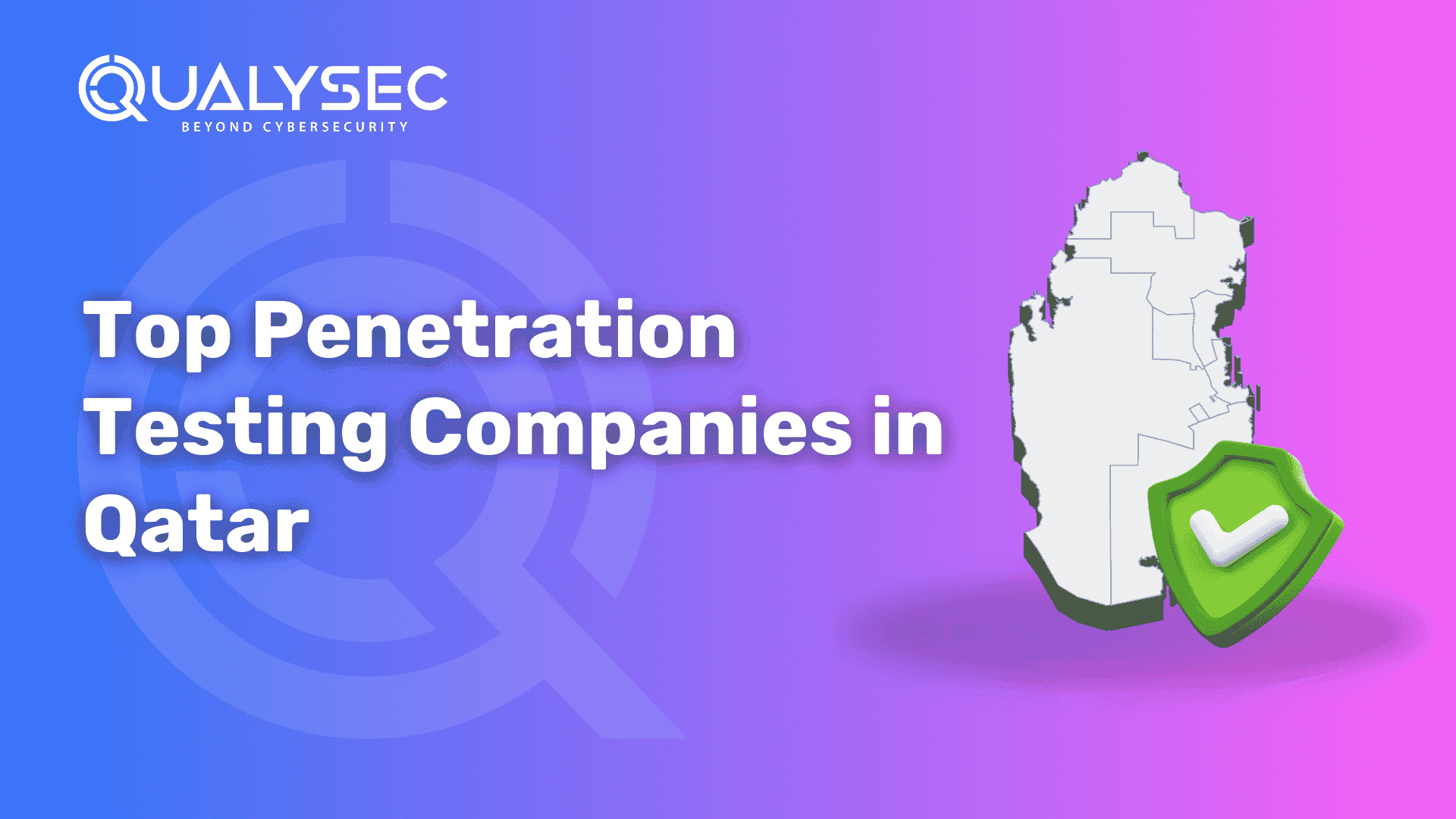
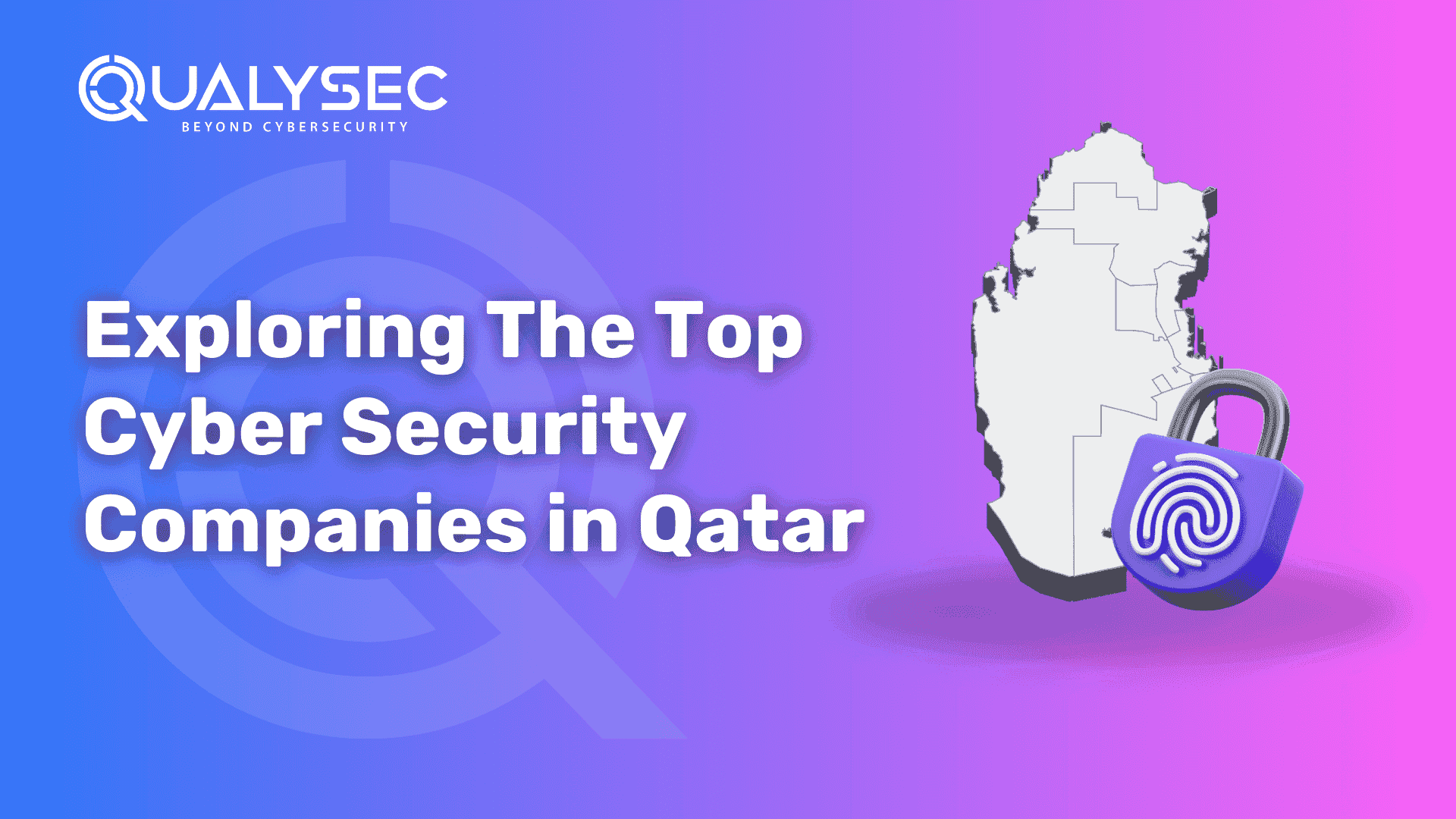
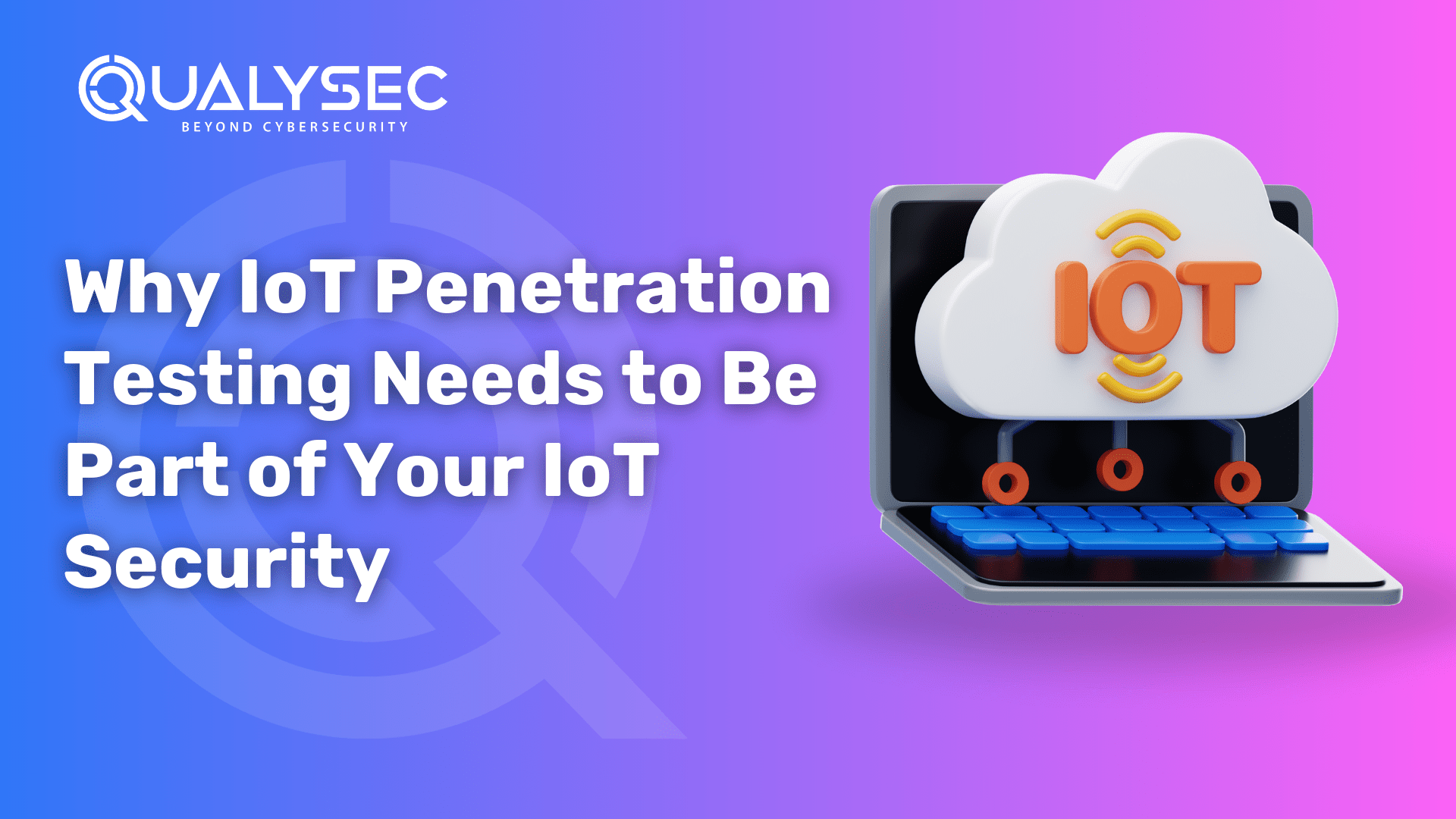
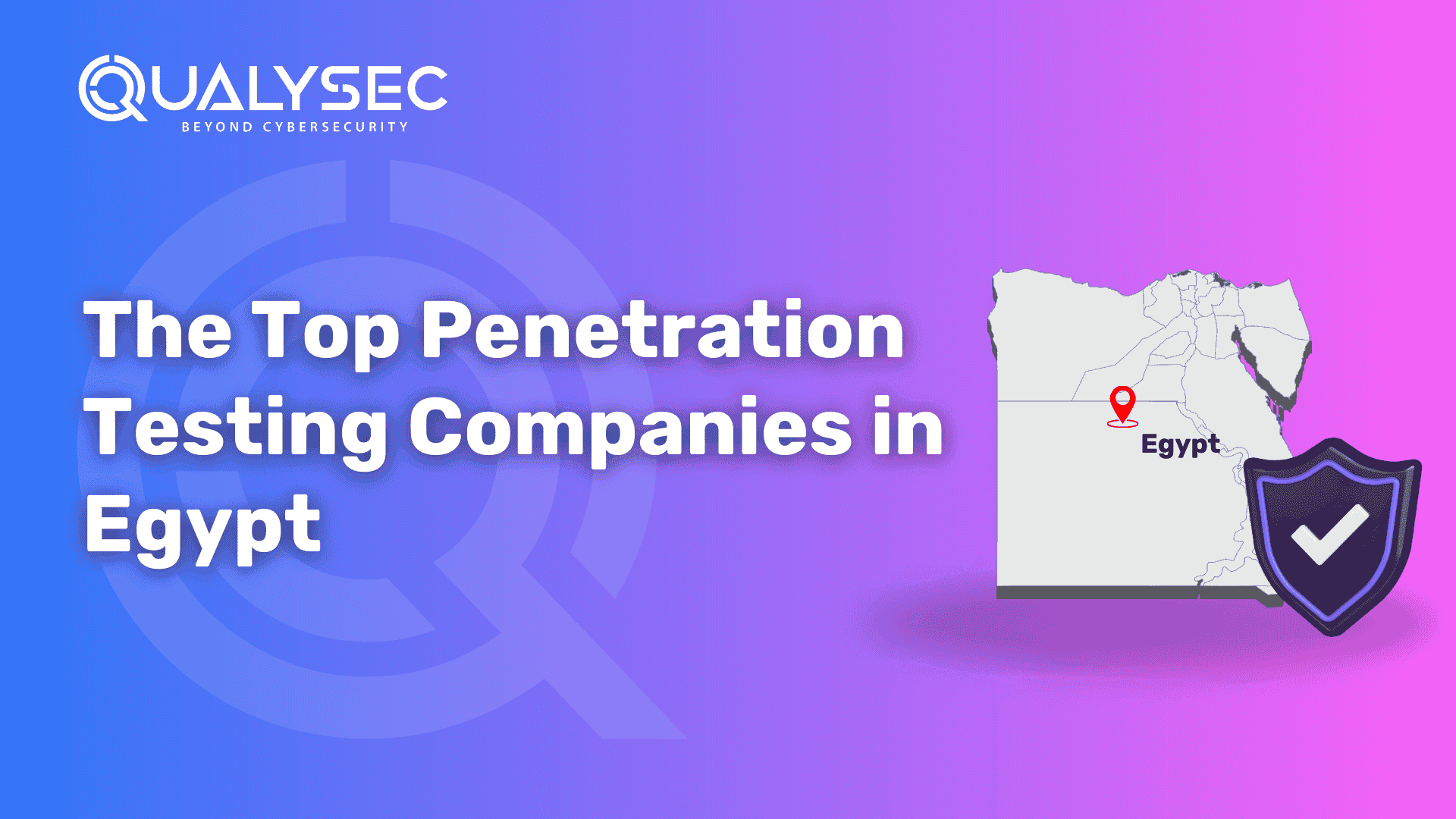

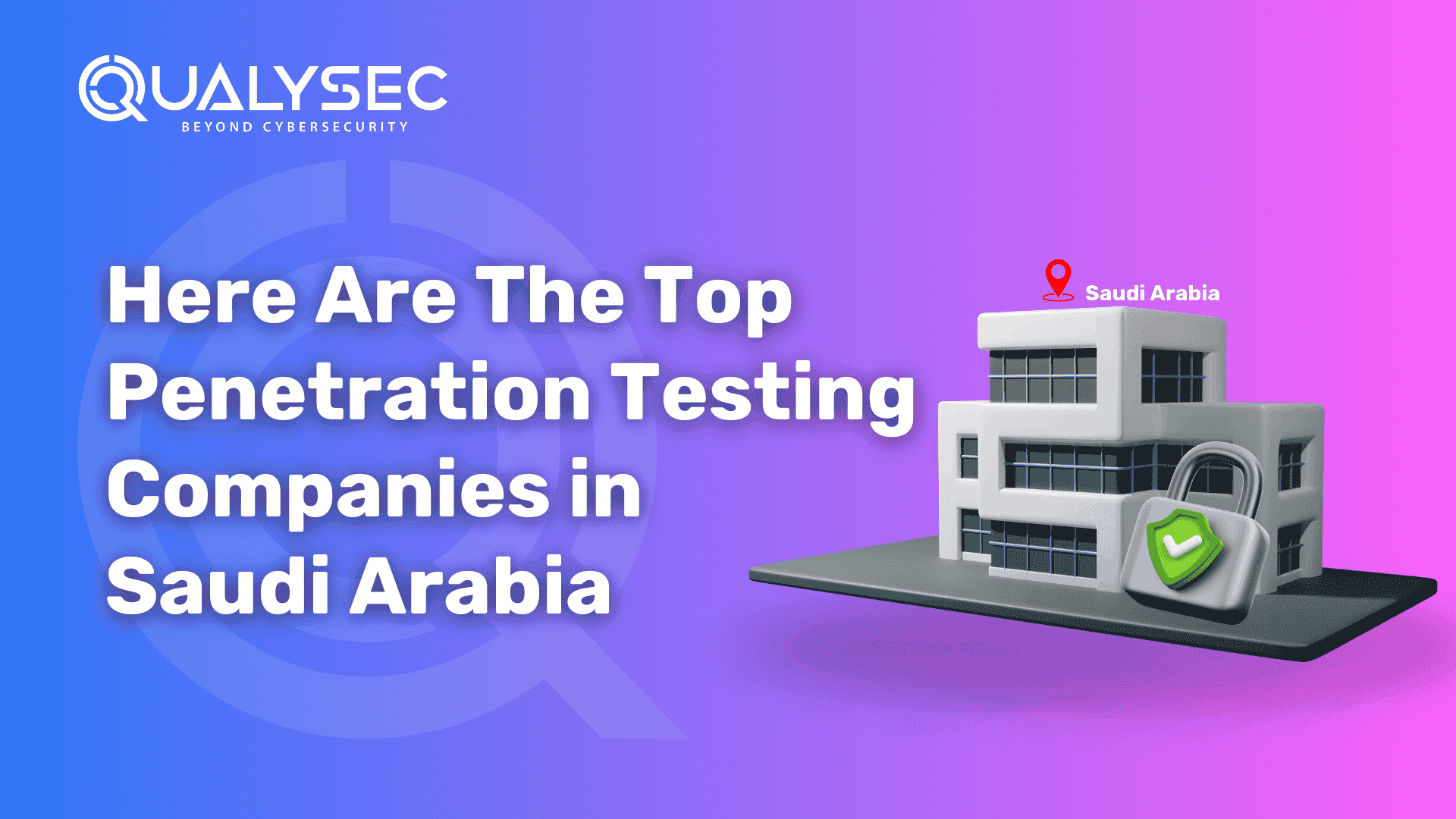
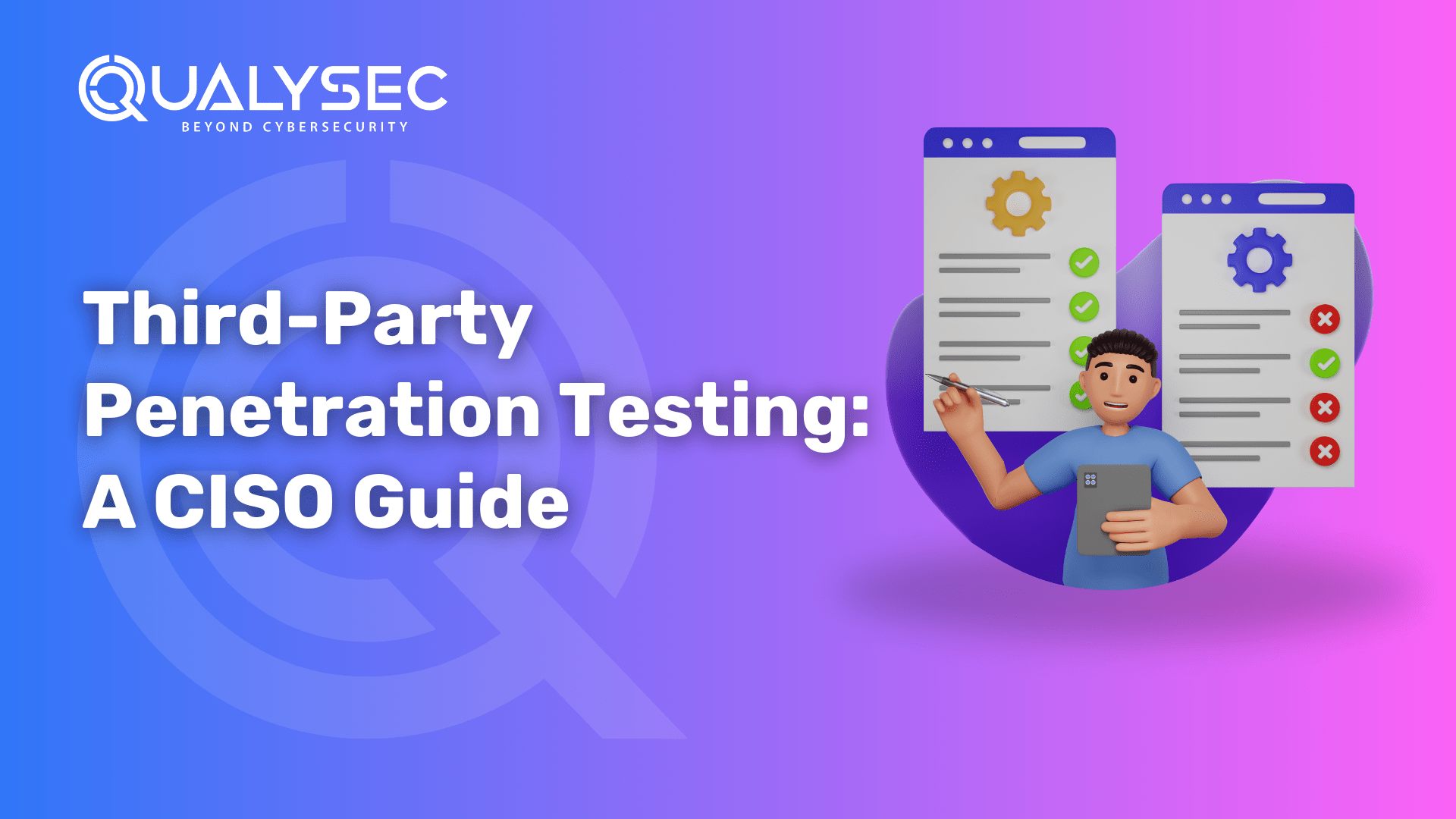
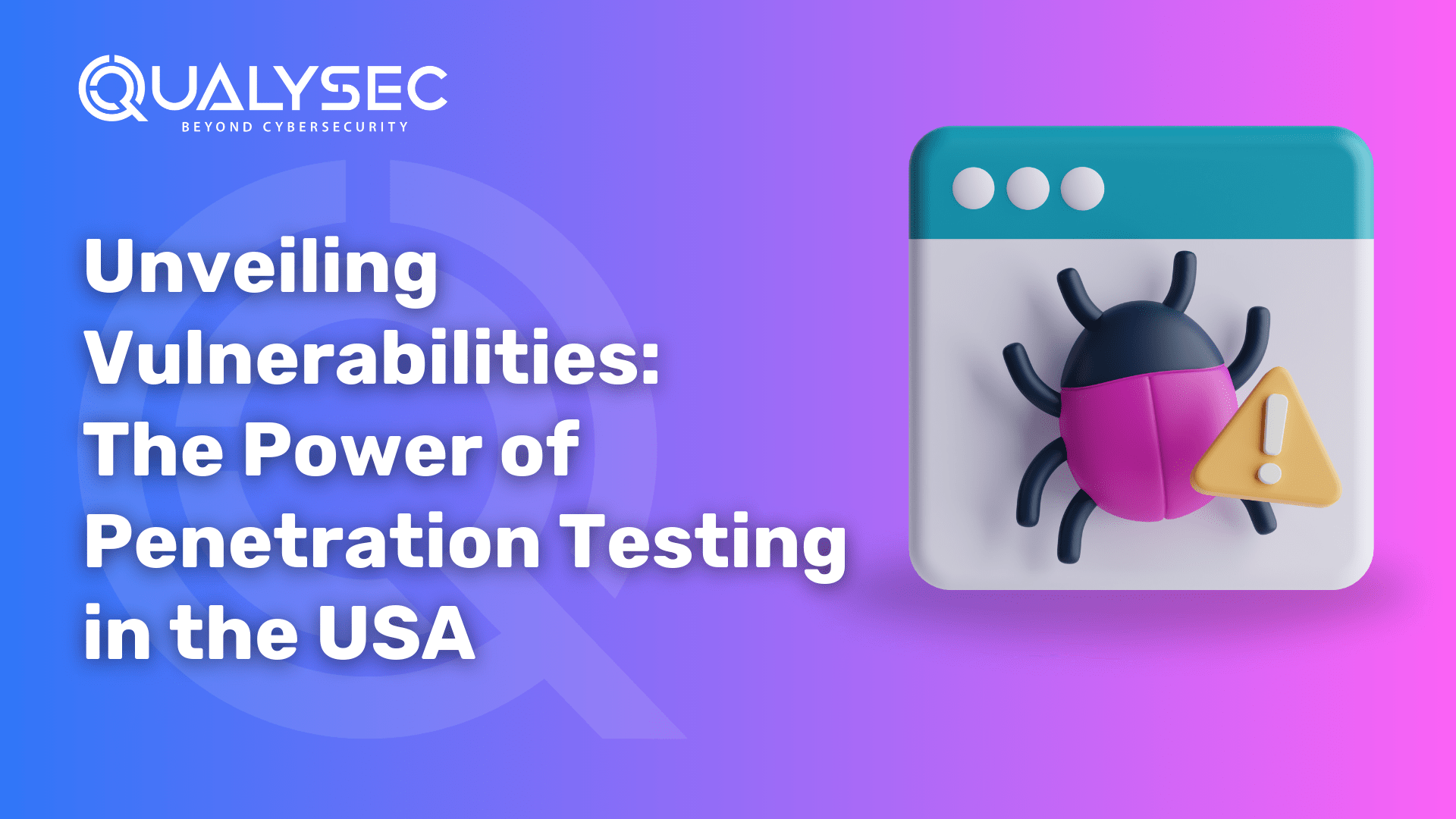
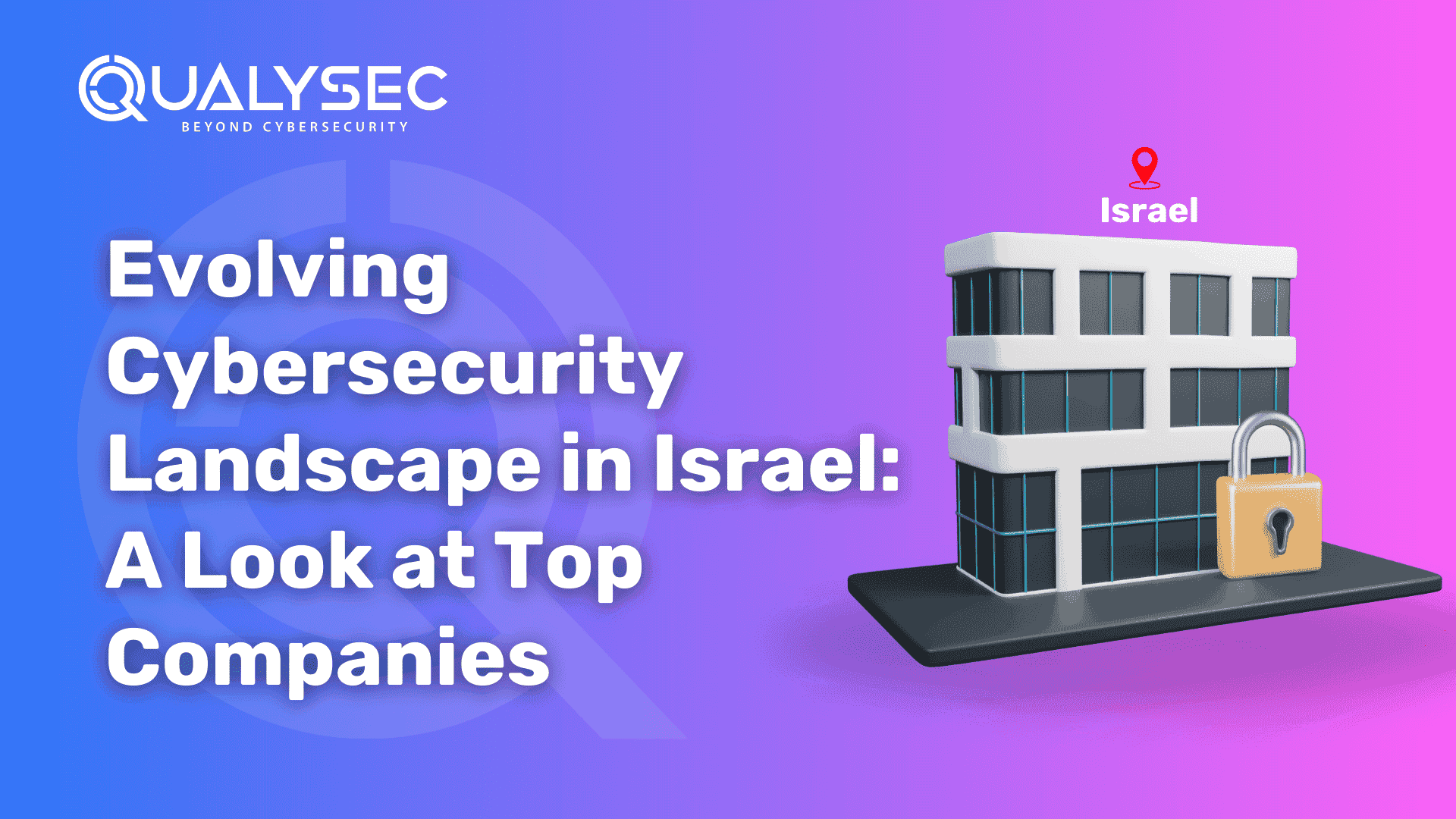
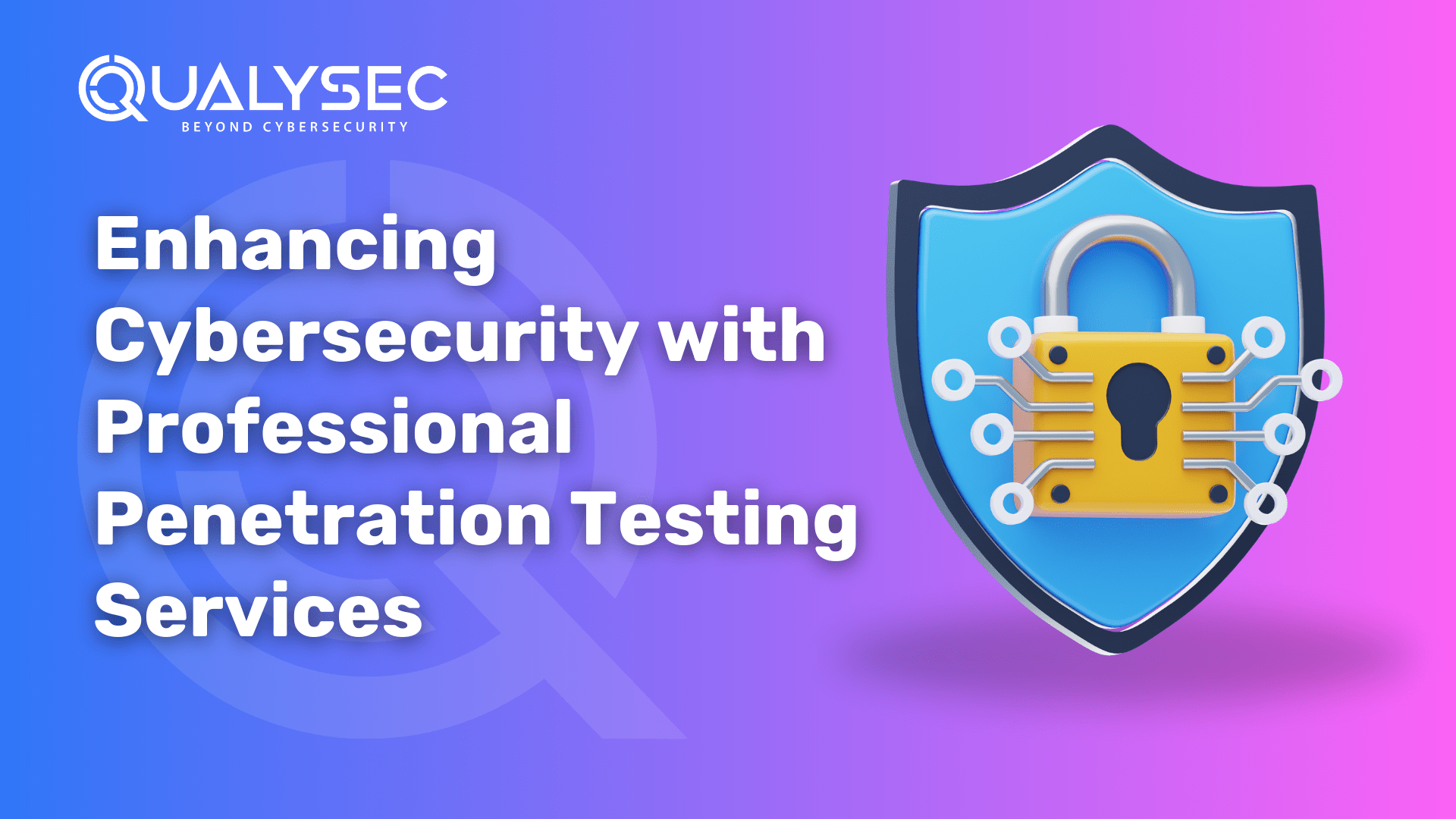
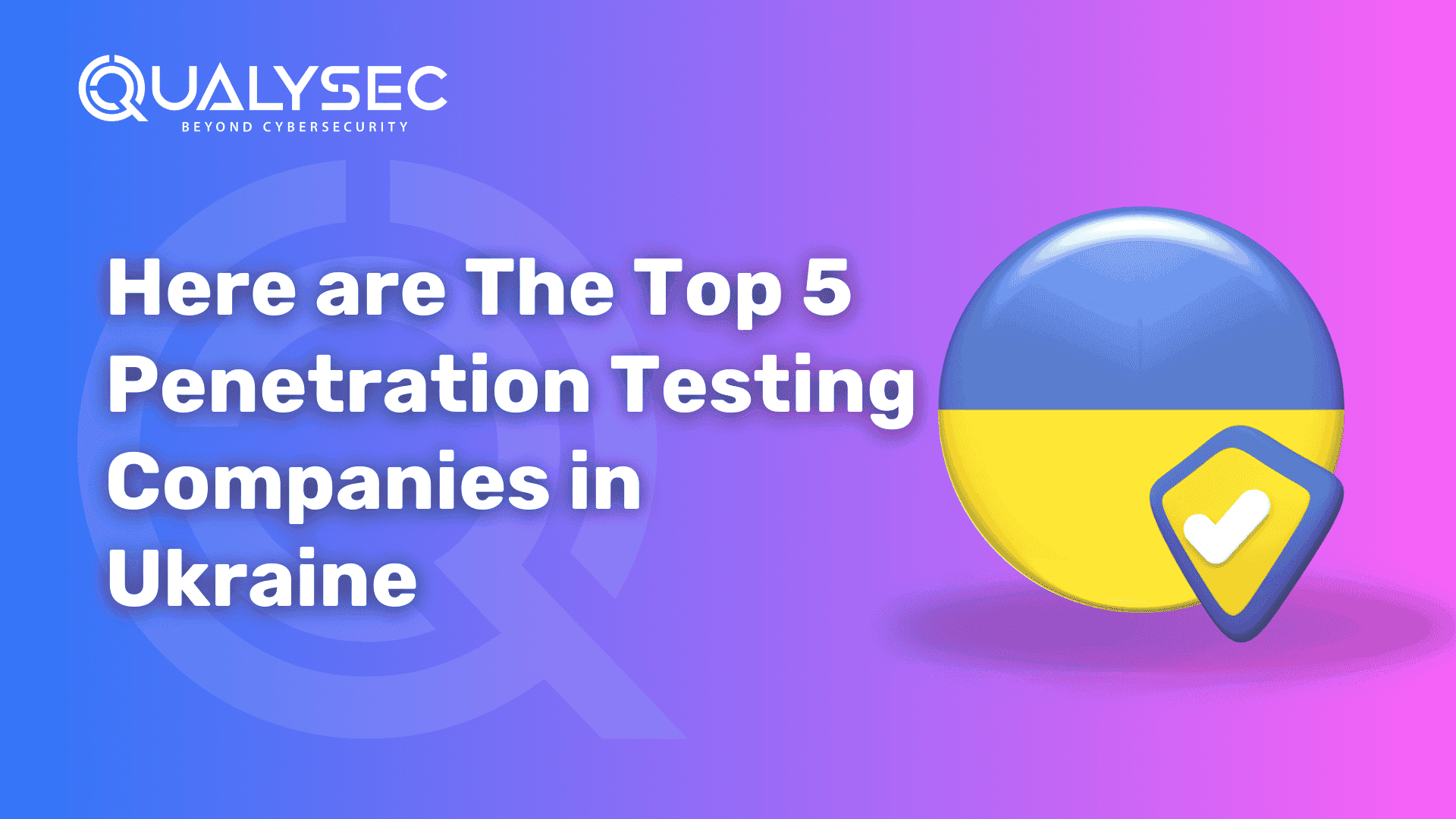
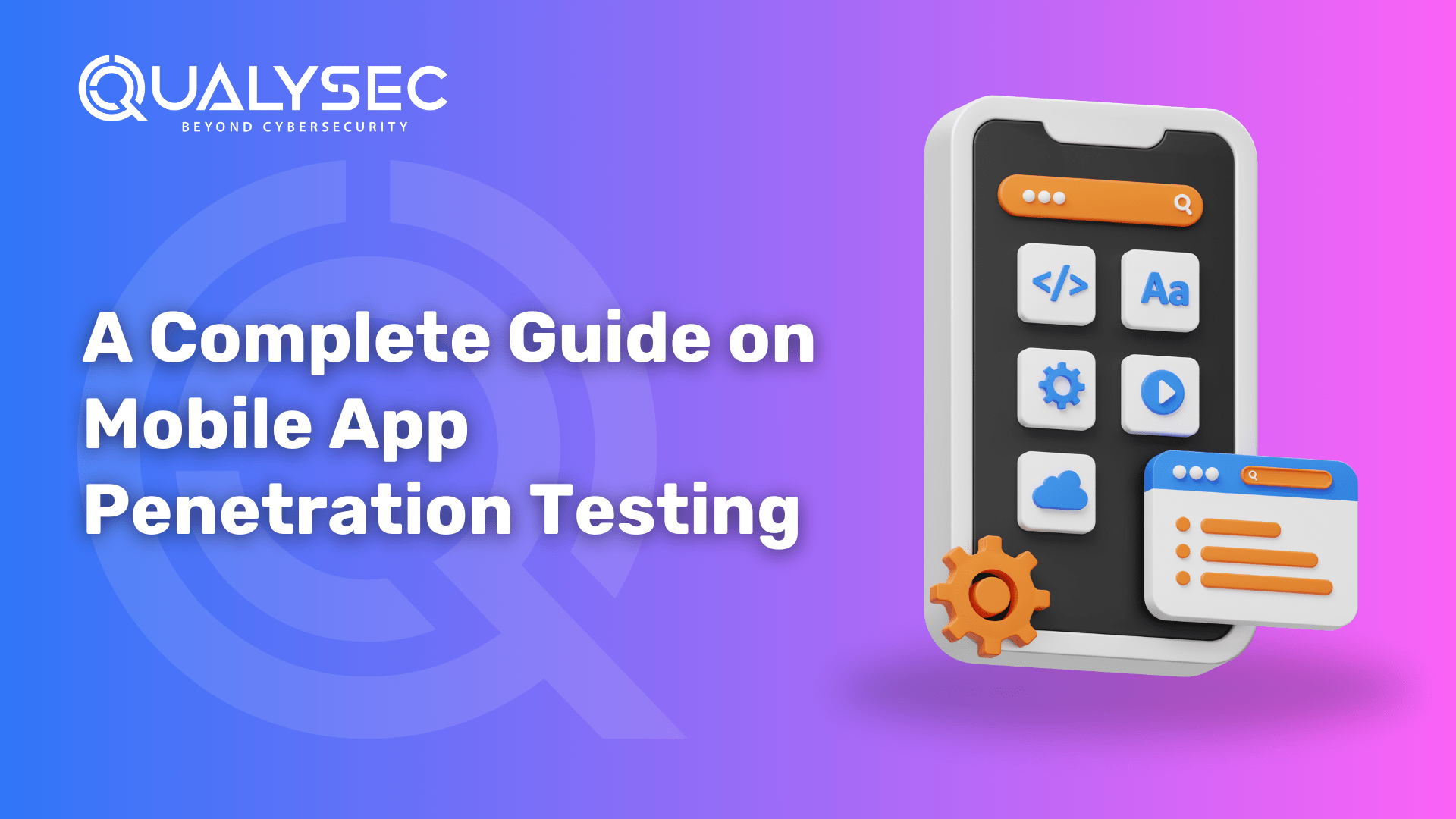
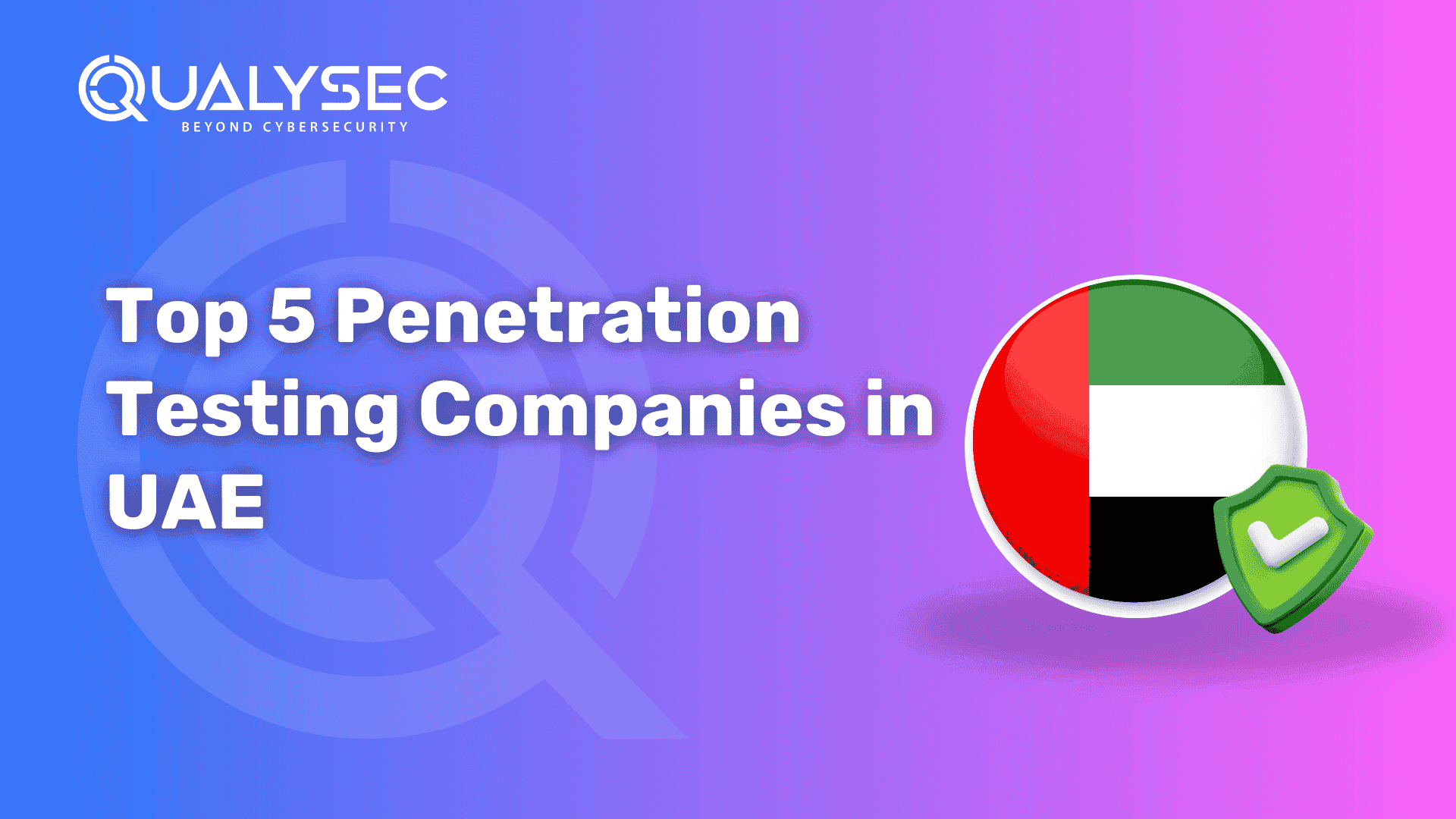
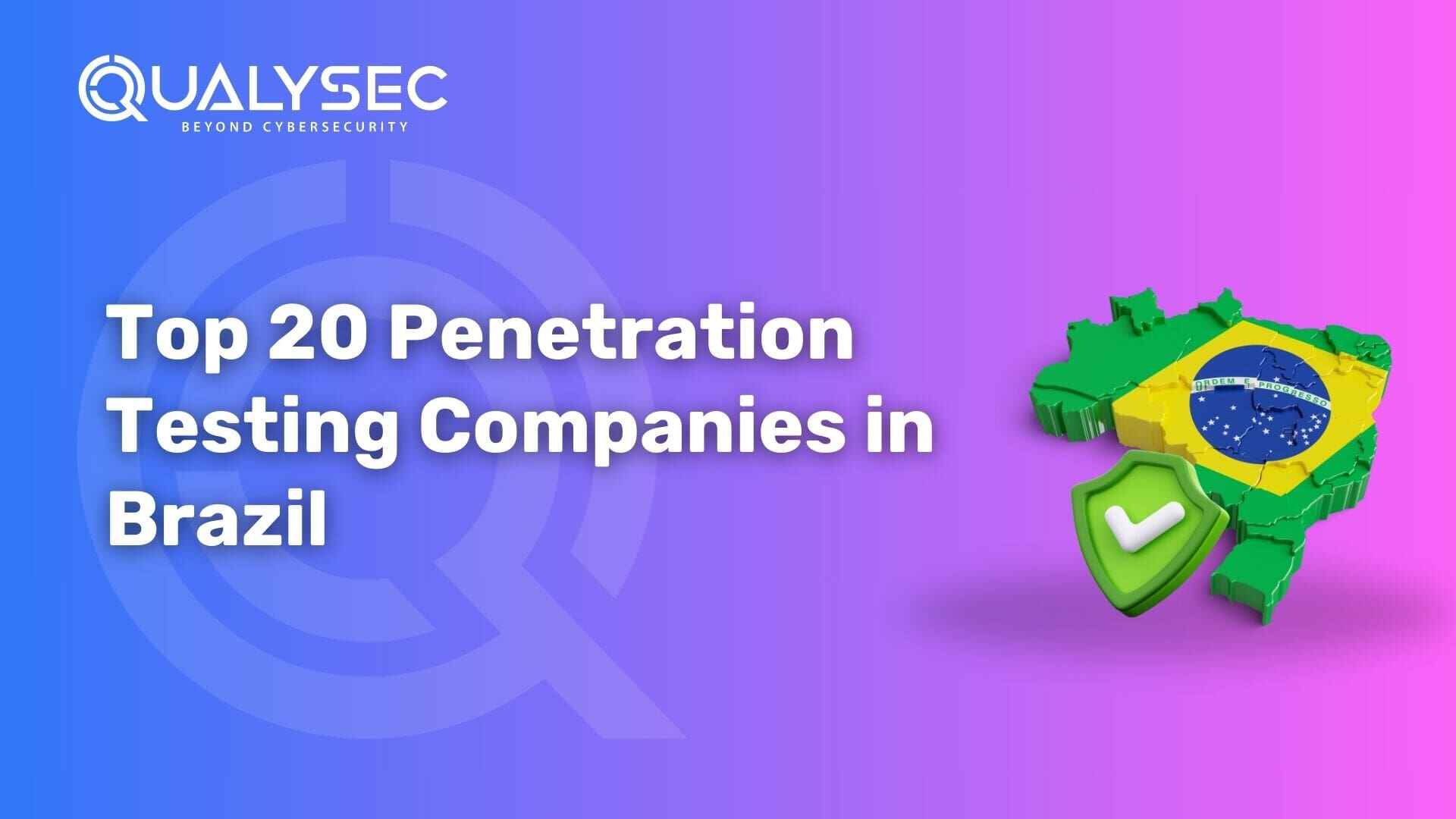

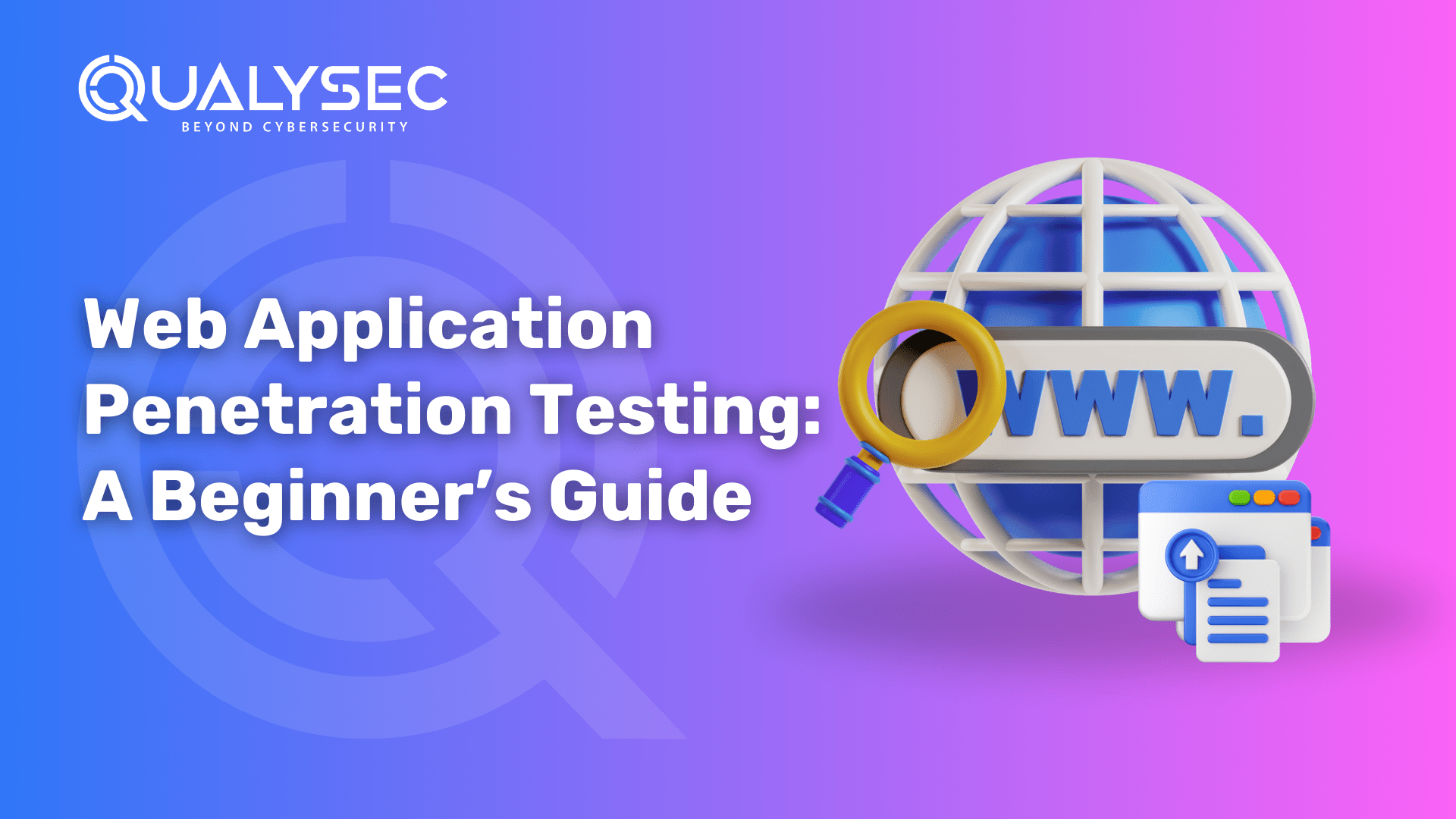
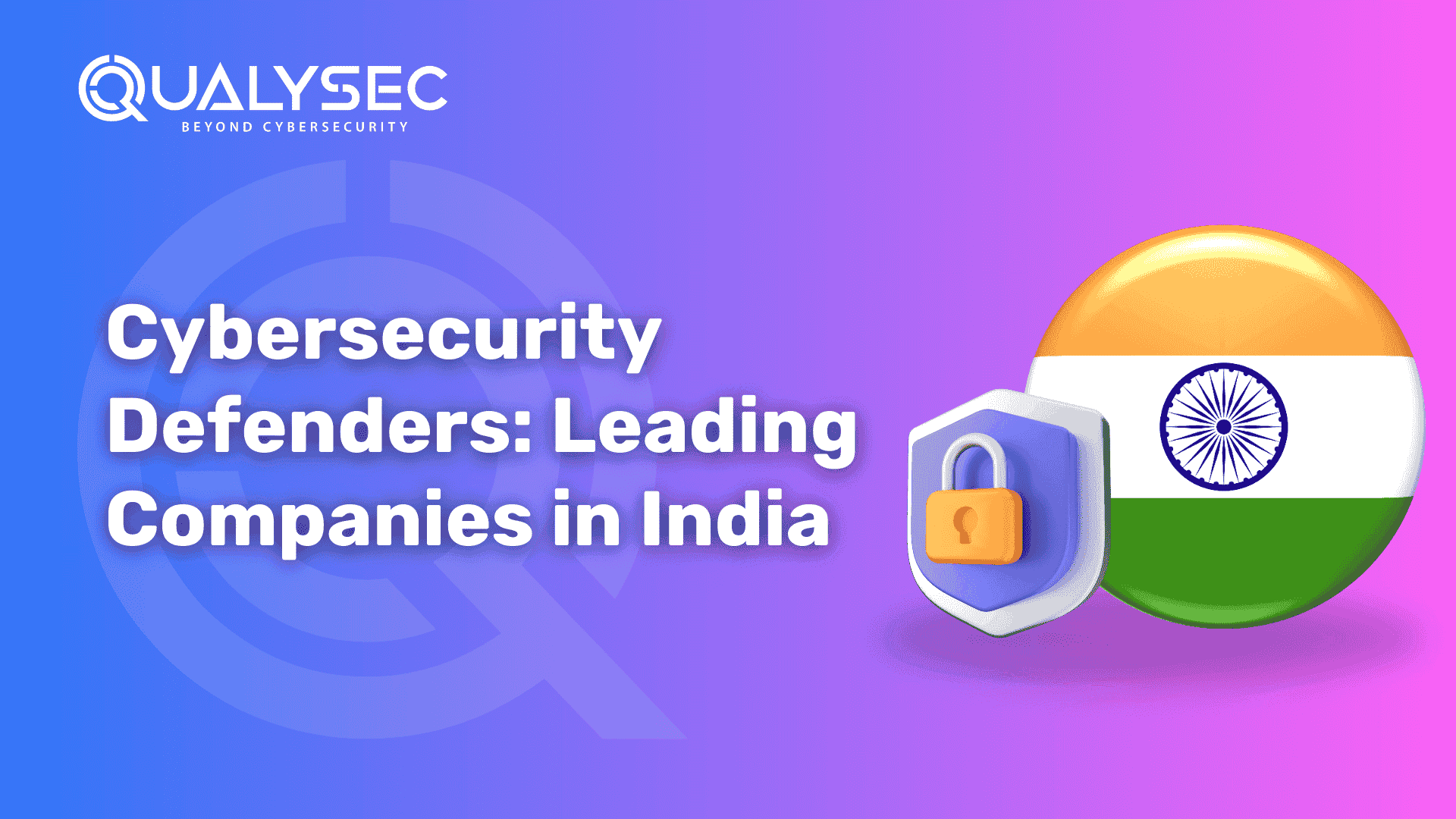
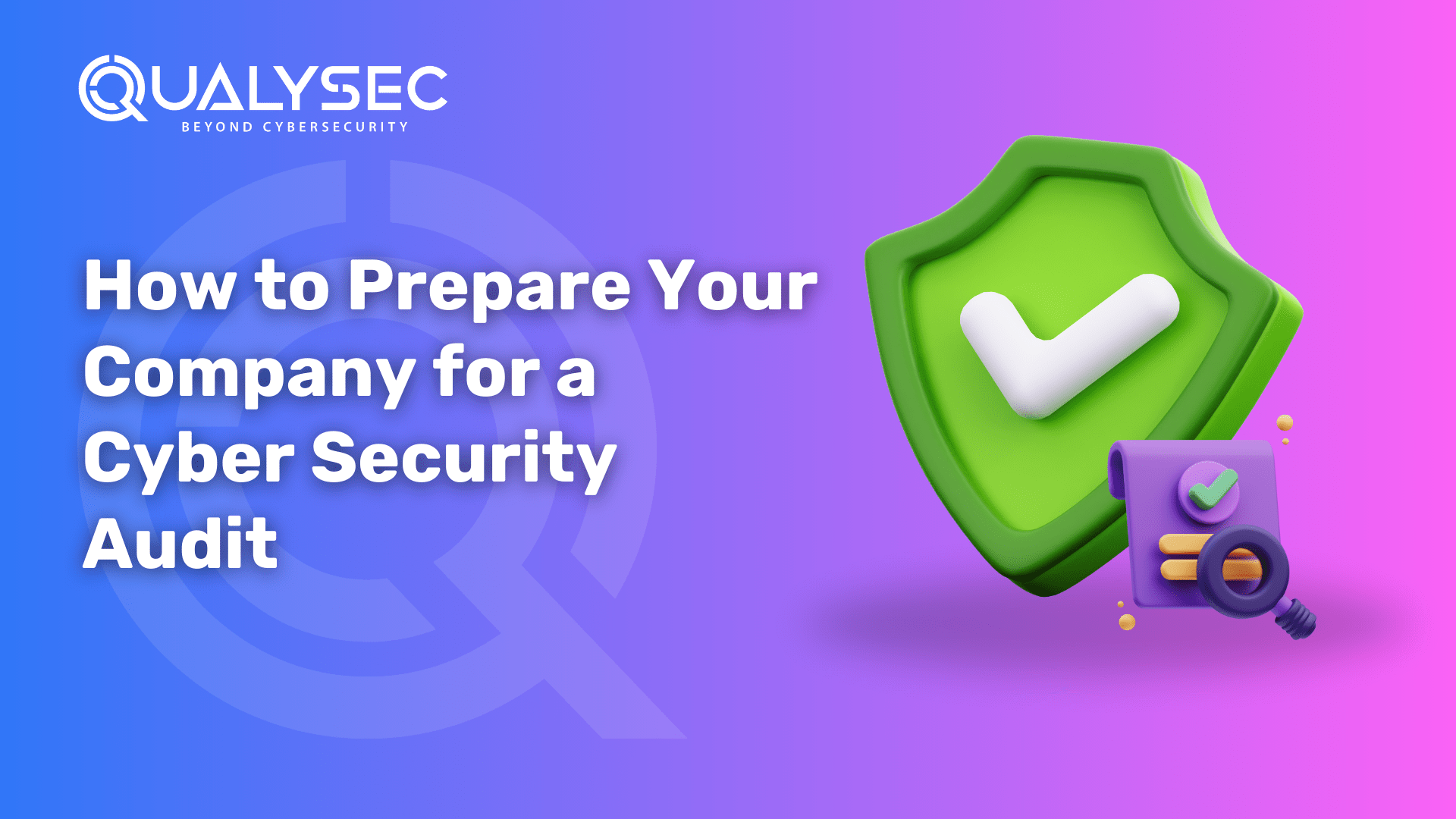
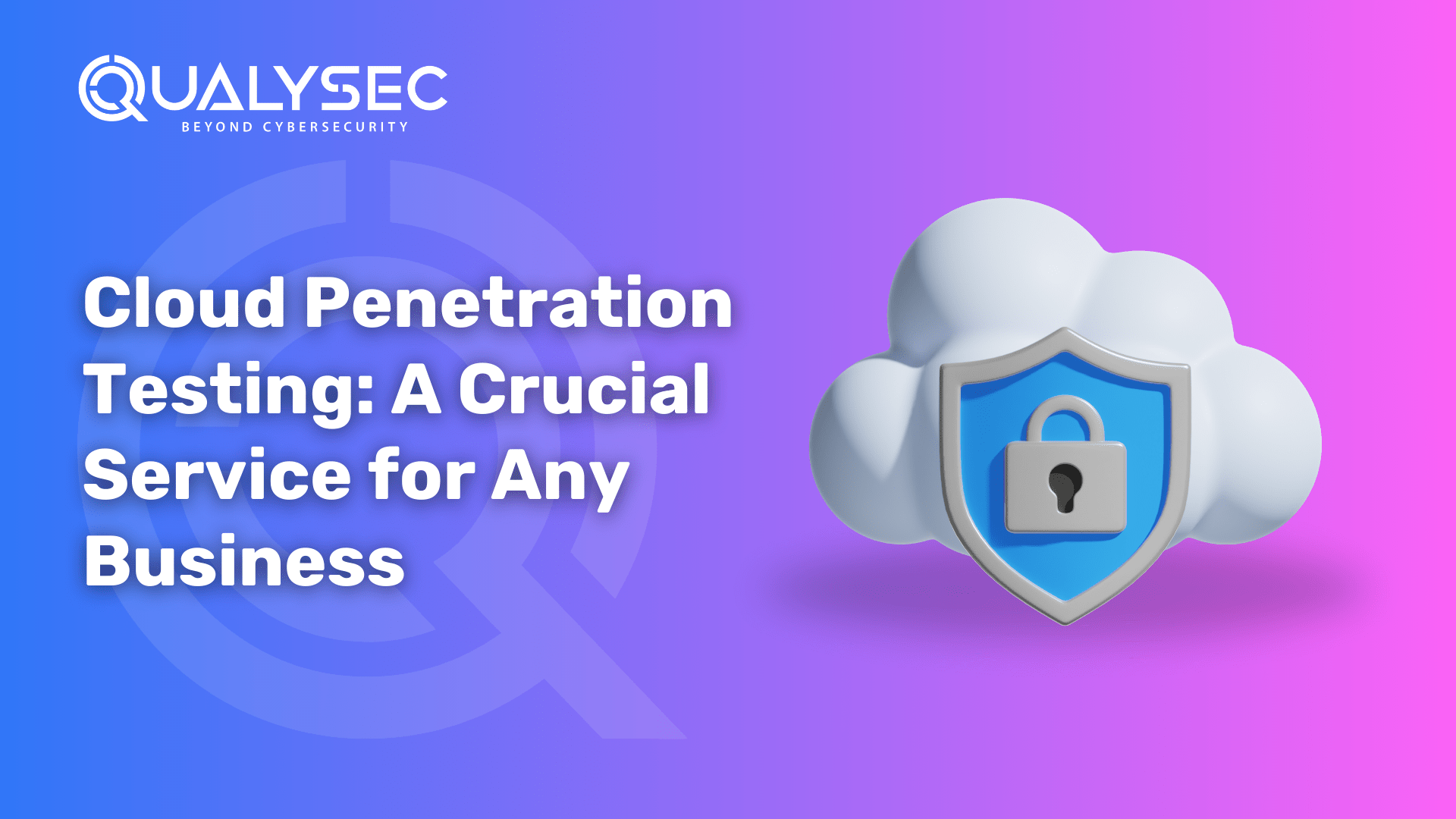

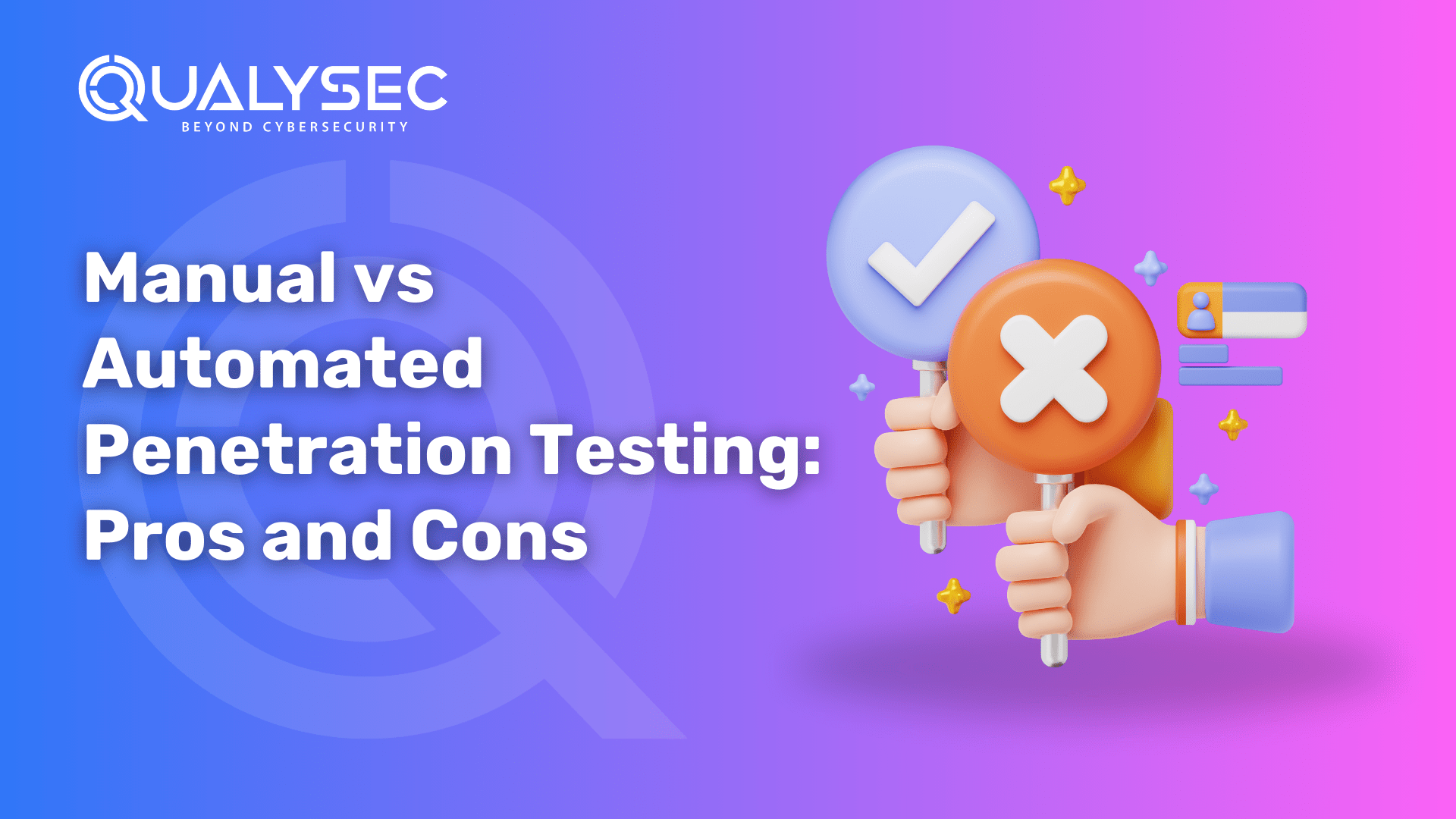
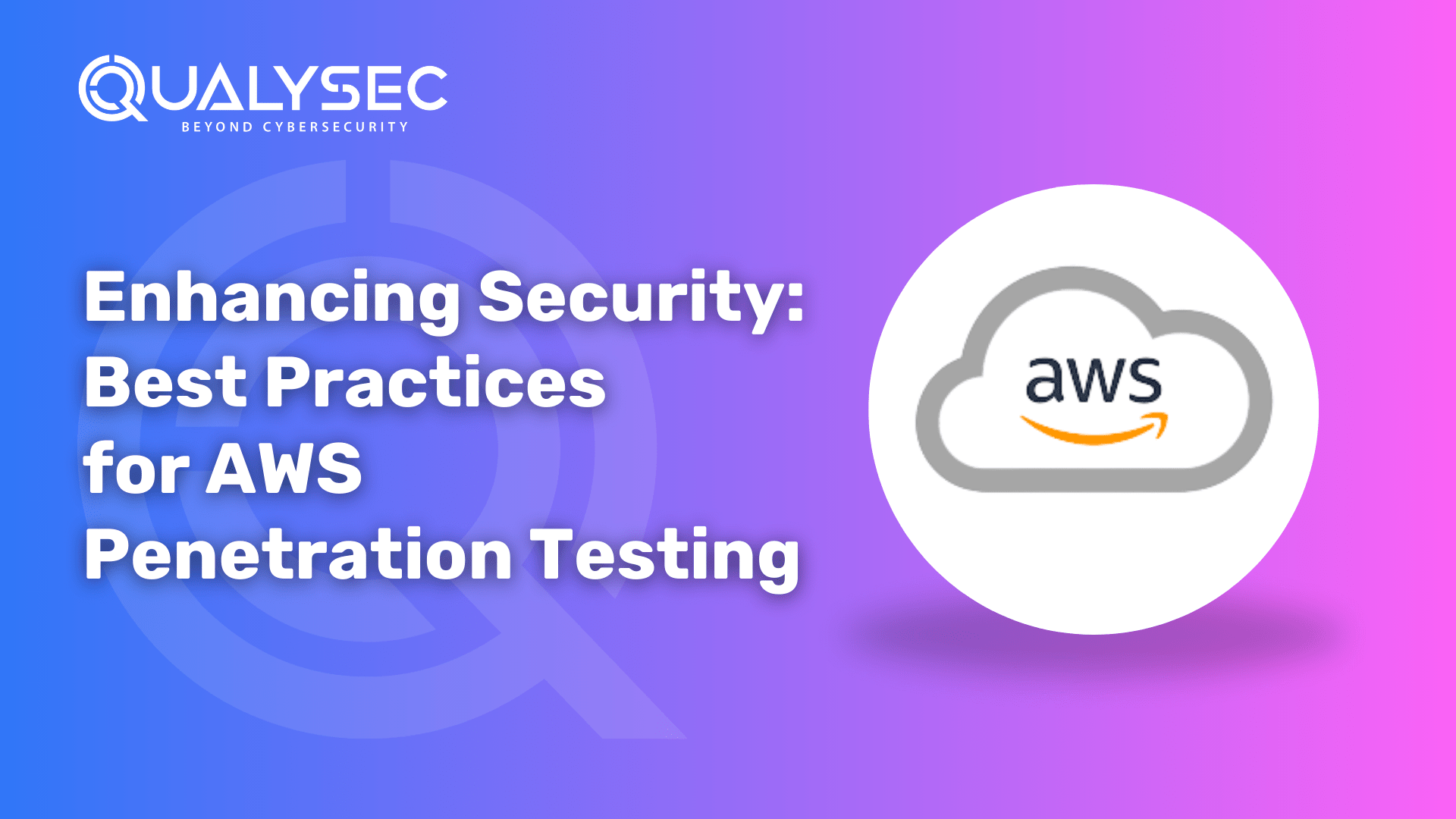
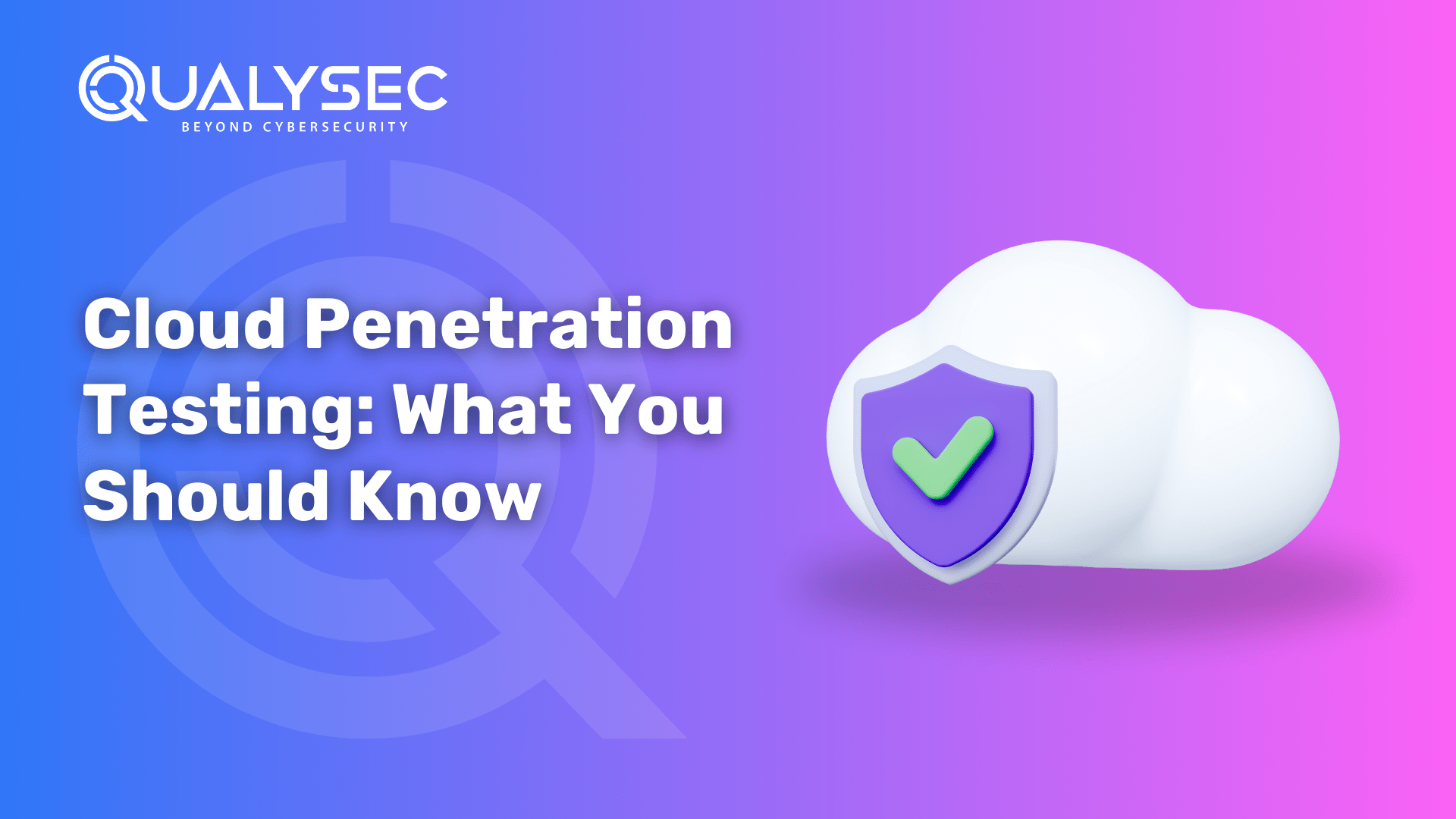
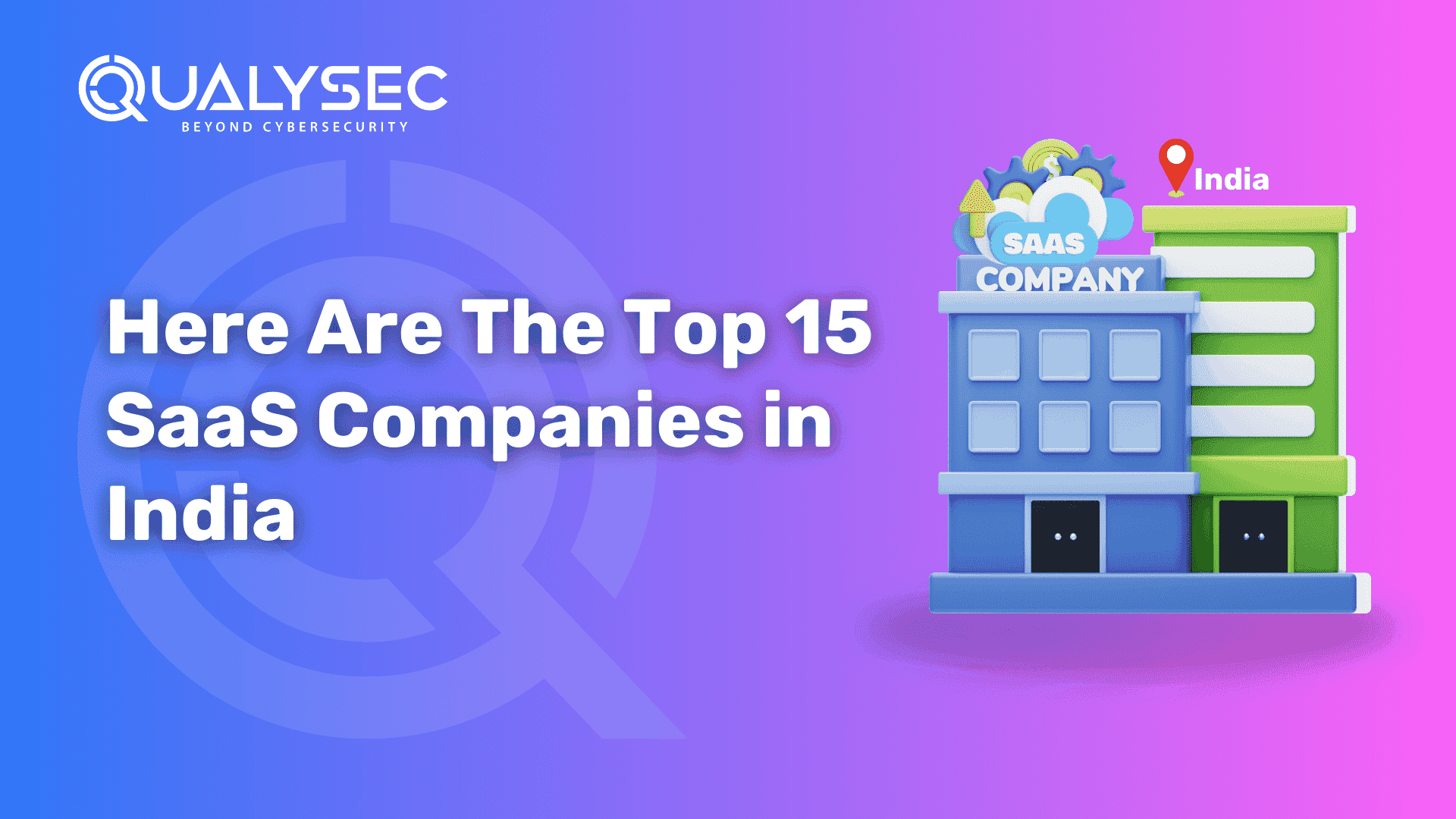
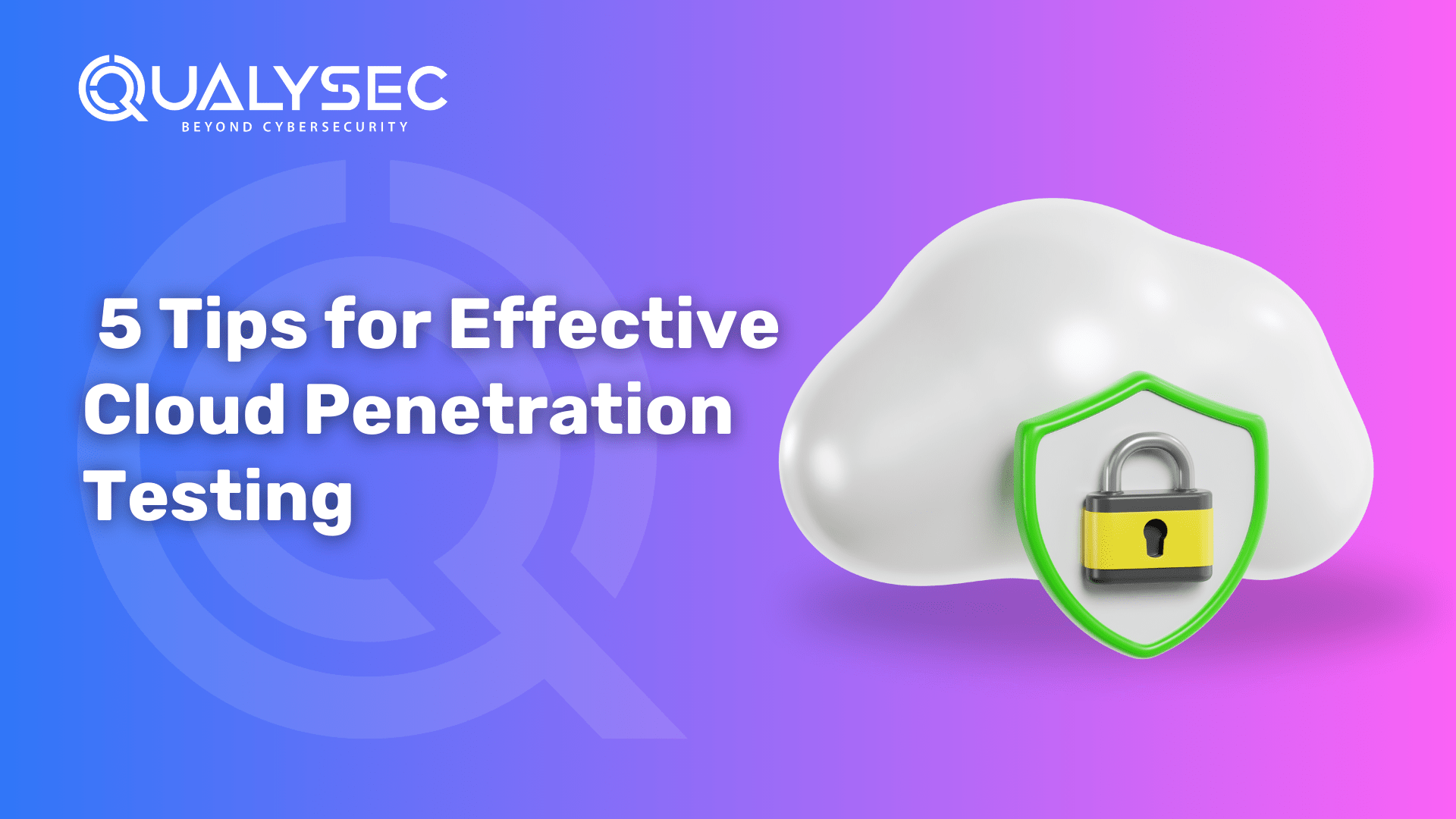
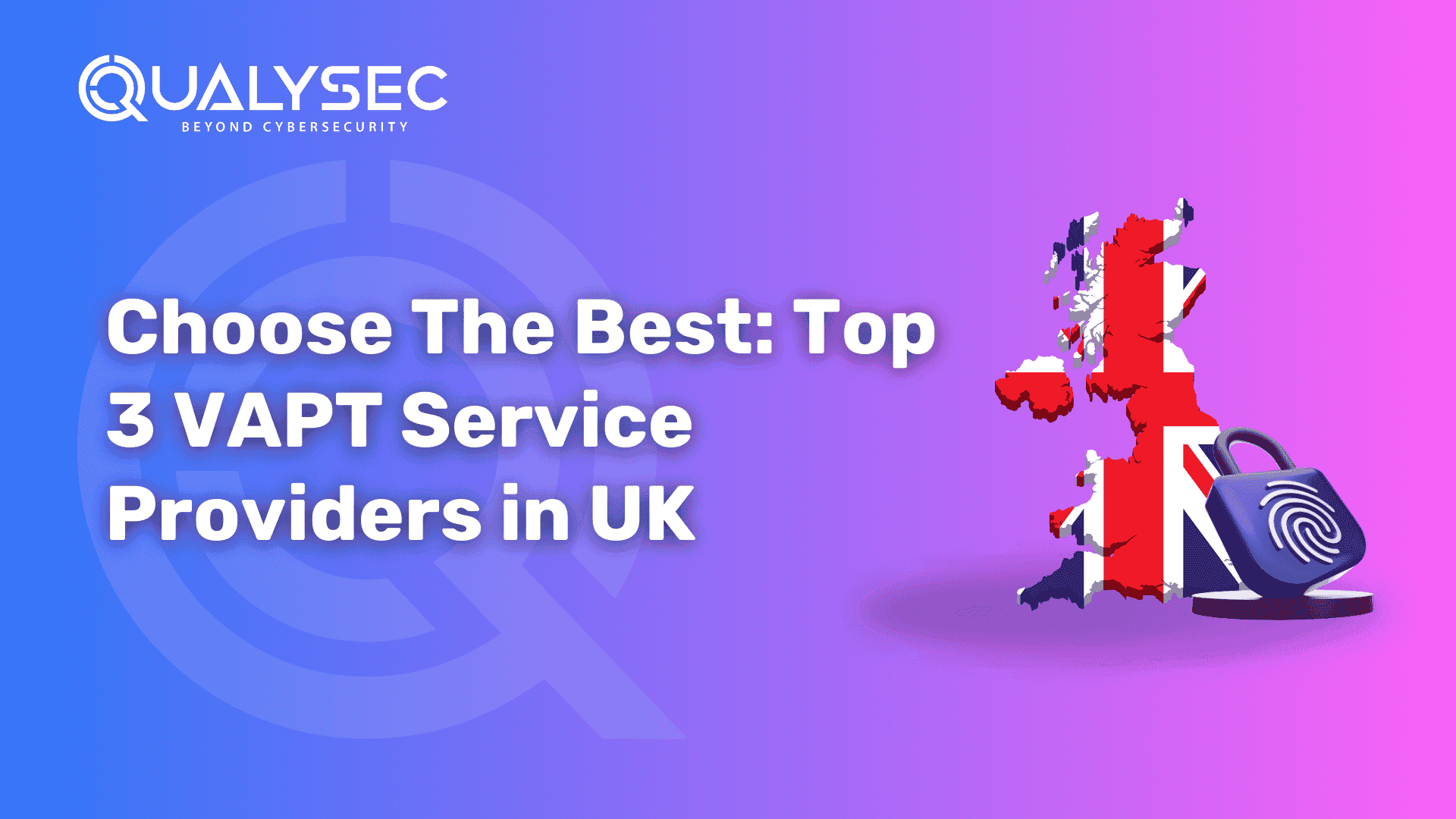
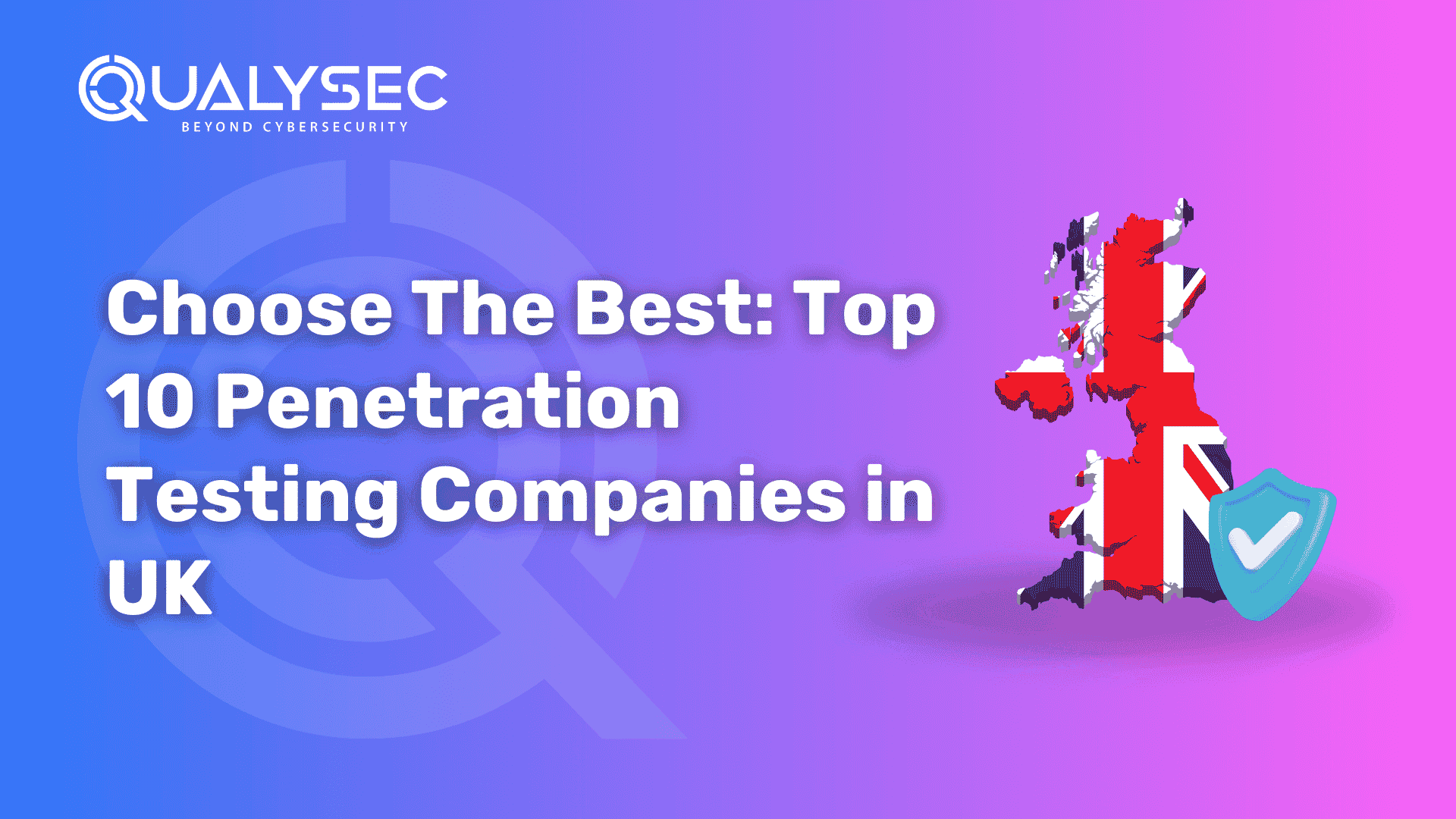
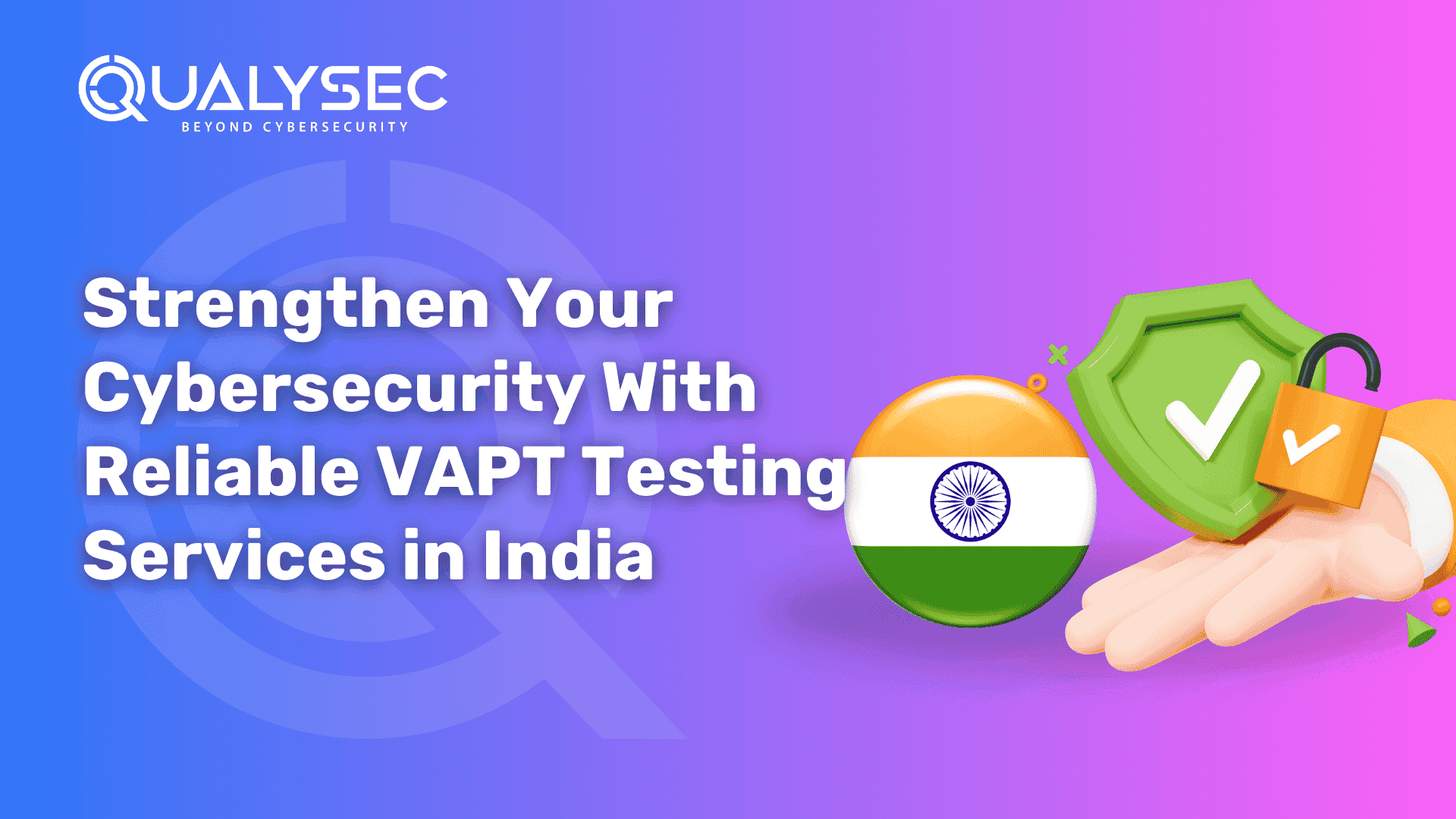
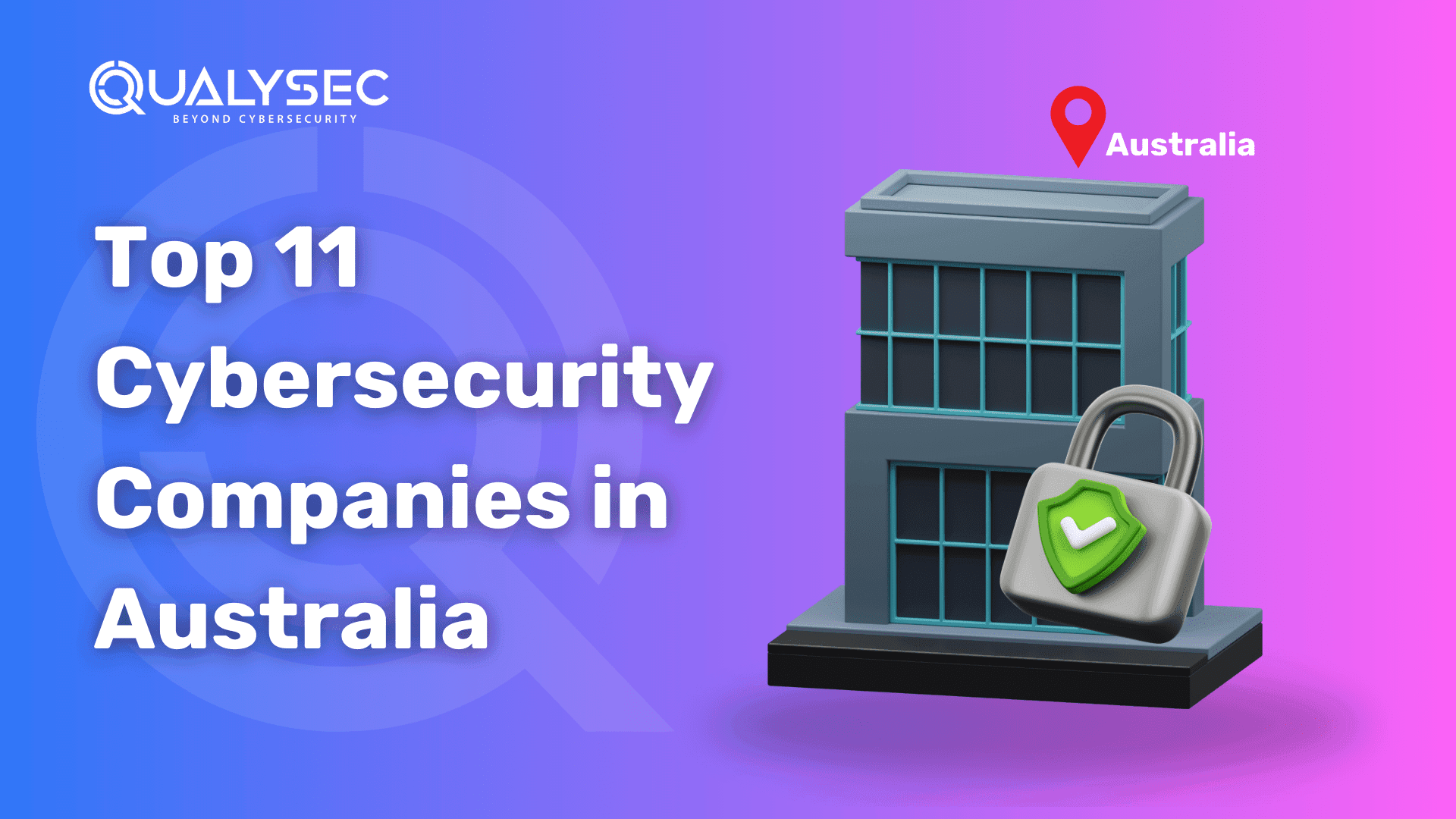
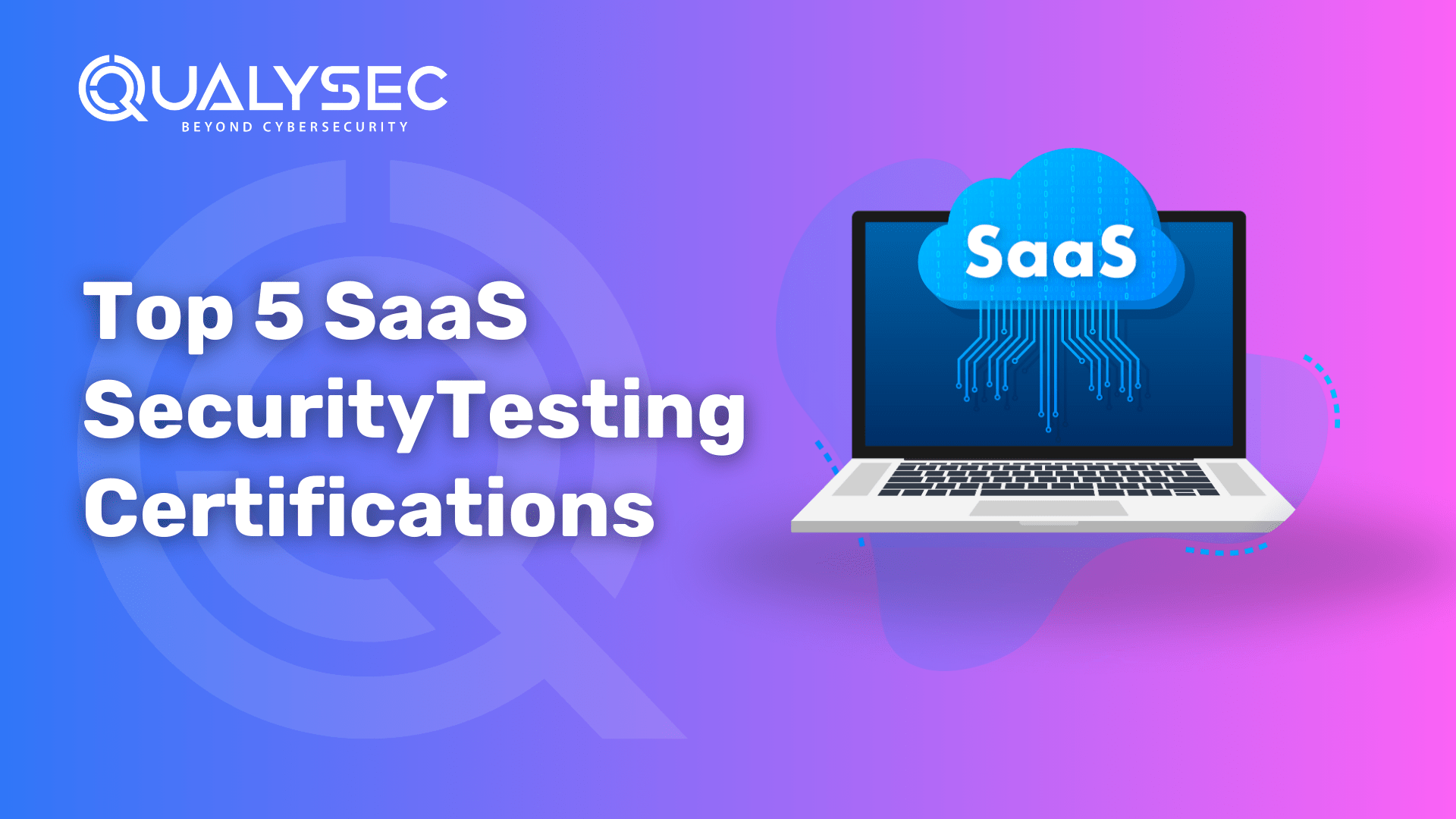
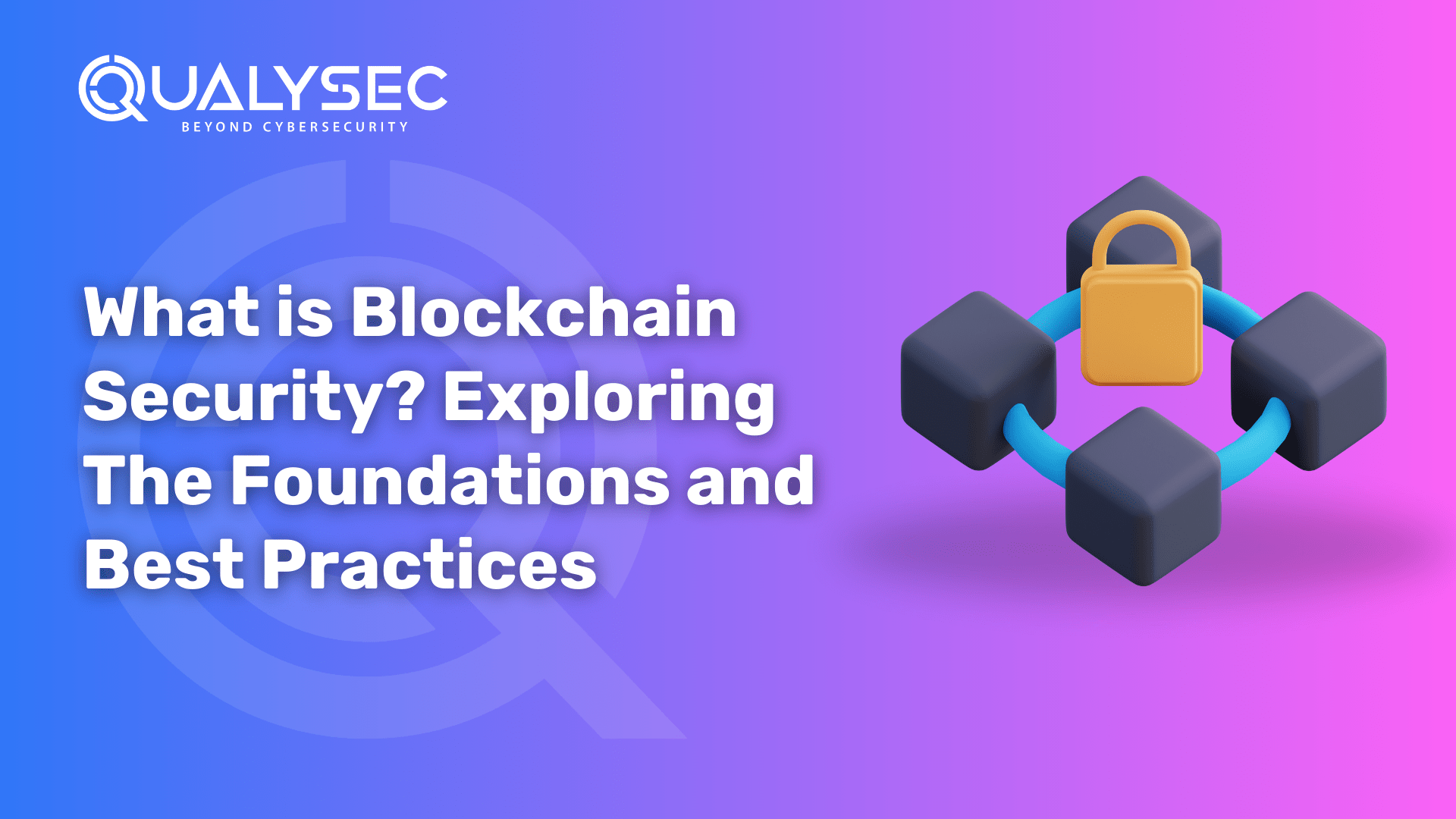
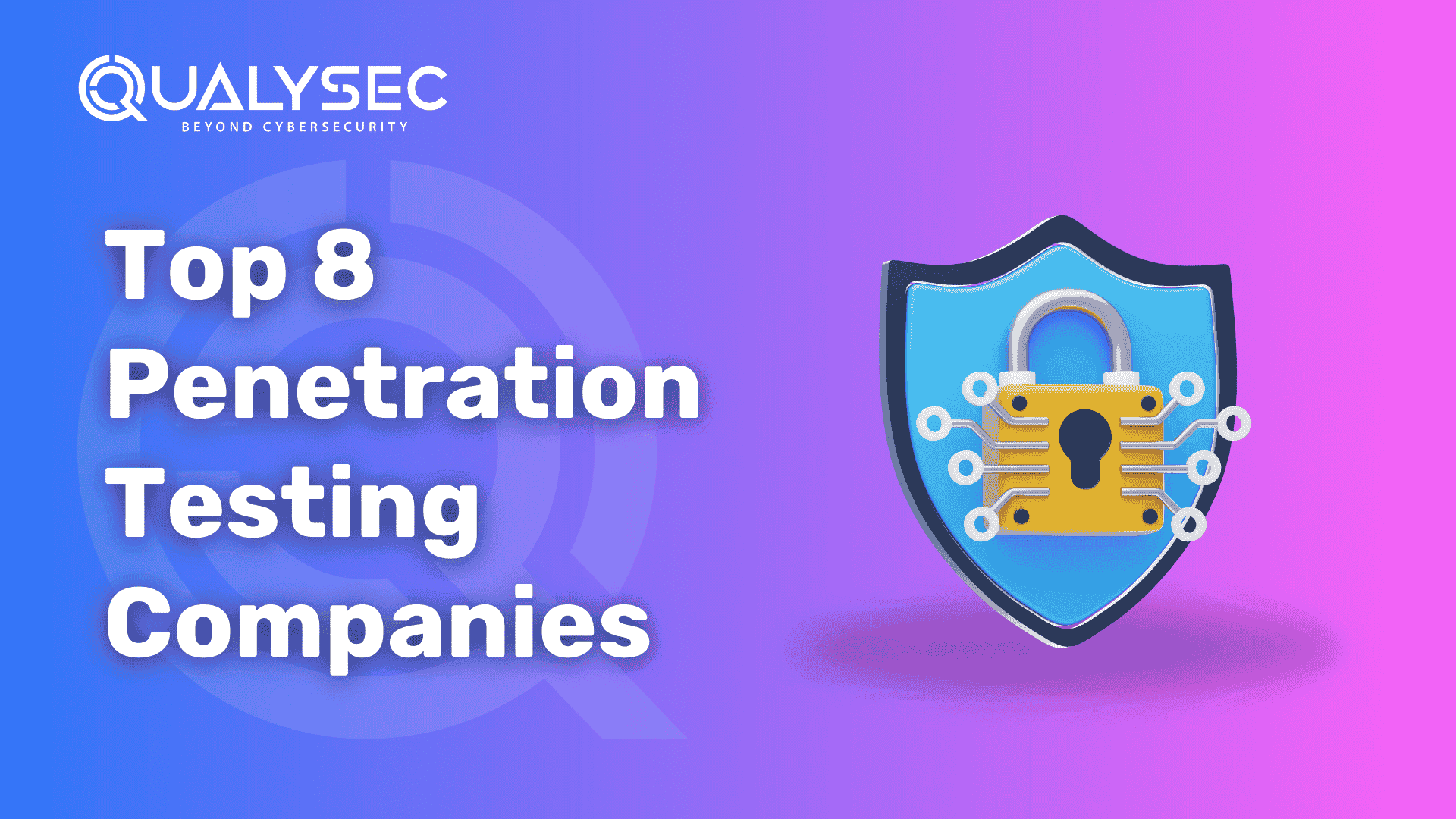
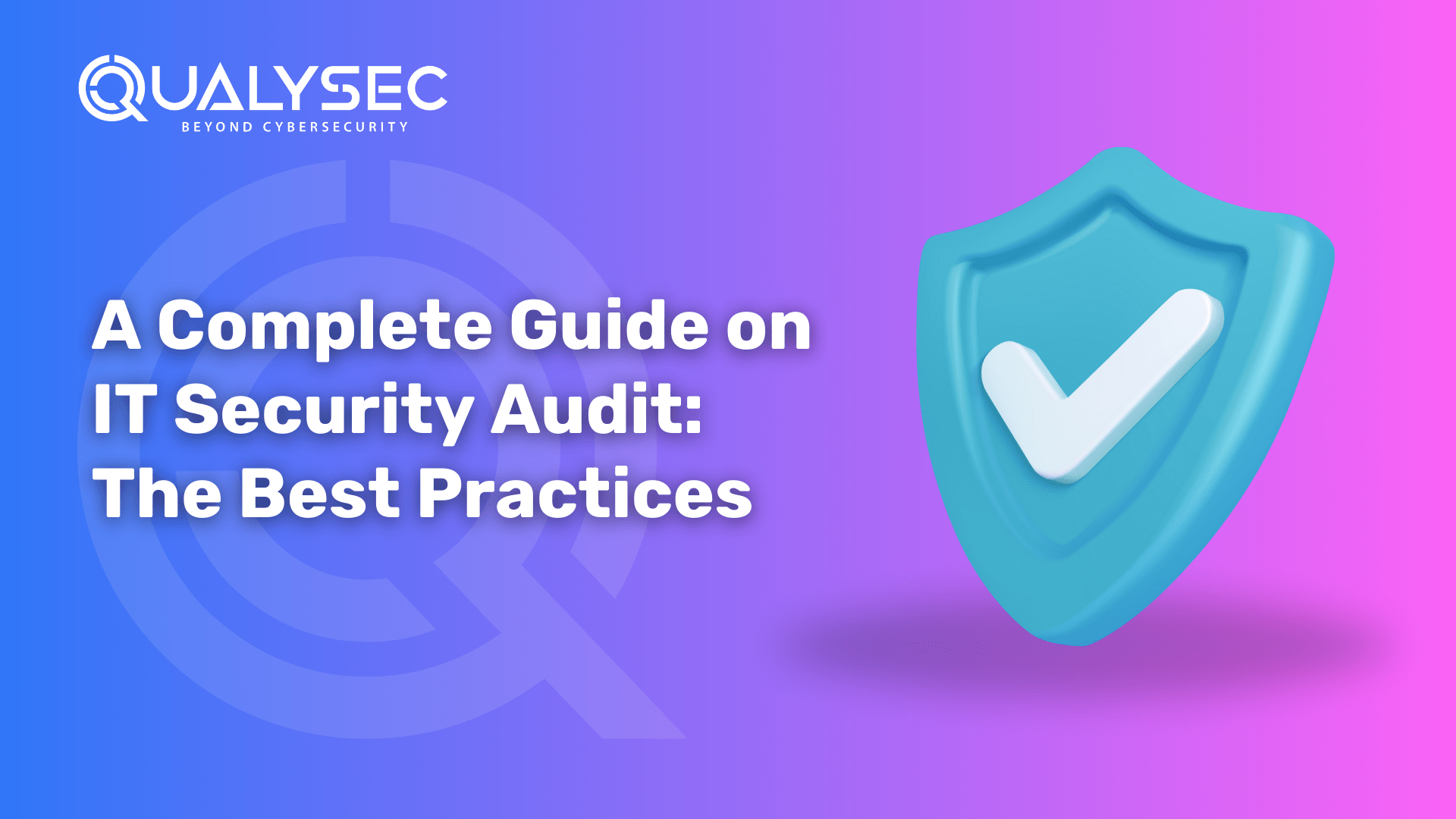
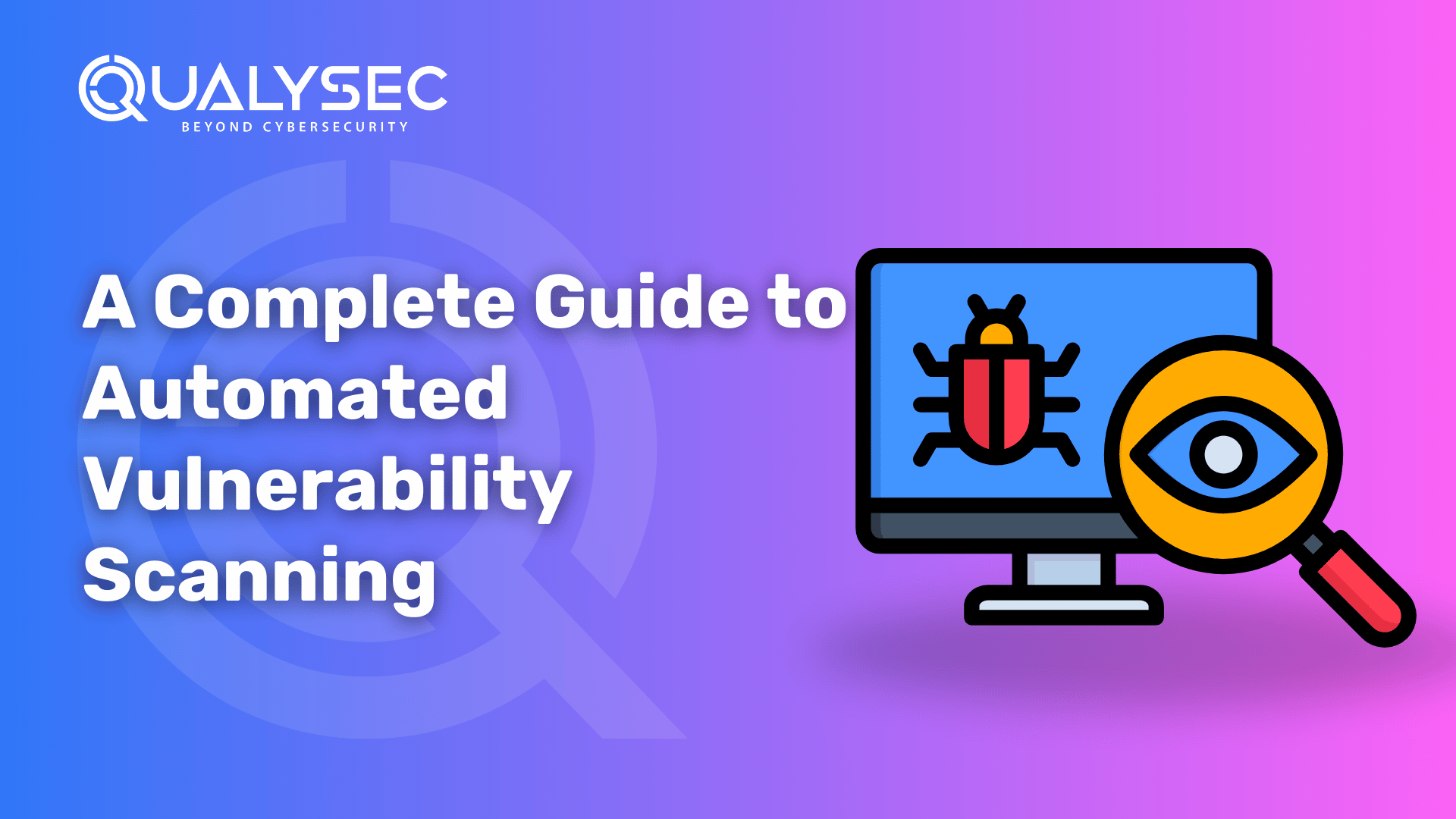
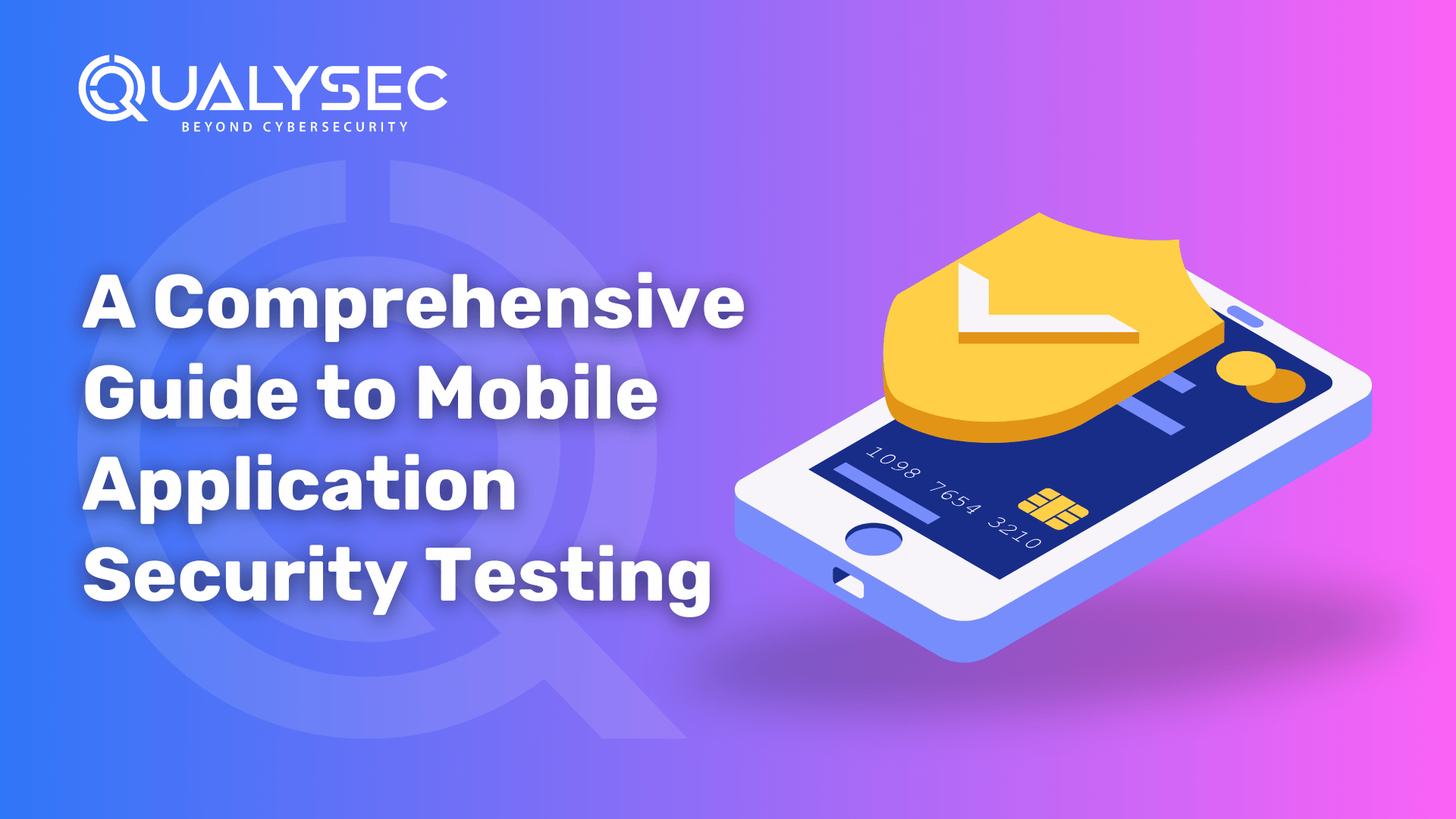
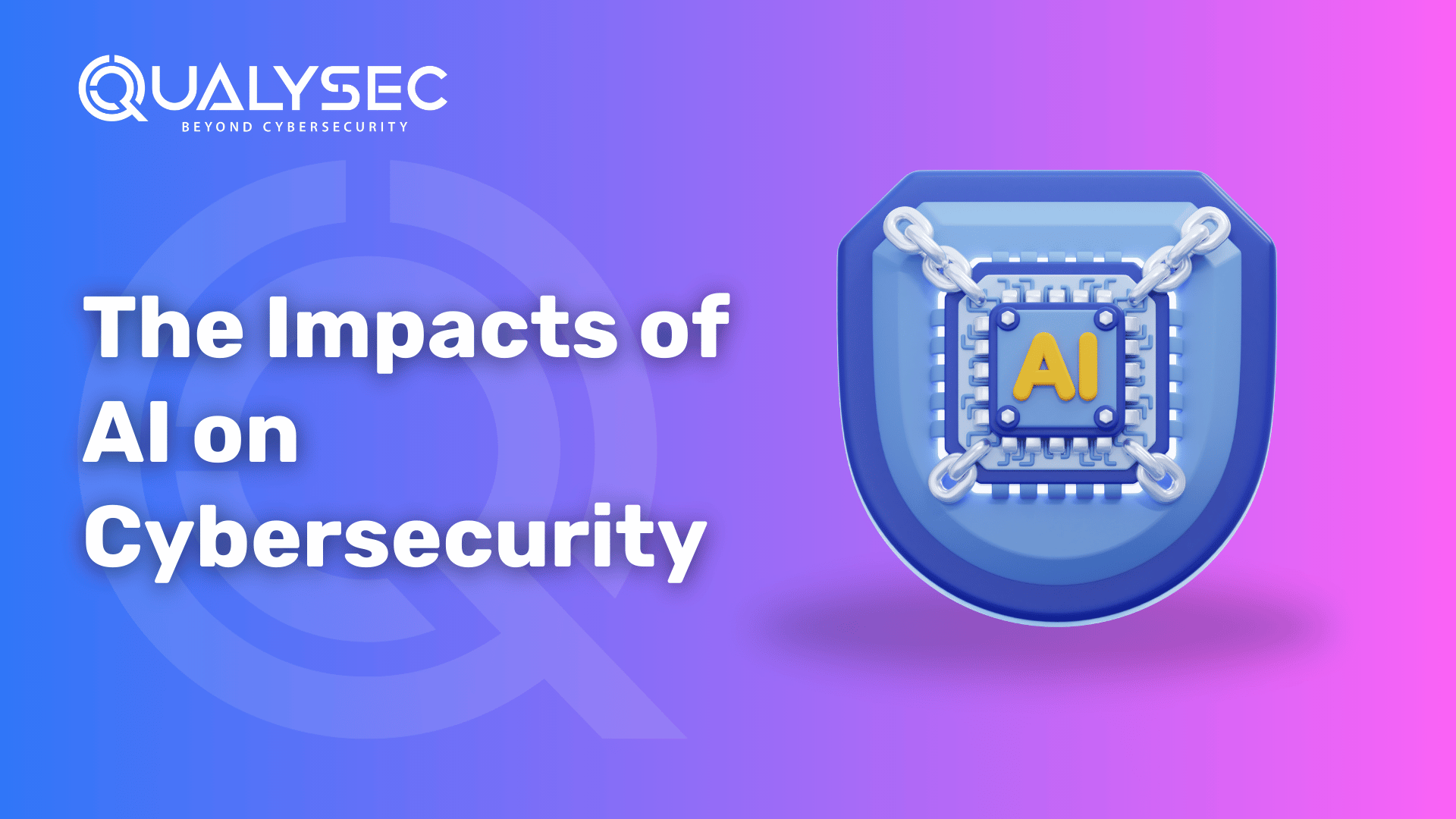
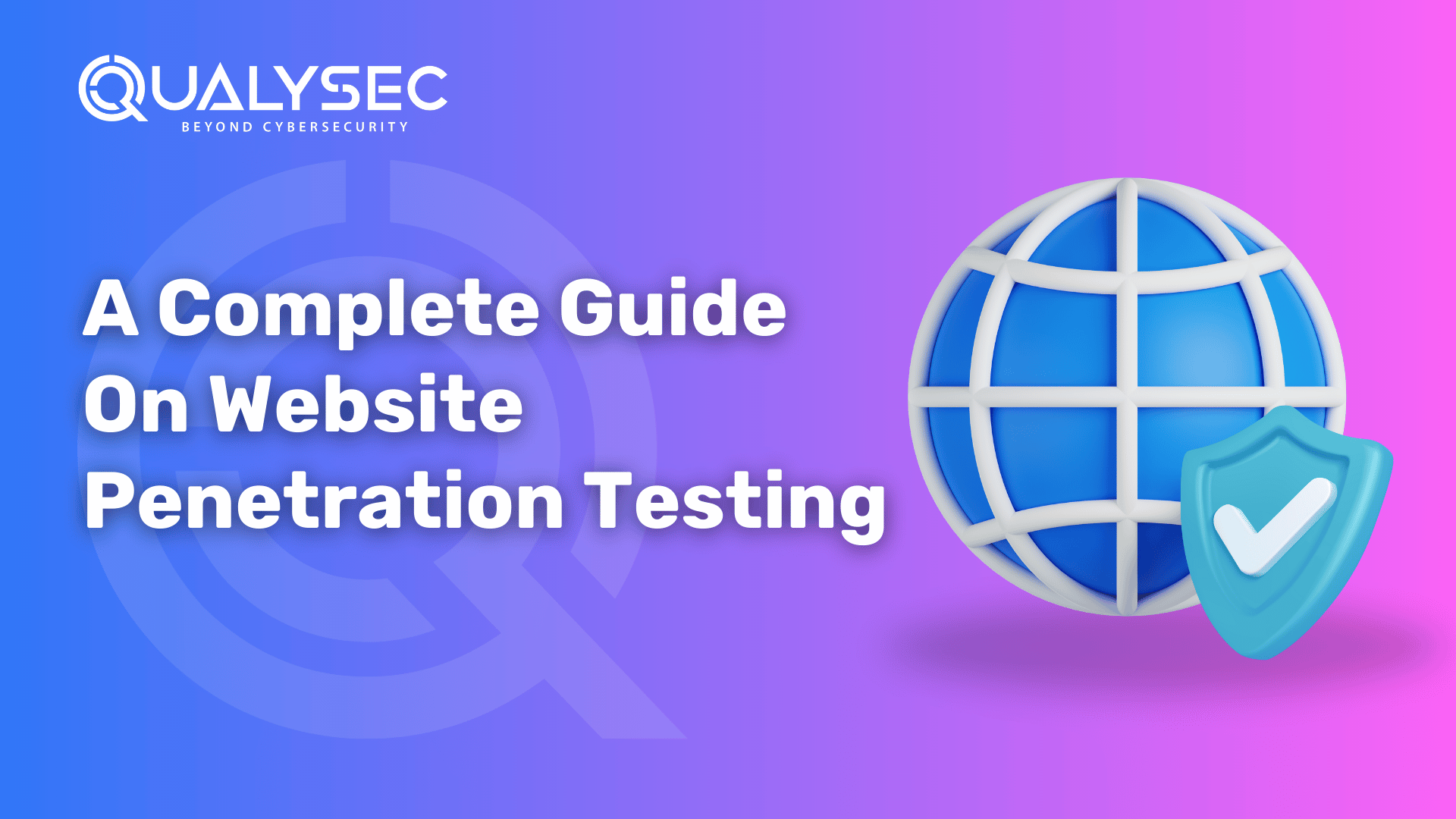
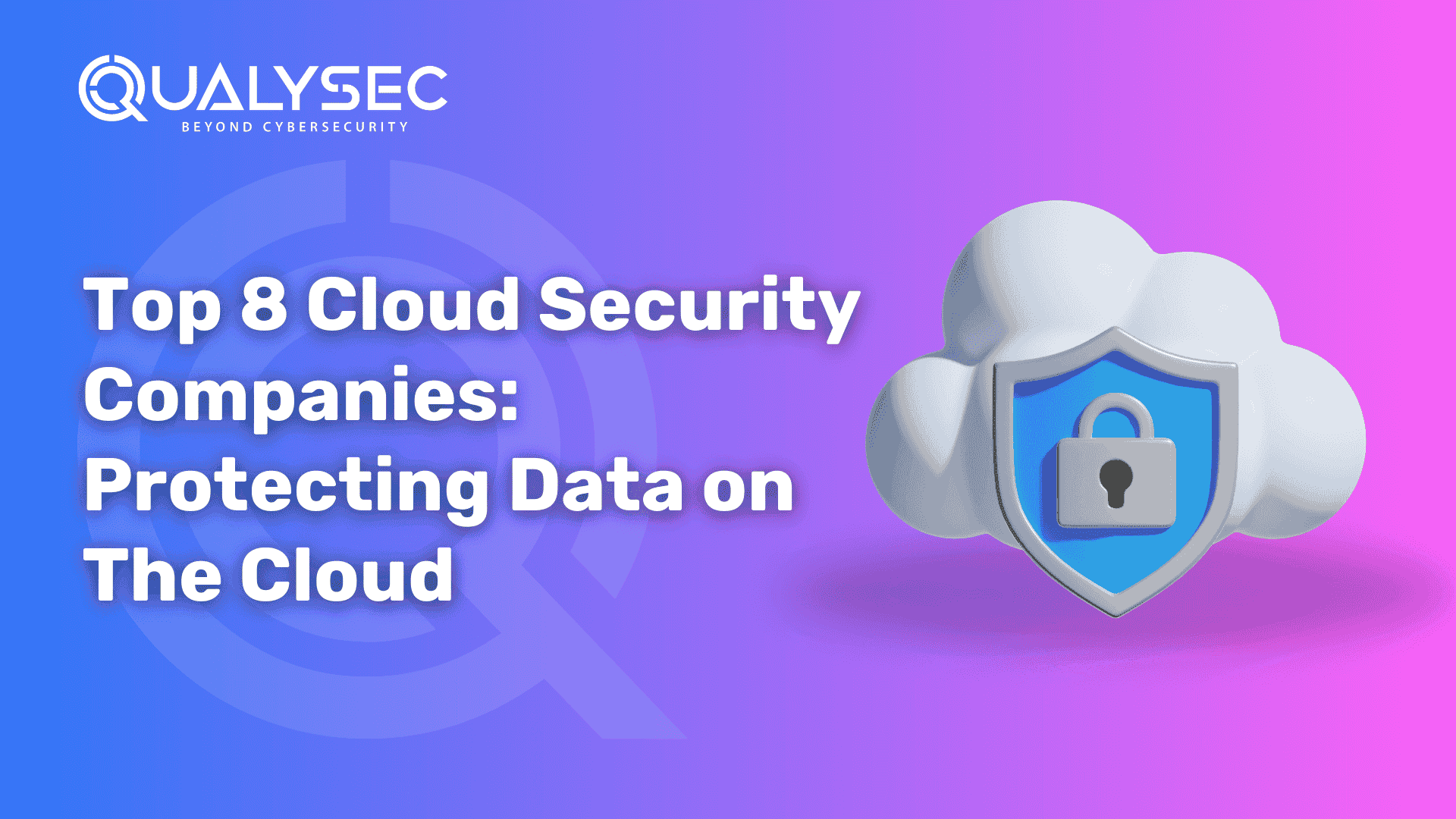
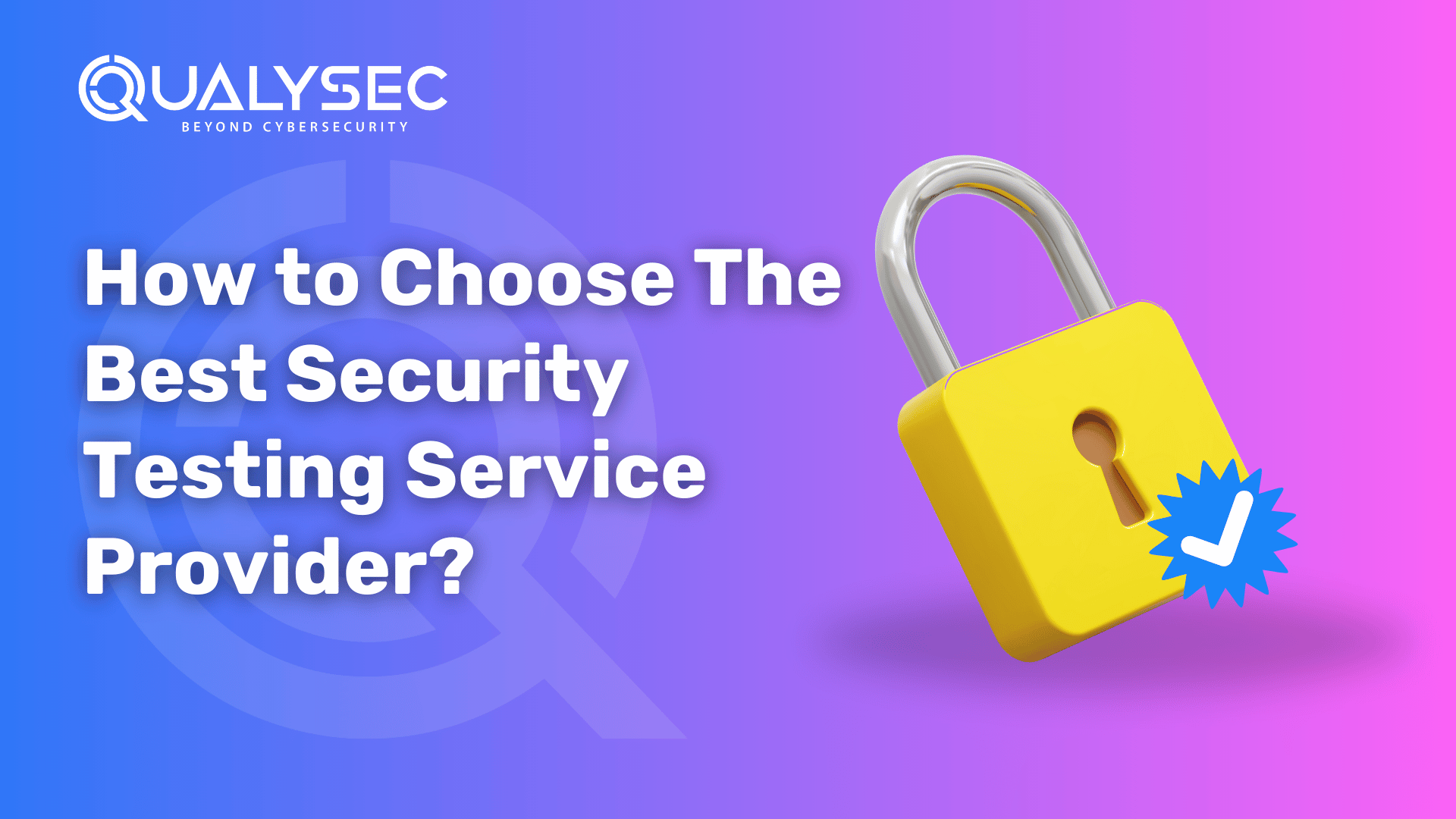
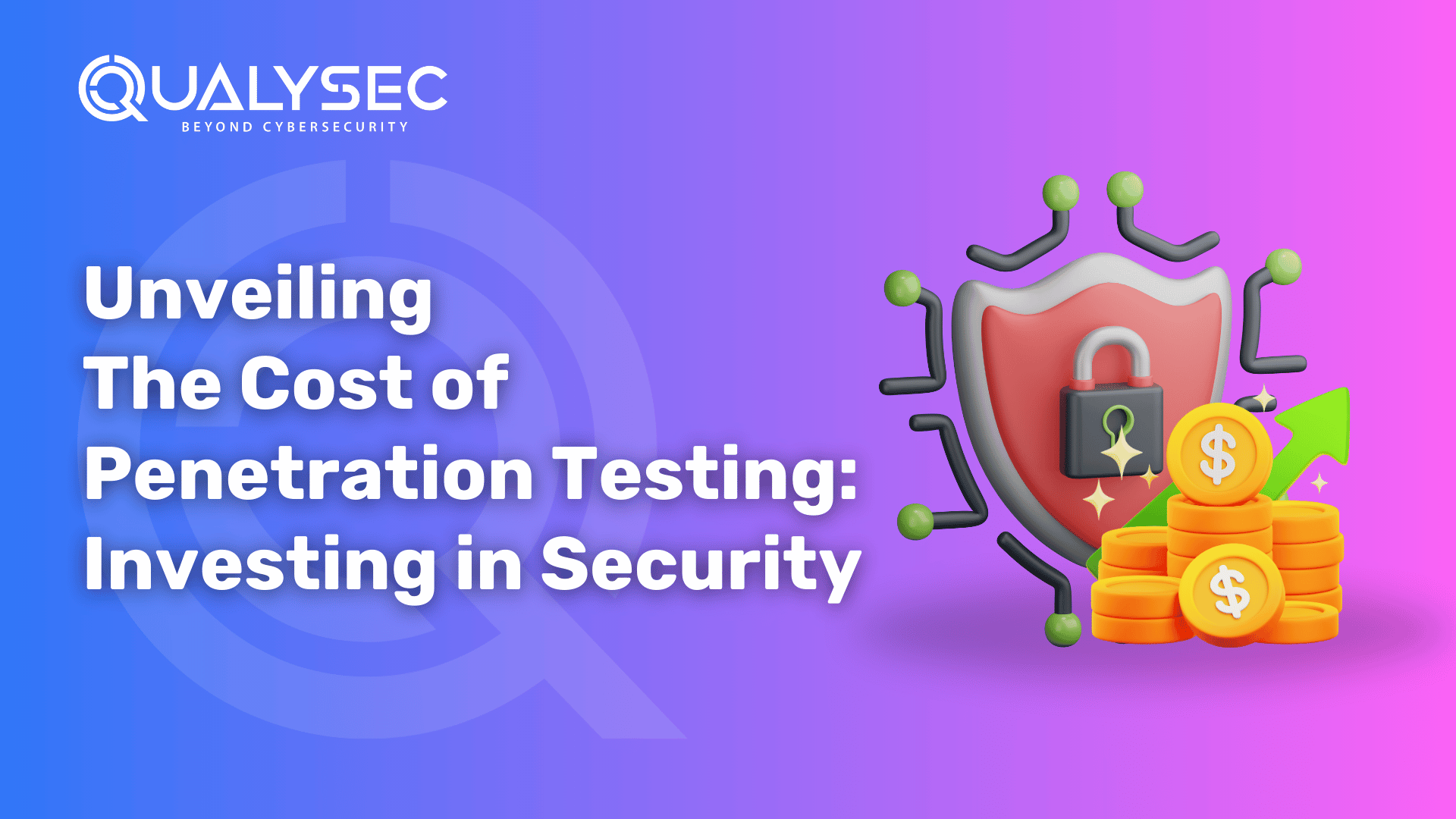
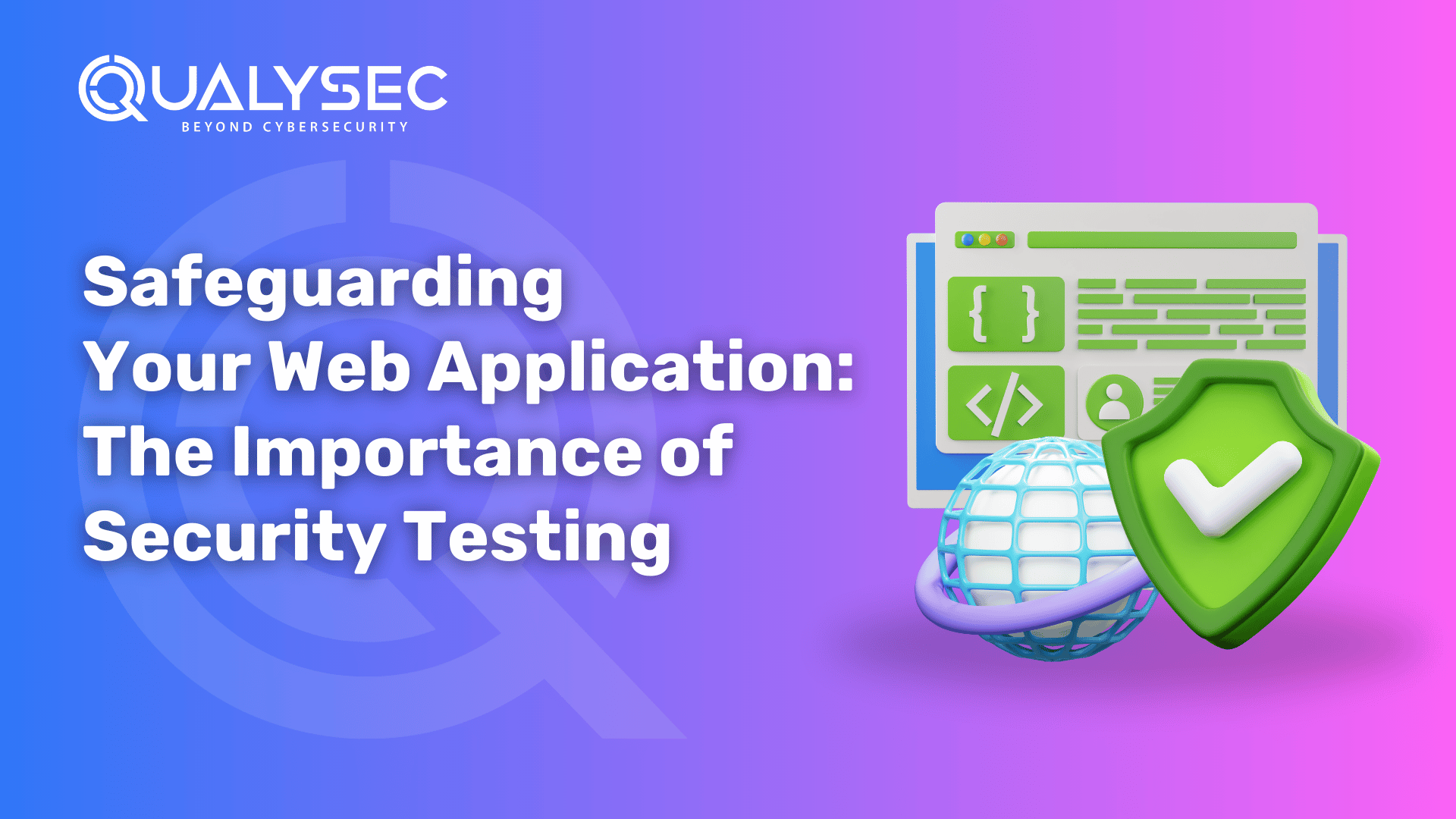
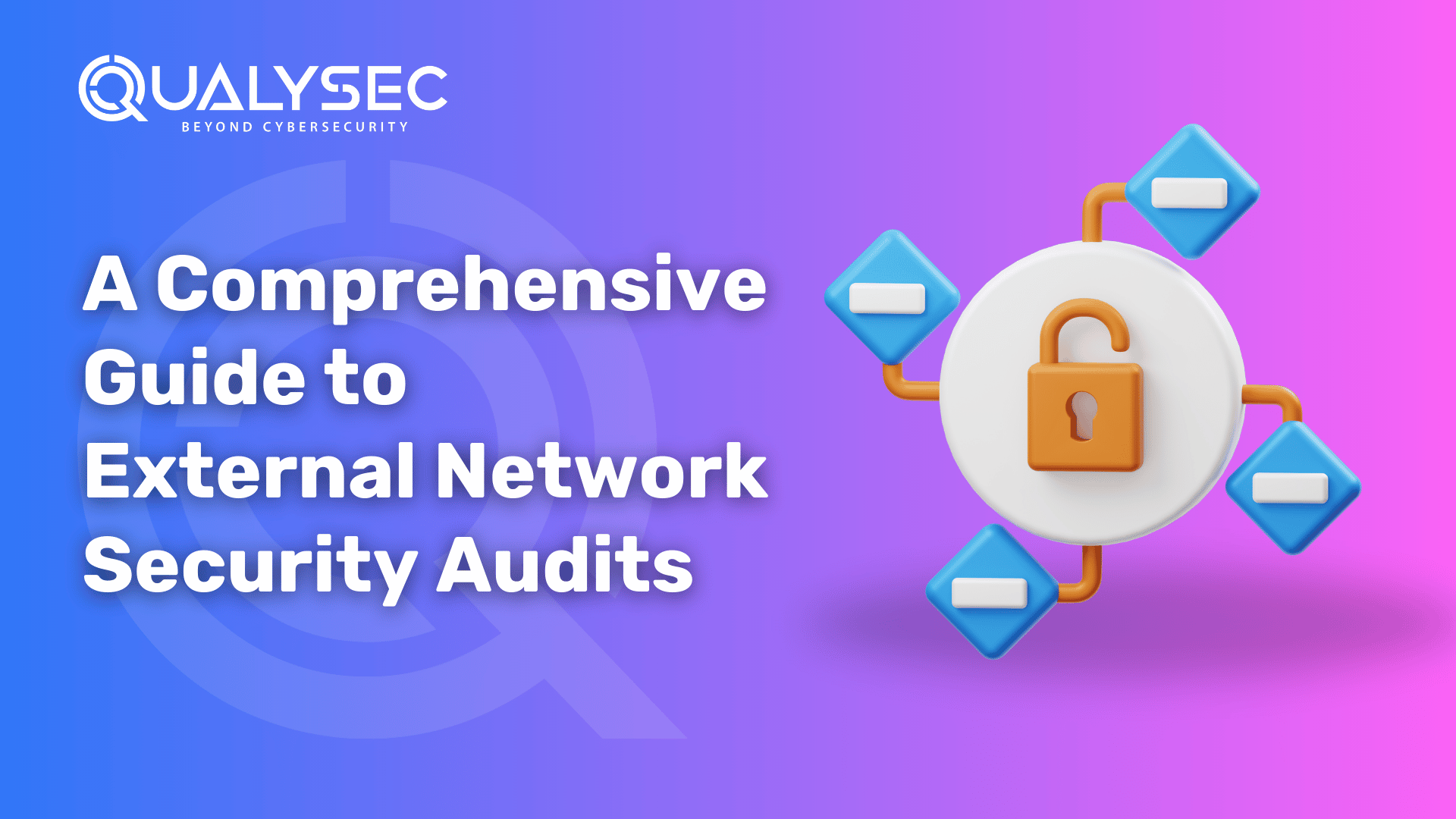

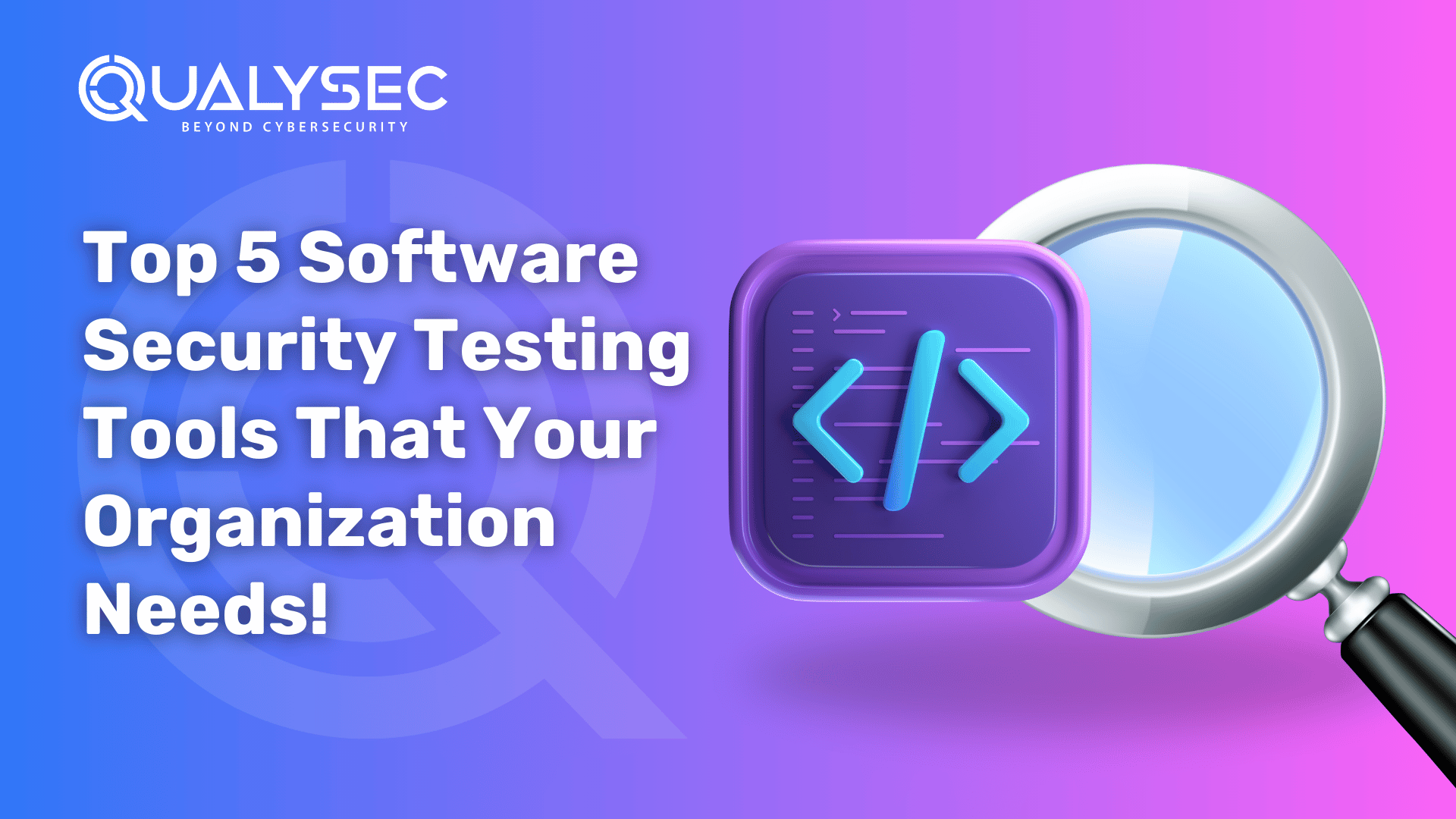
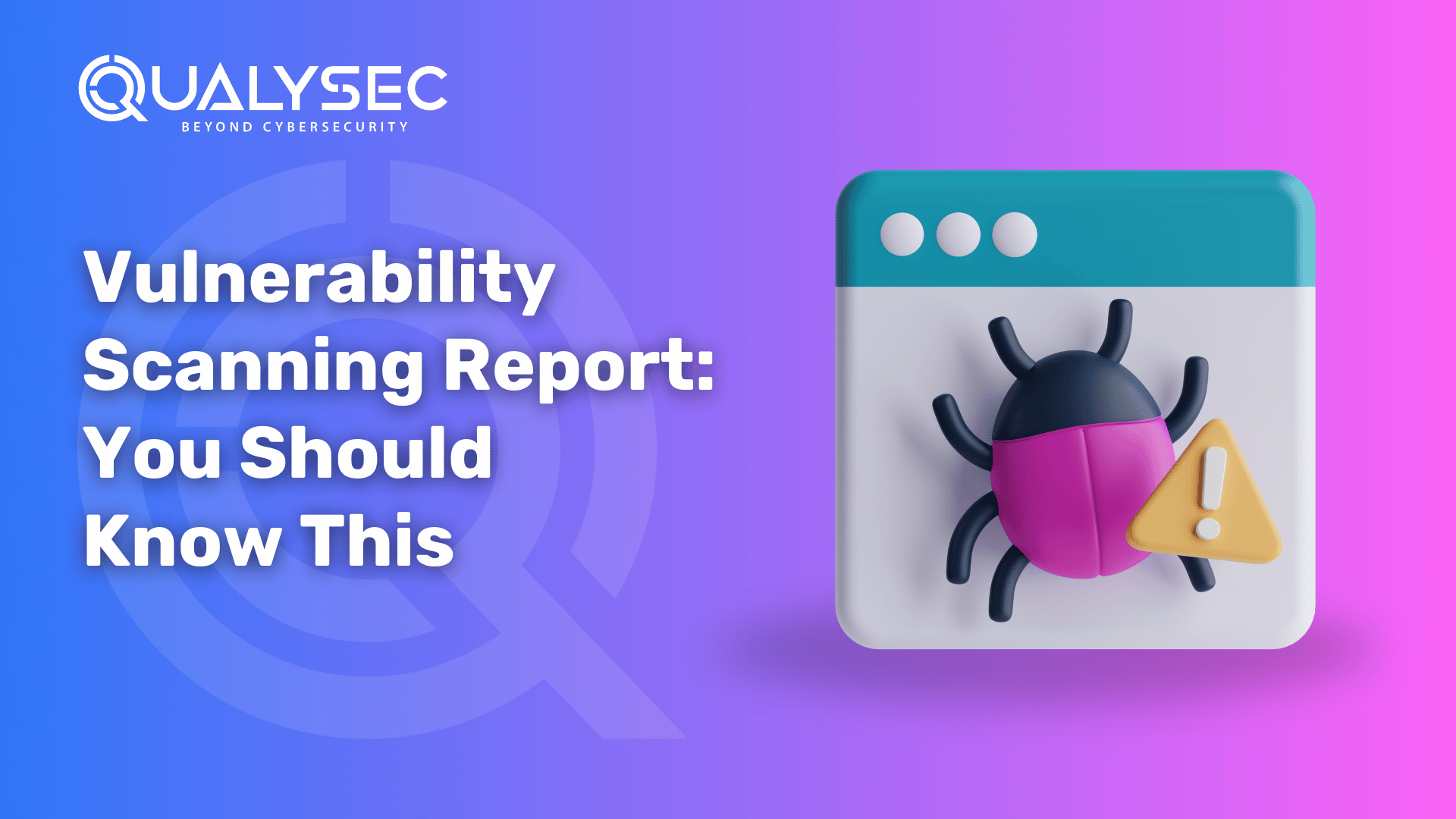
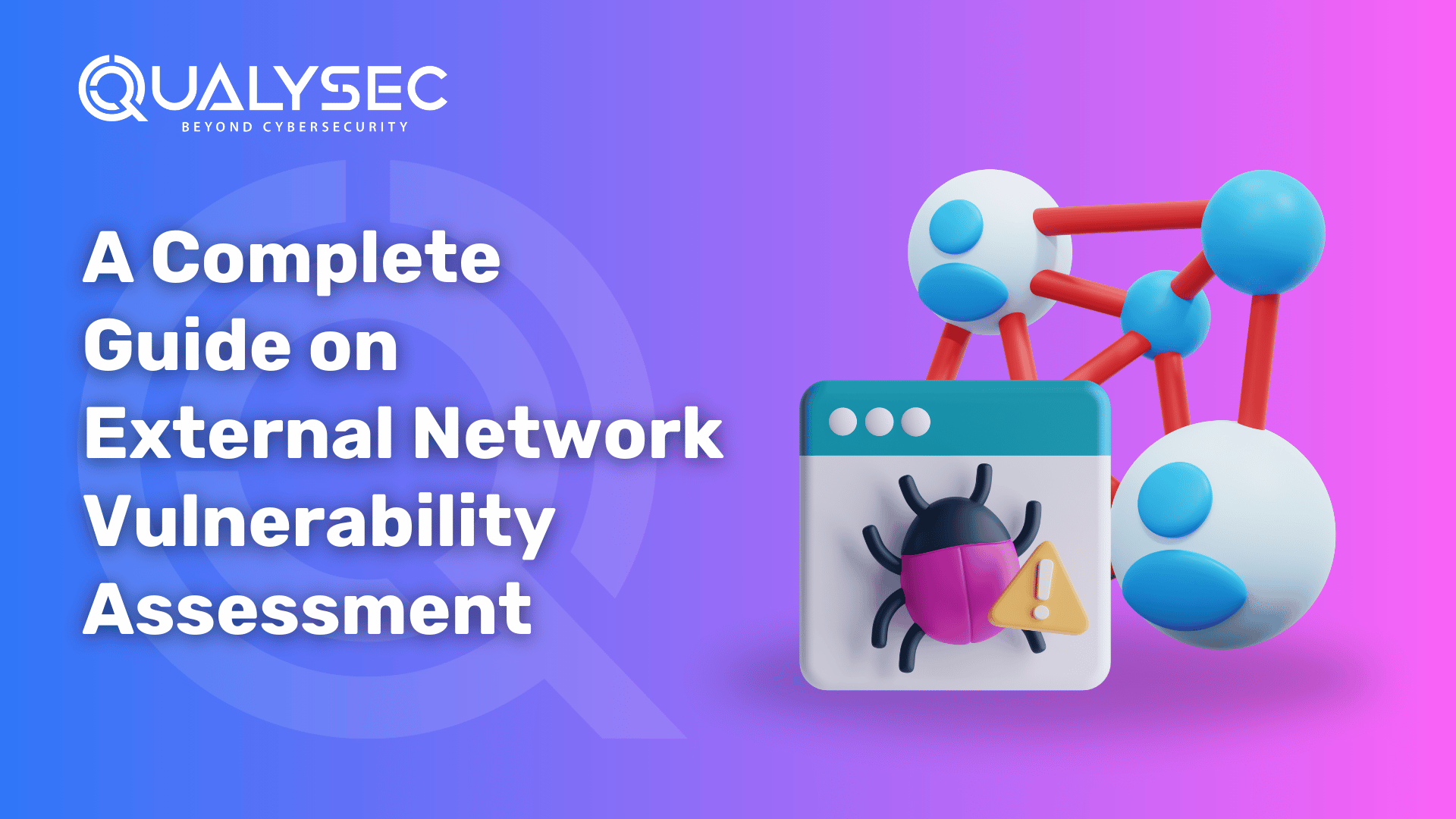
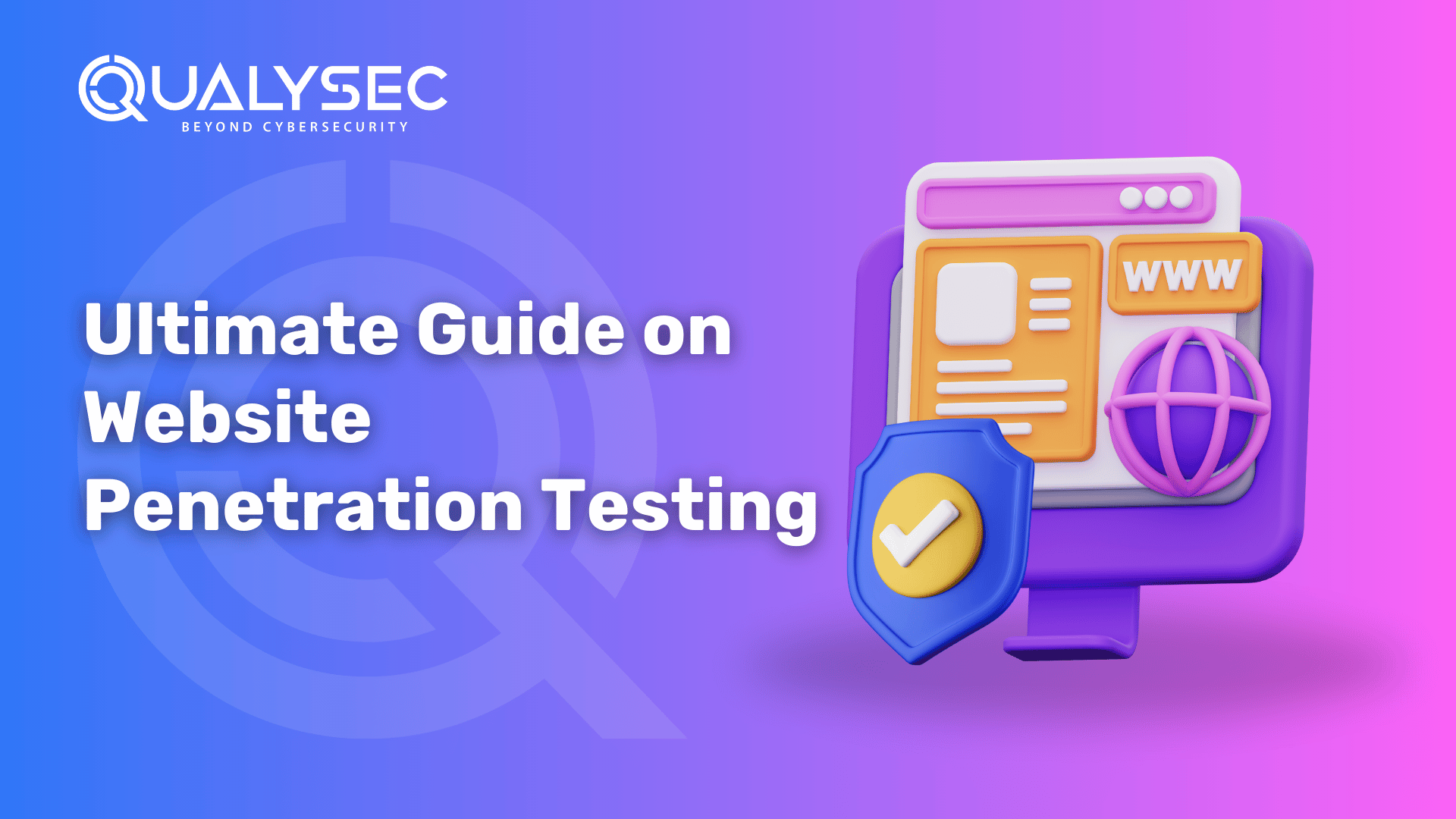
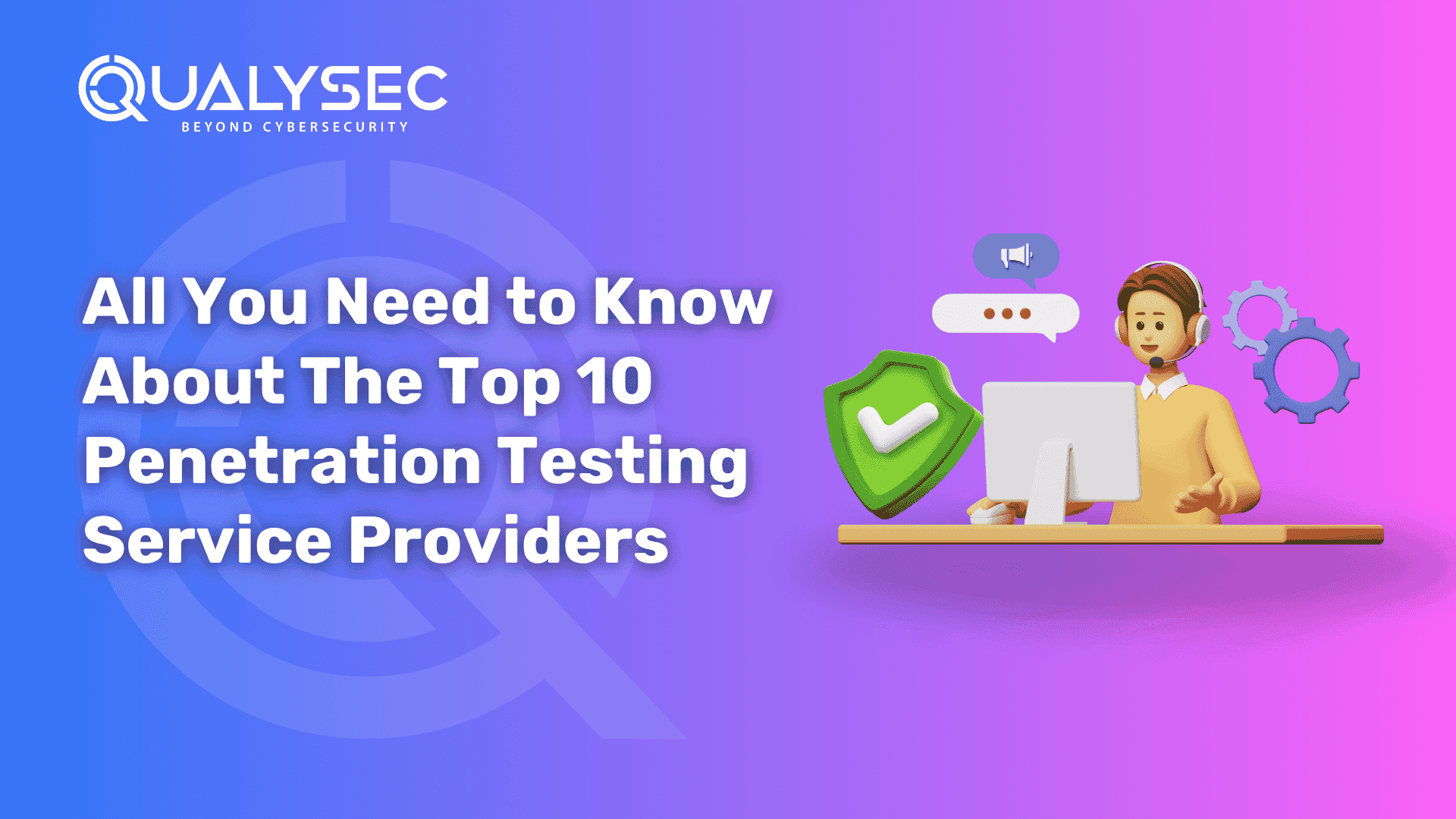
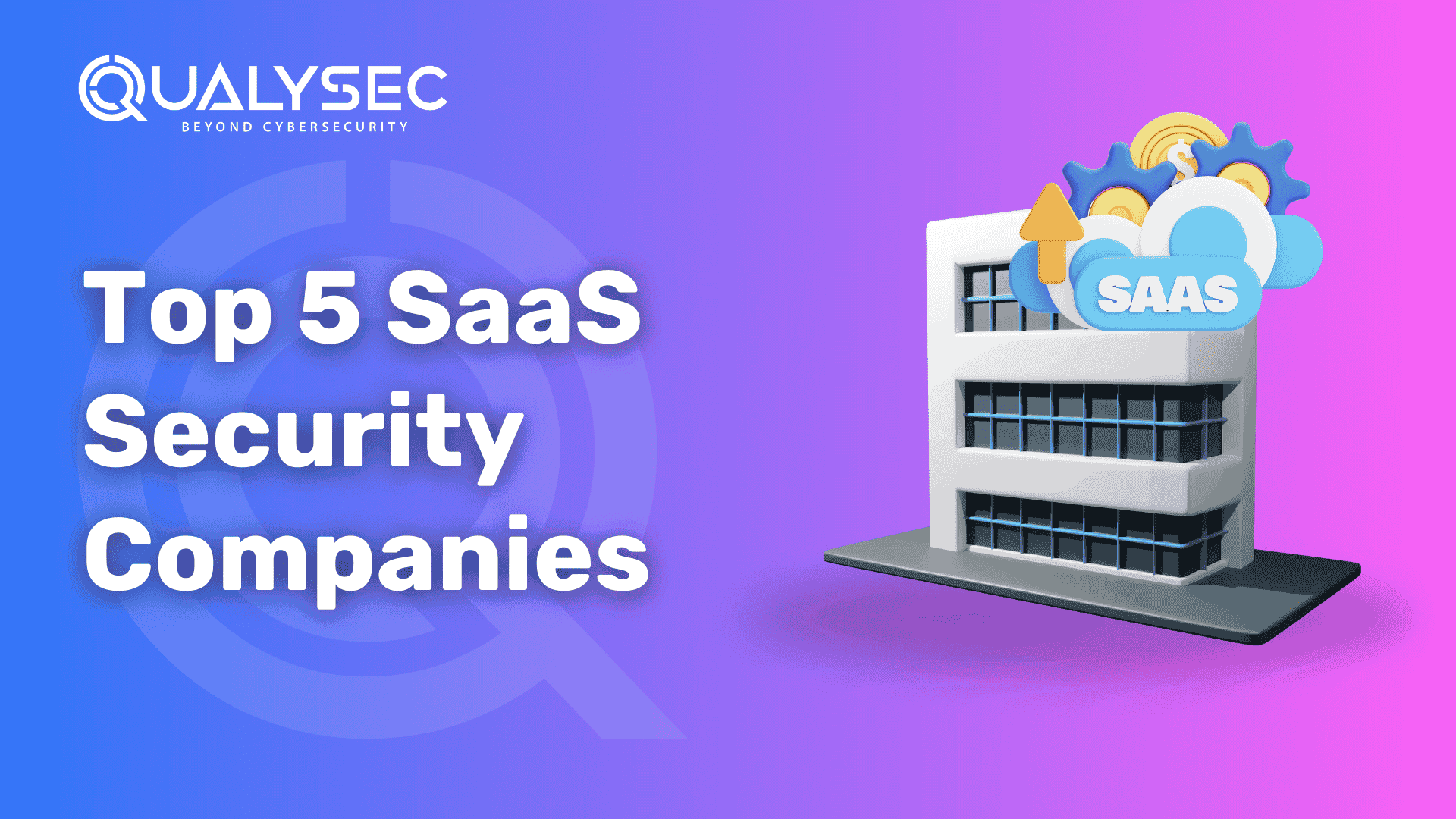
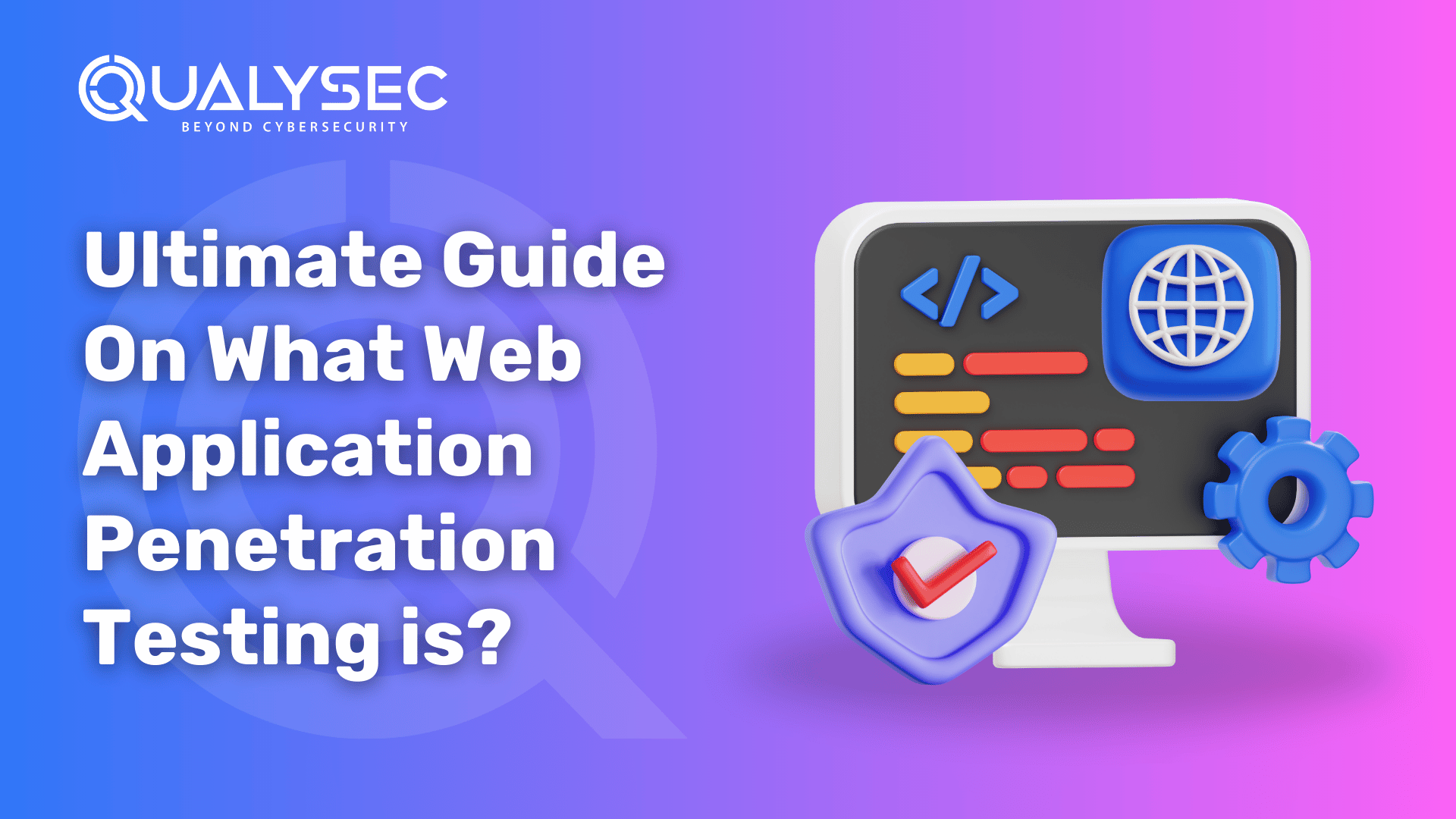
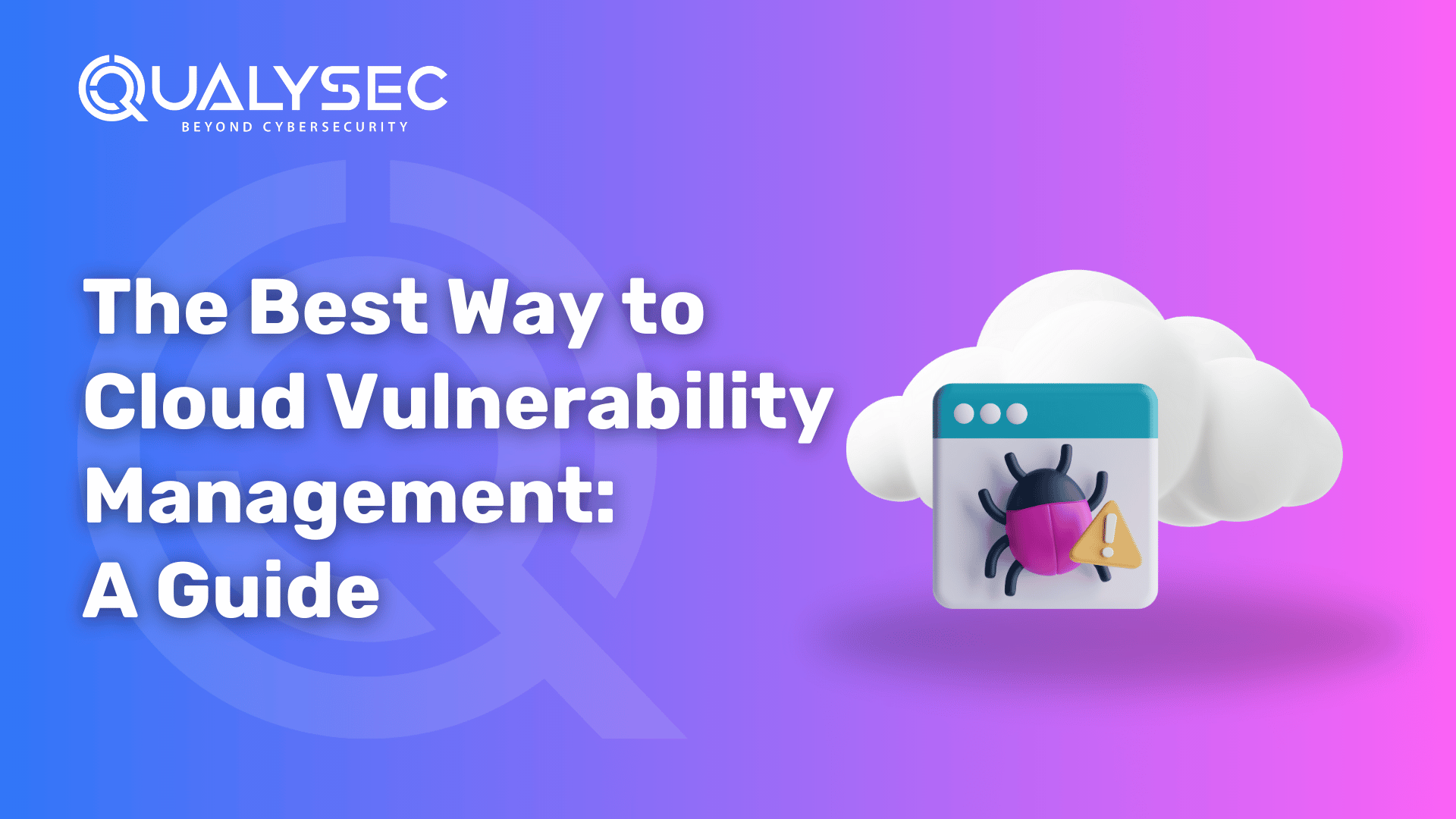
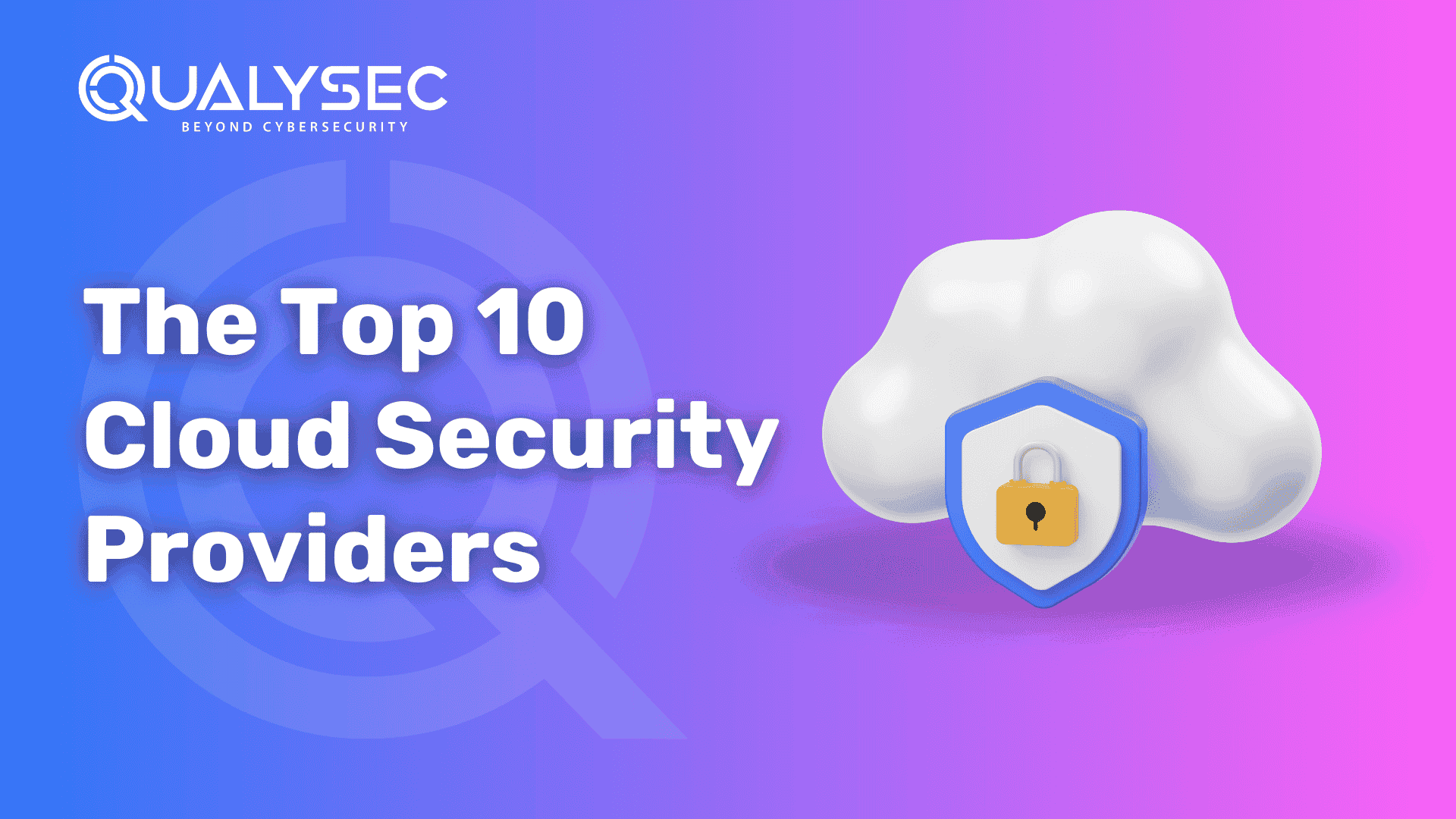
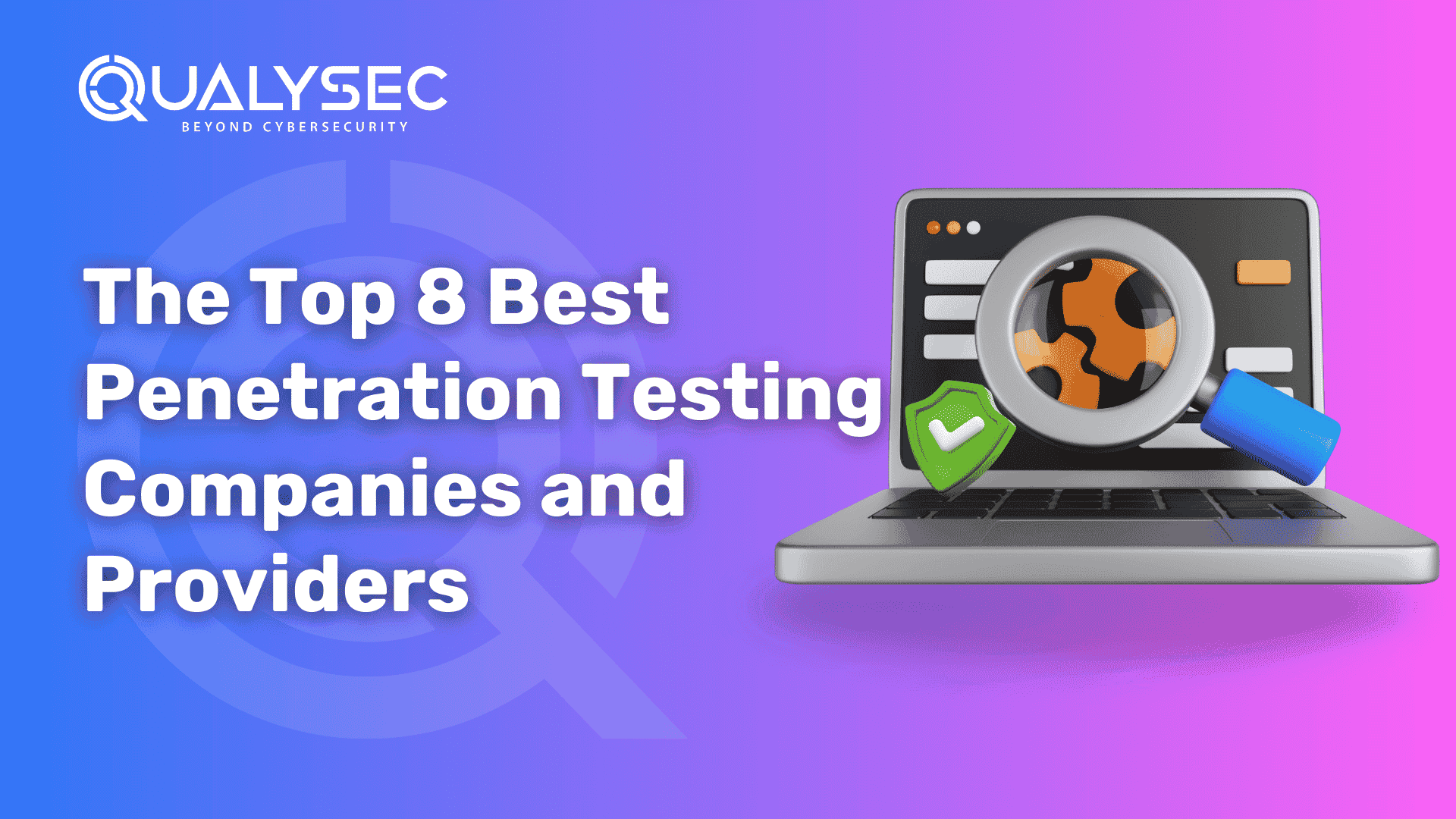
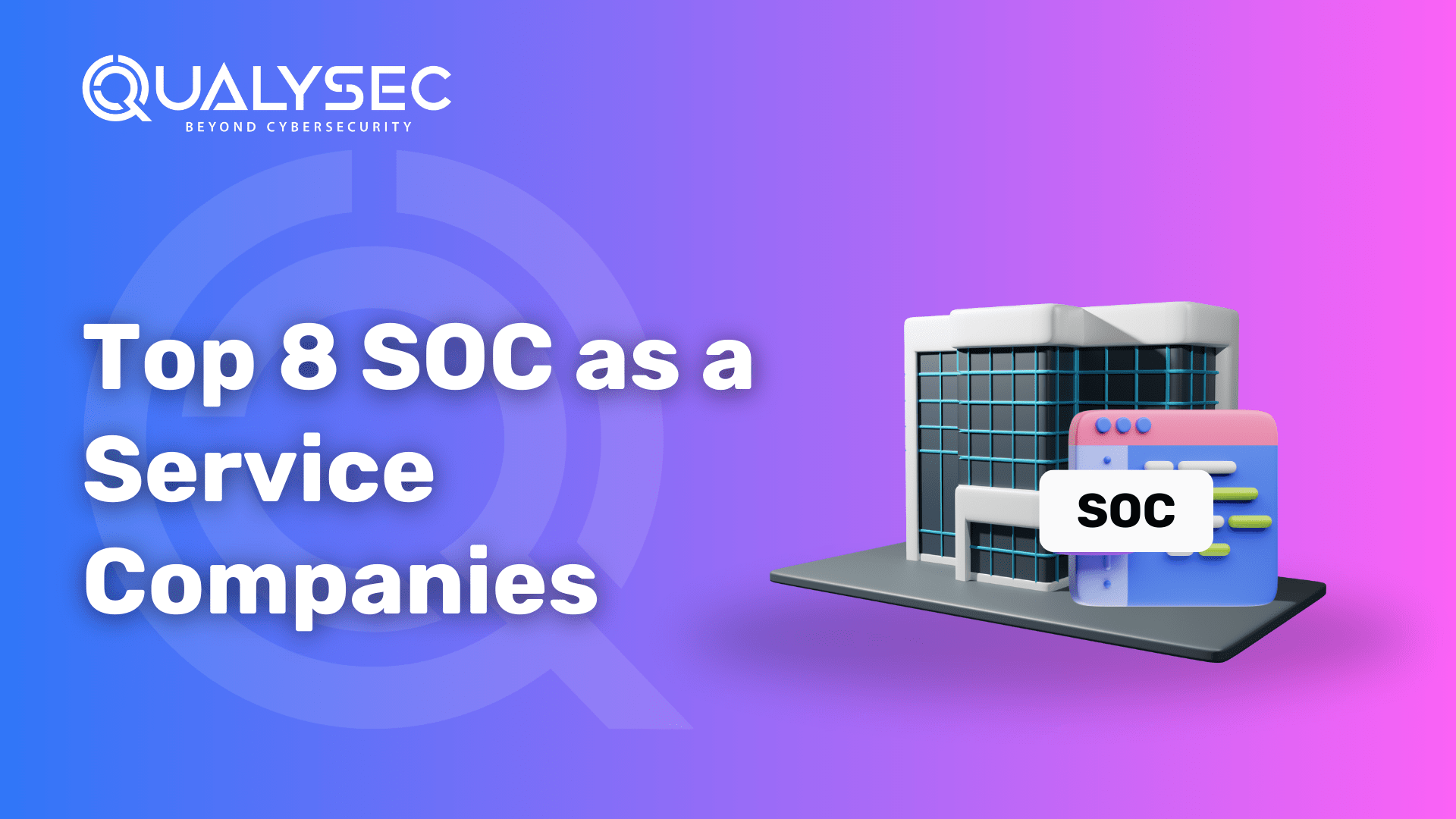
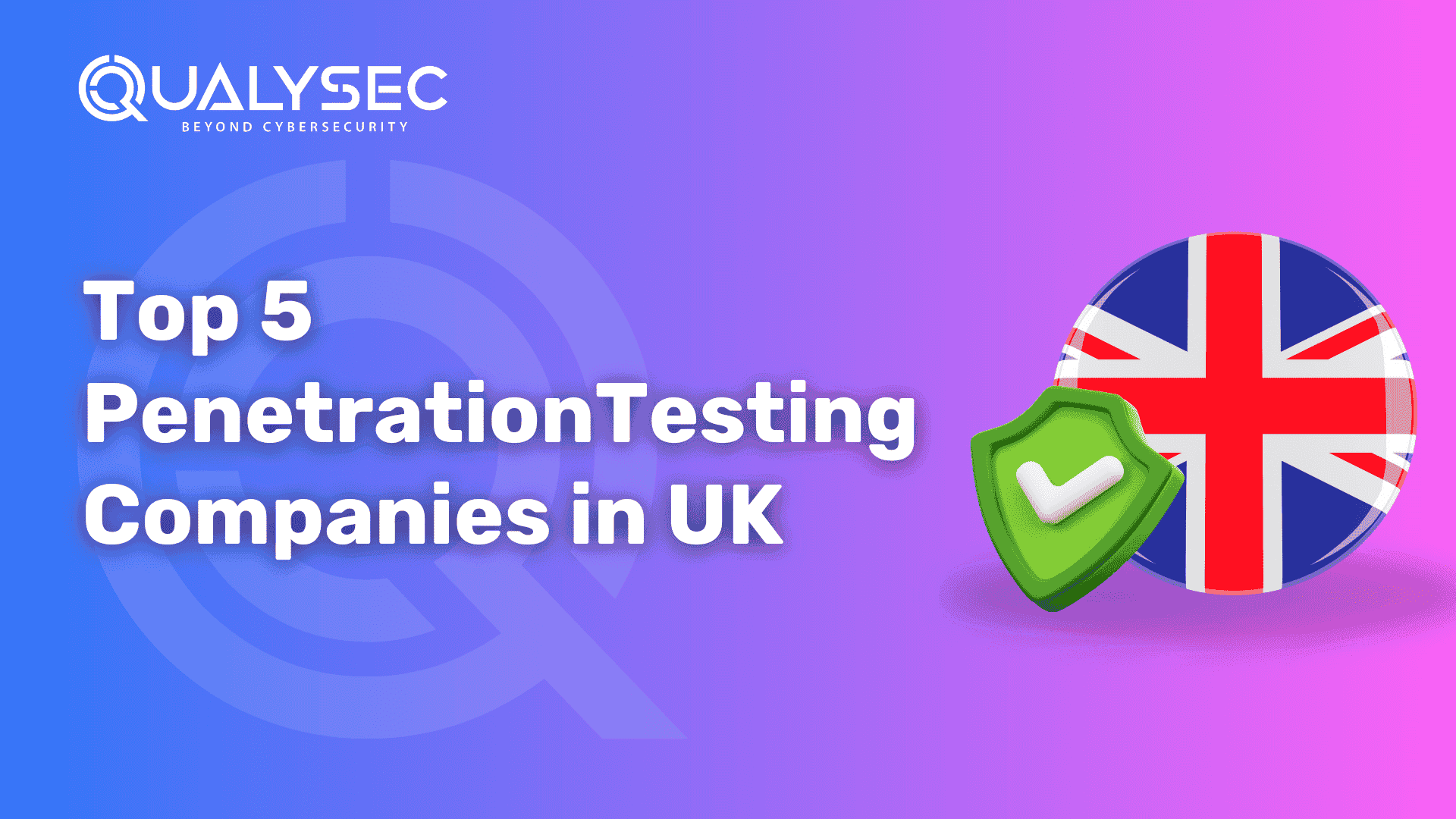
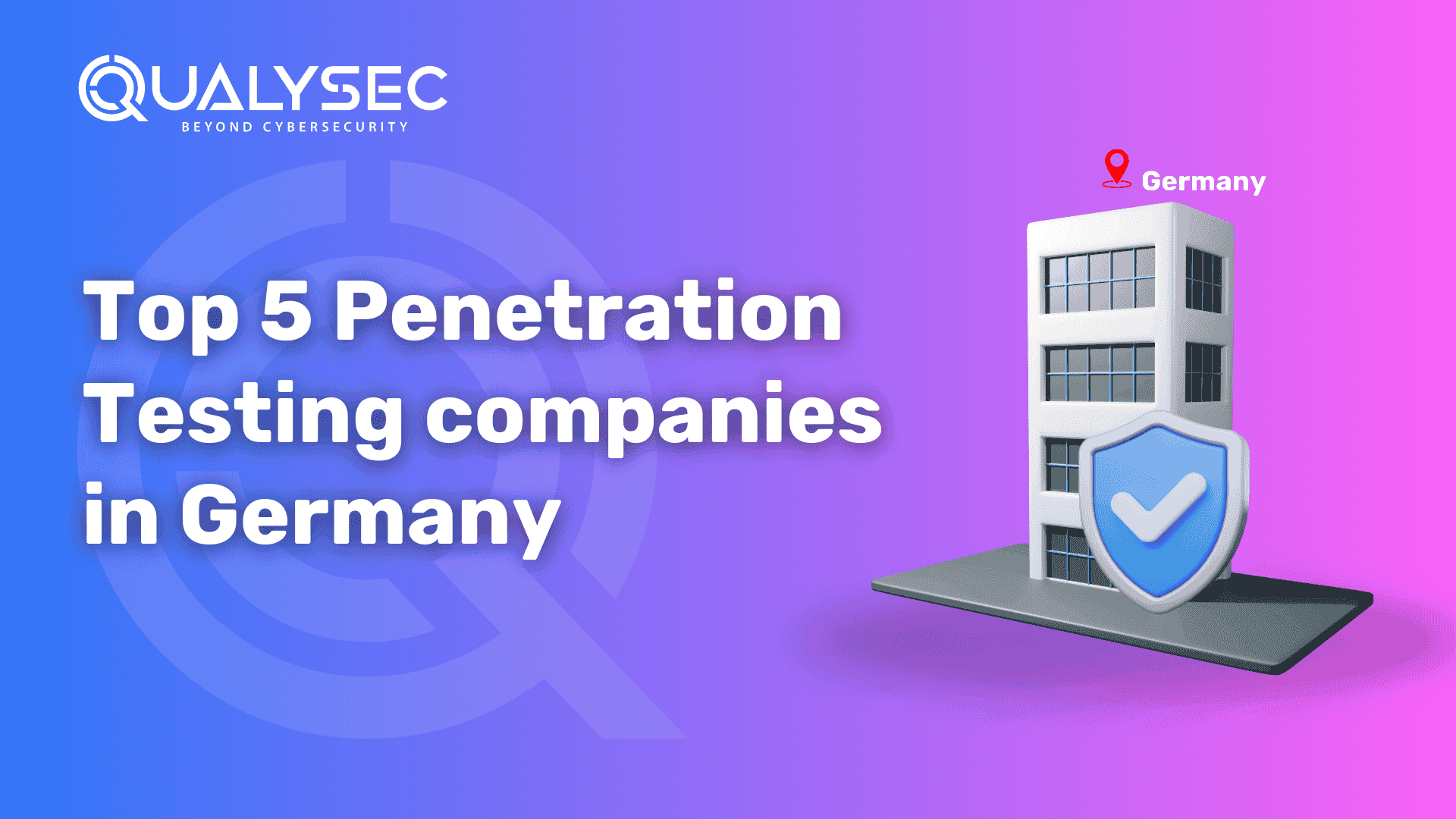


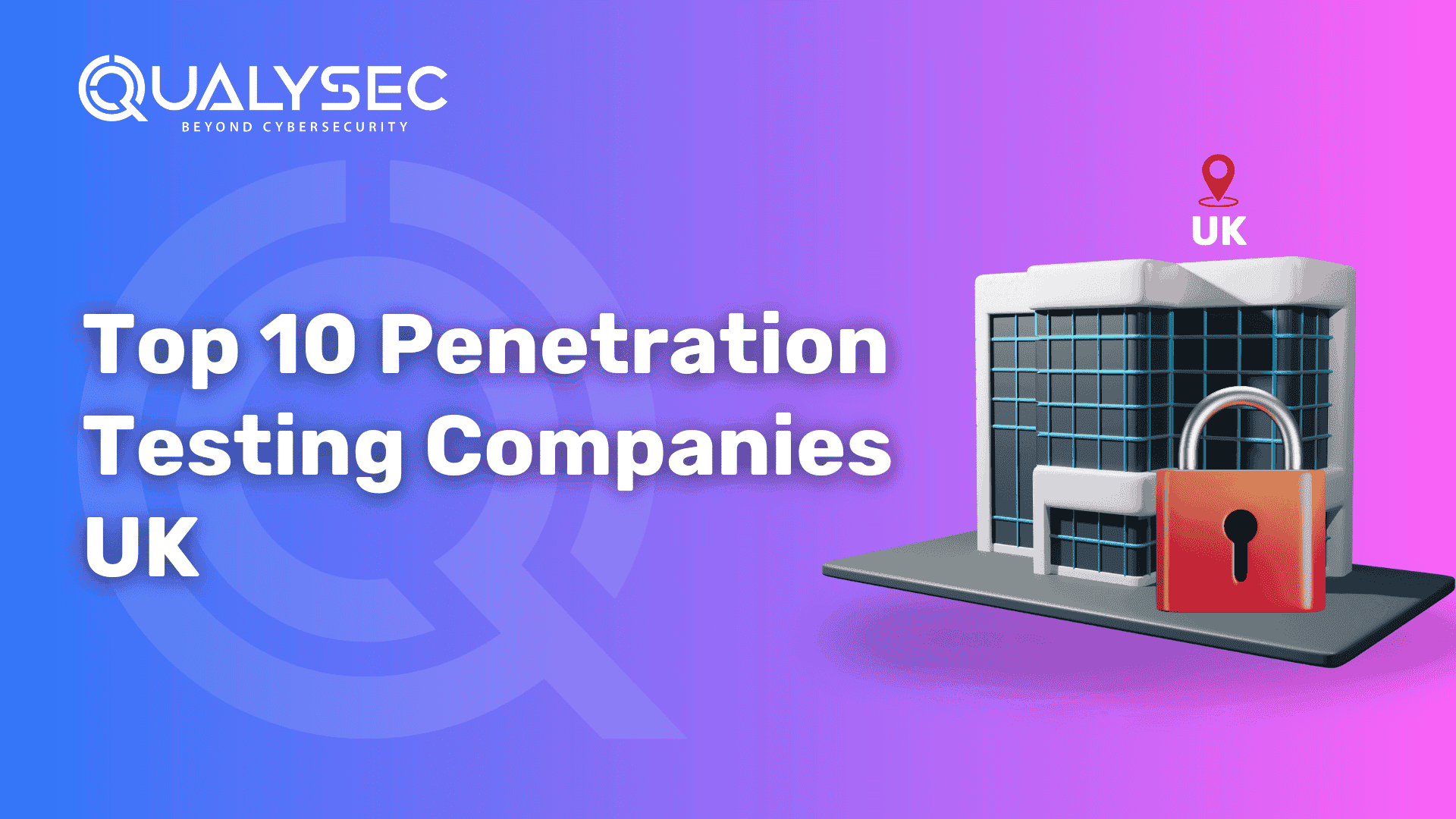
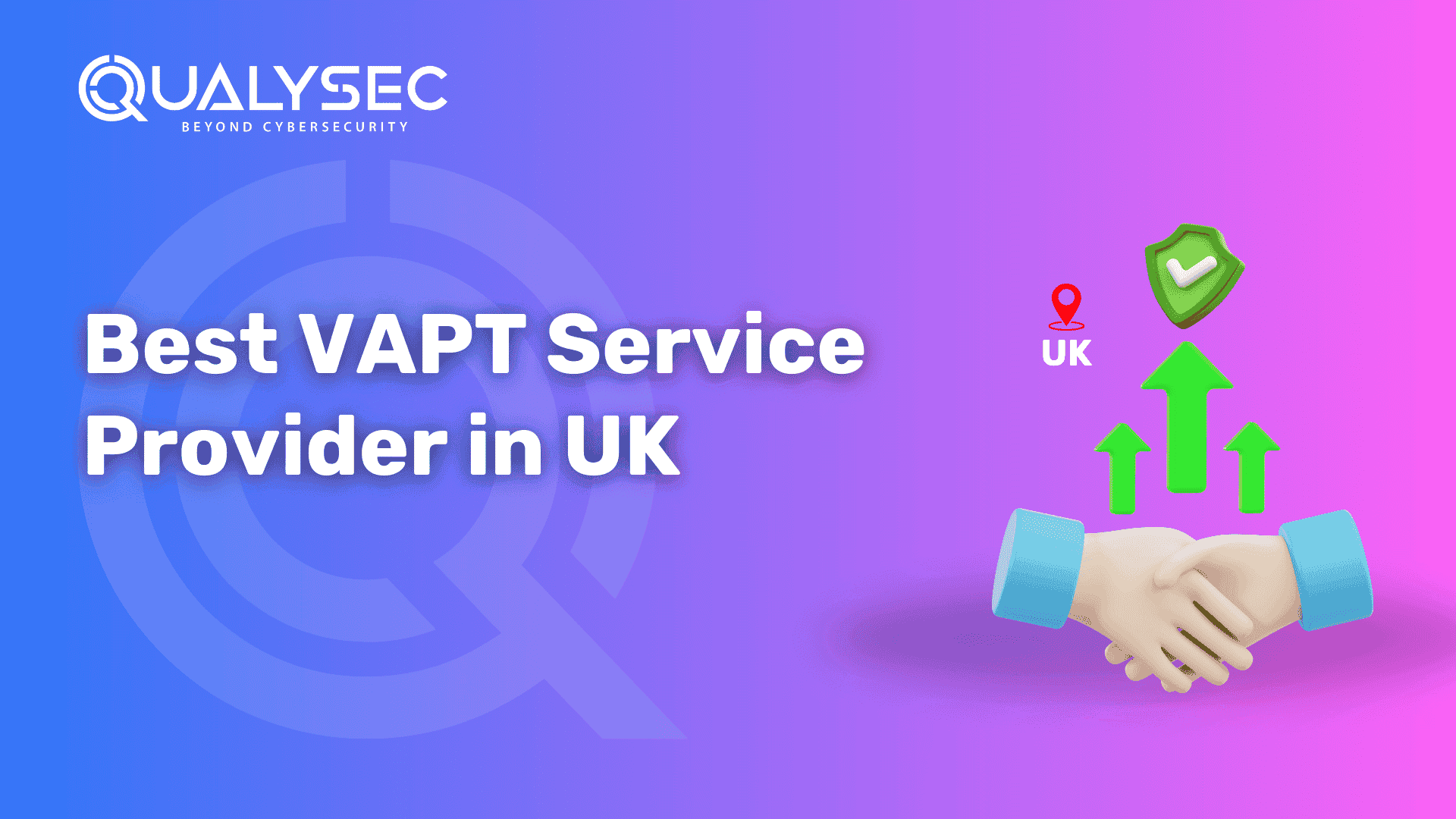
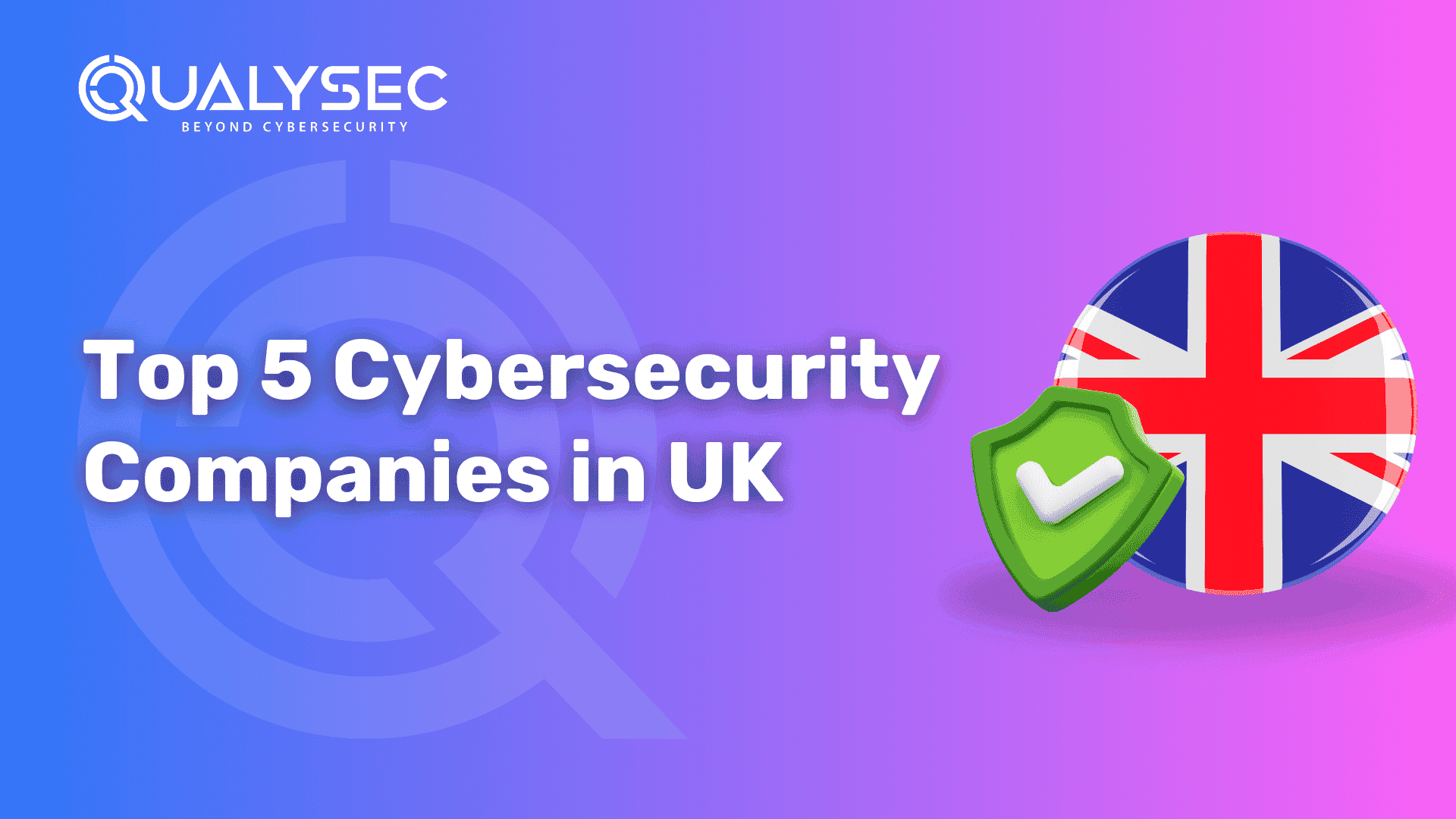
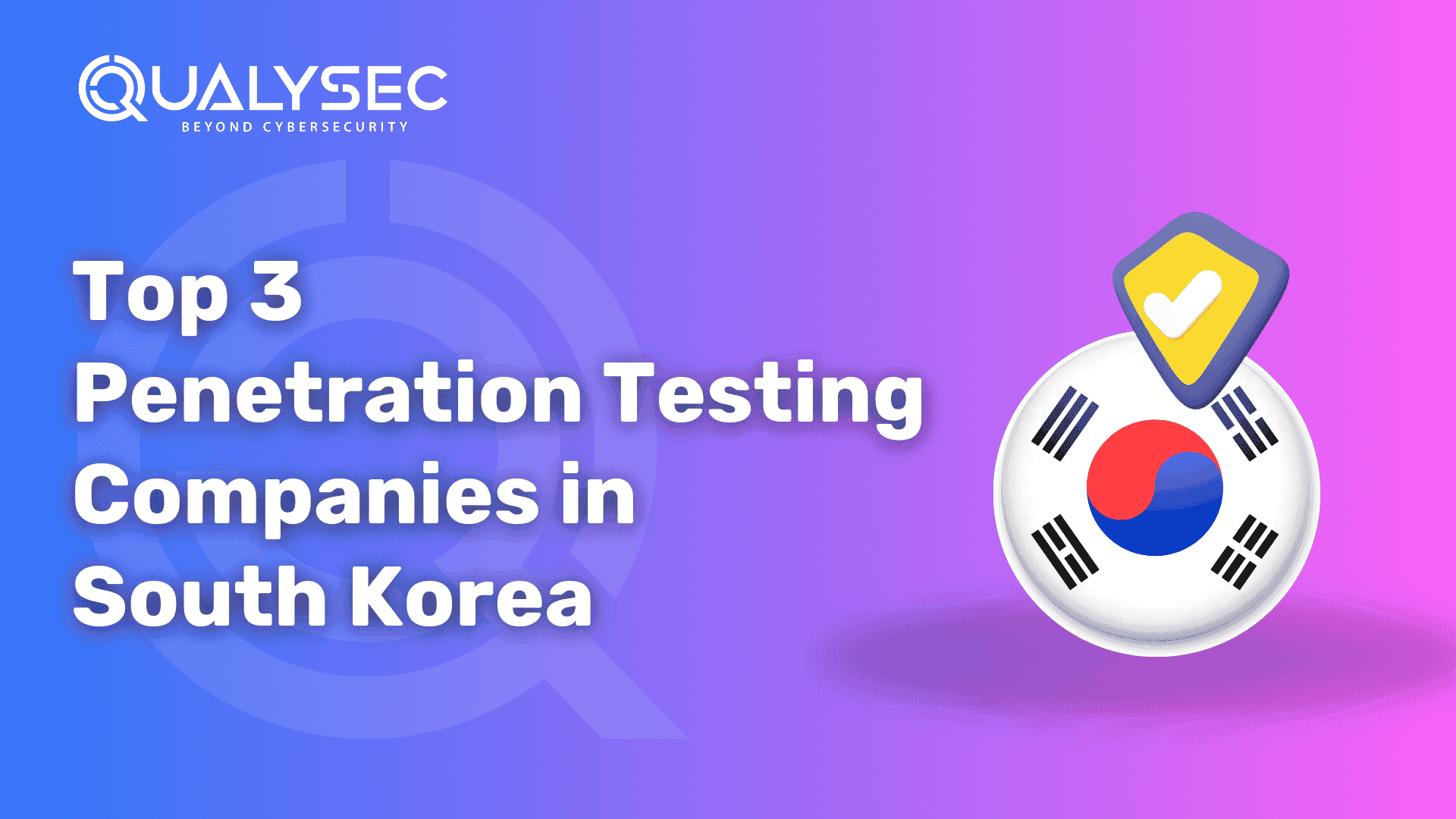
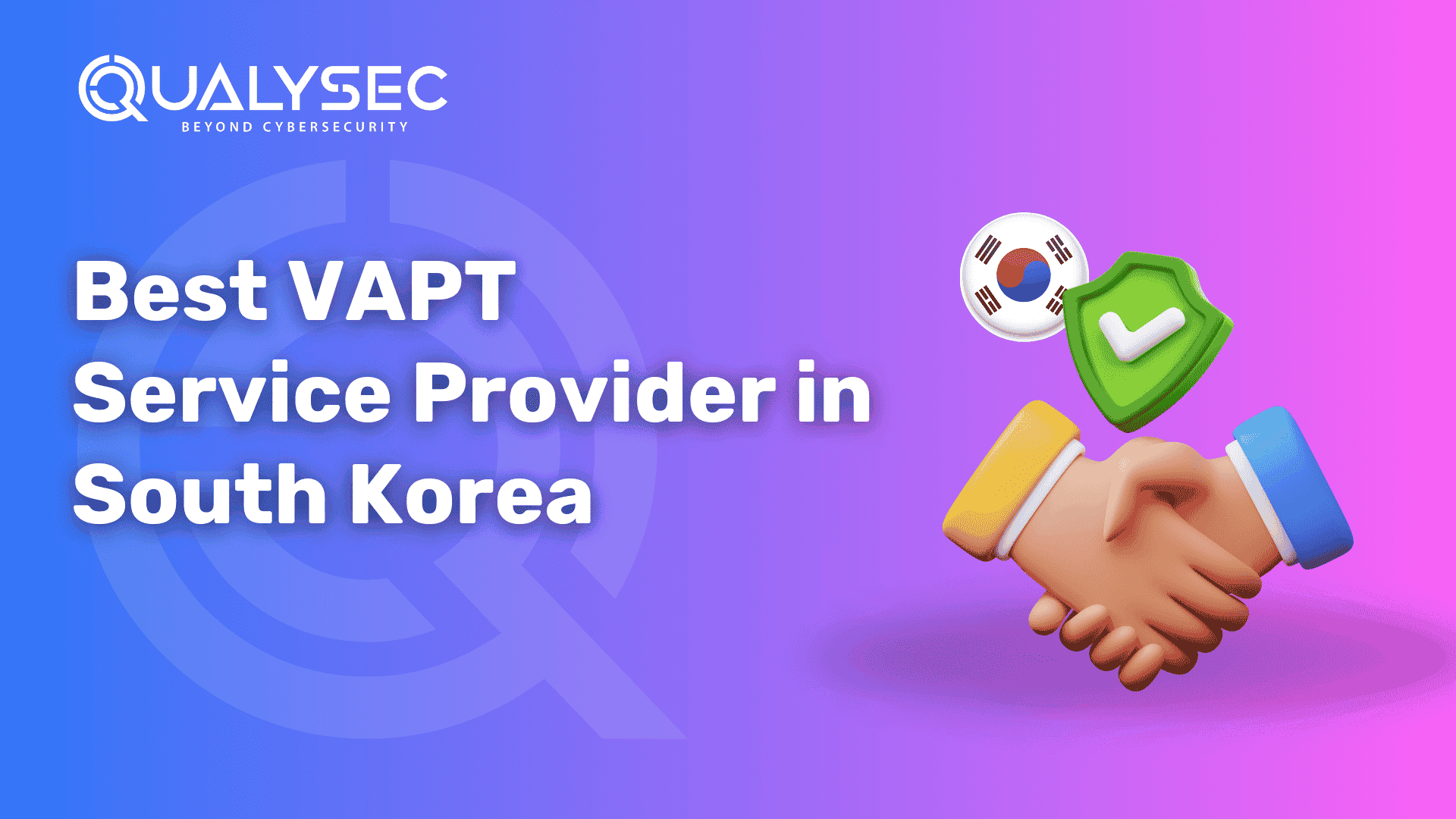
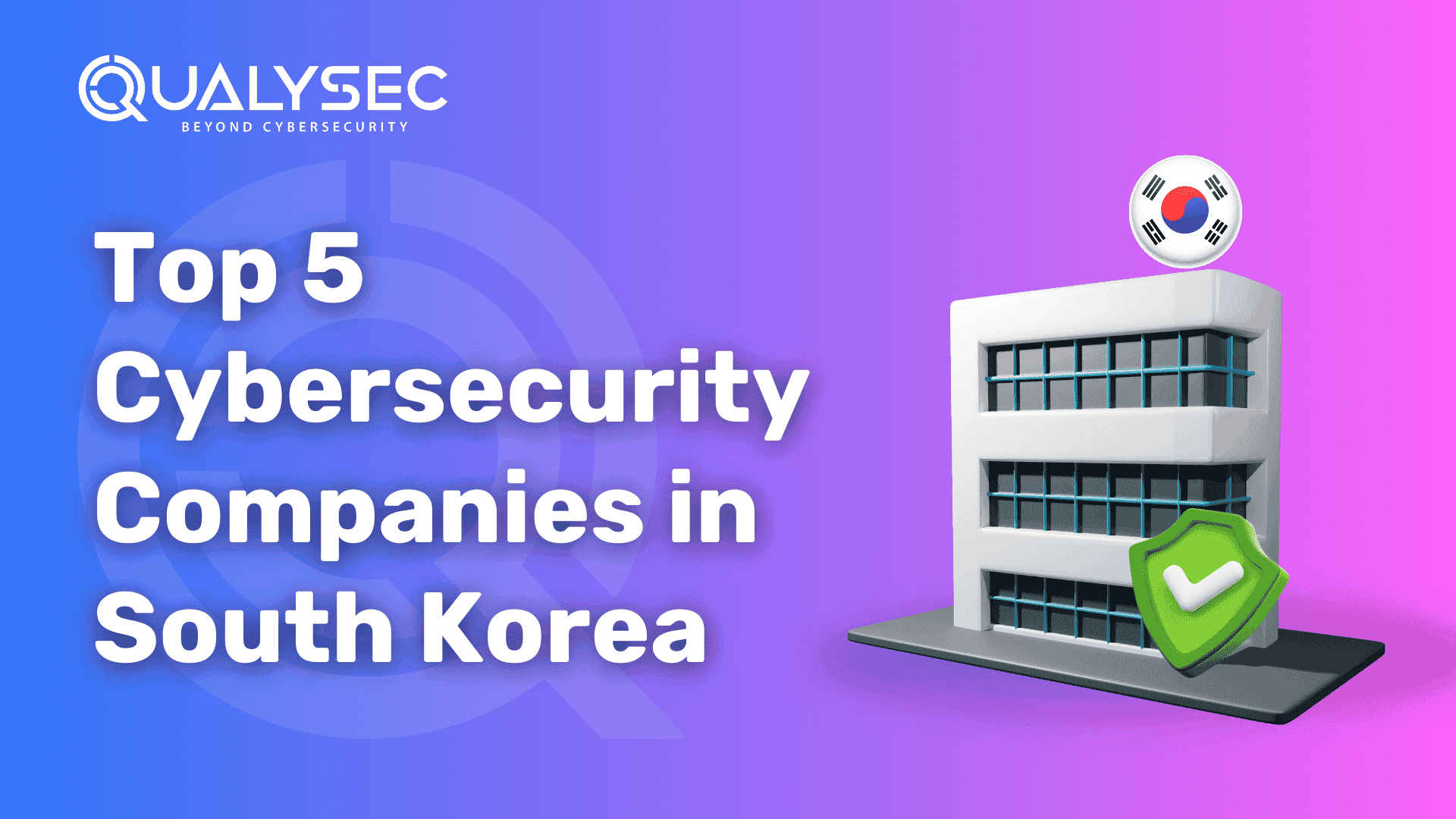
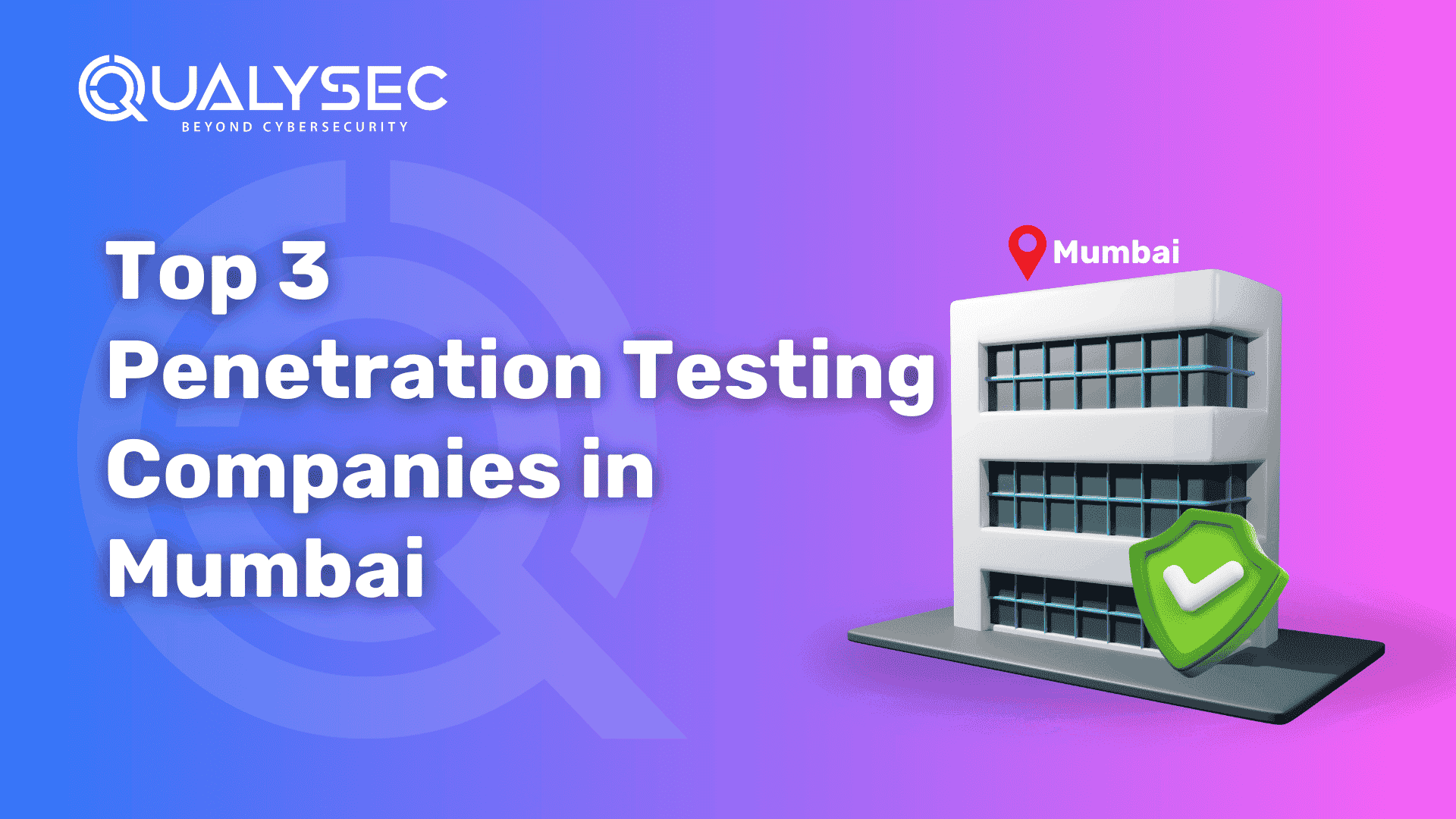
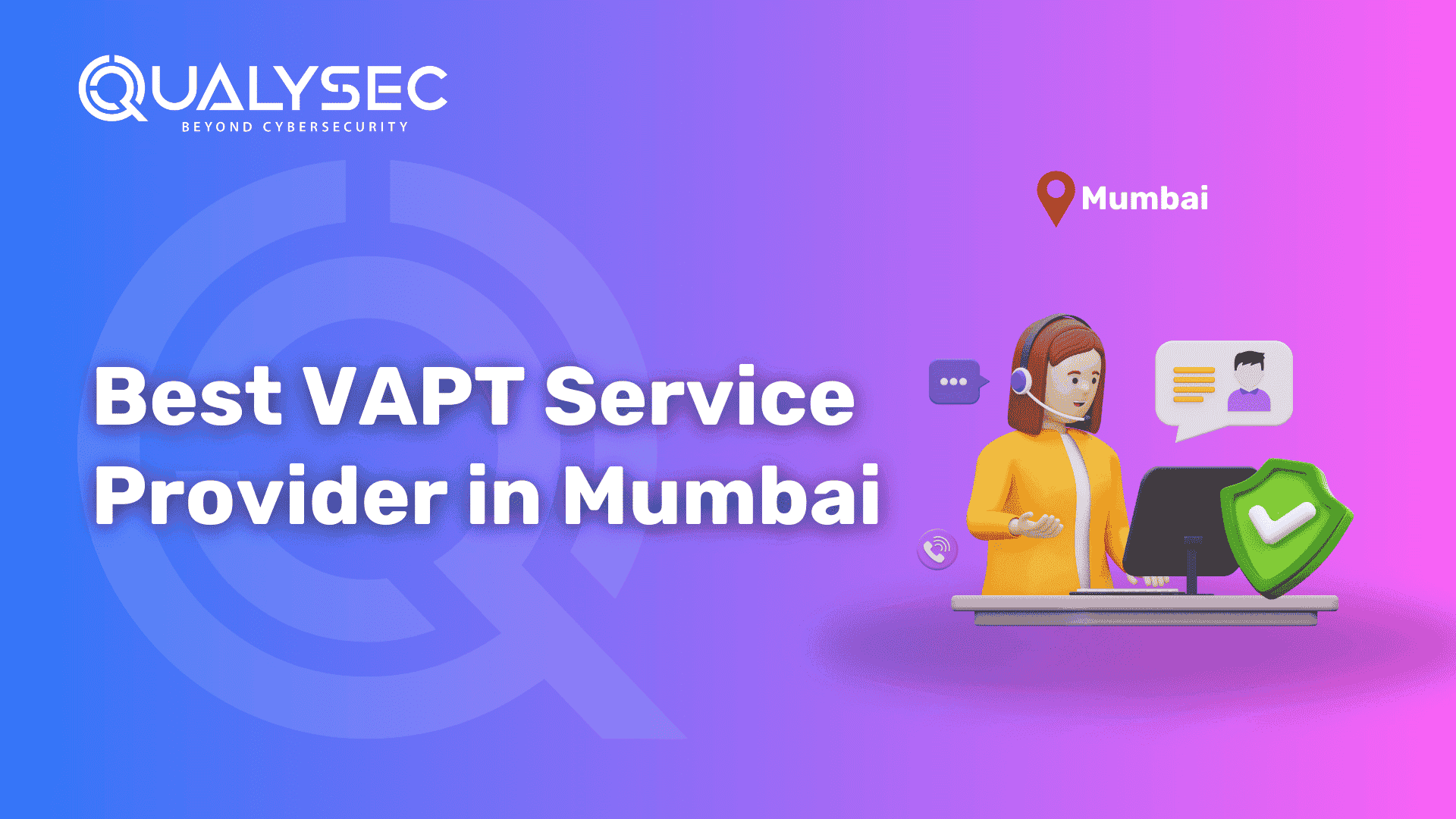
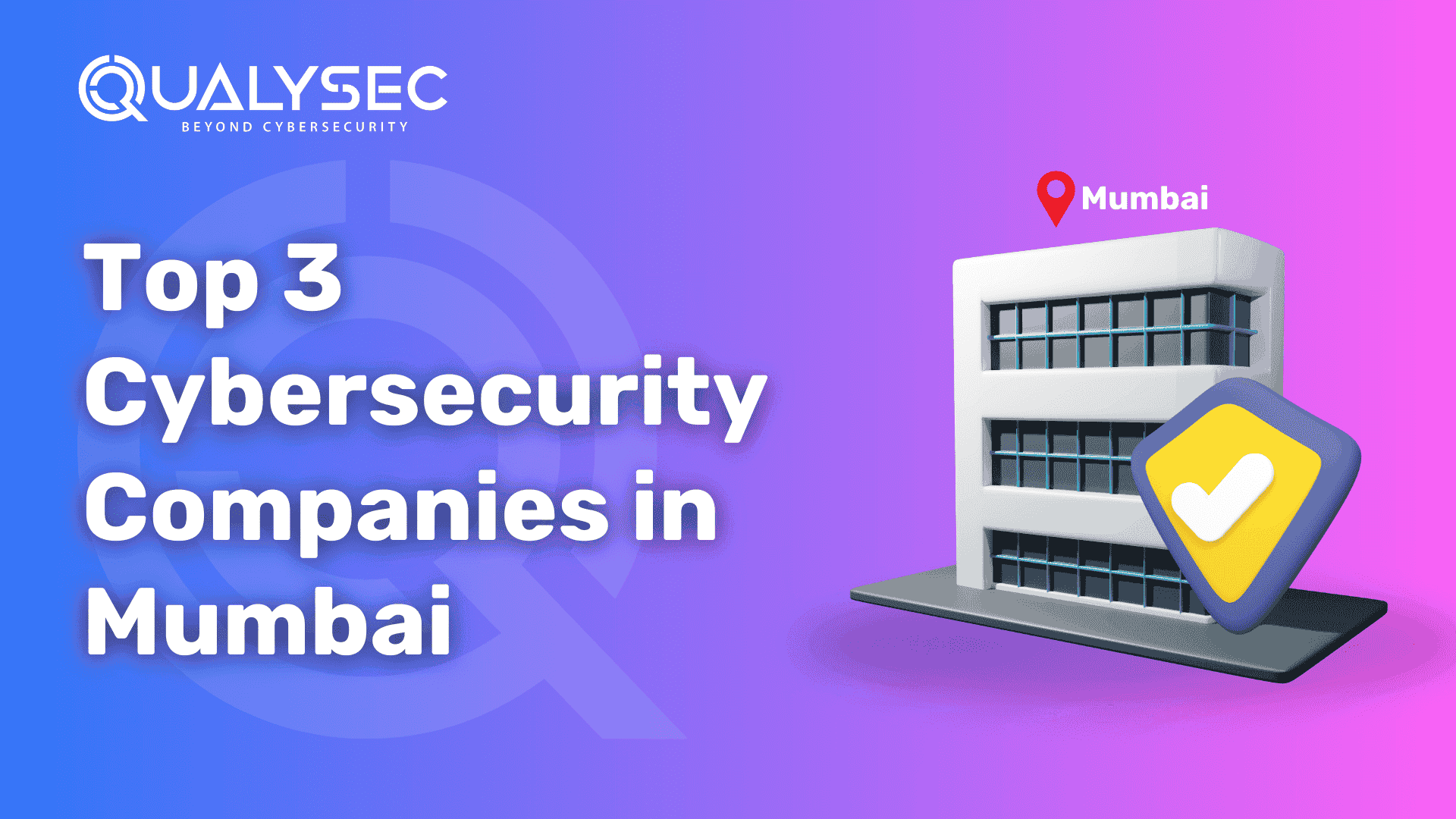
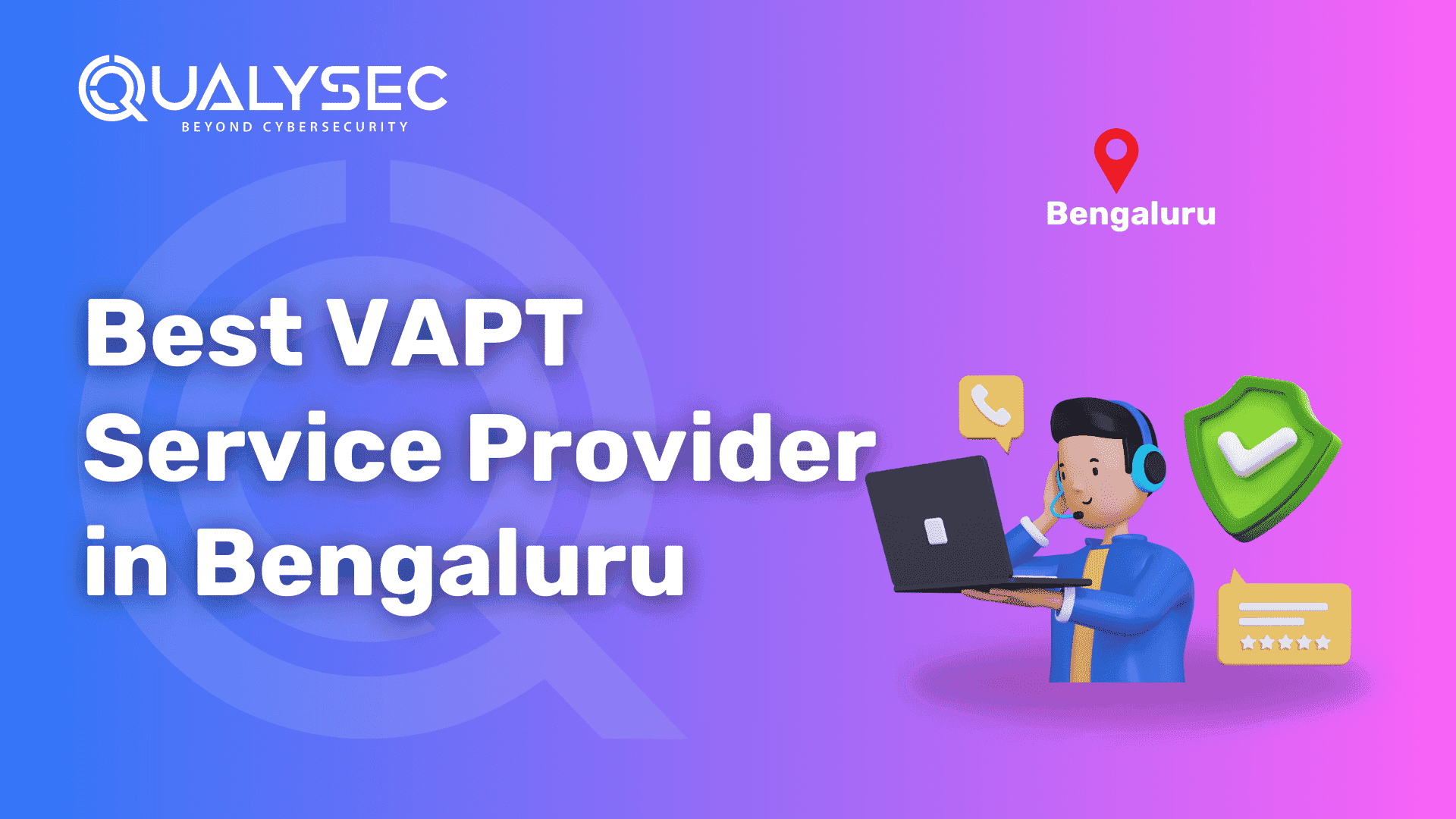
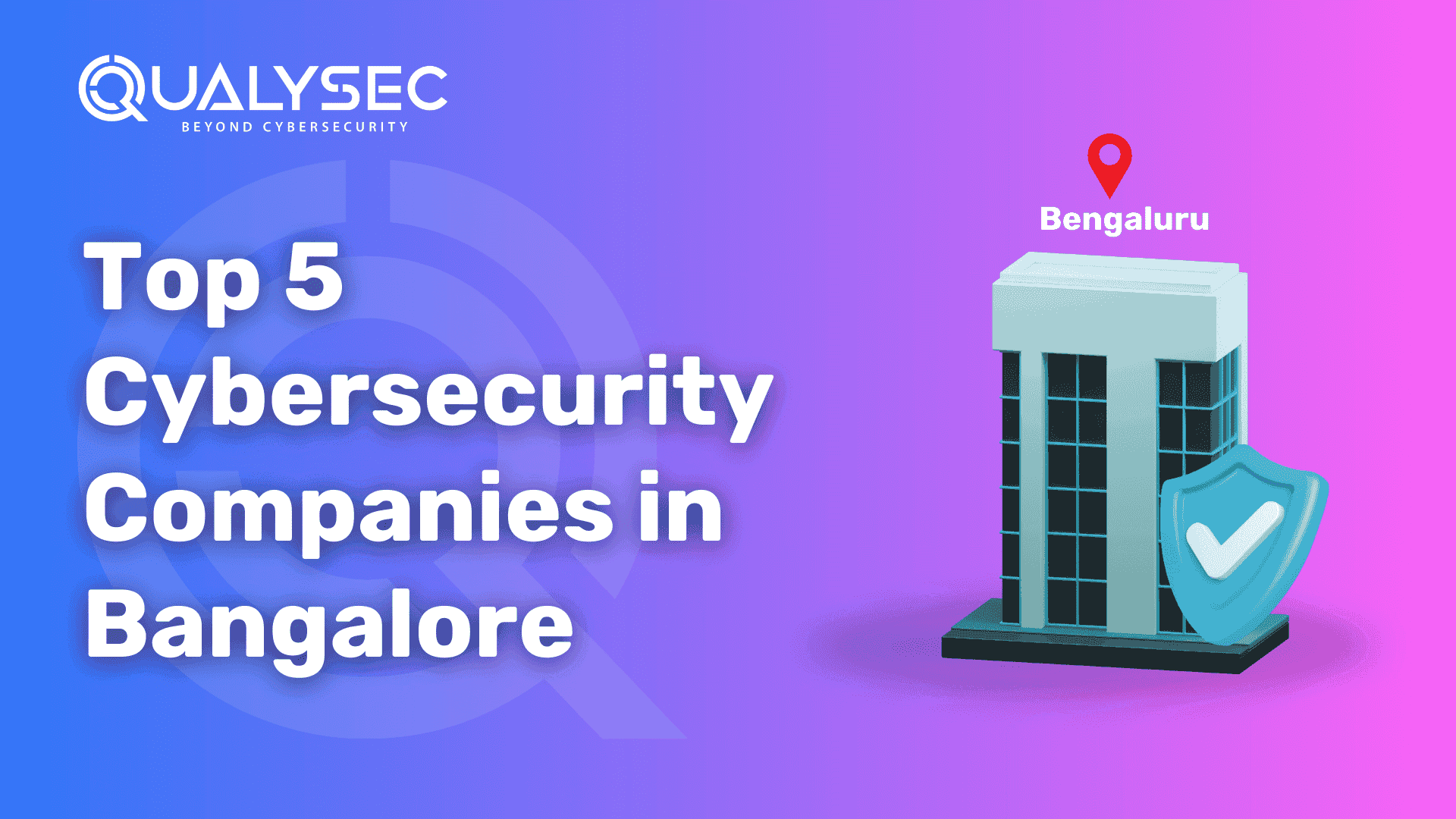
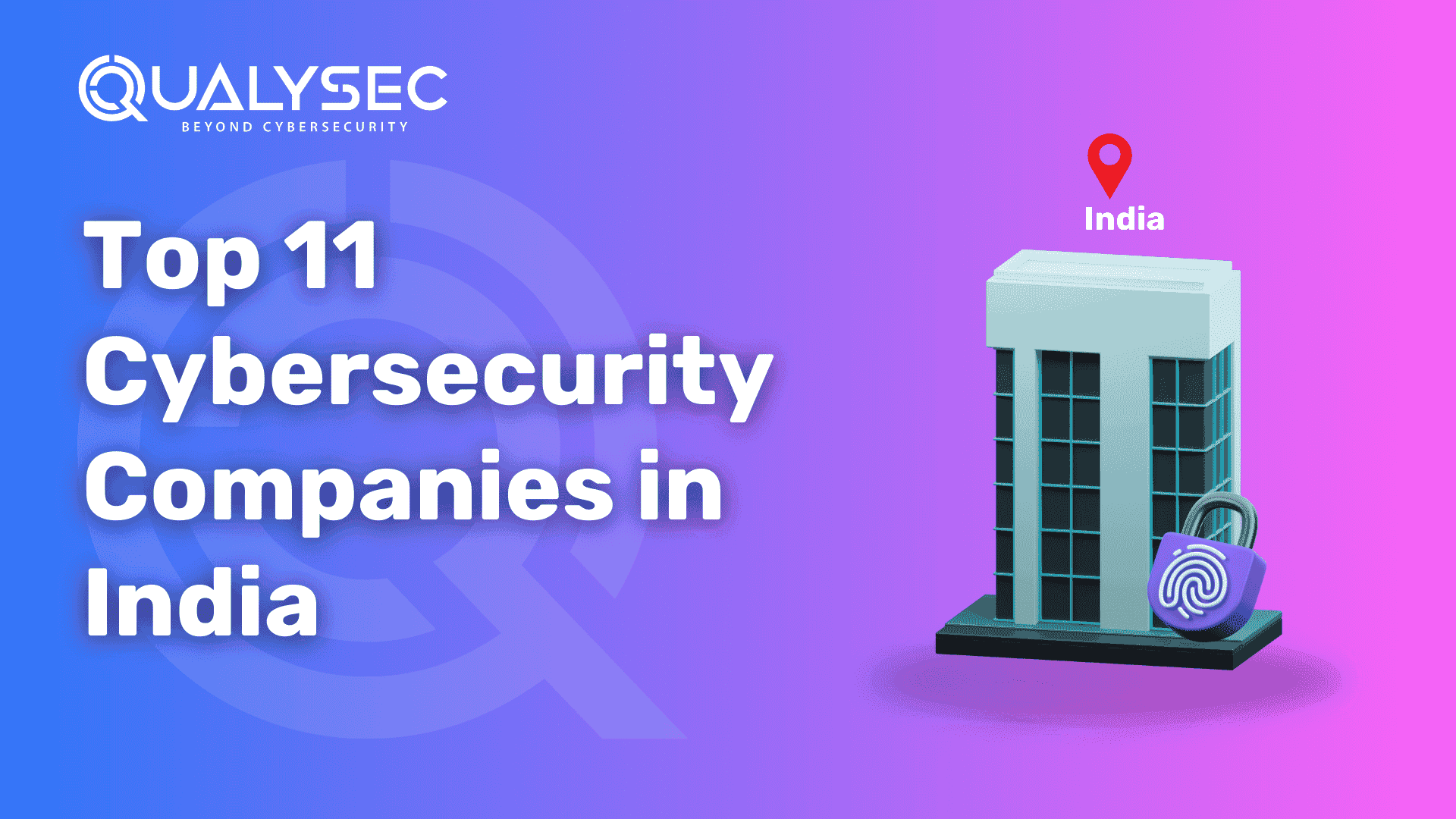
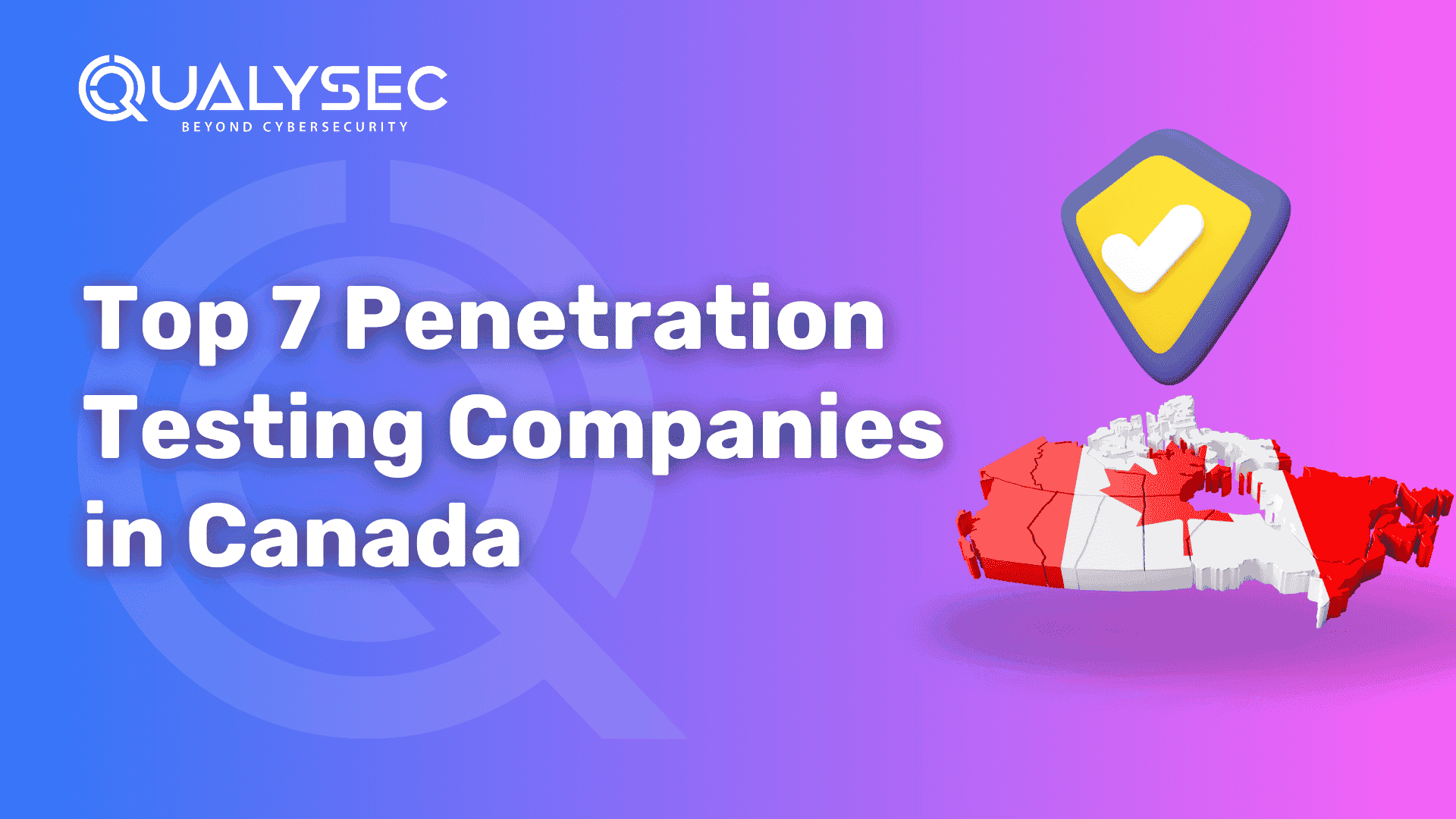
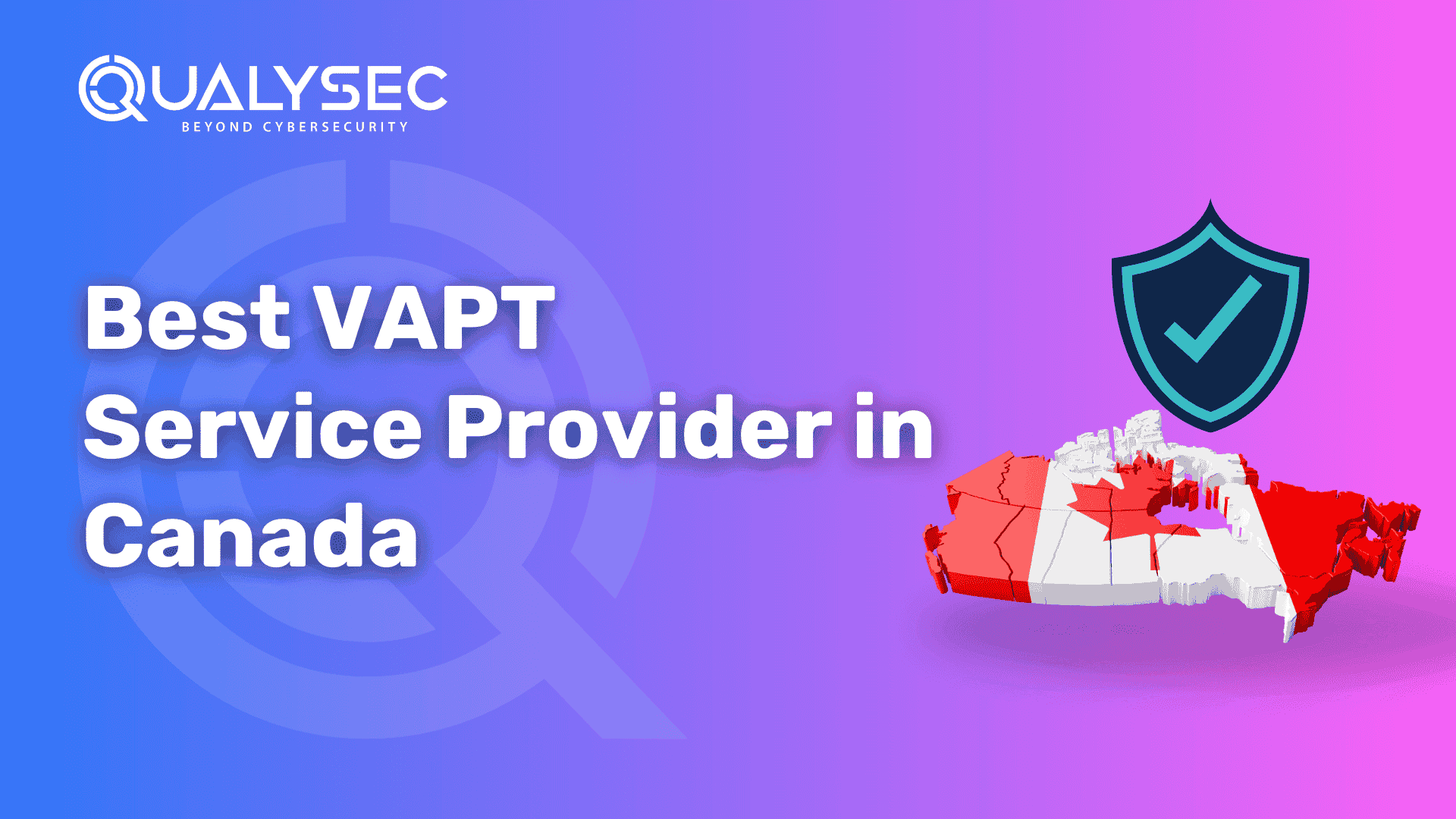
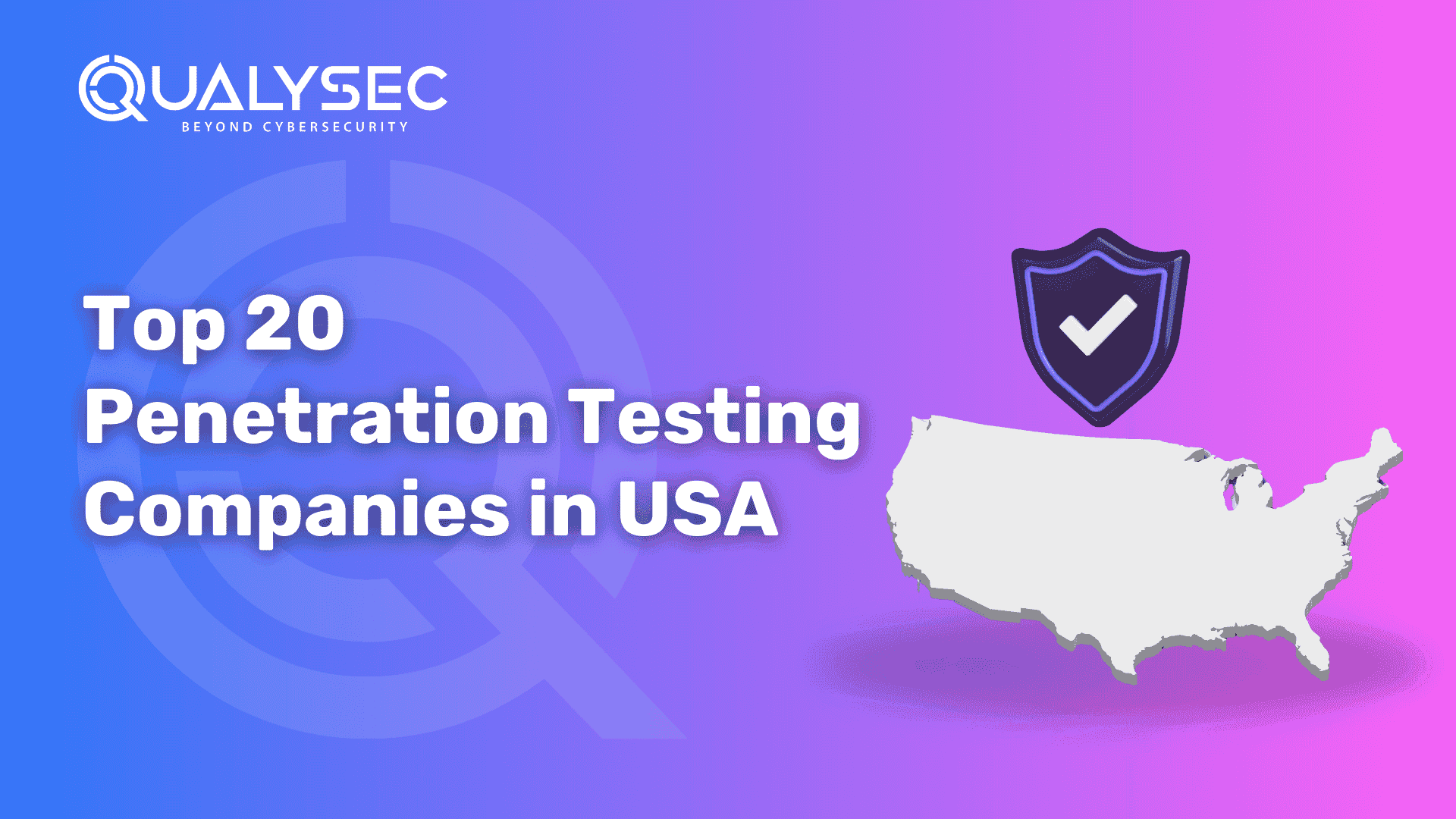
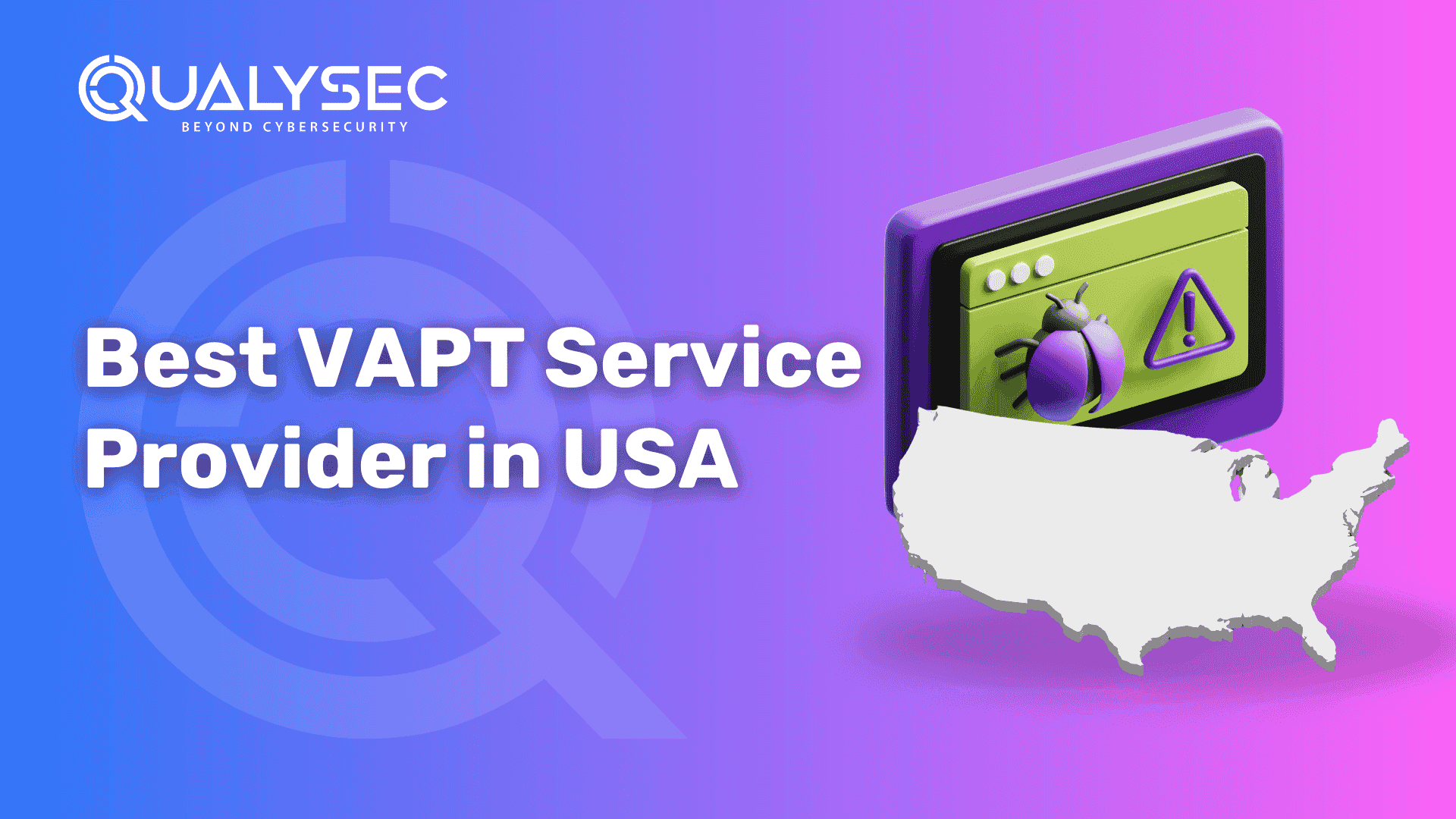
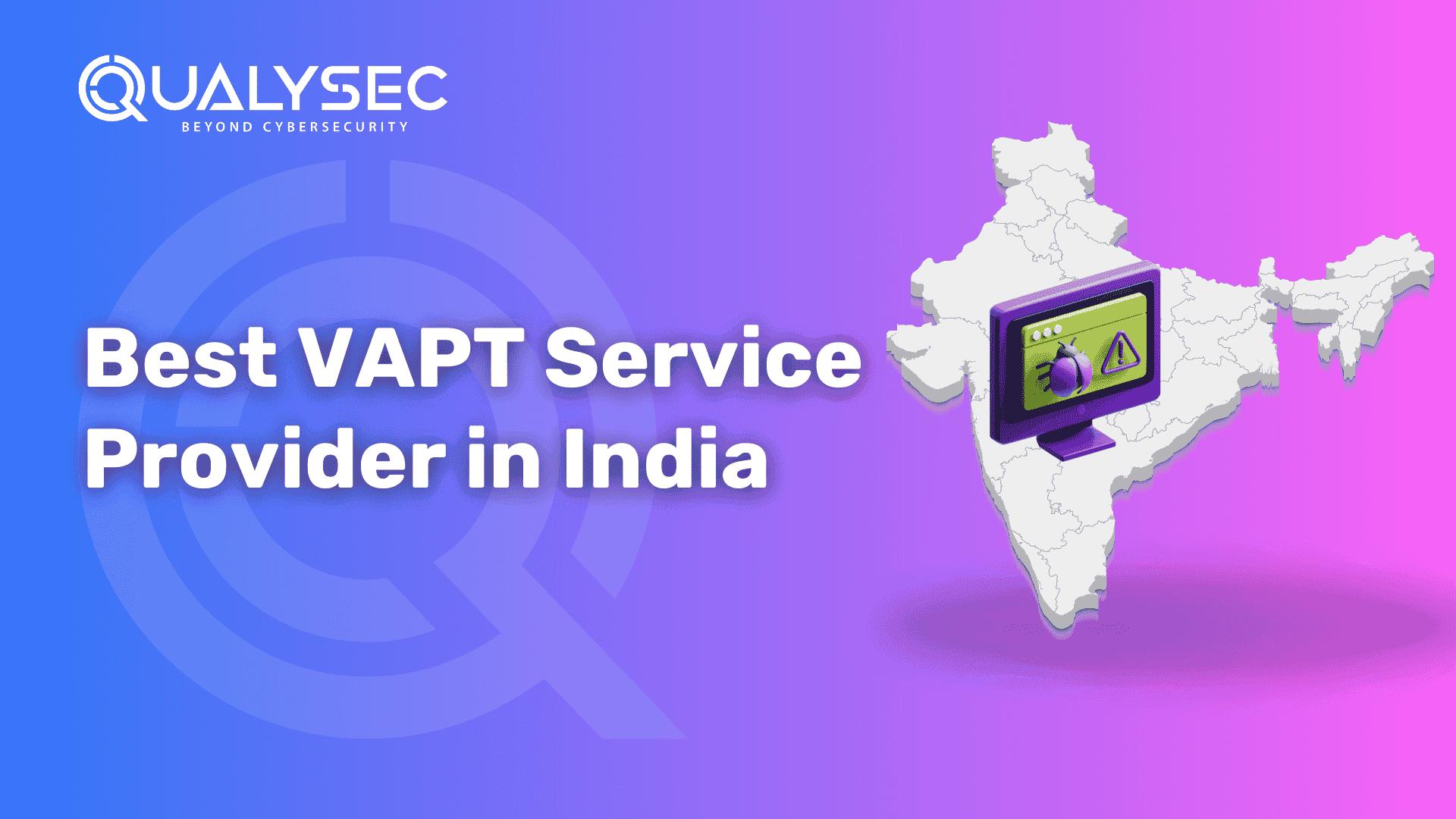
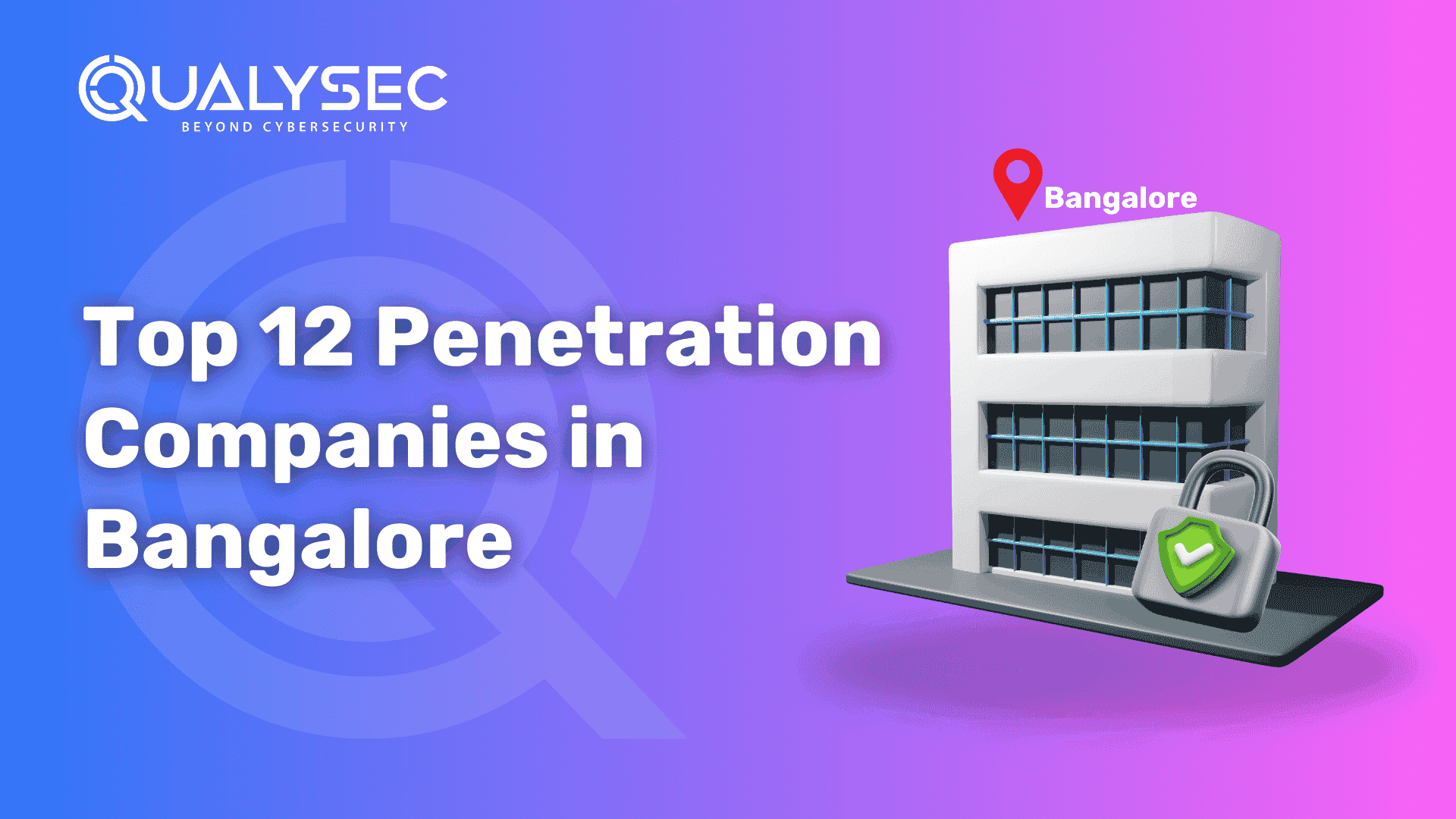
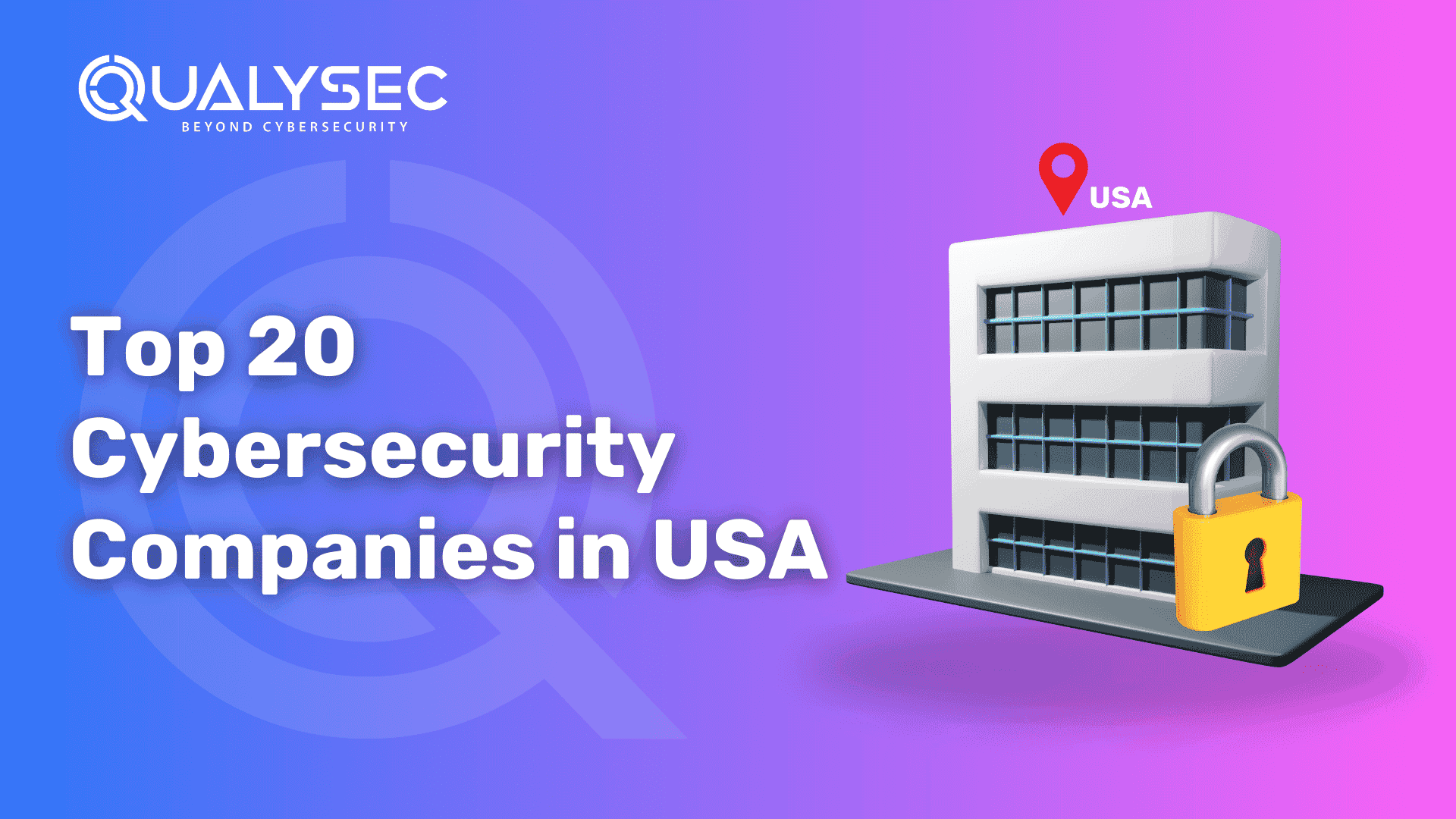
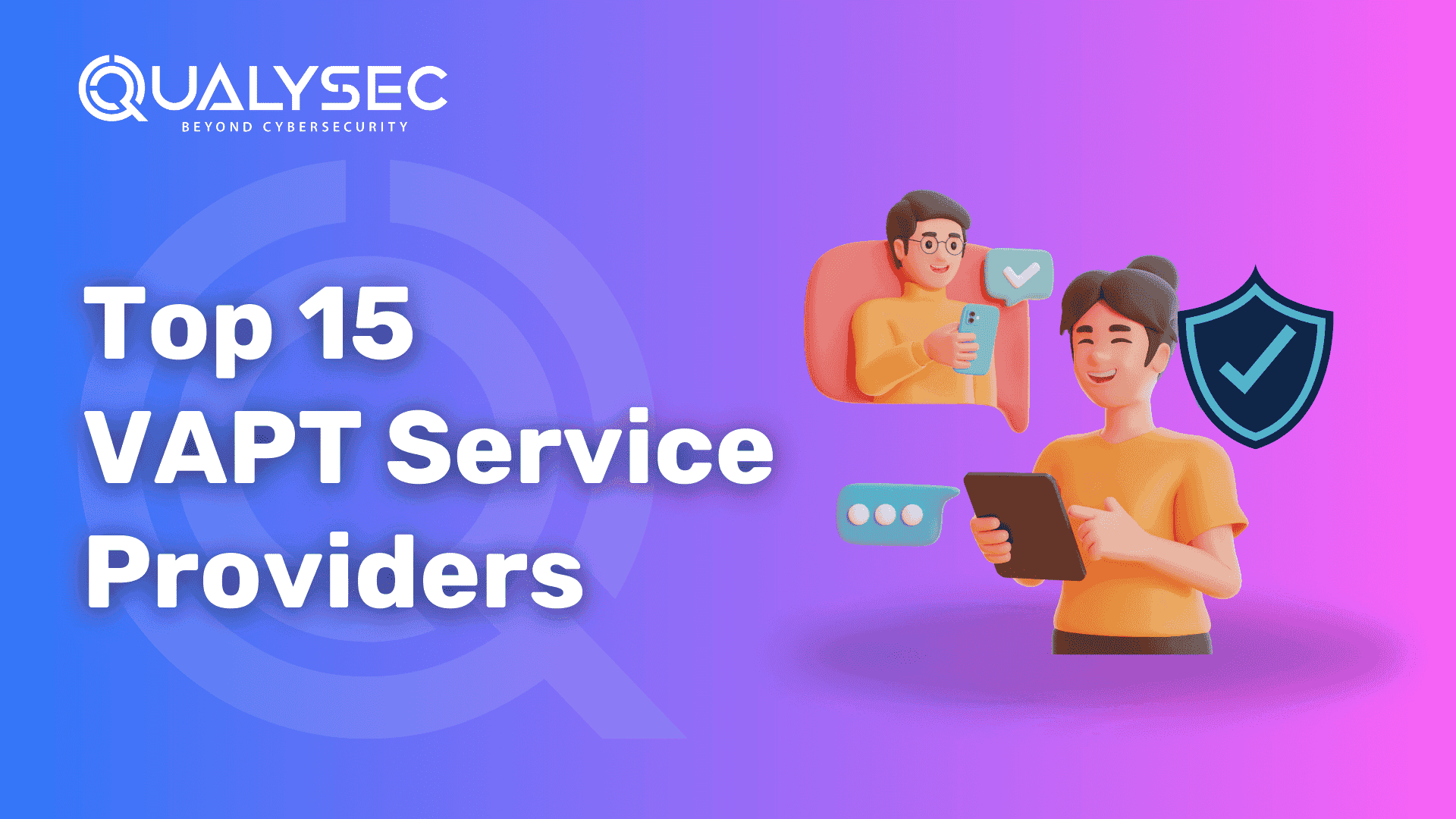
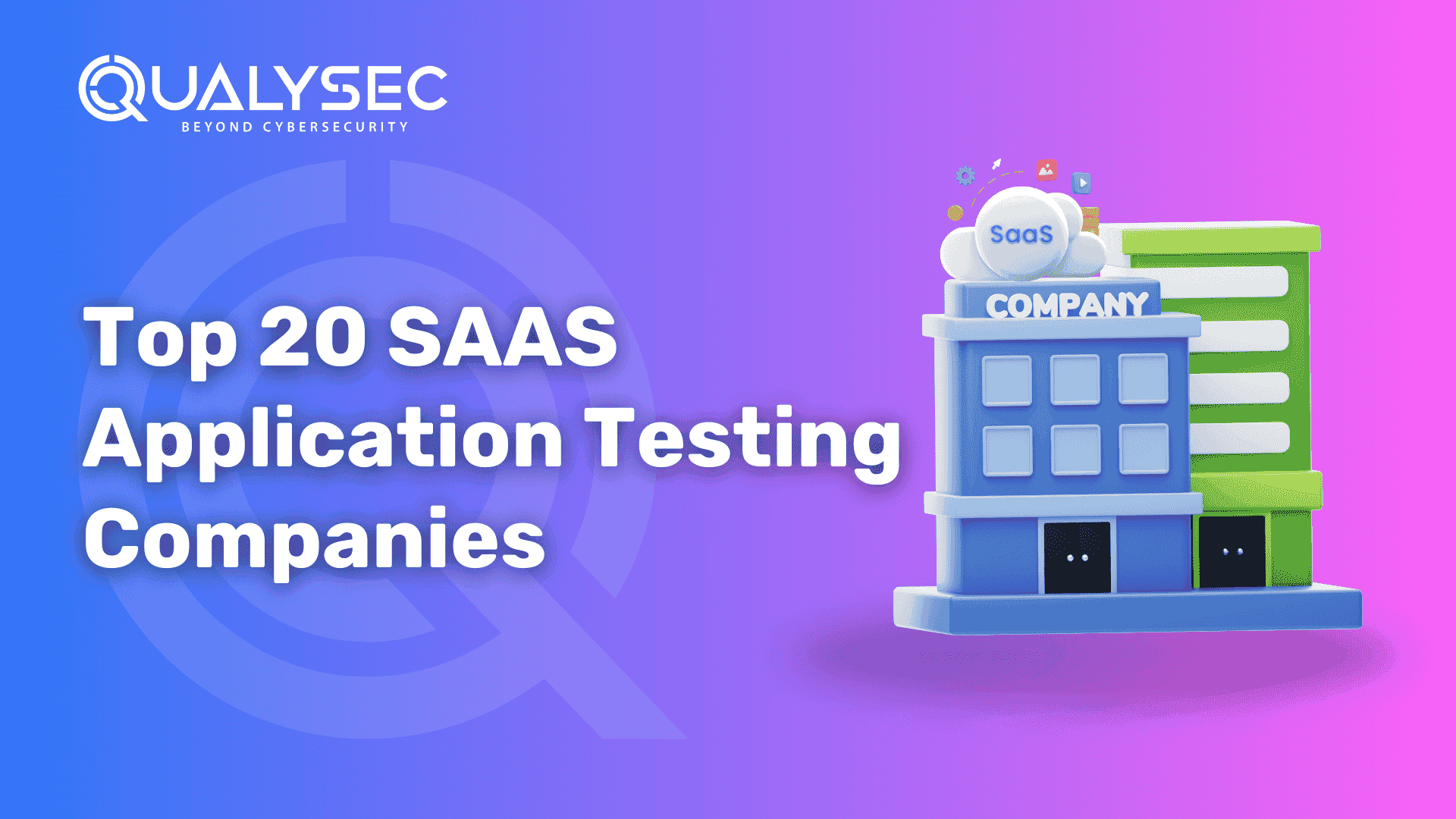
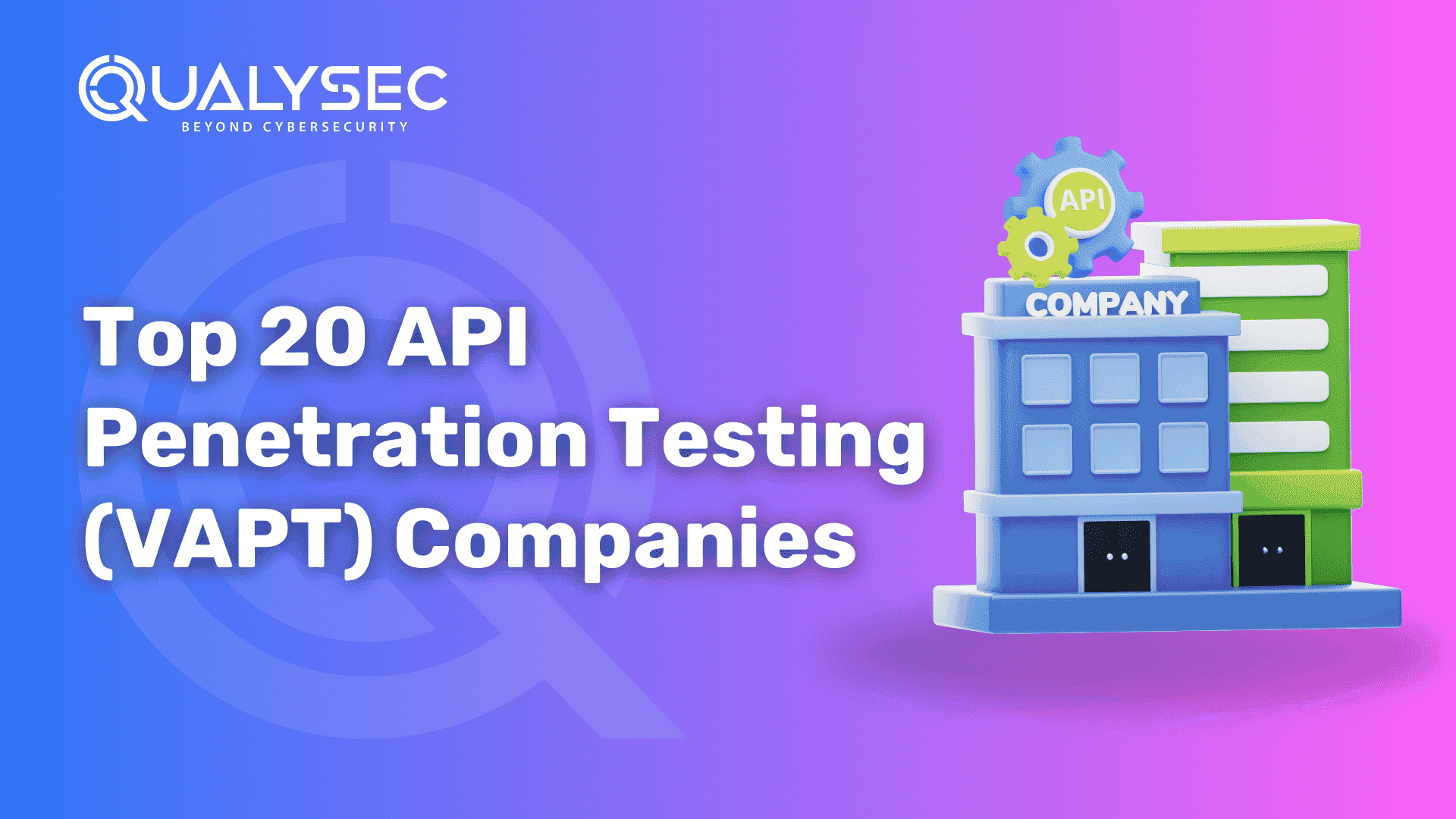
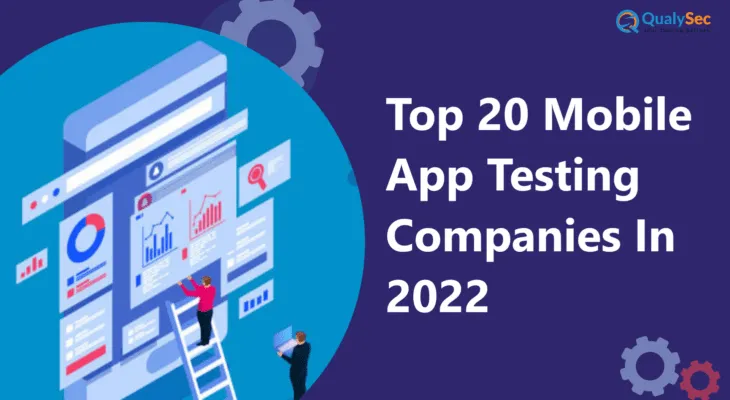
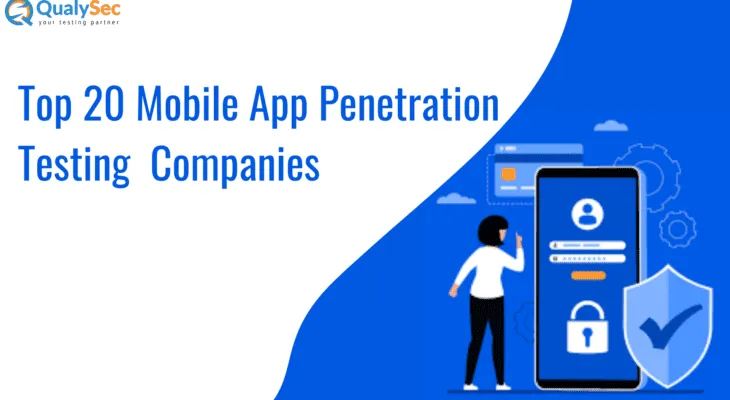
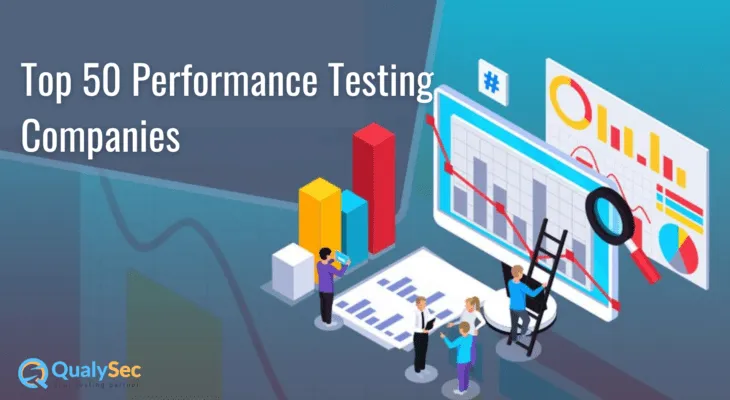
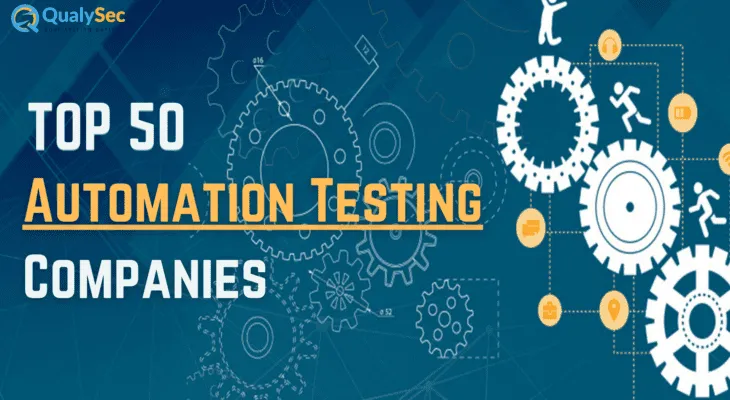
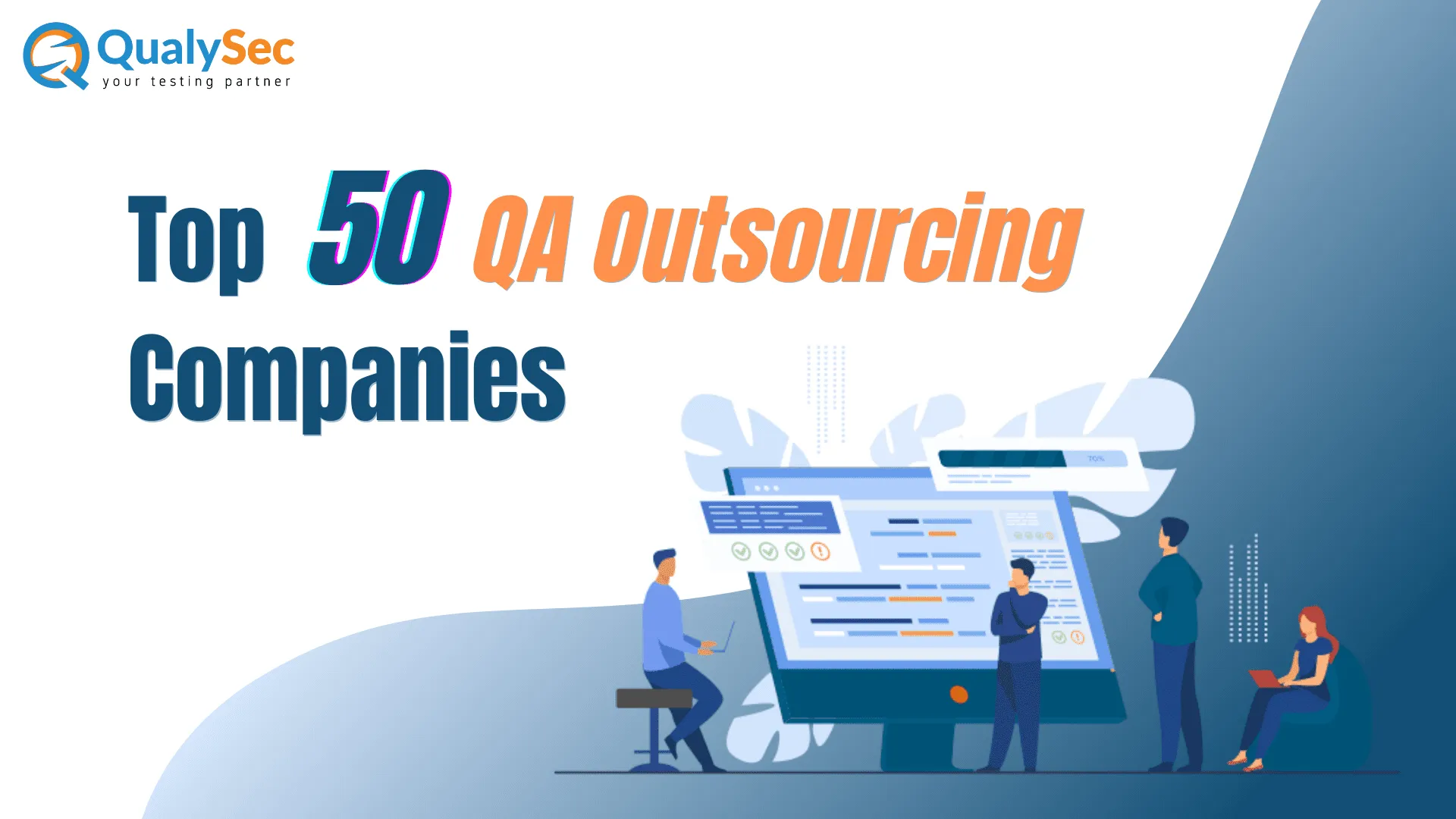
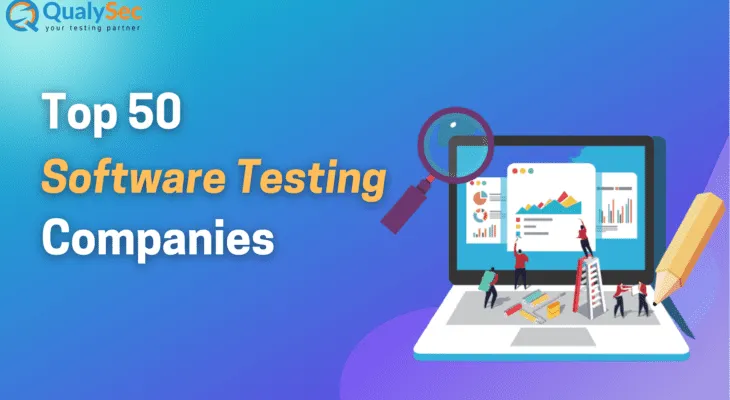
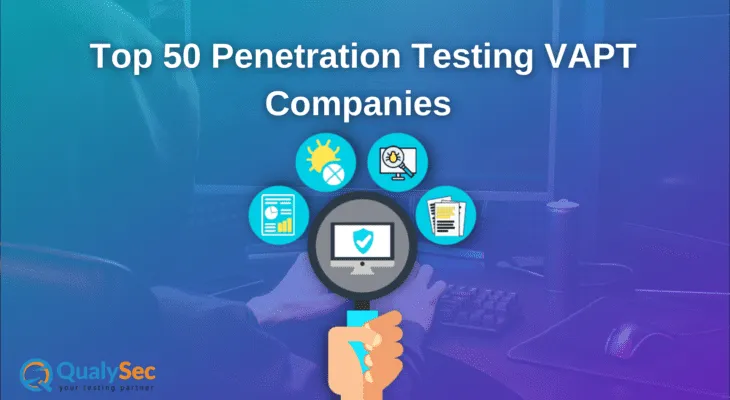
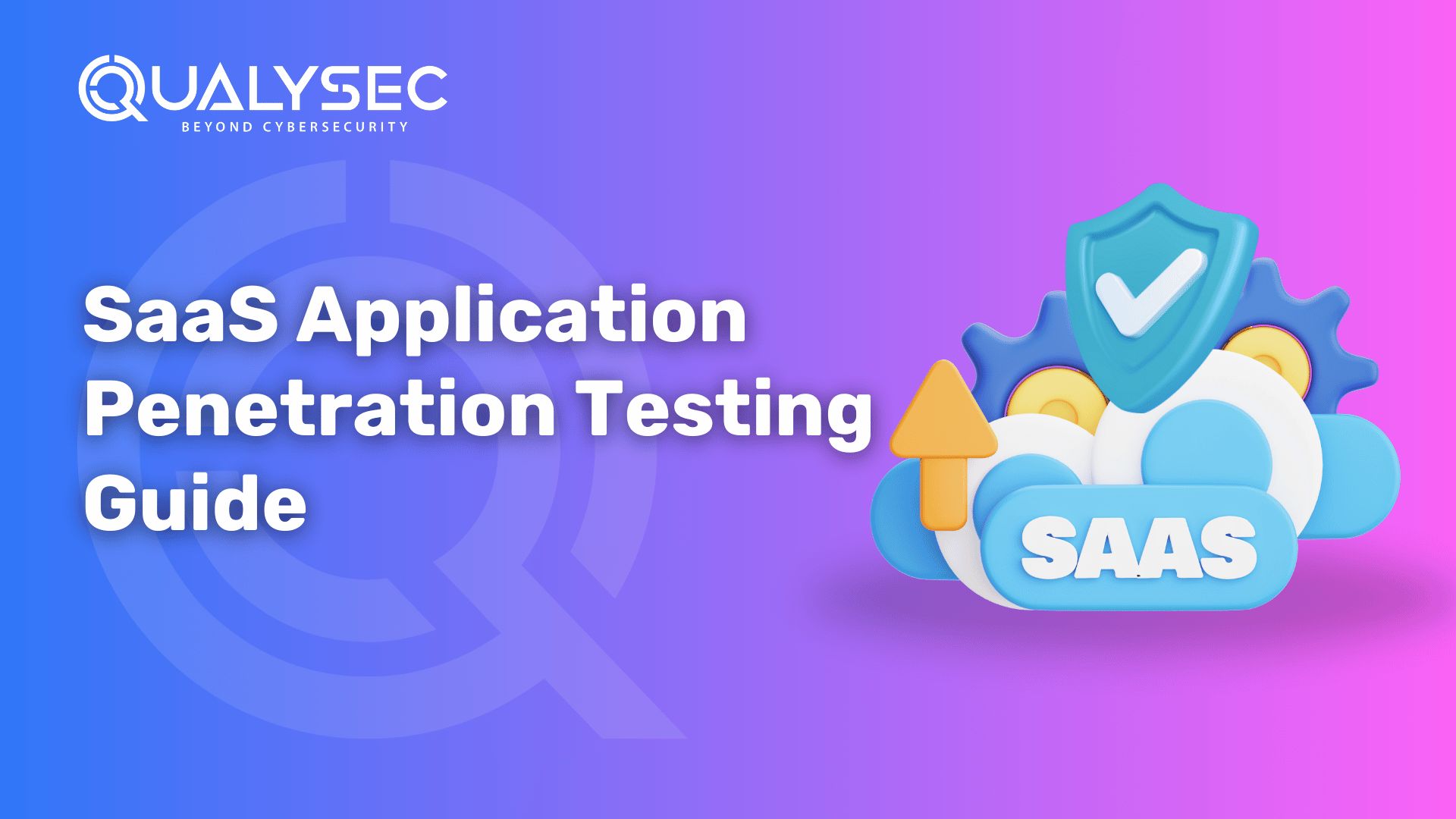
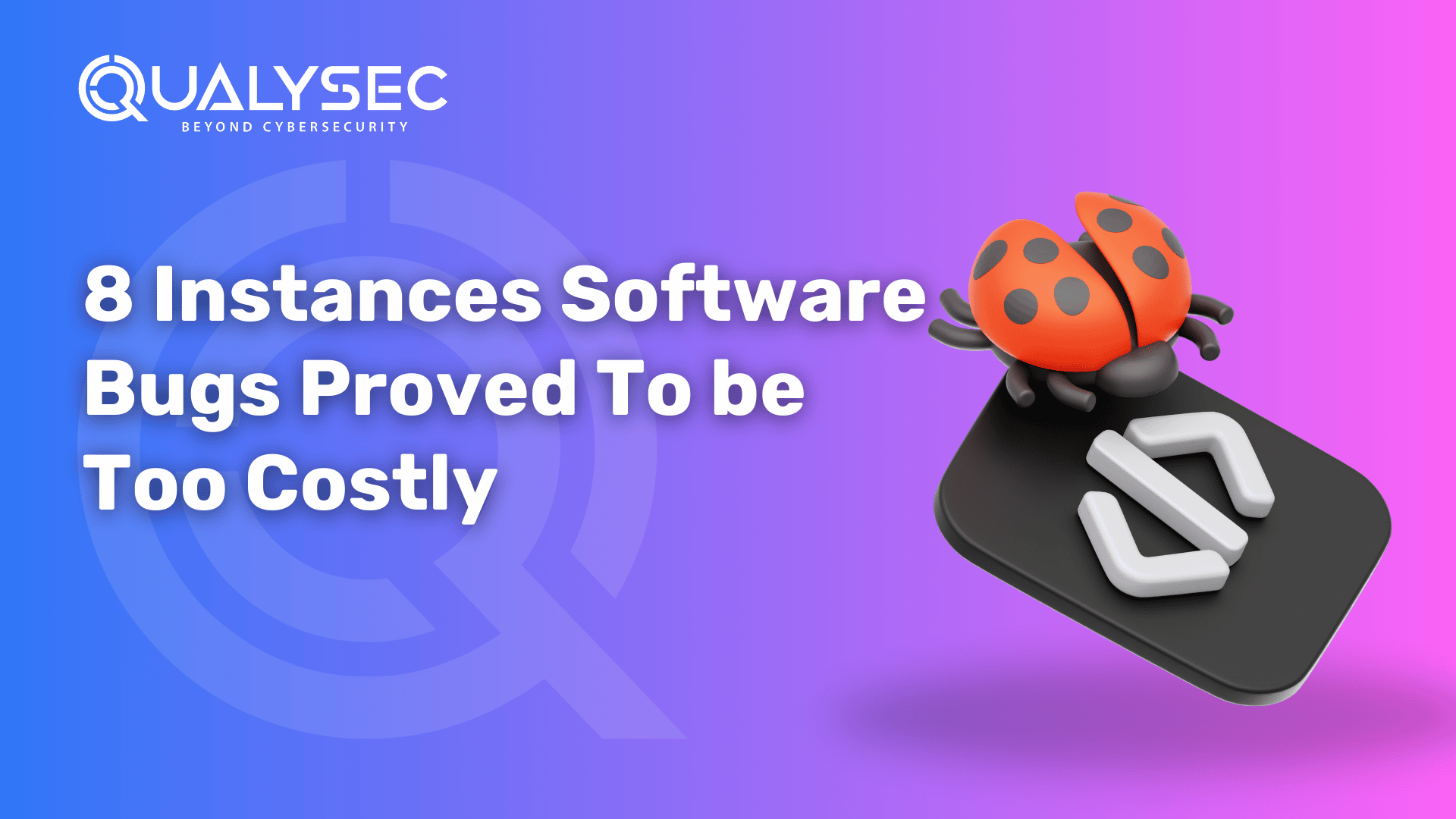
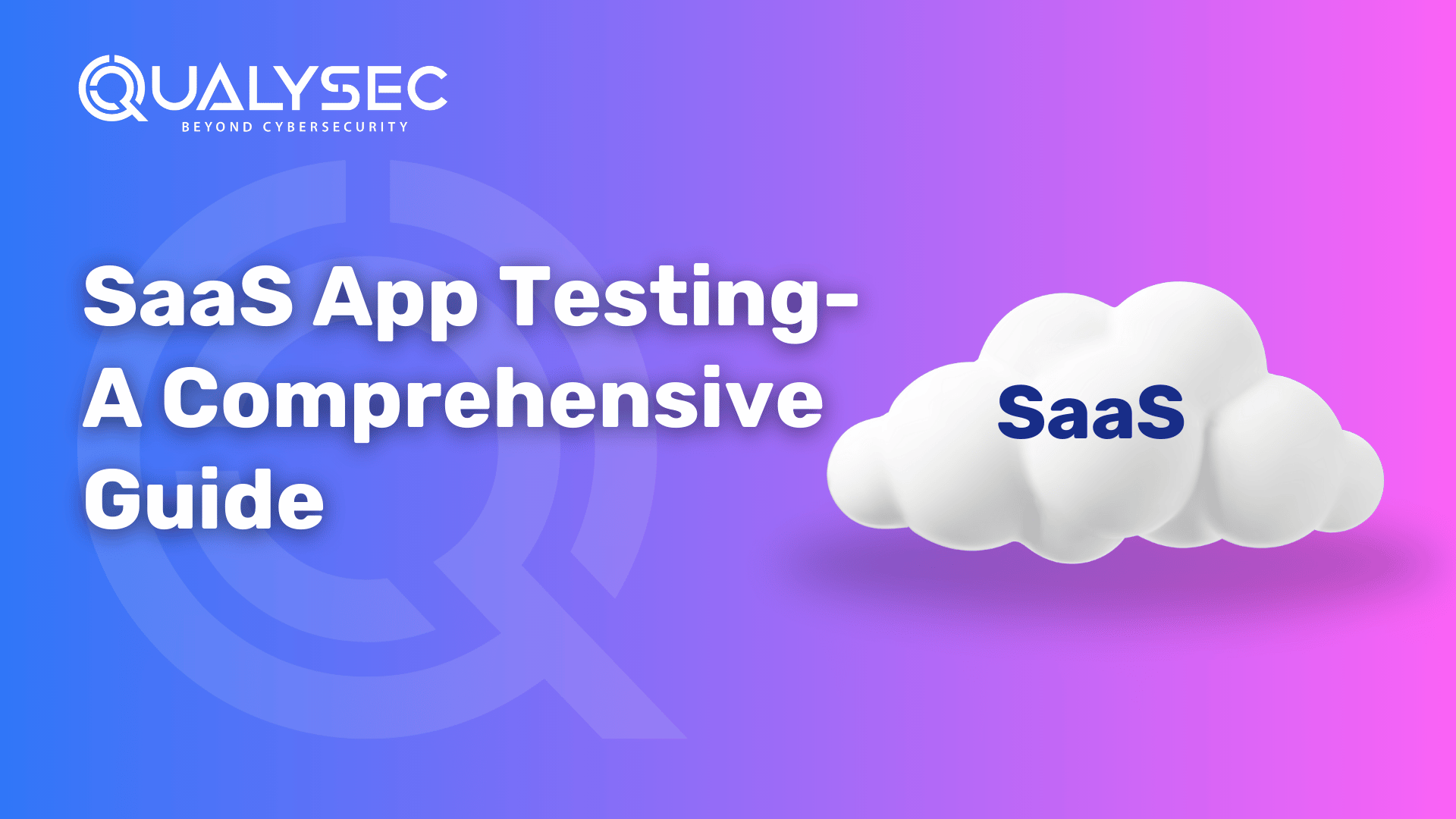
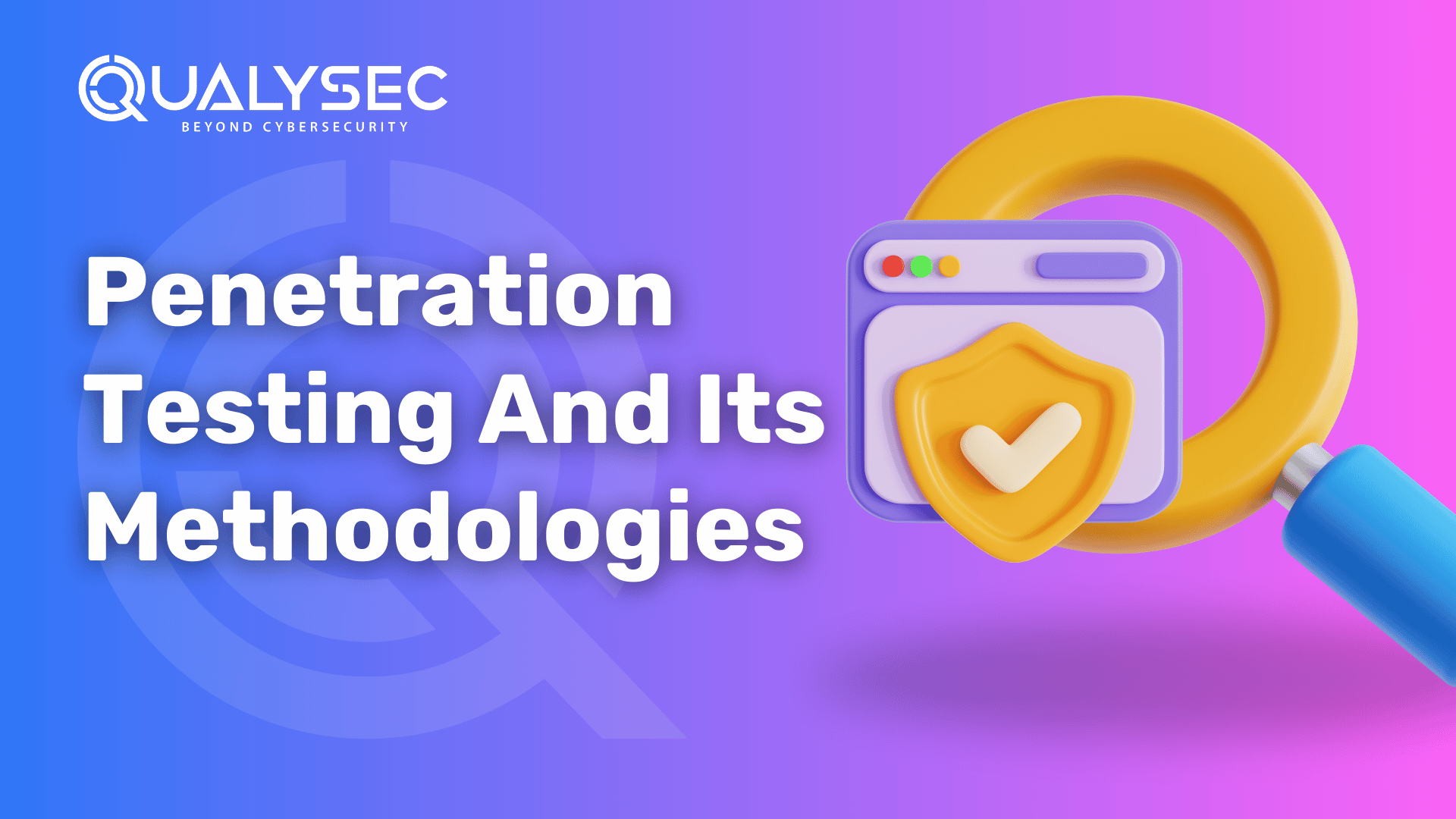
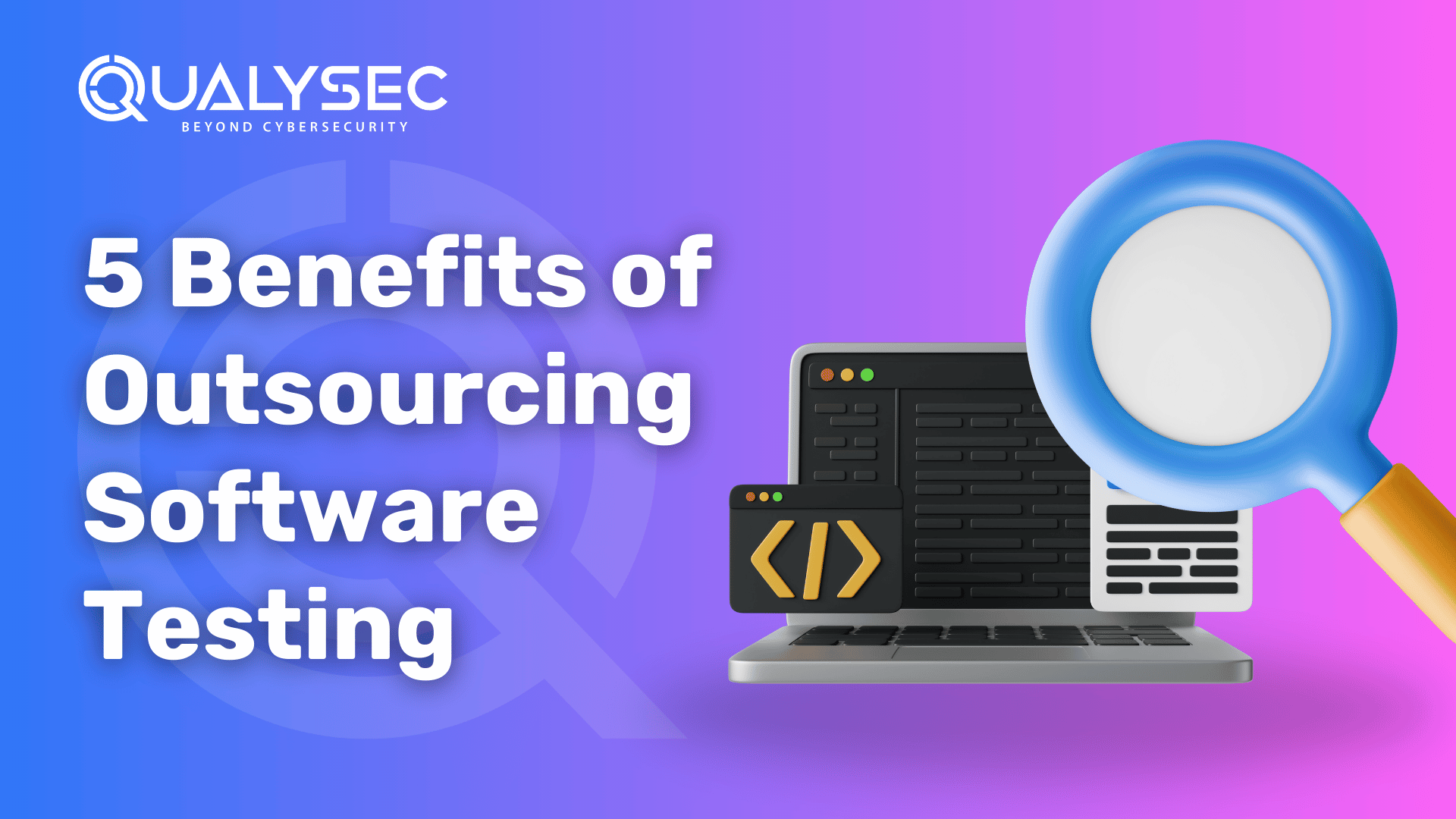


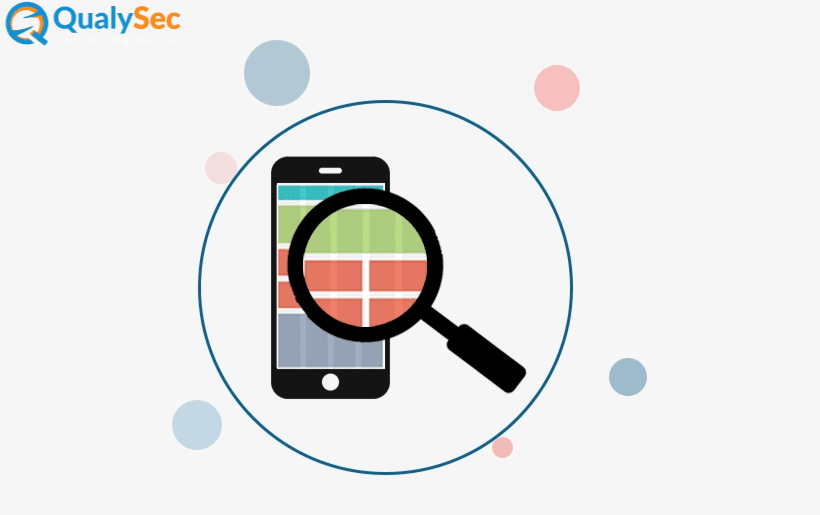

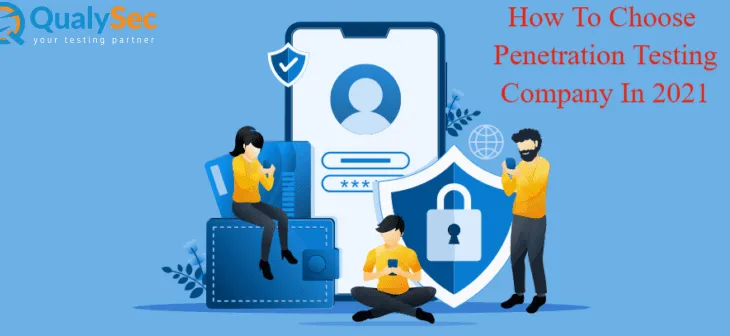
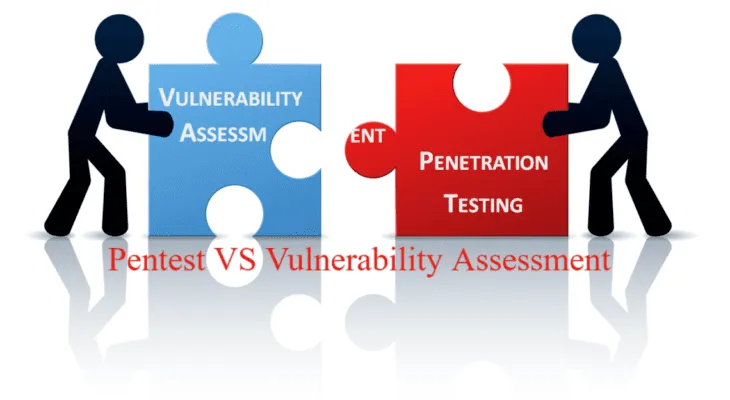
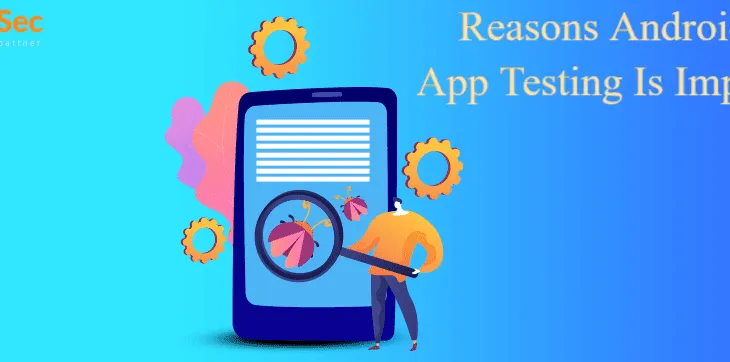
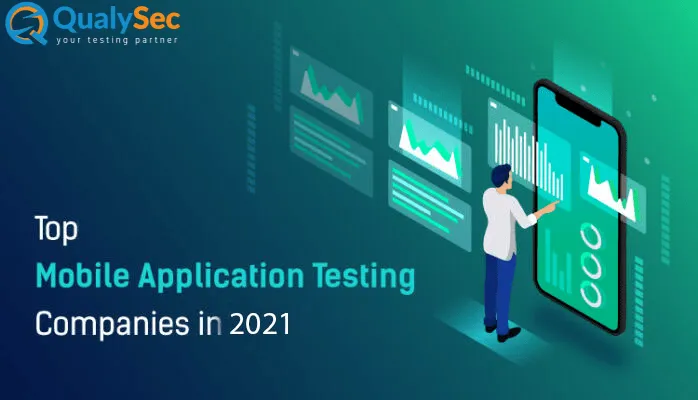
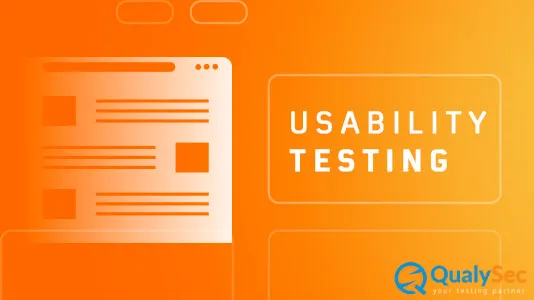

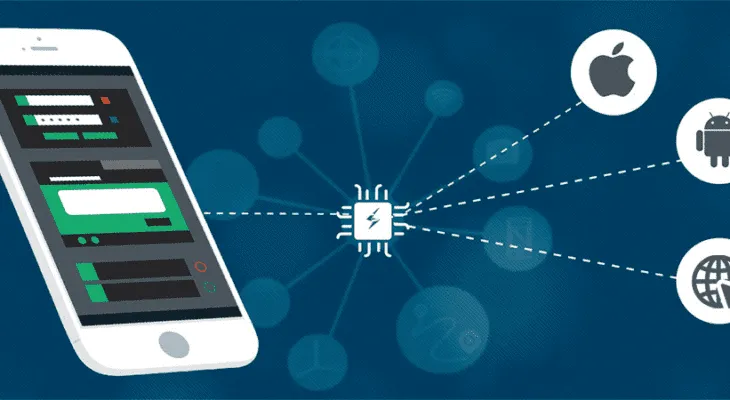
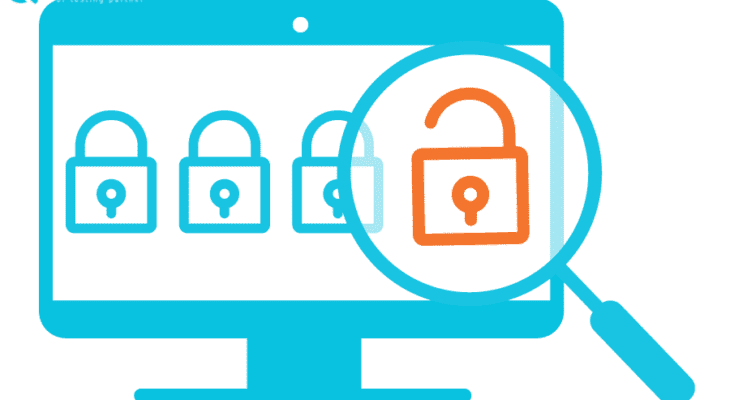
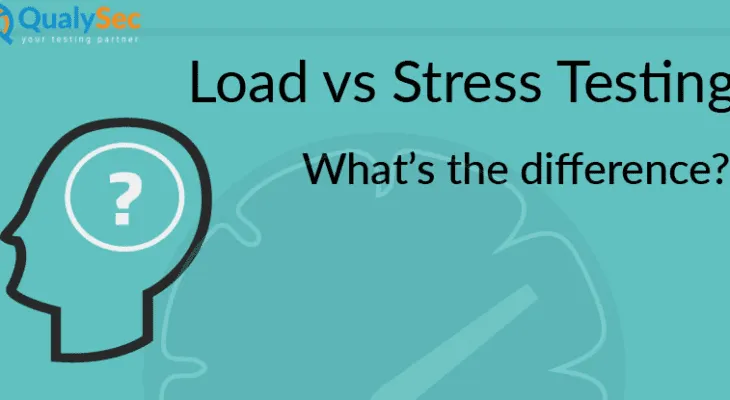

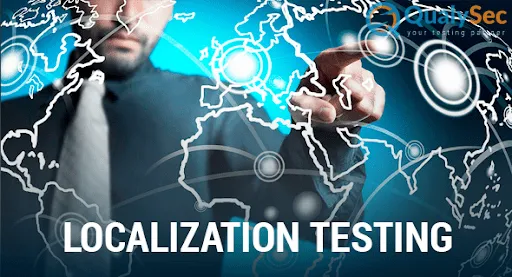
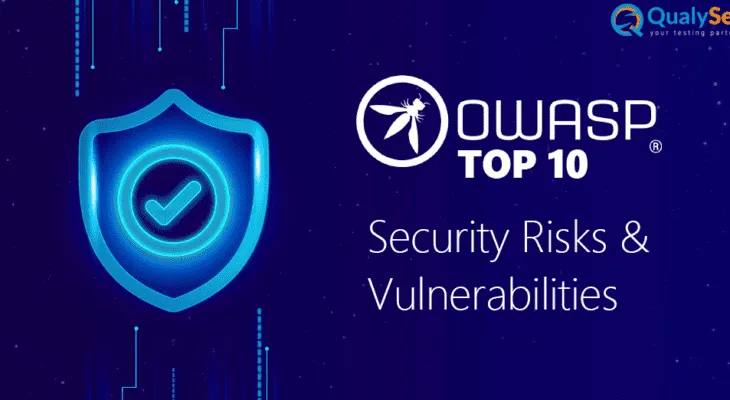
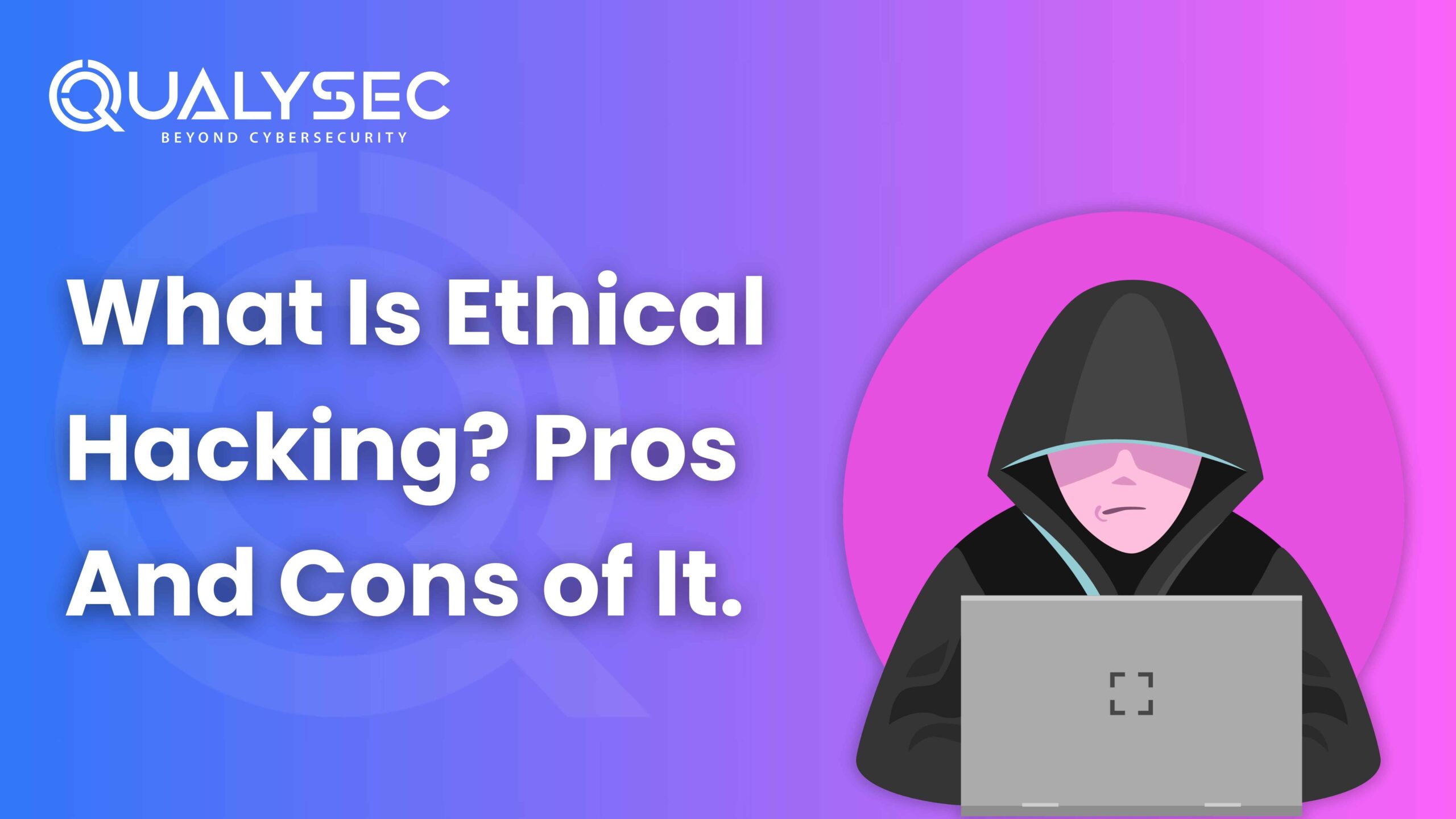


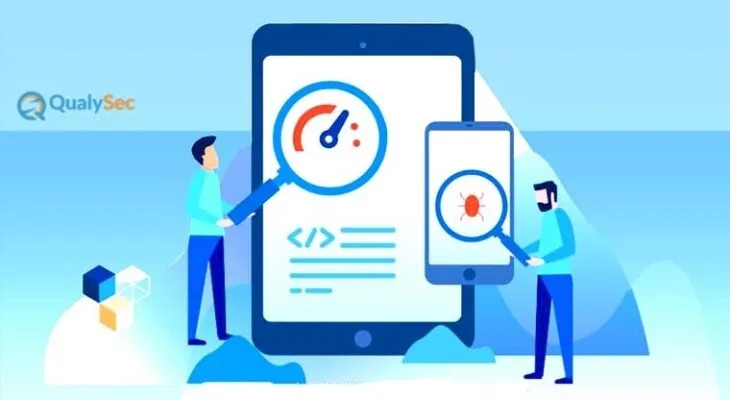
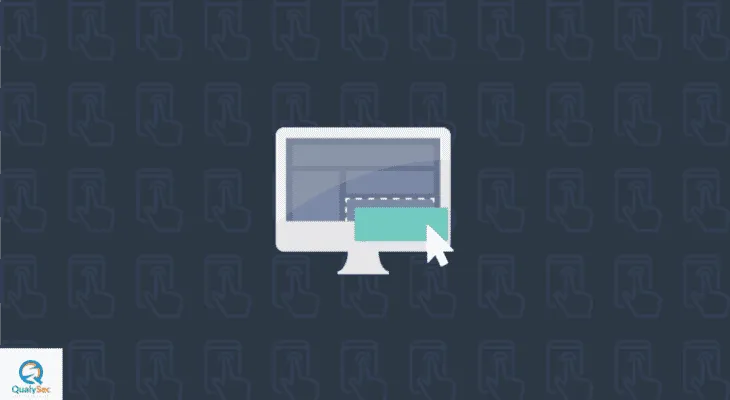




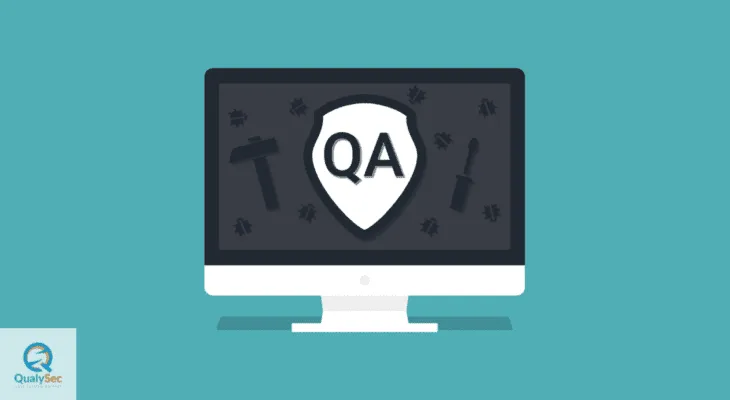

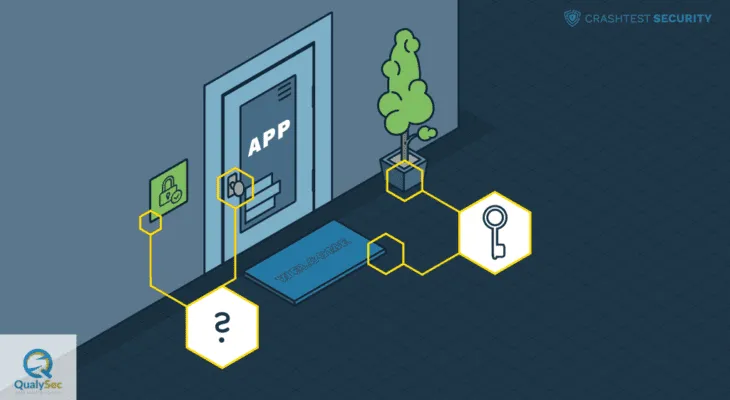






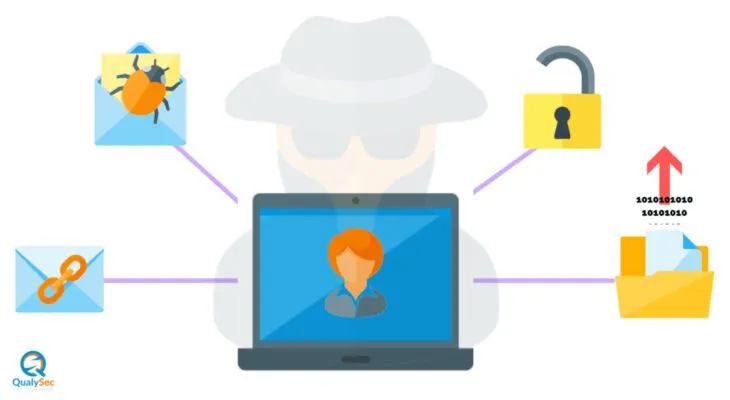
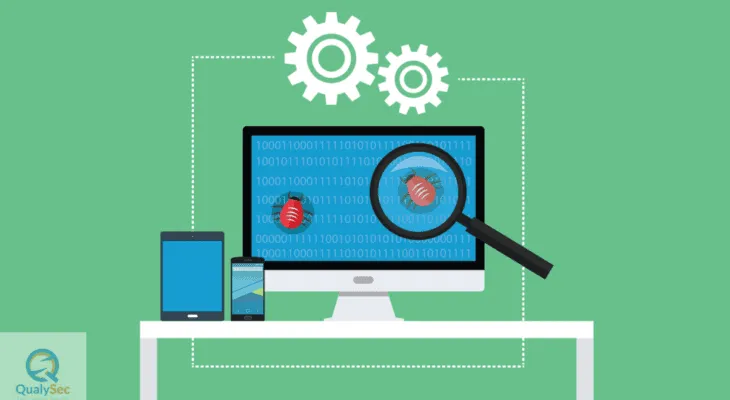
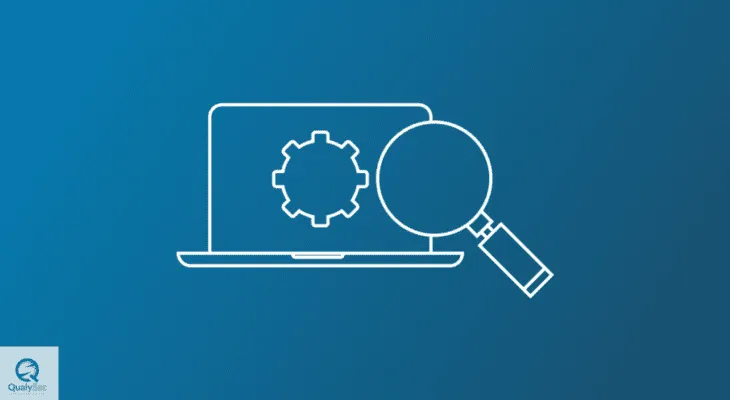











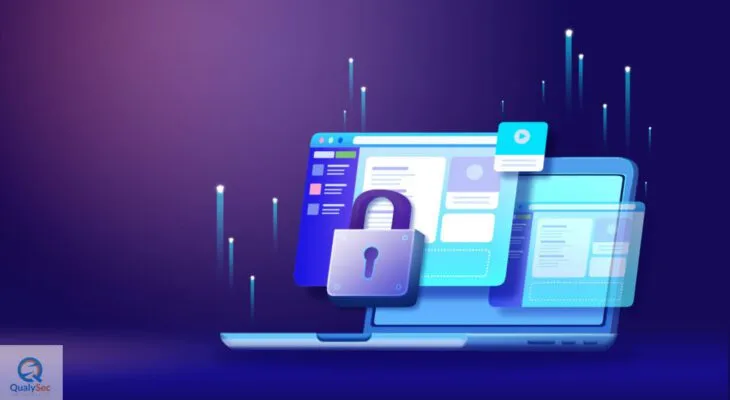

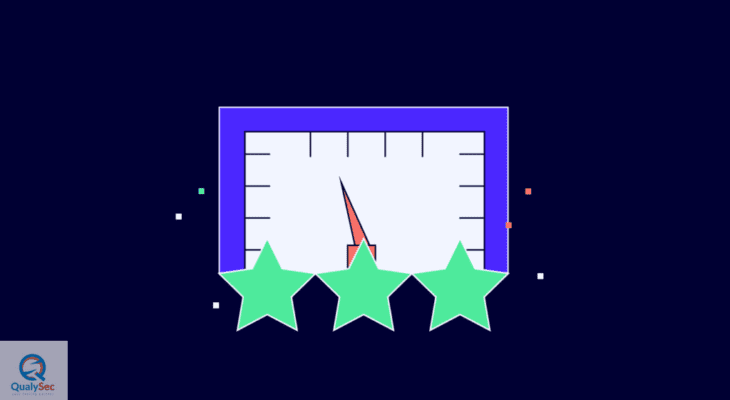





0 Comments